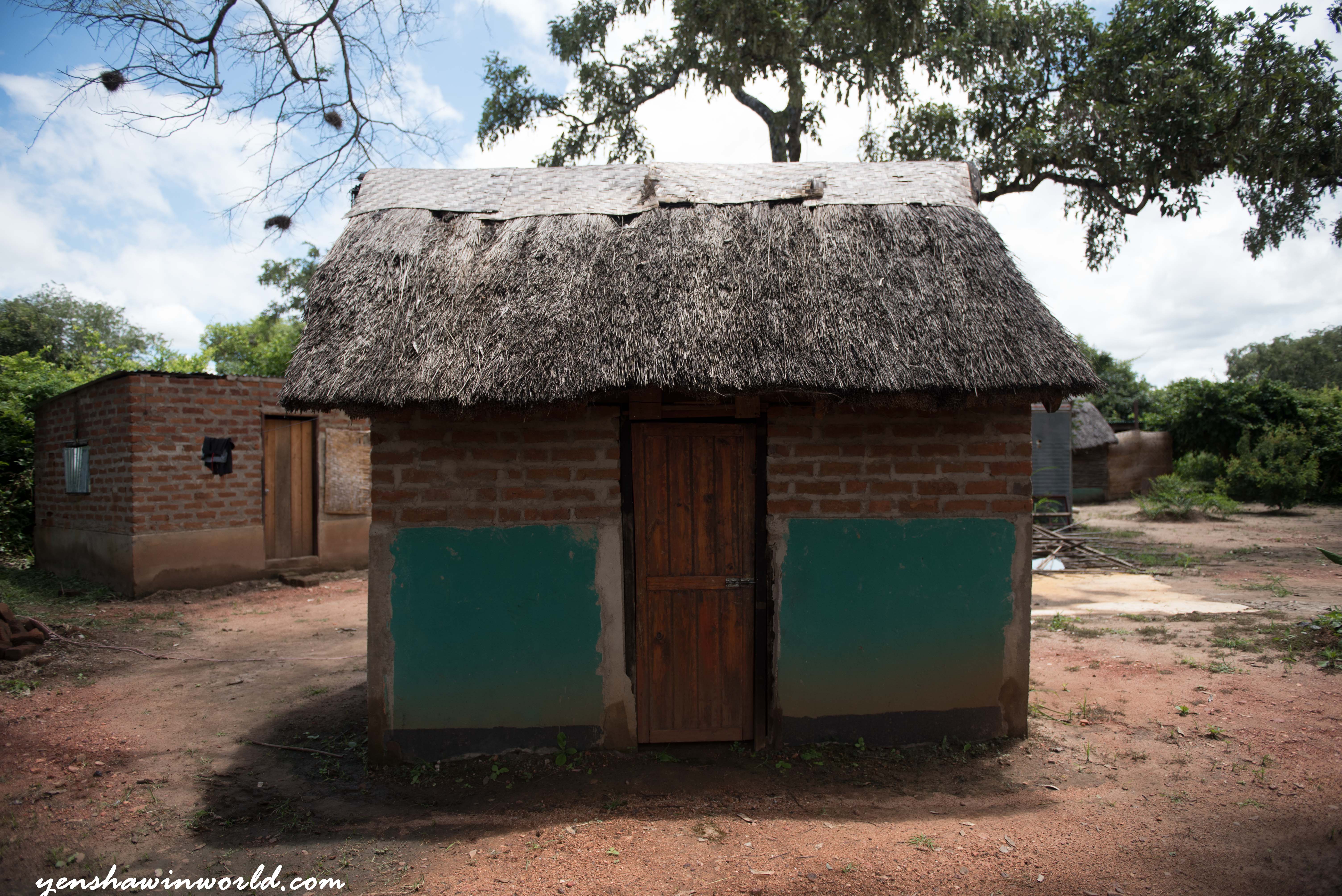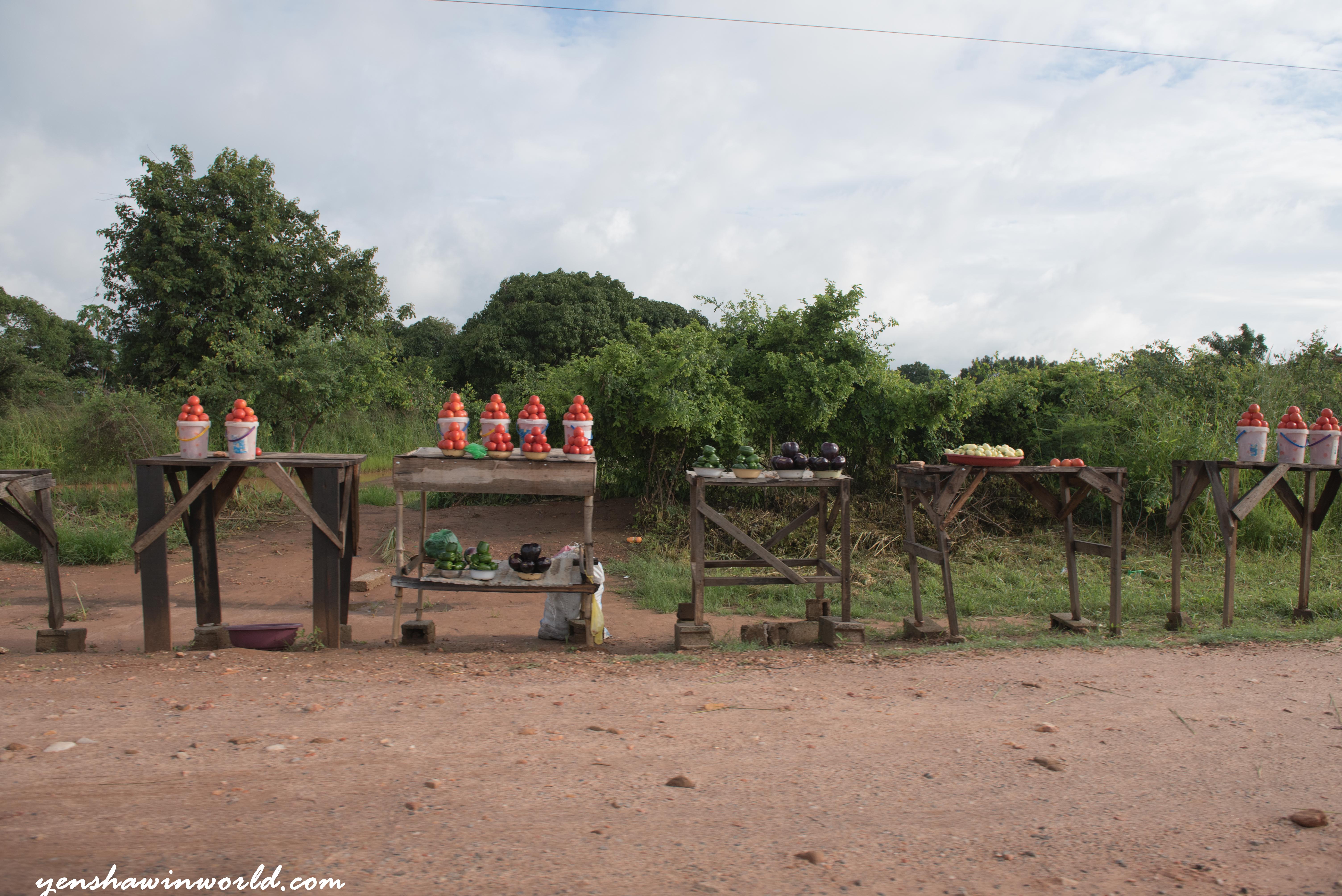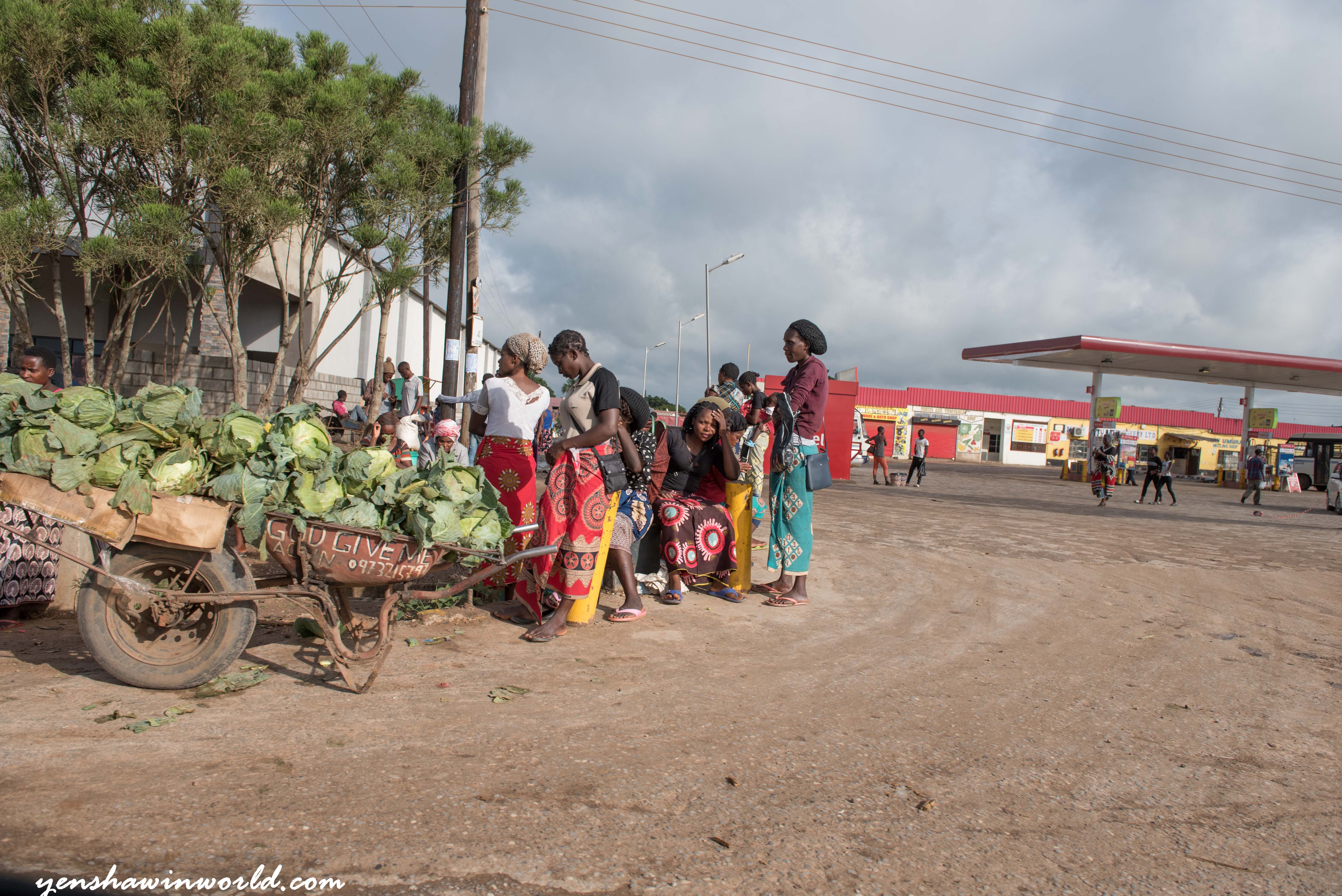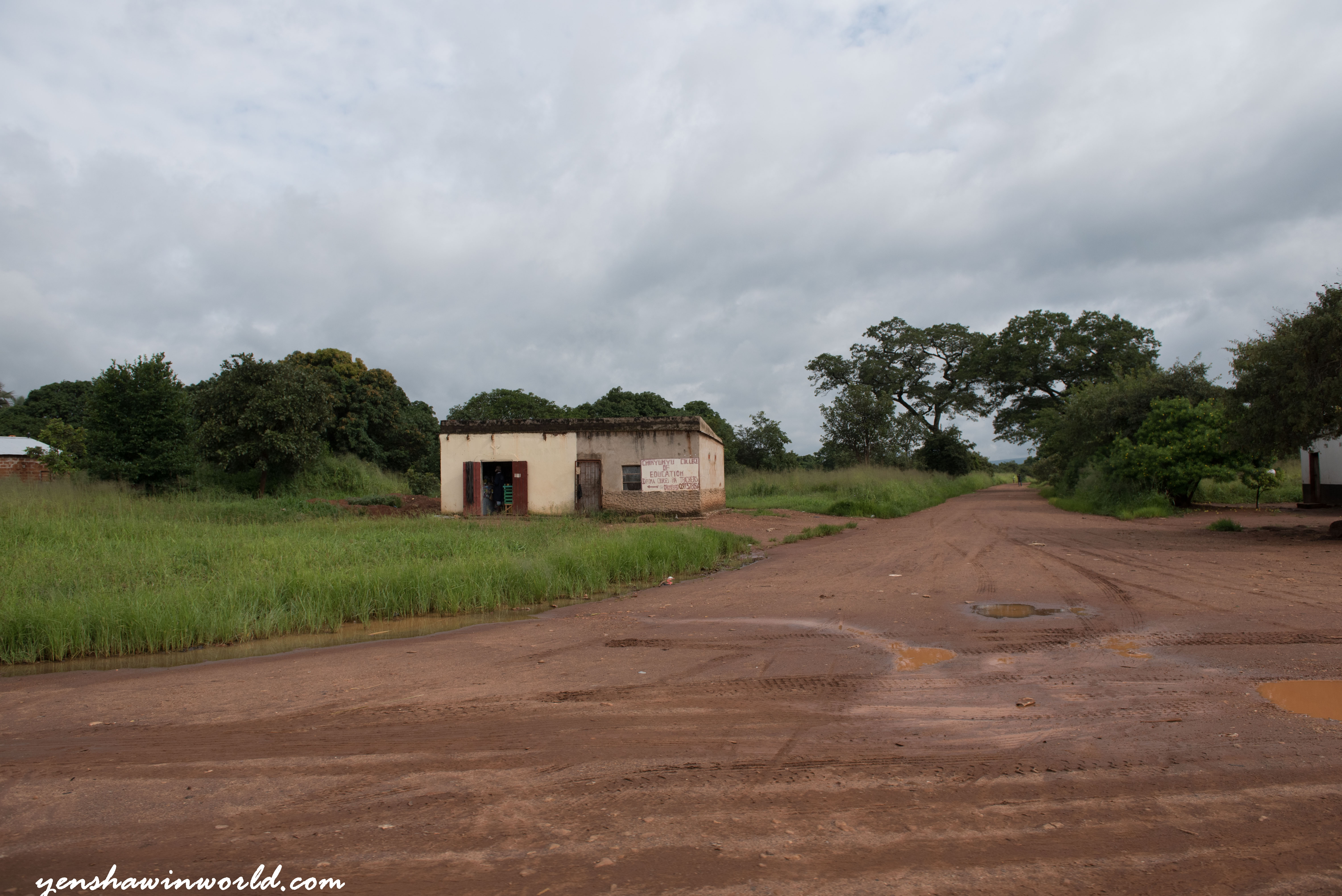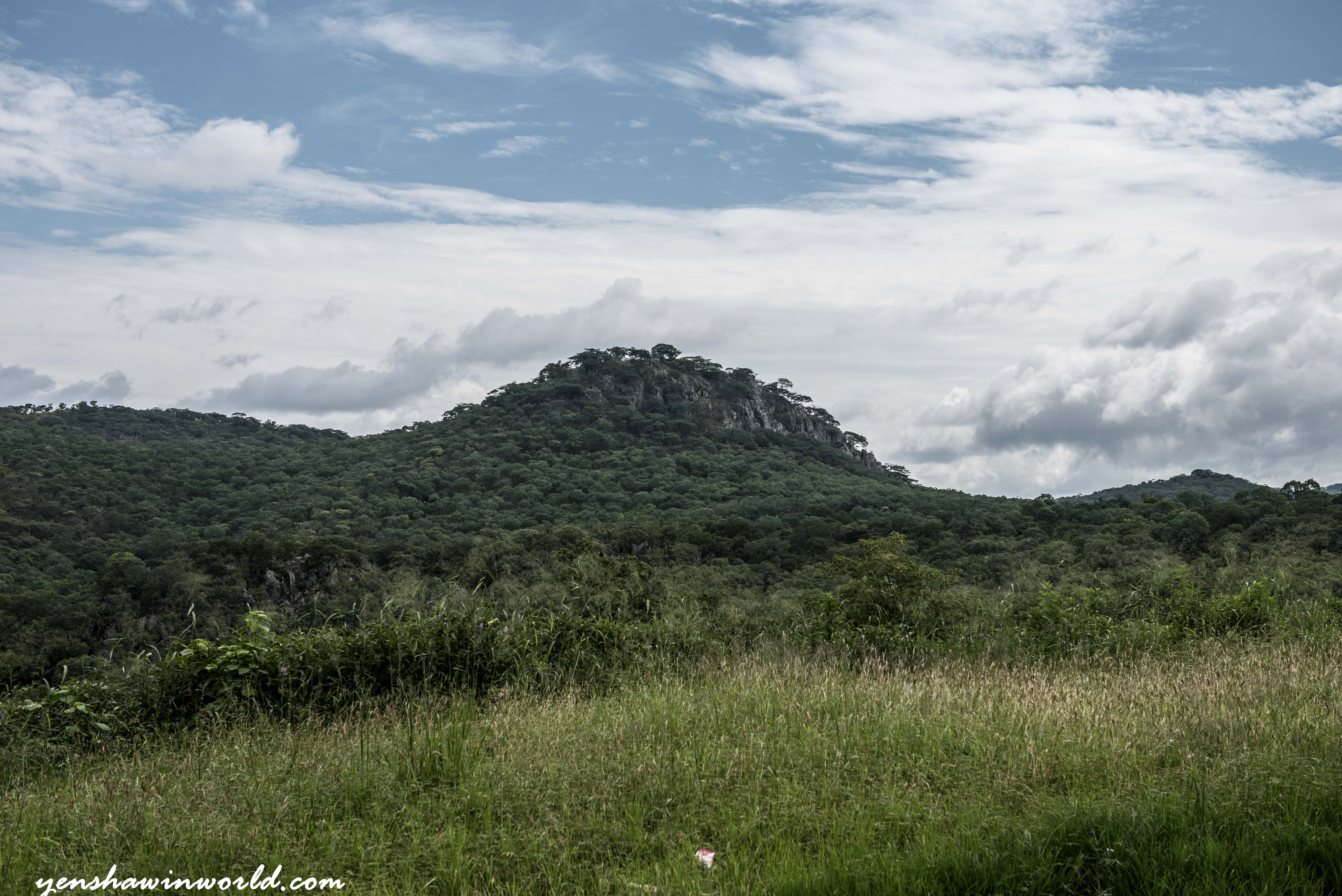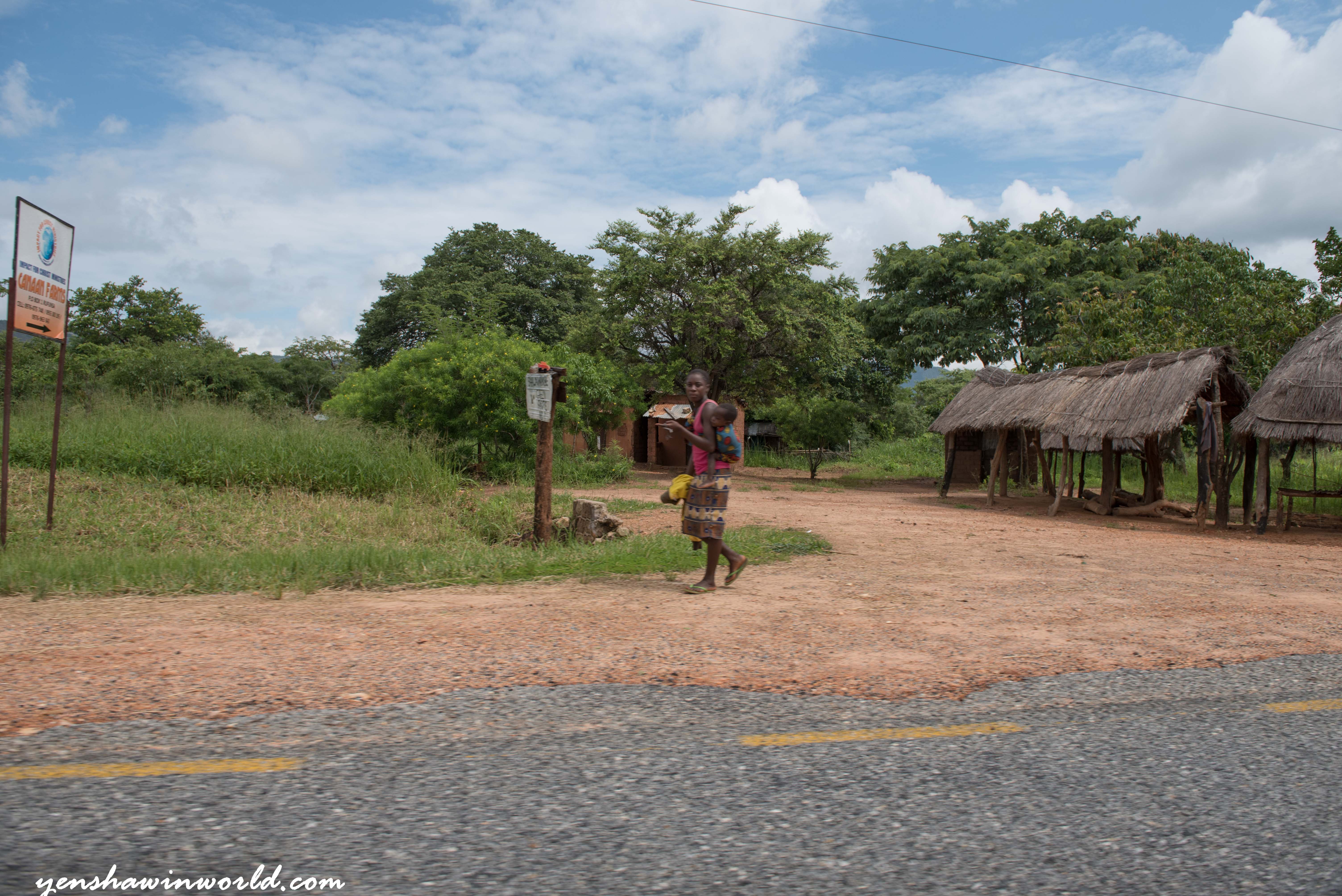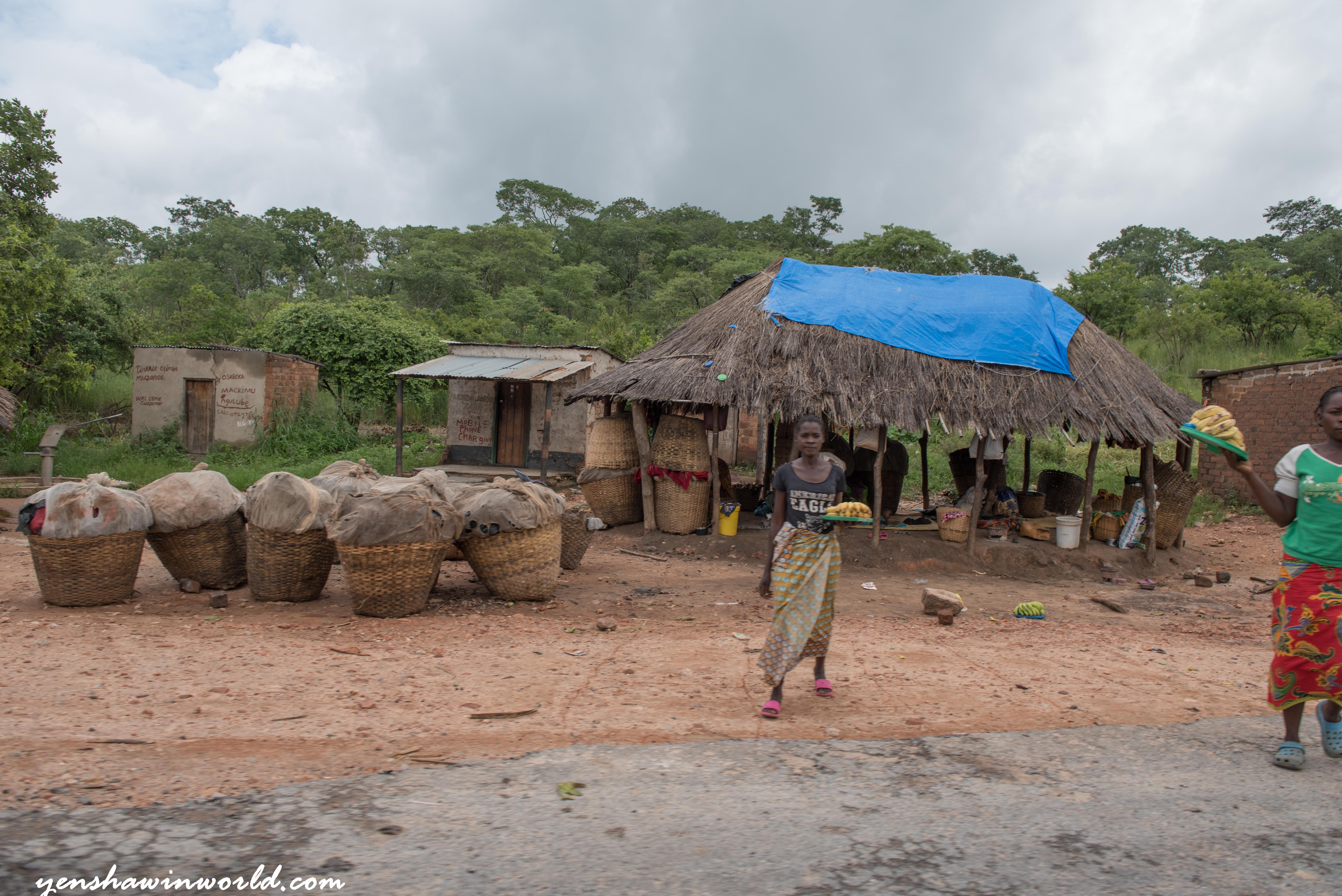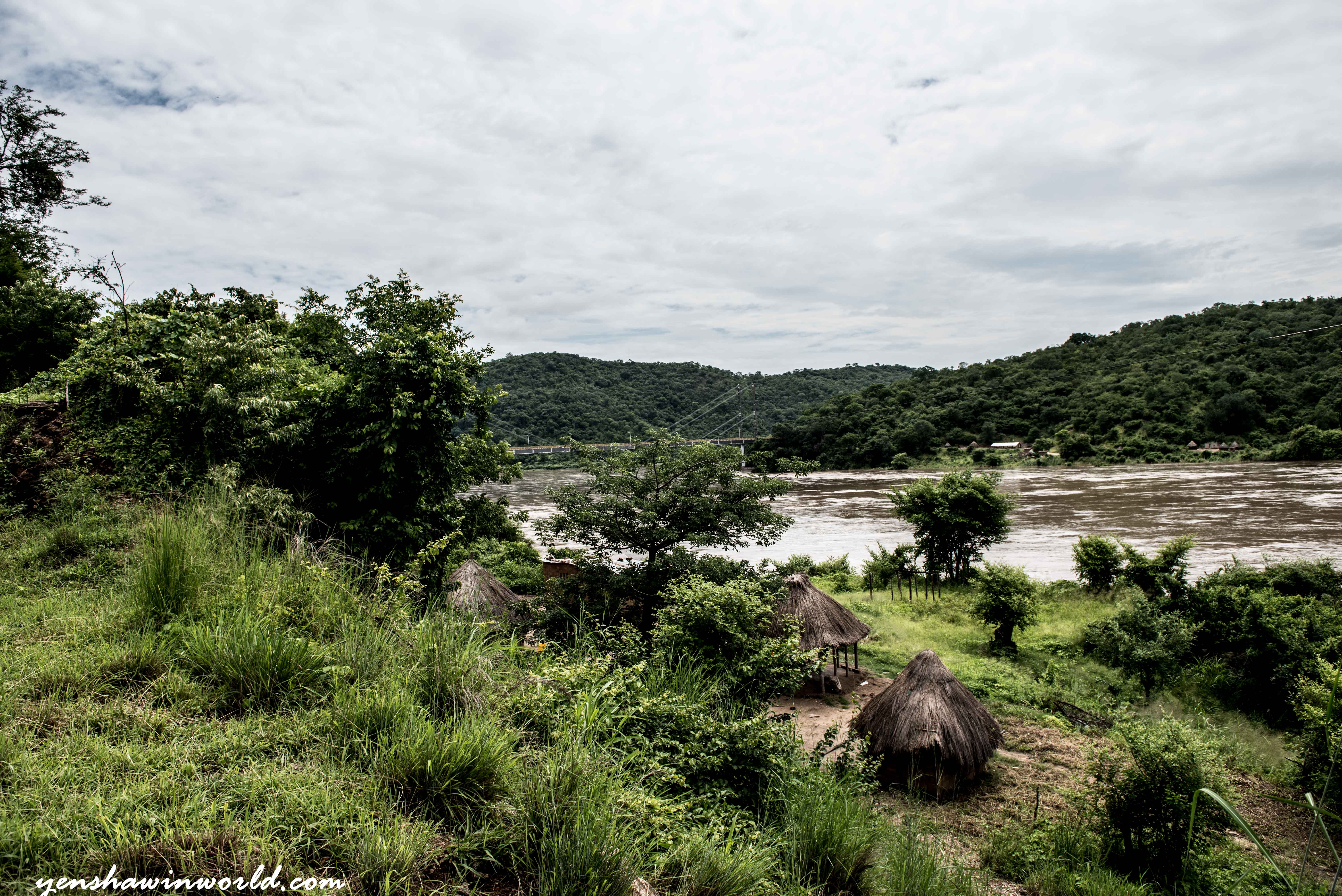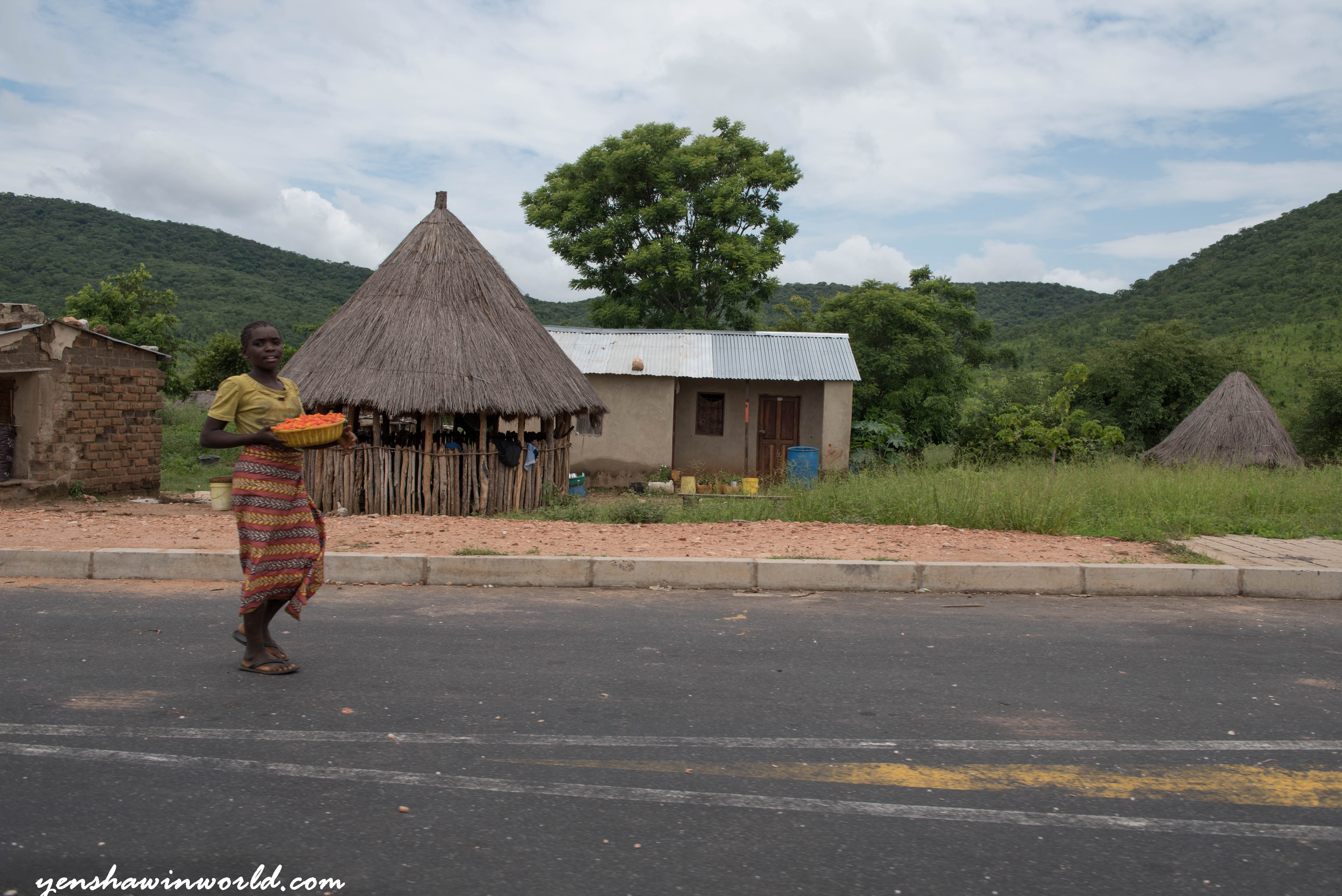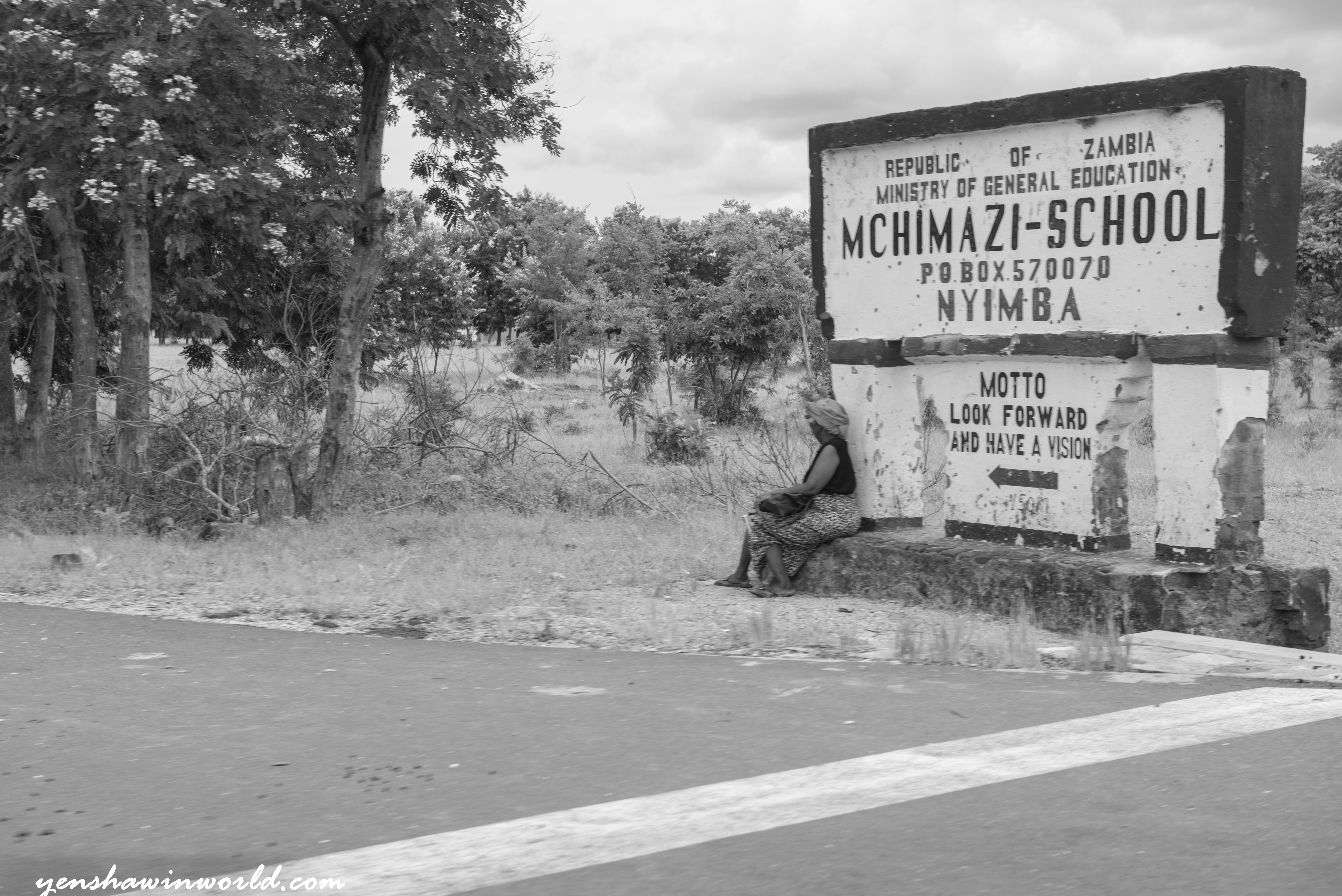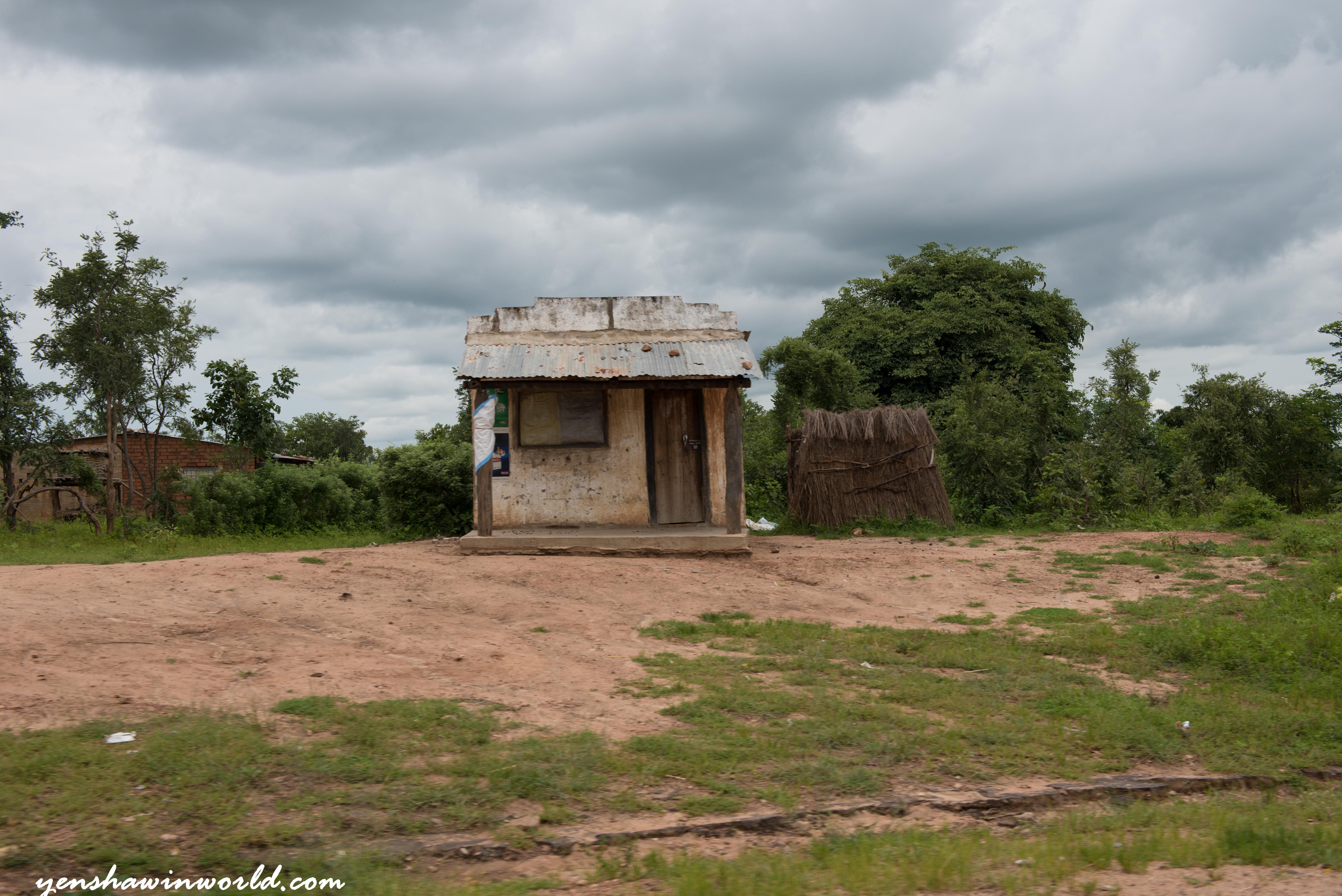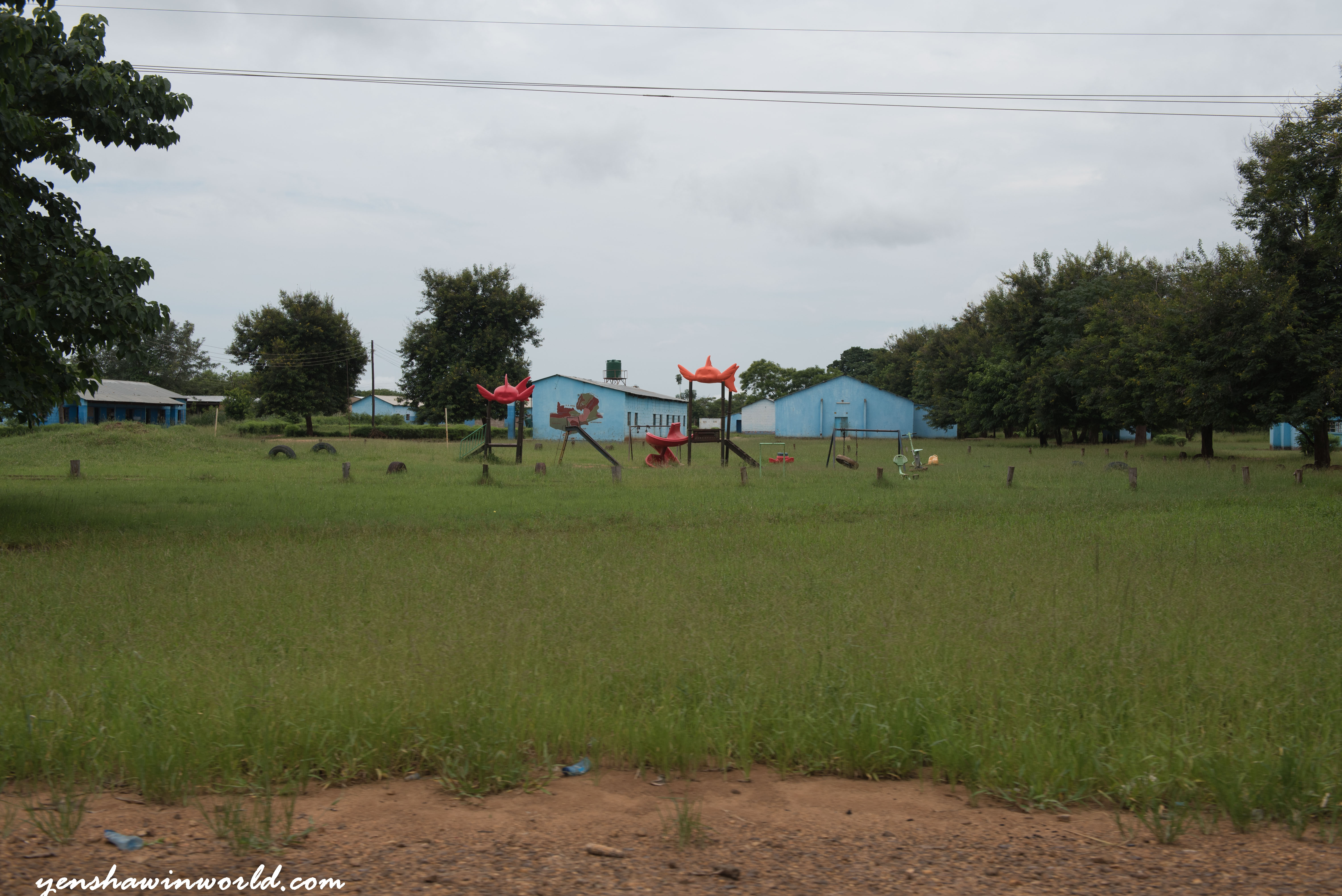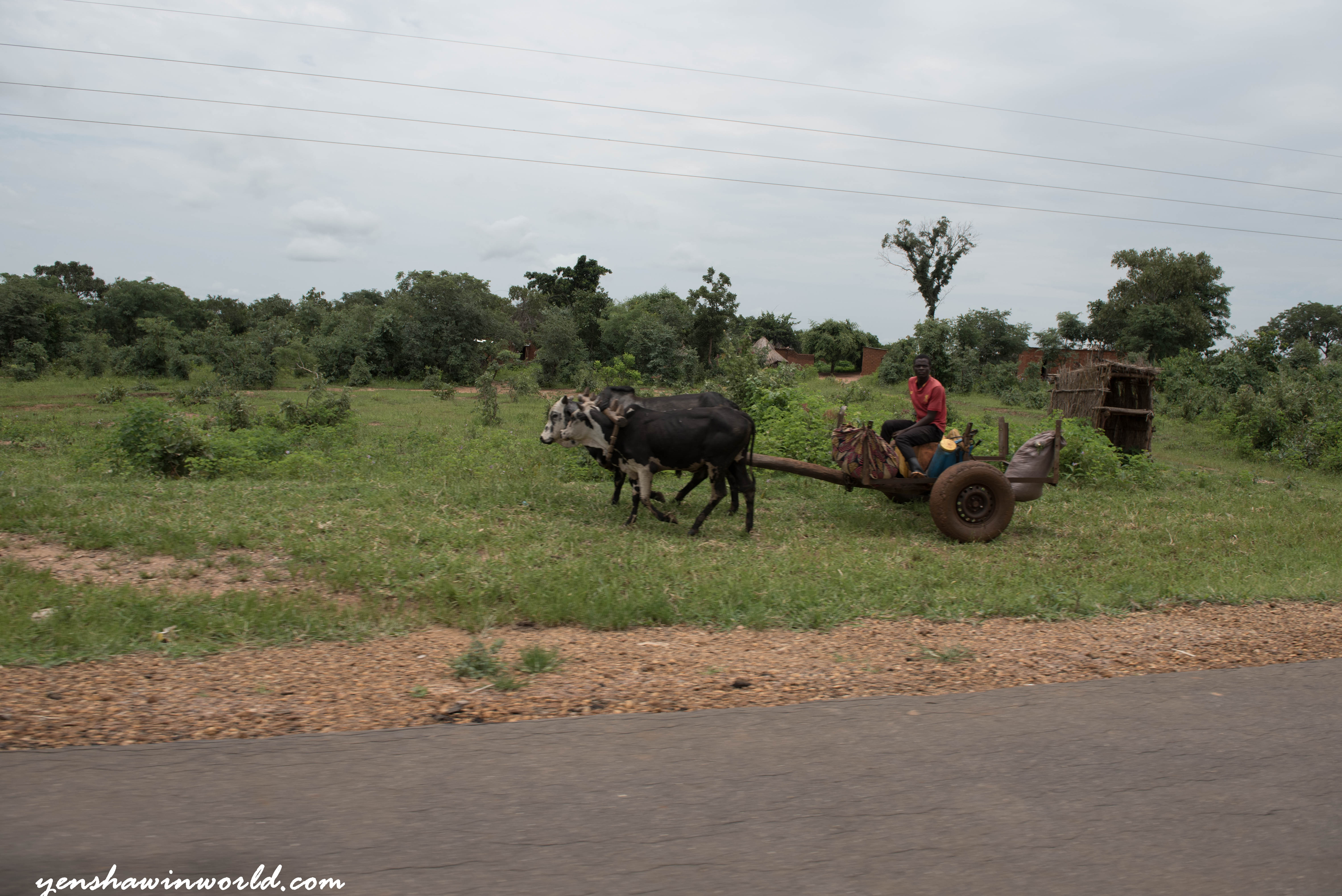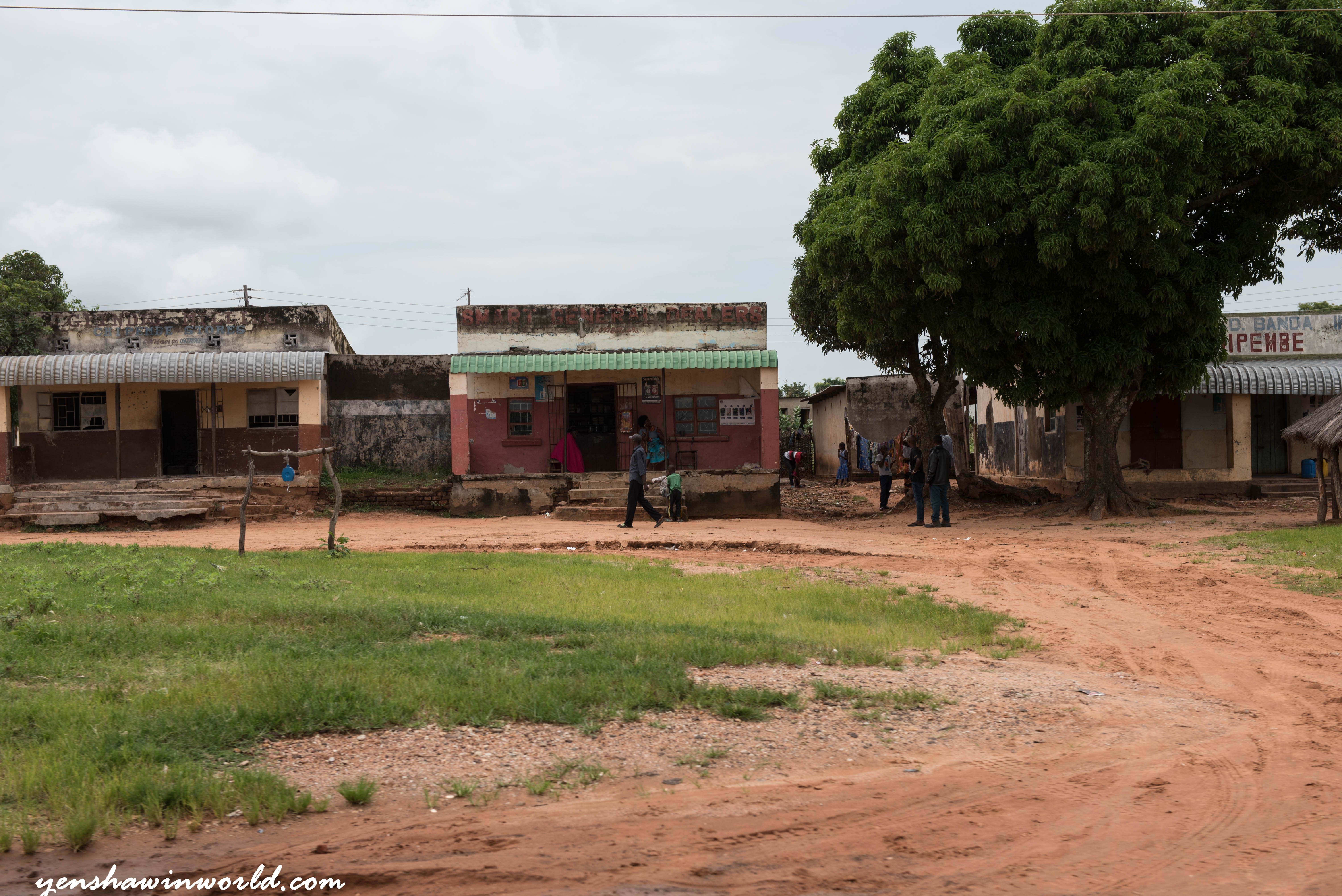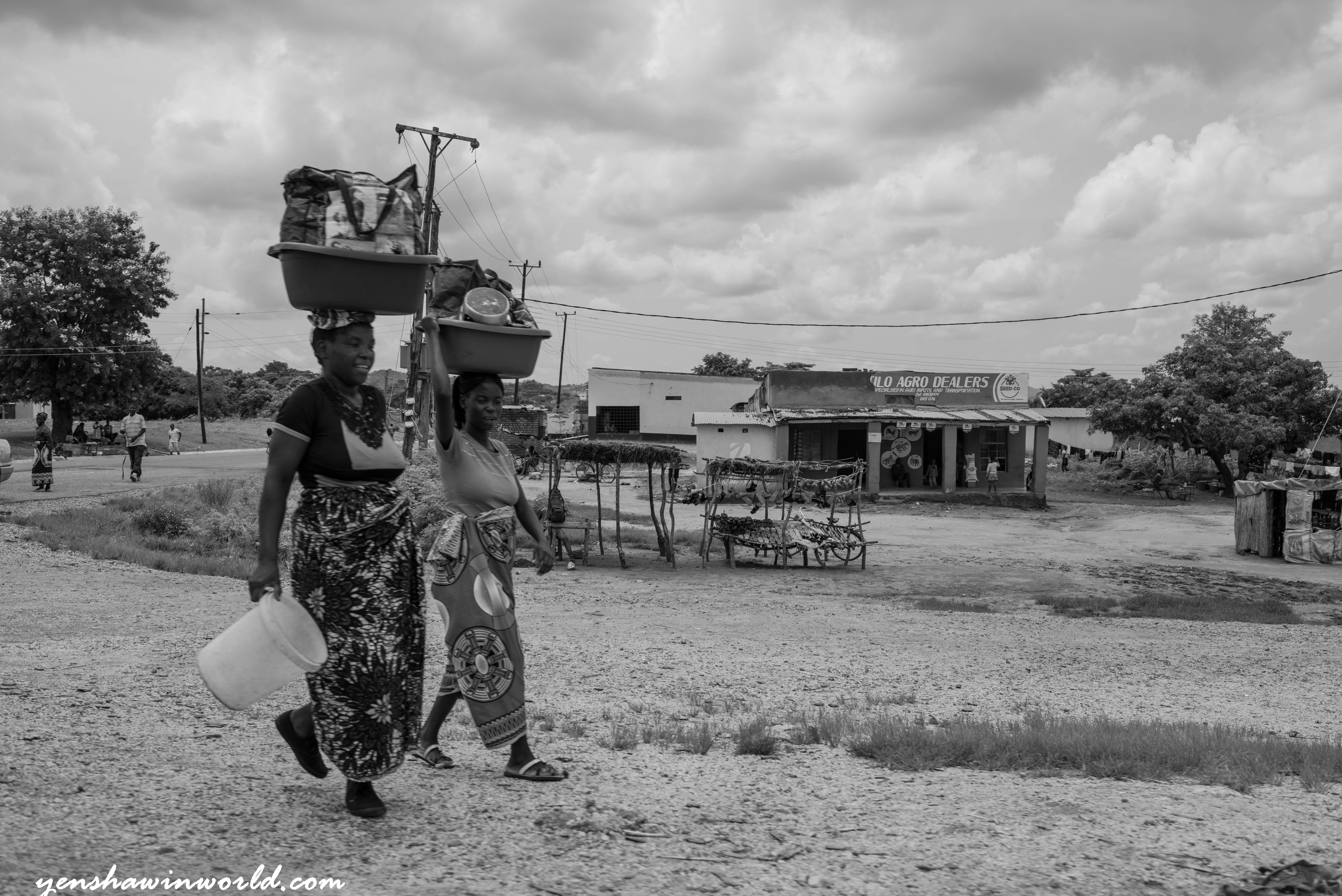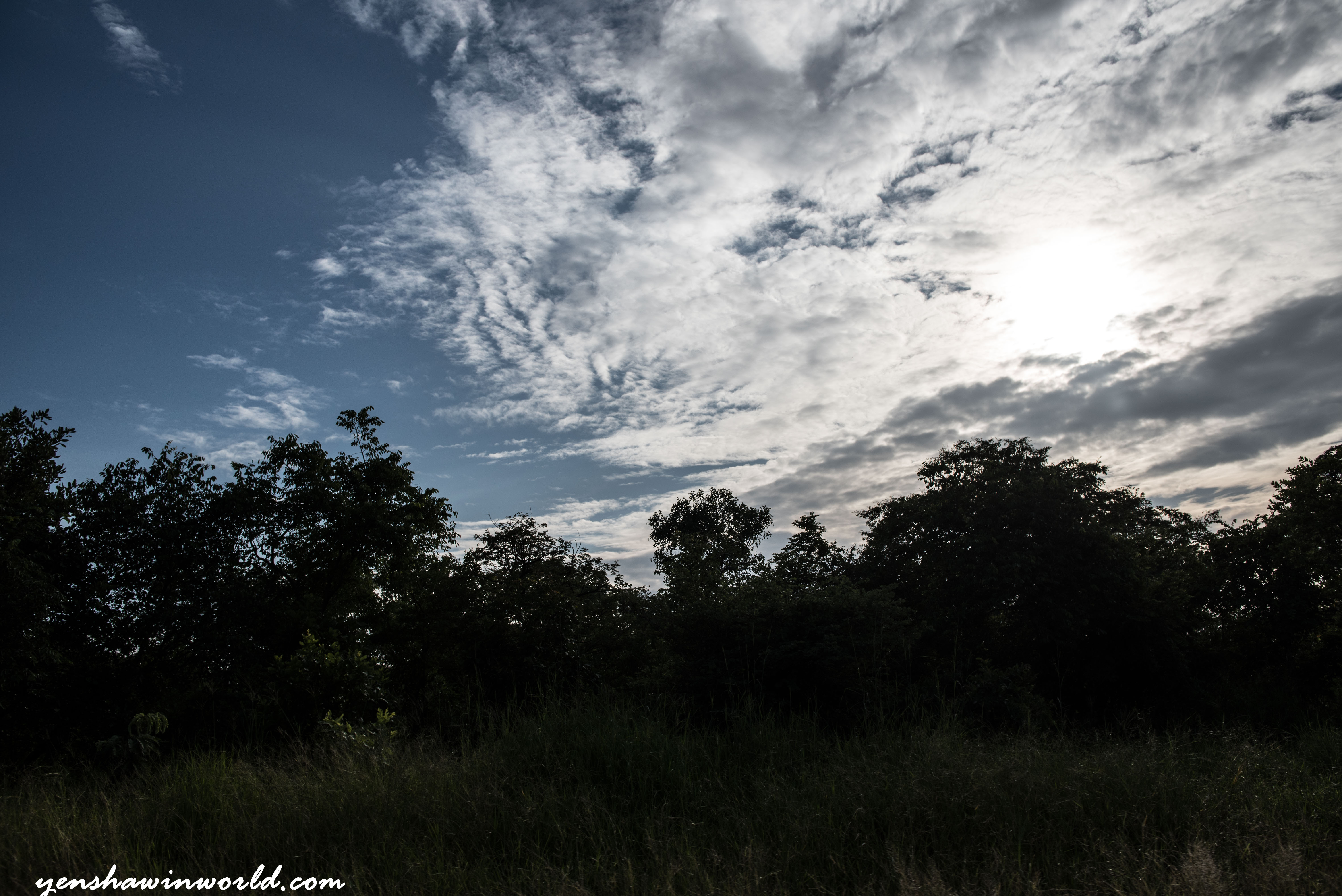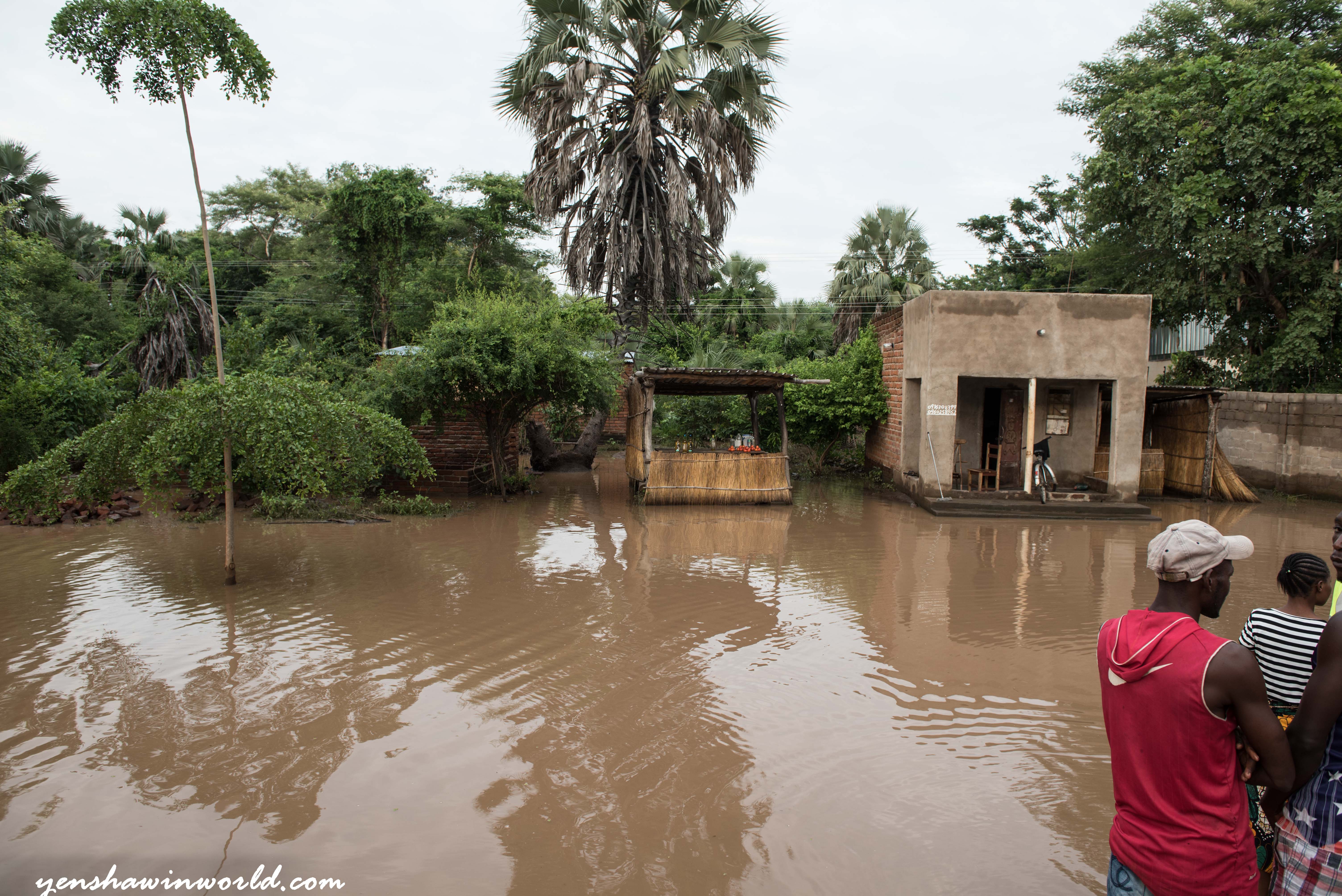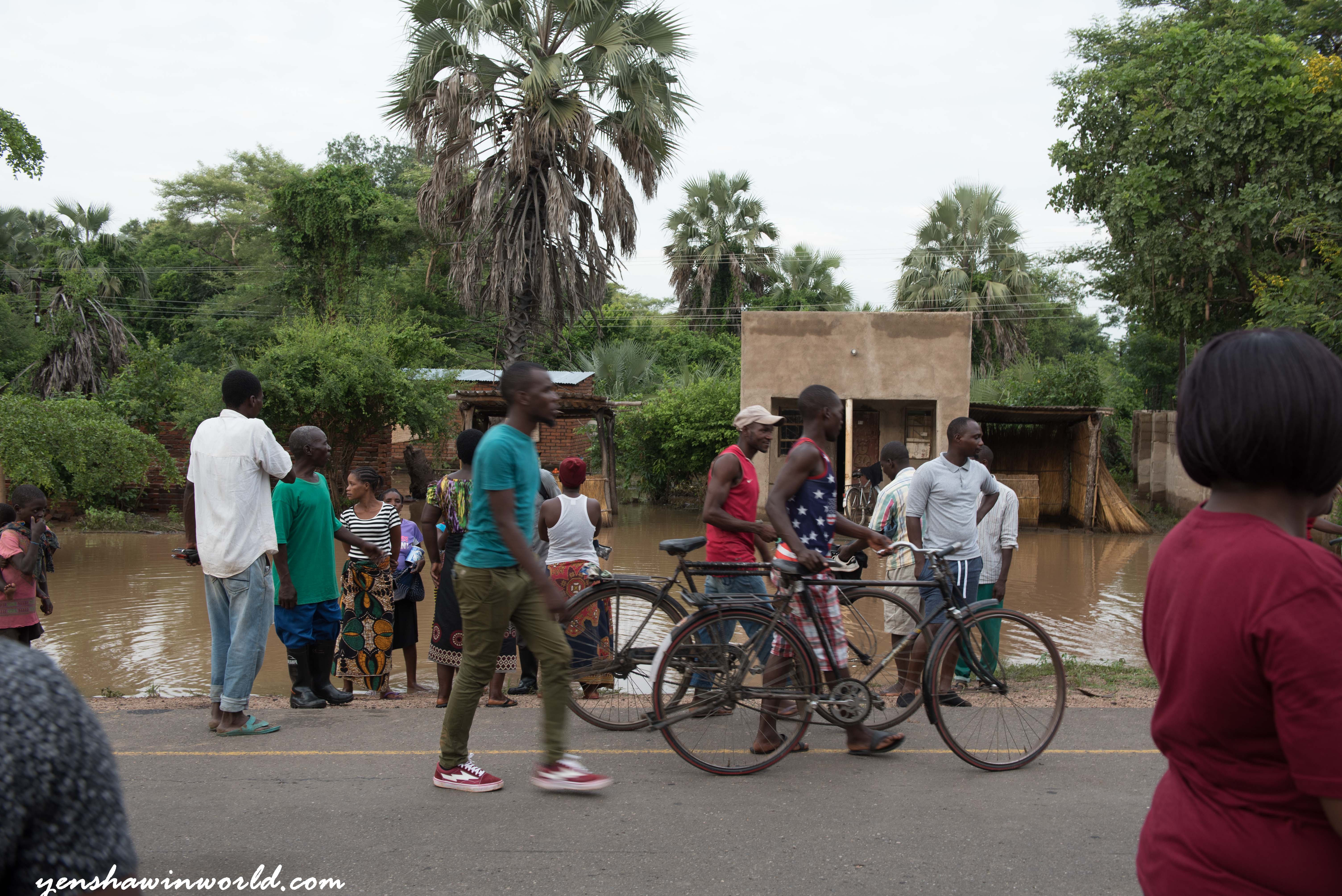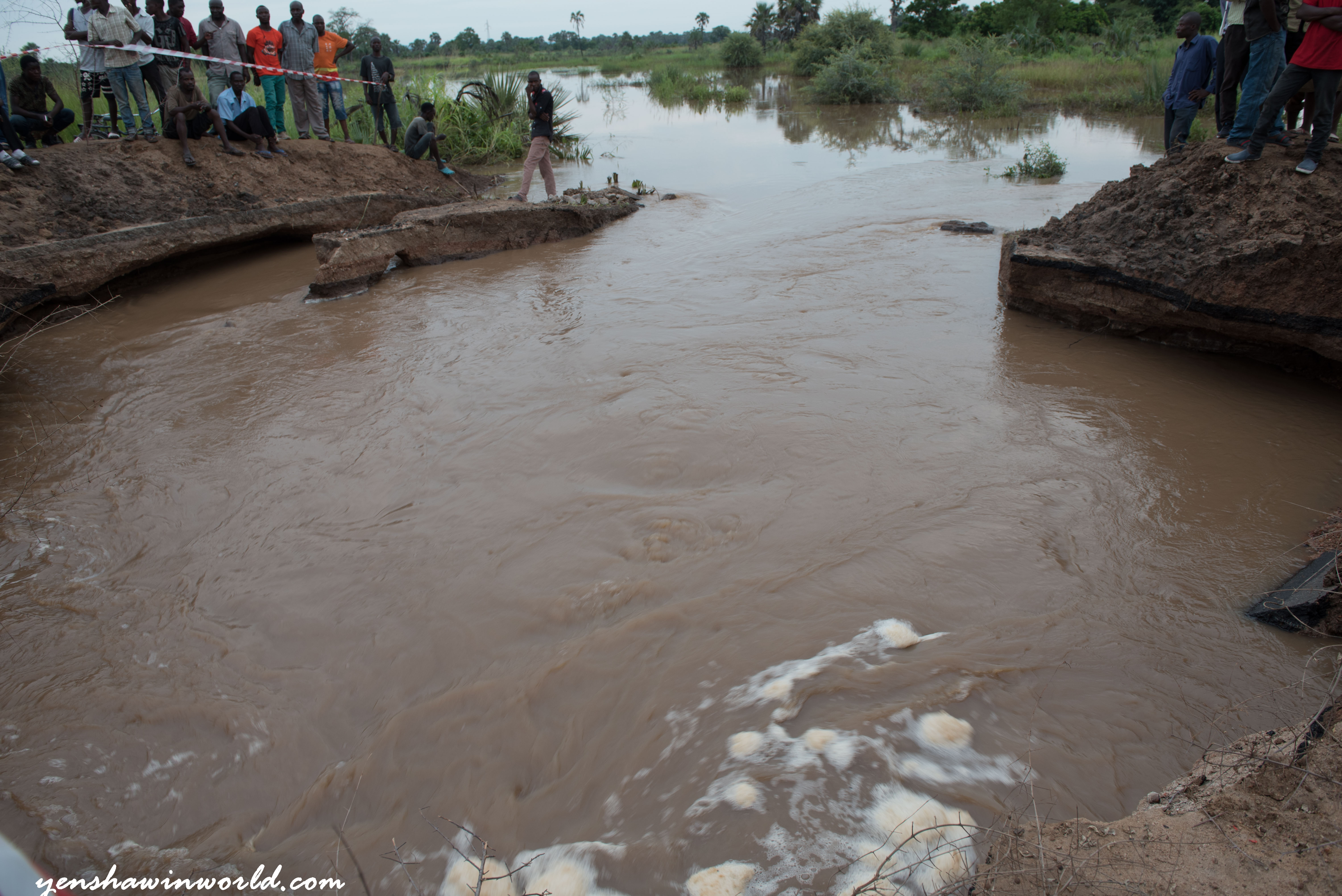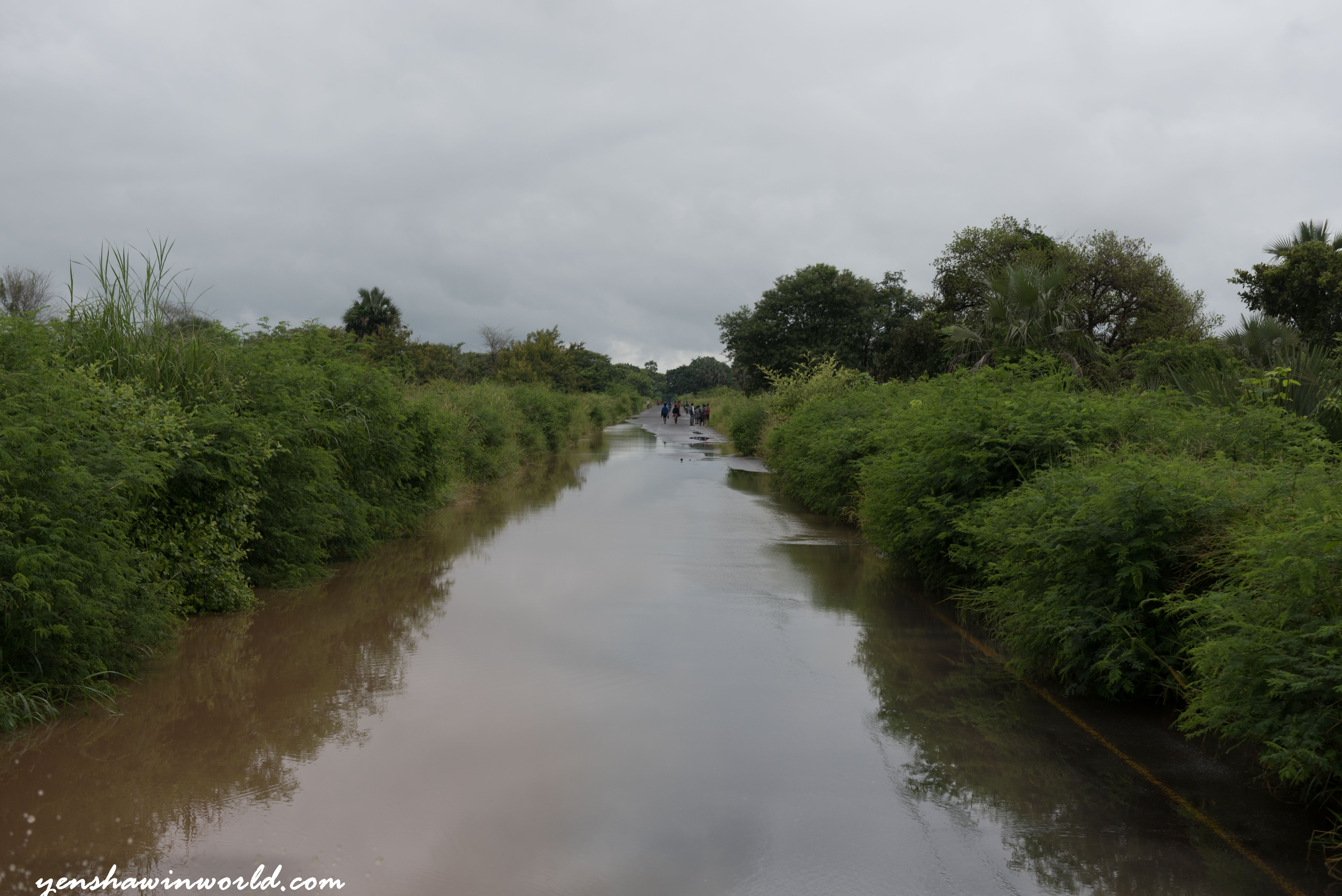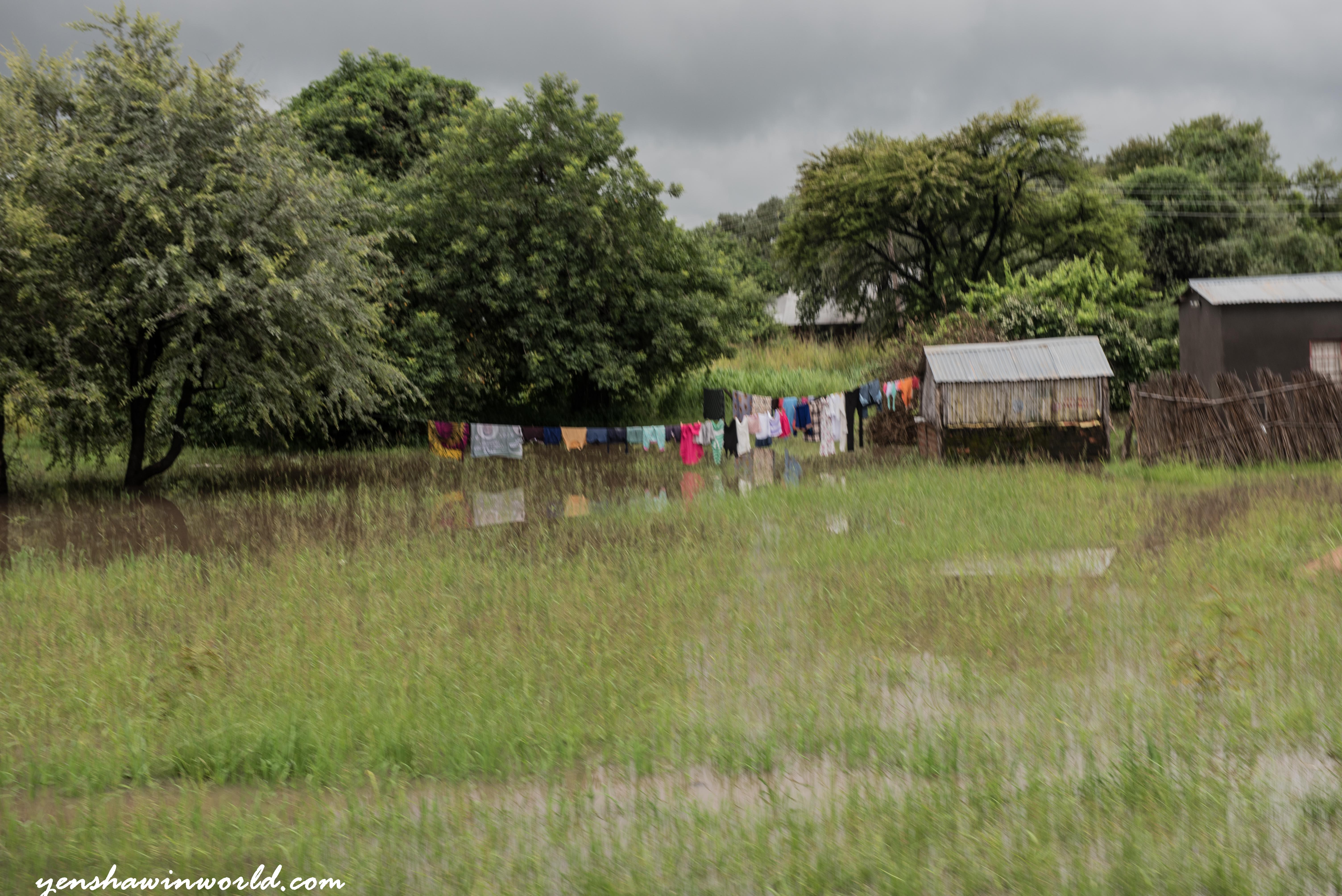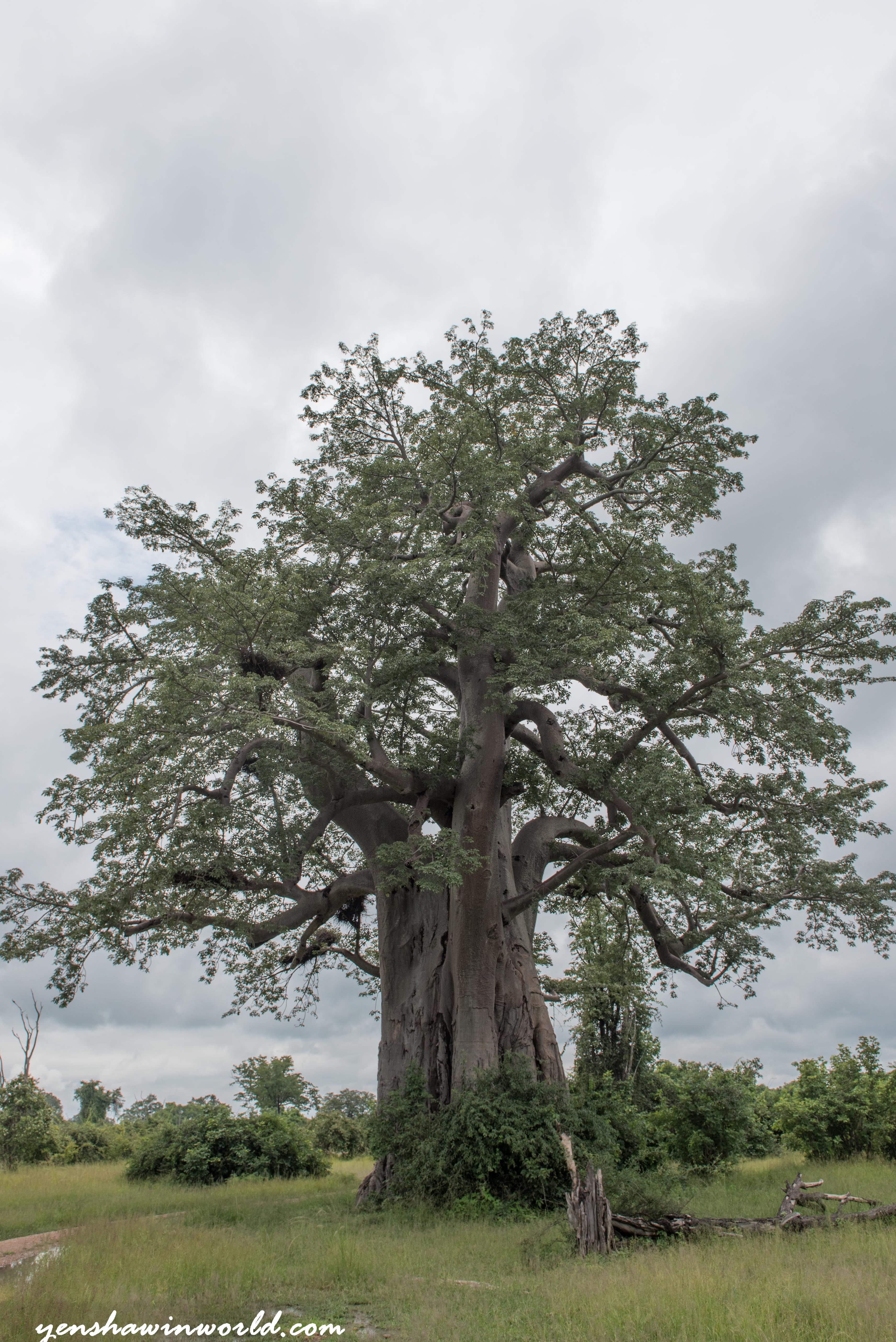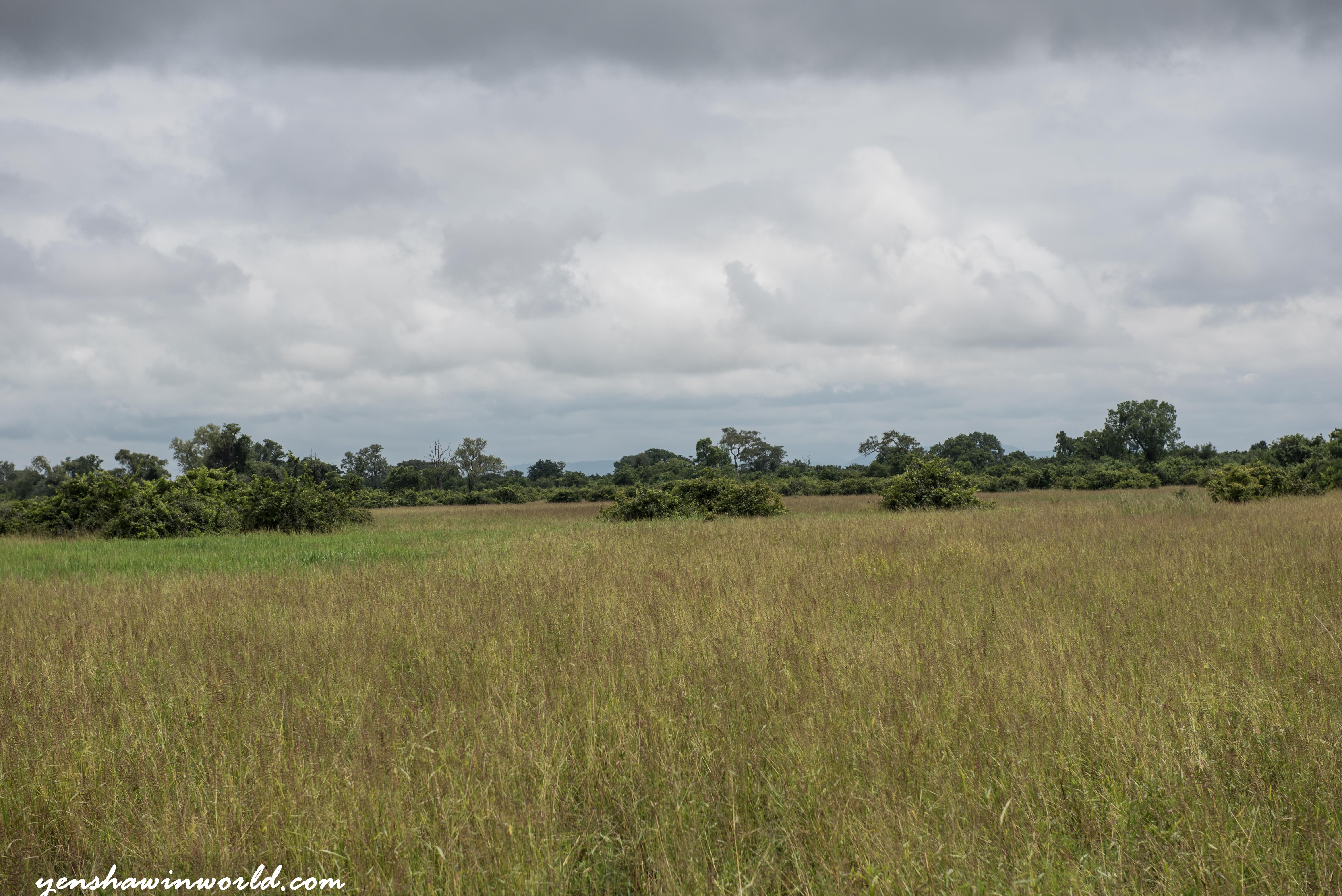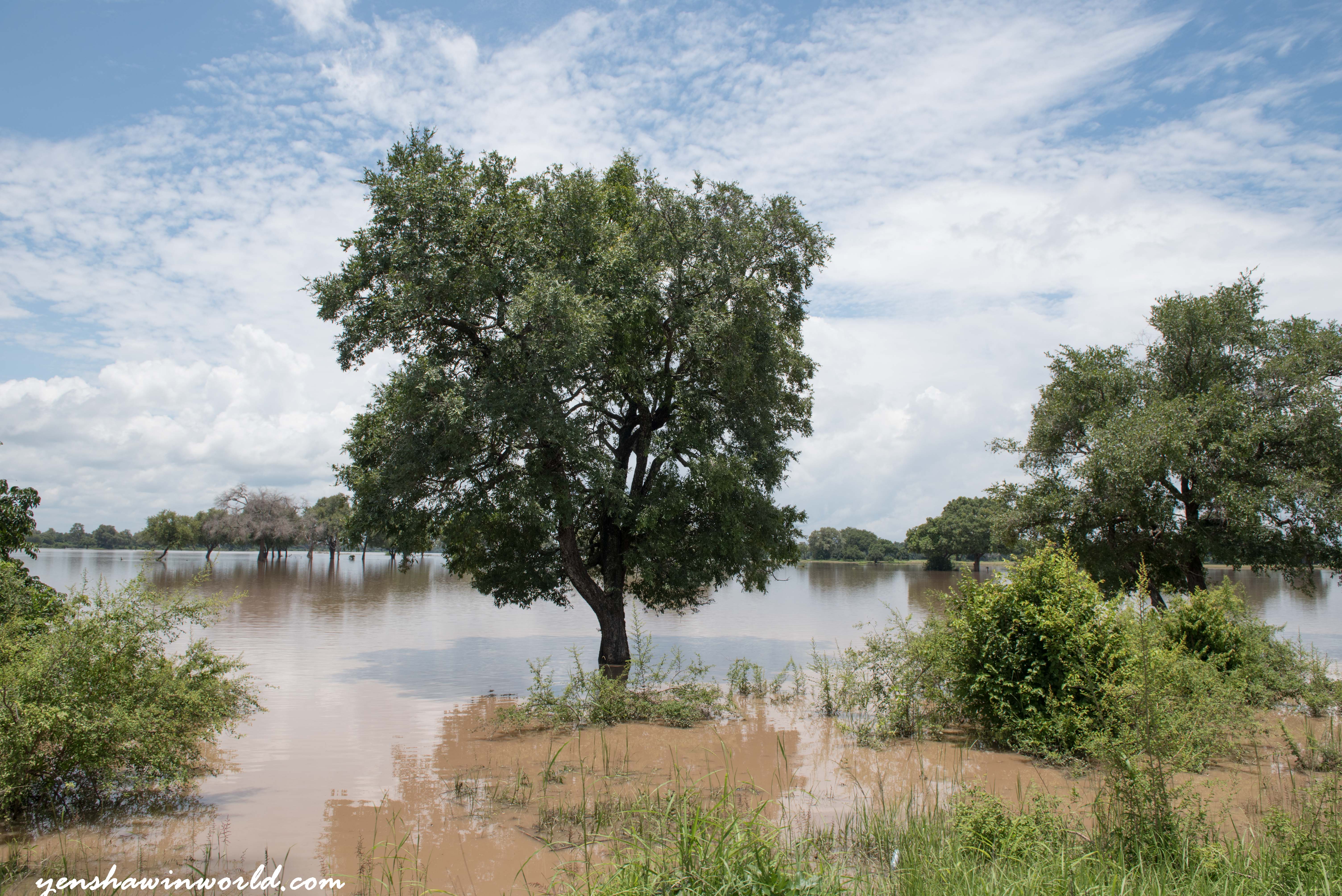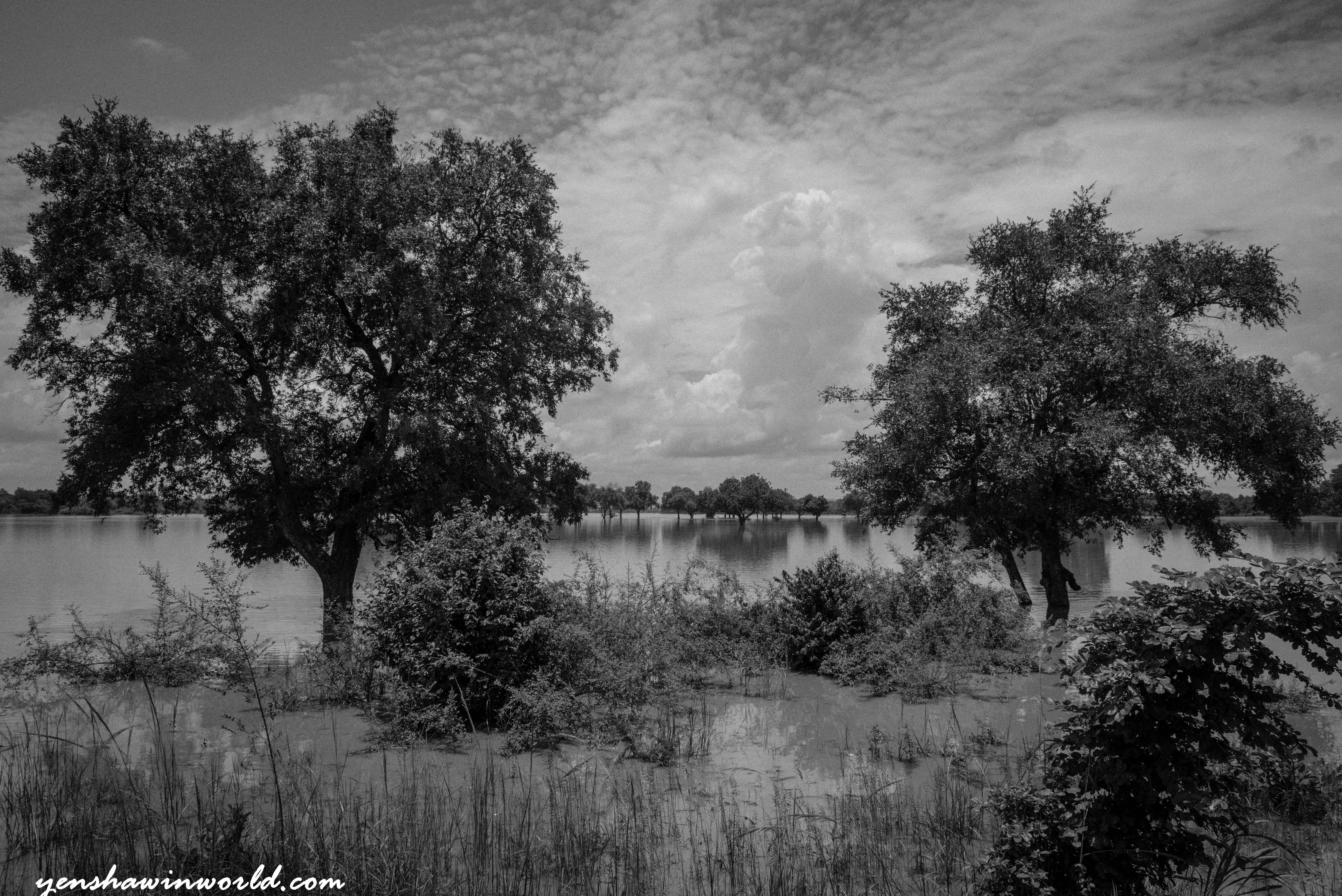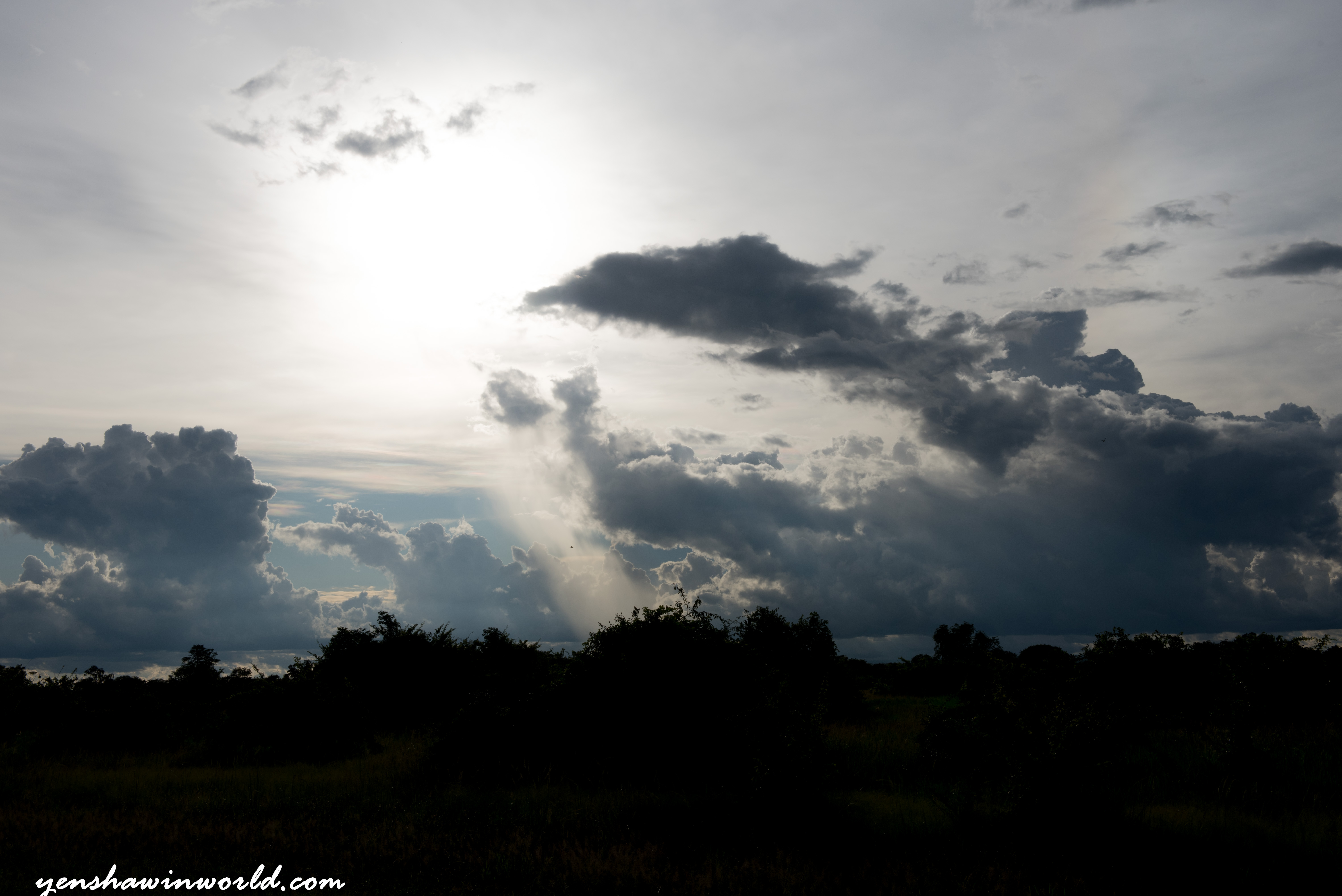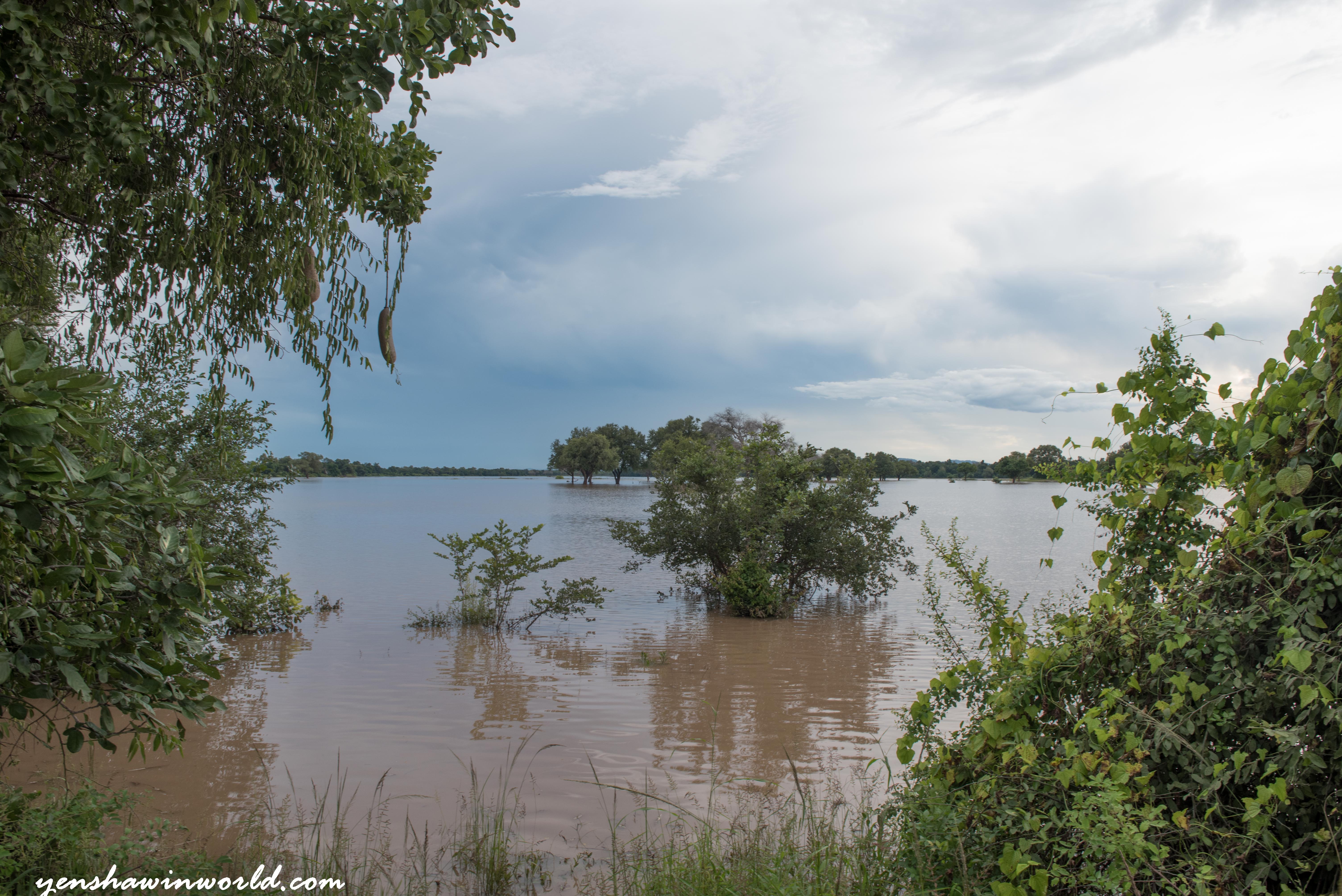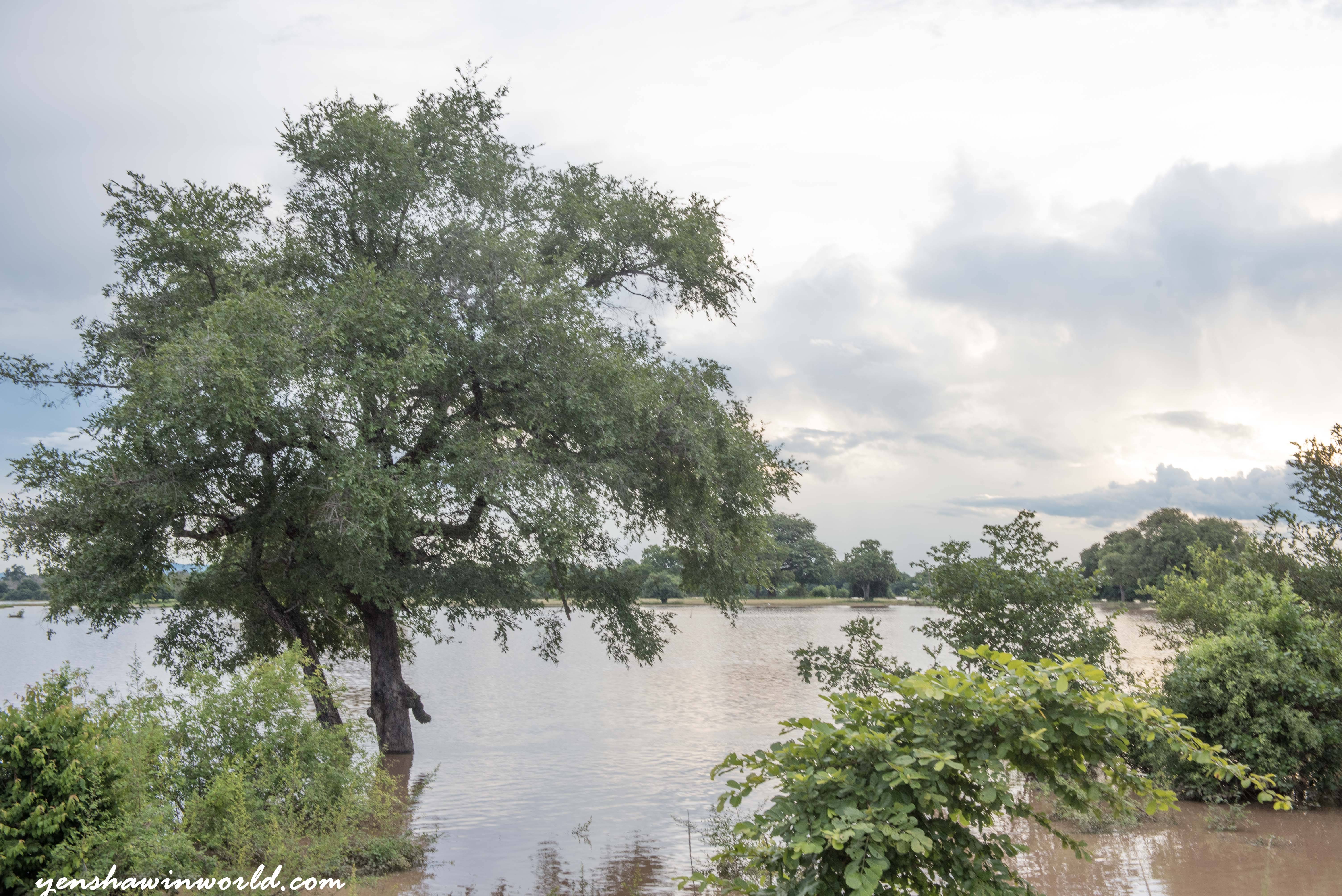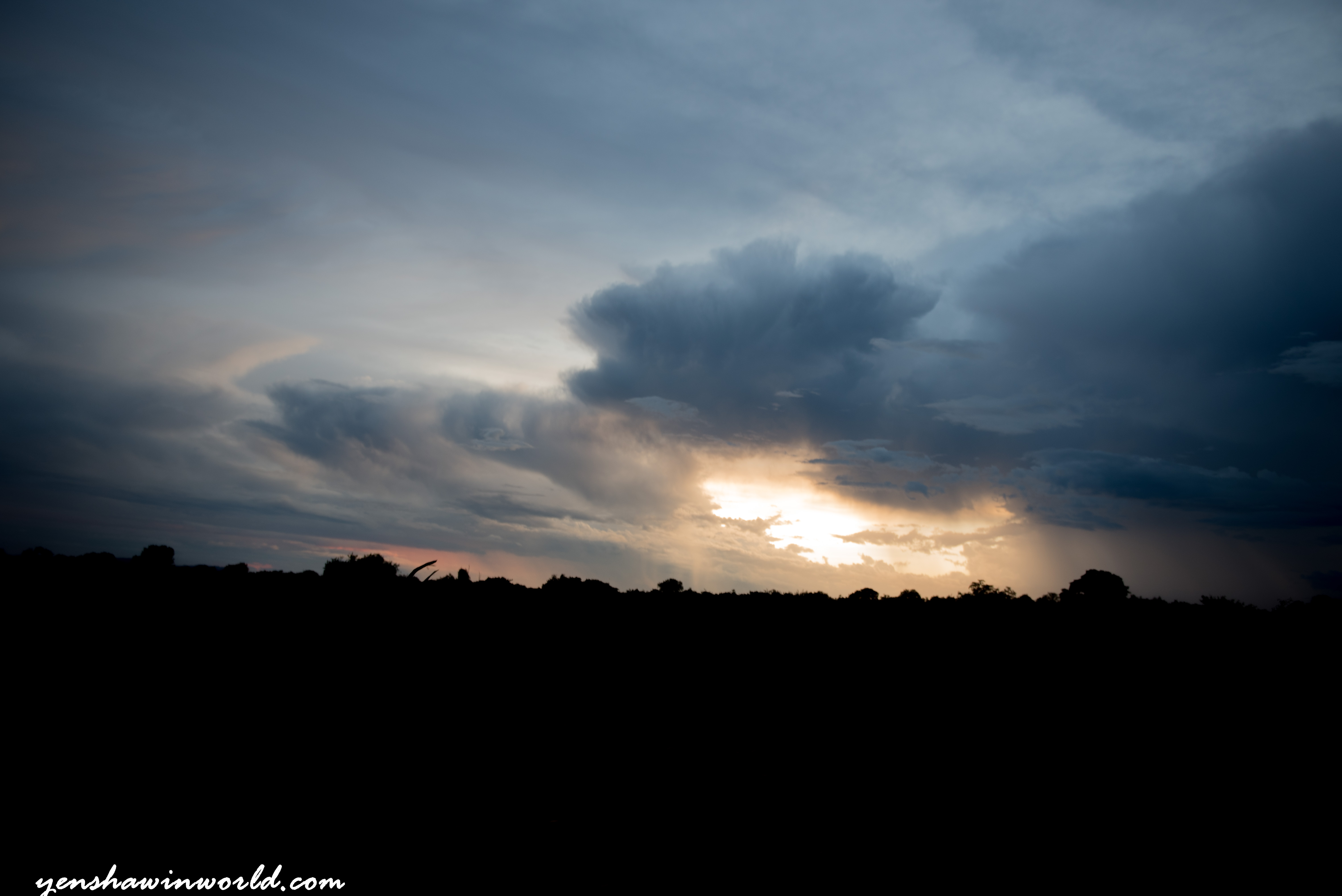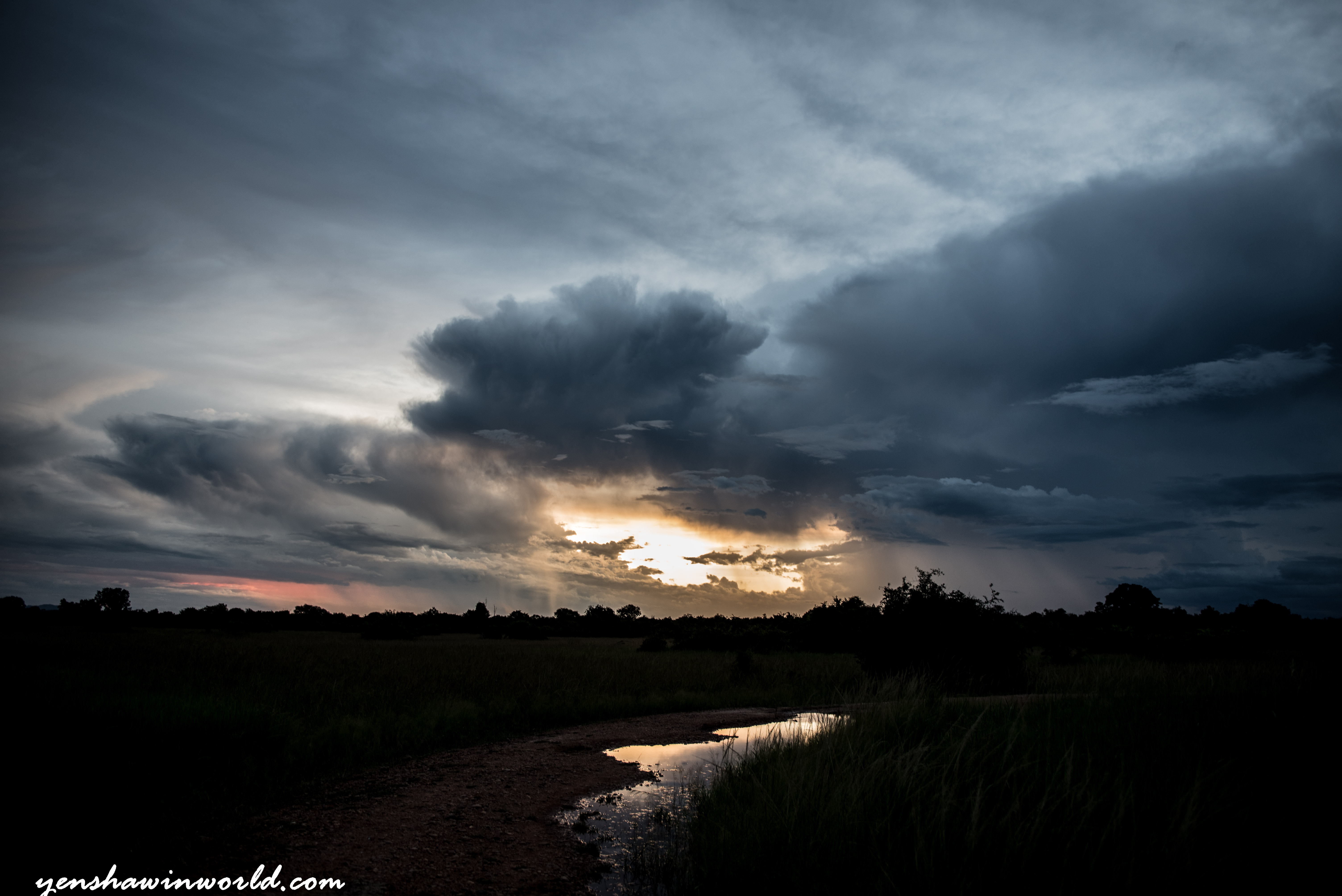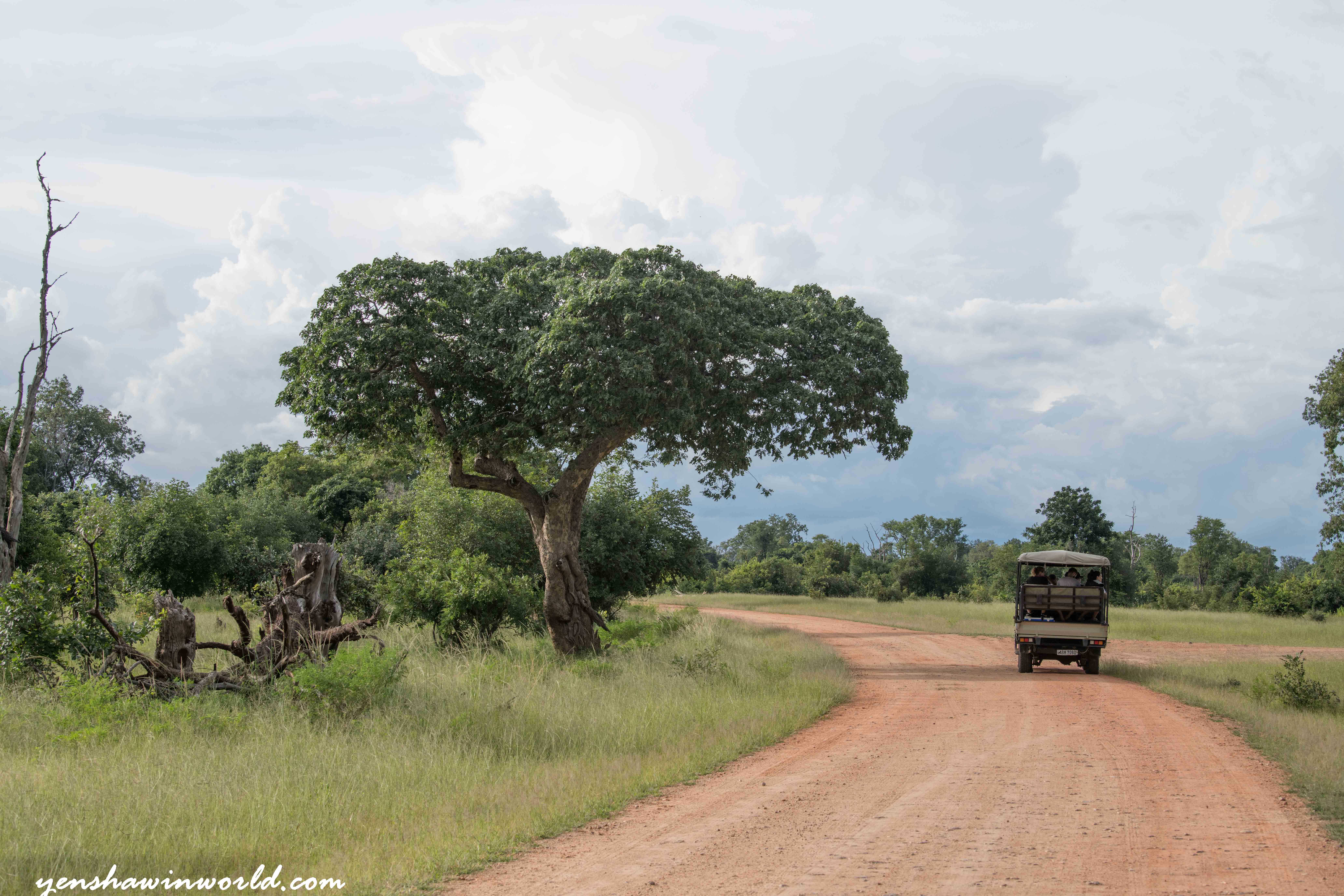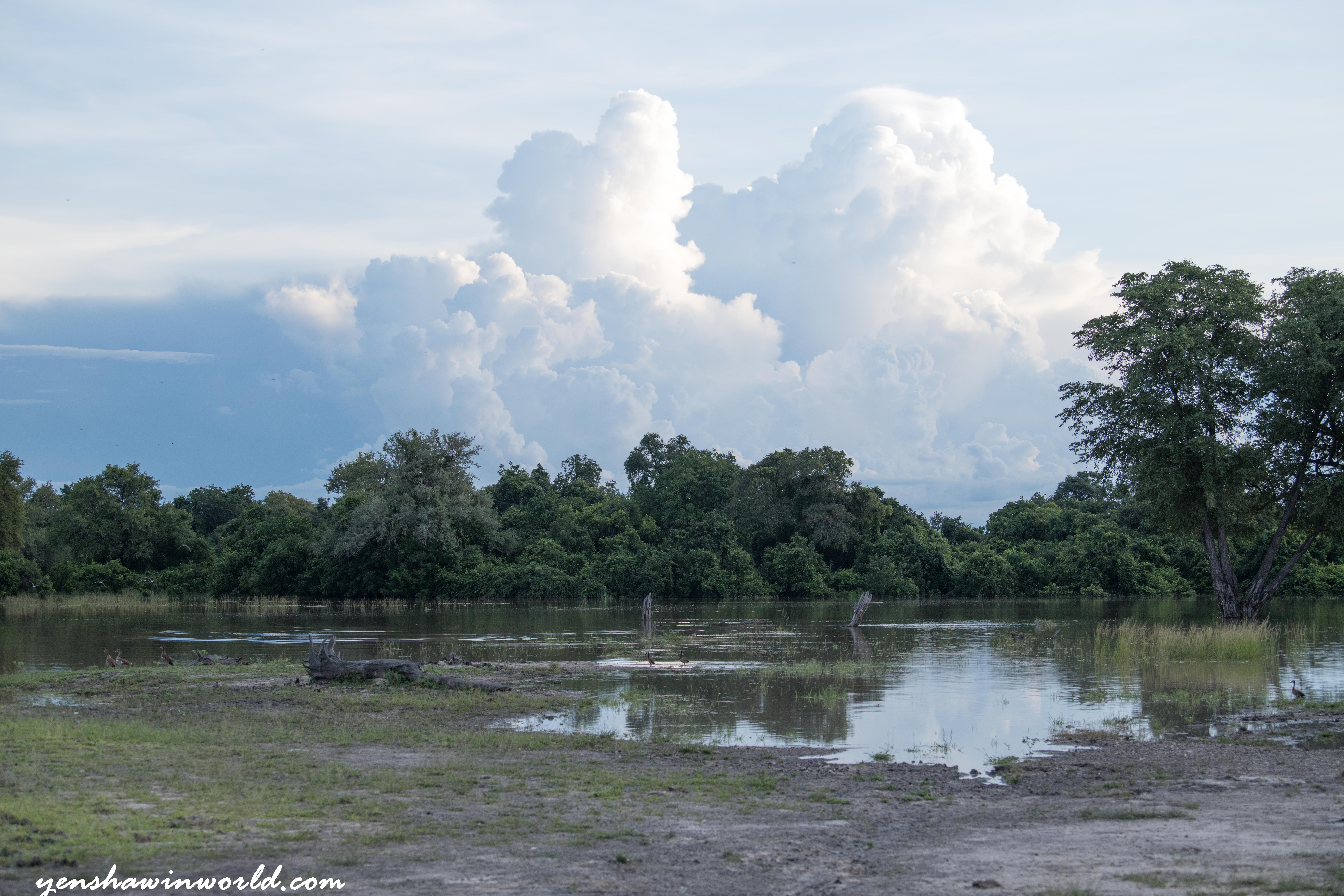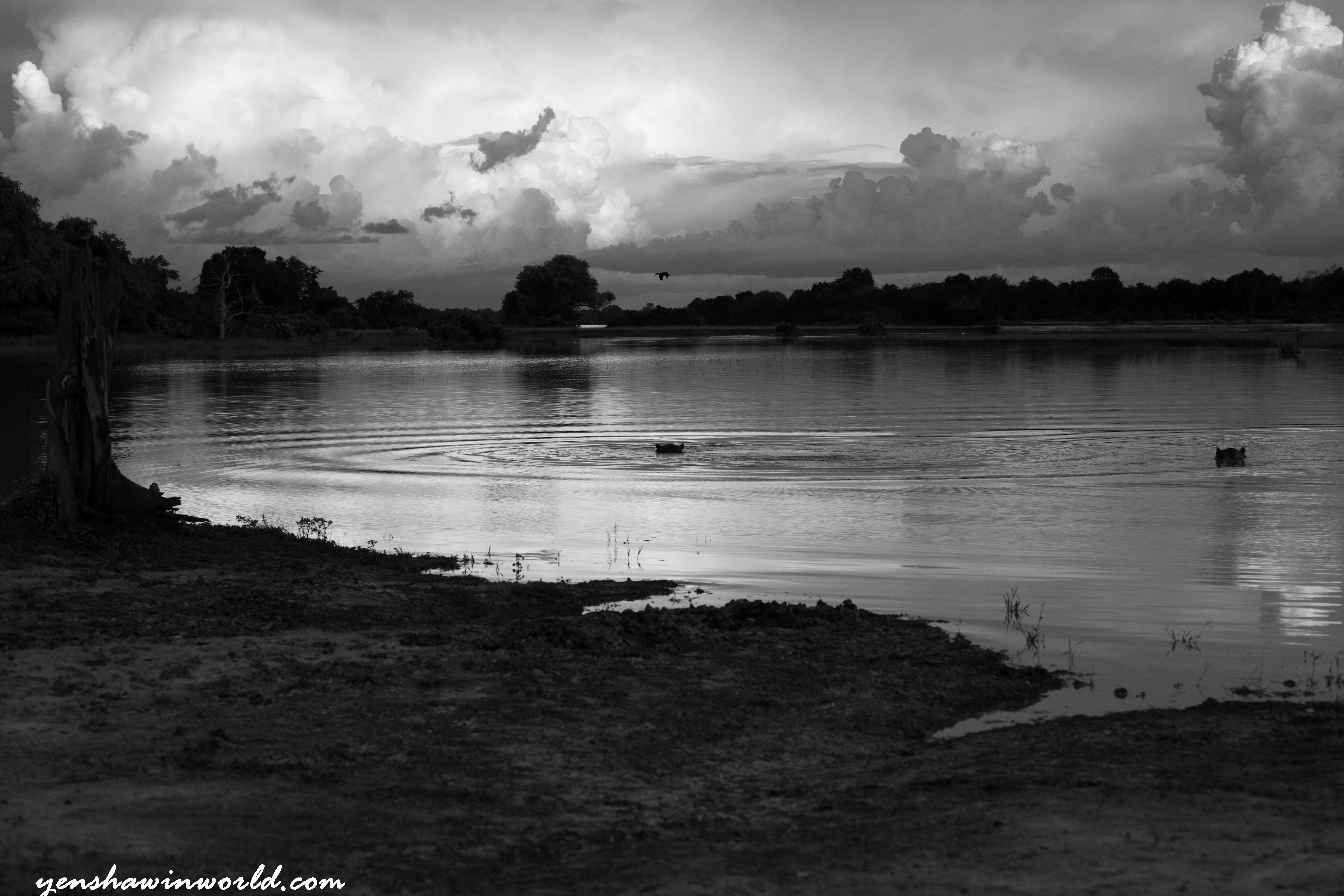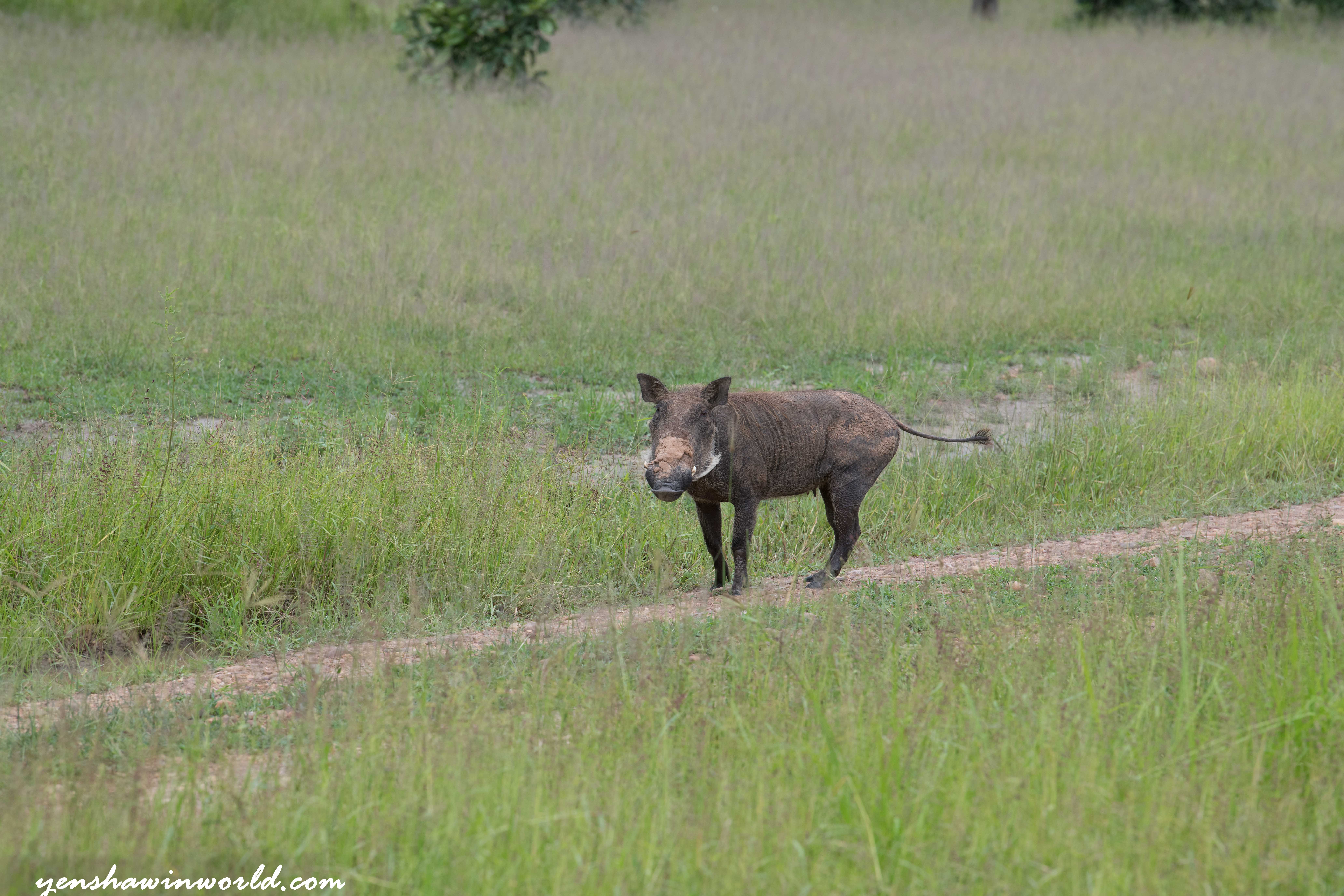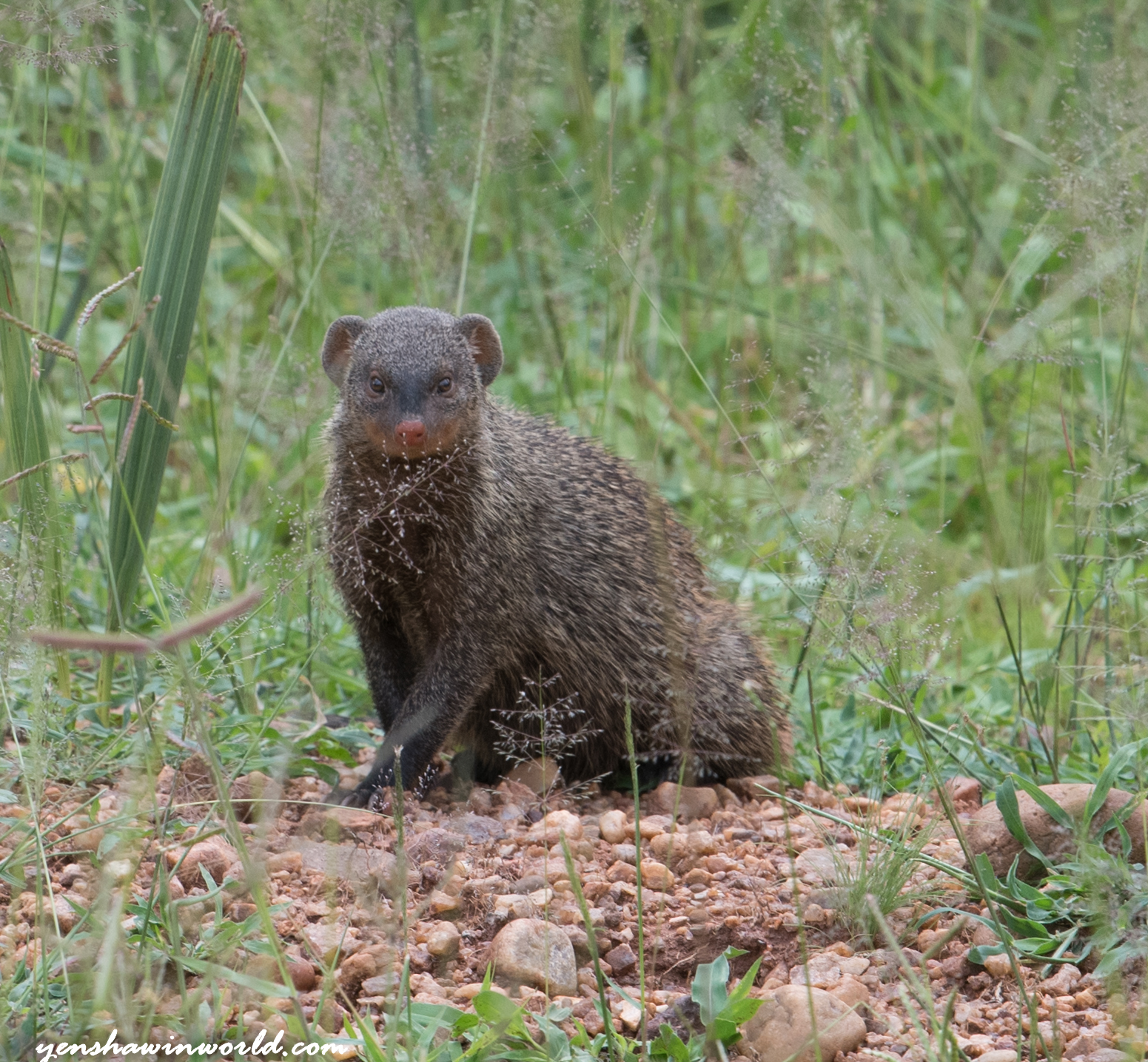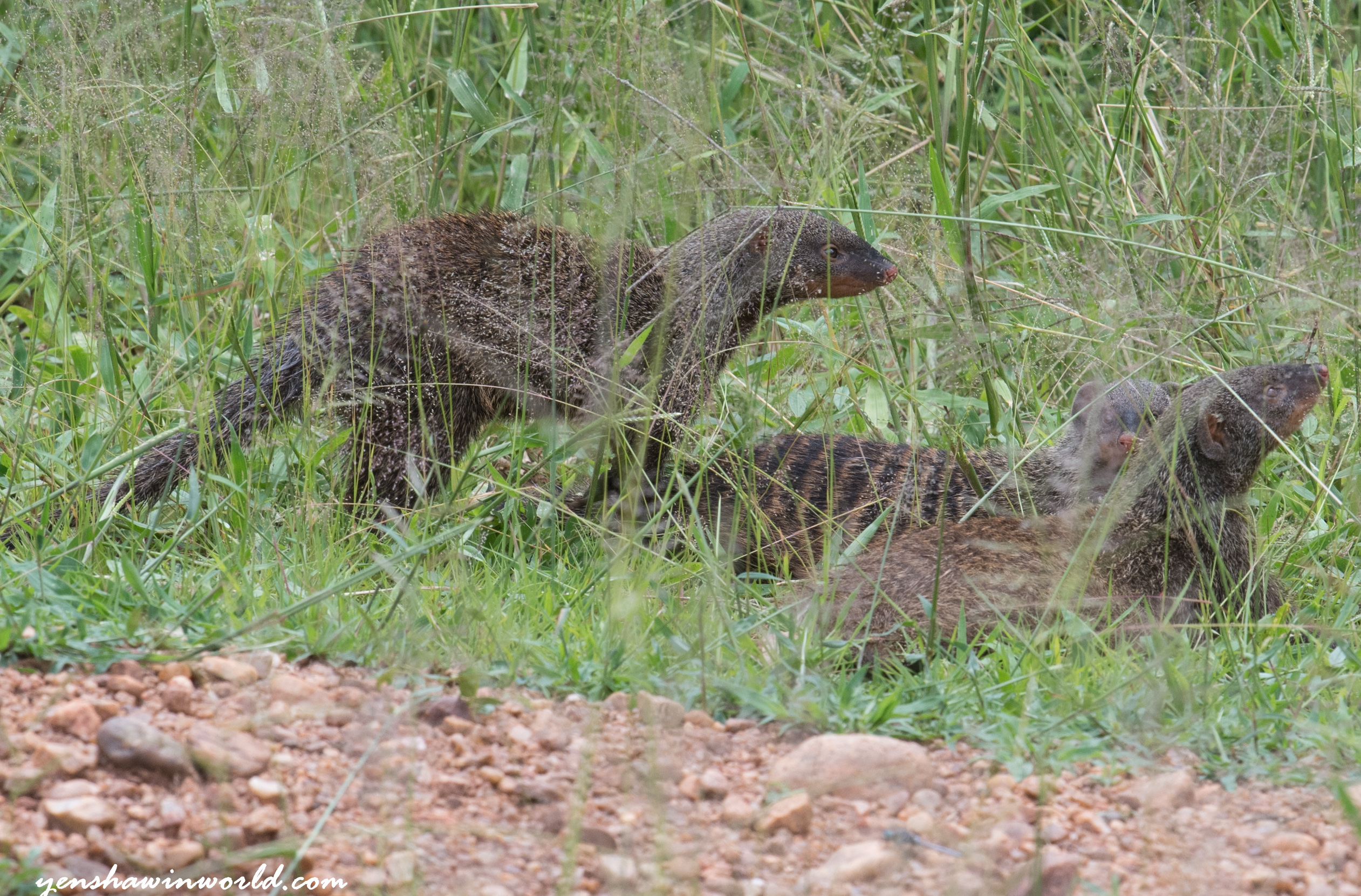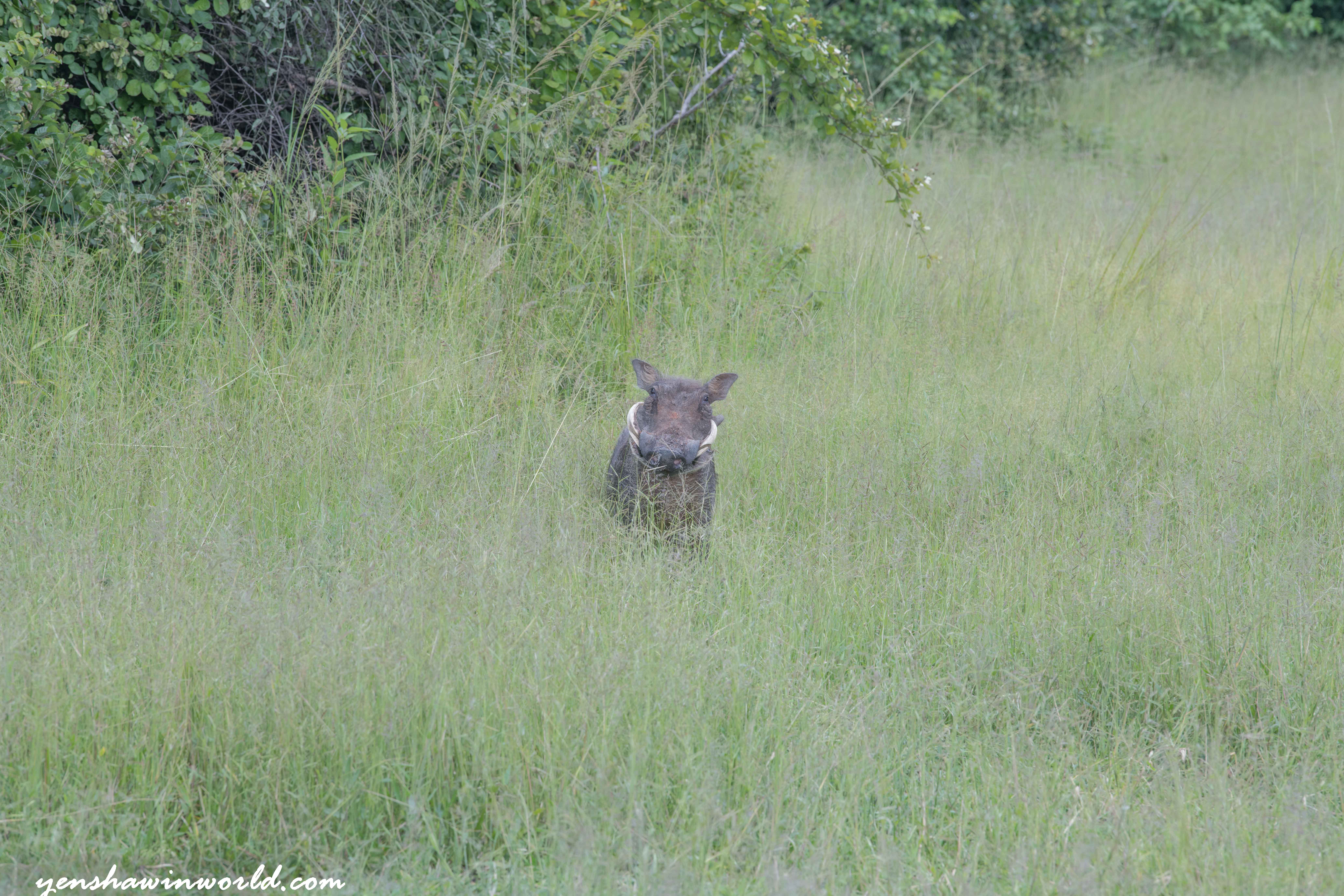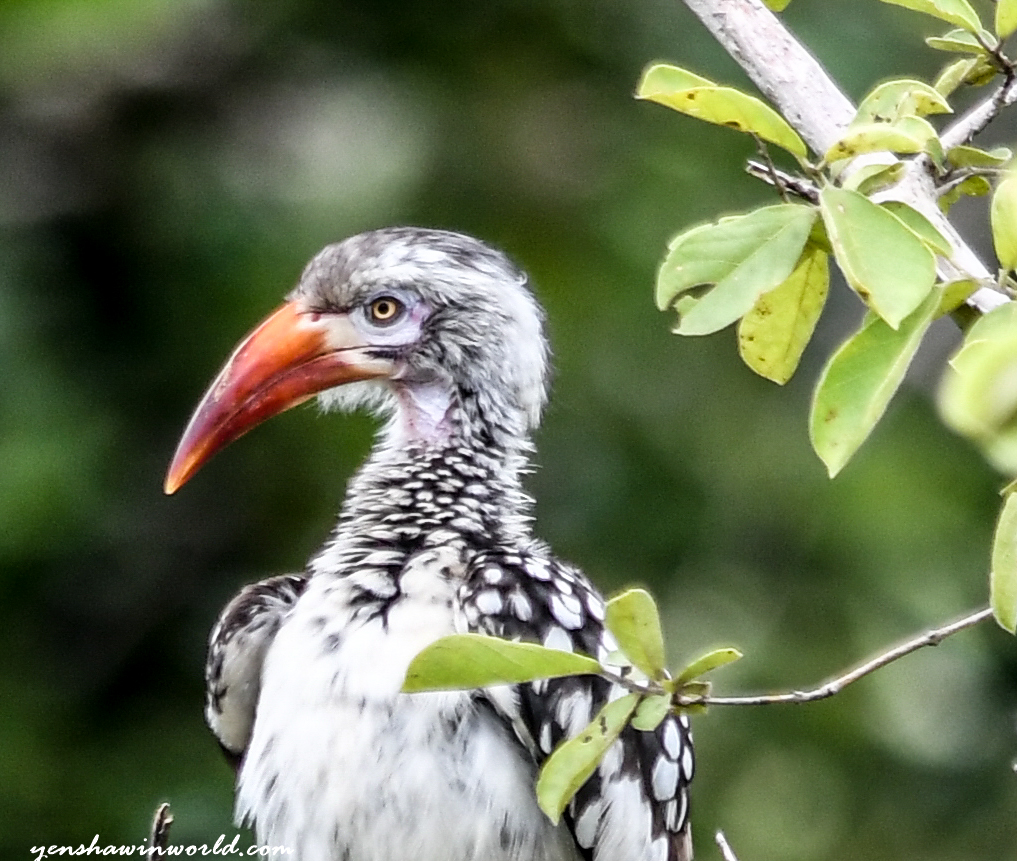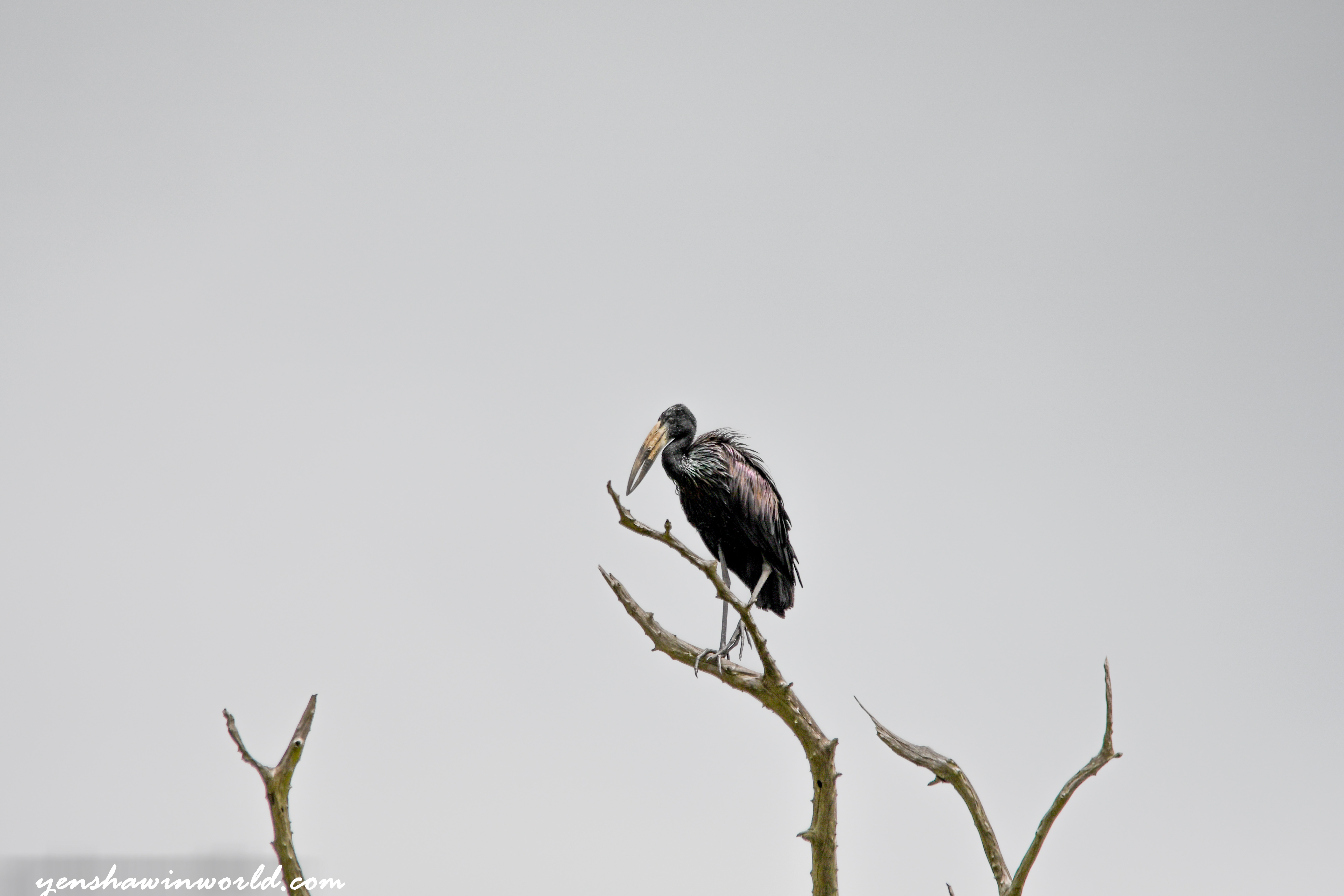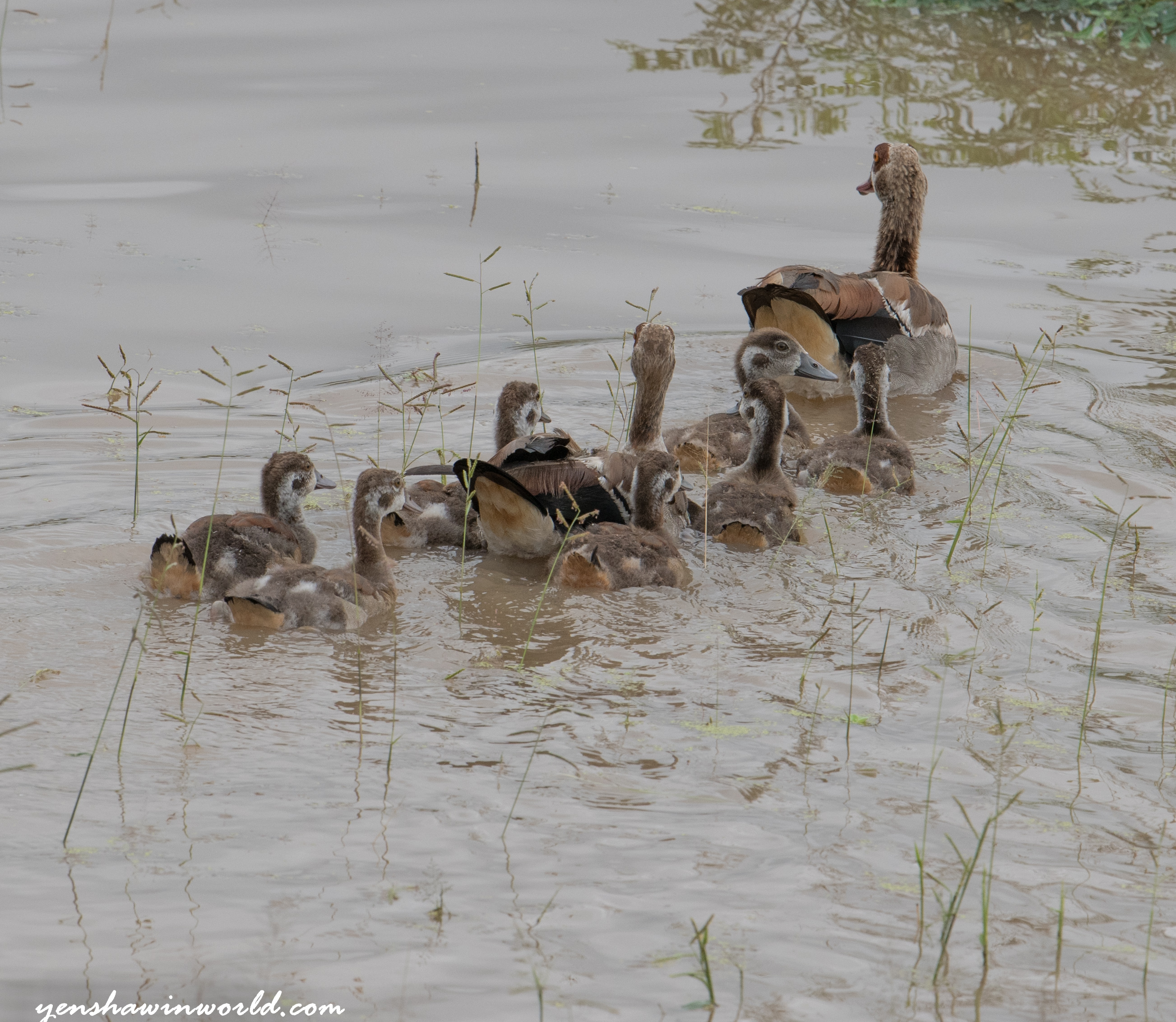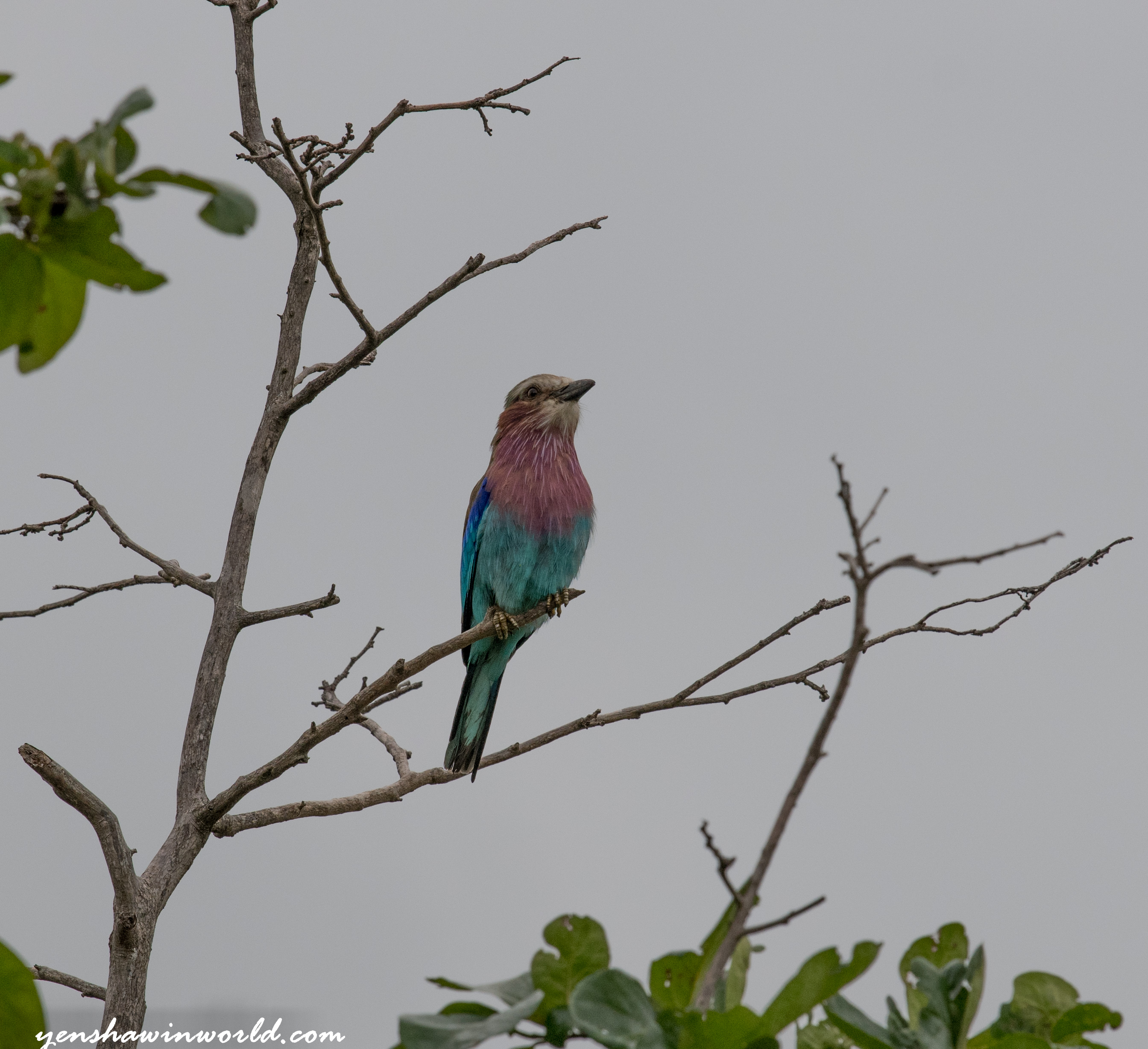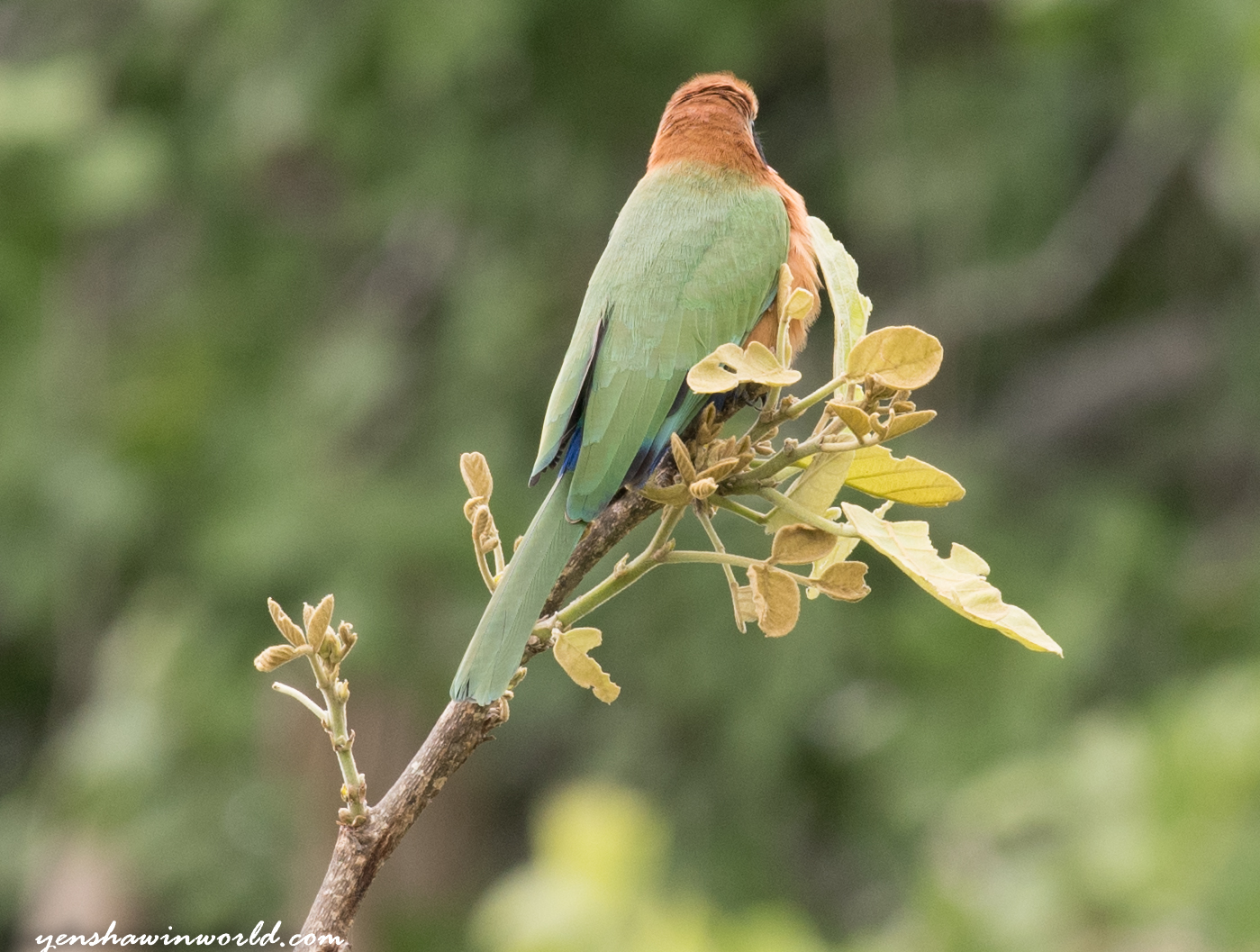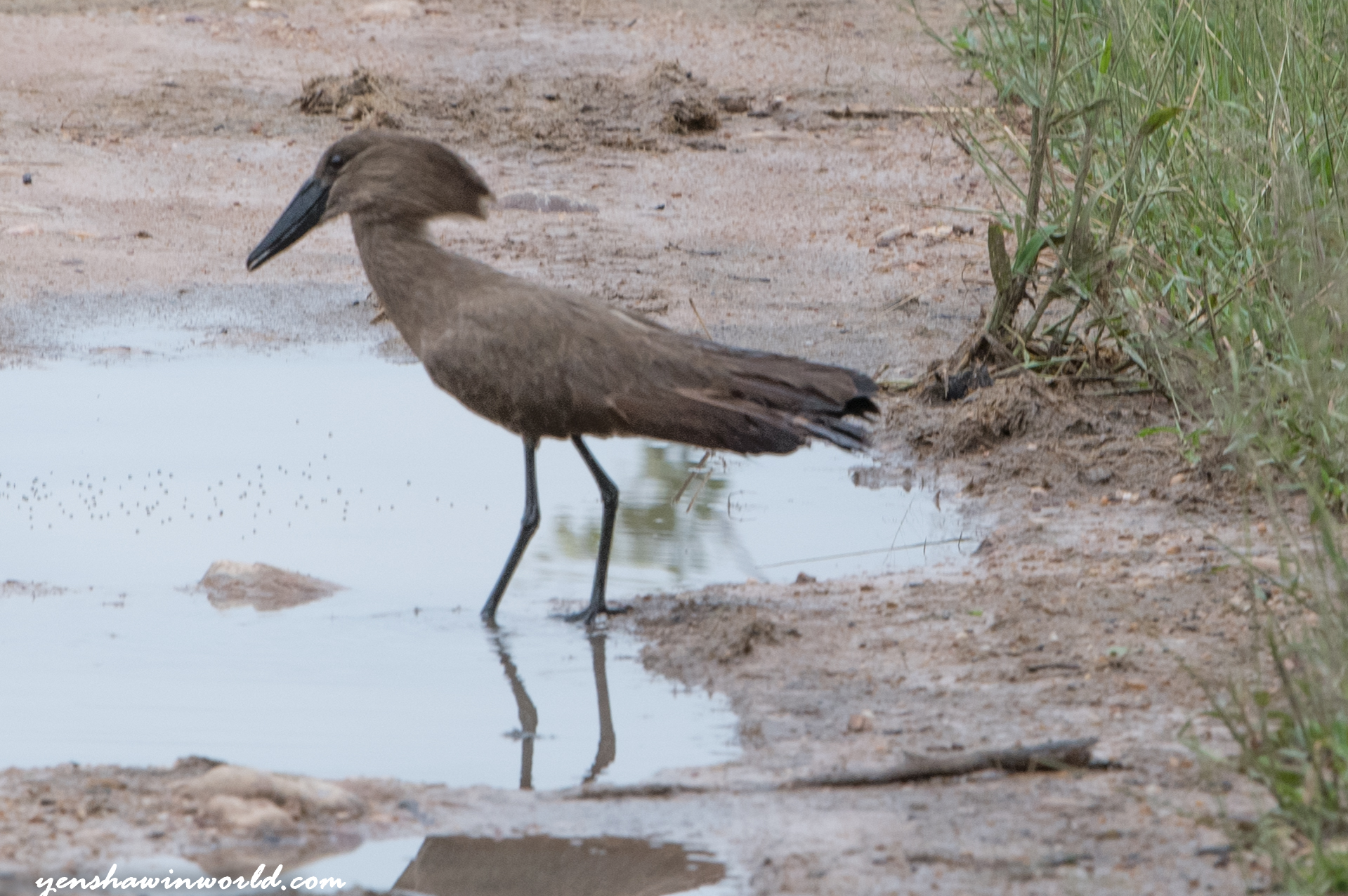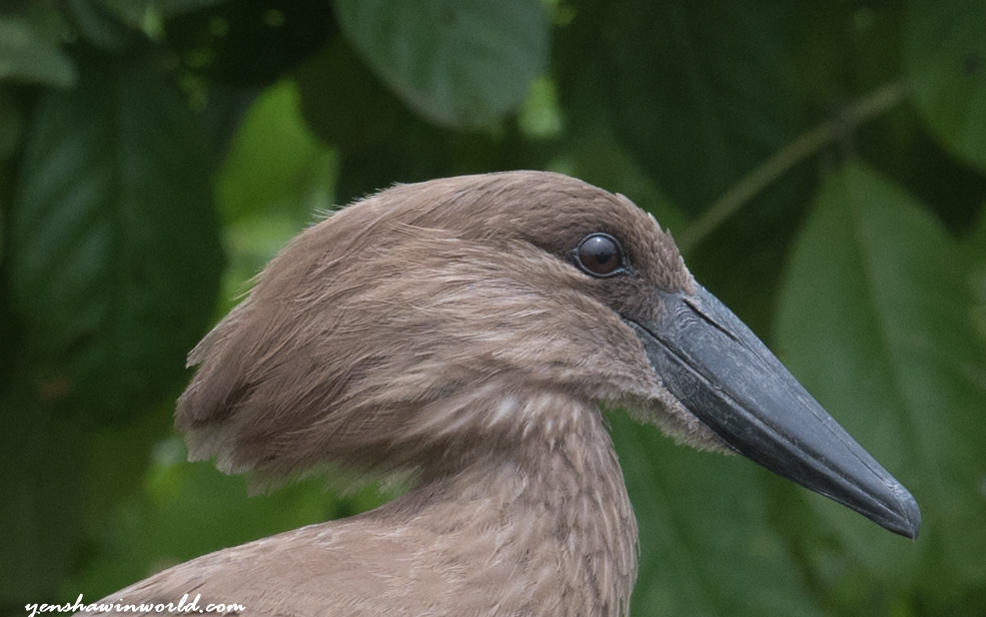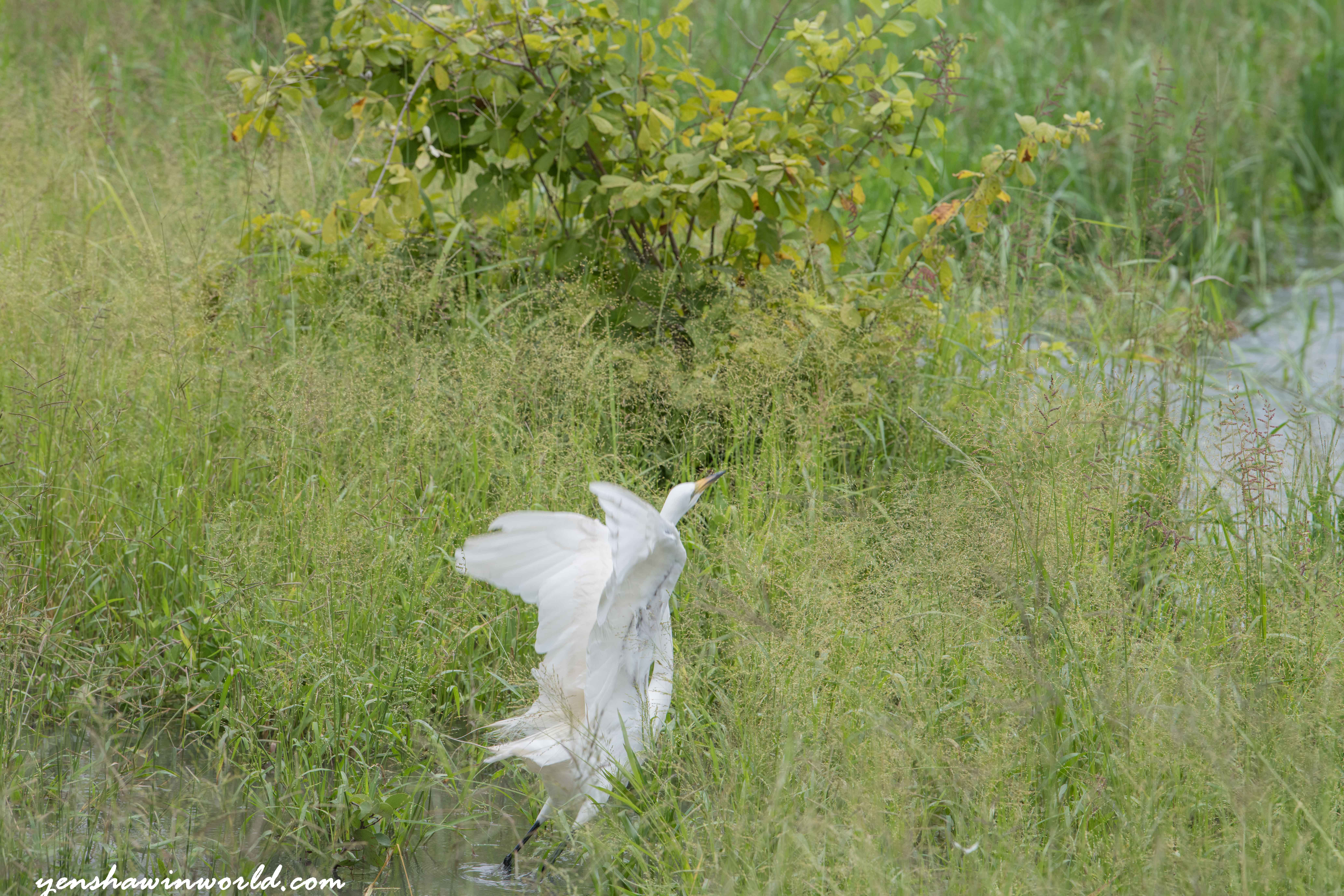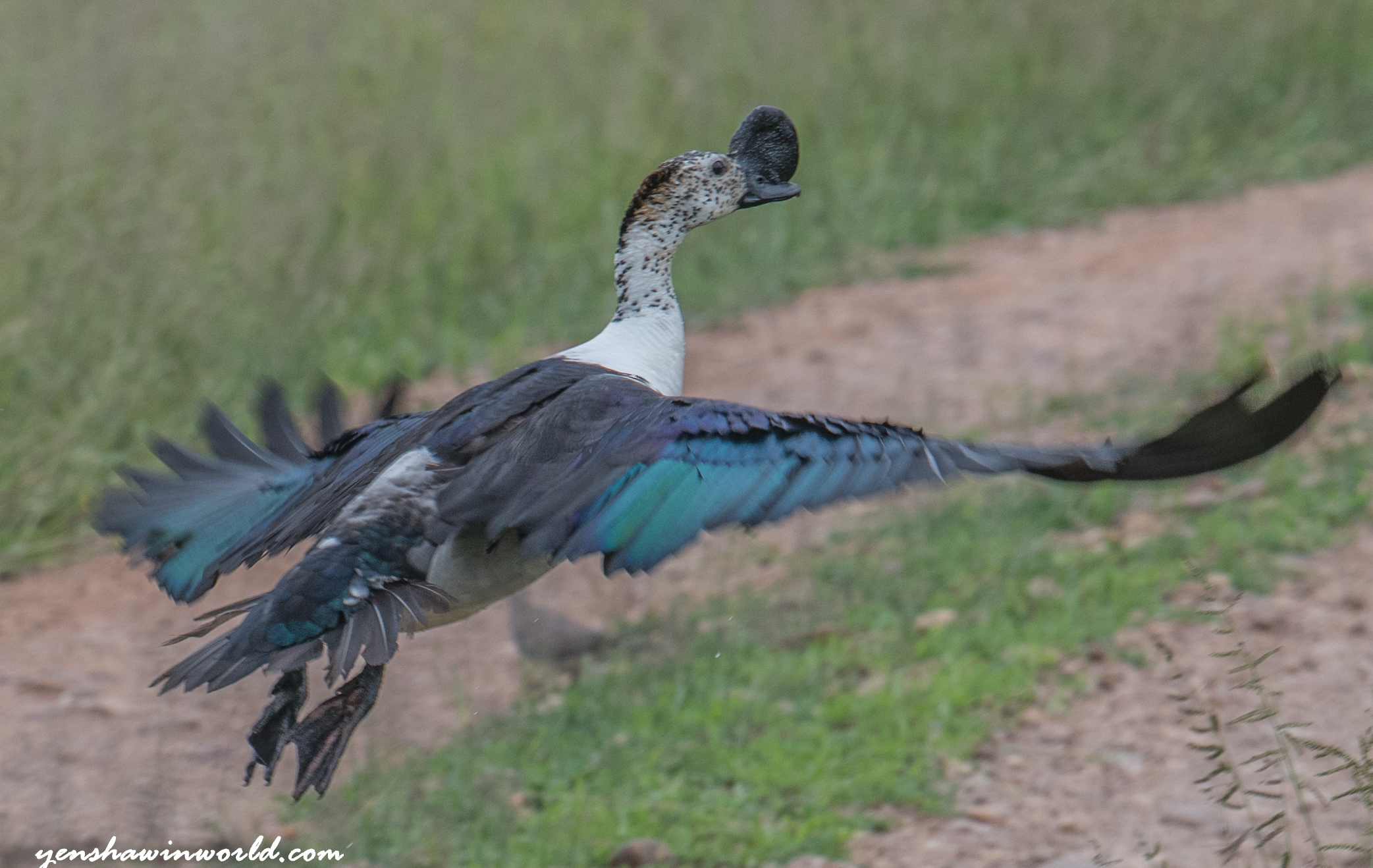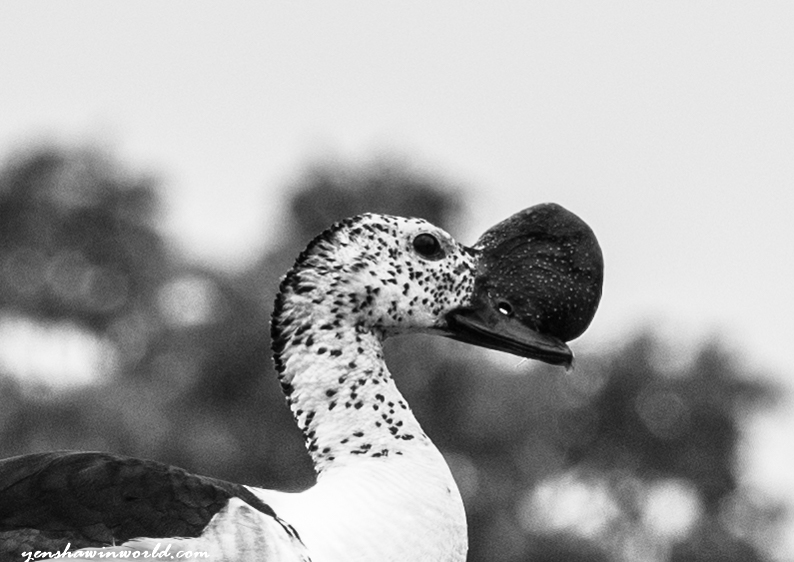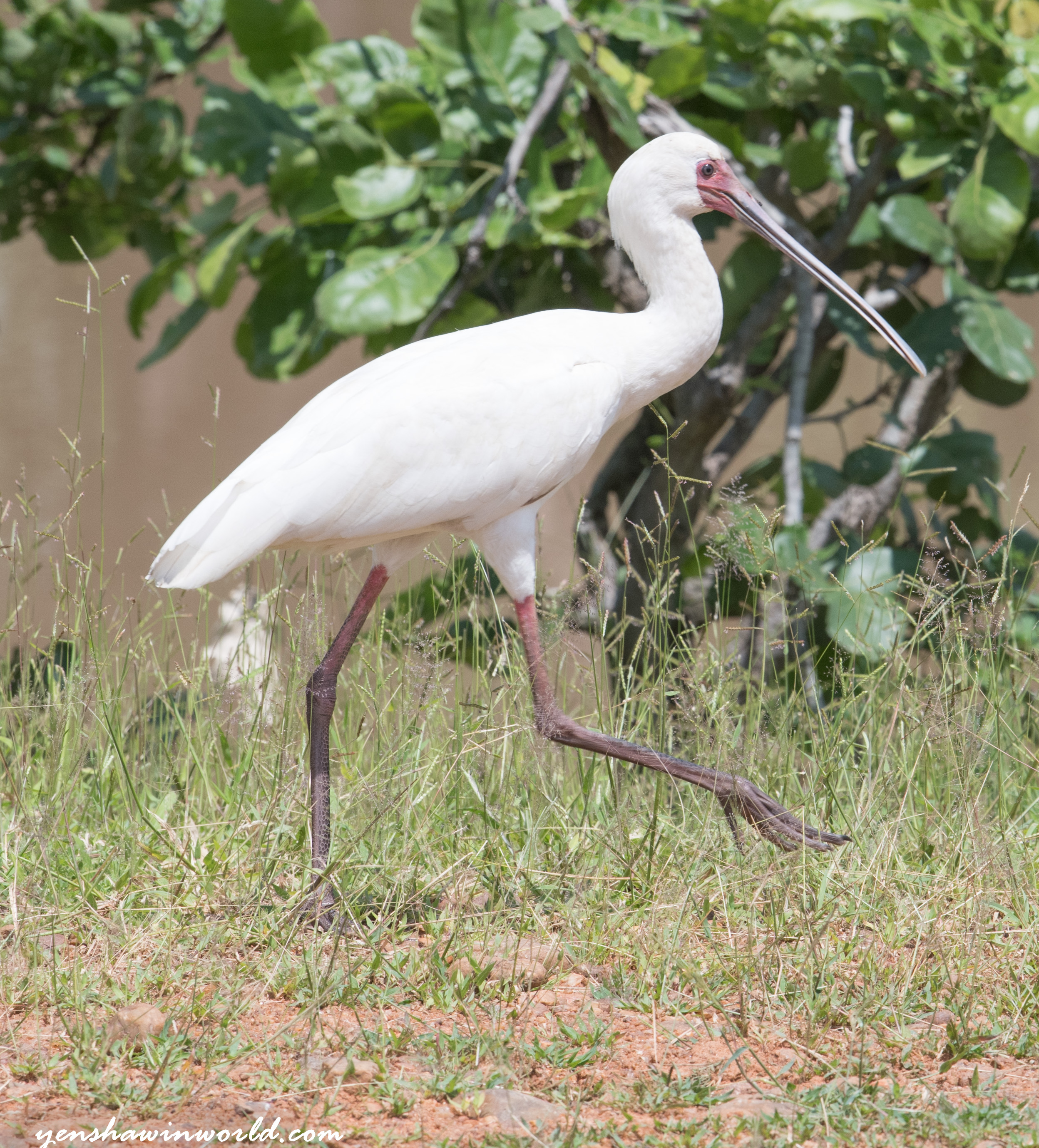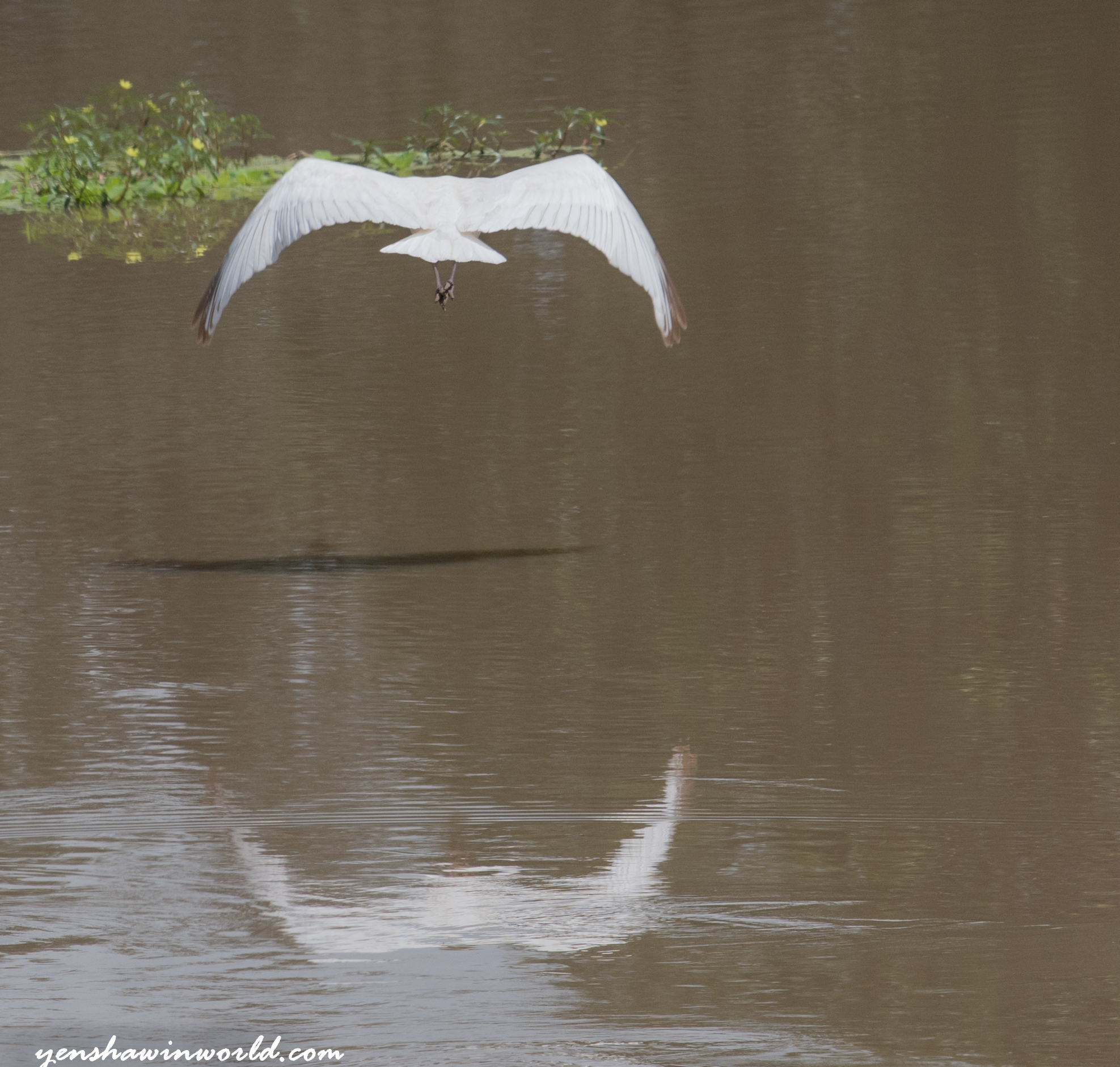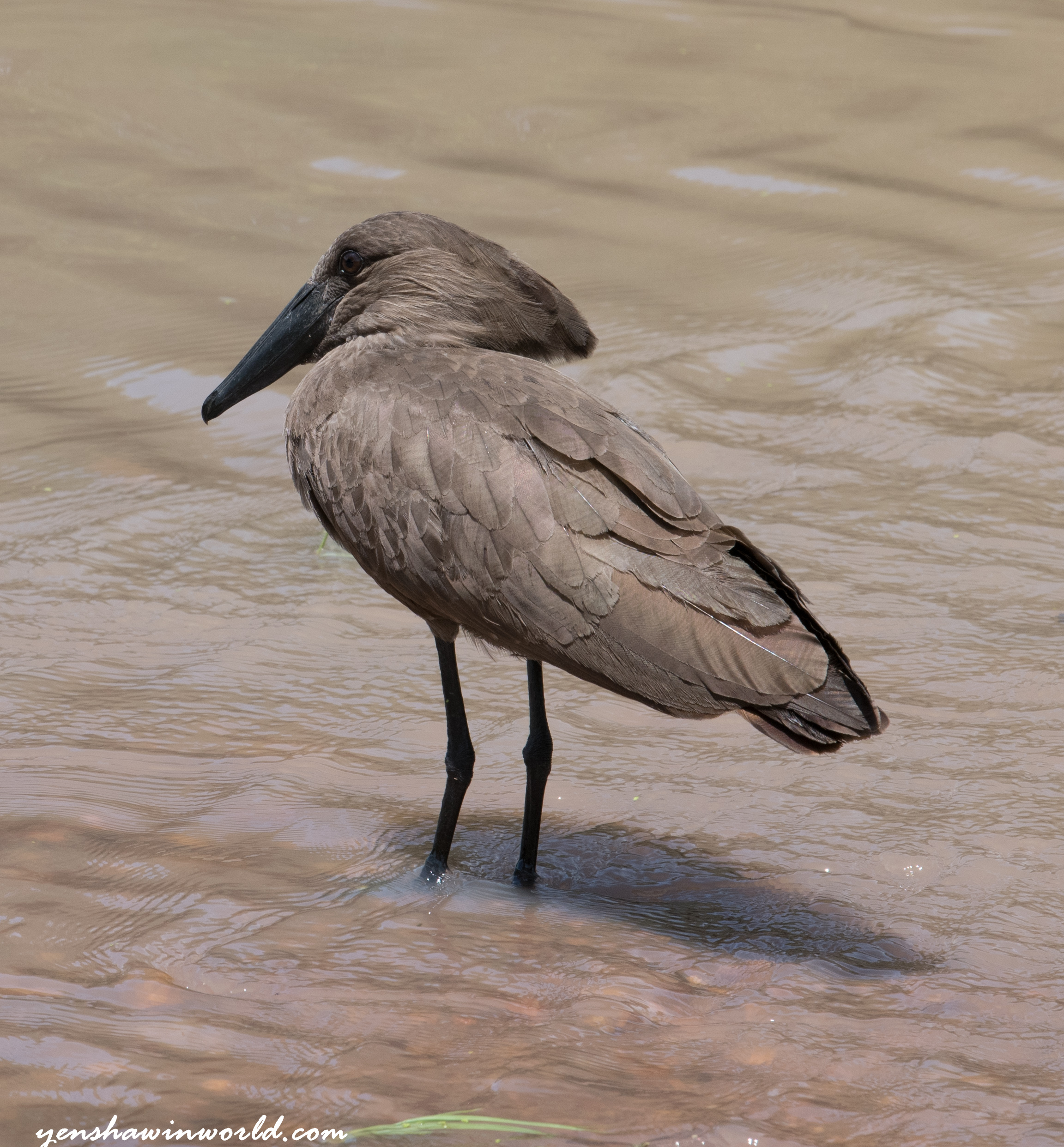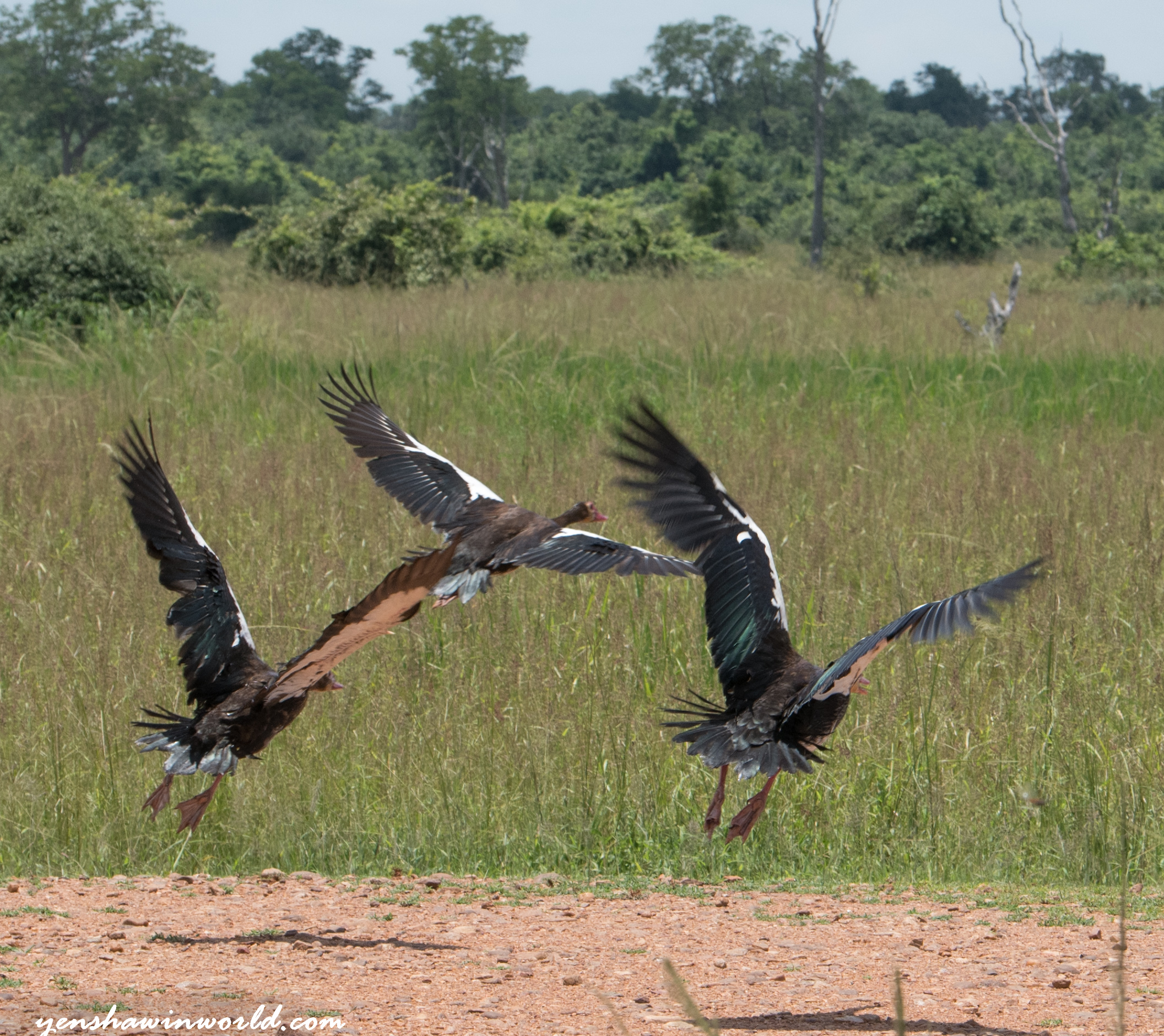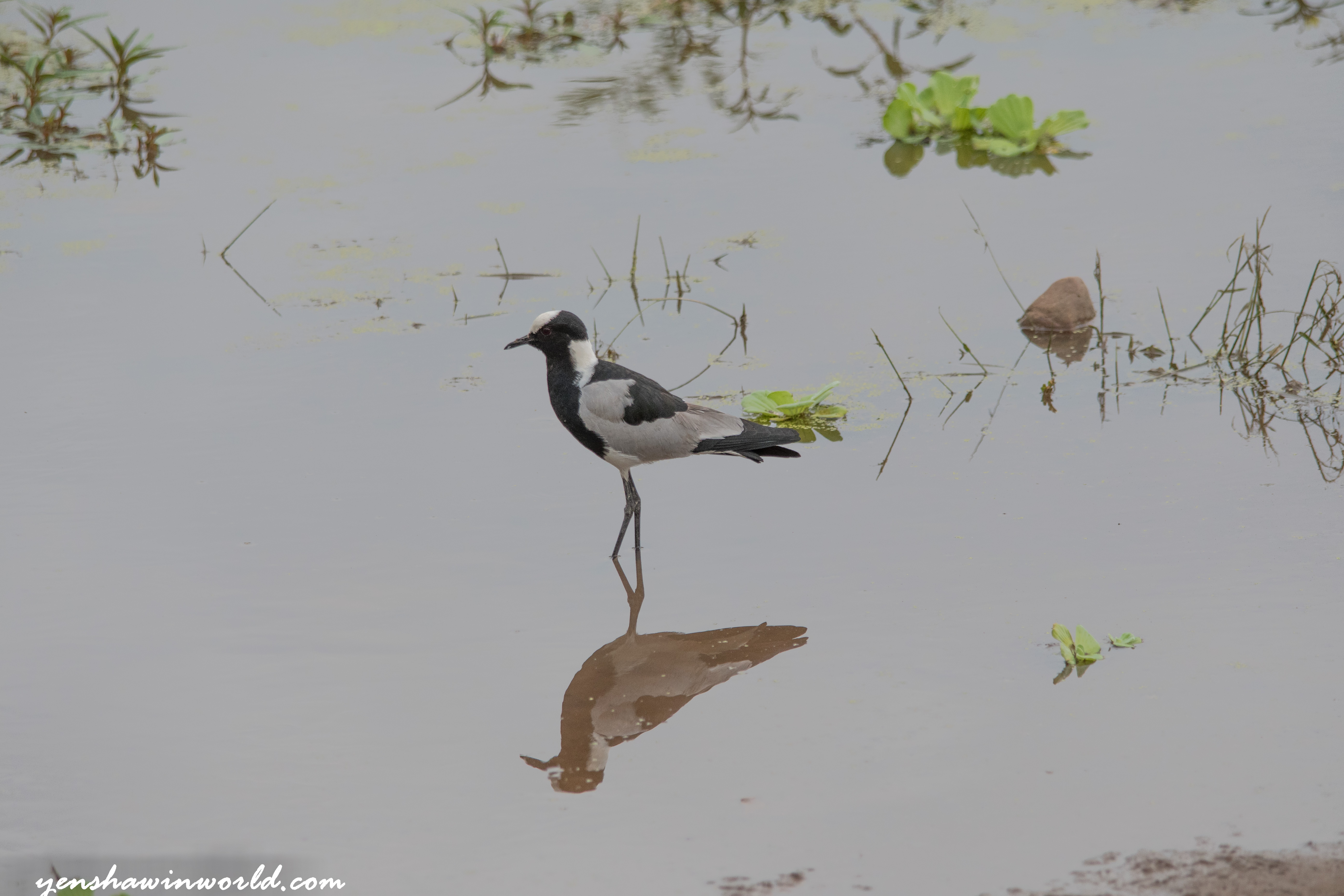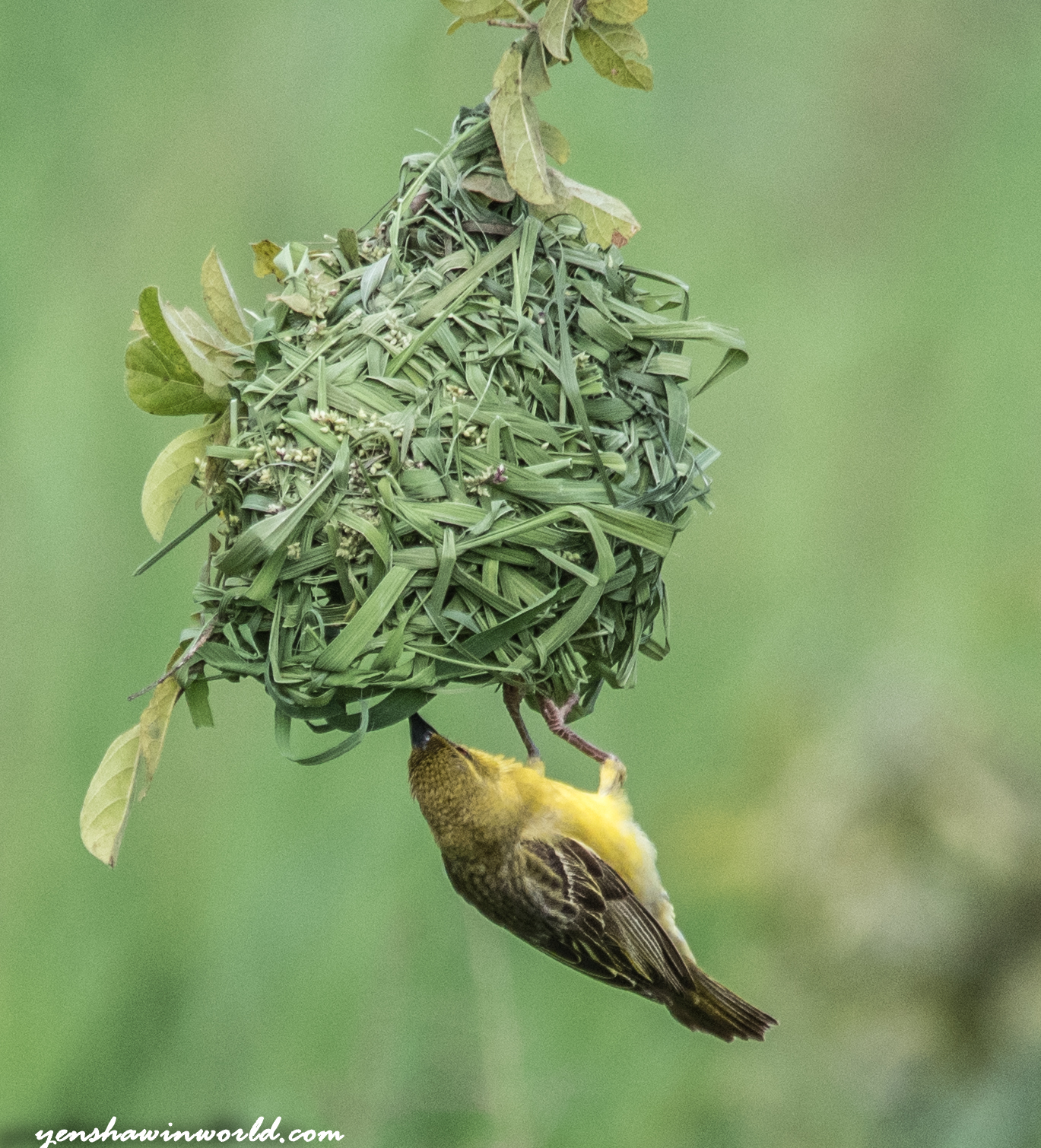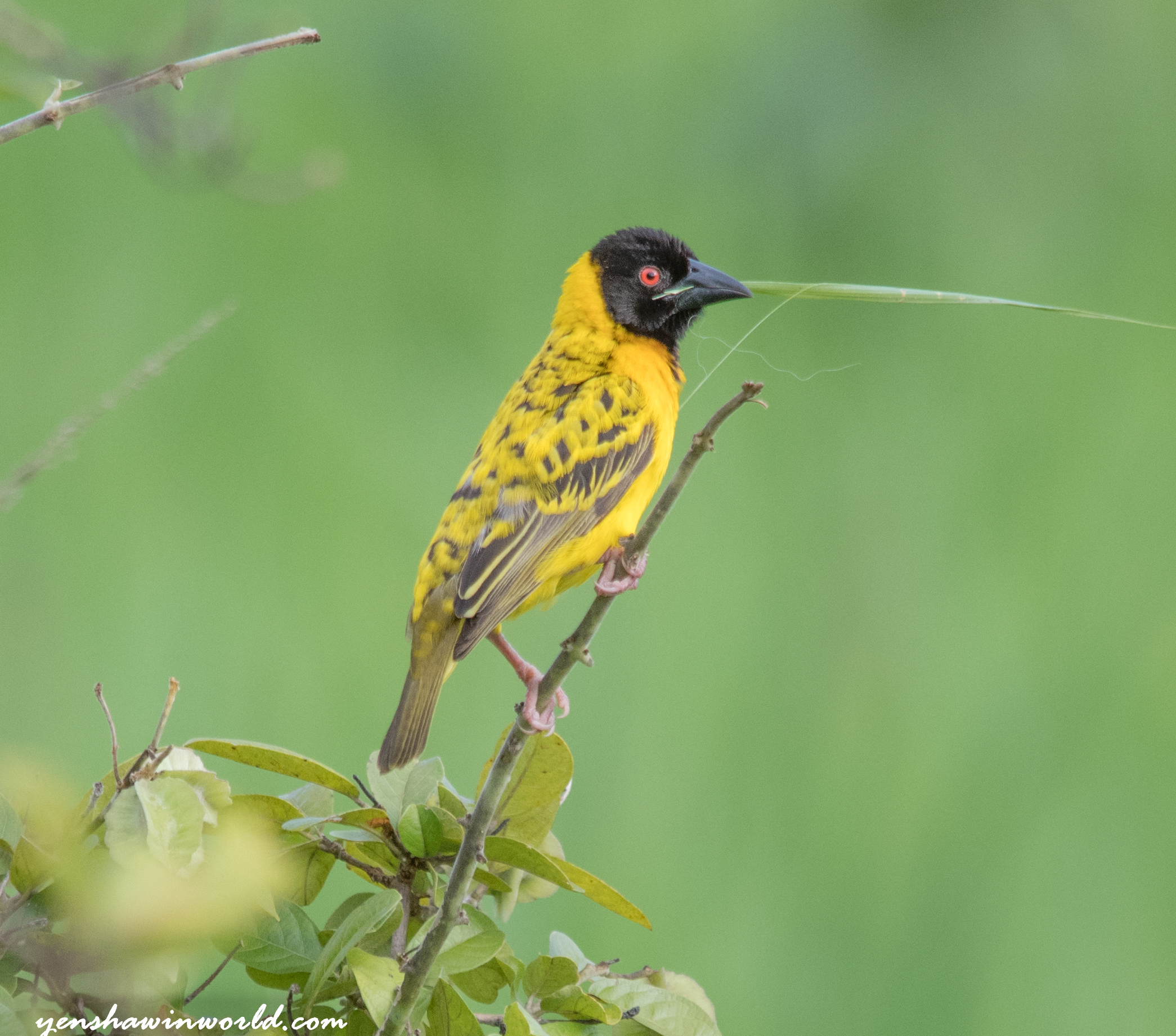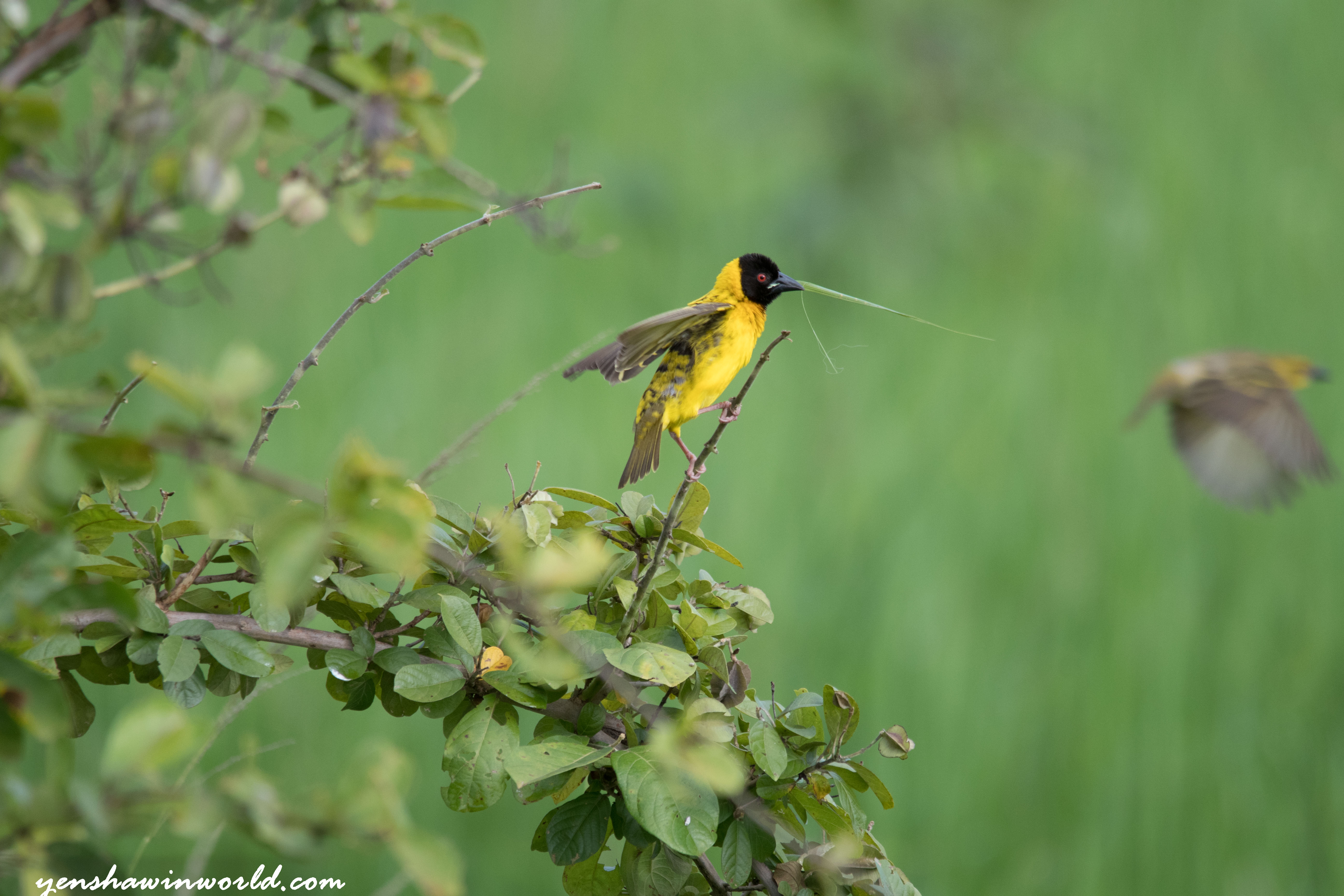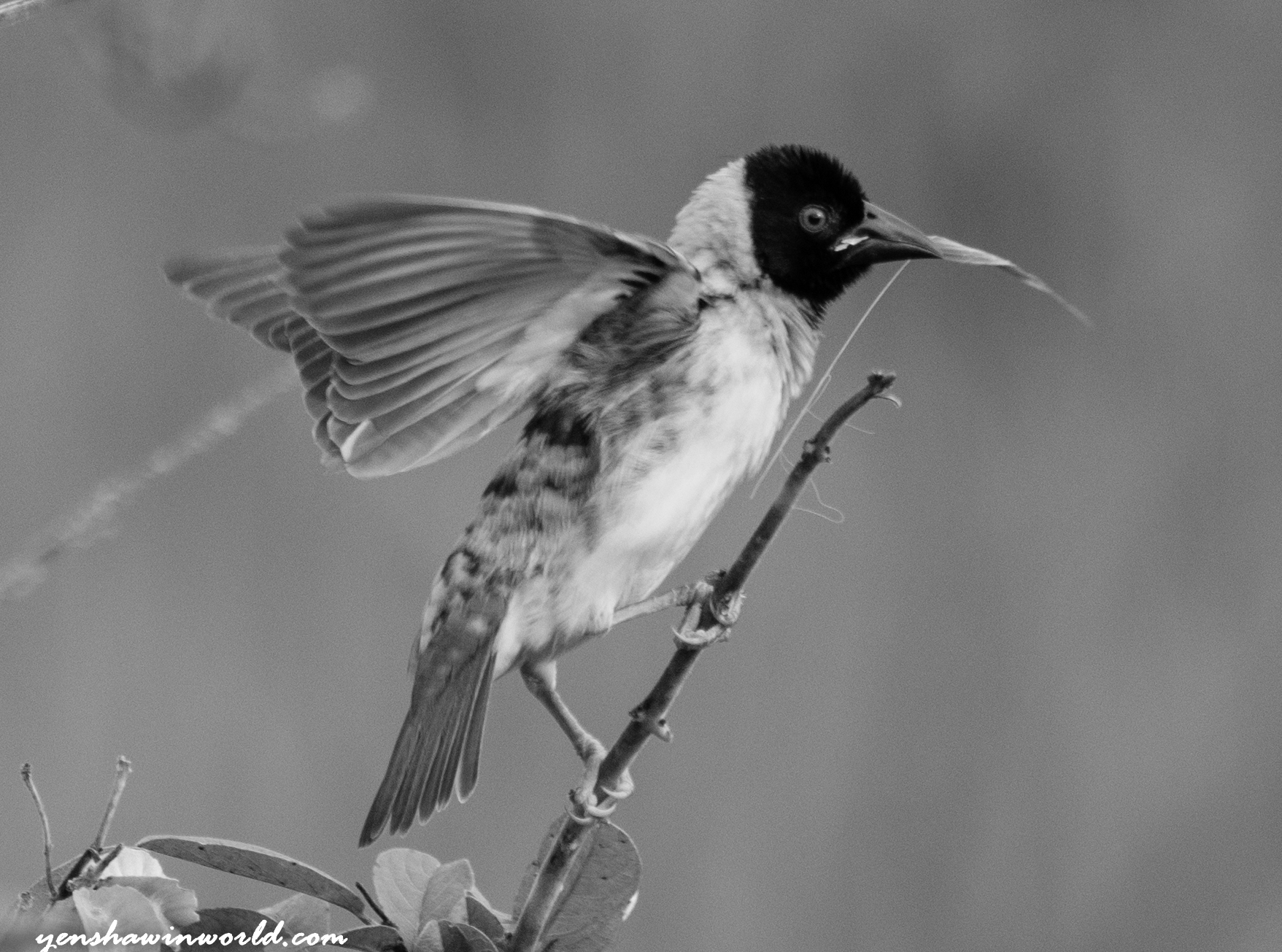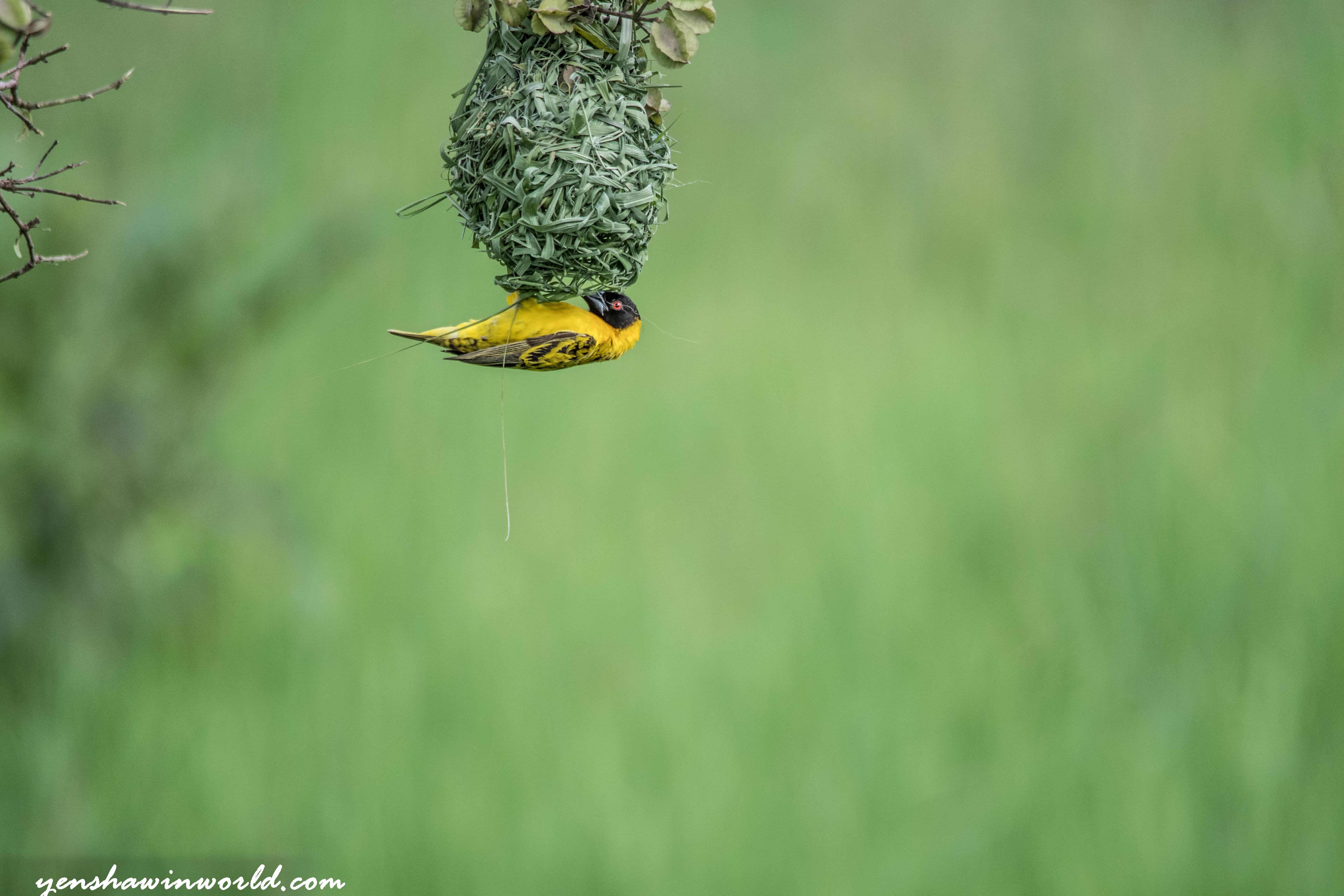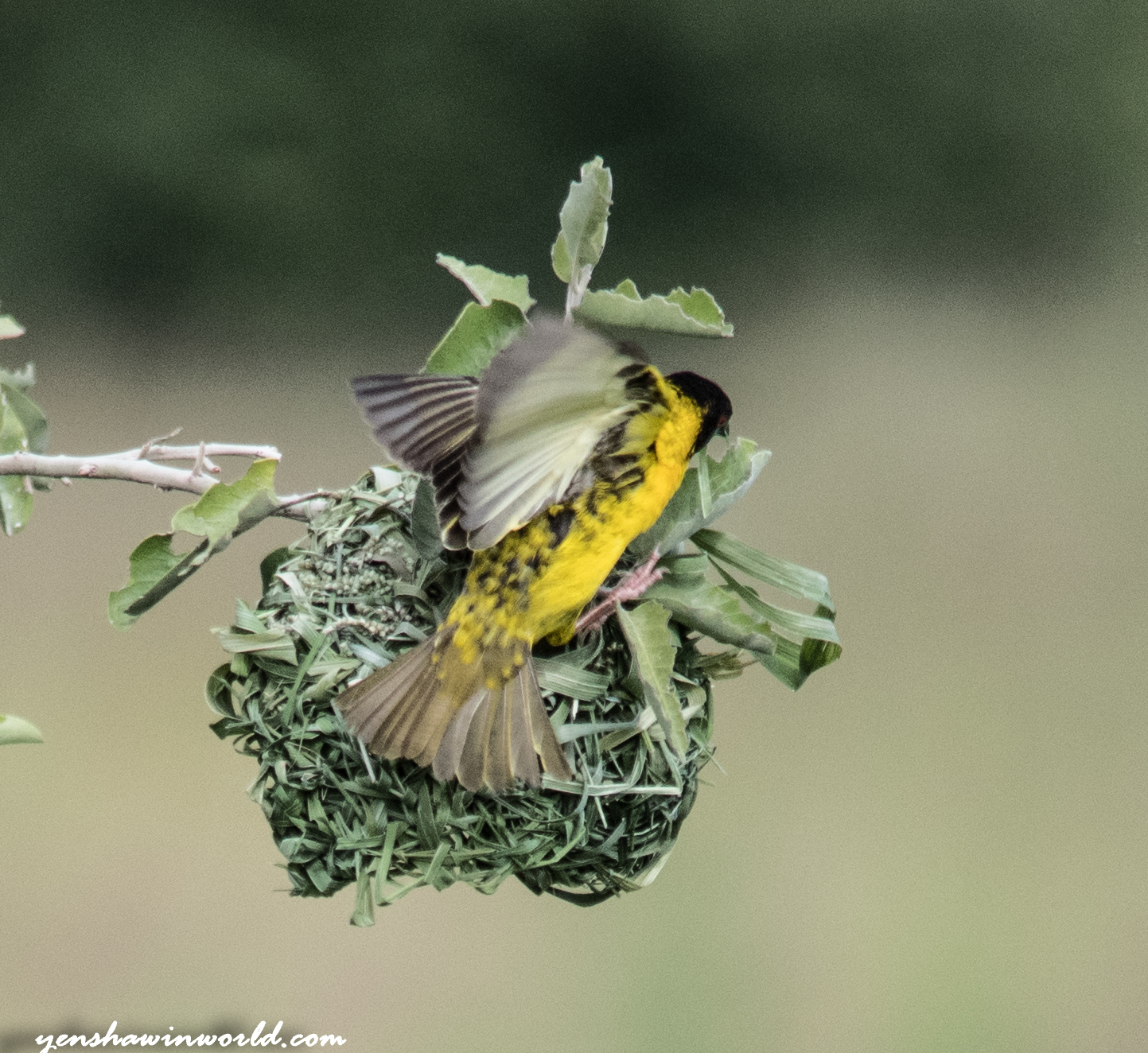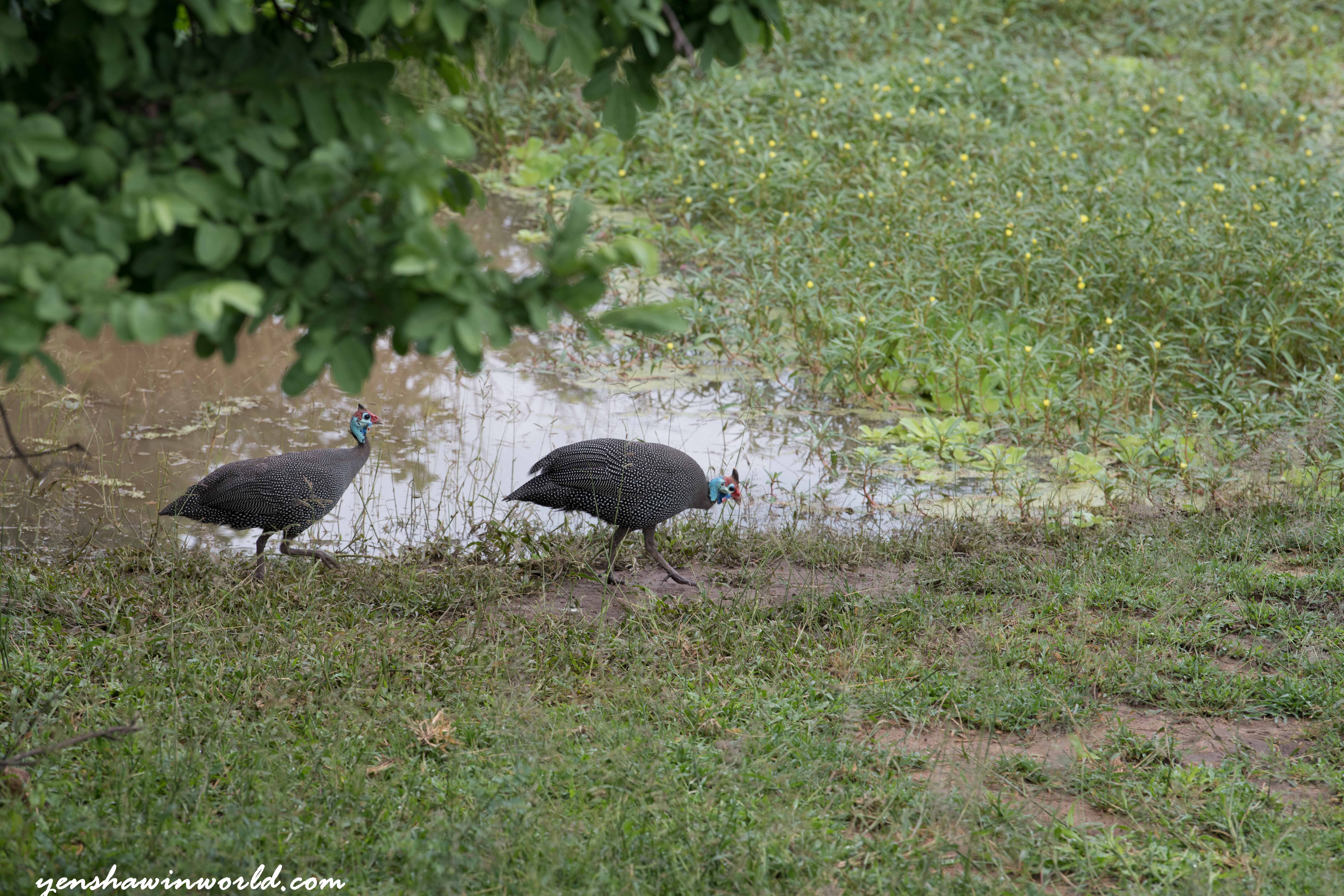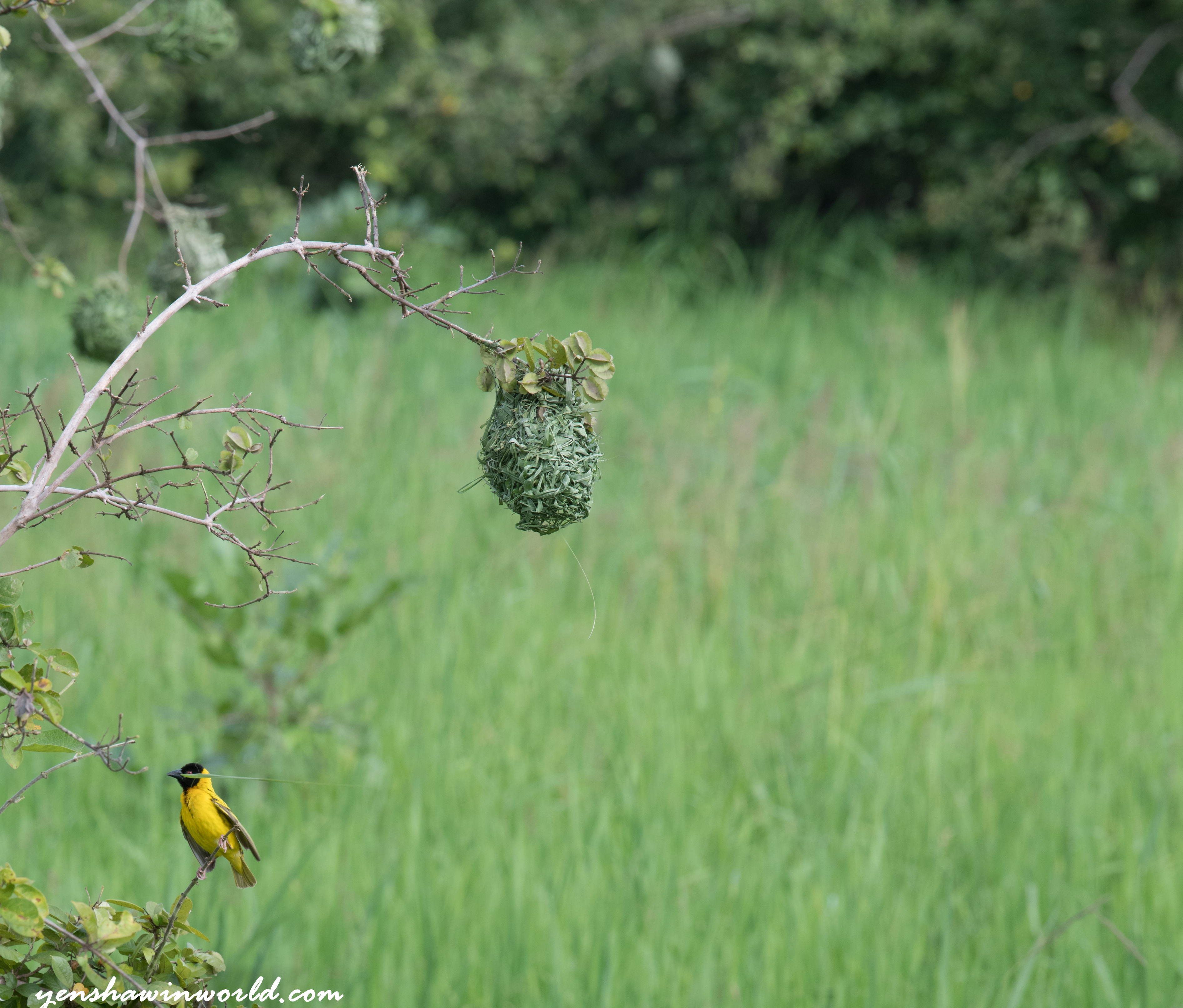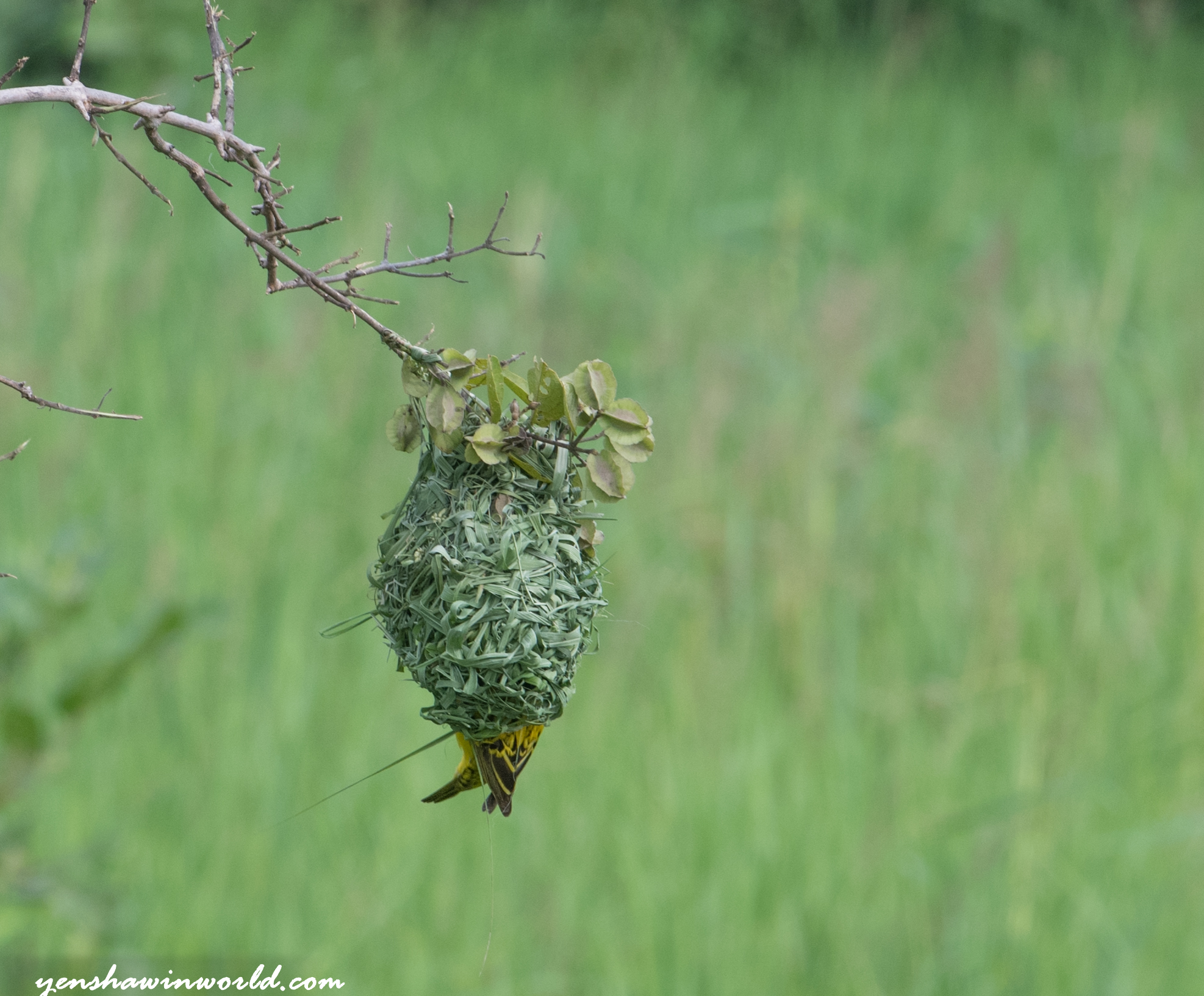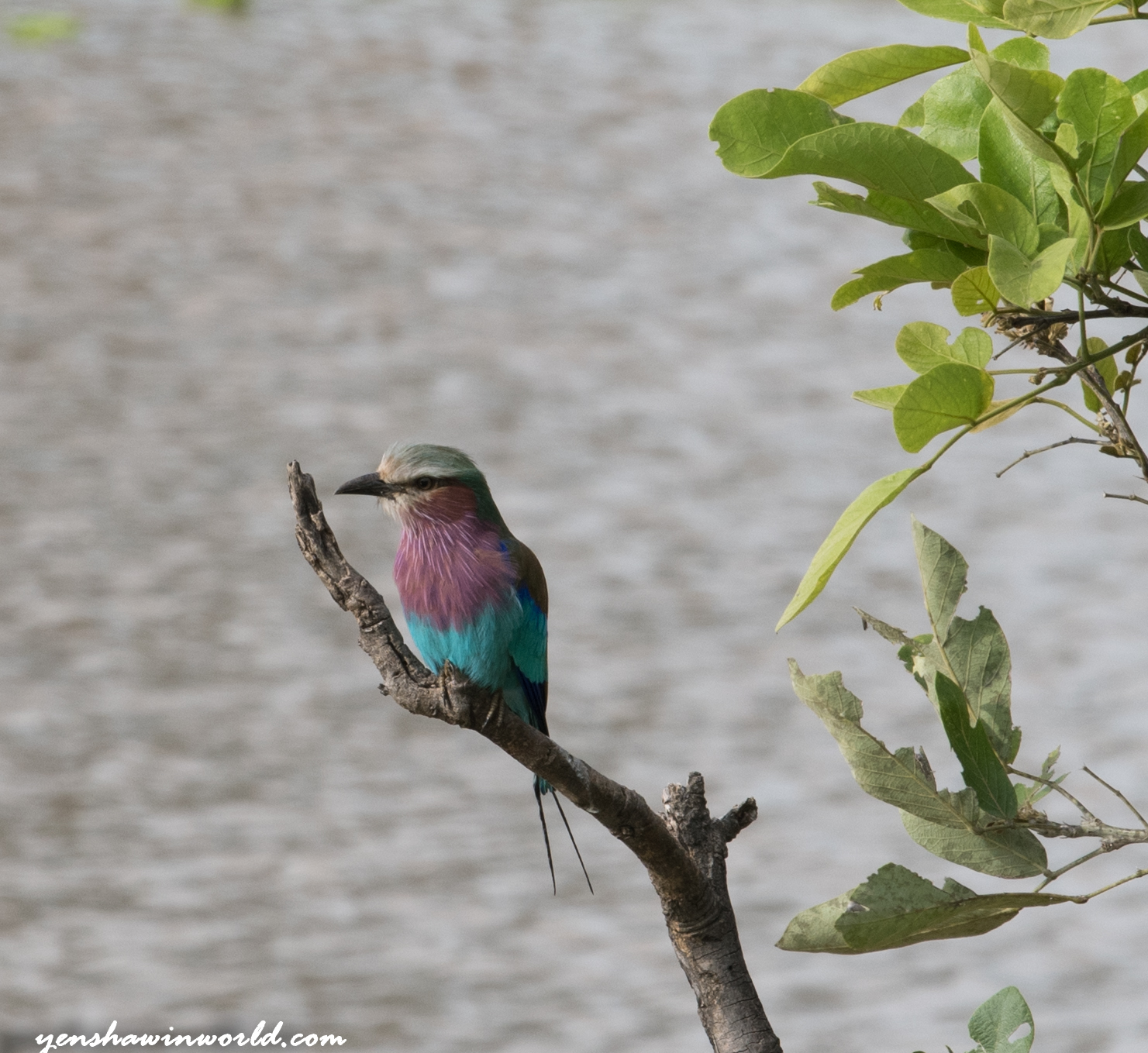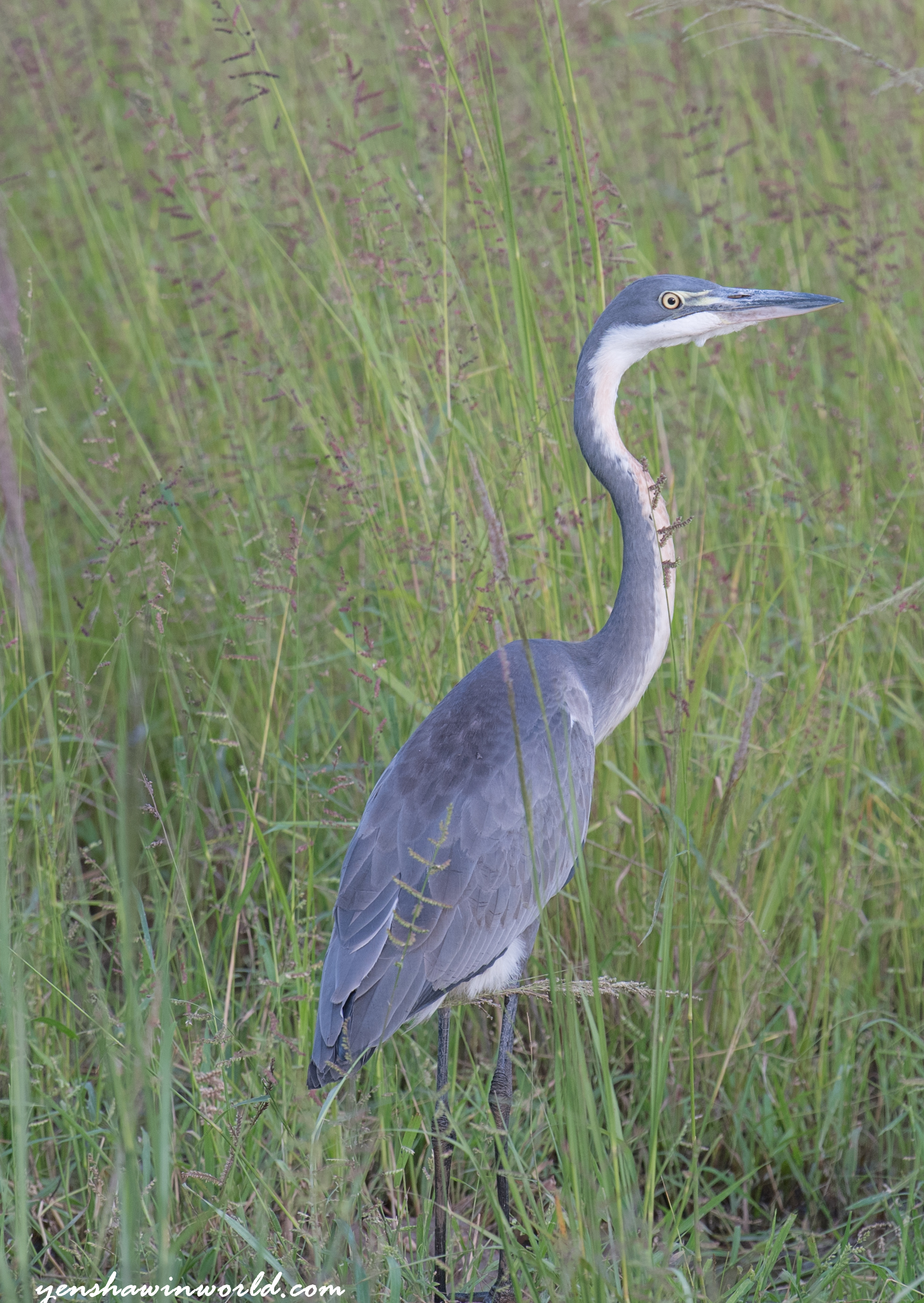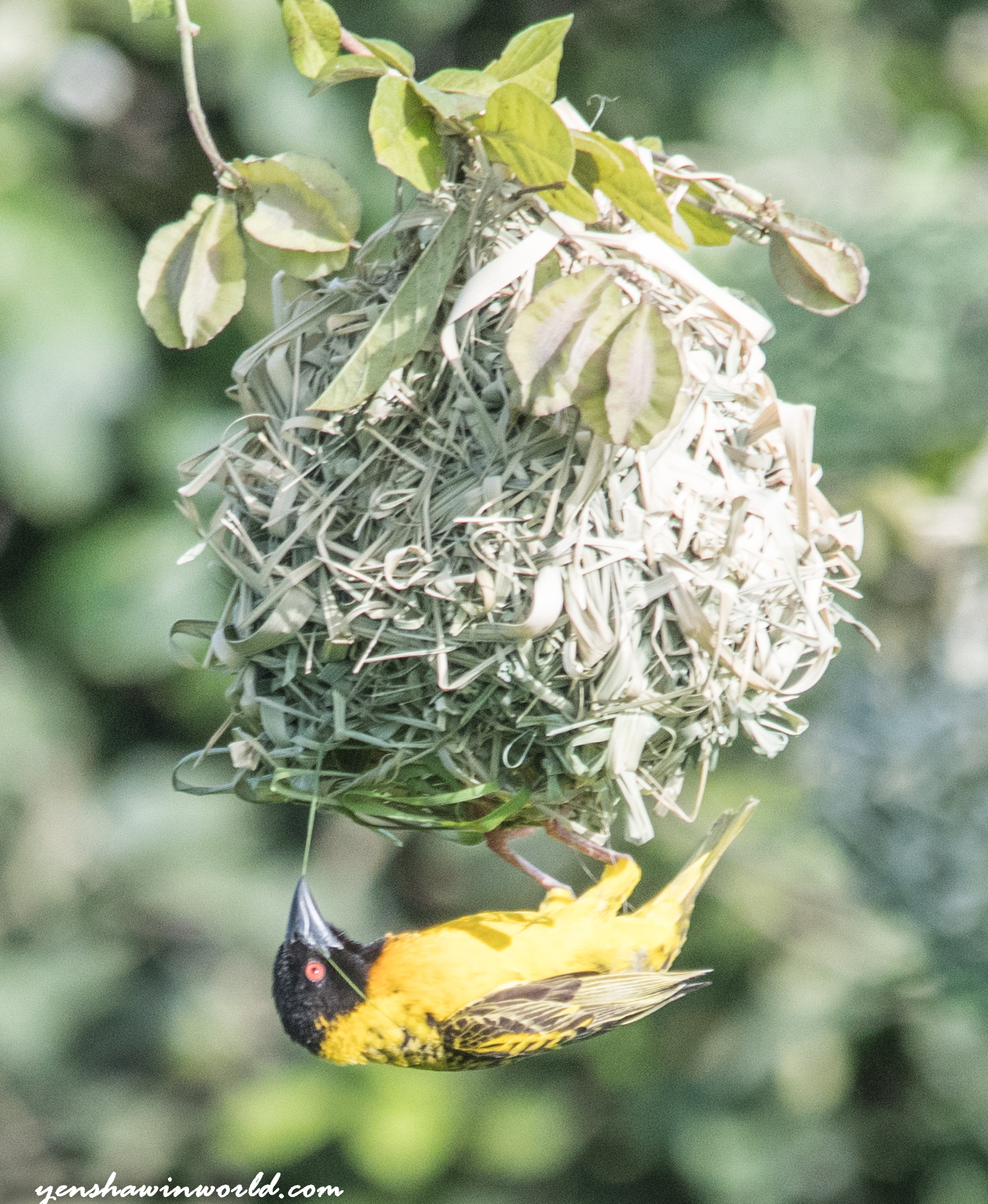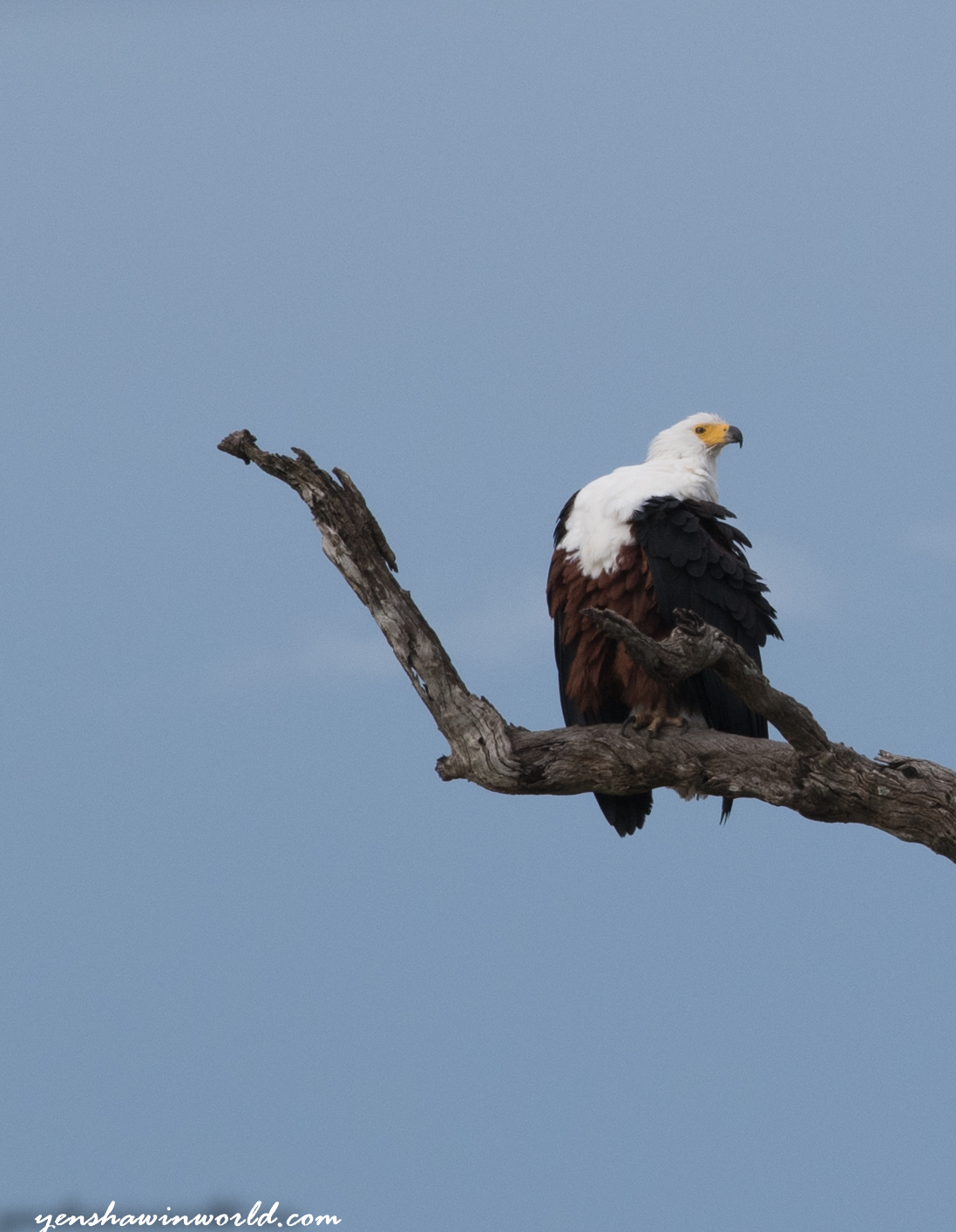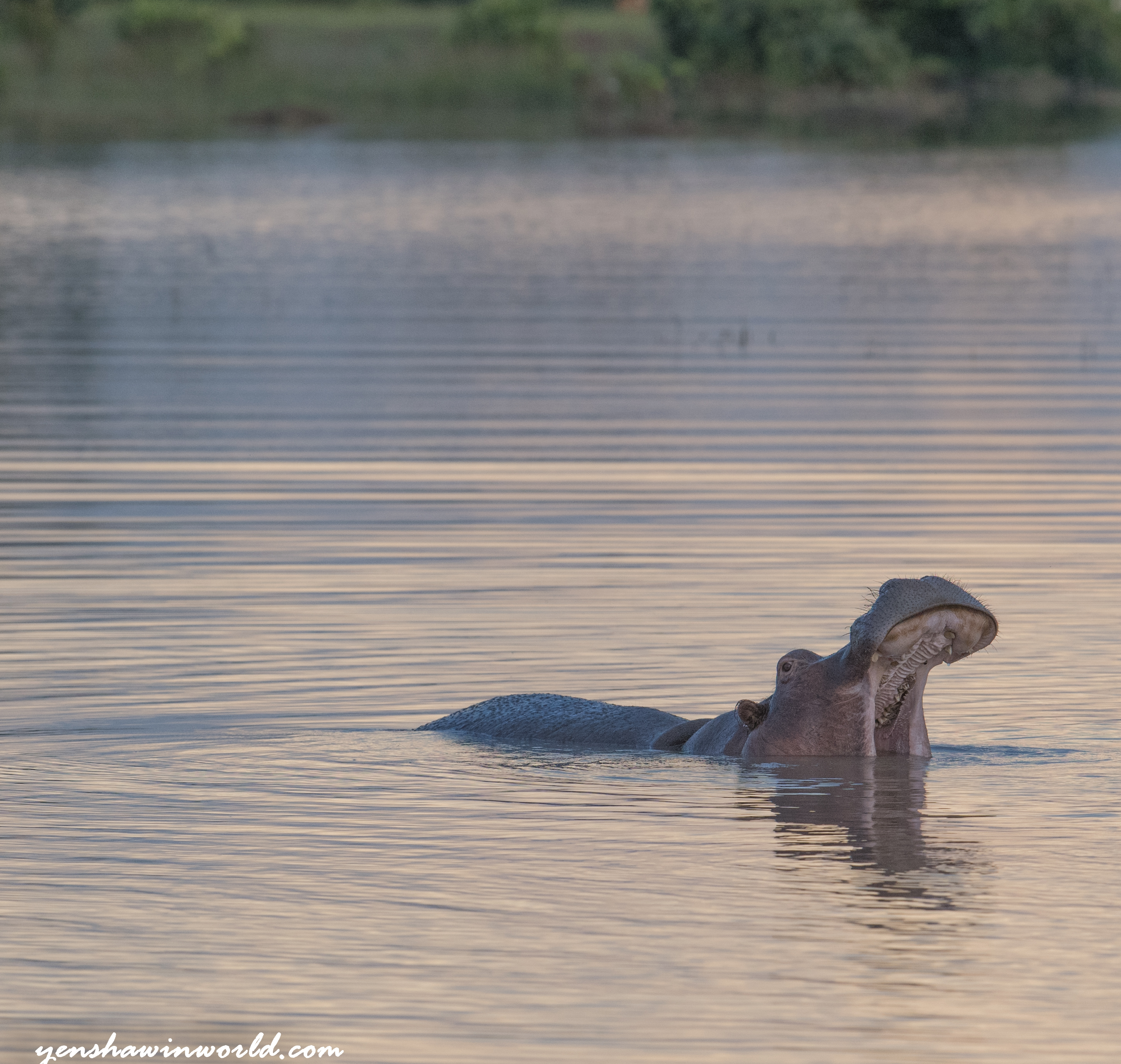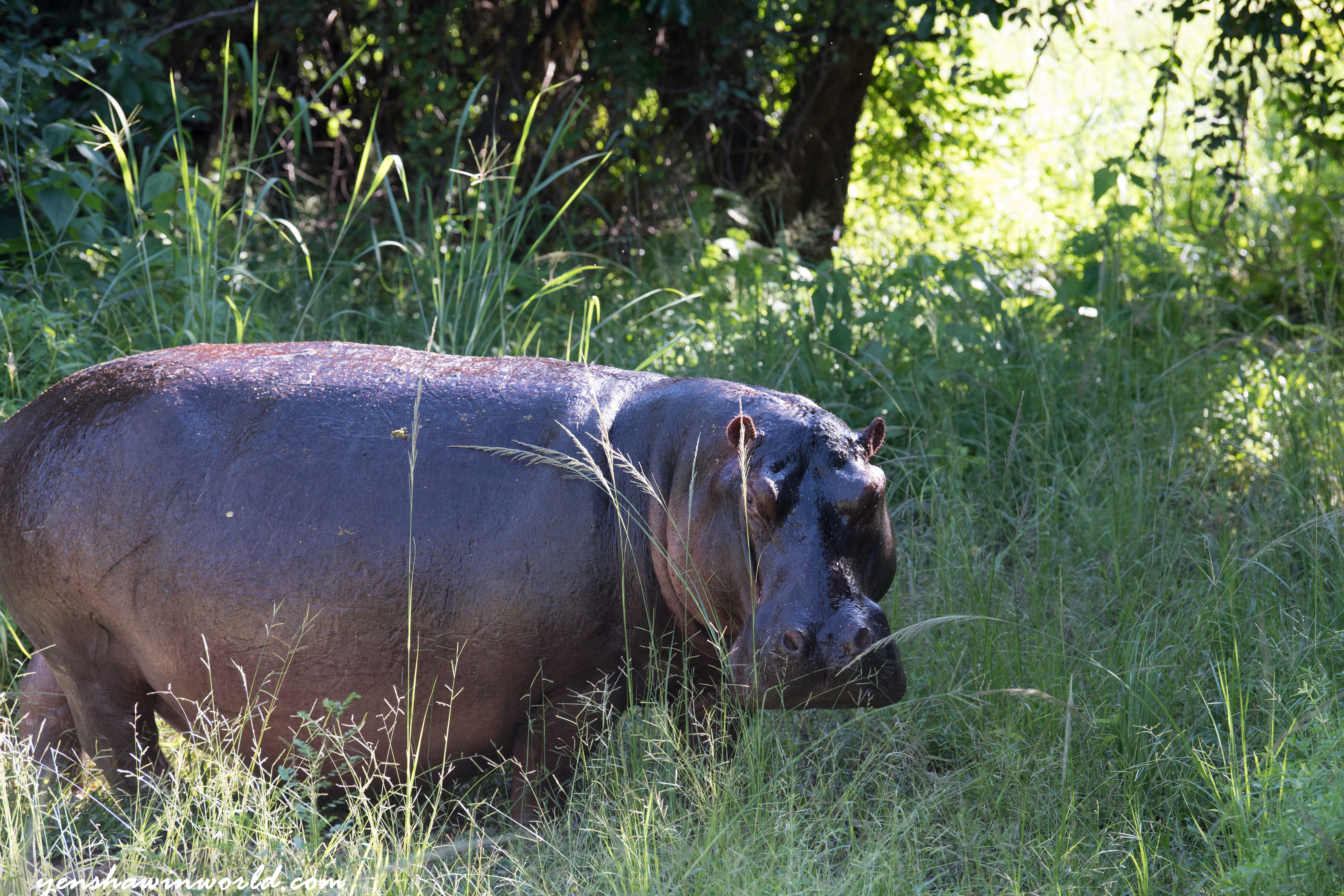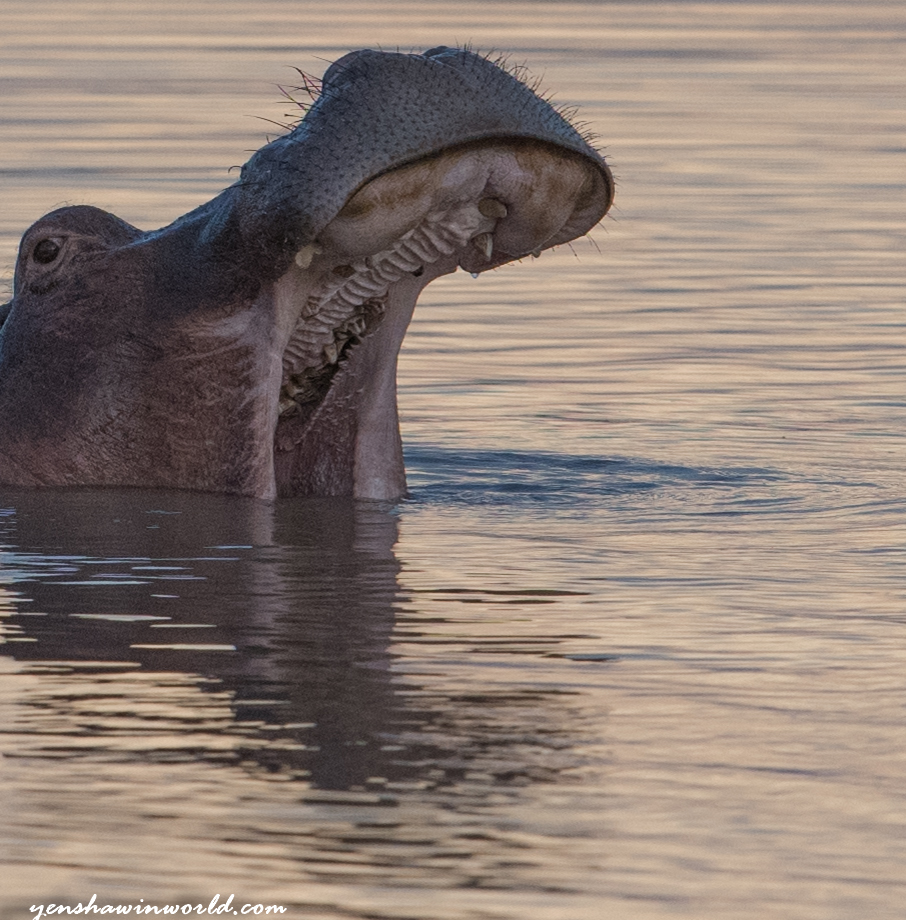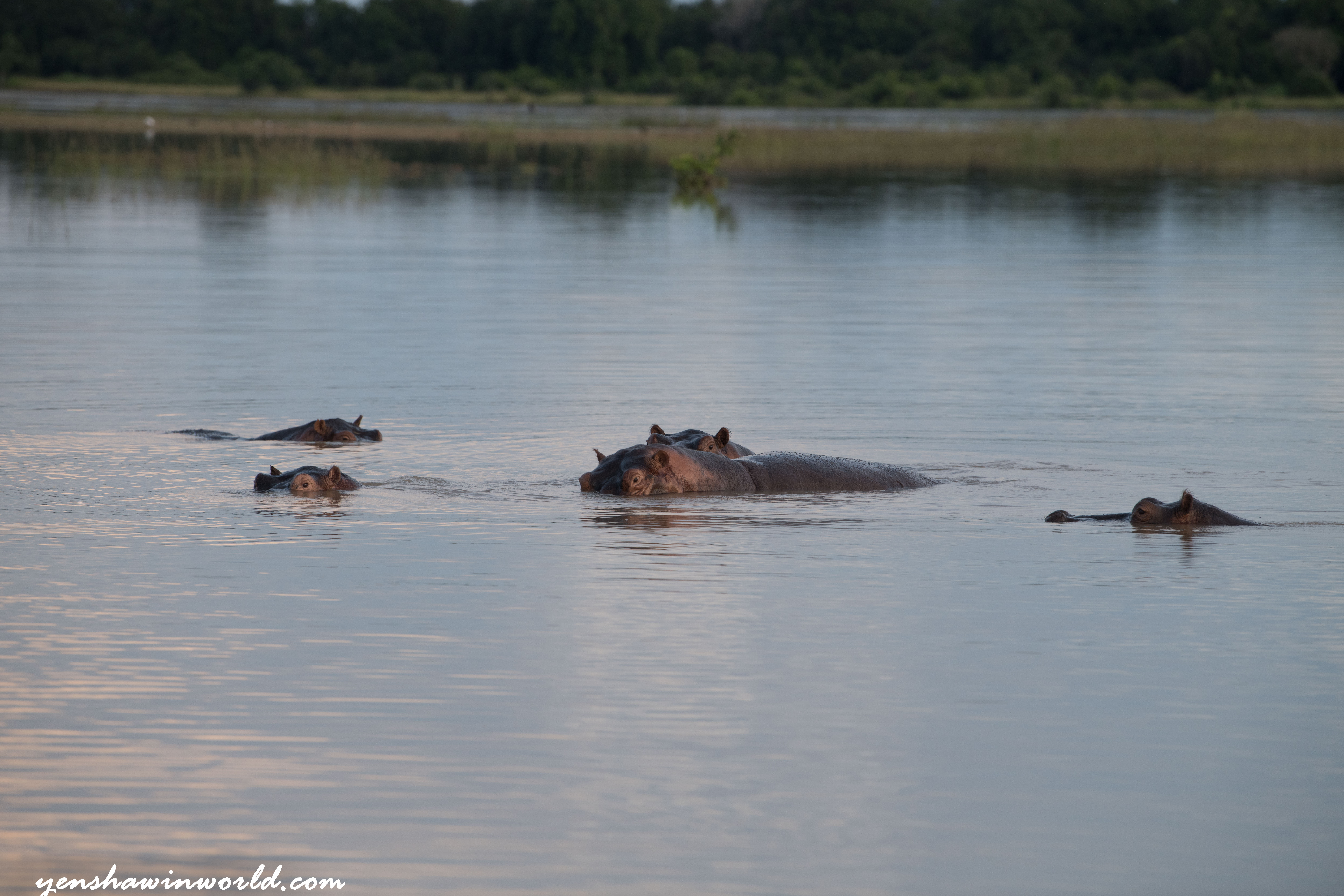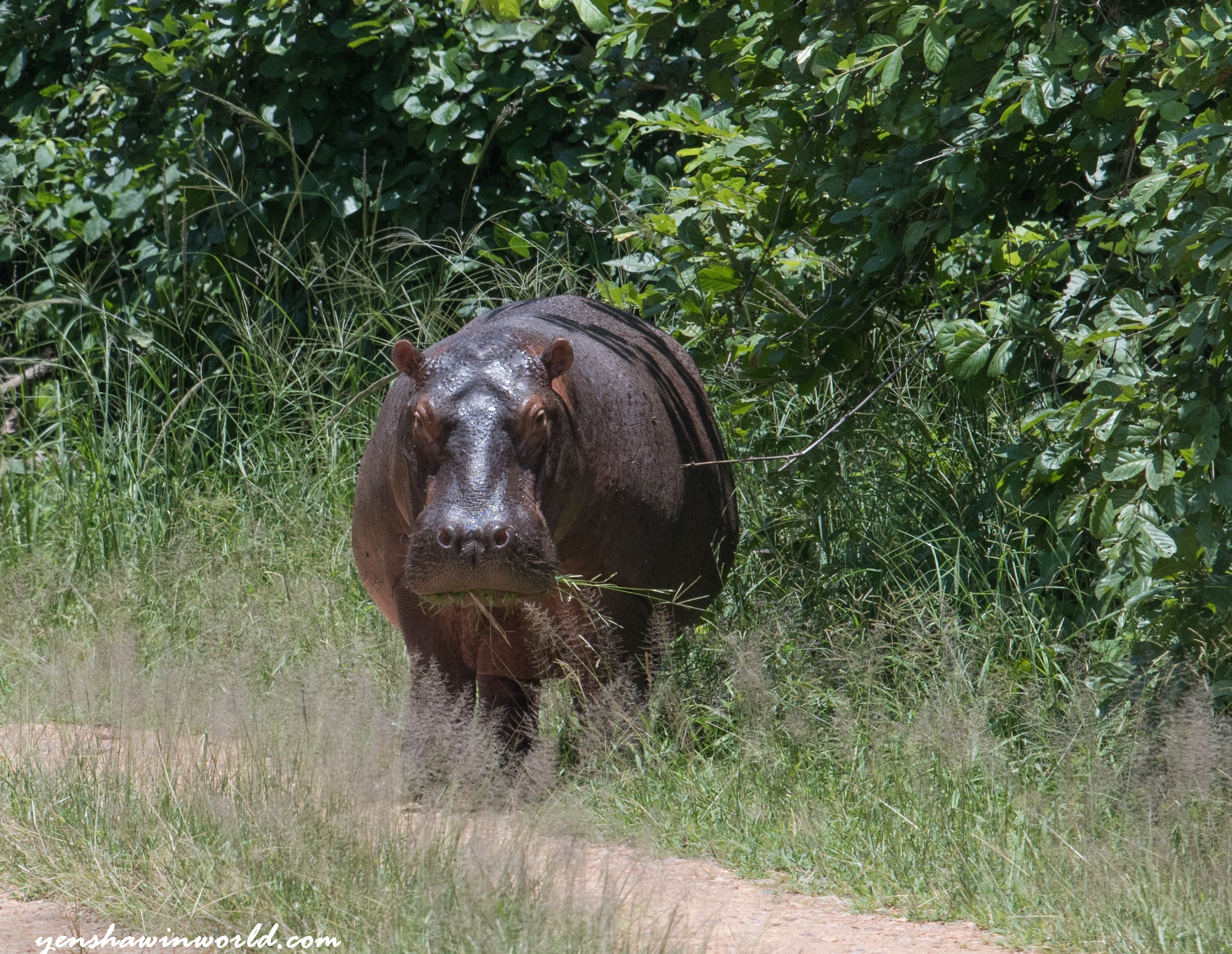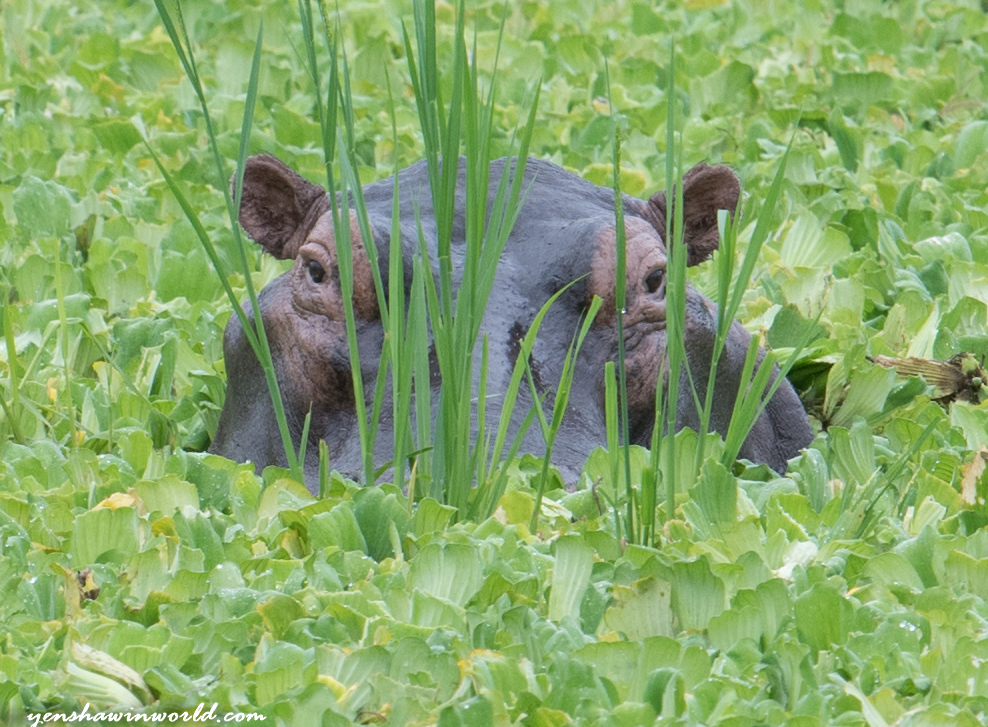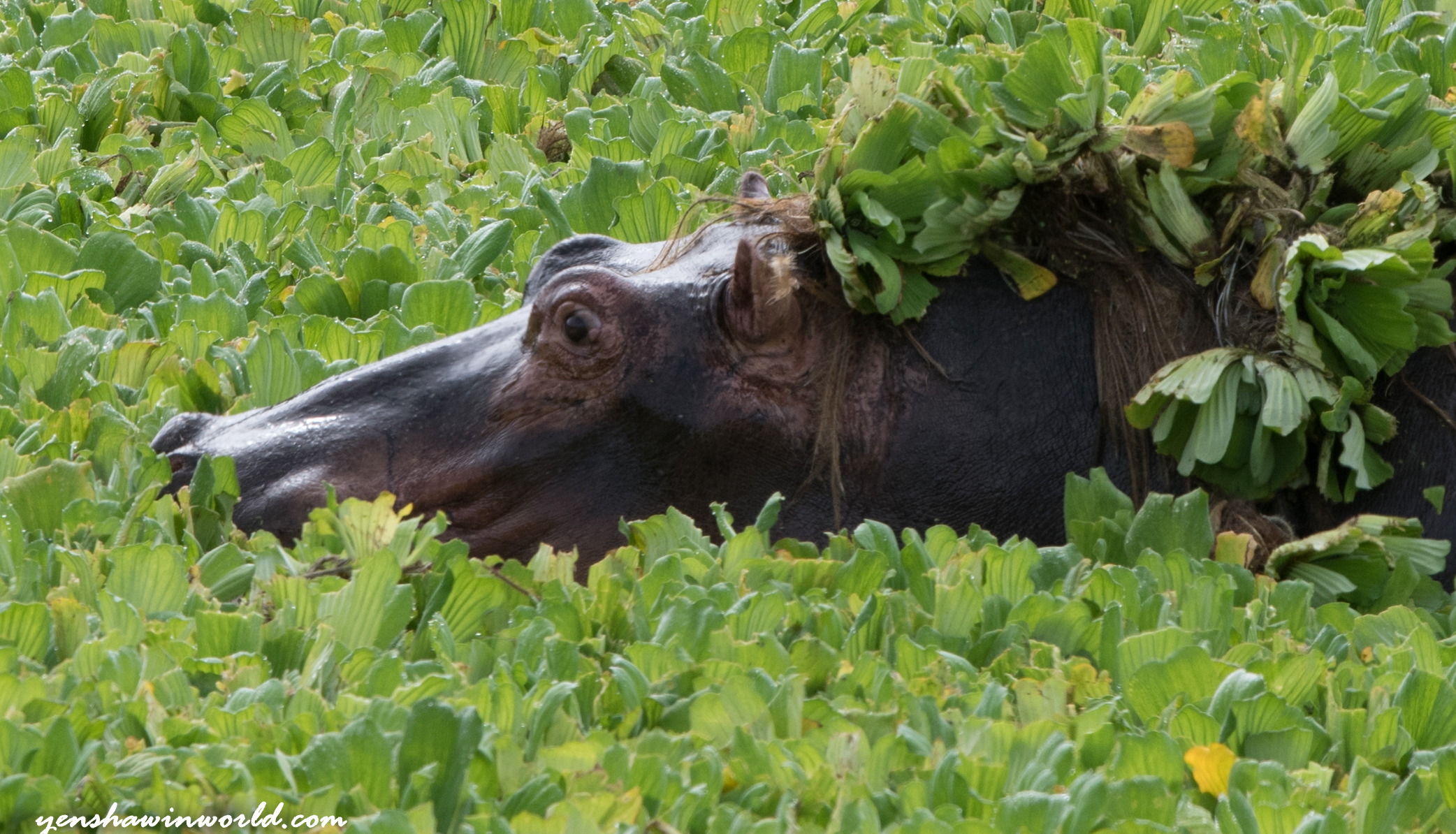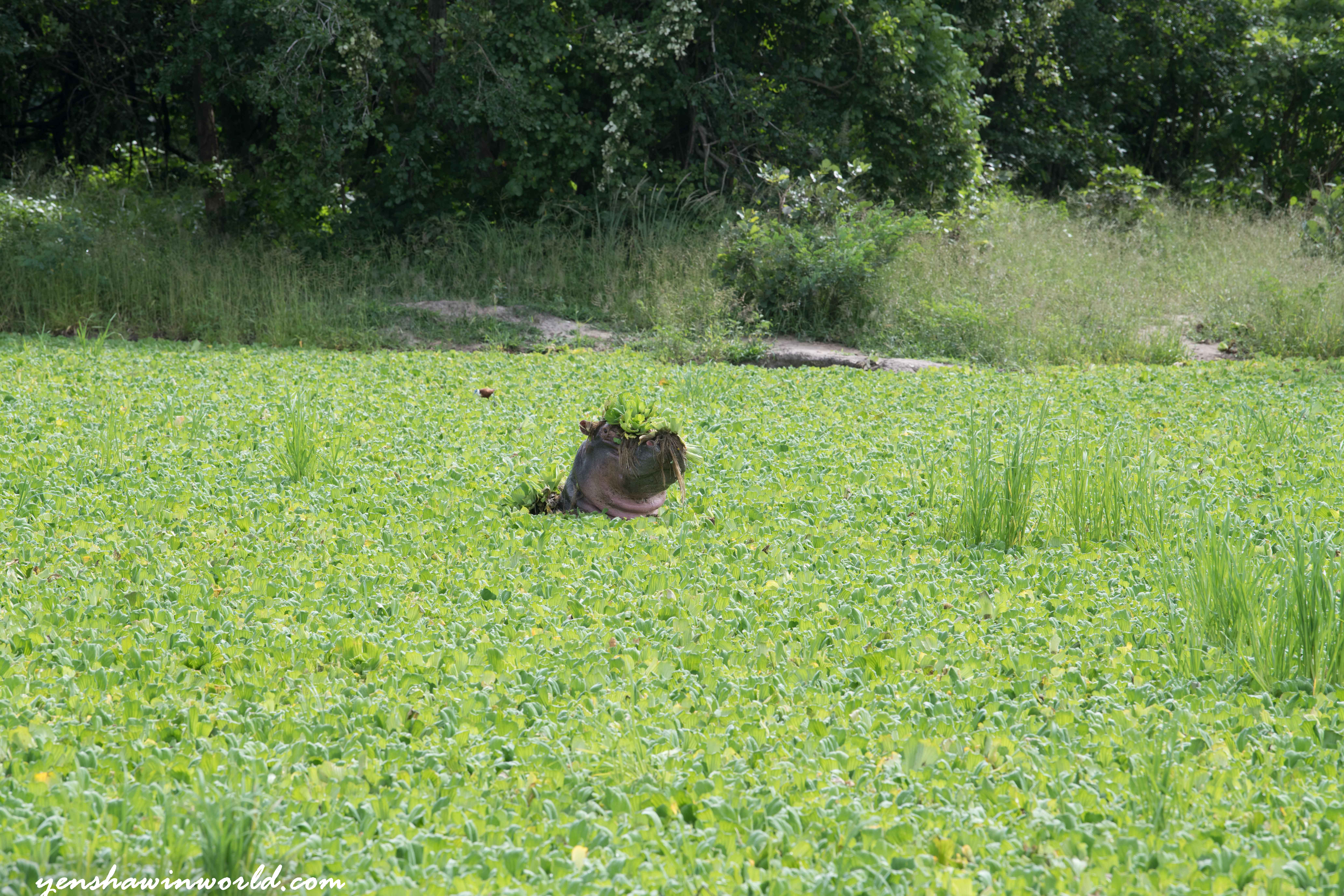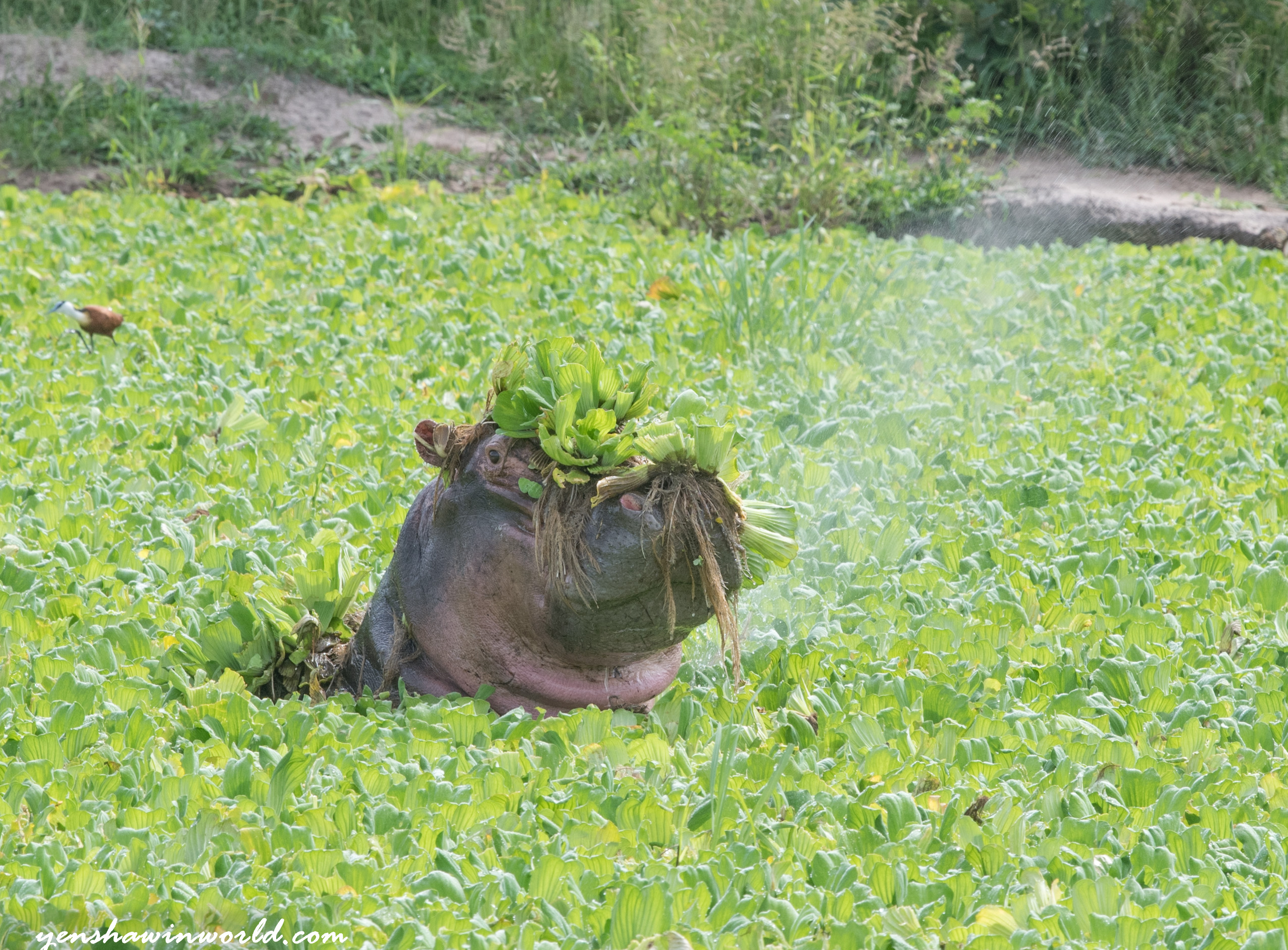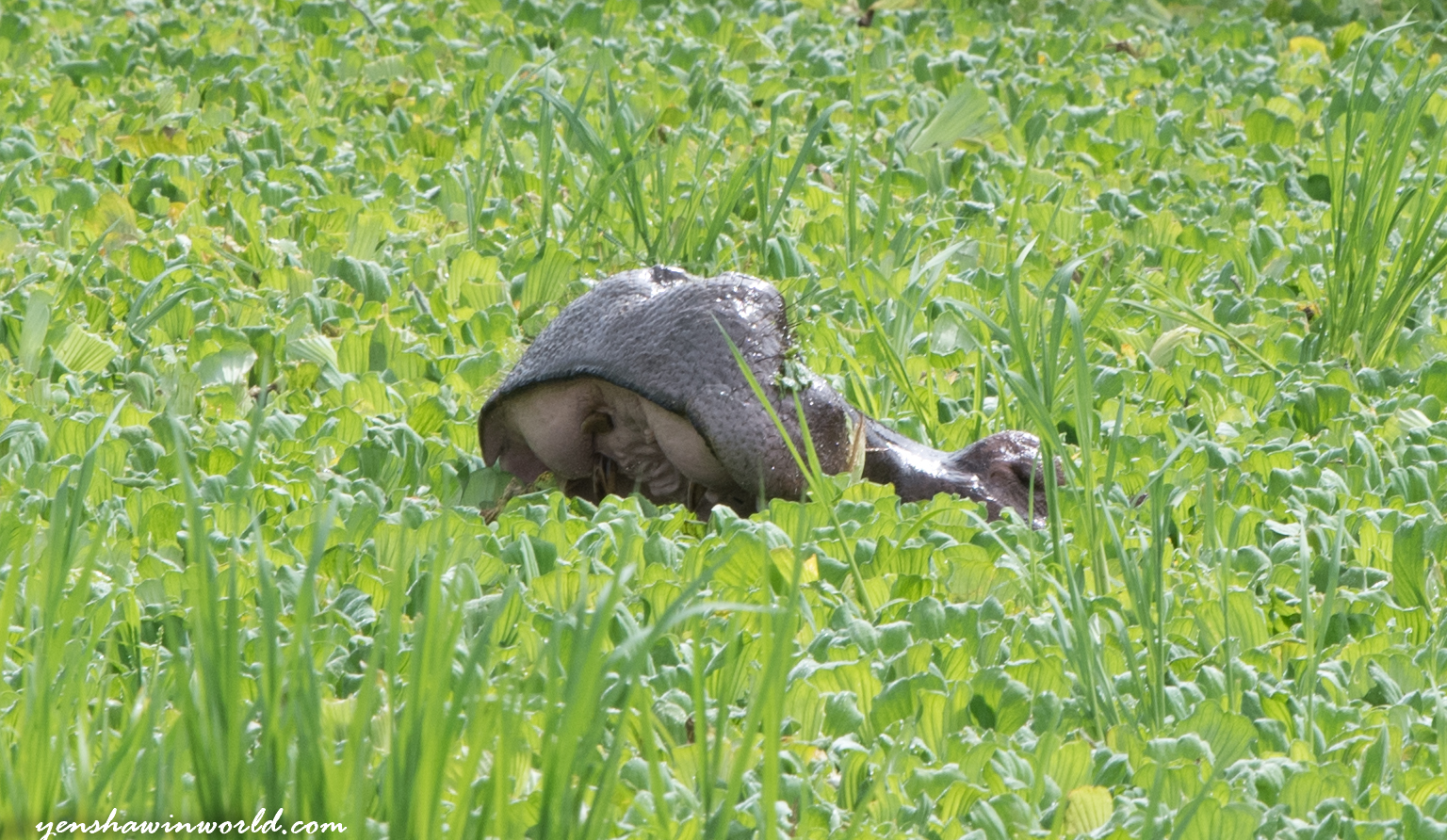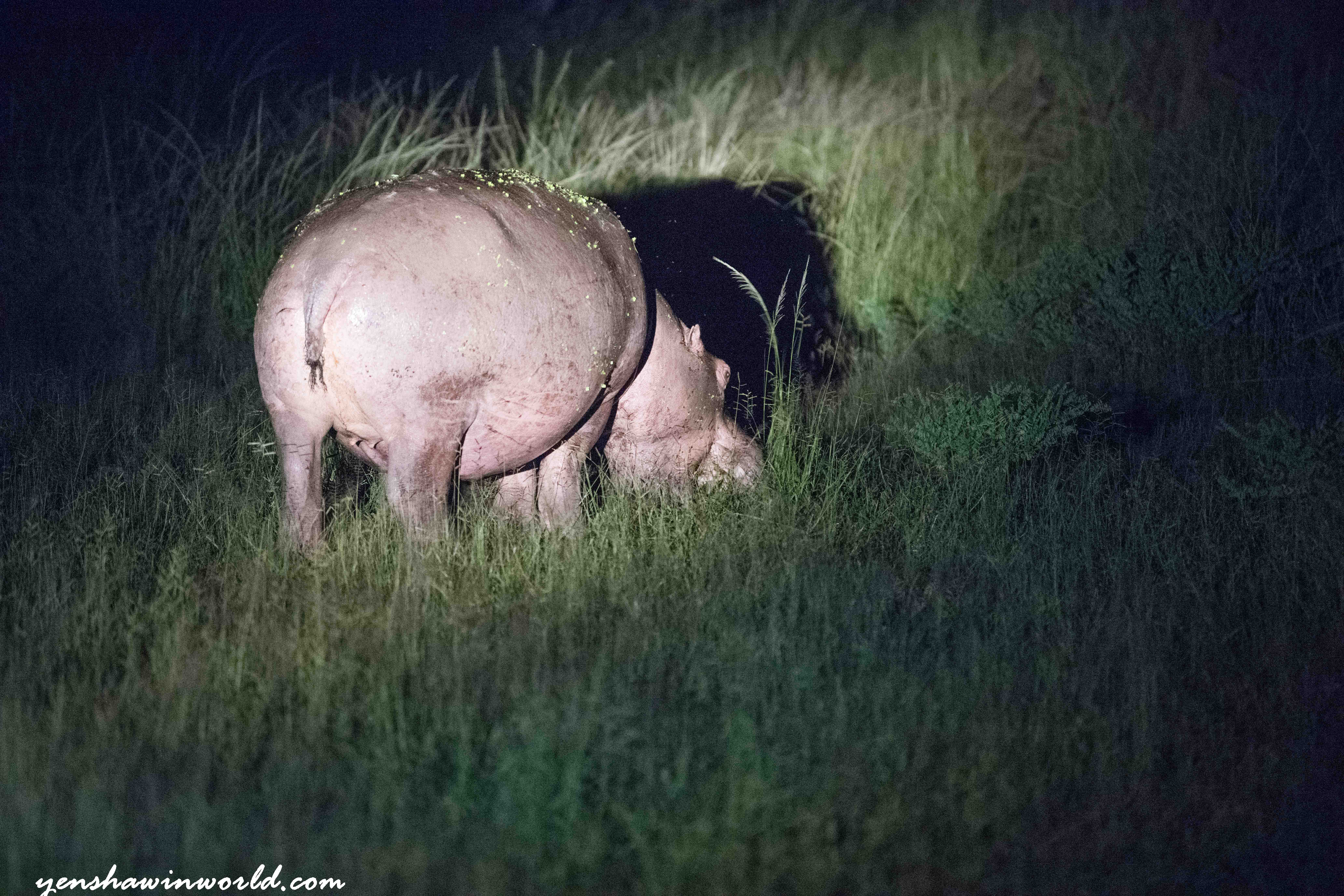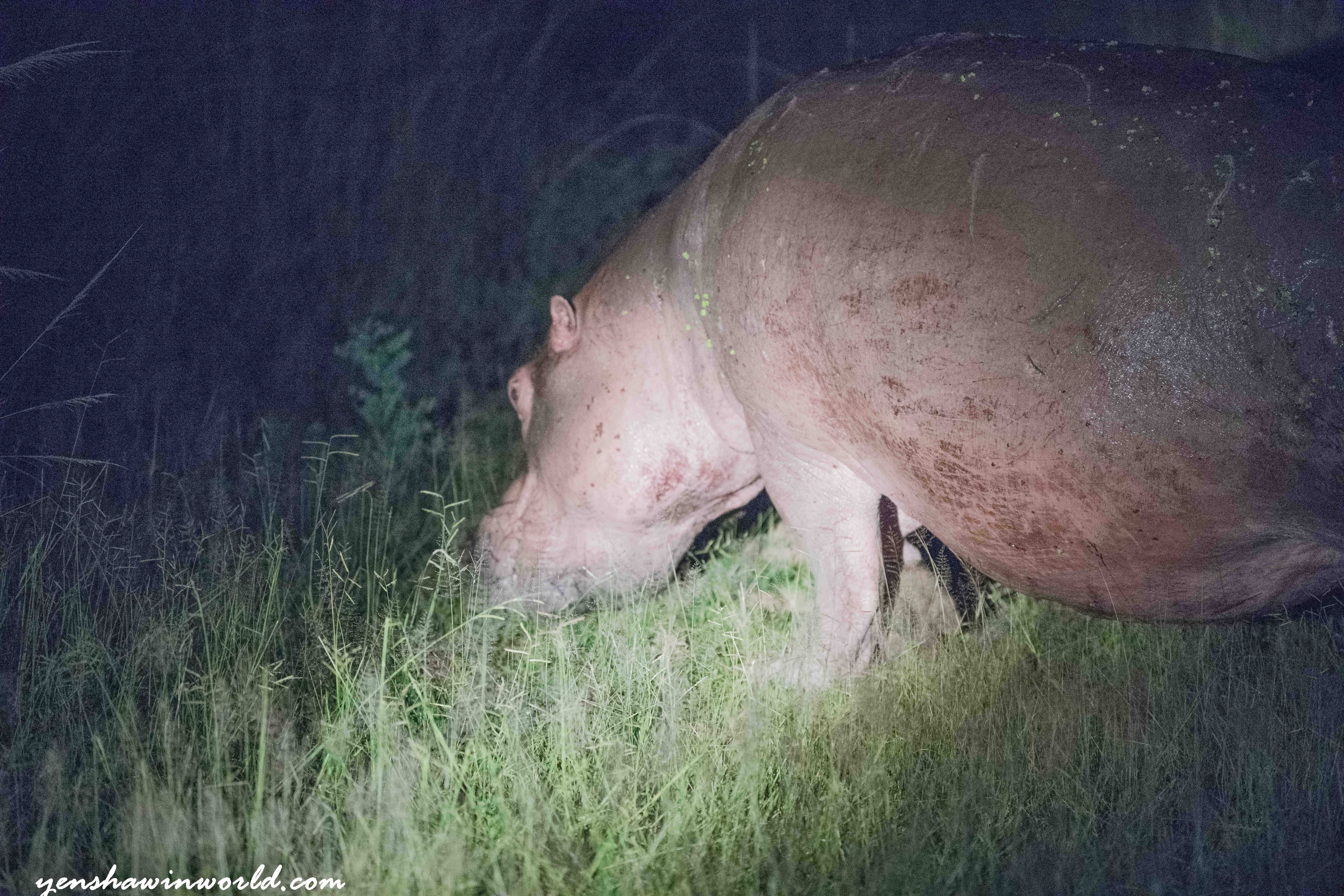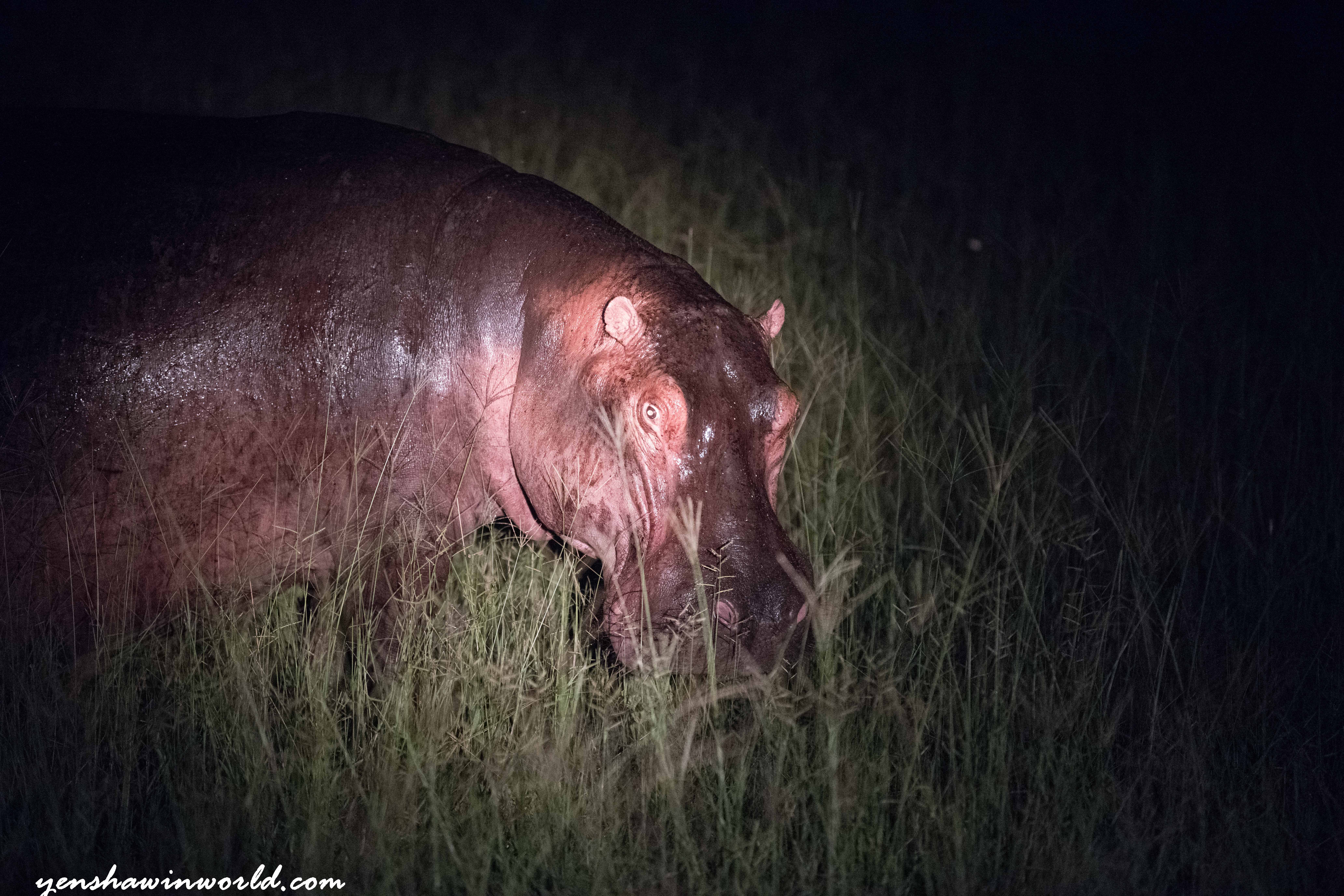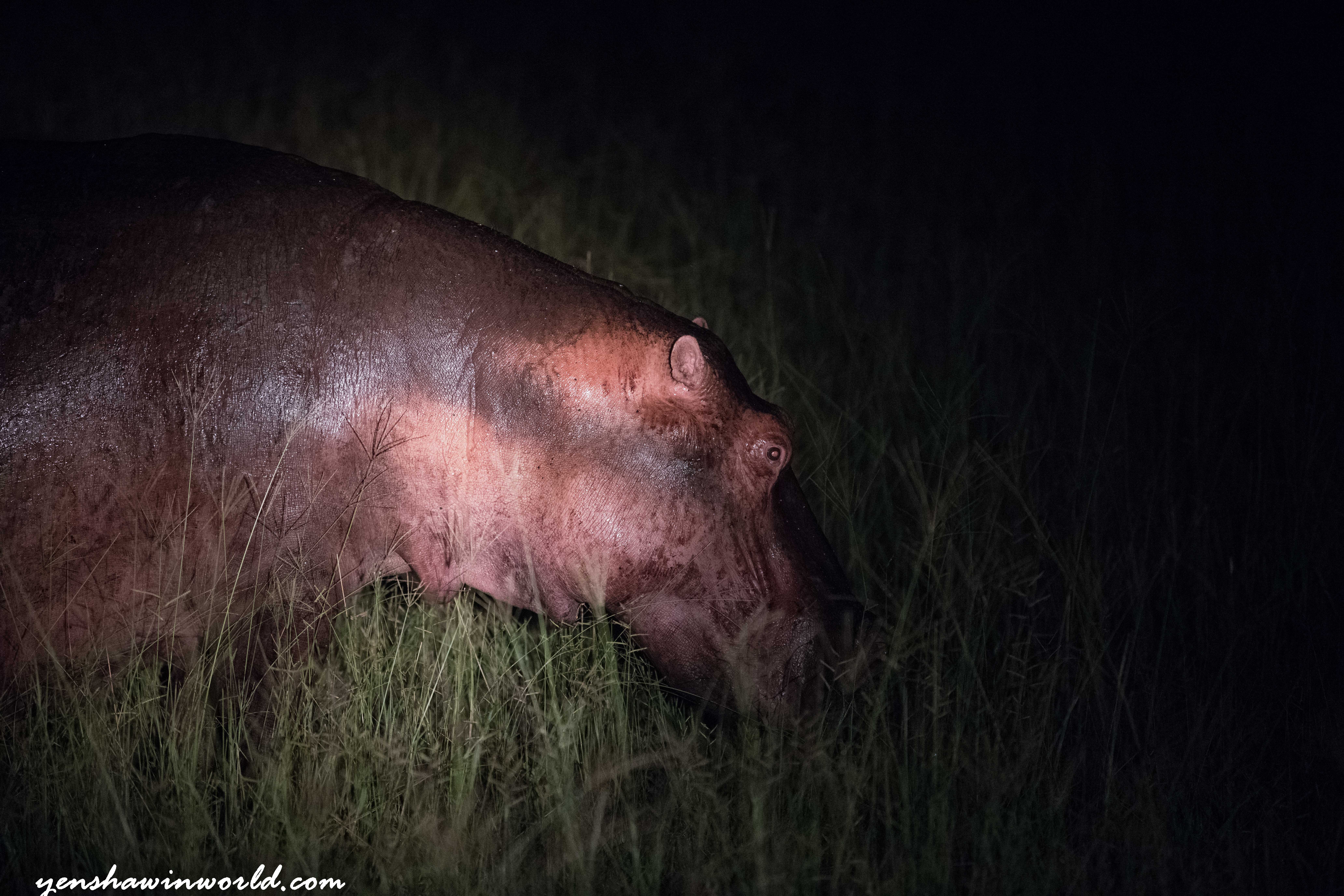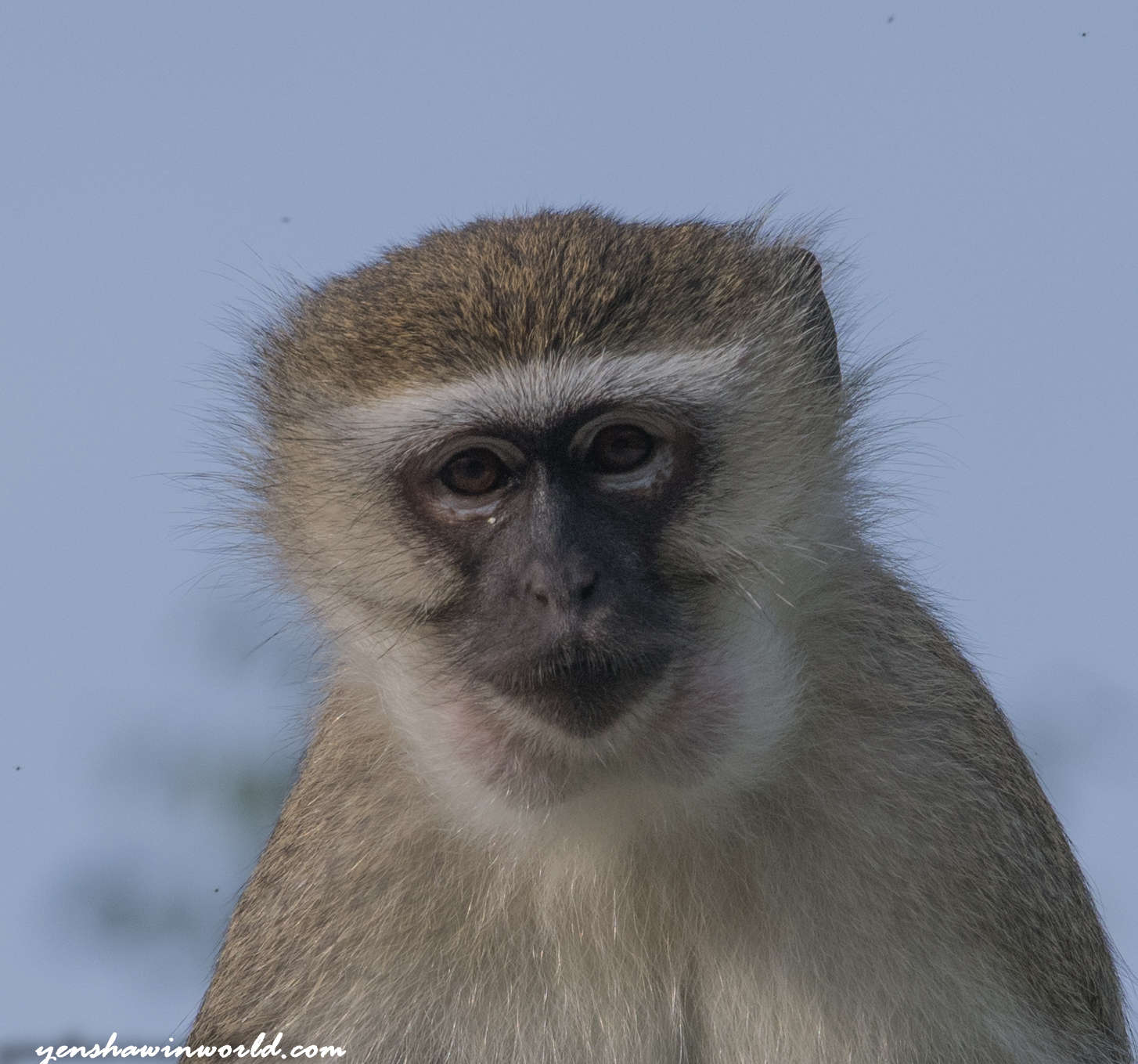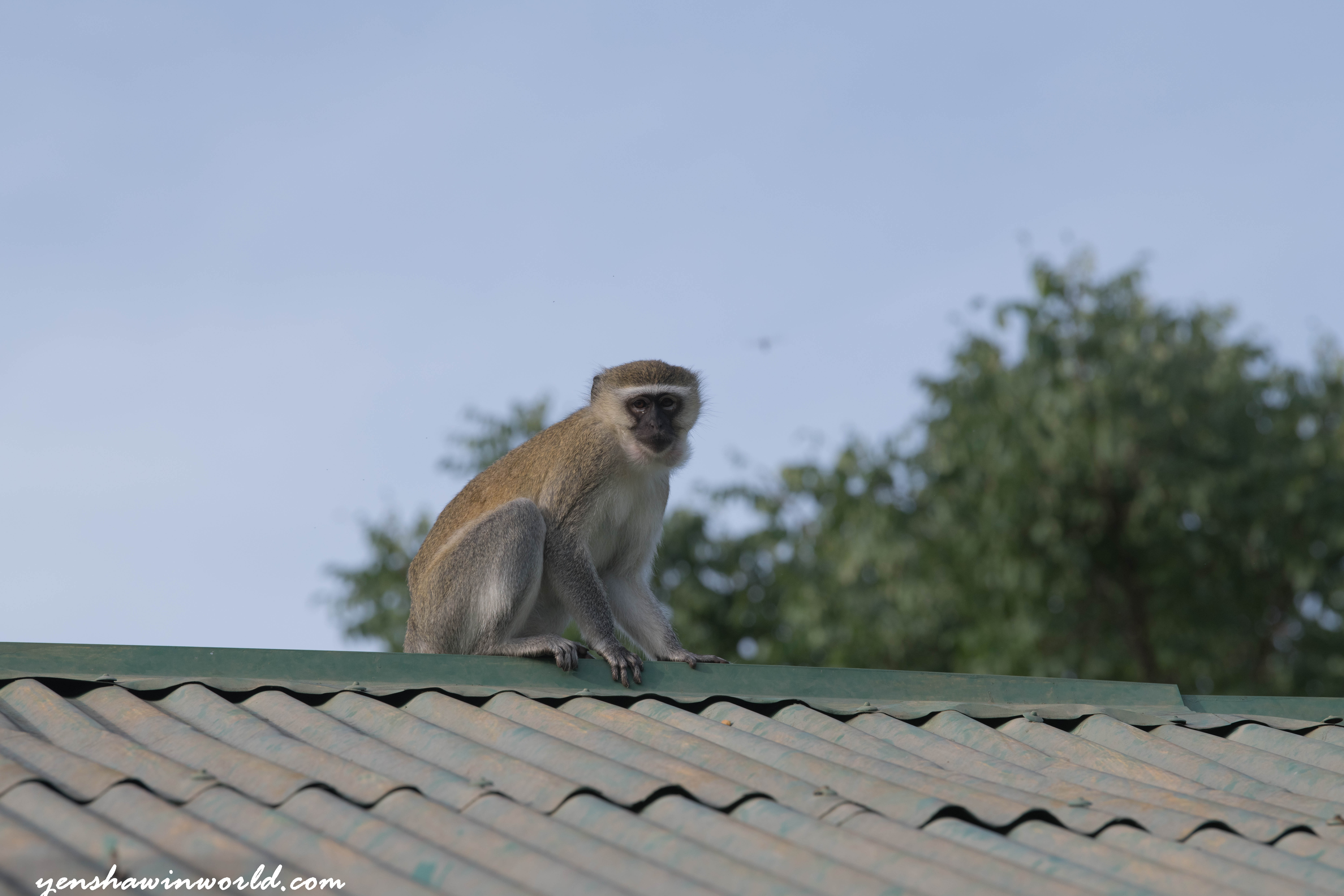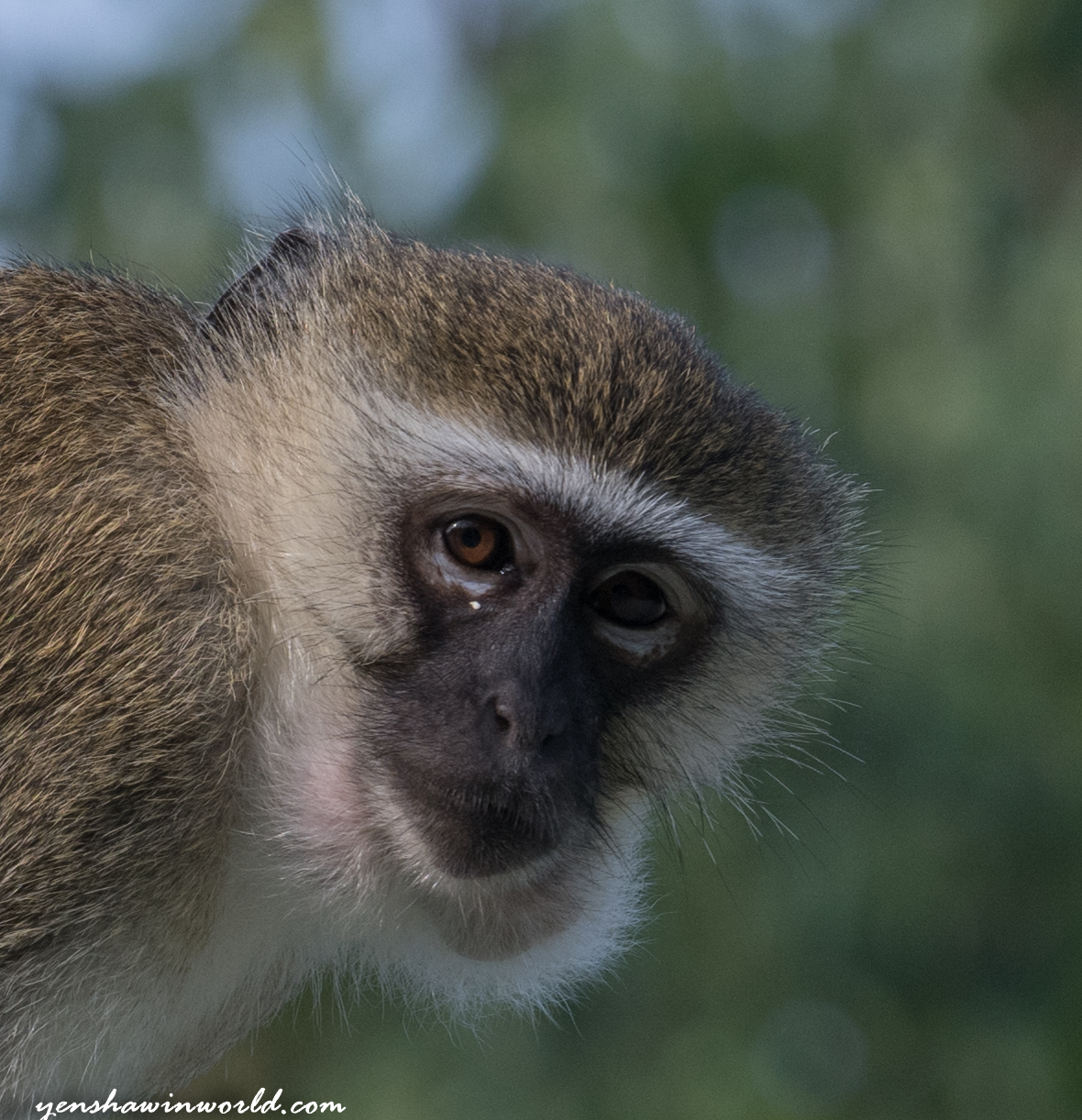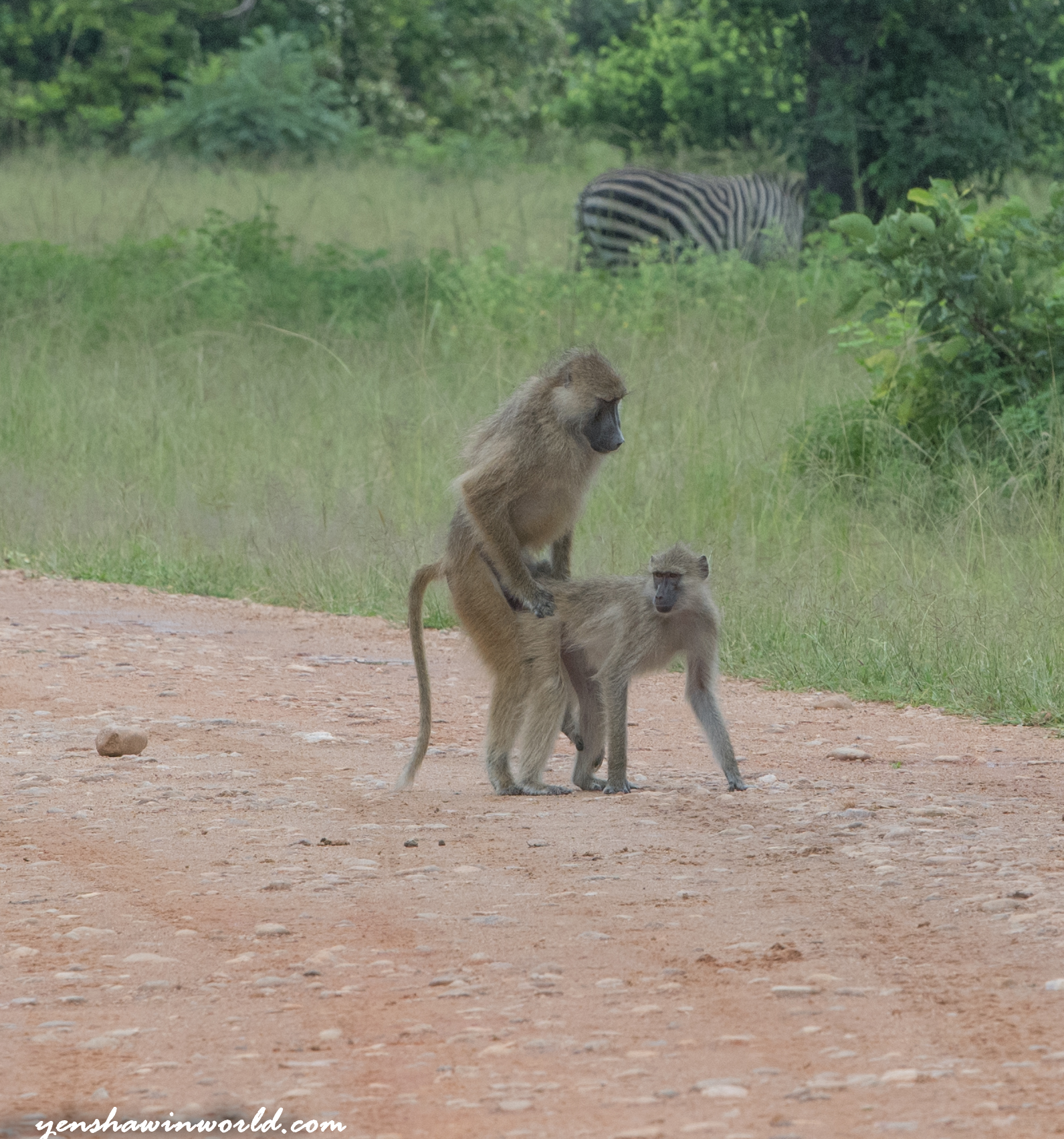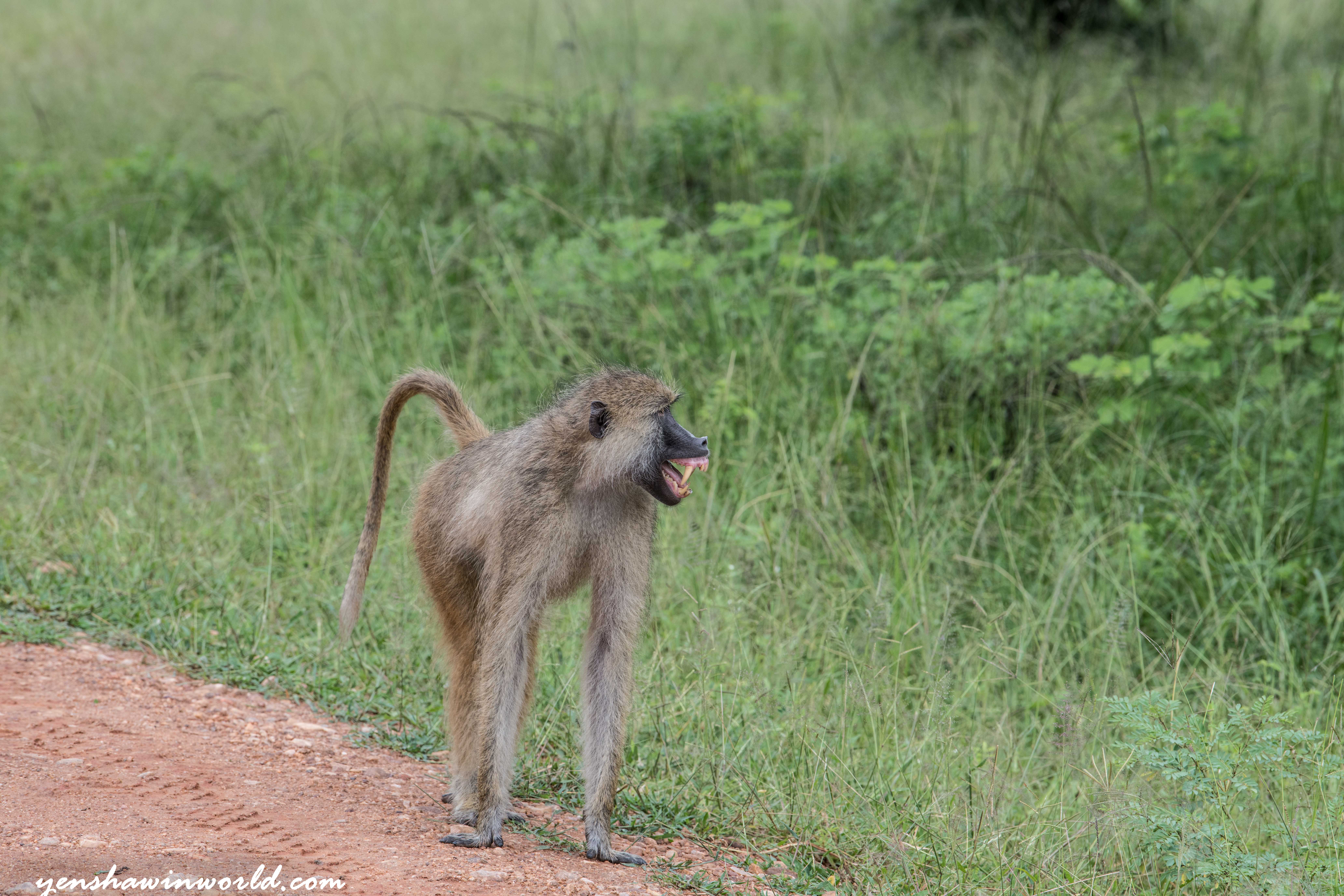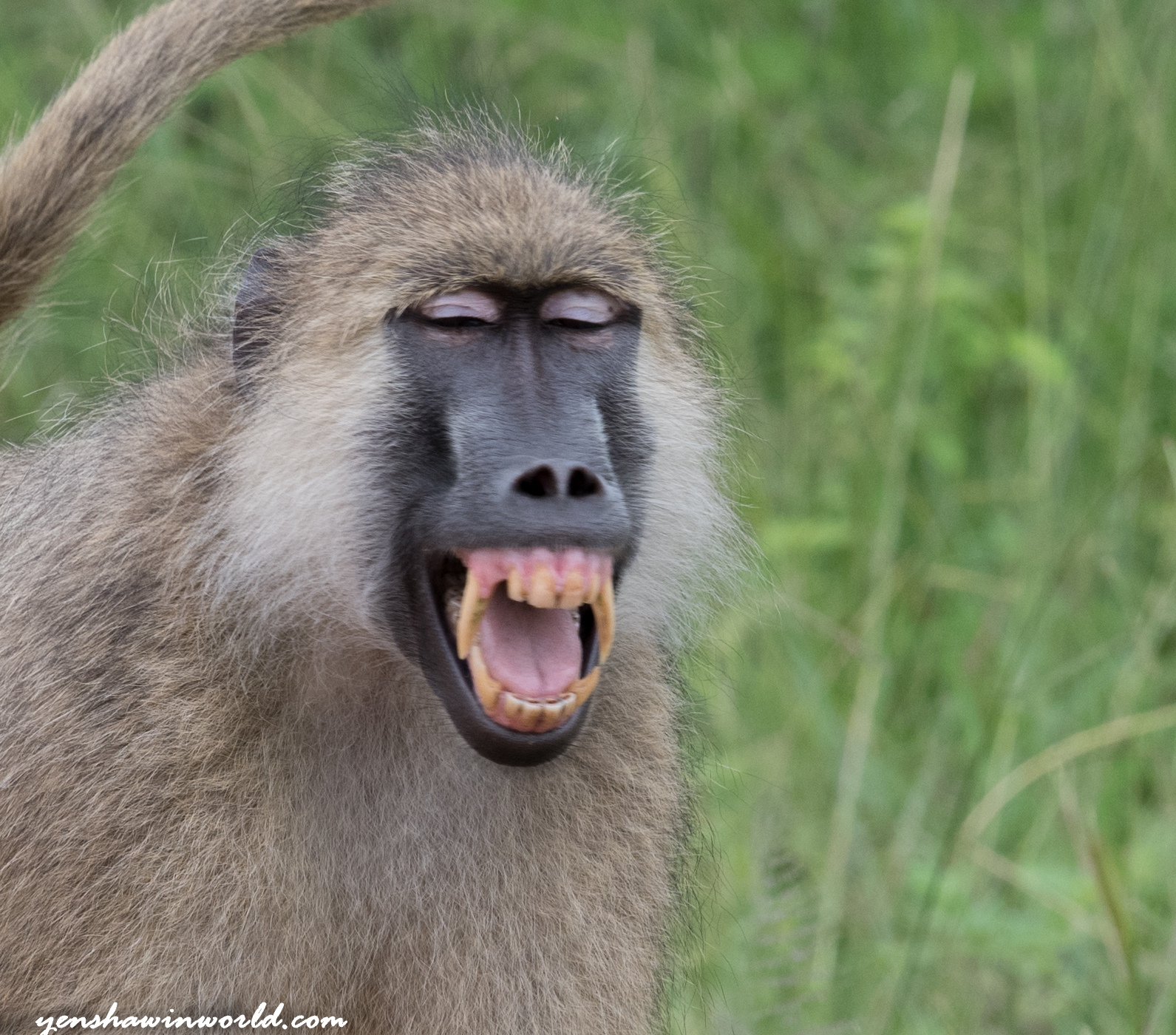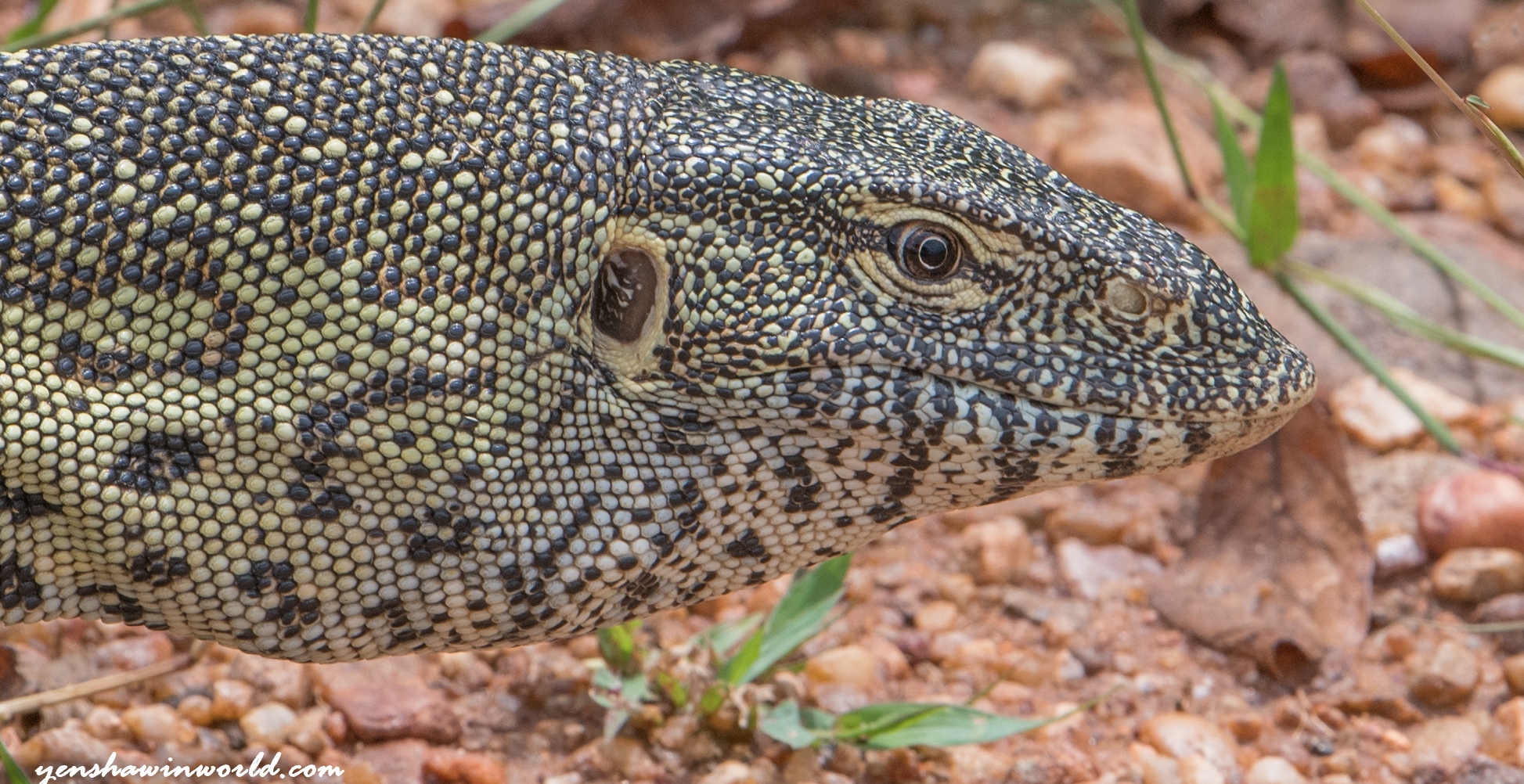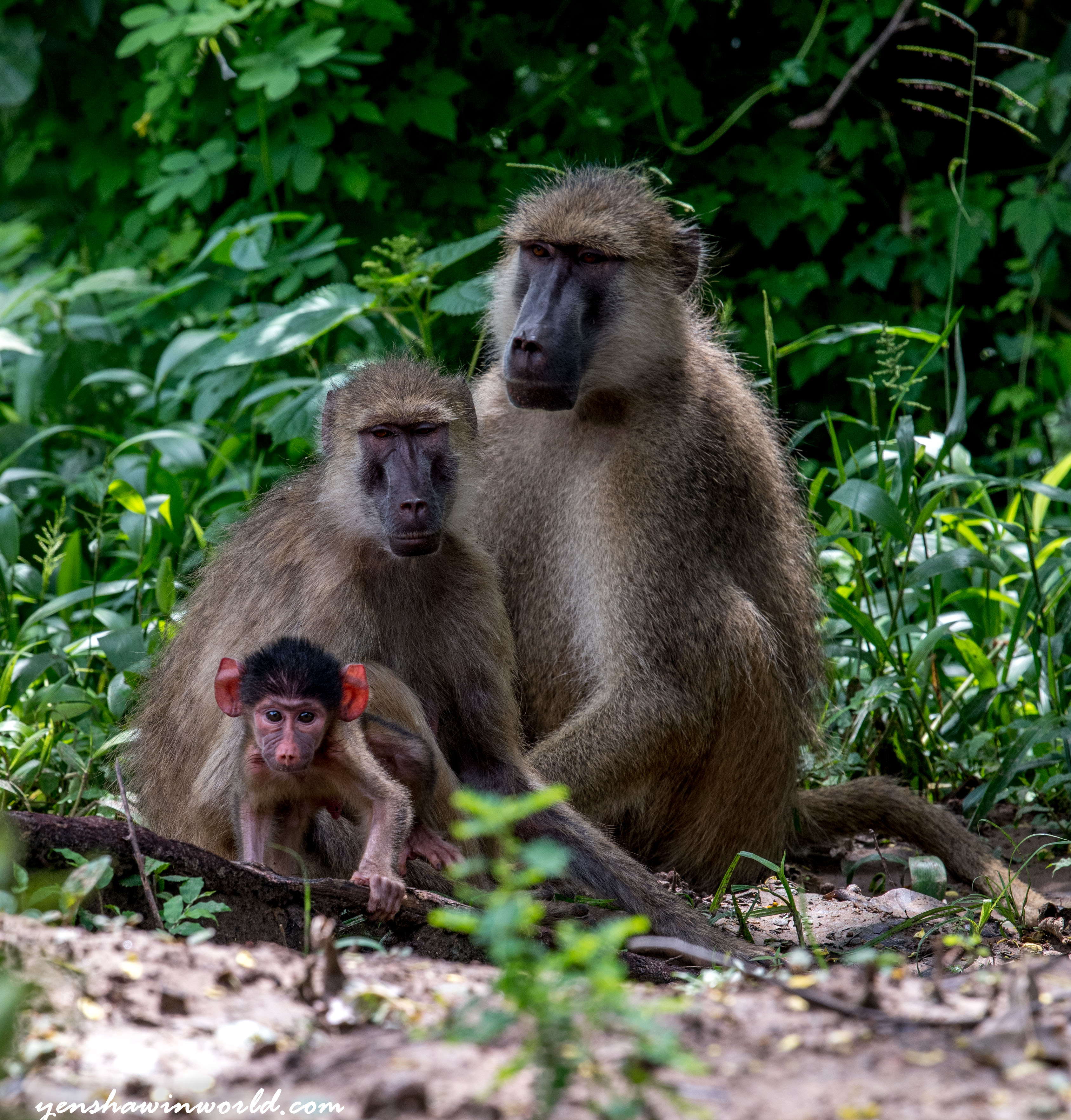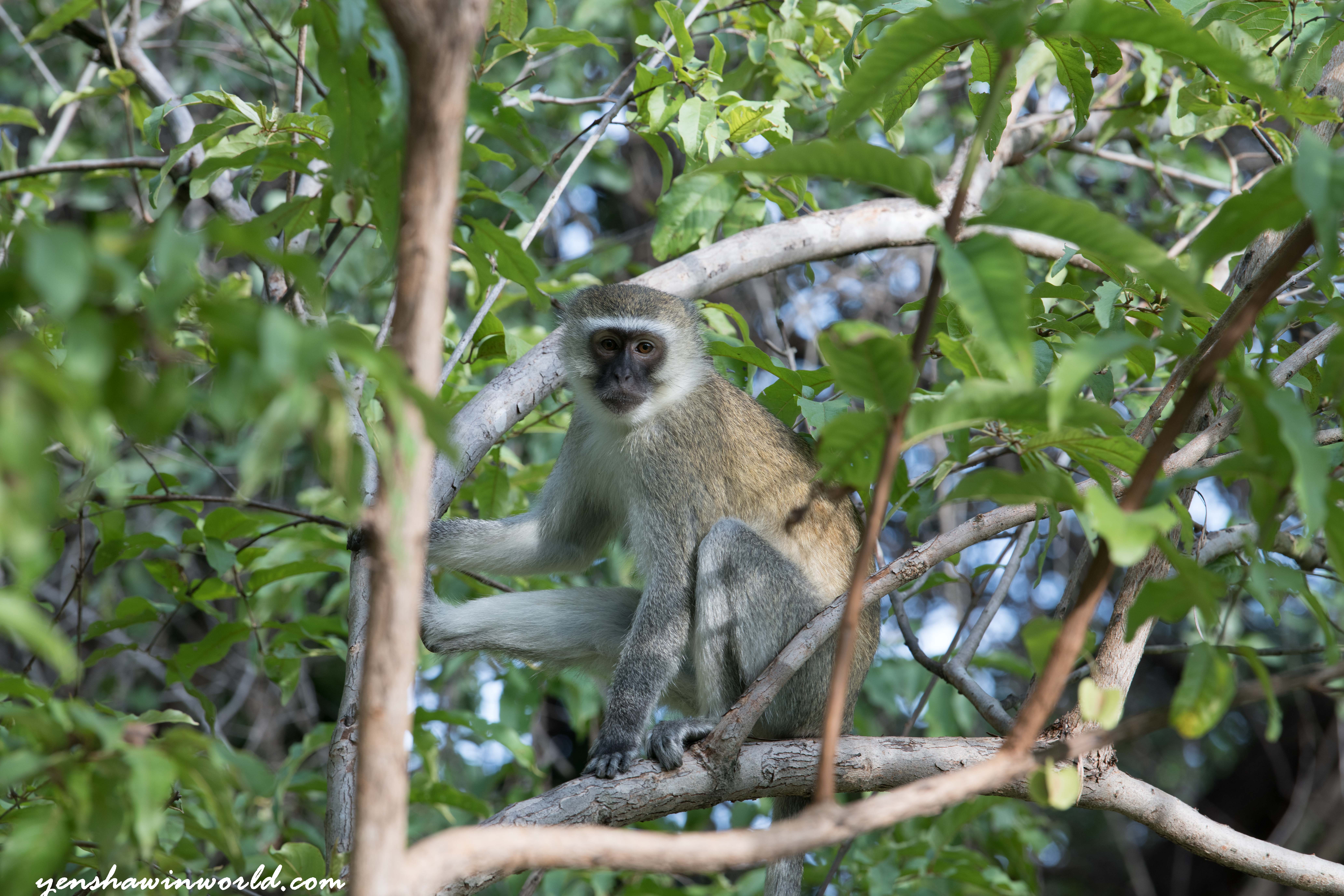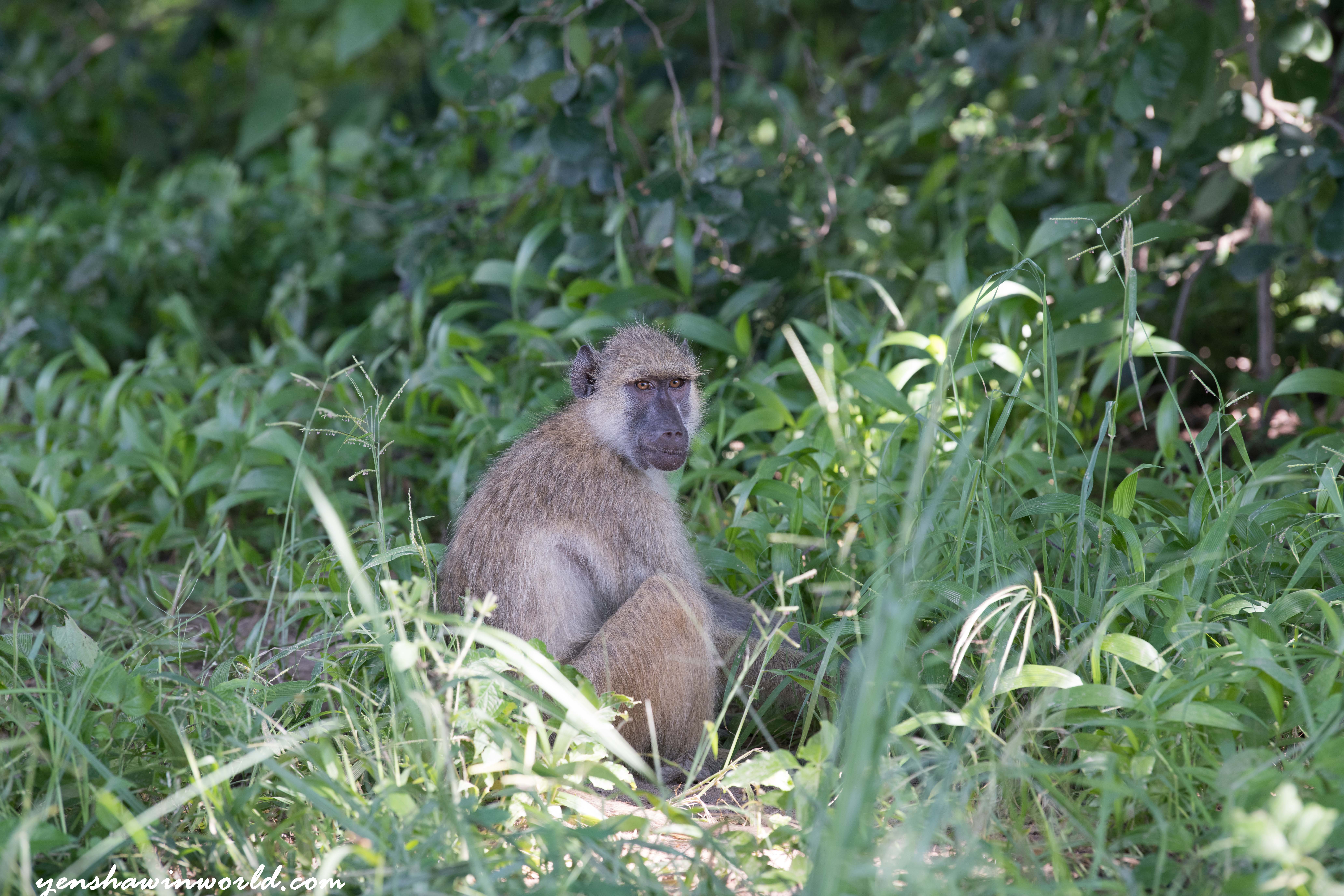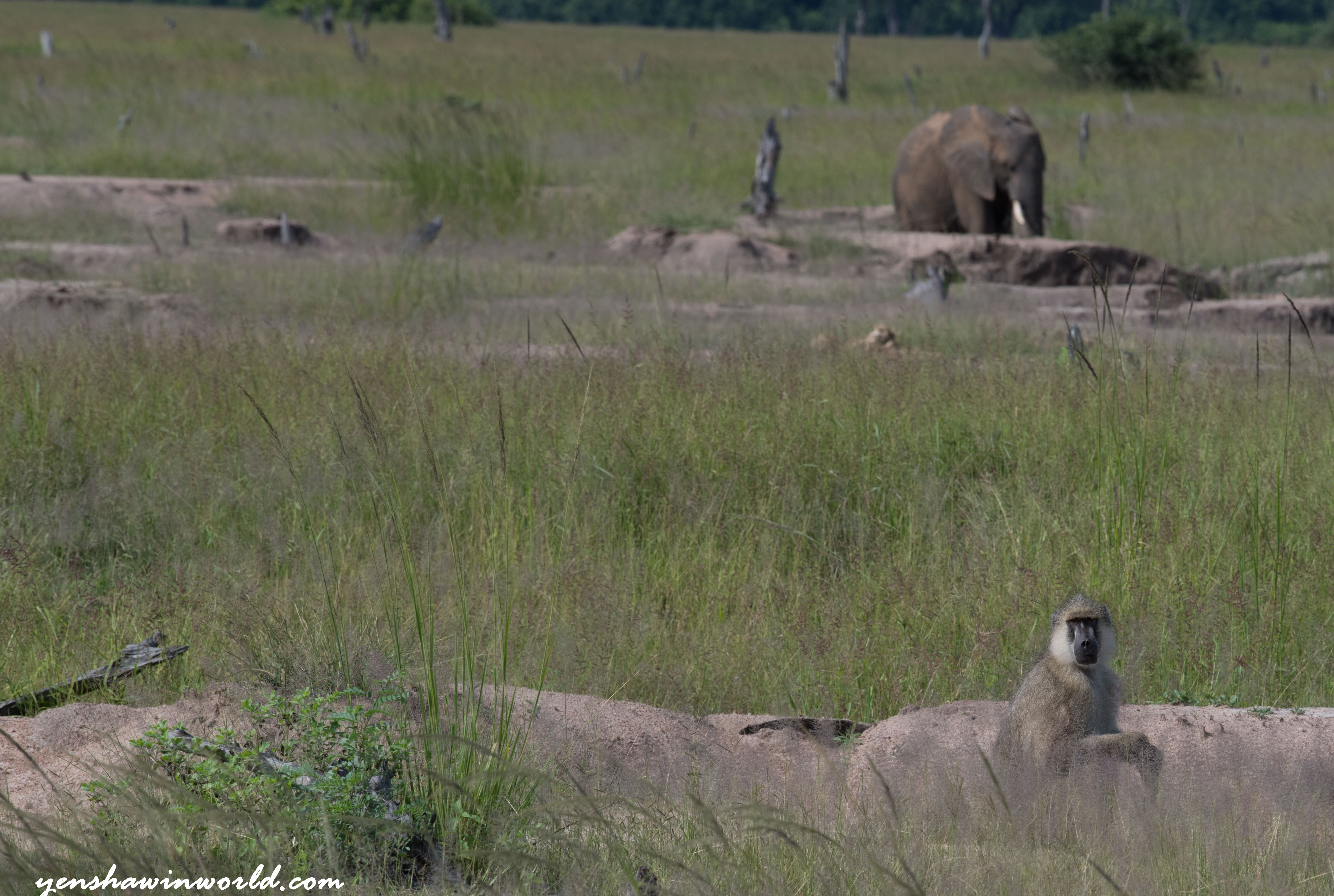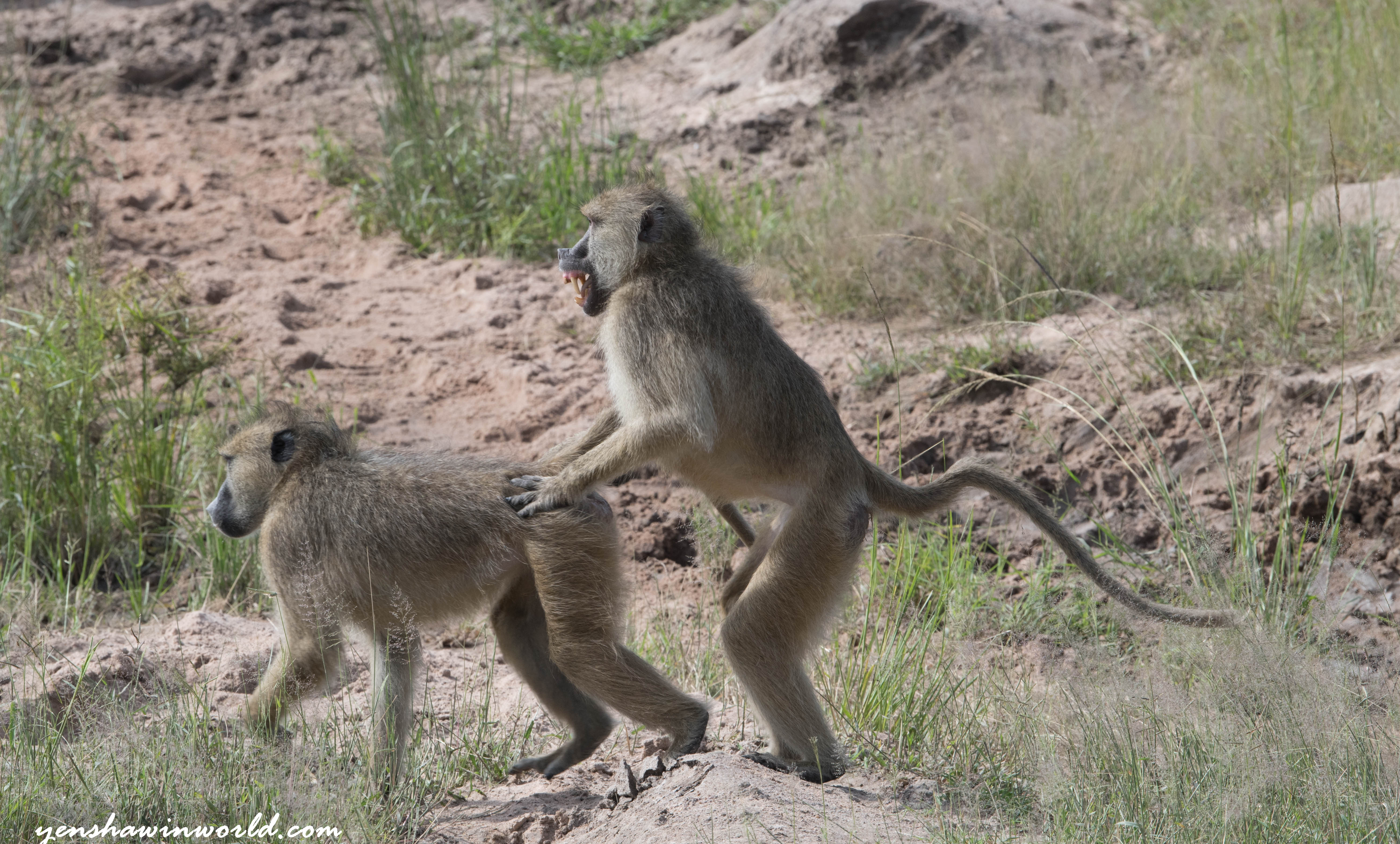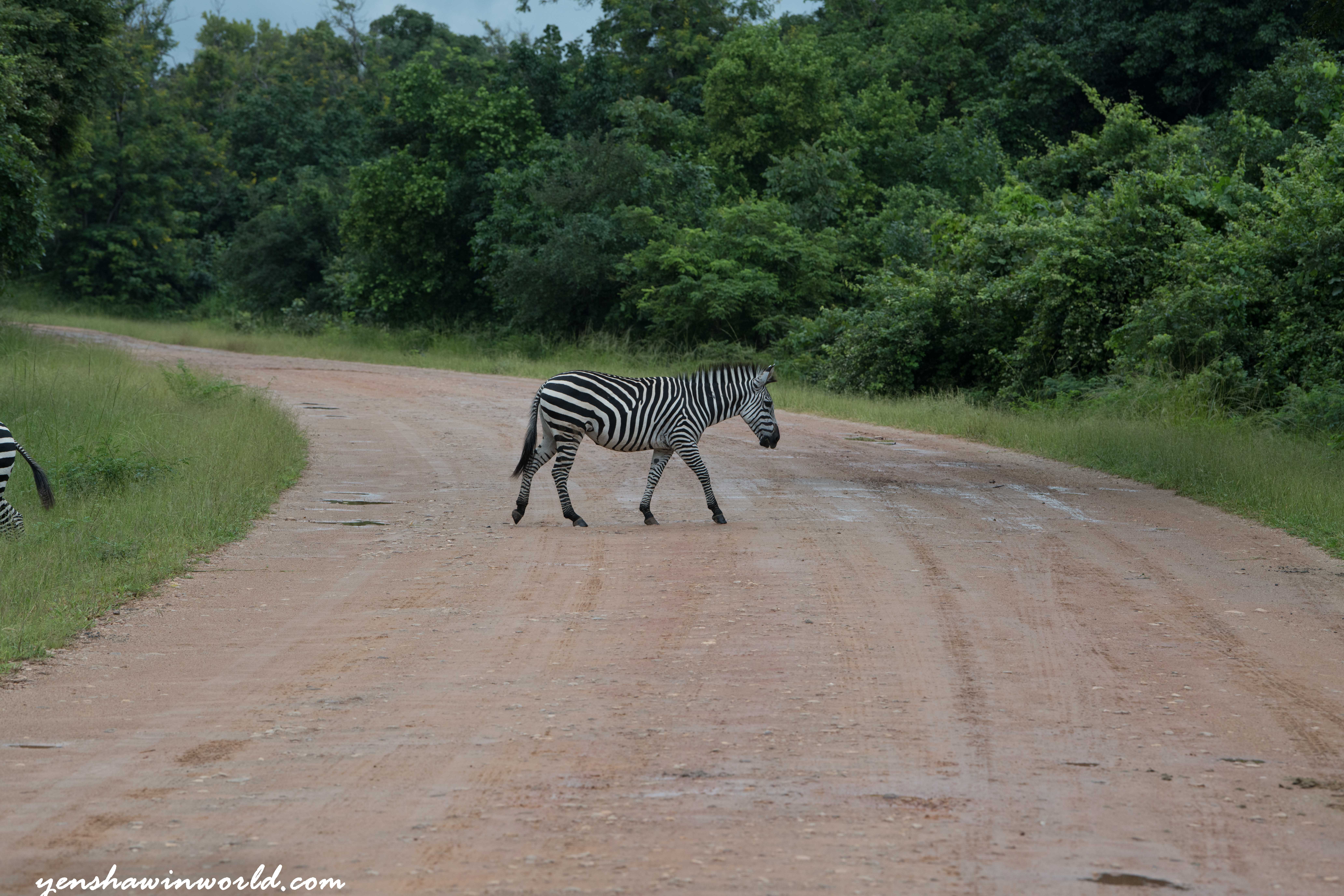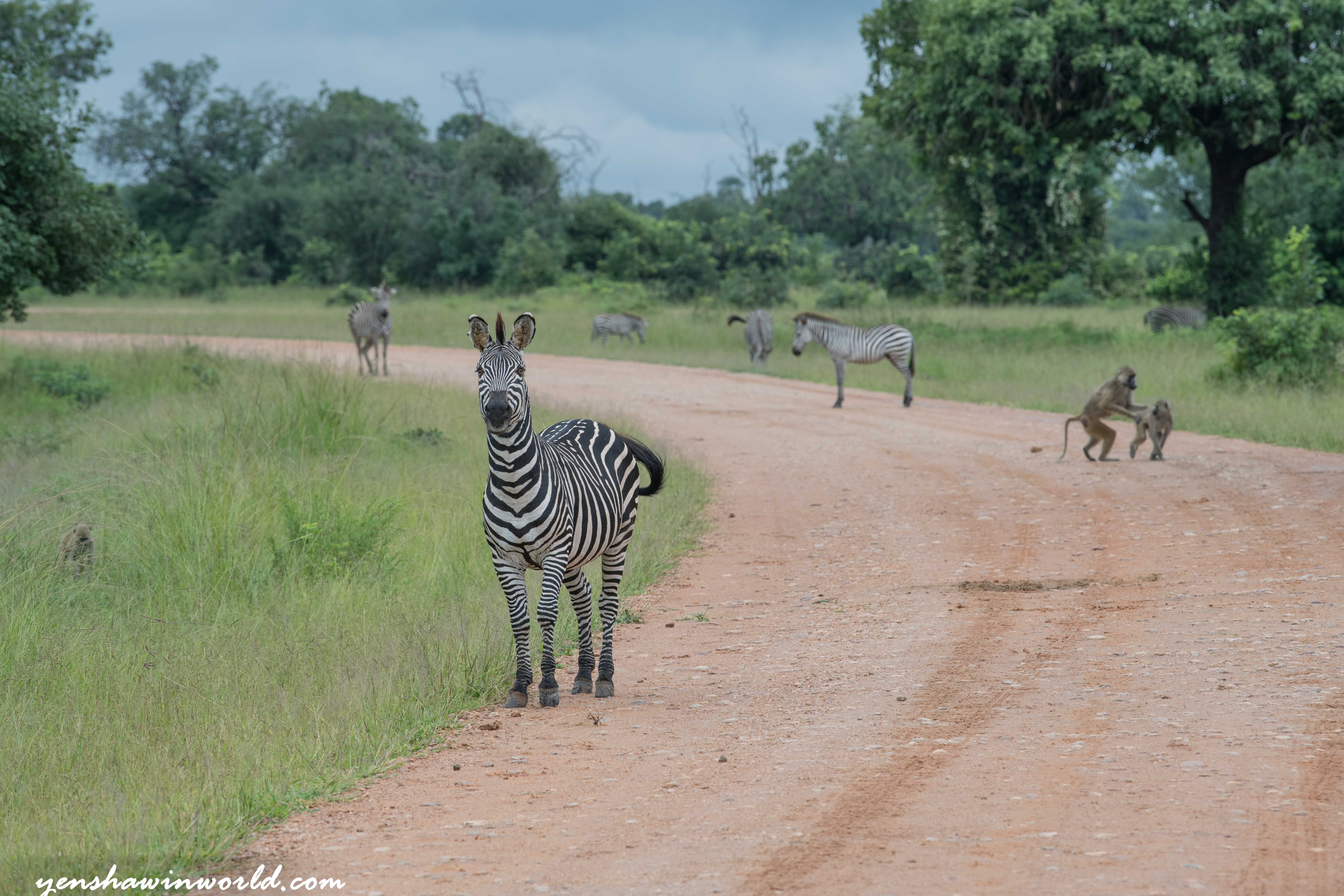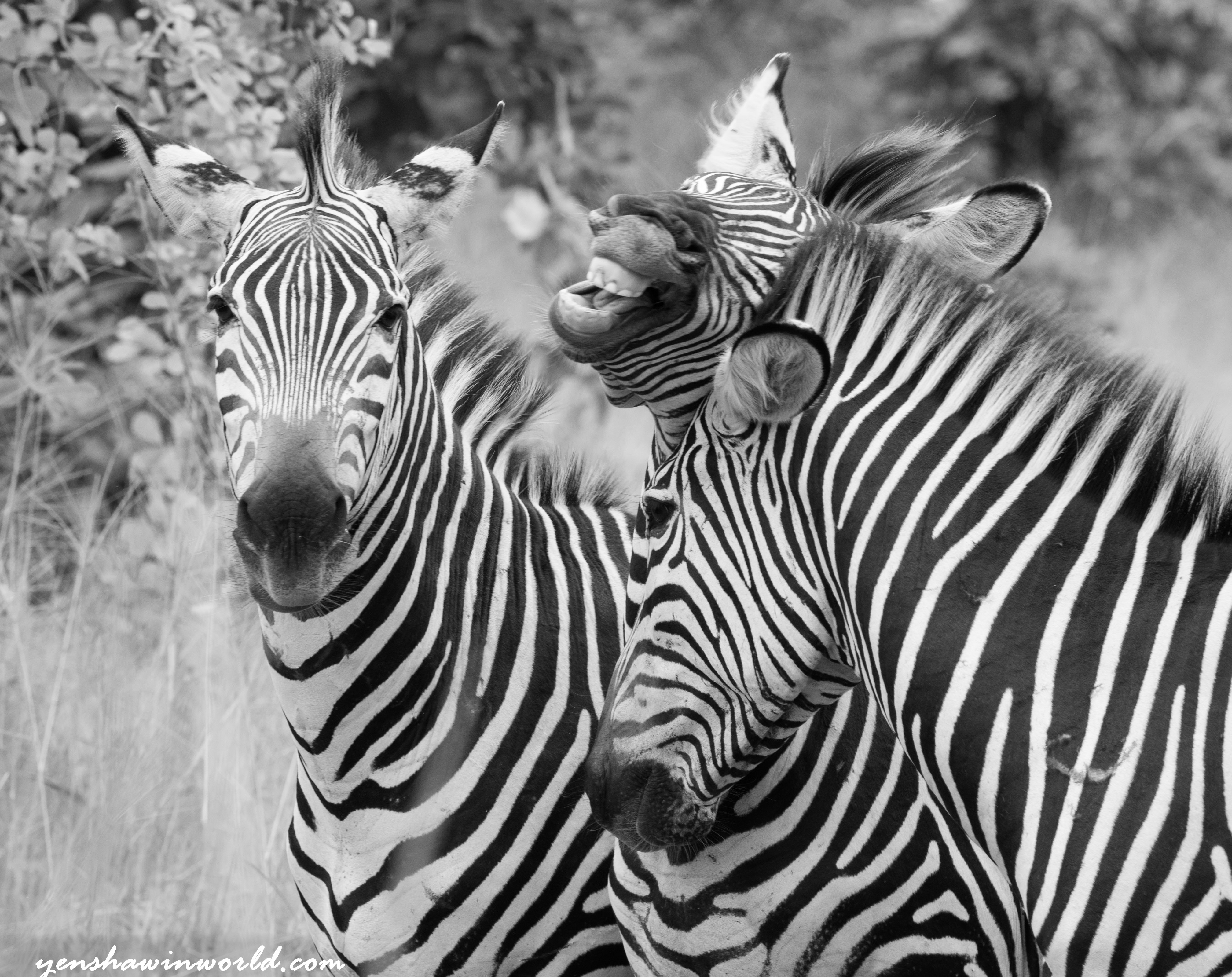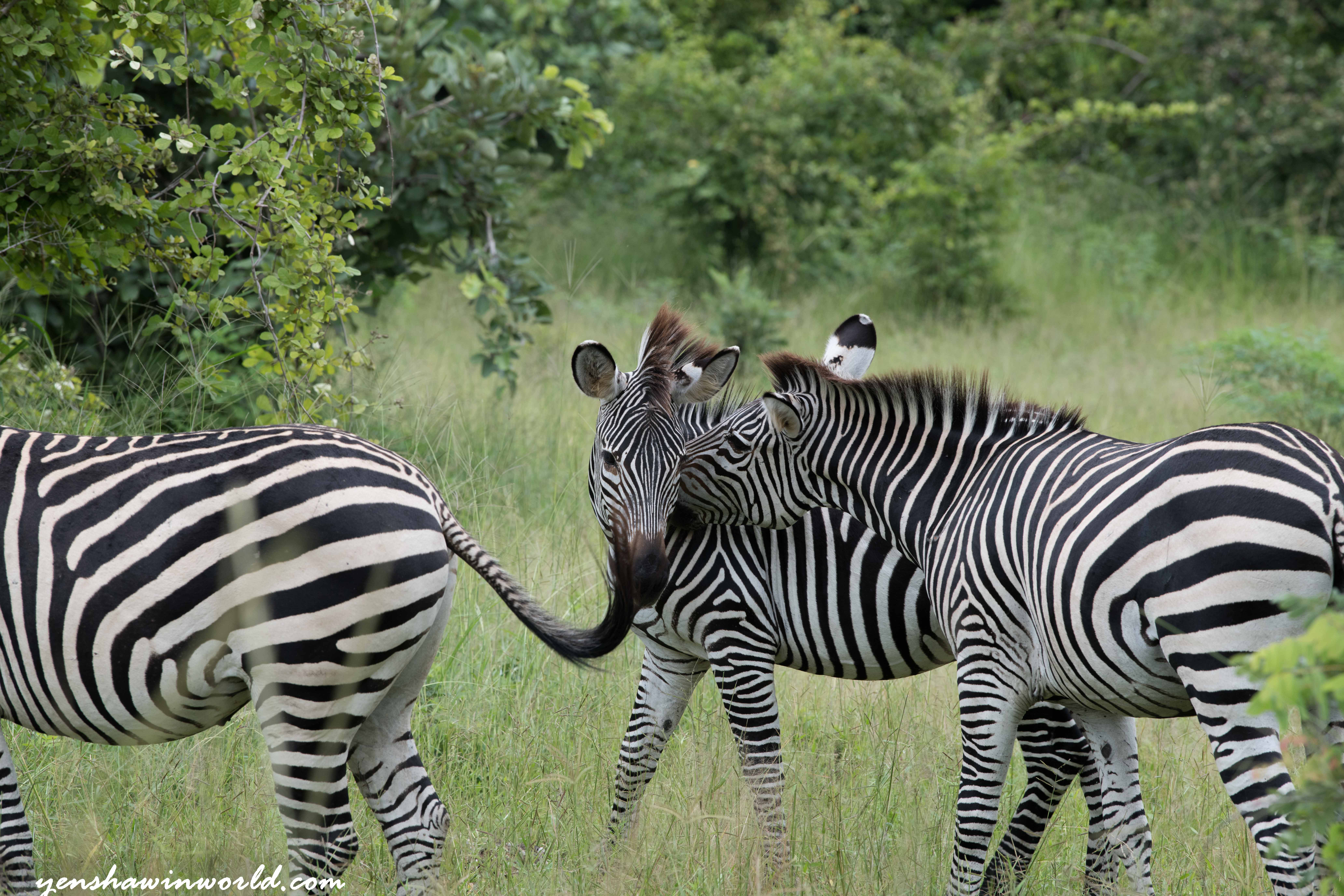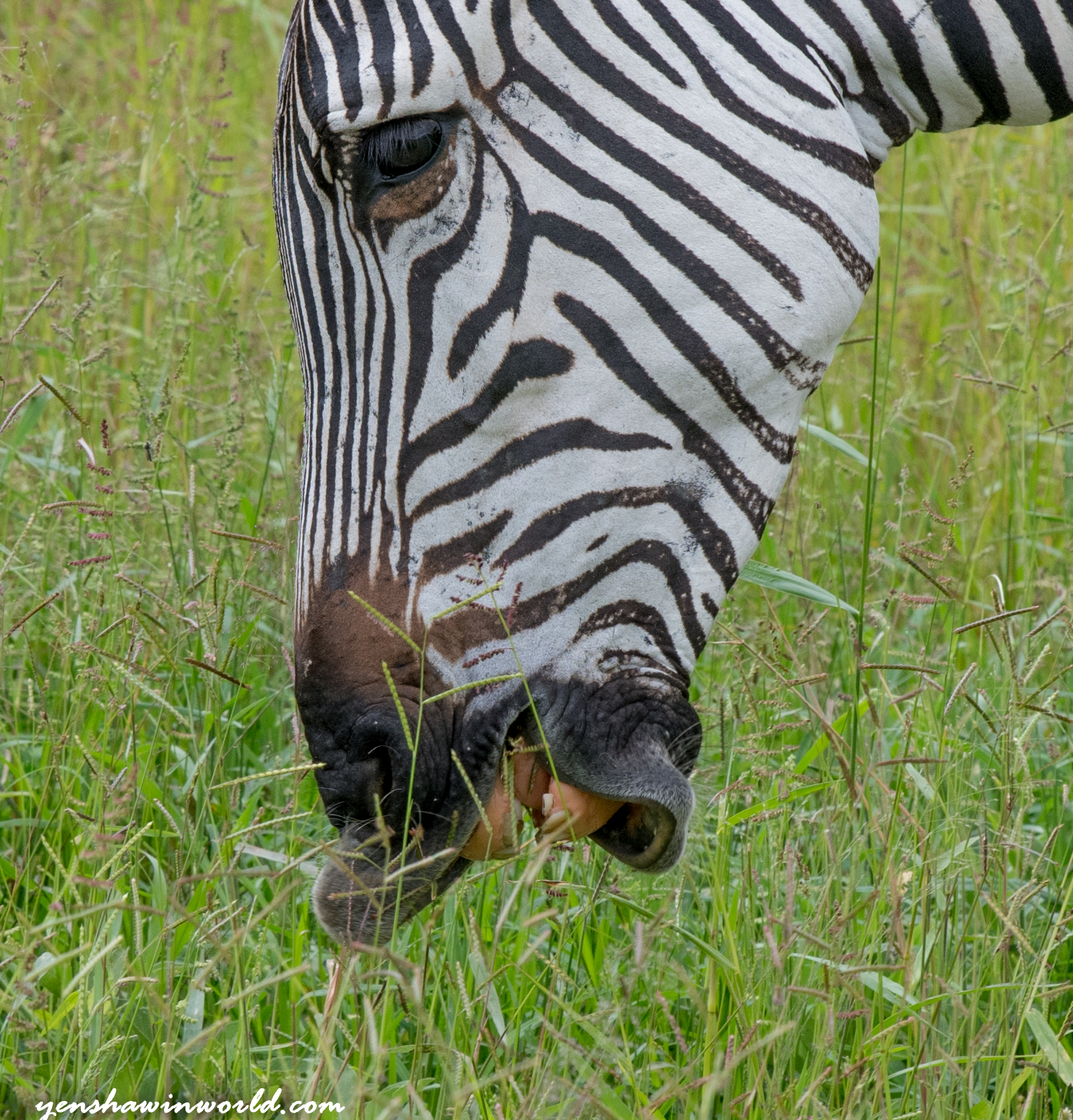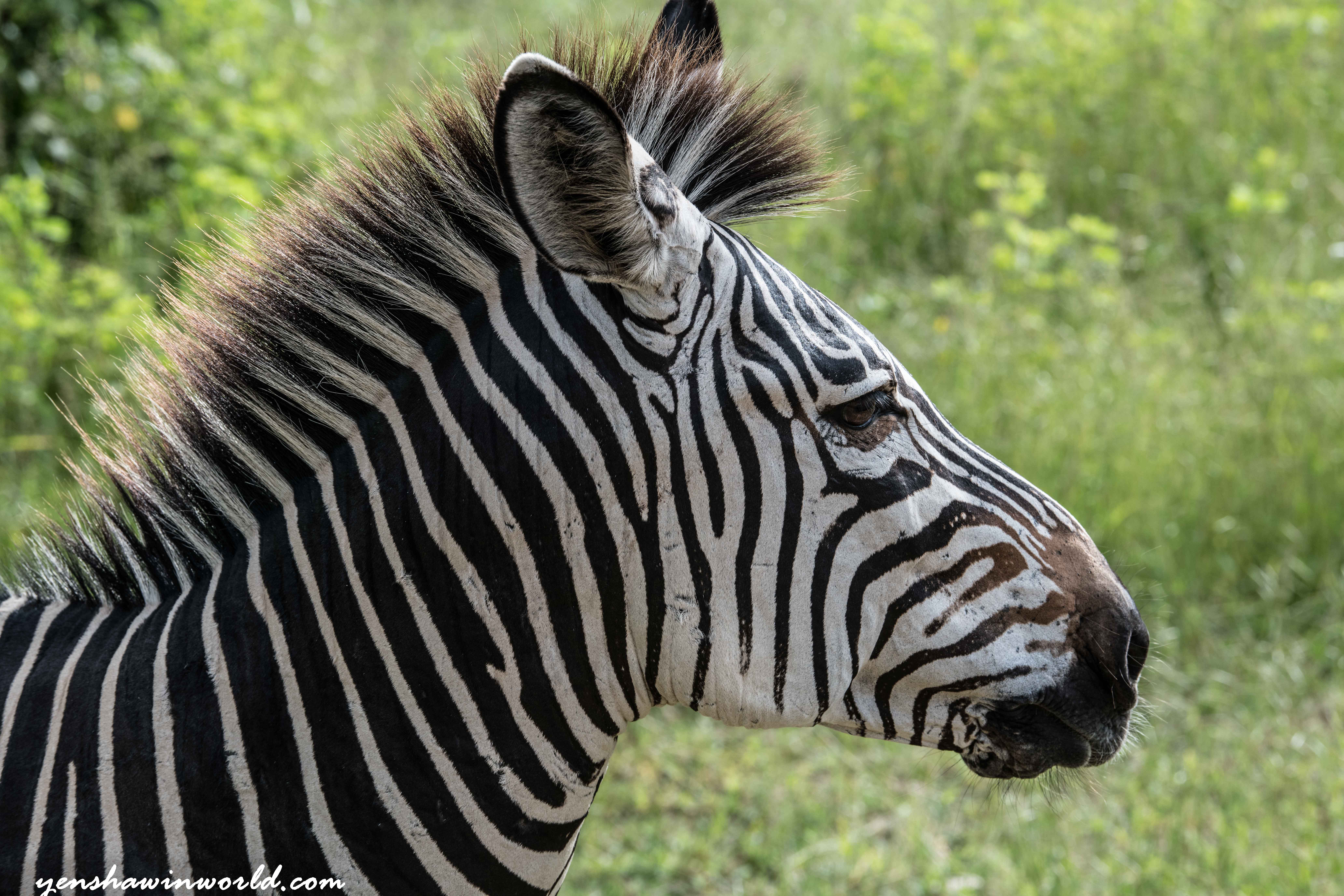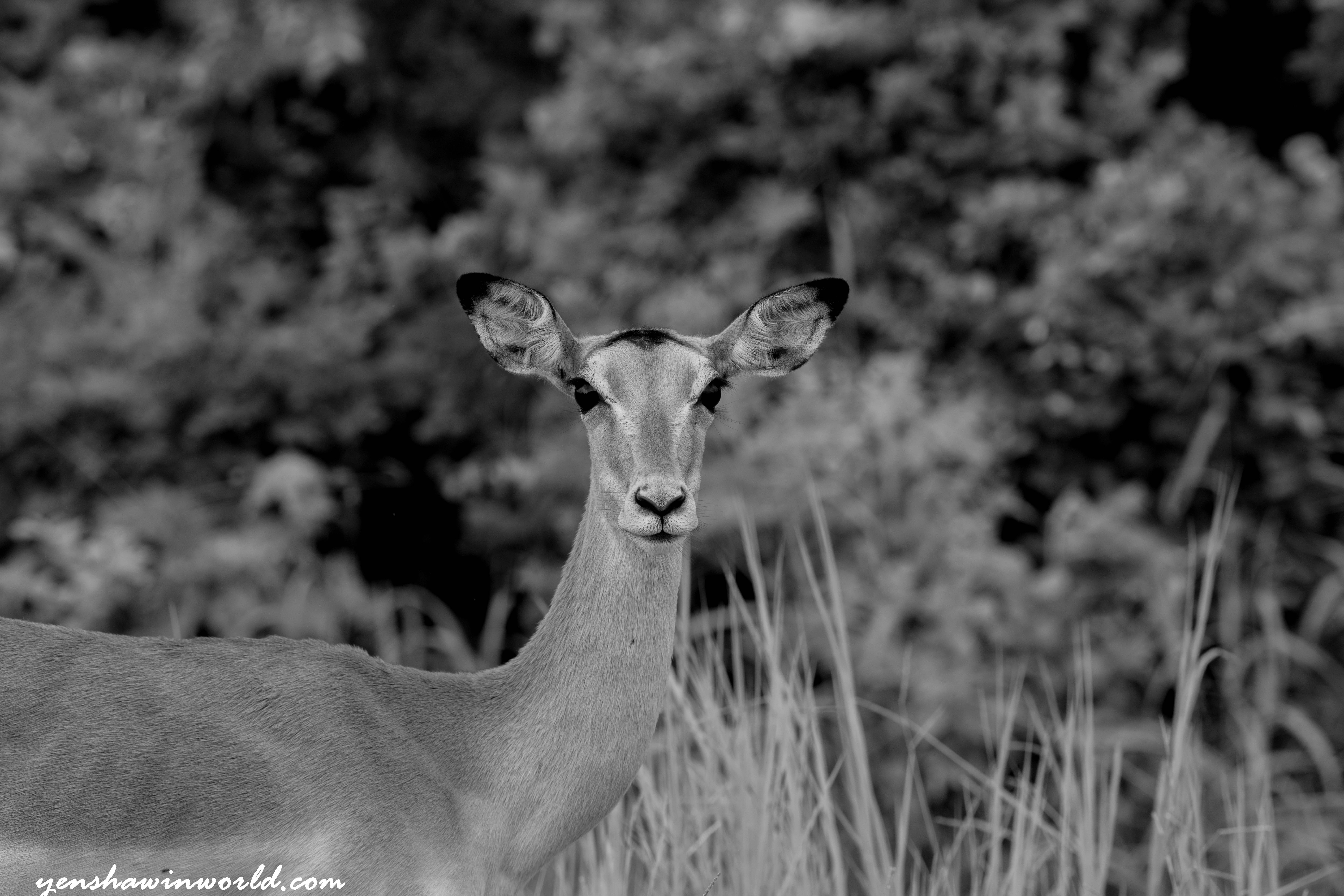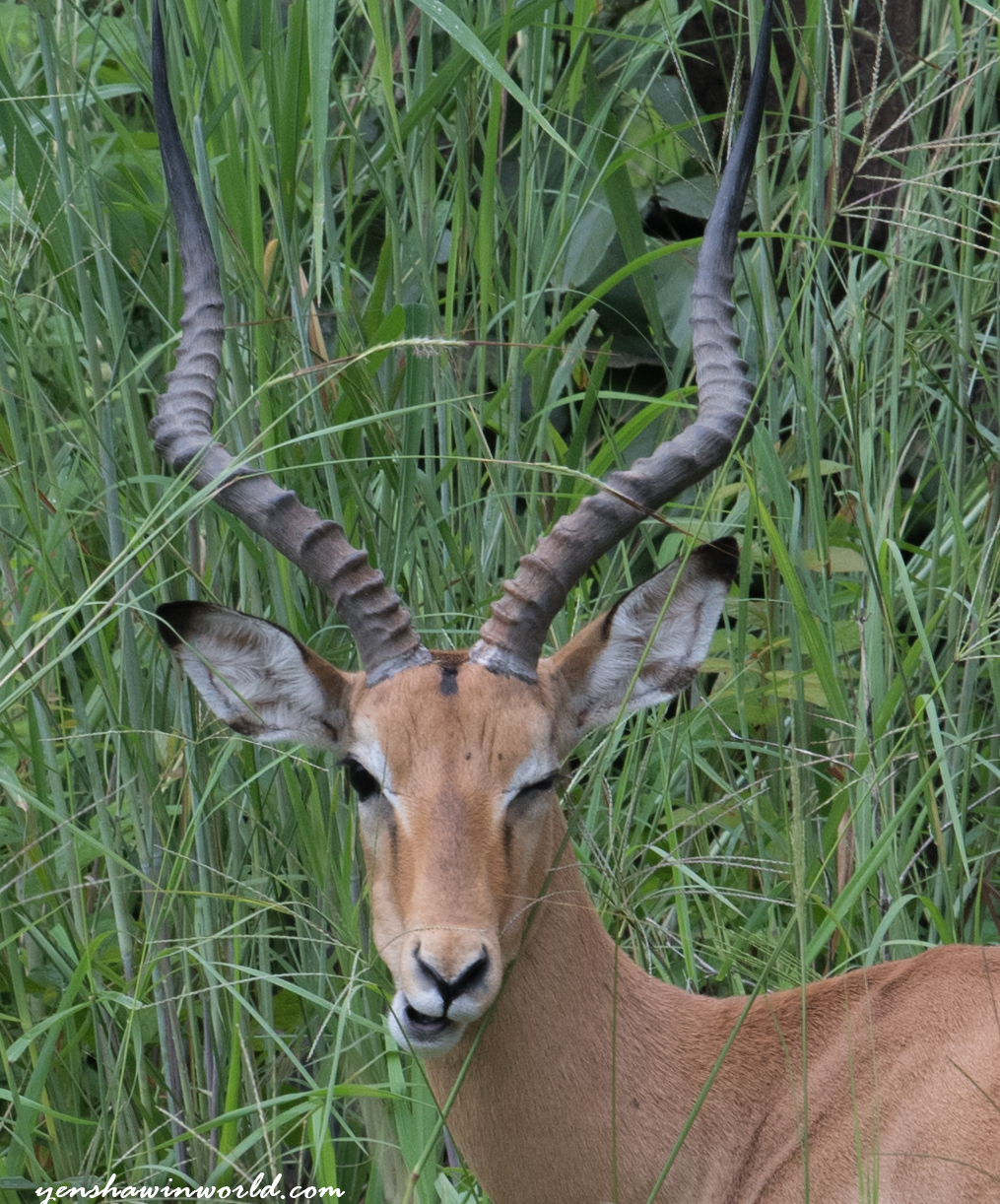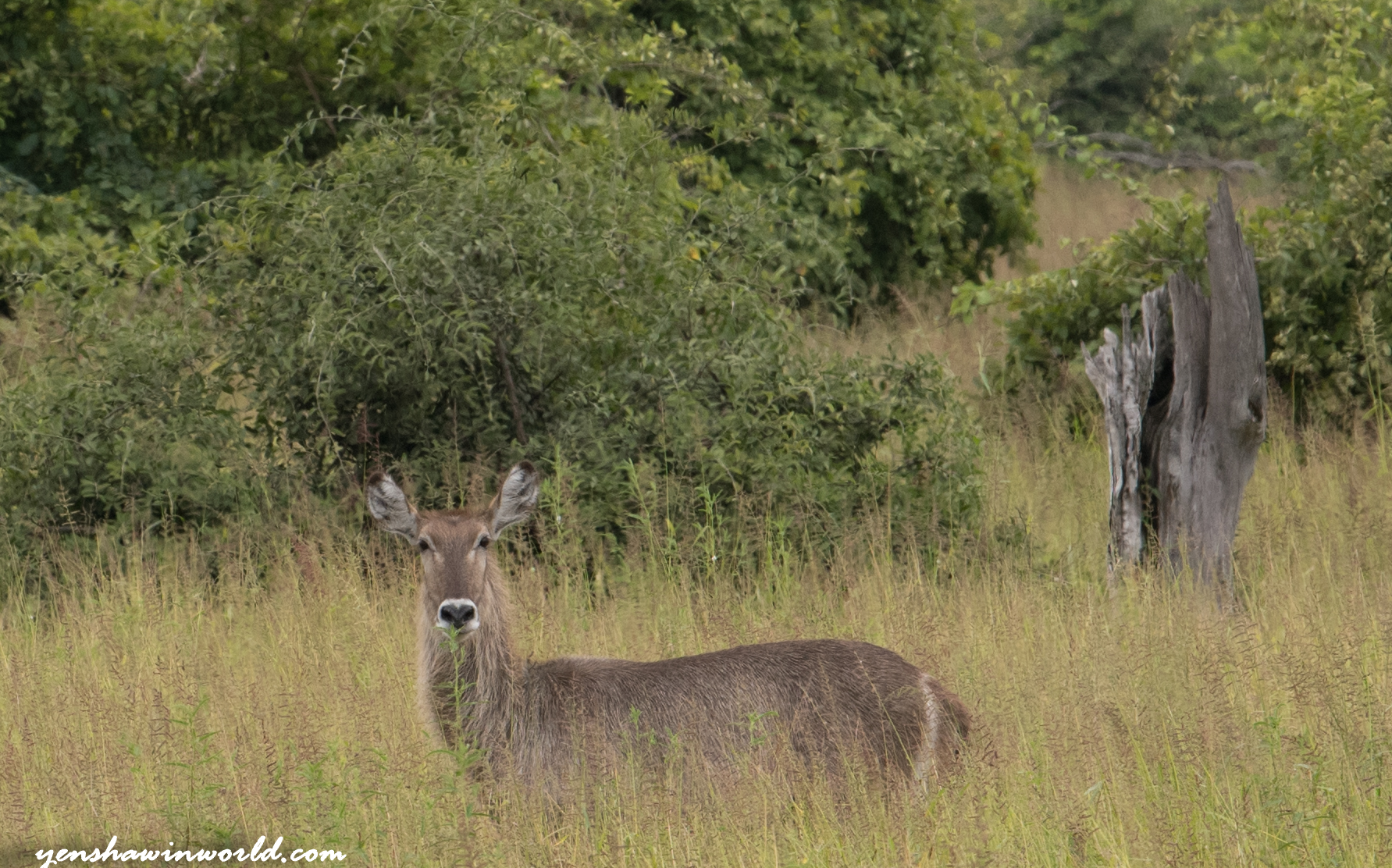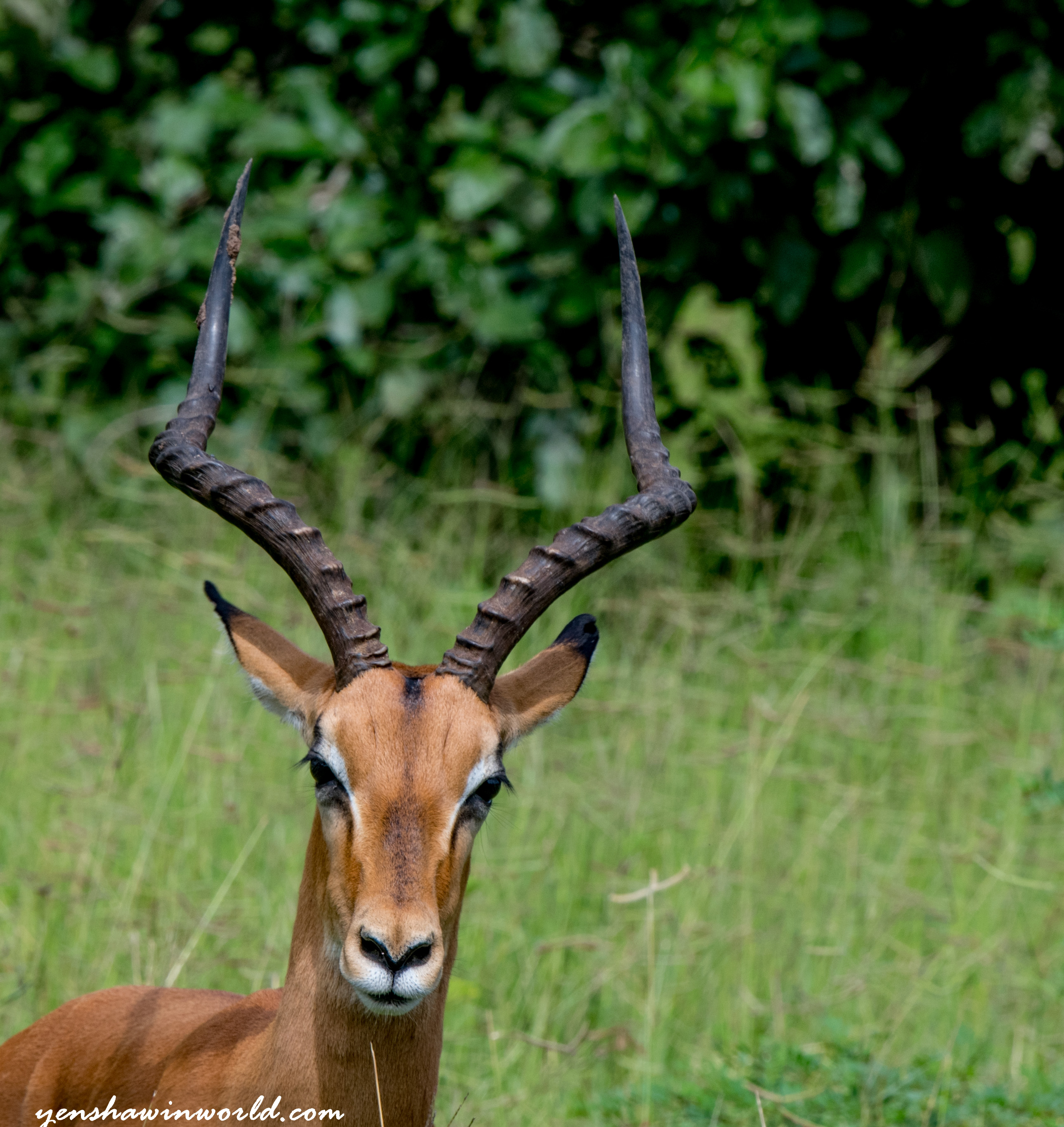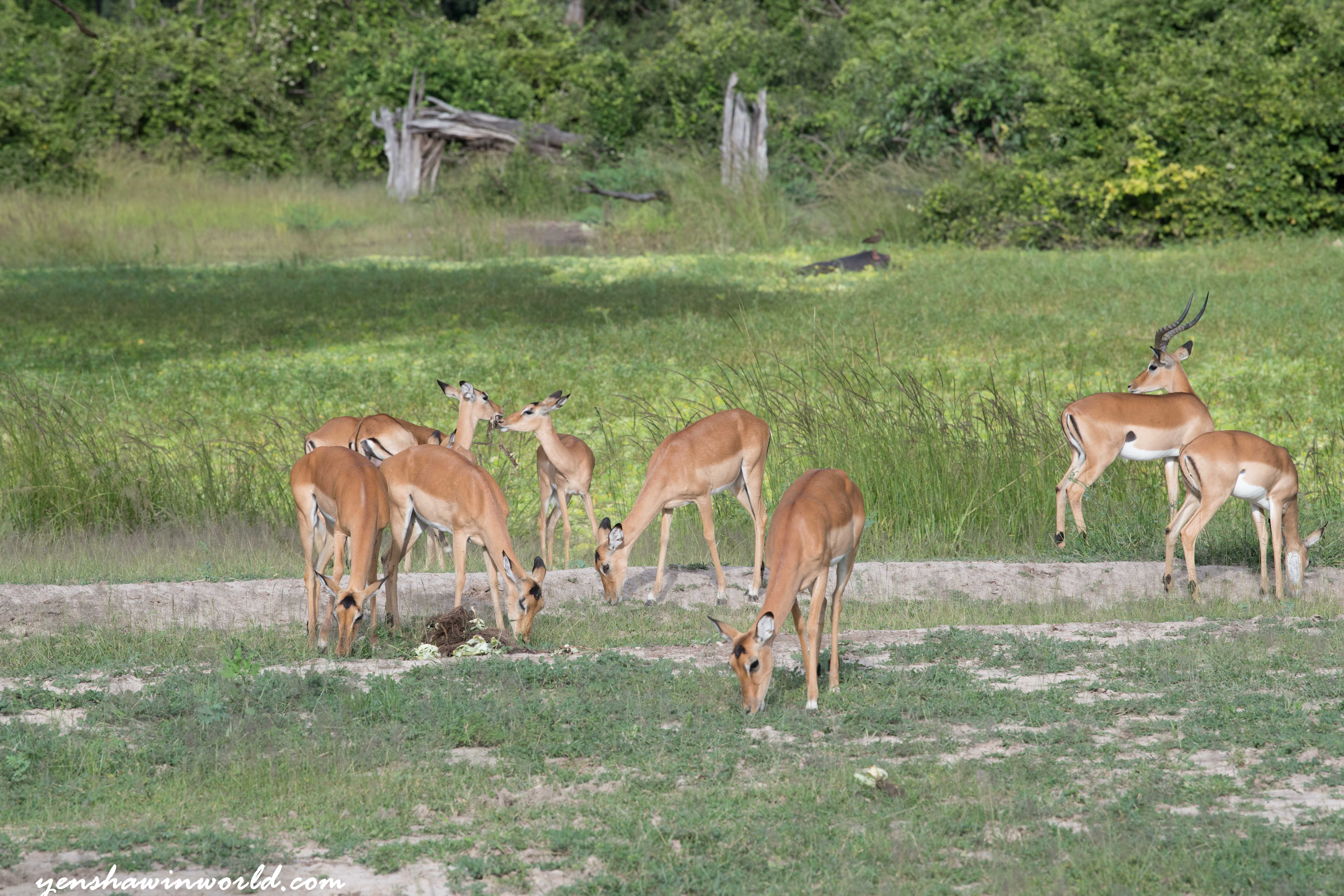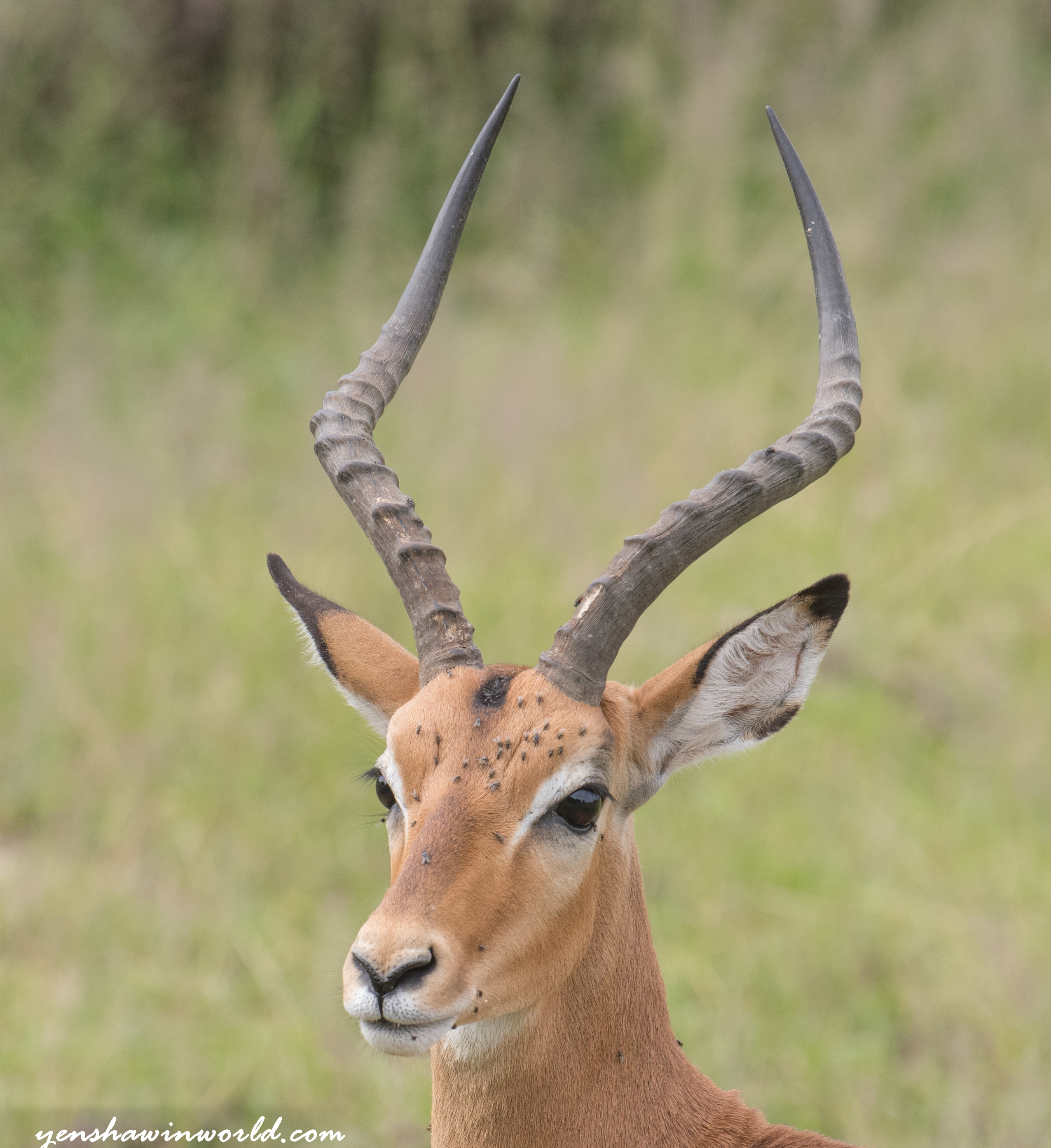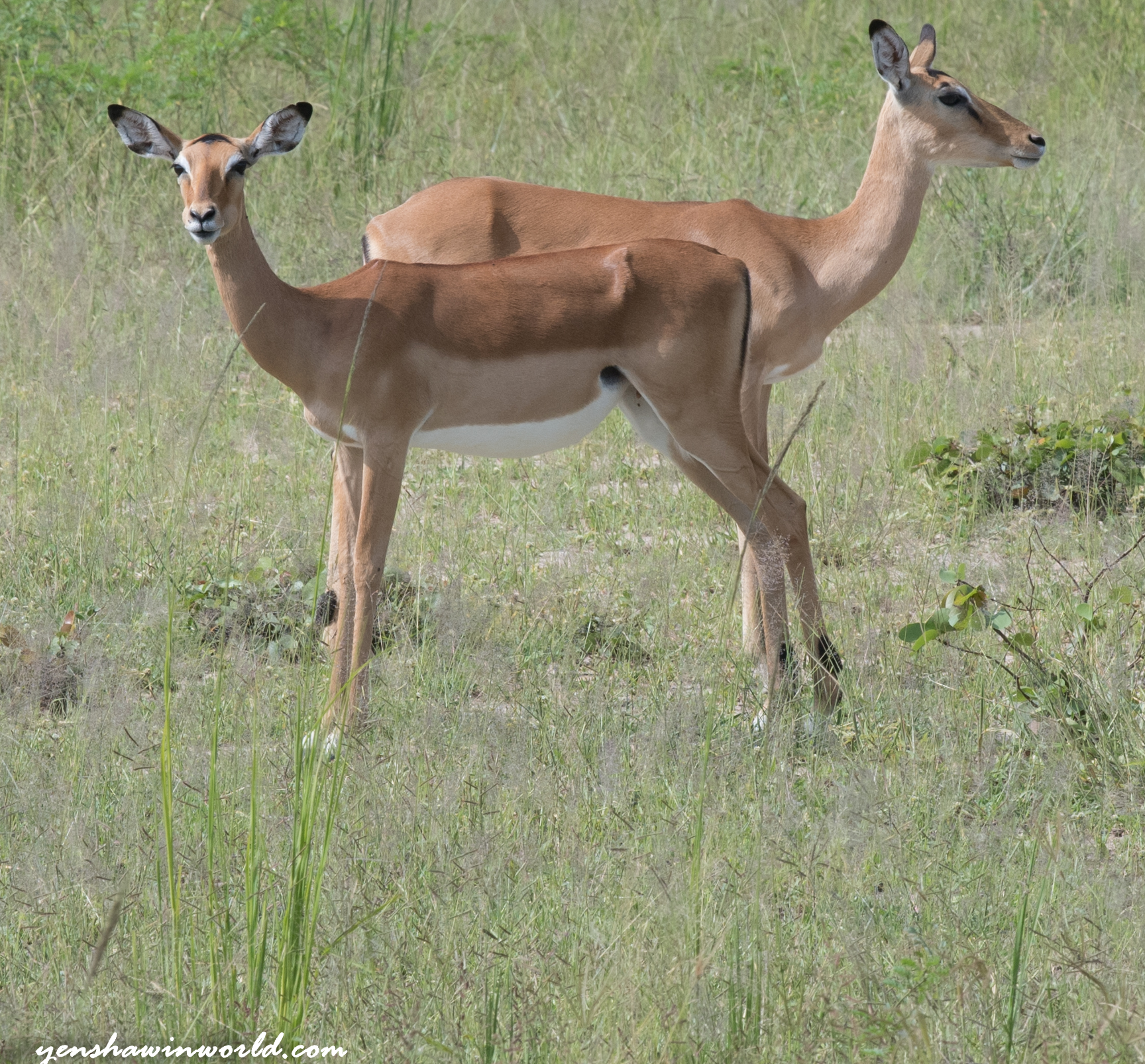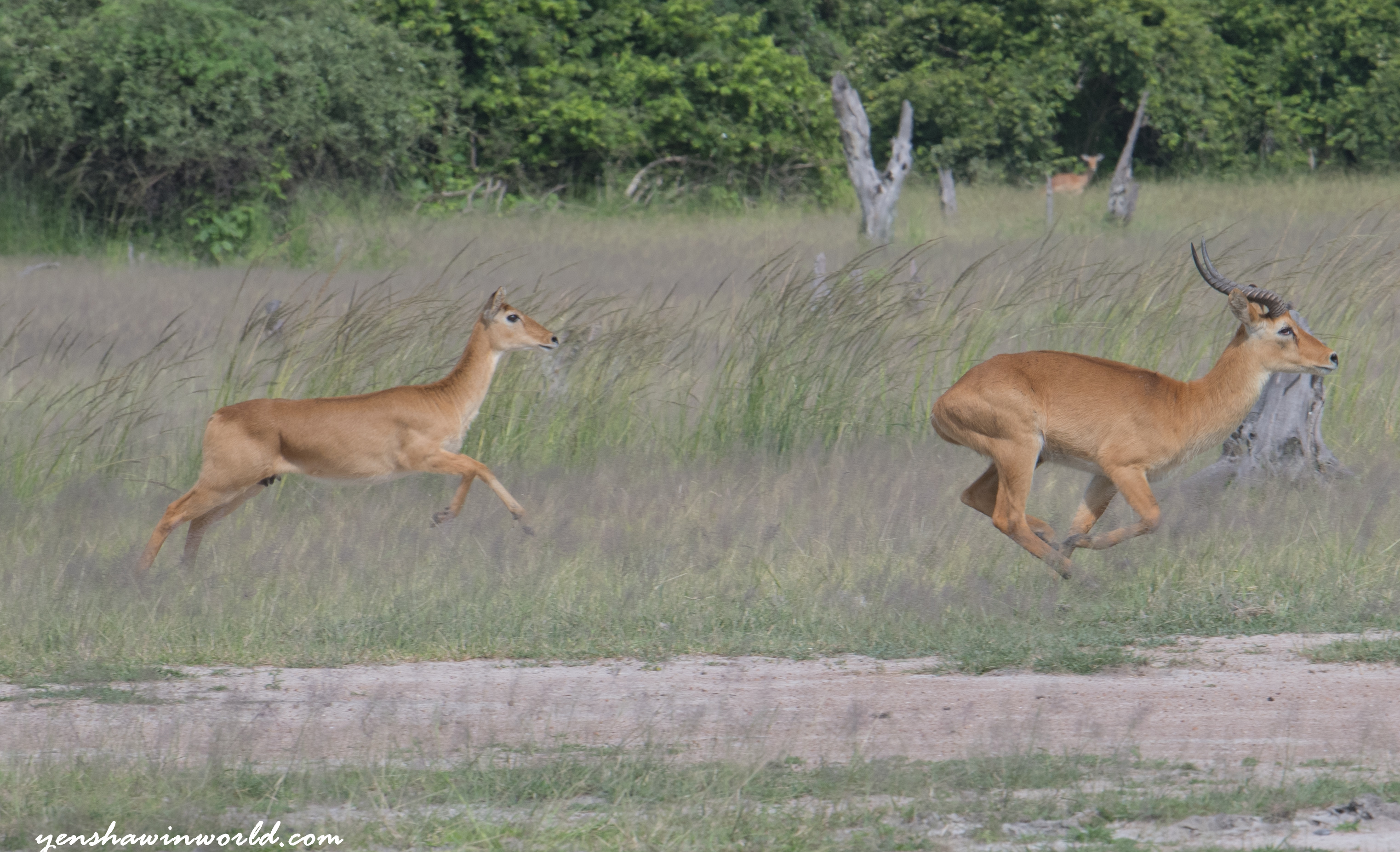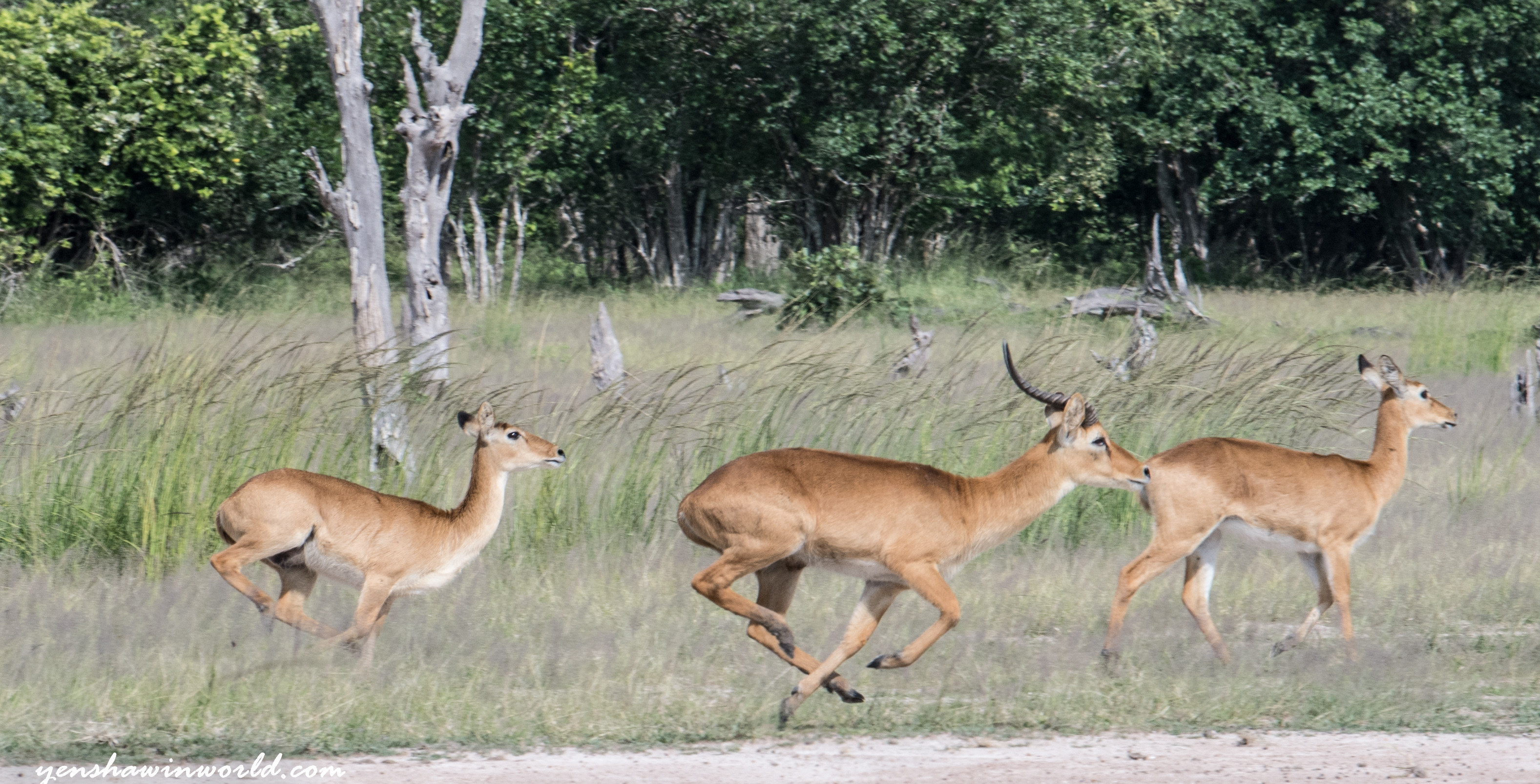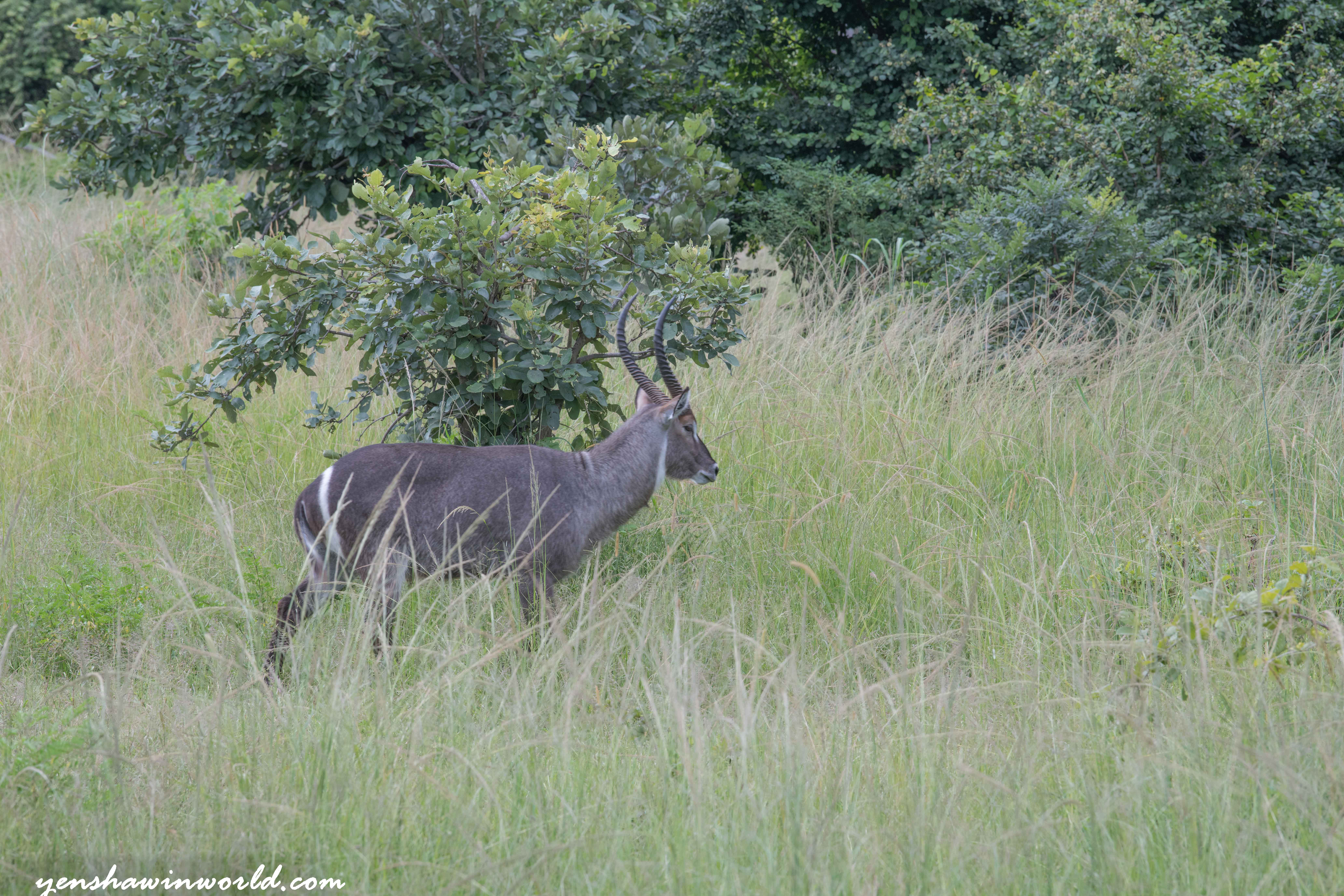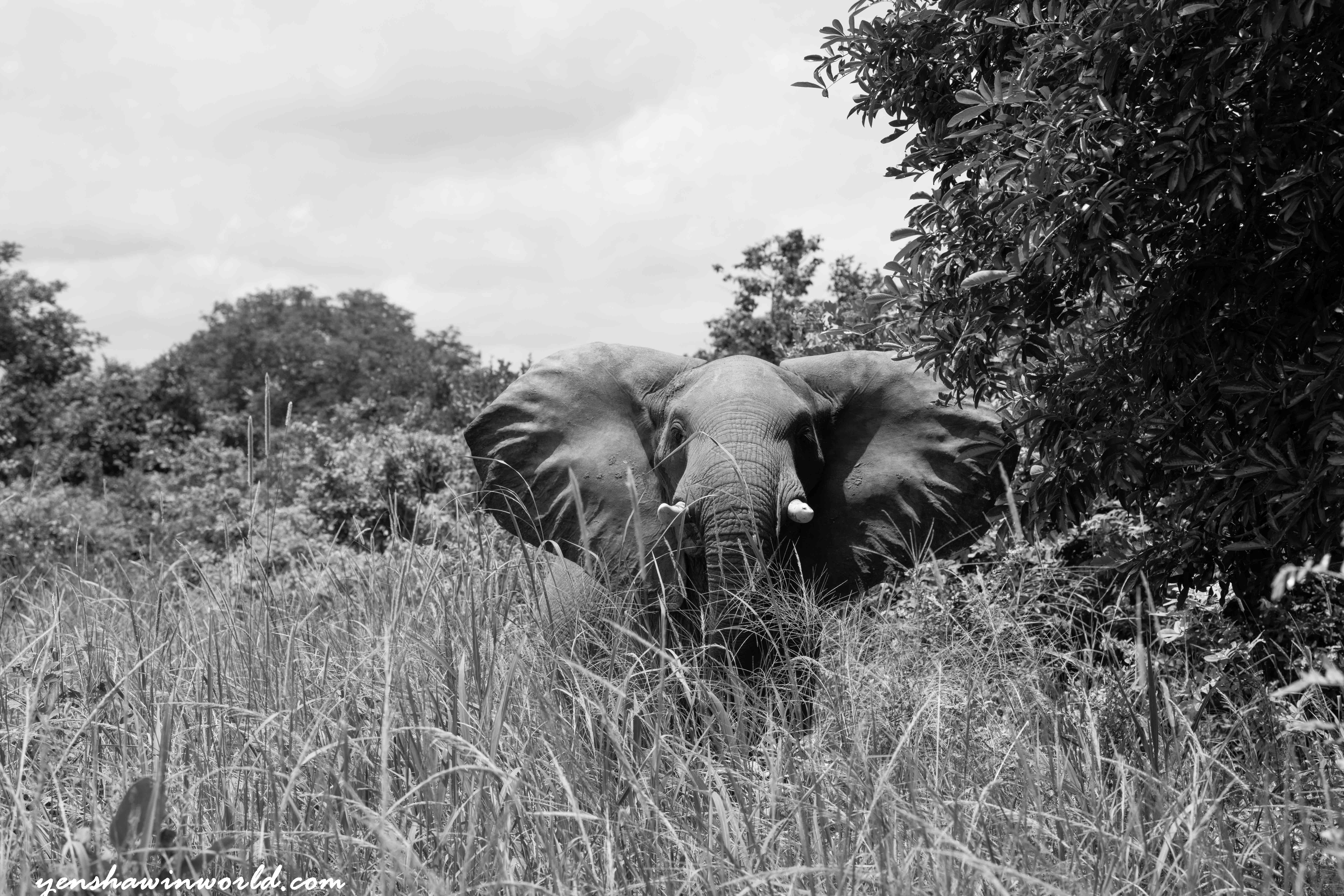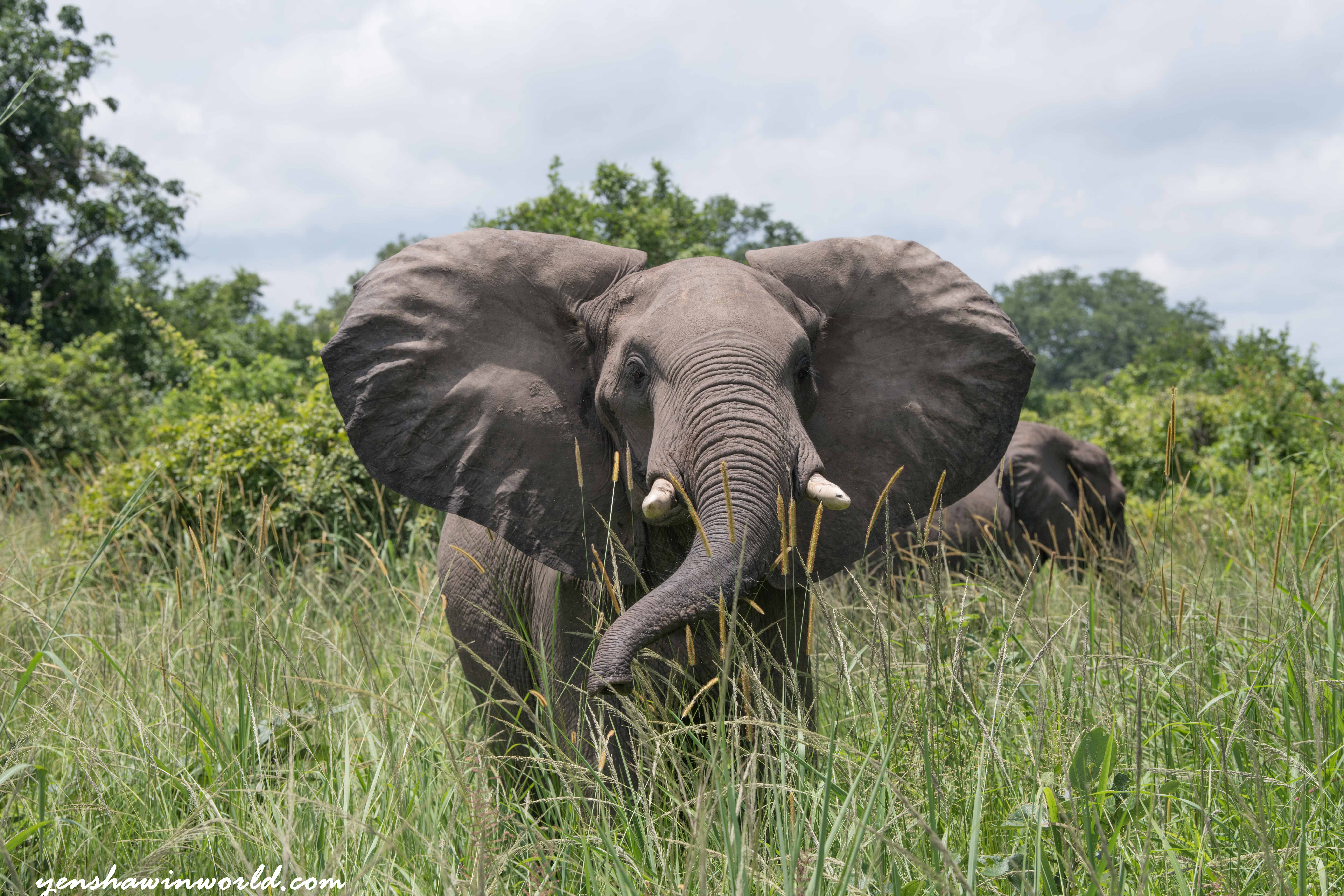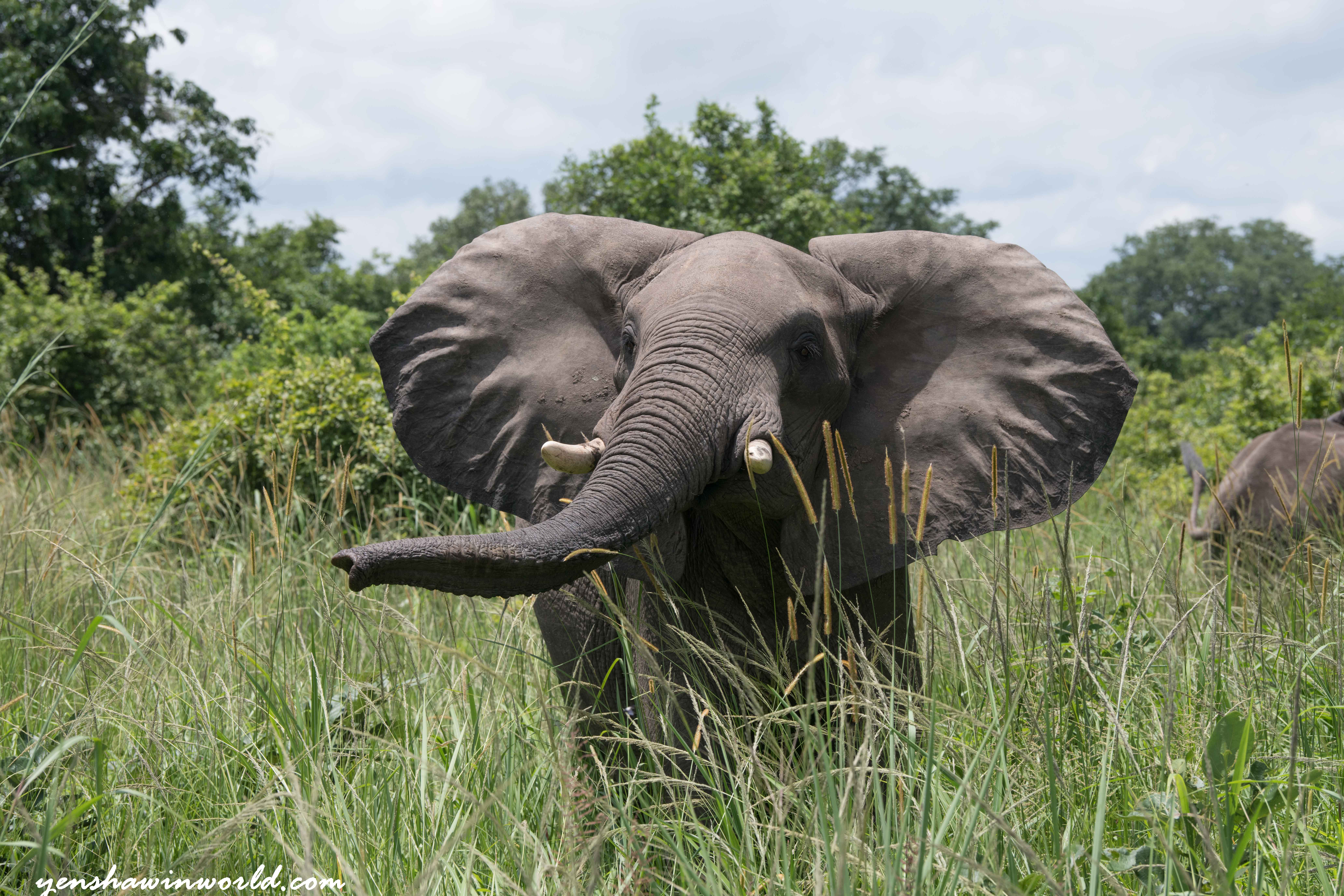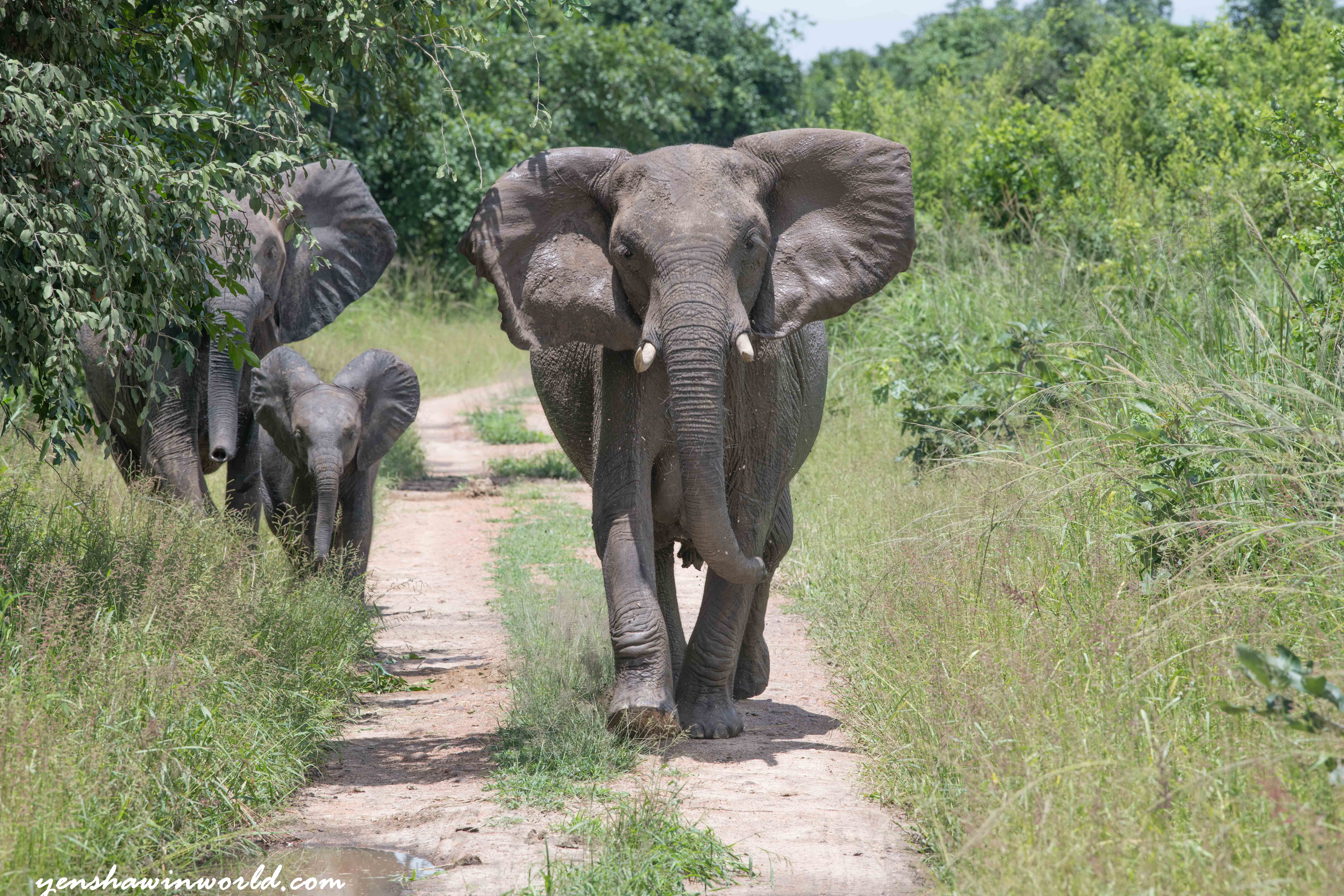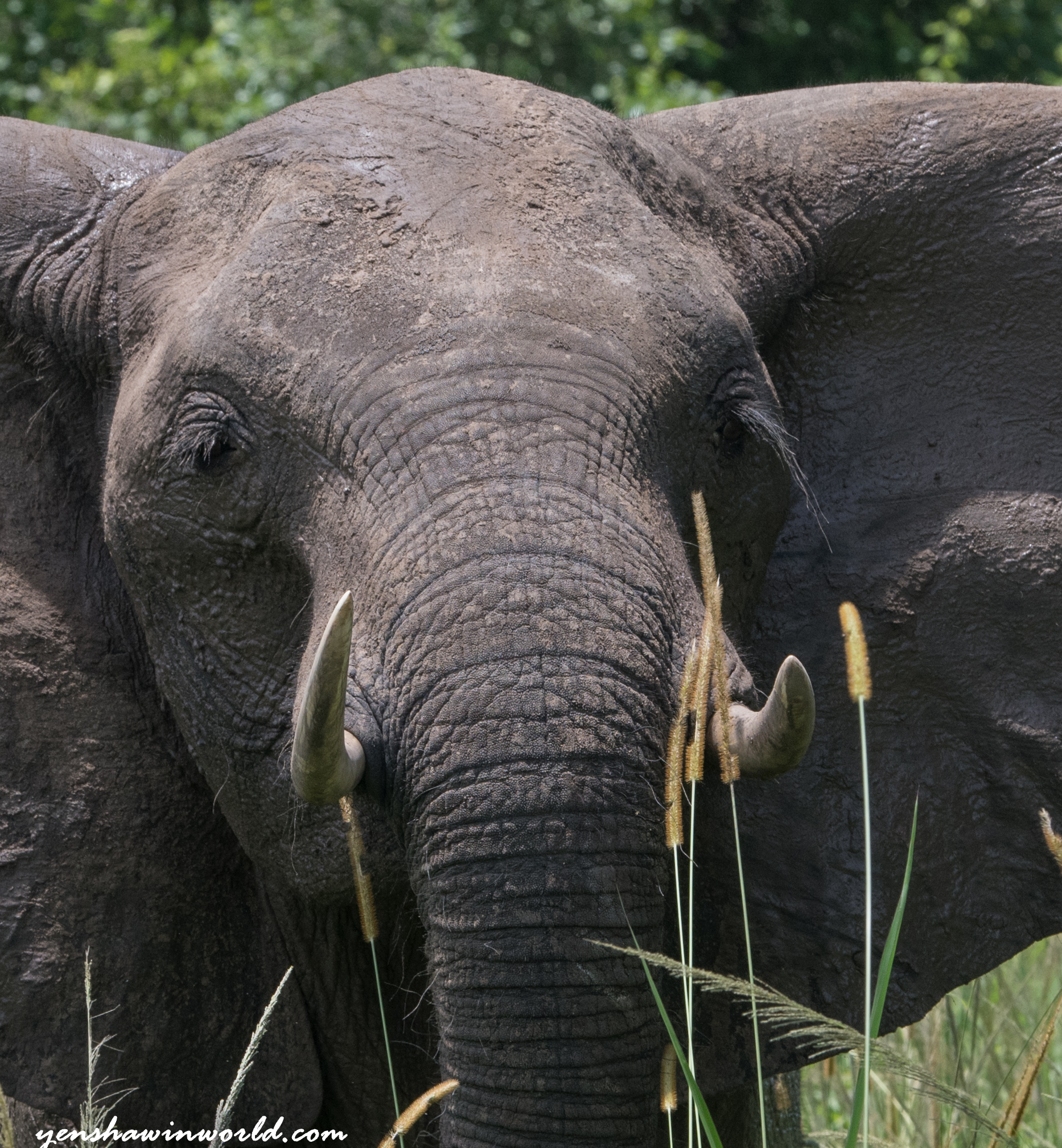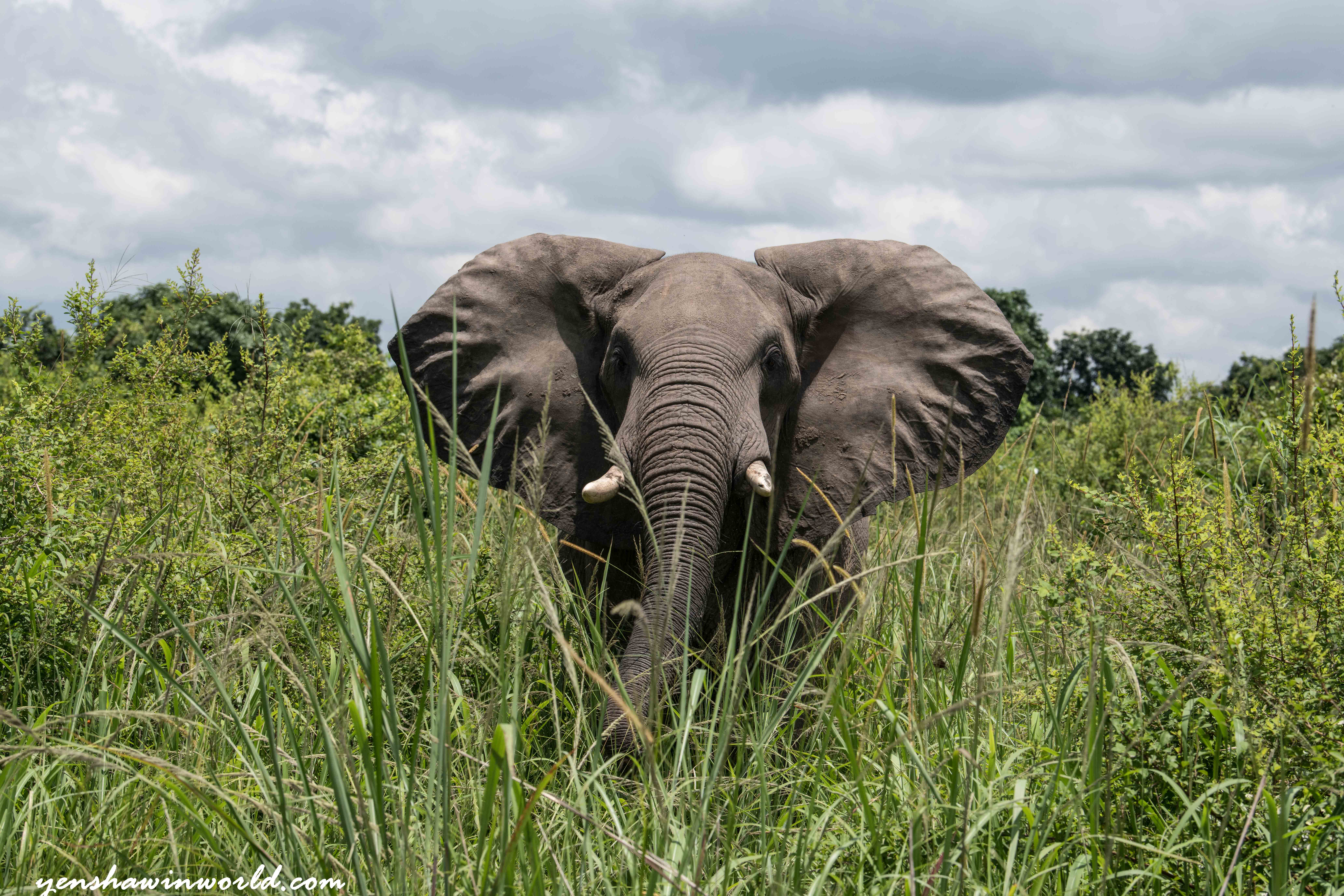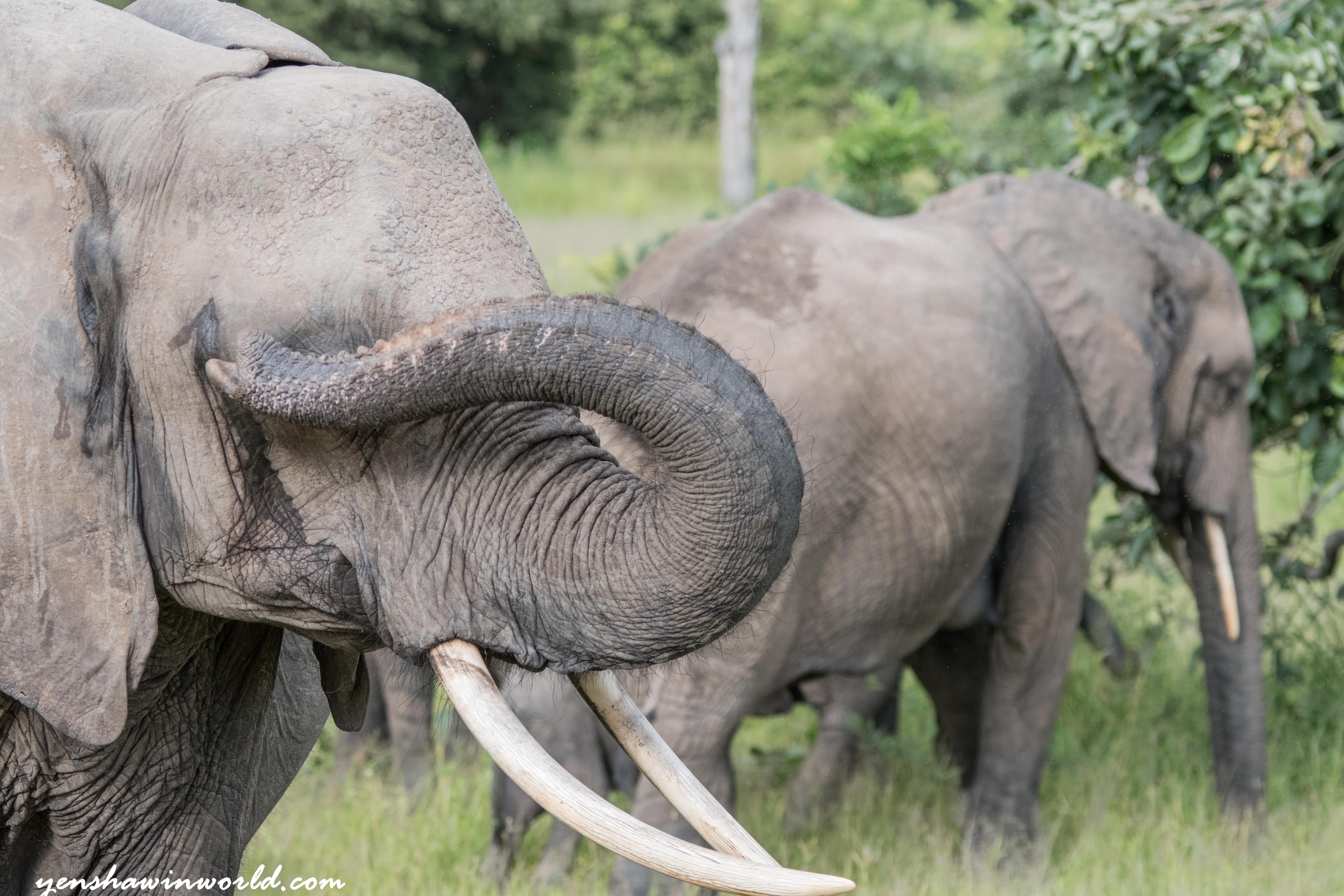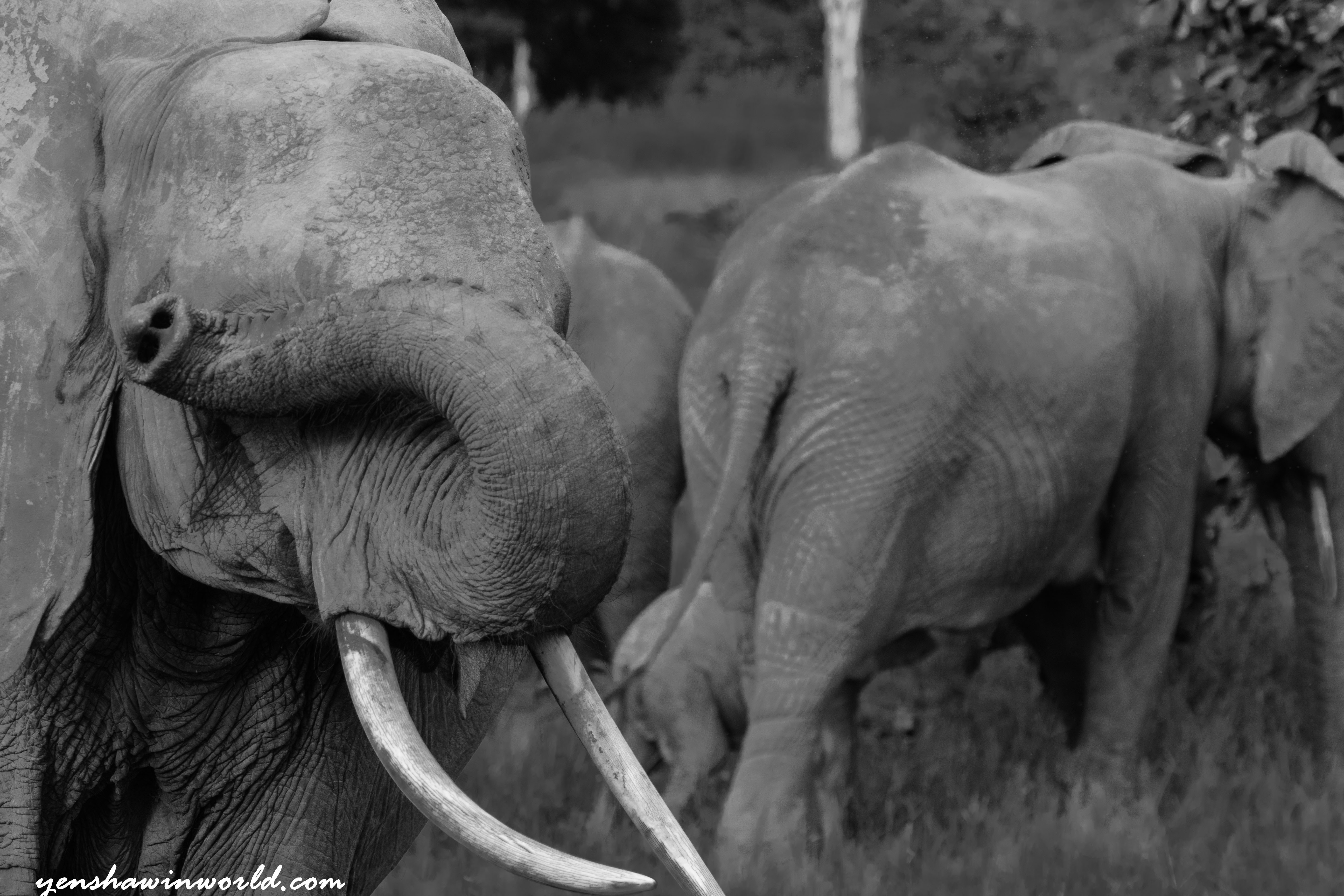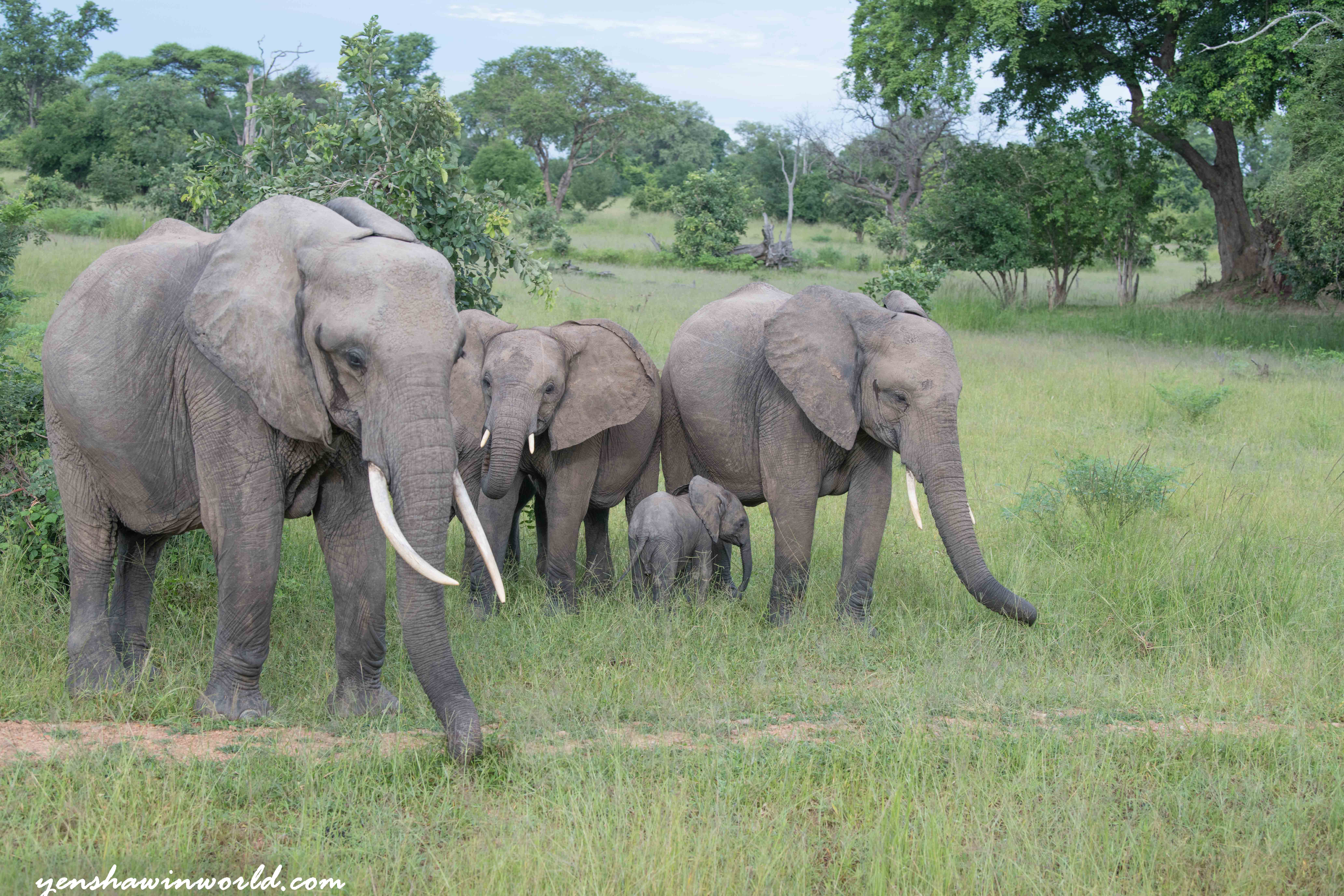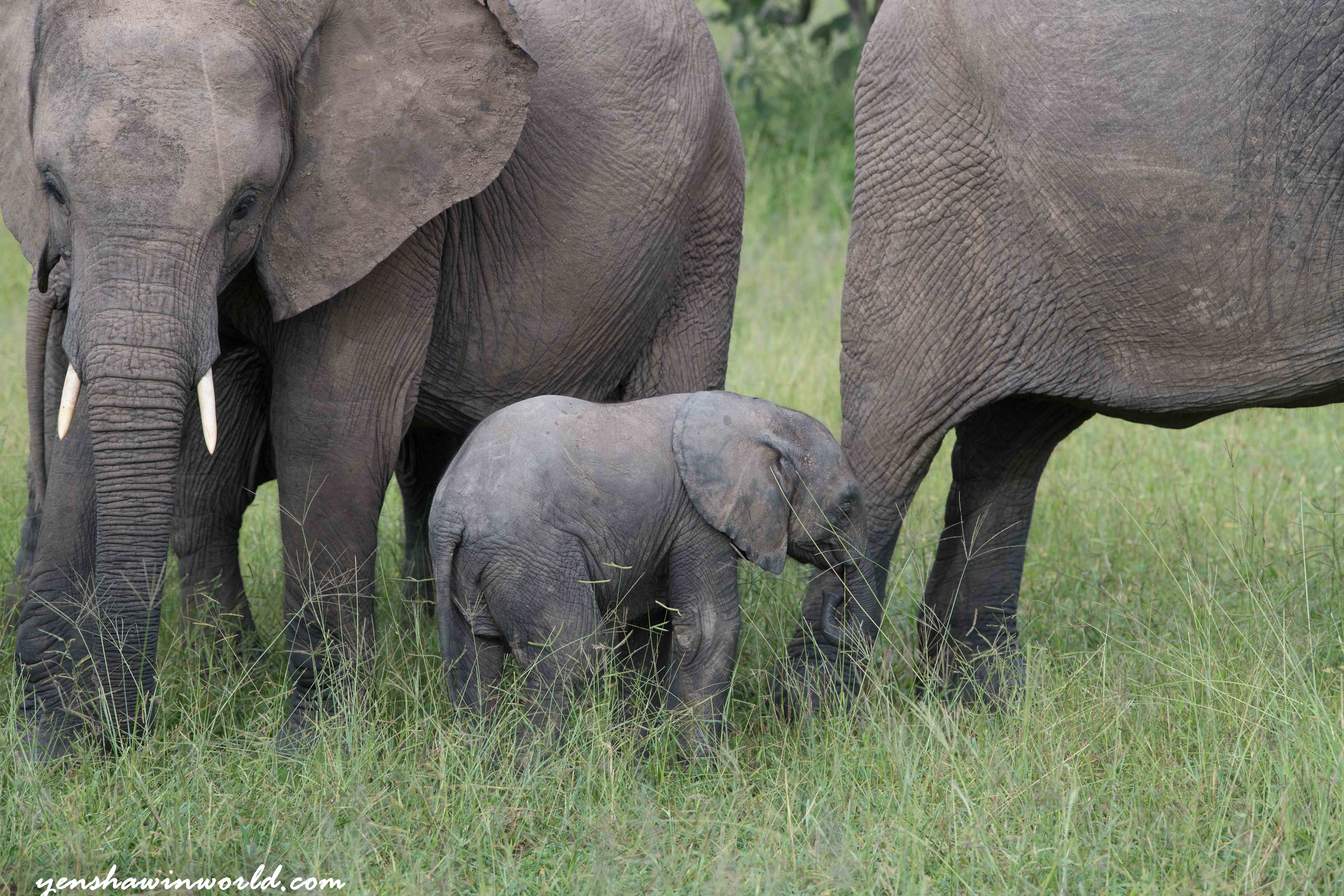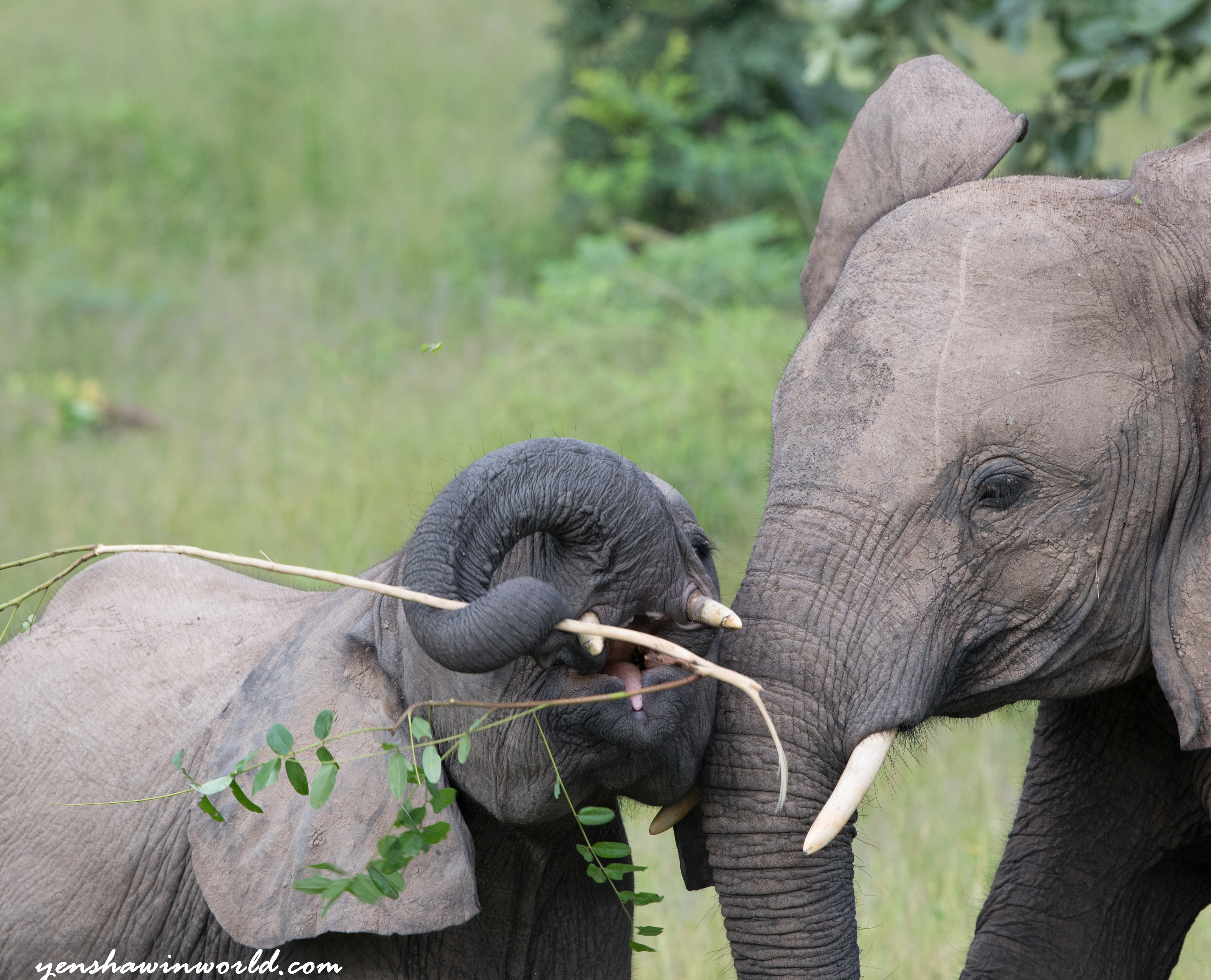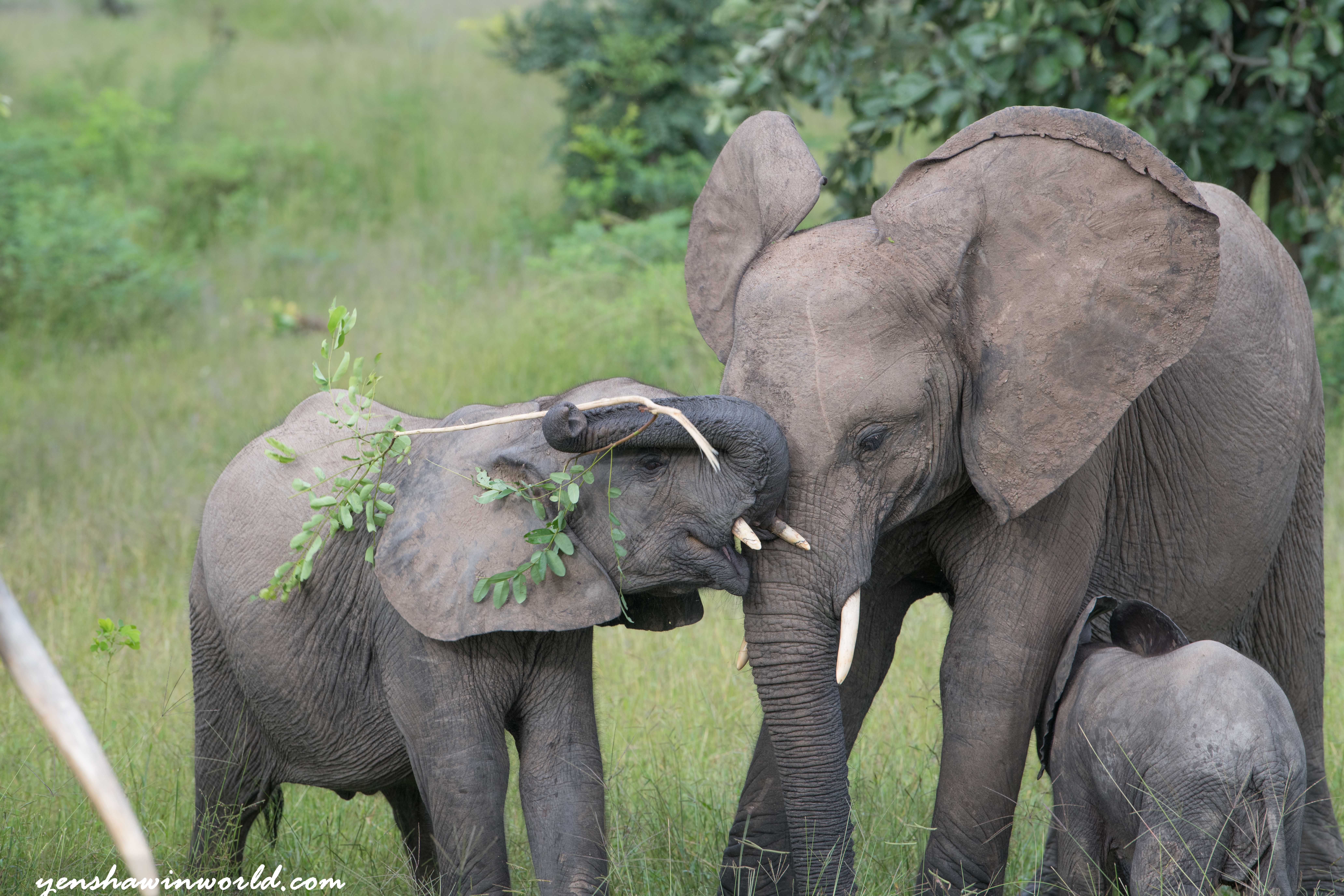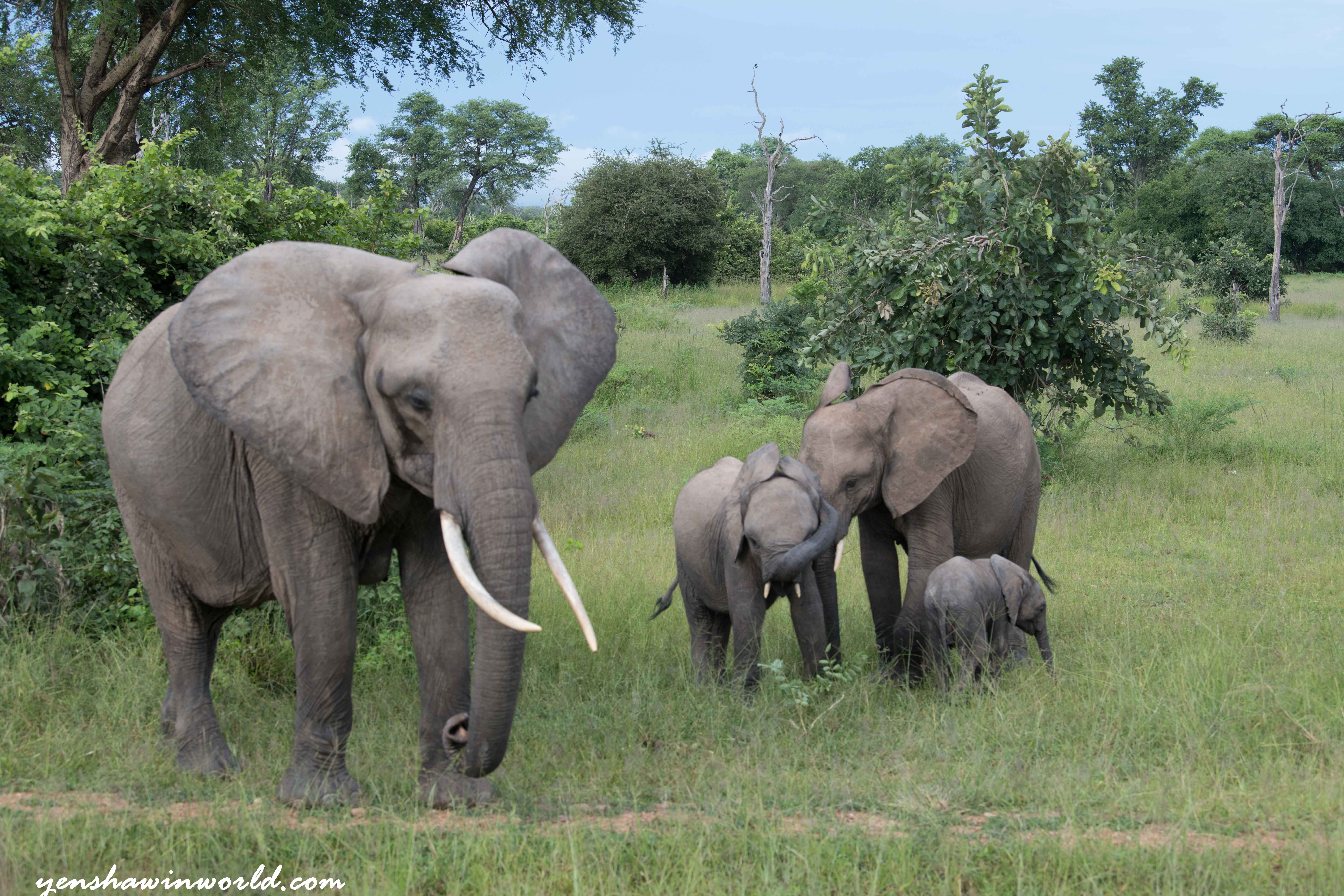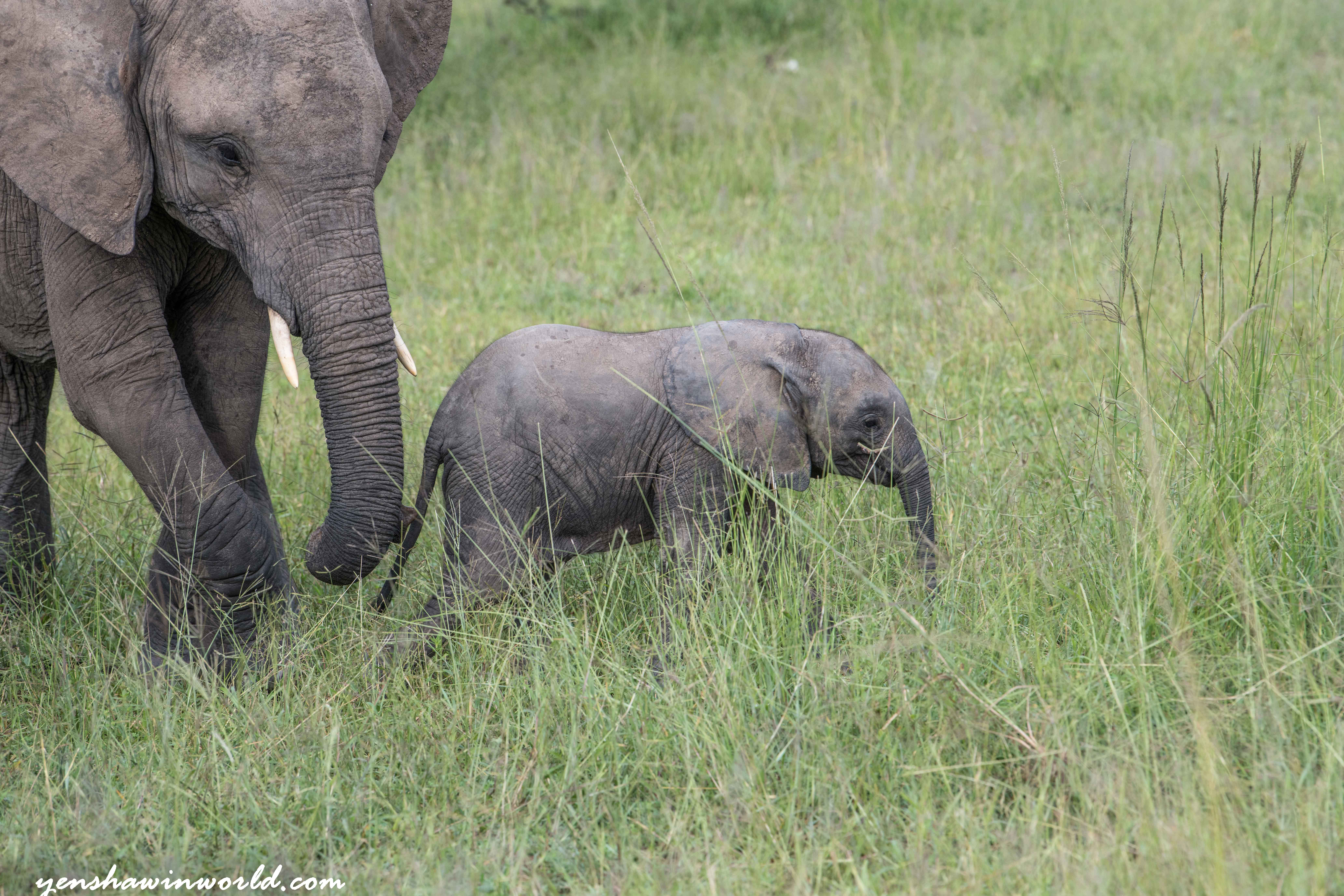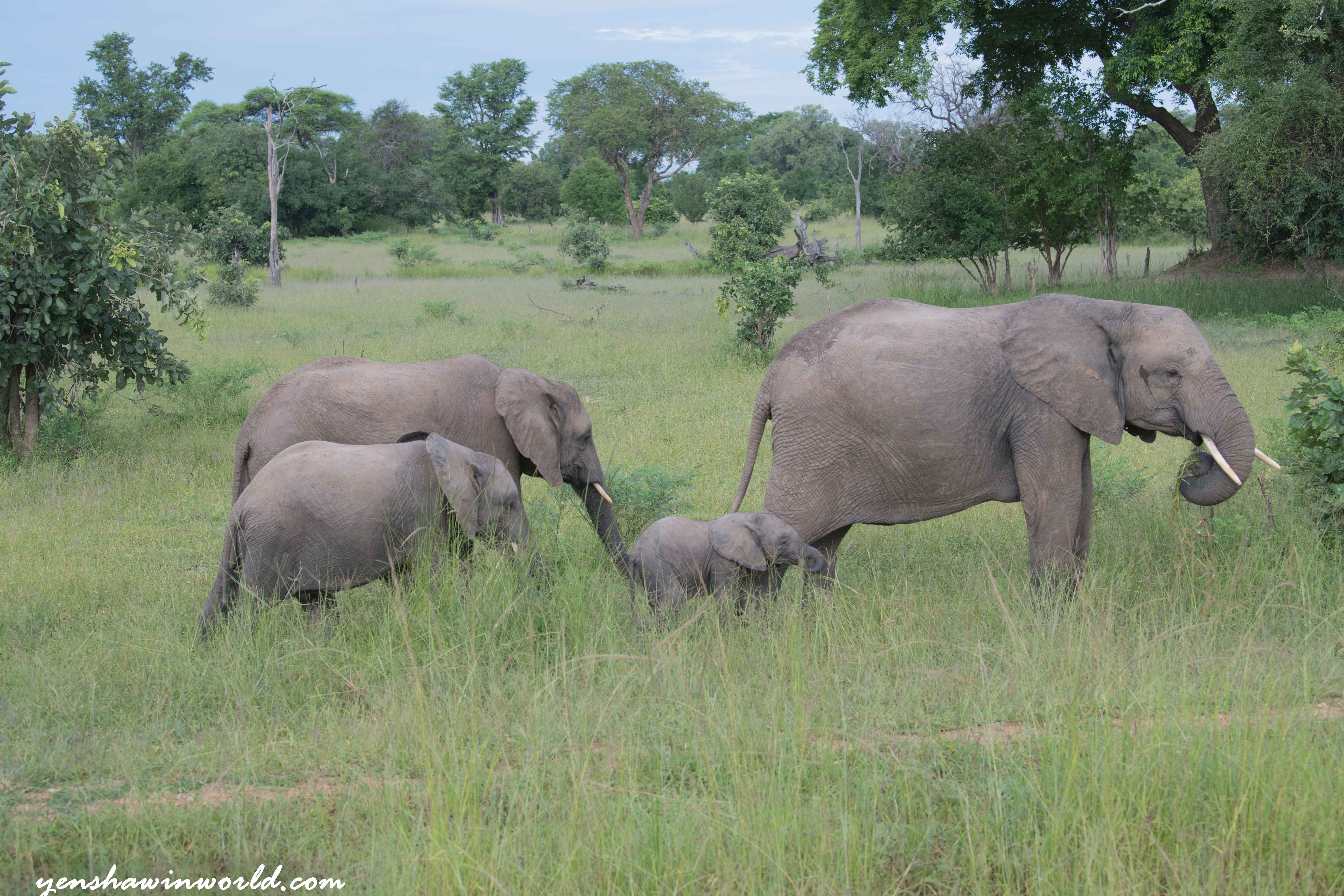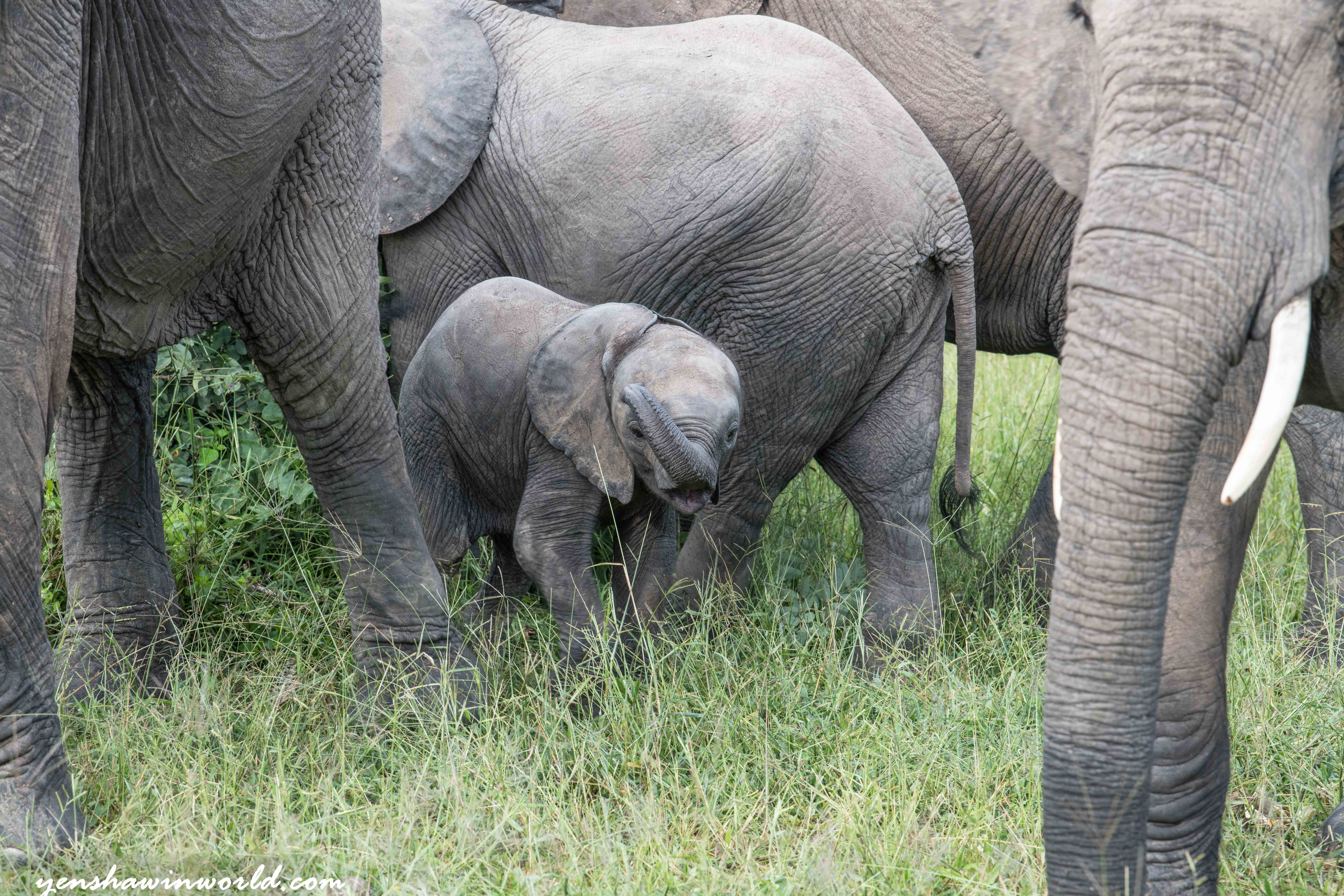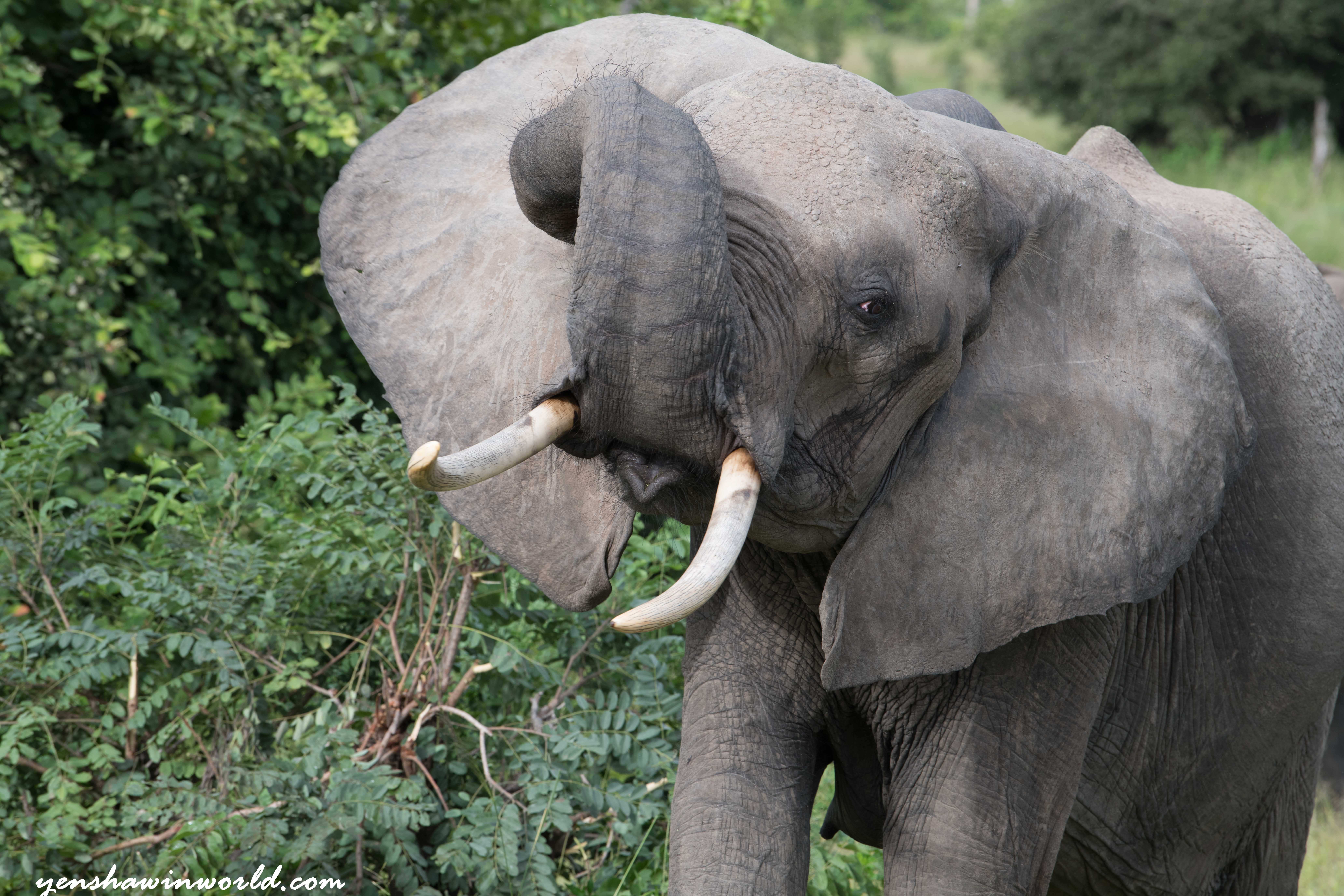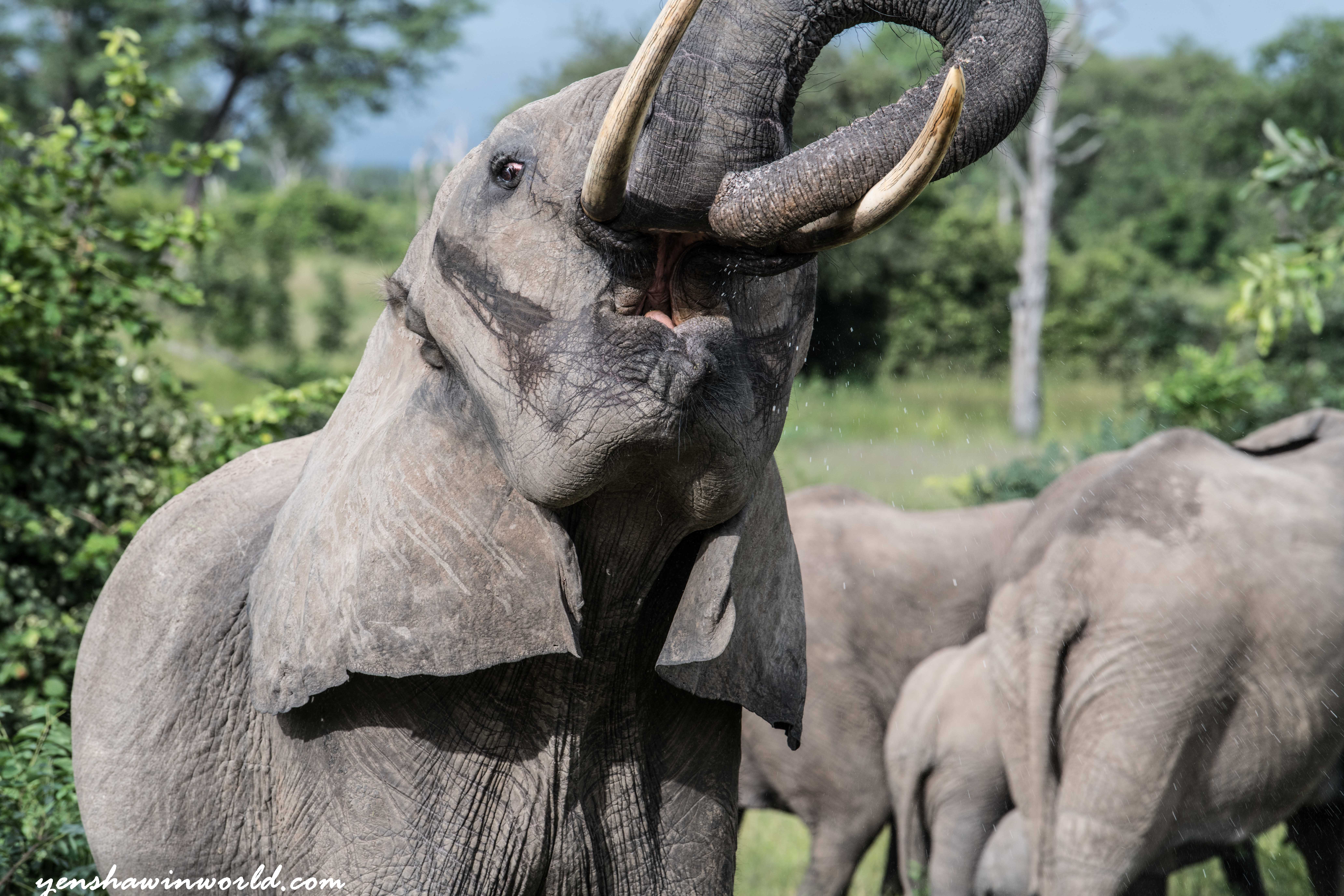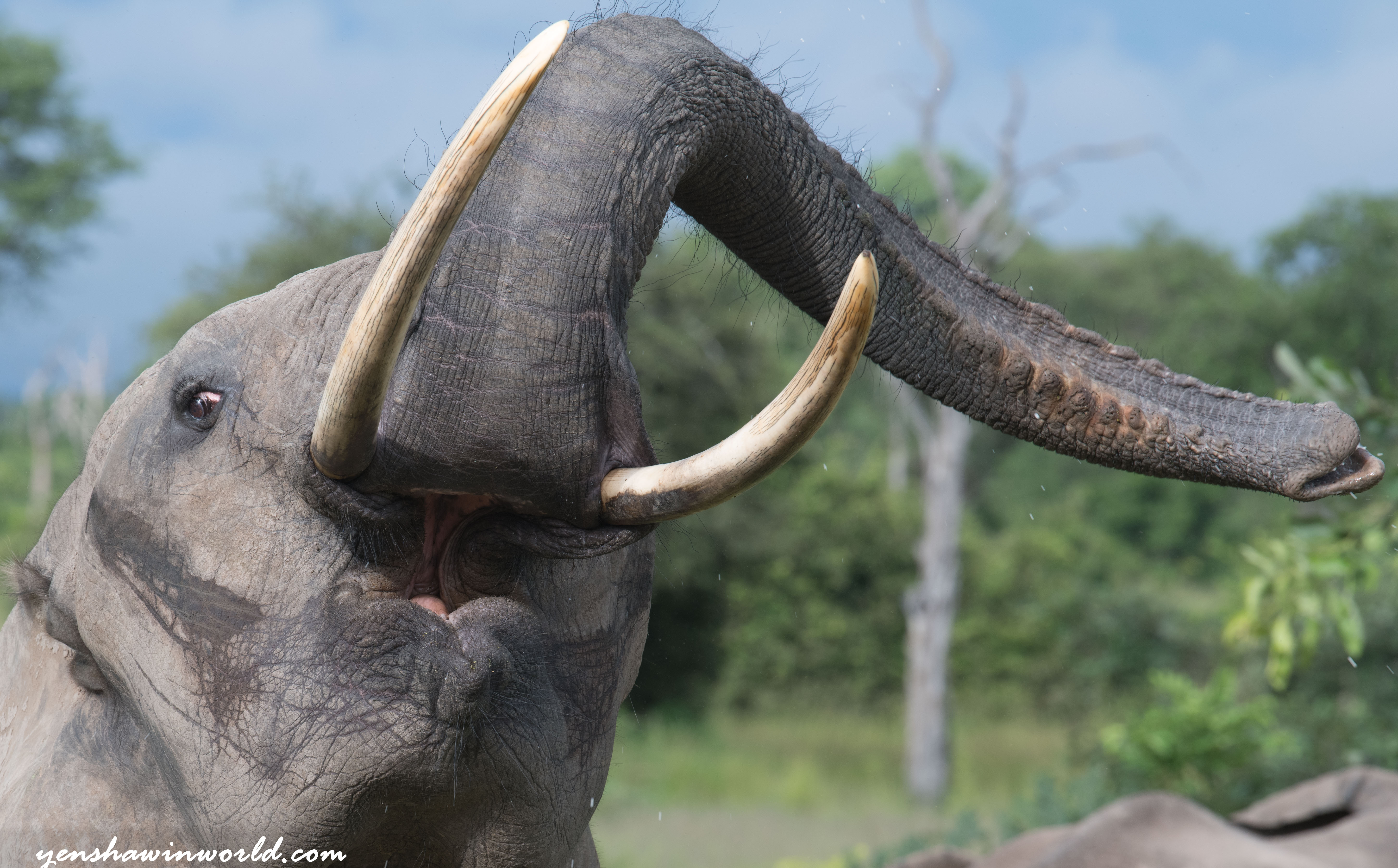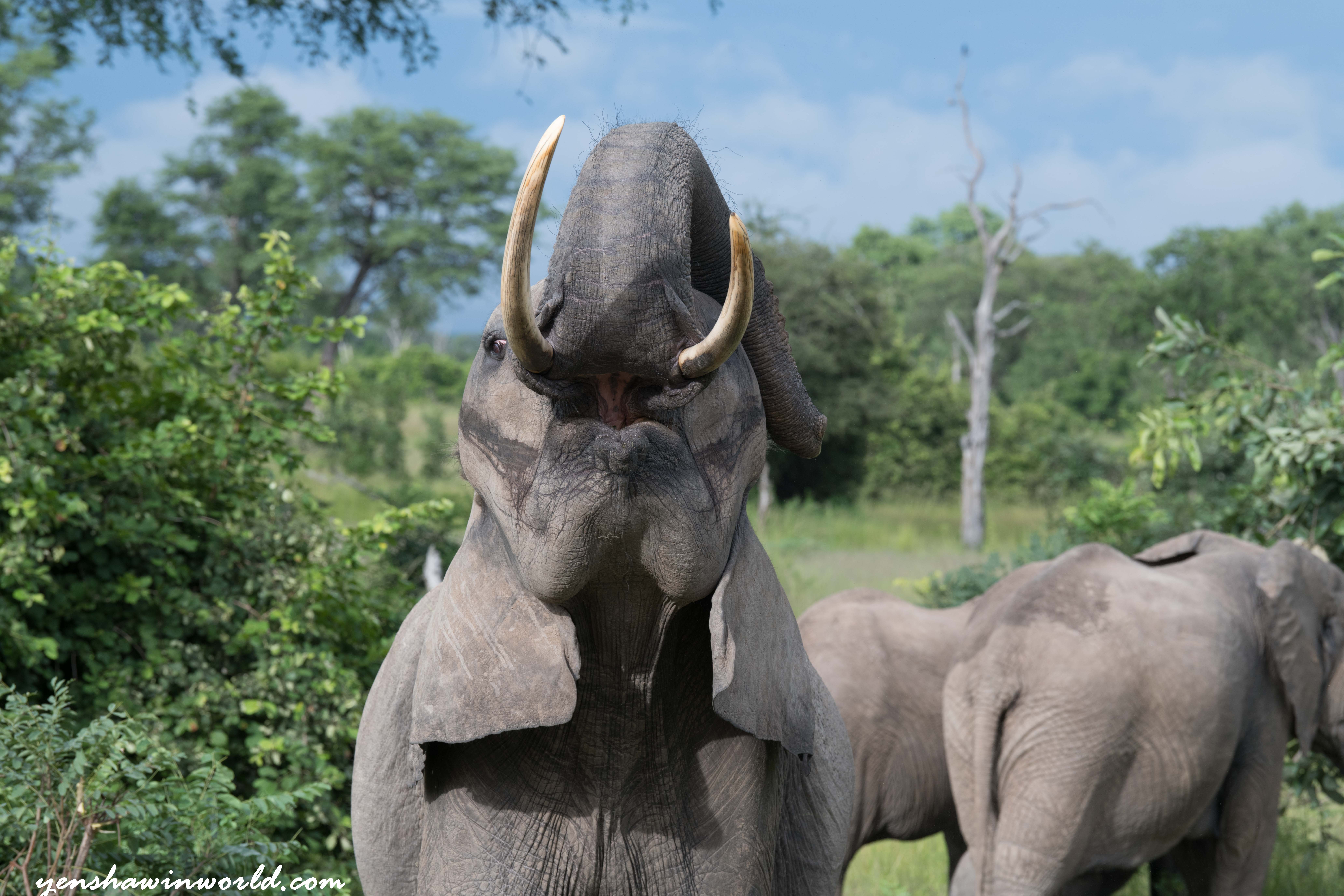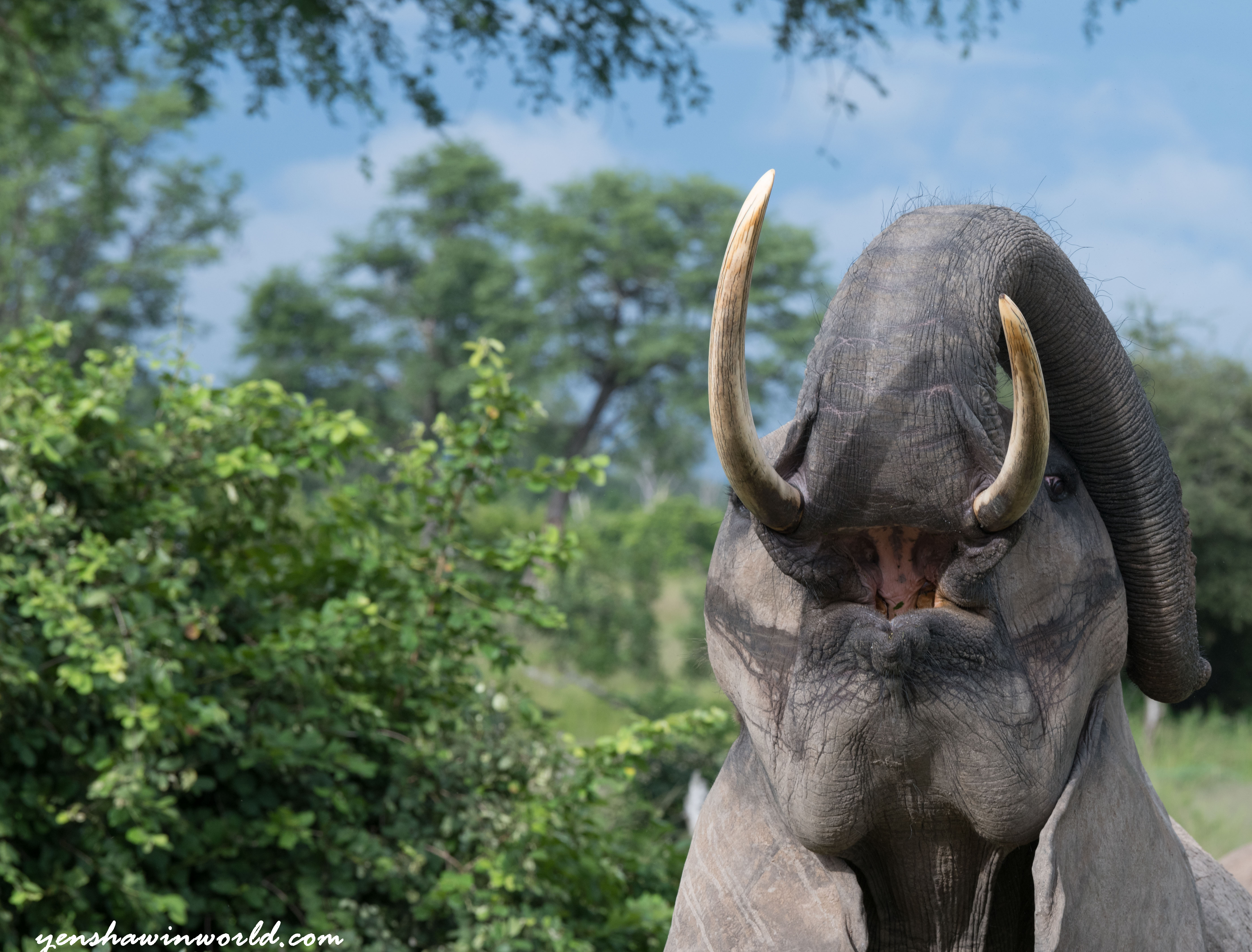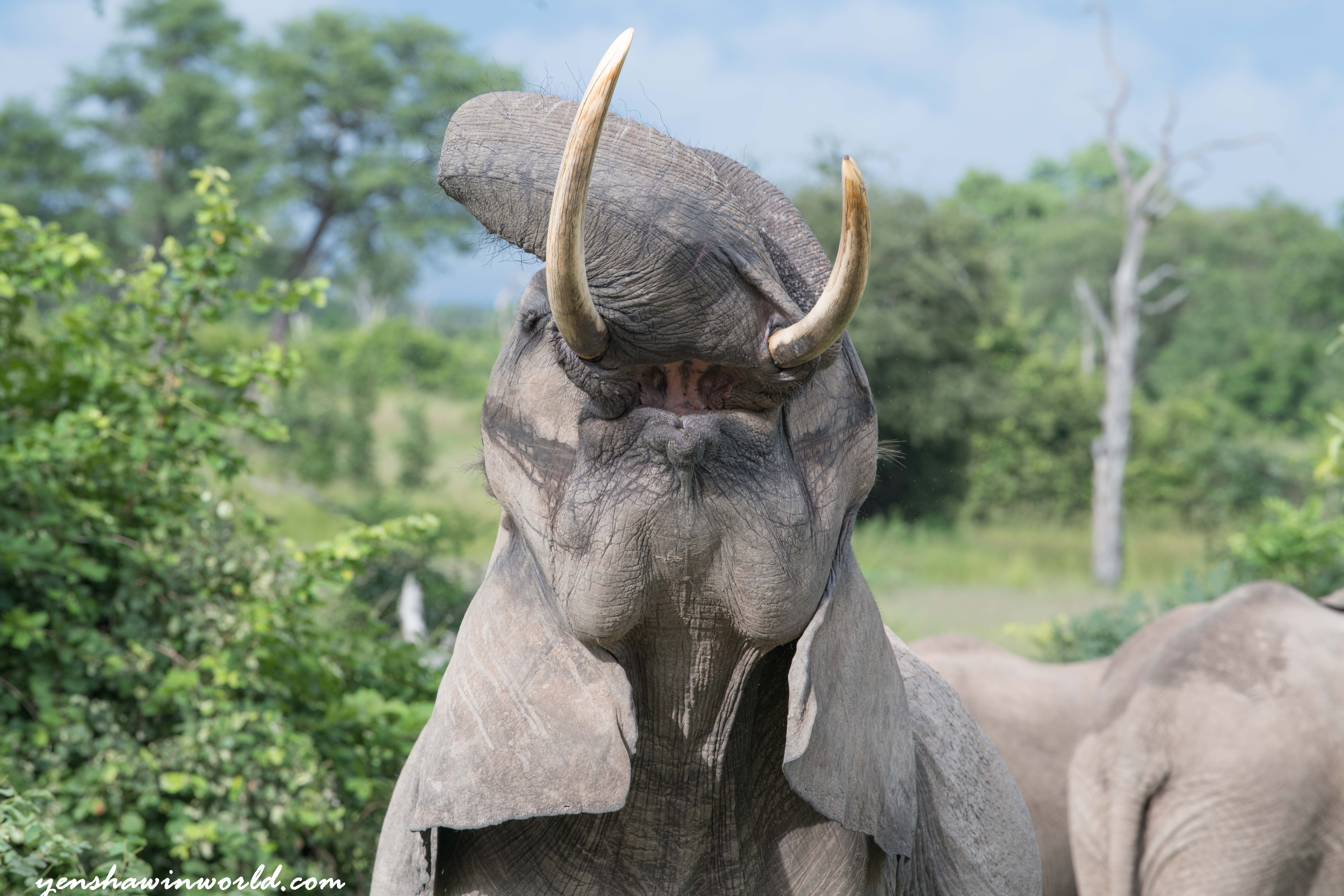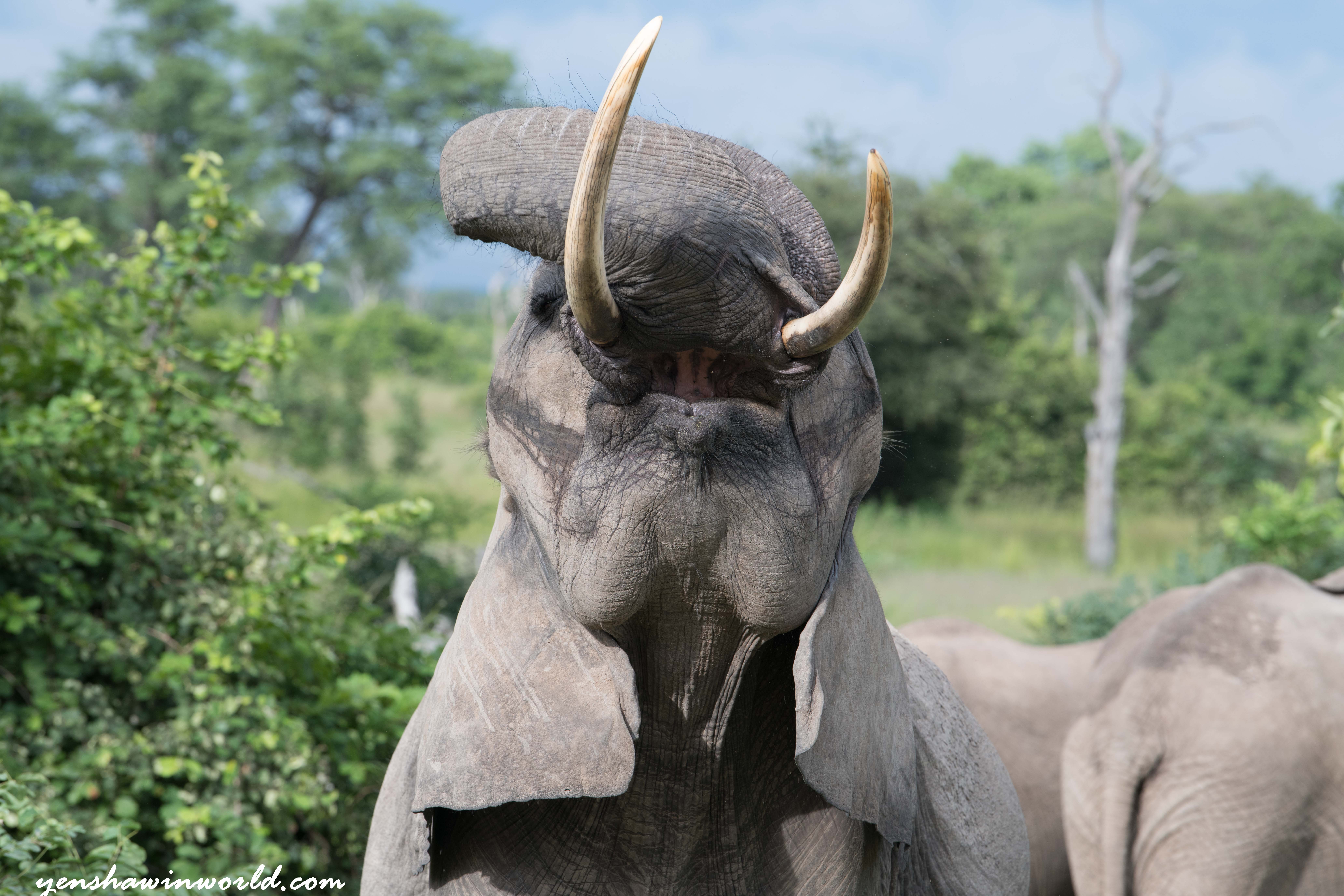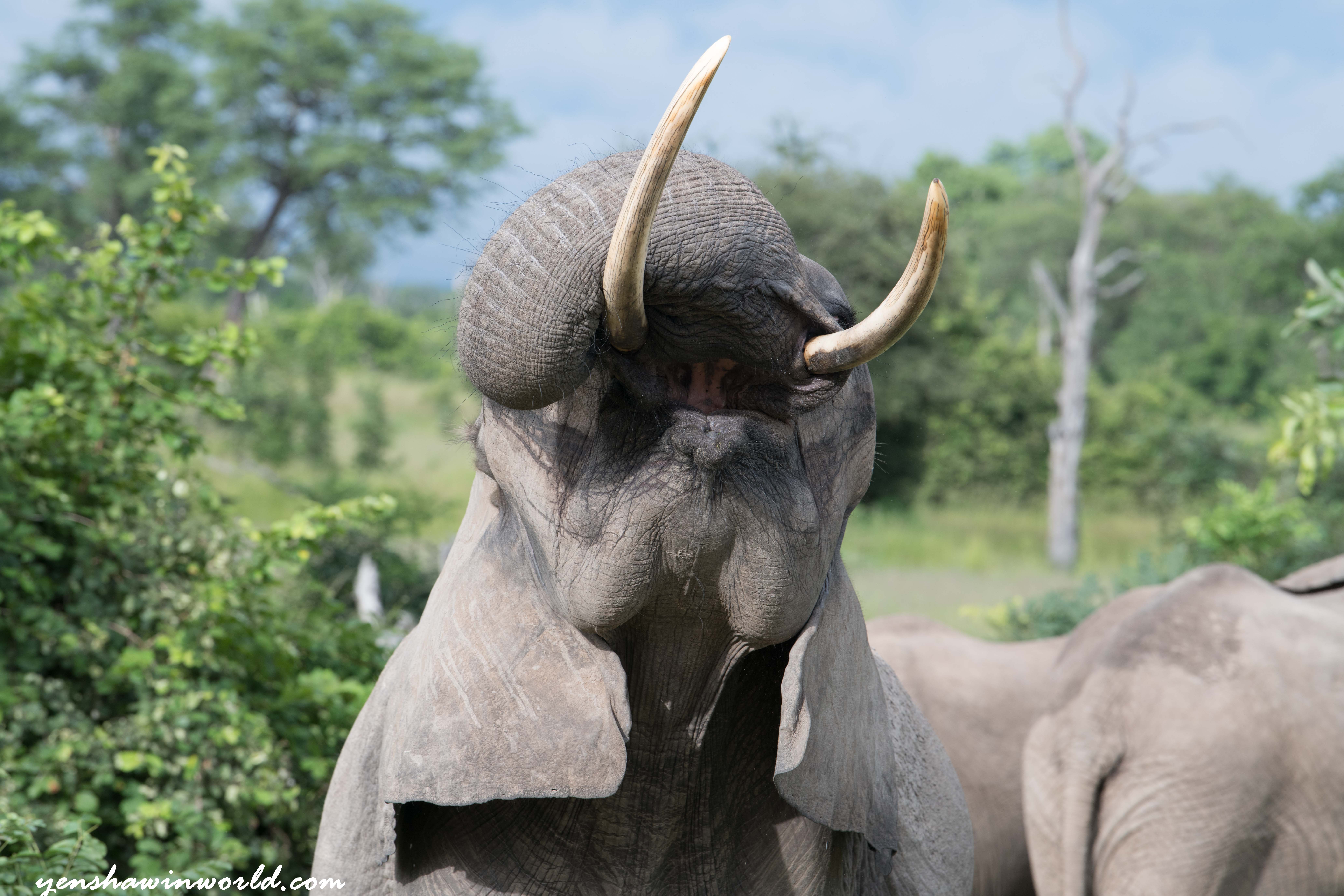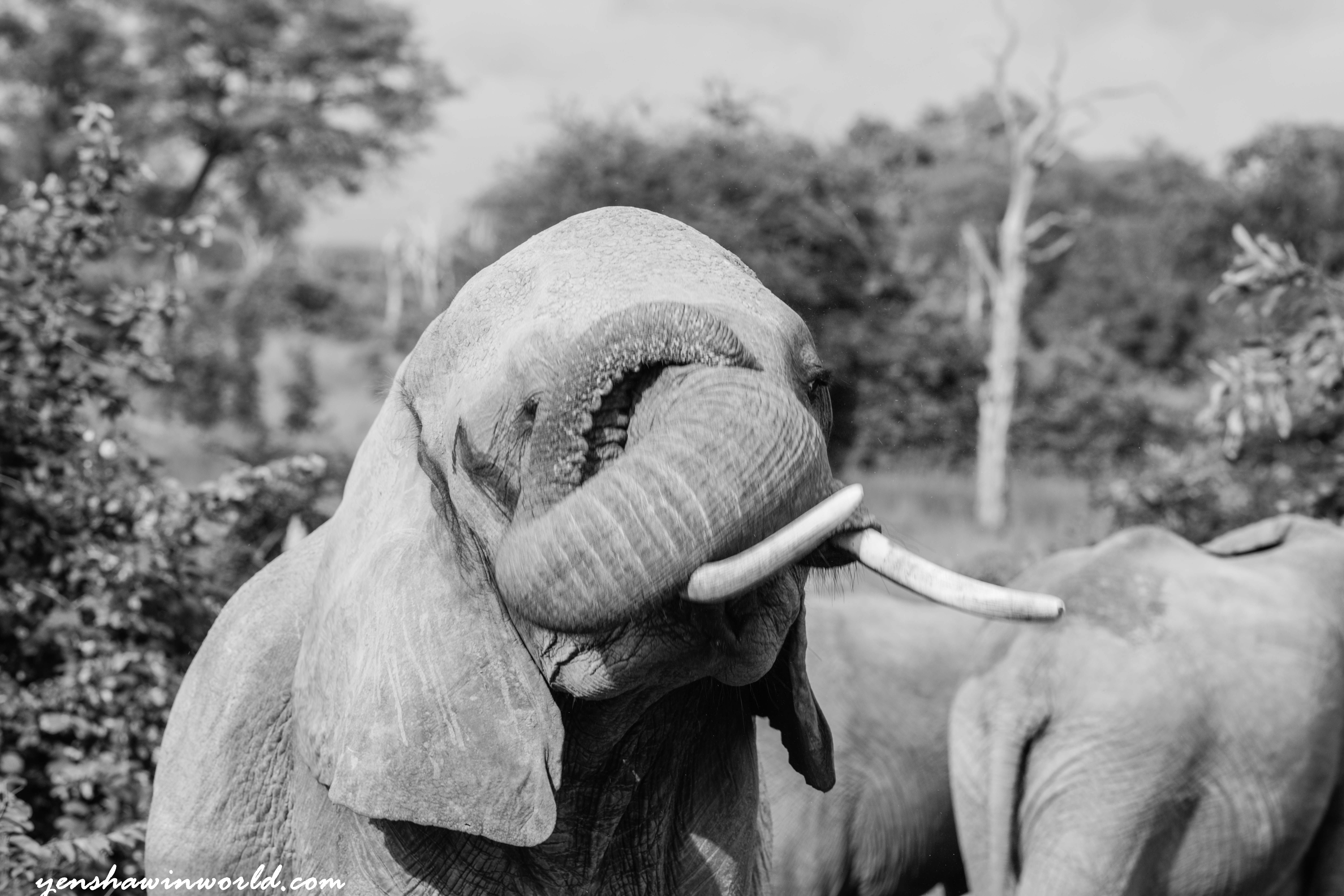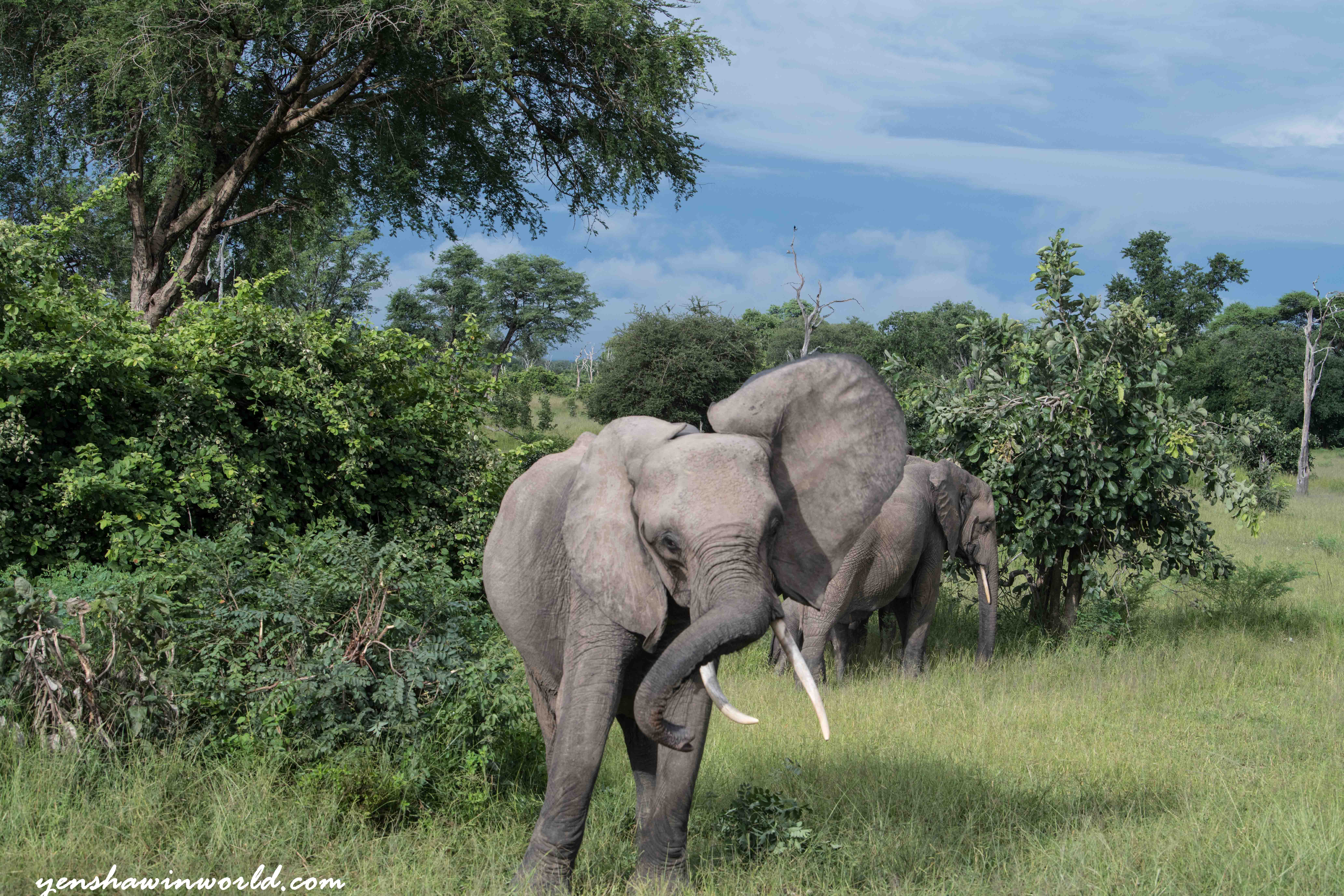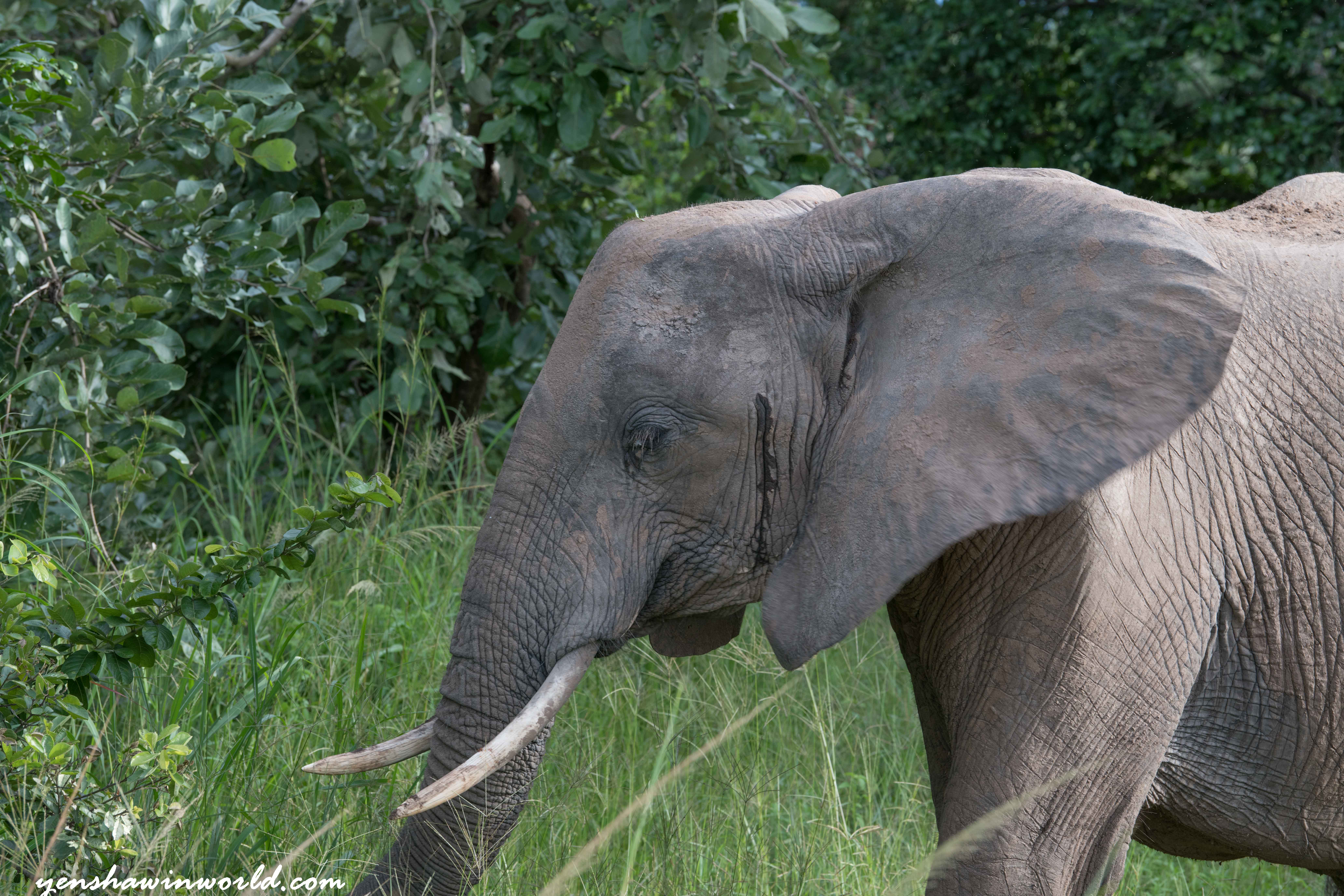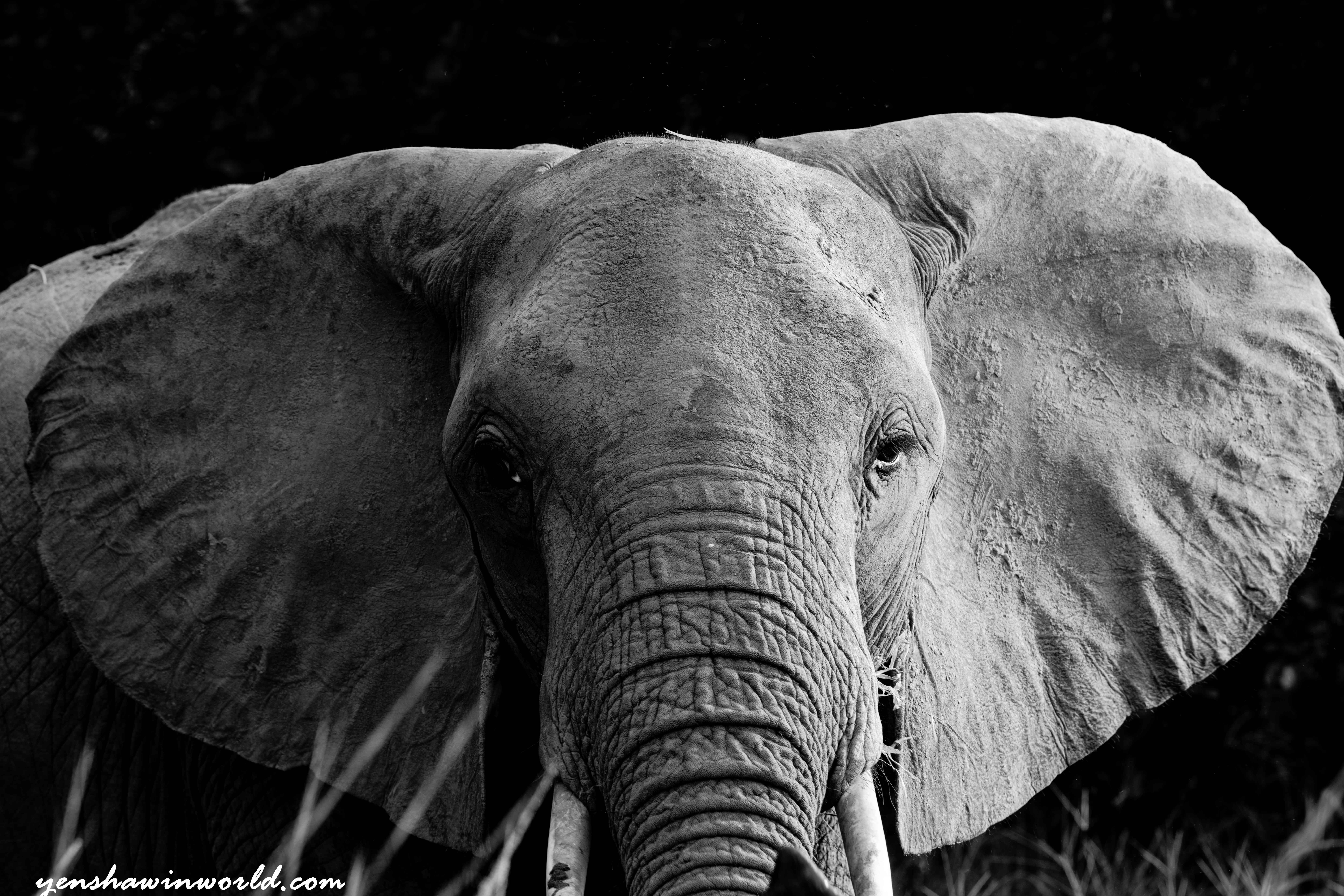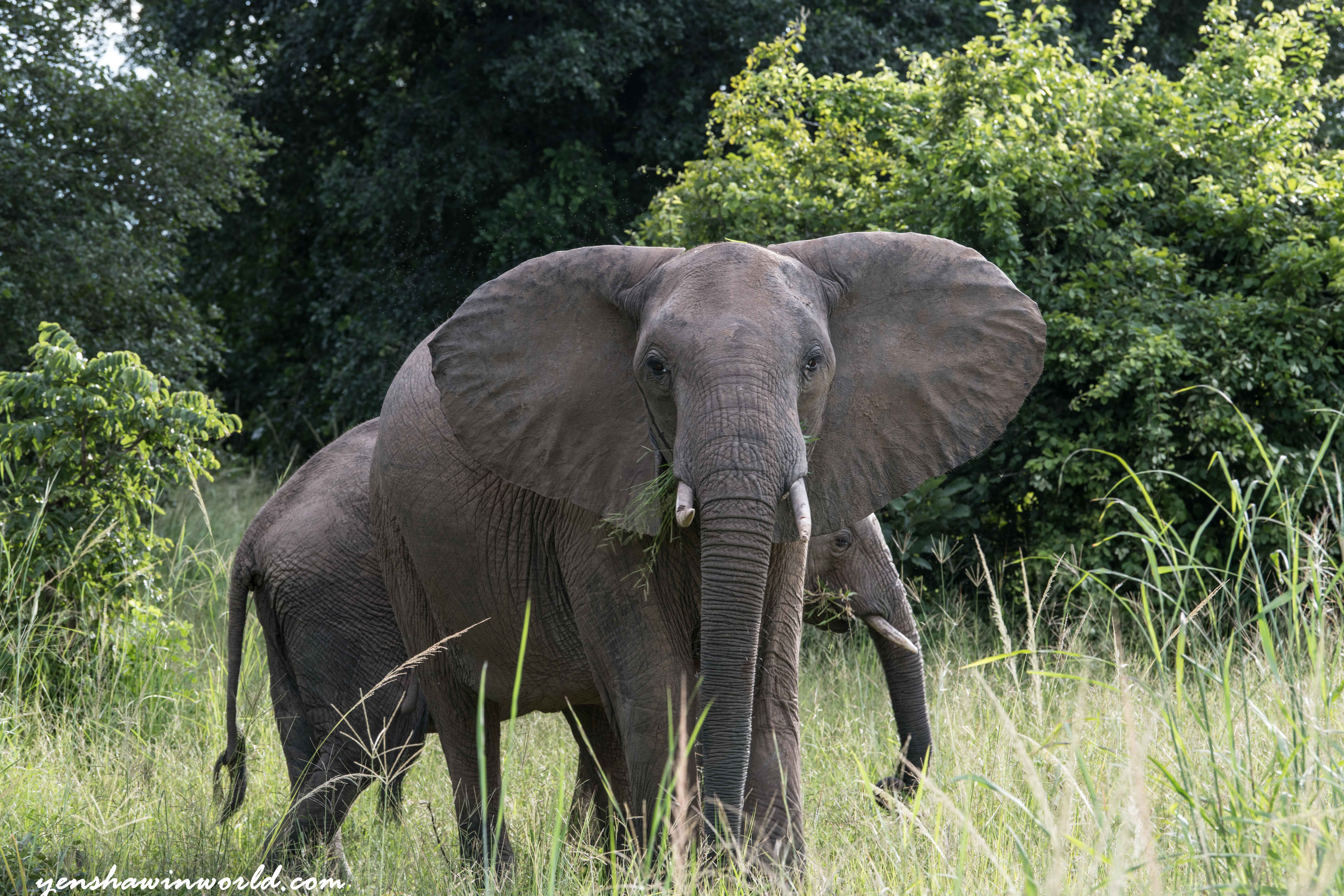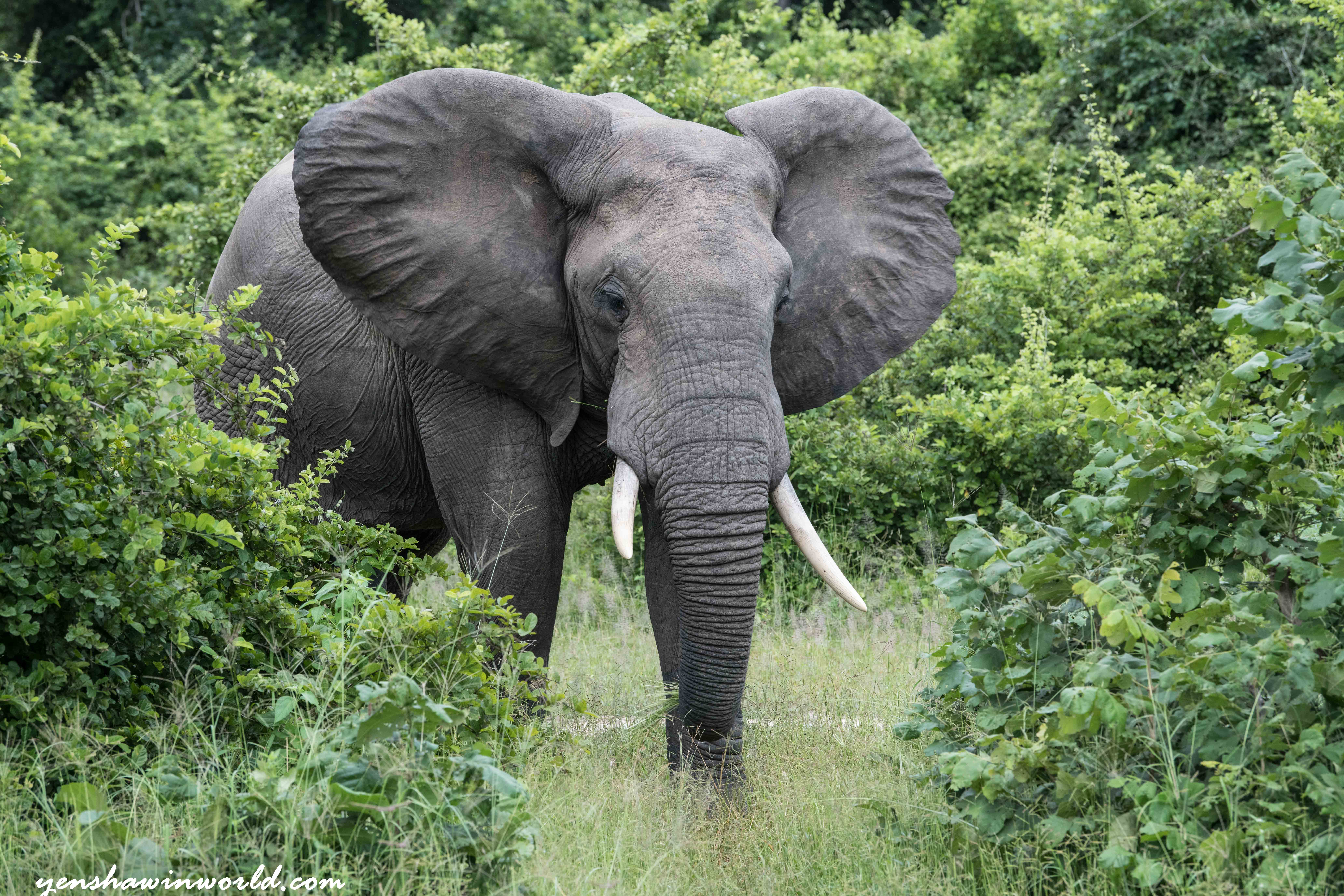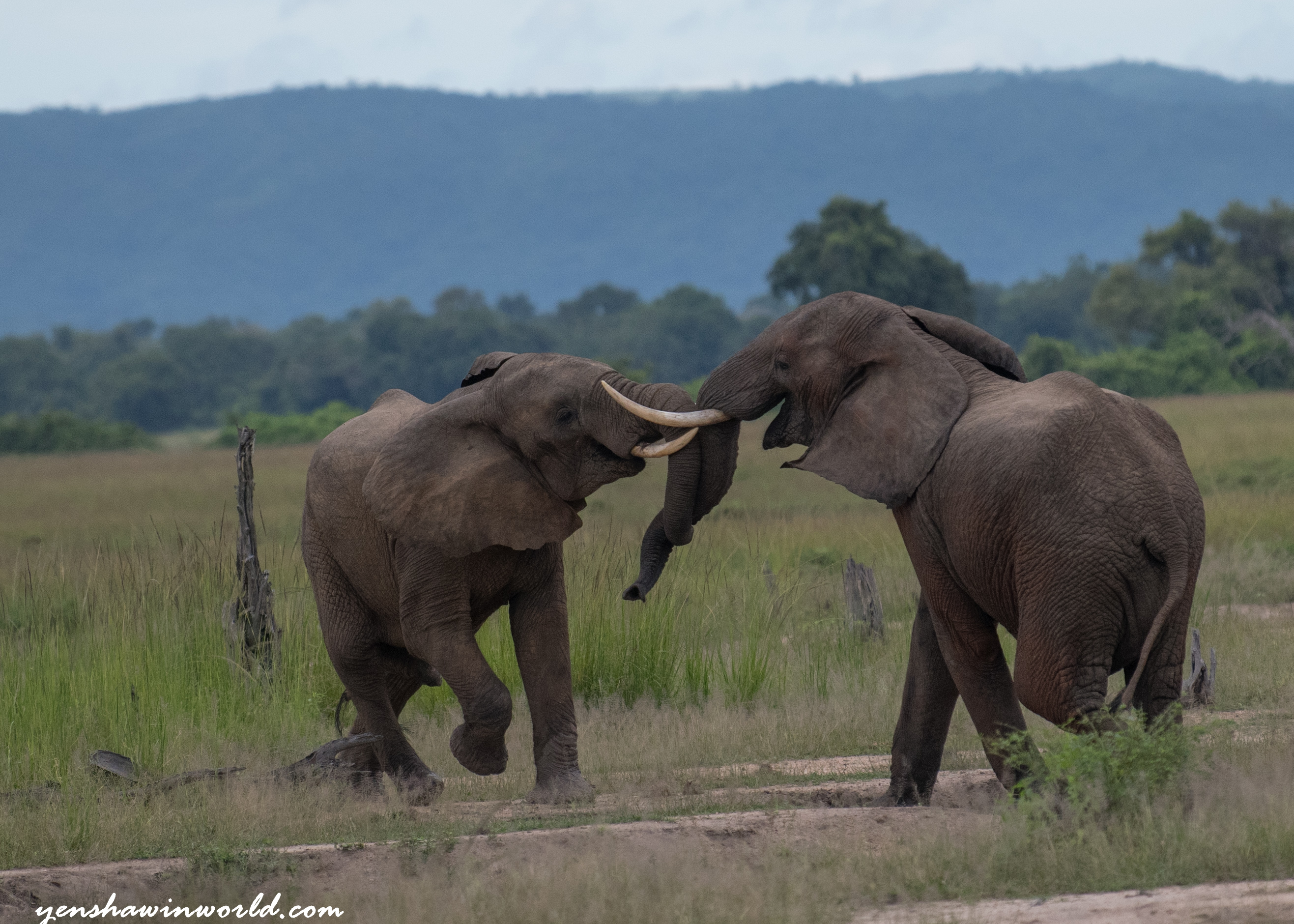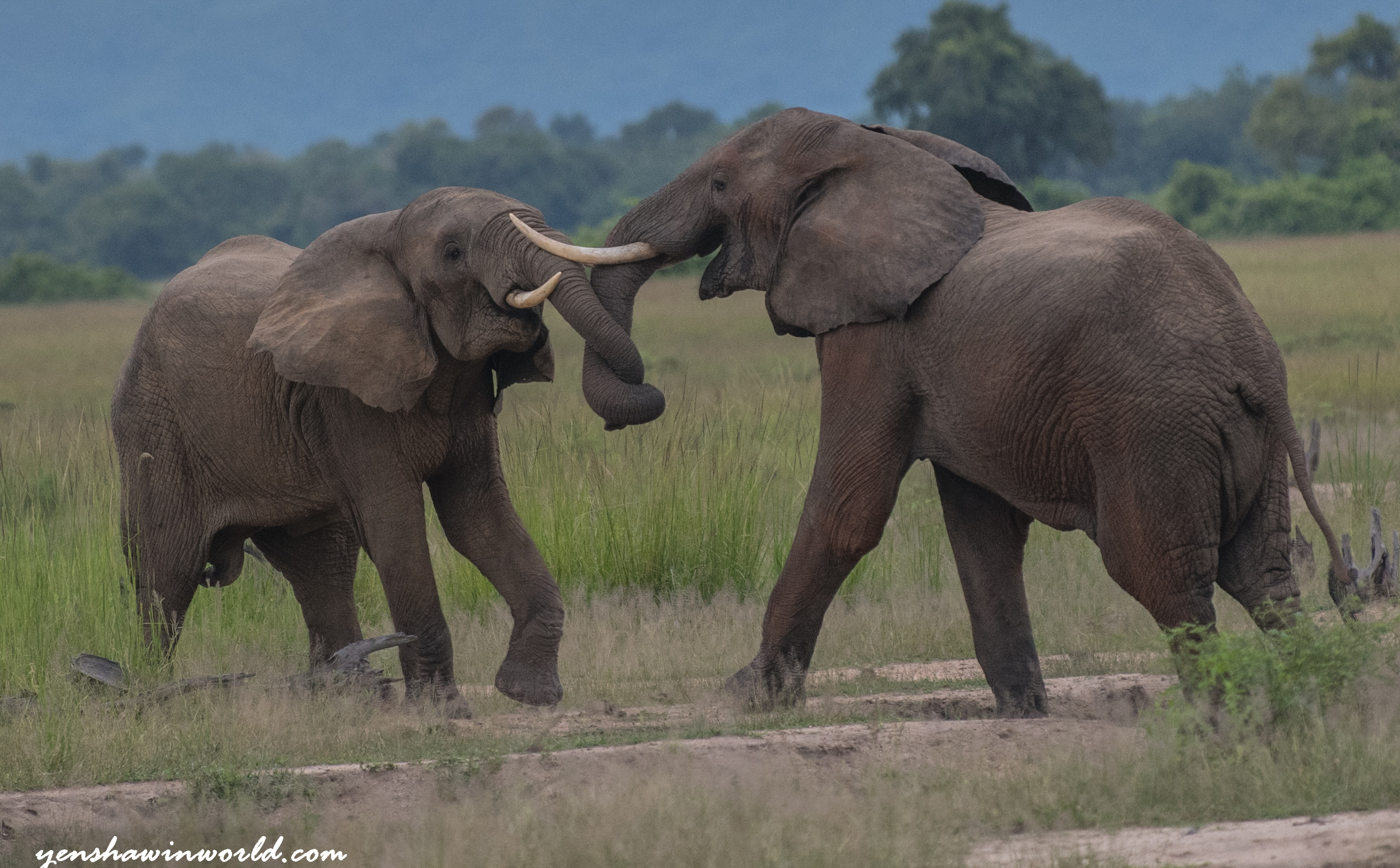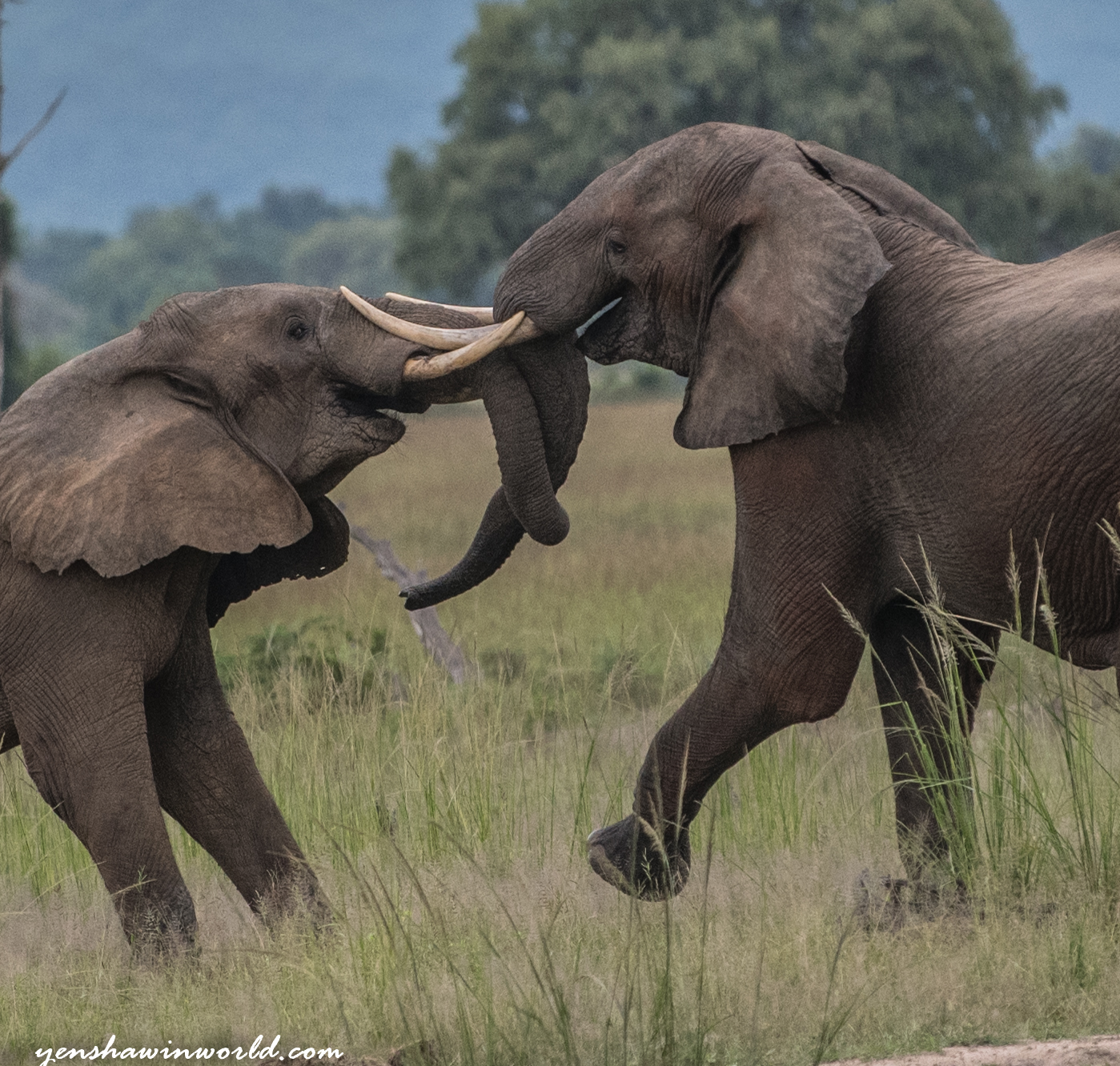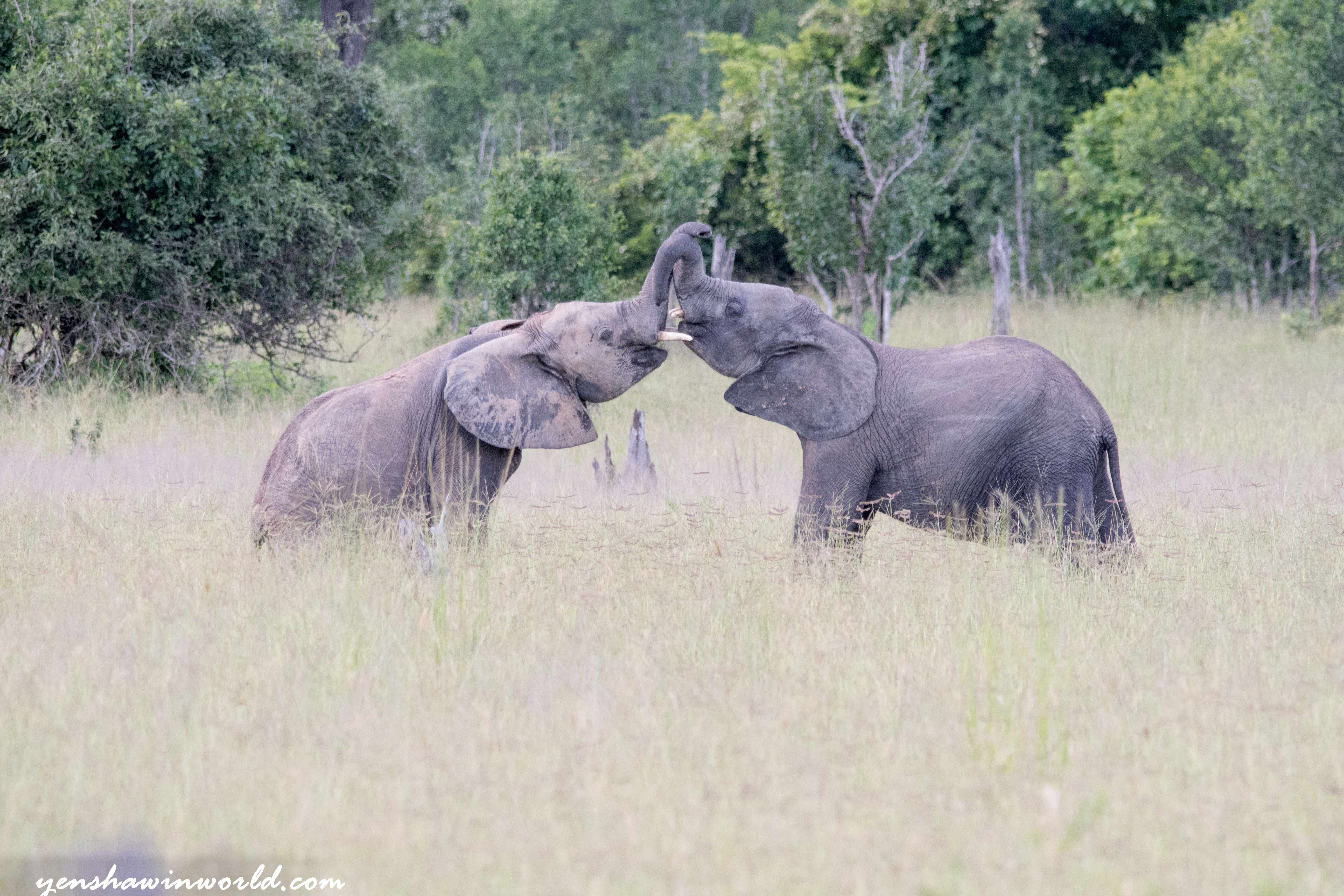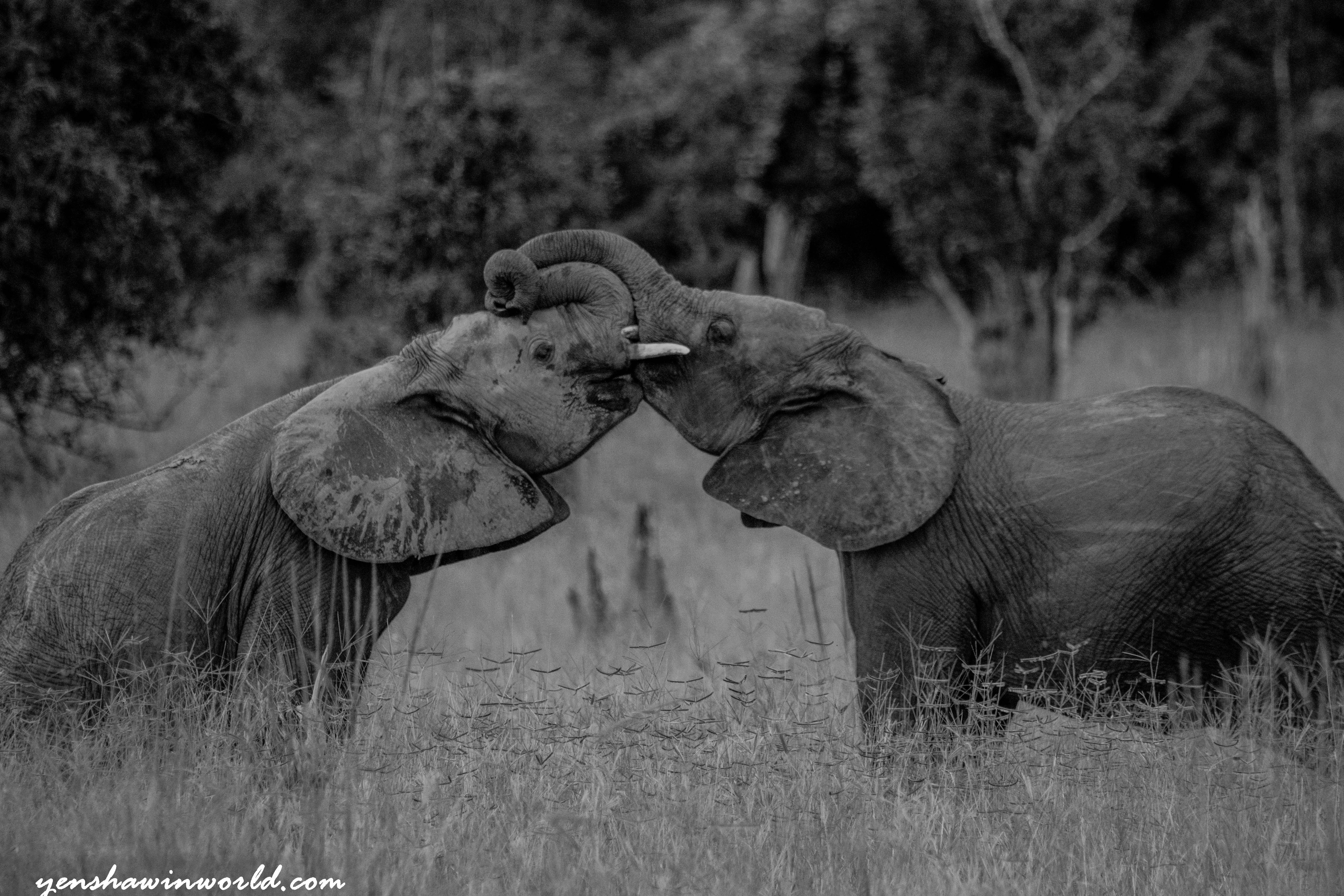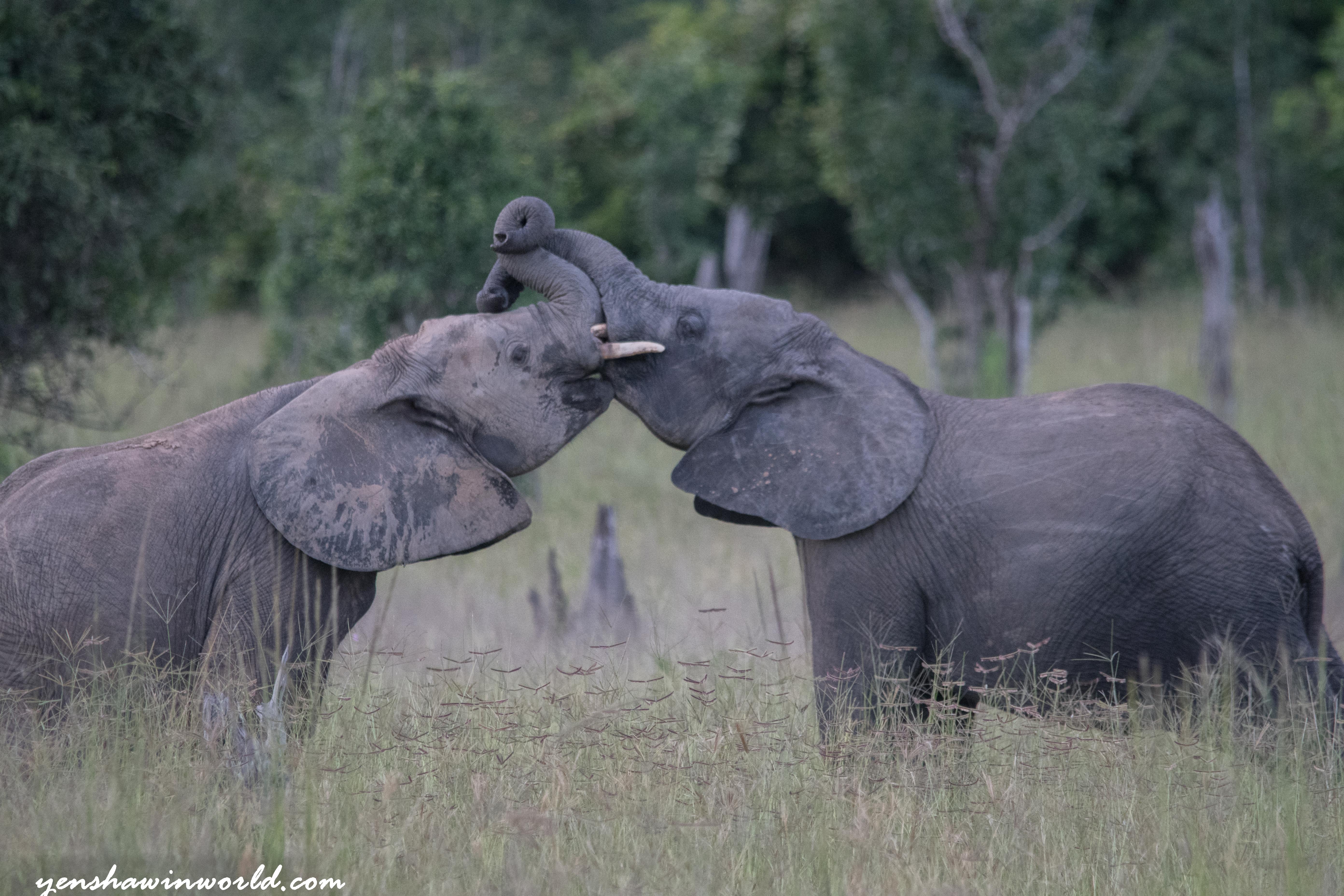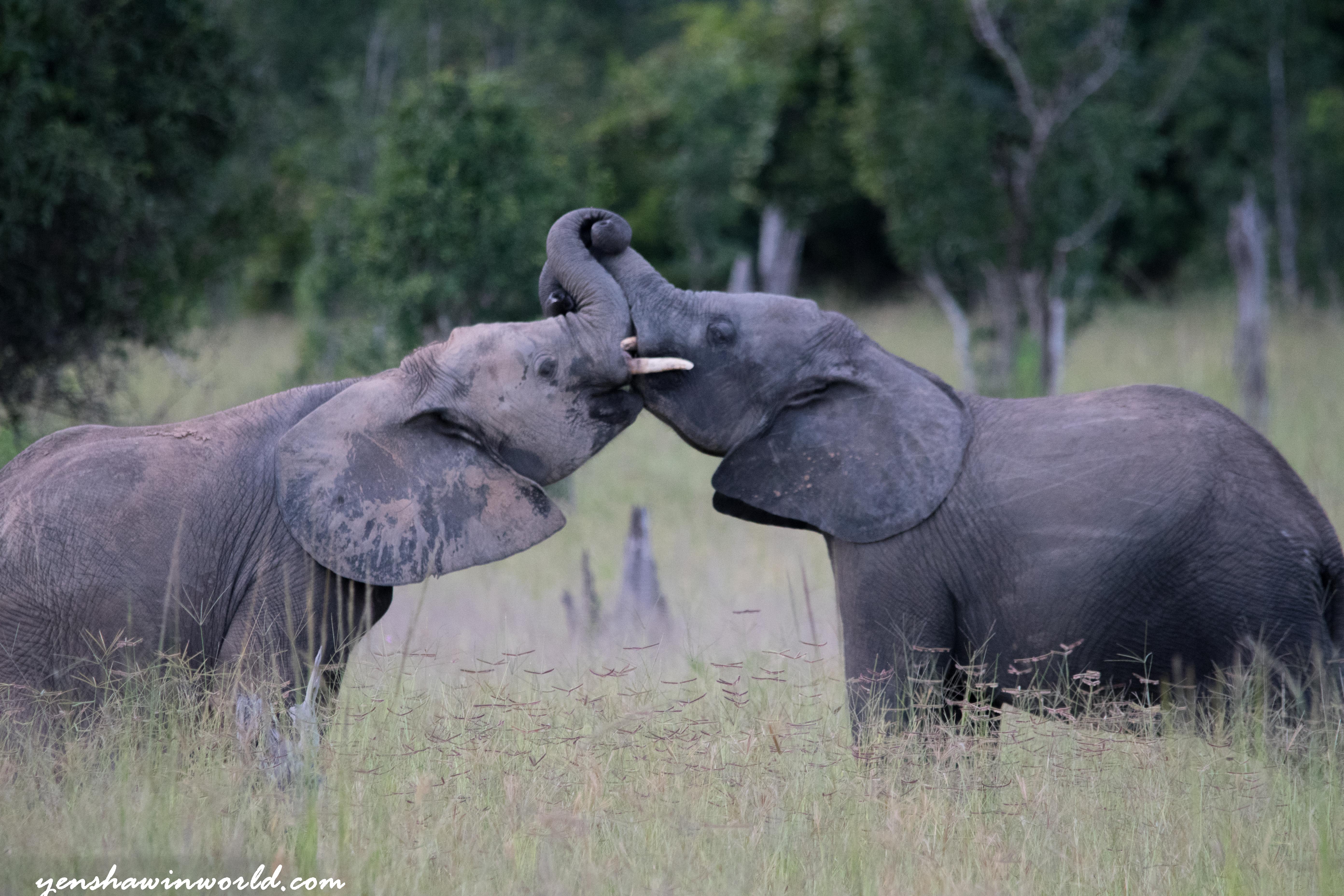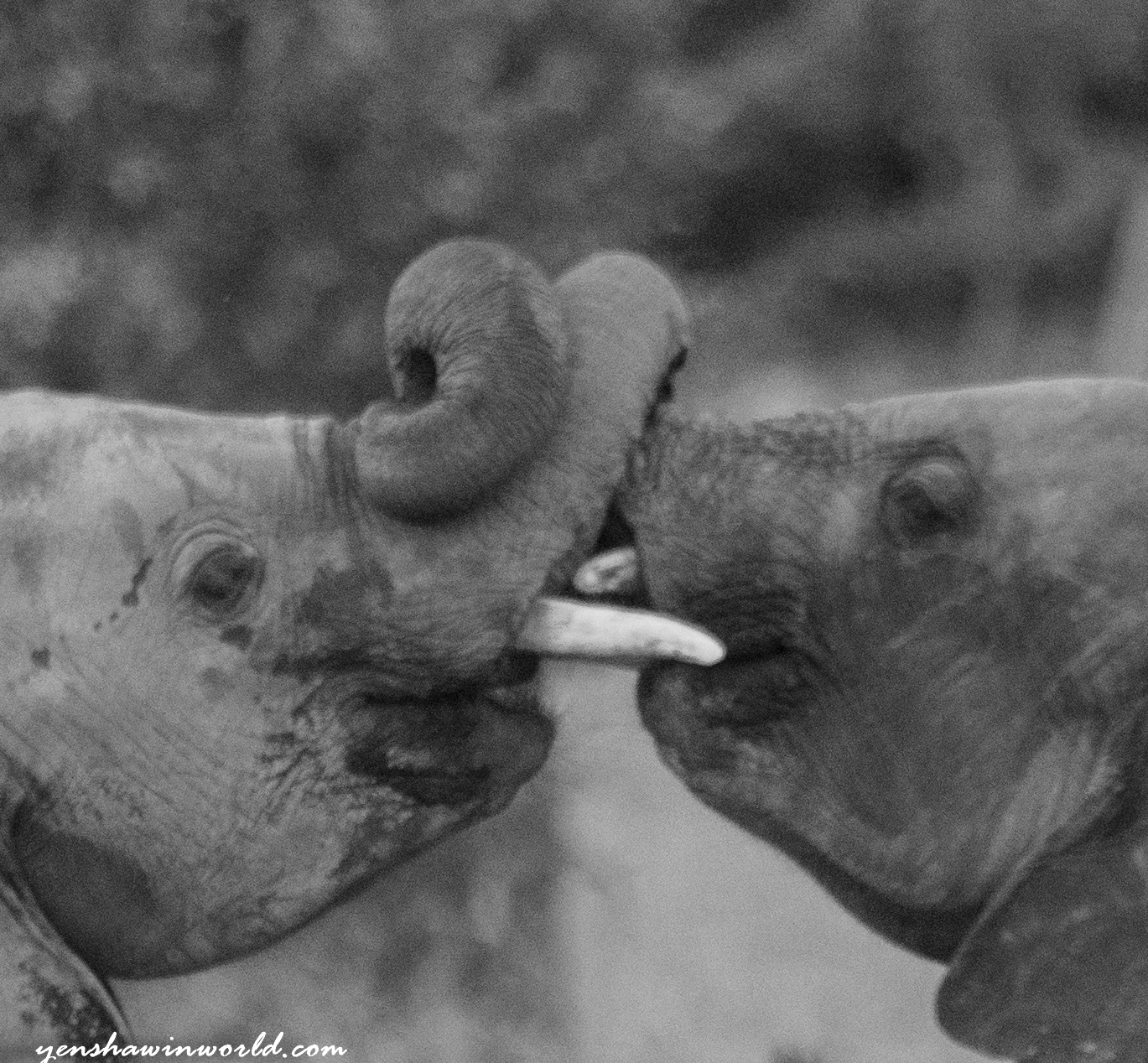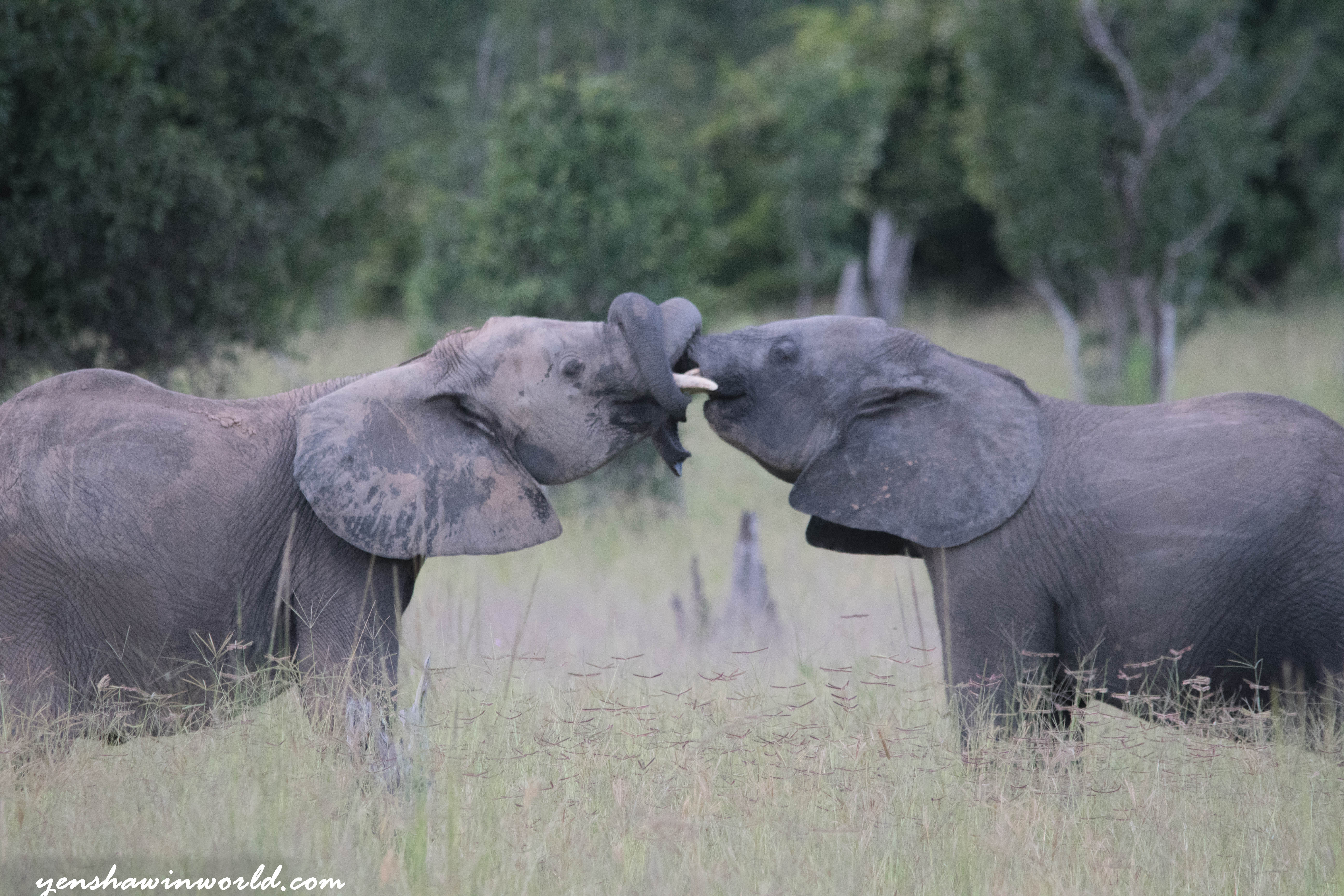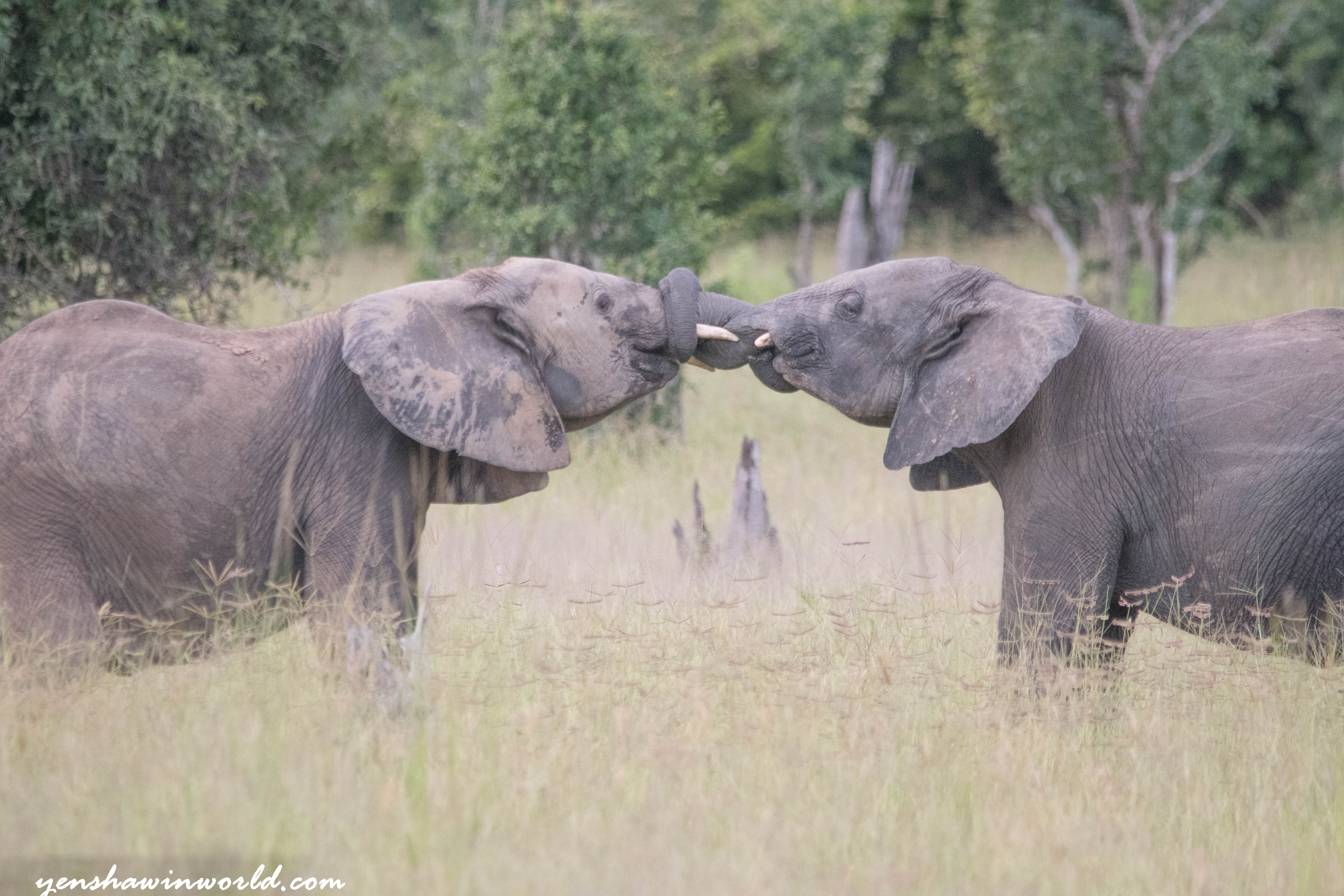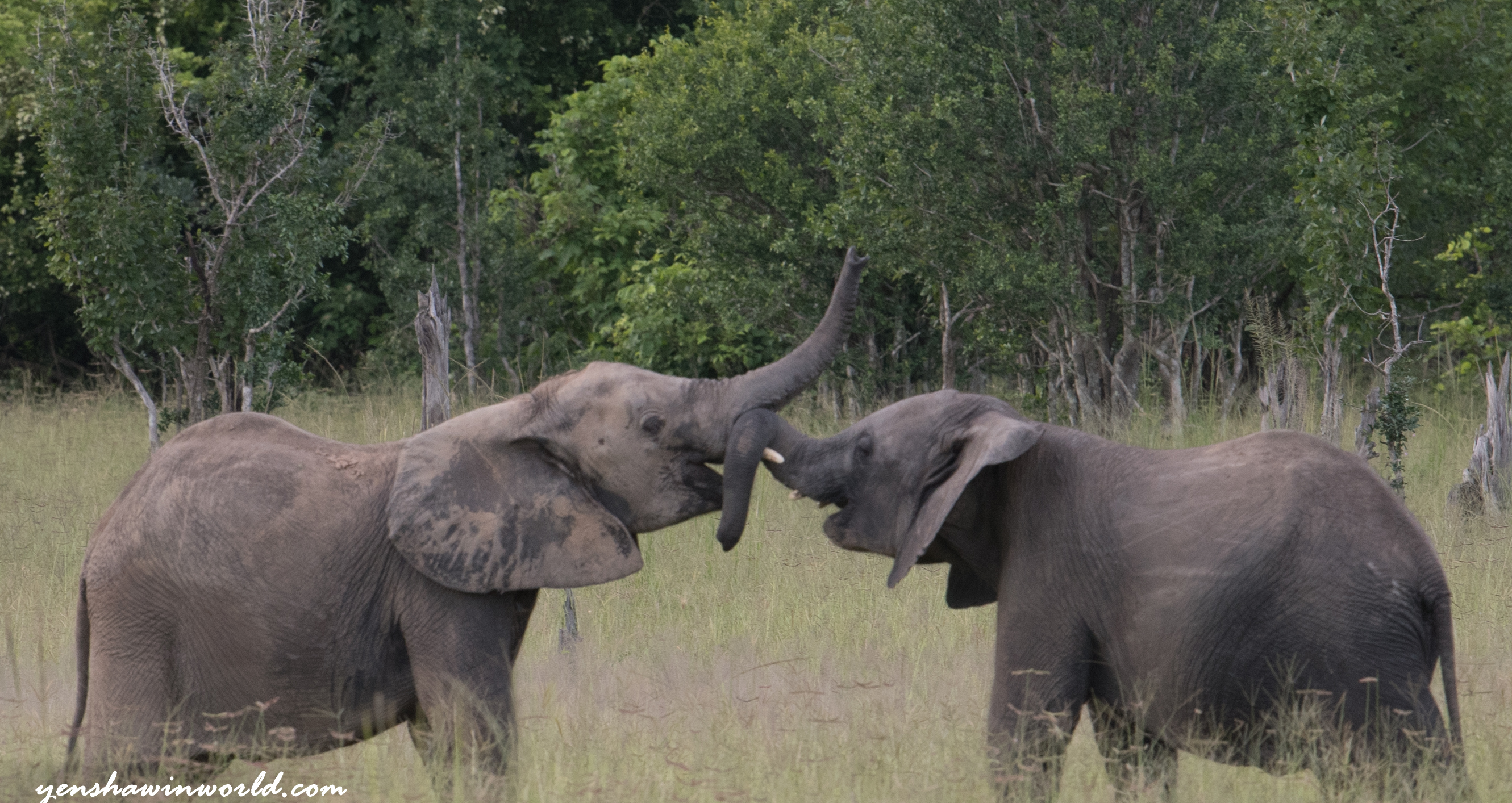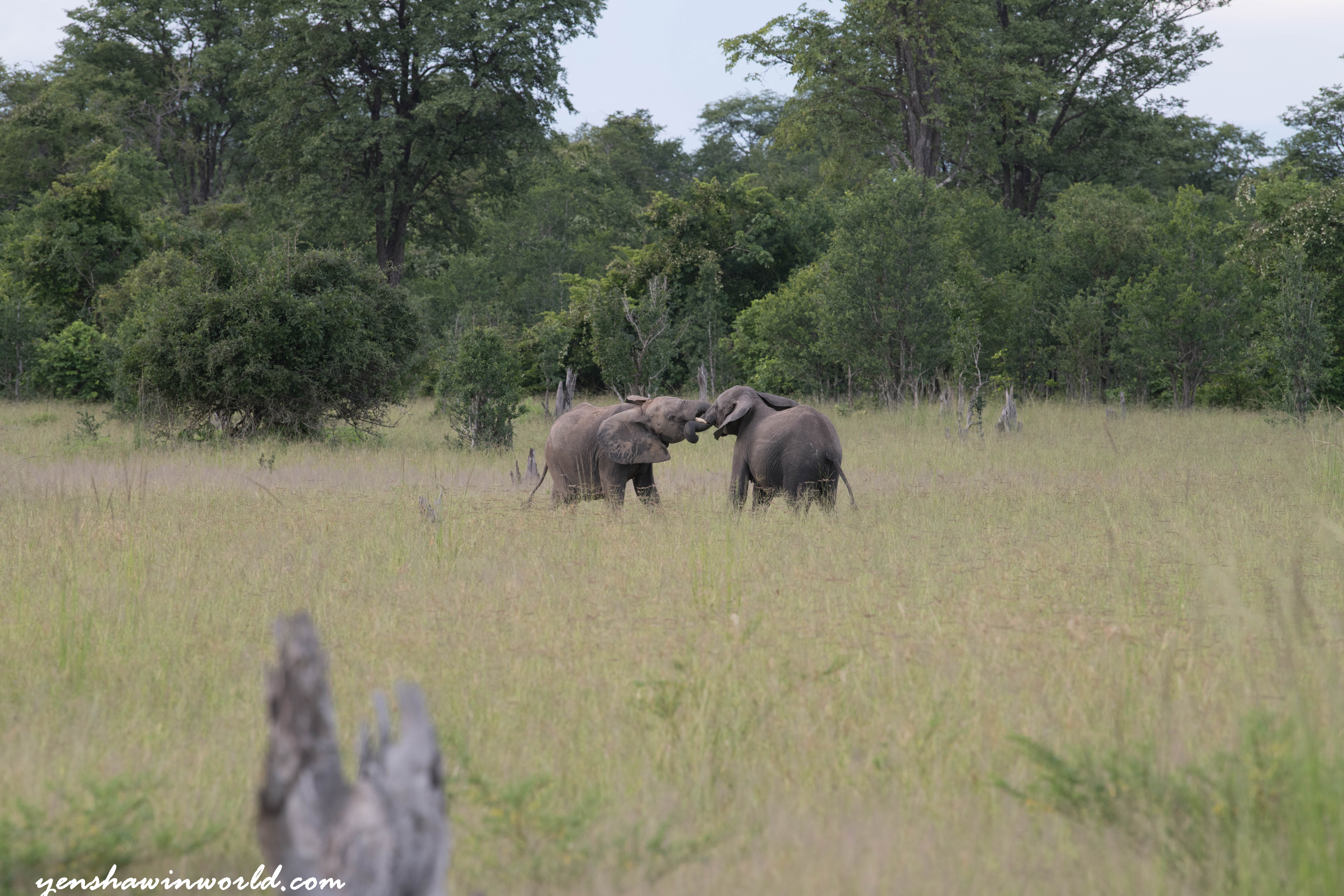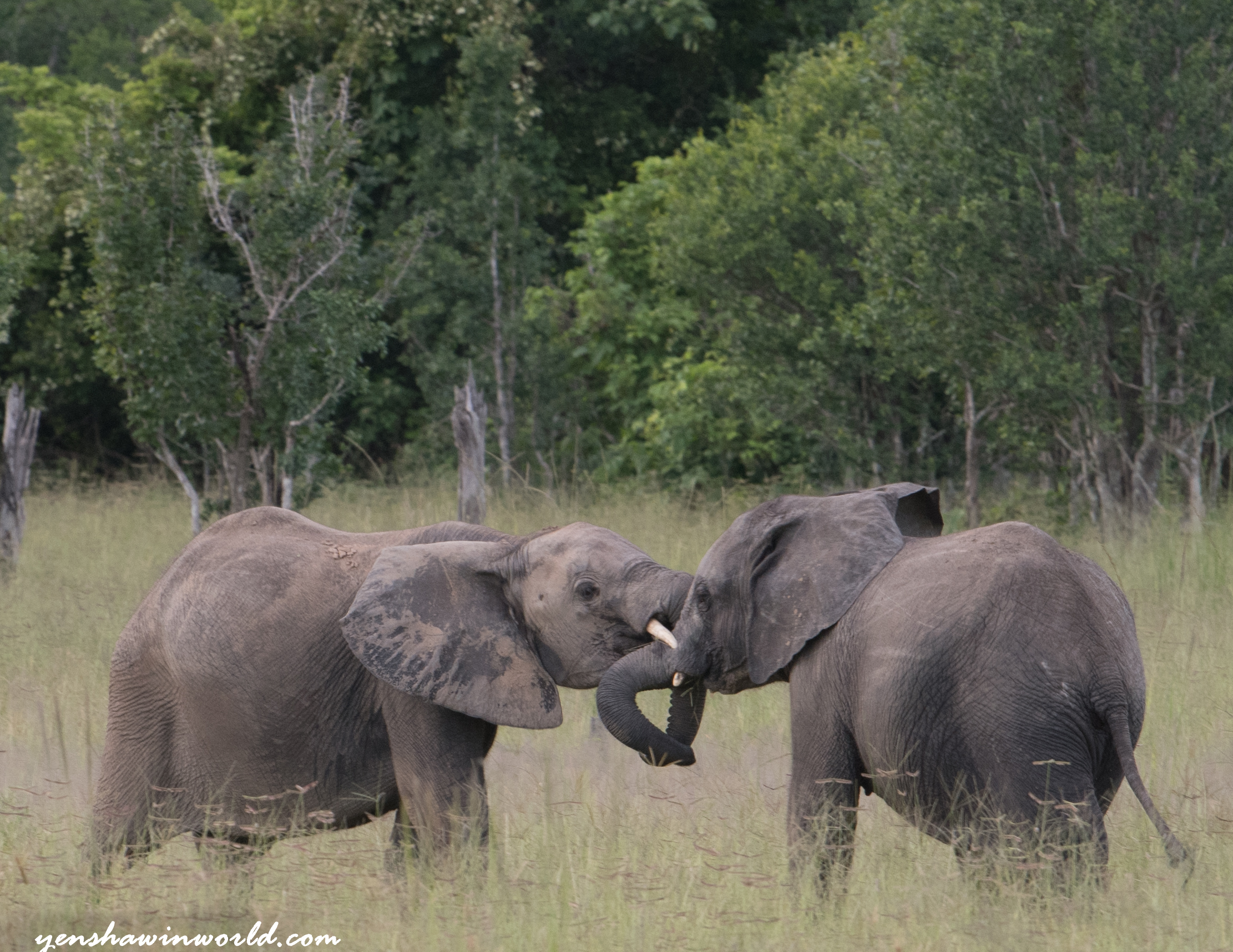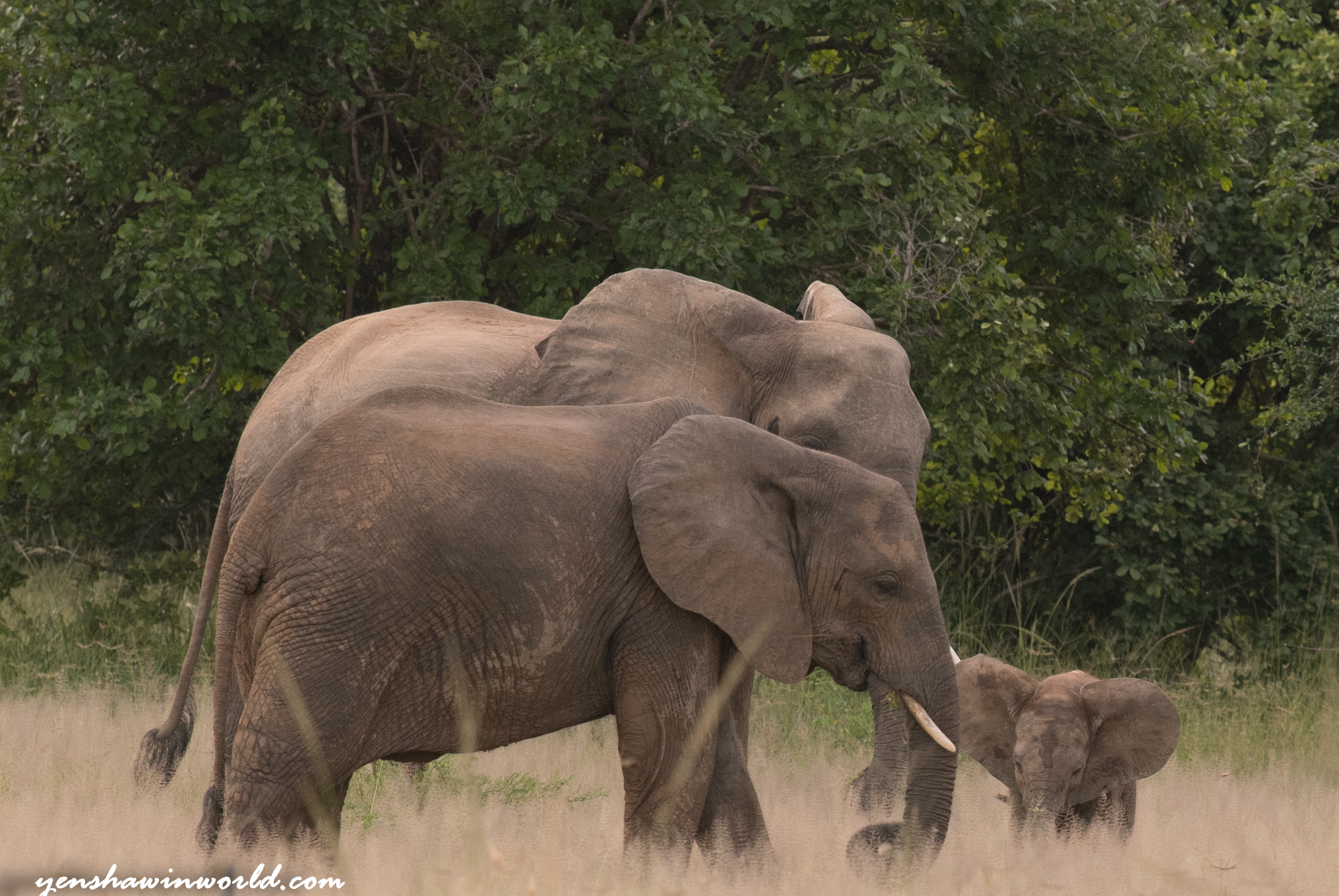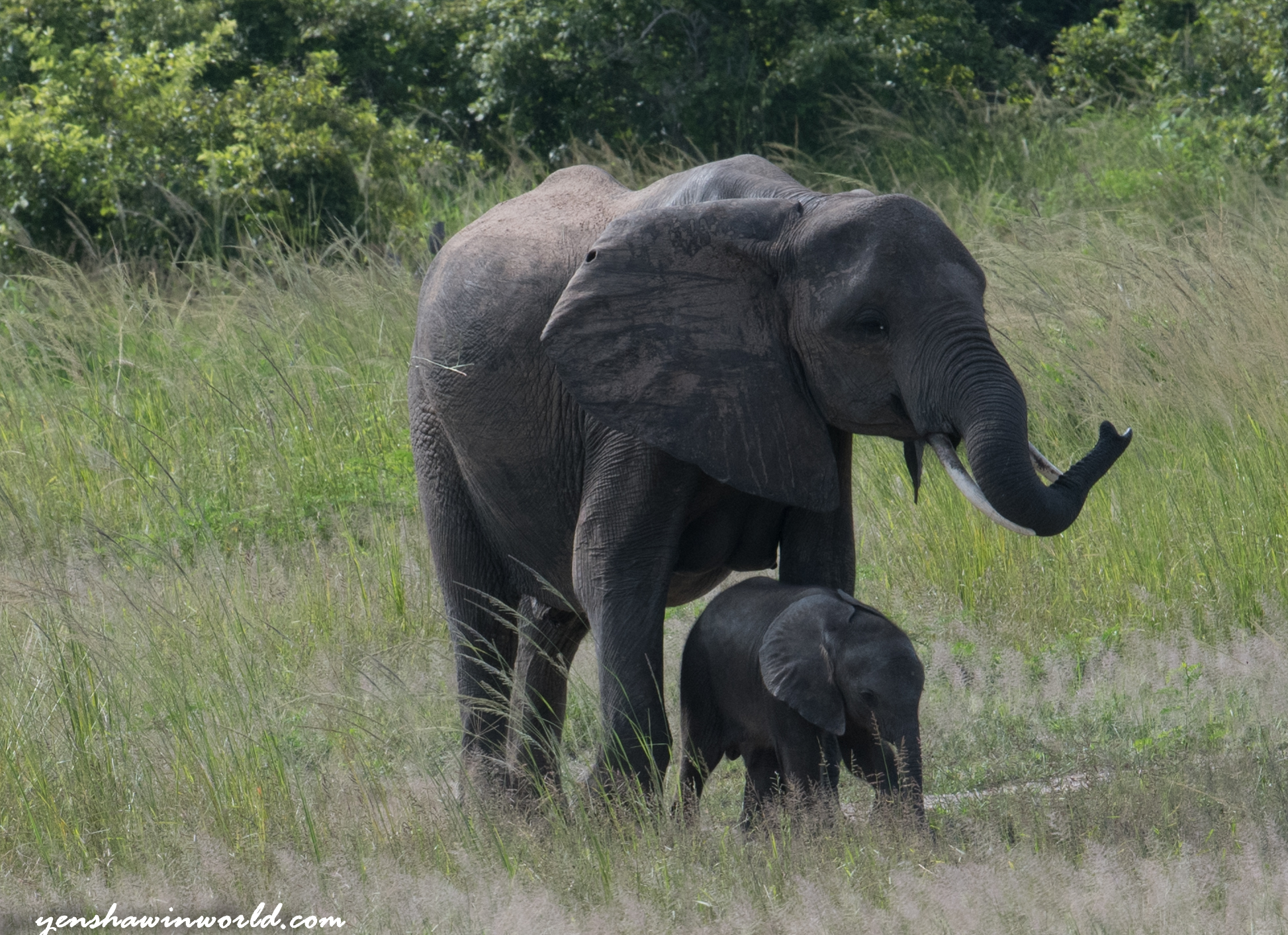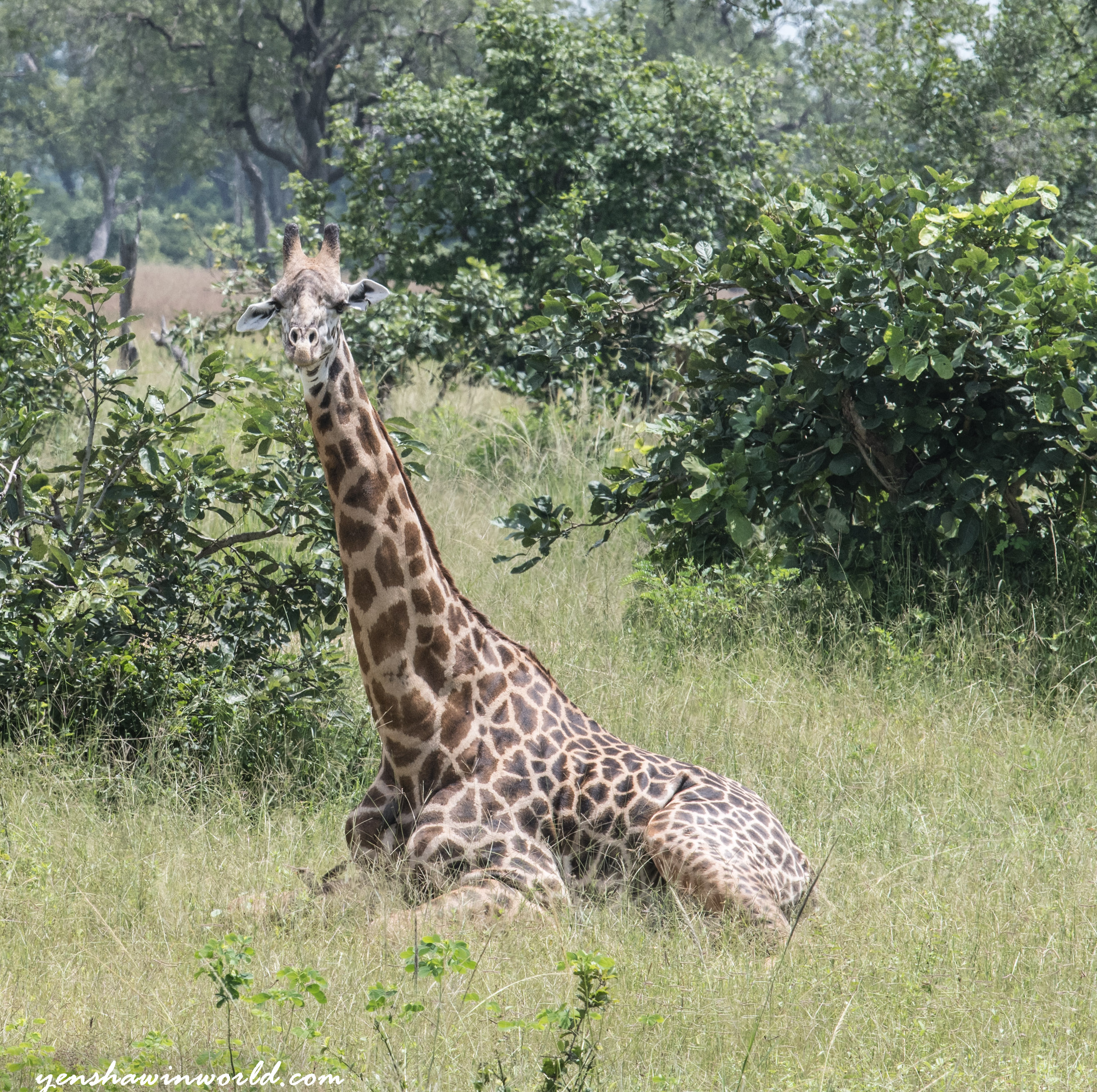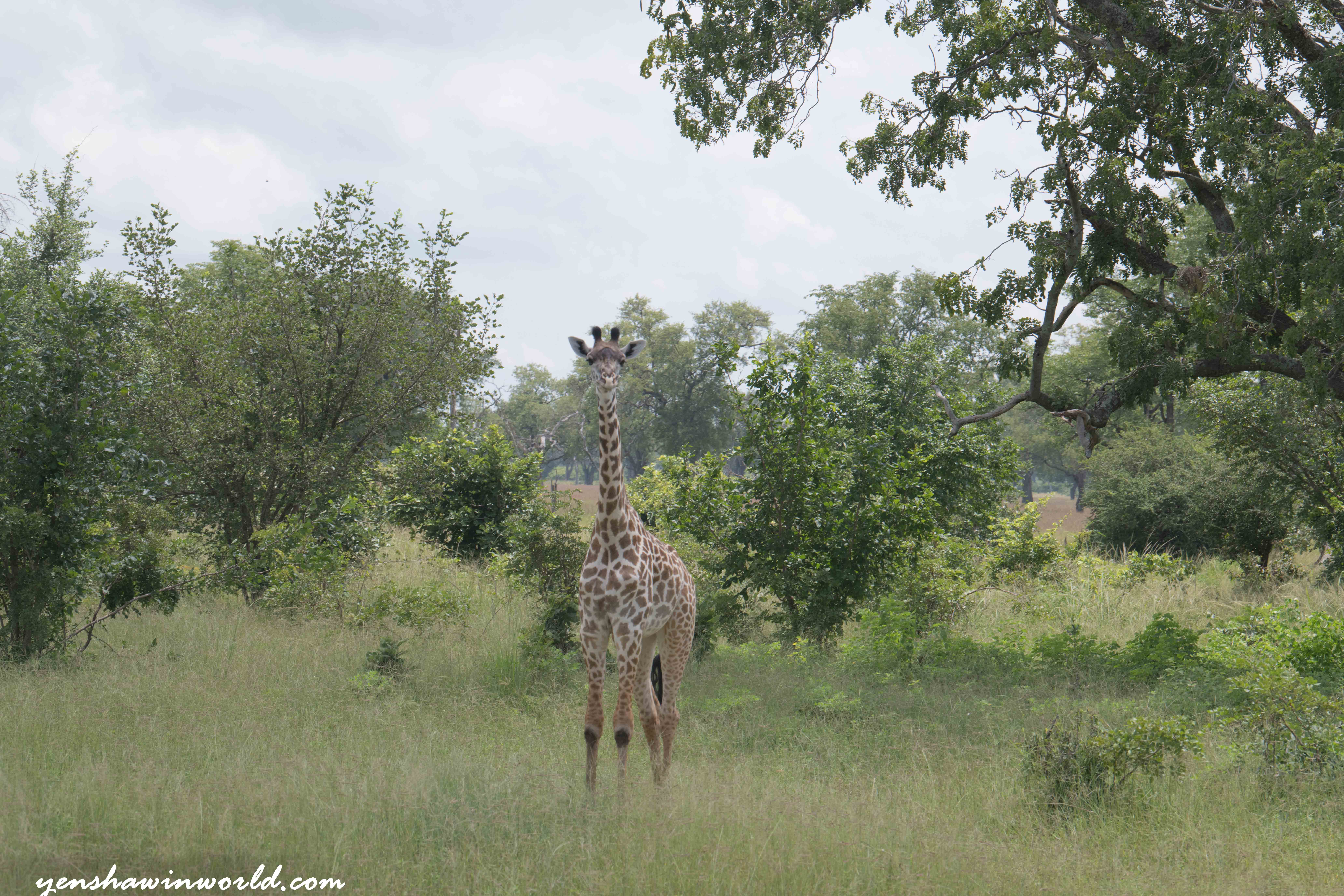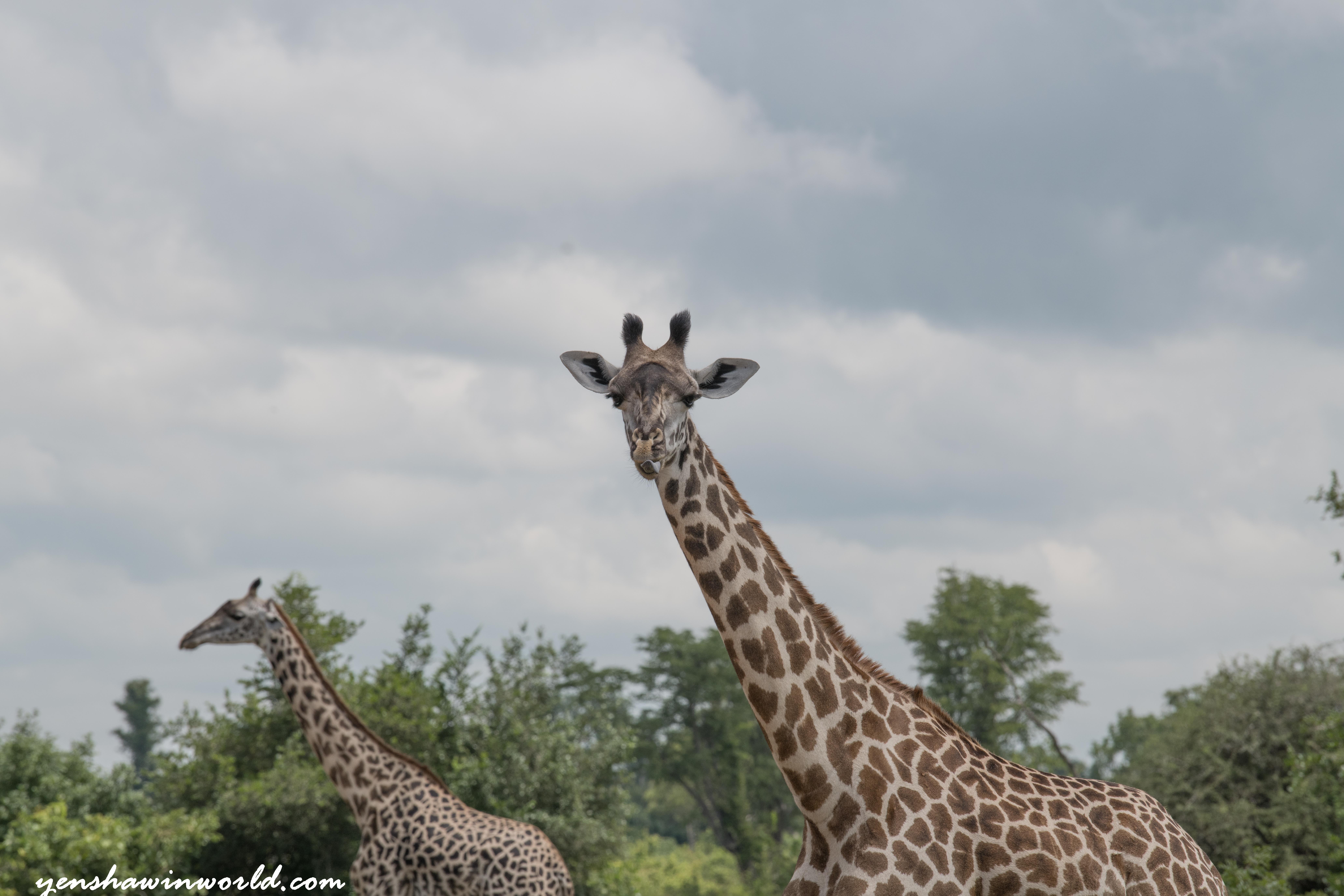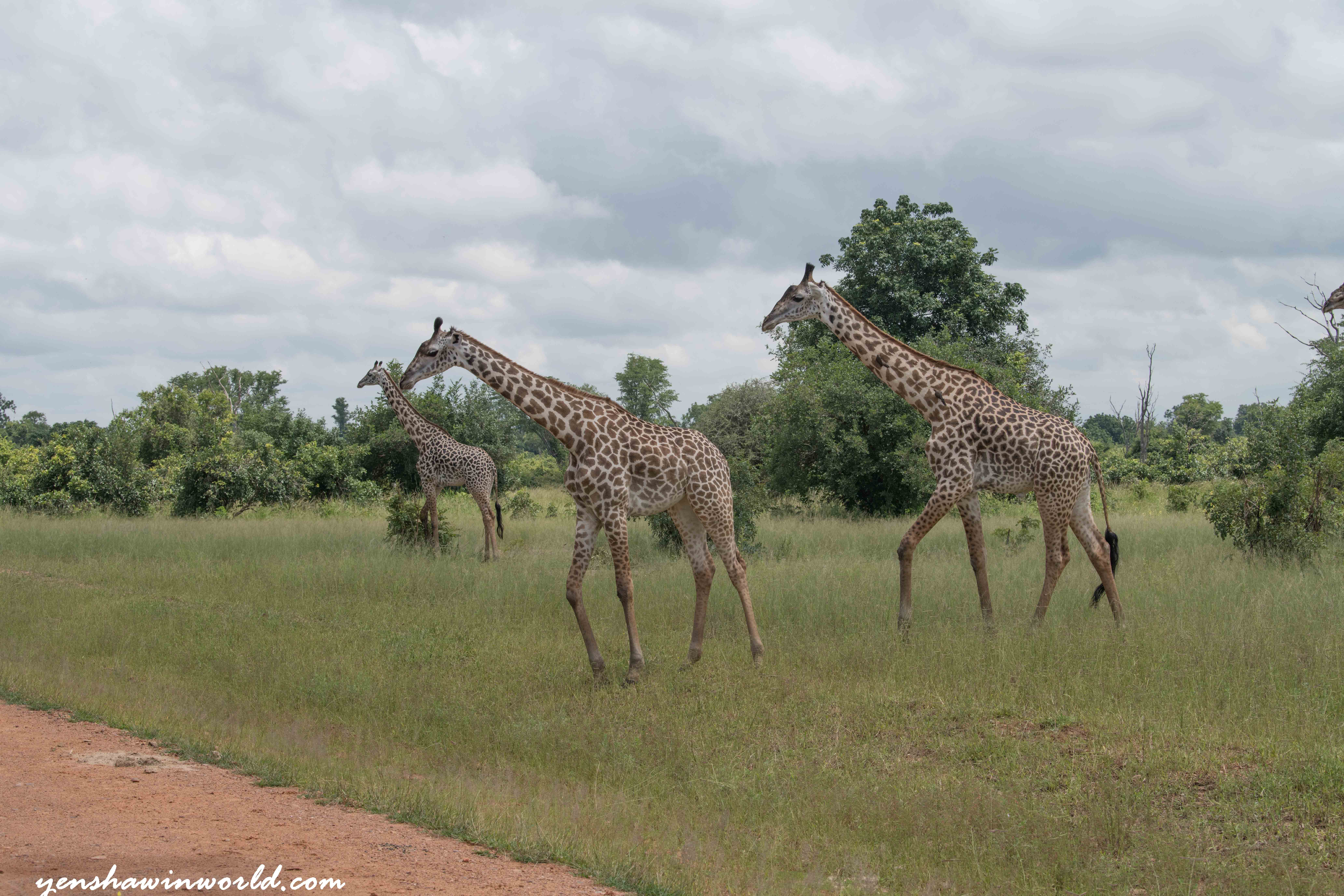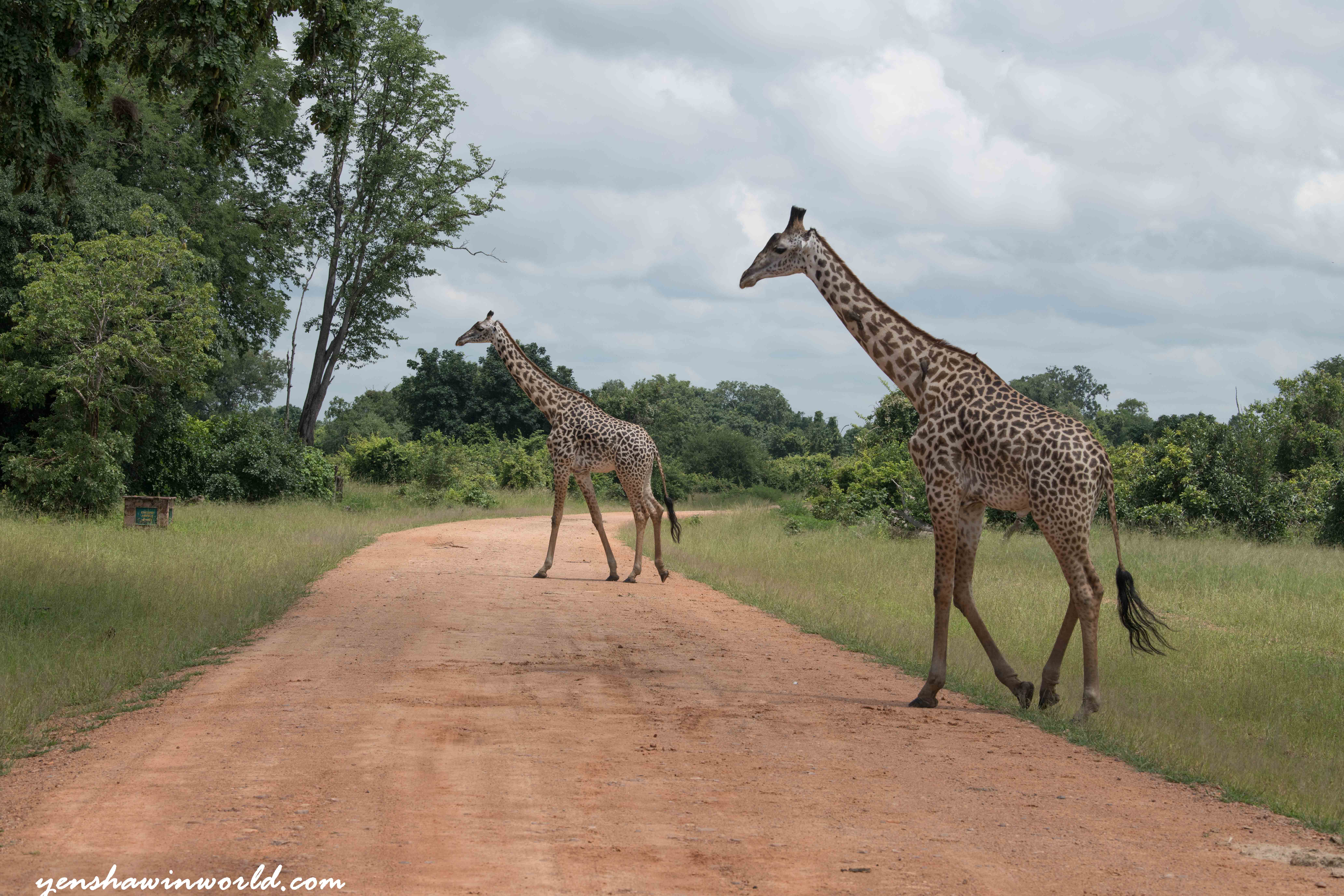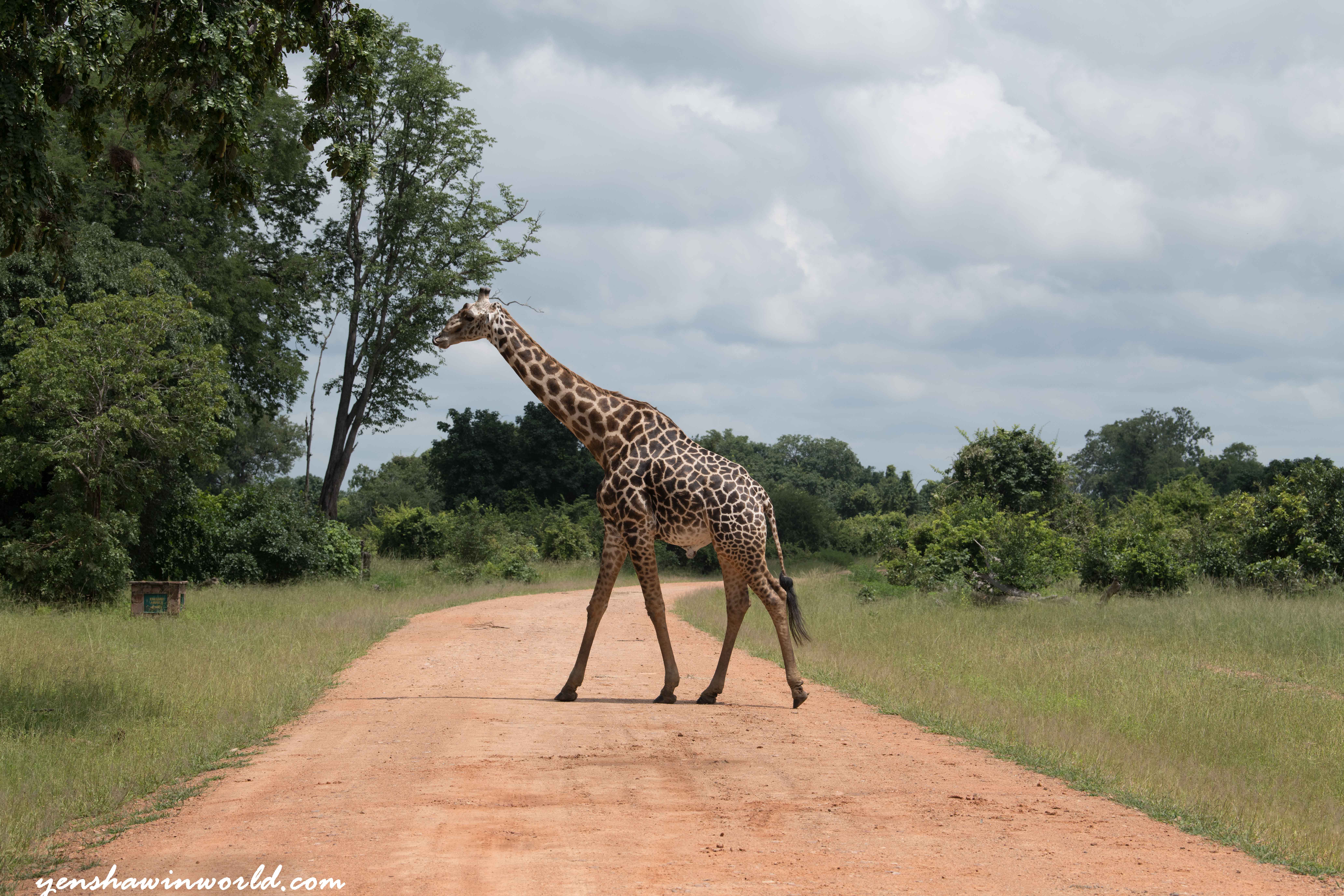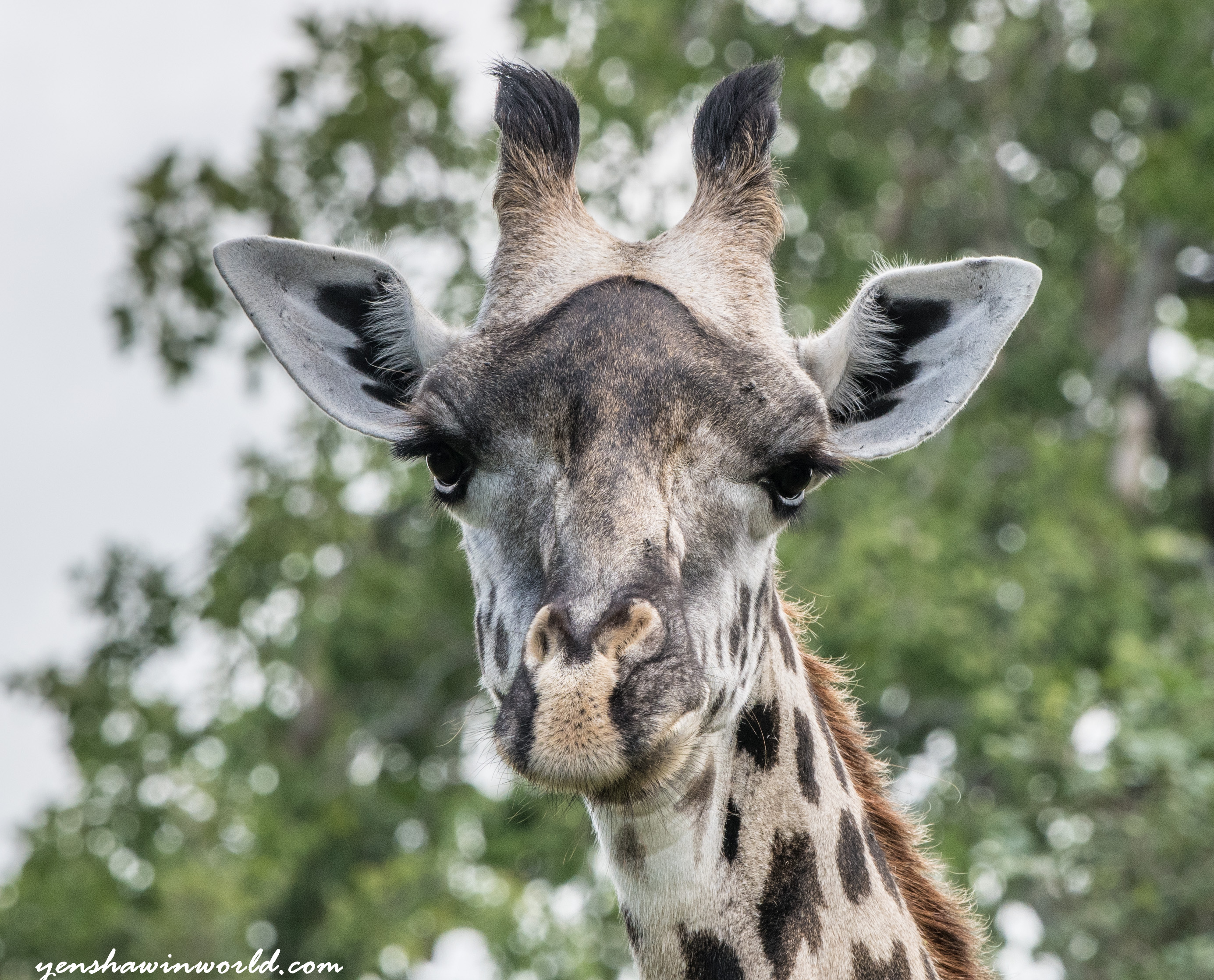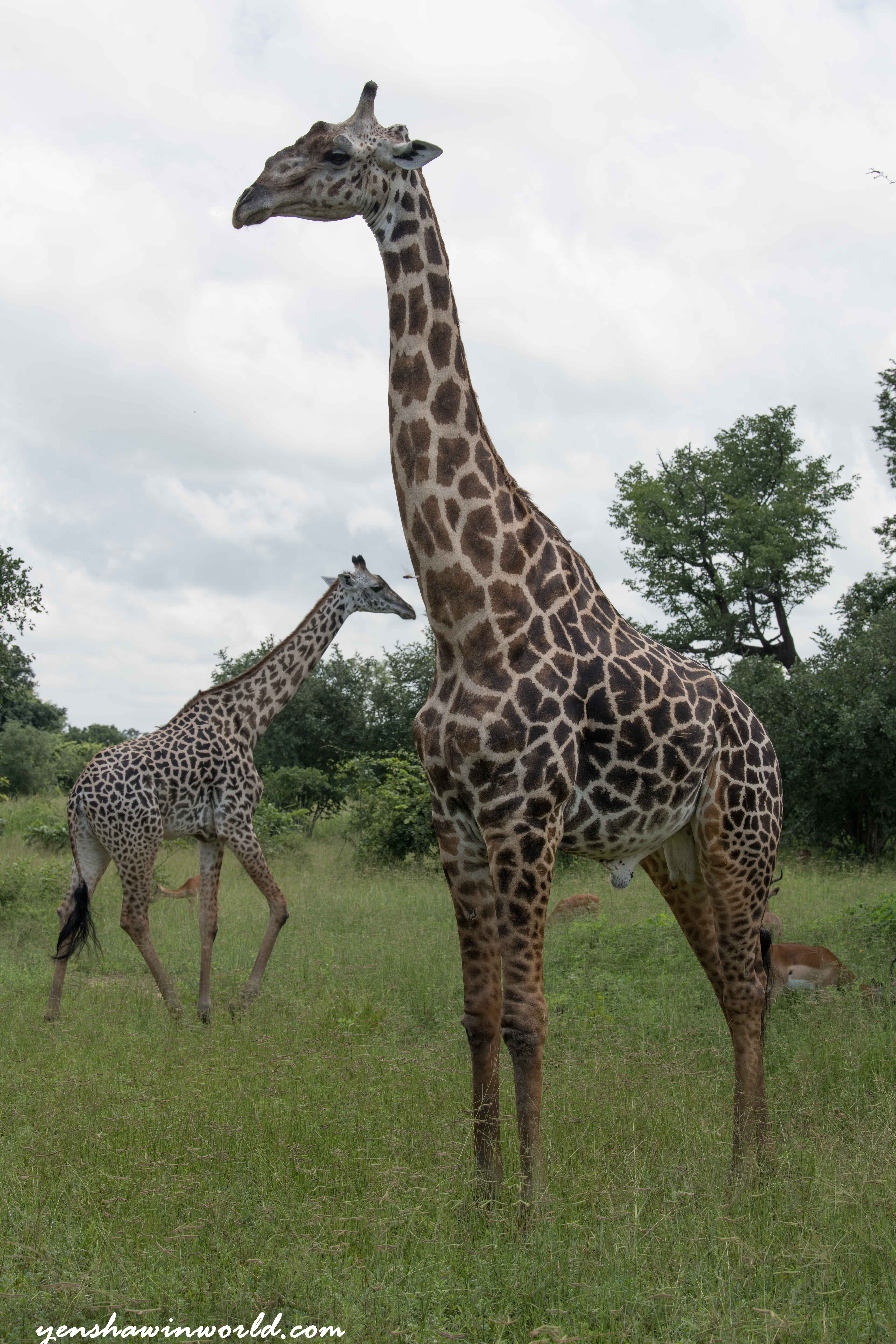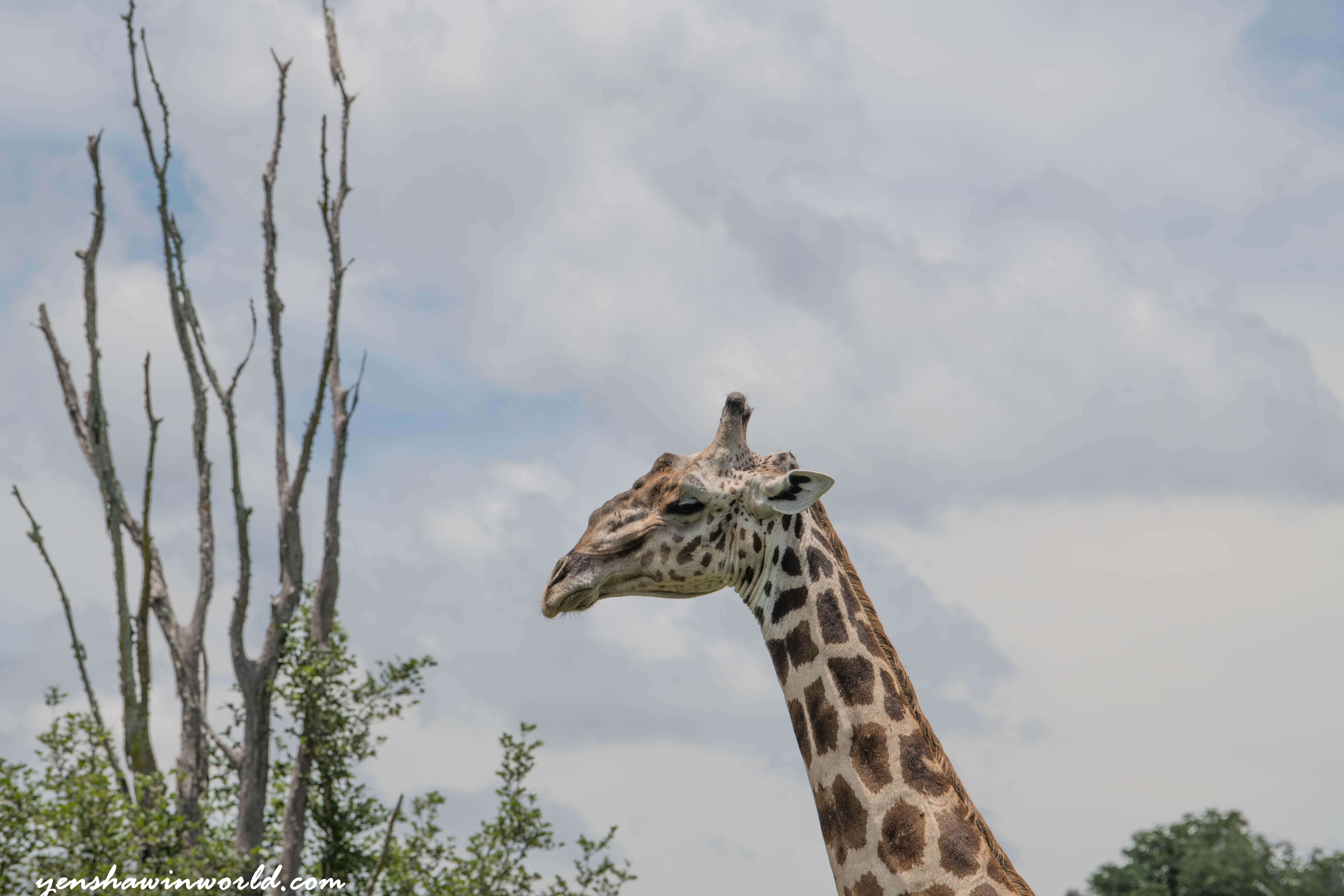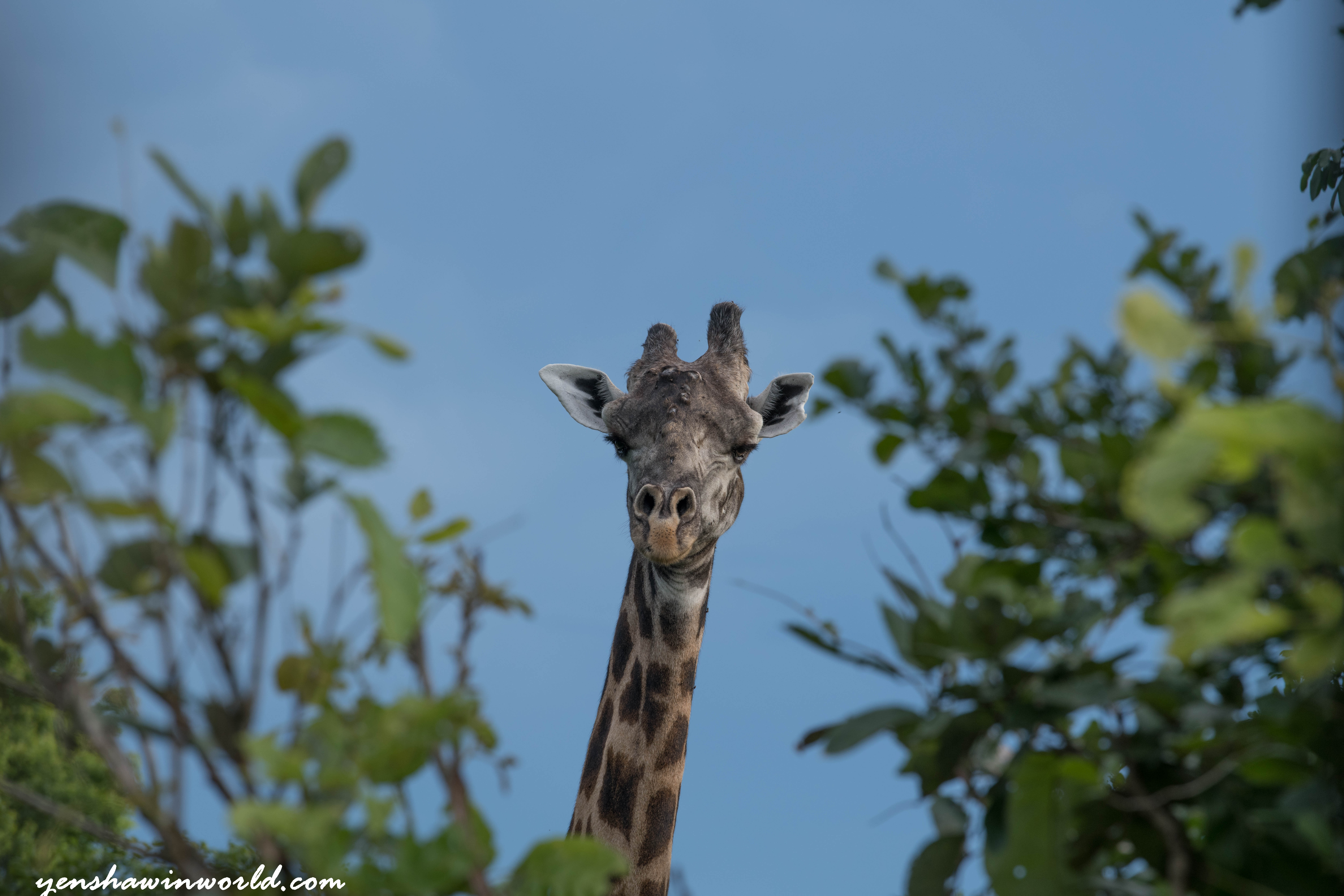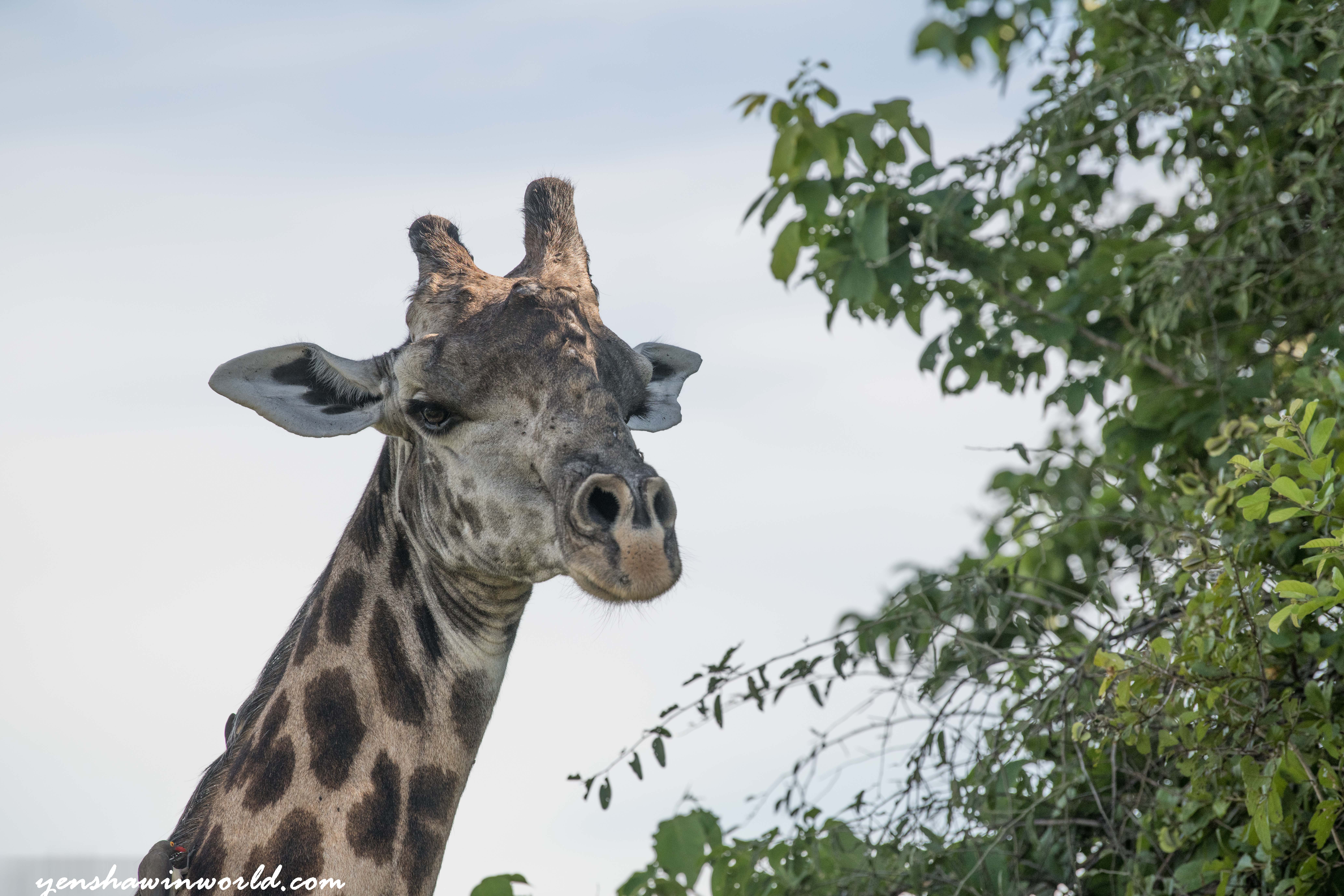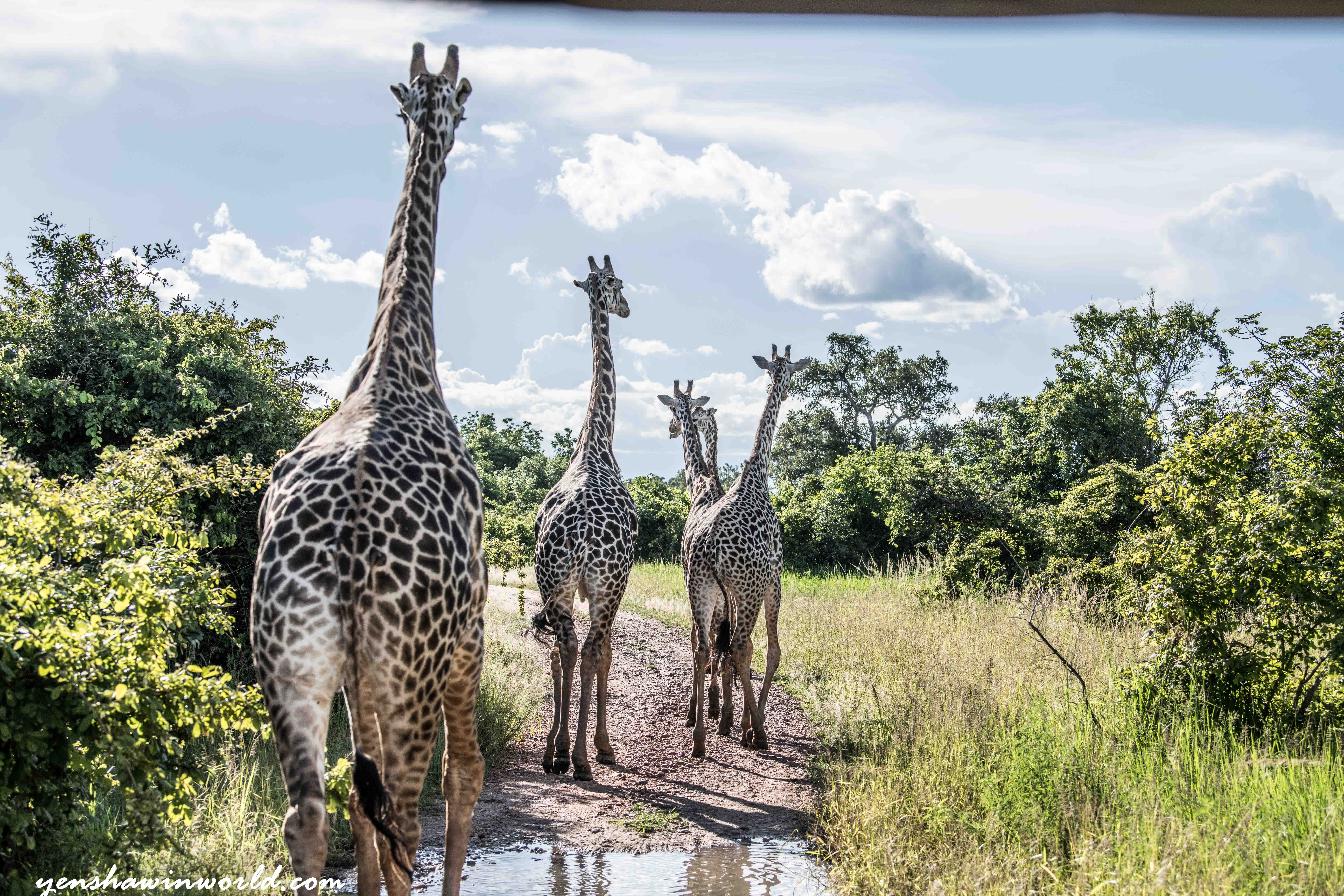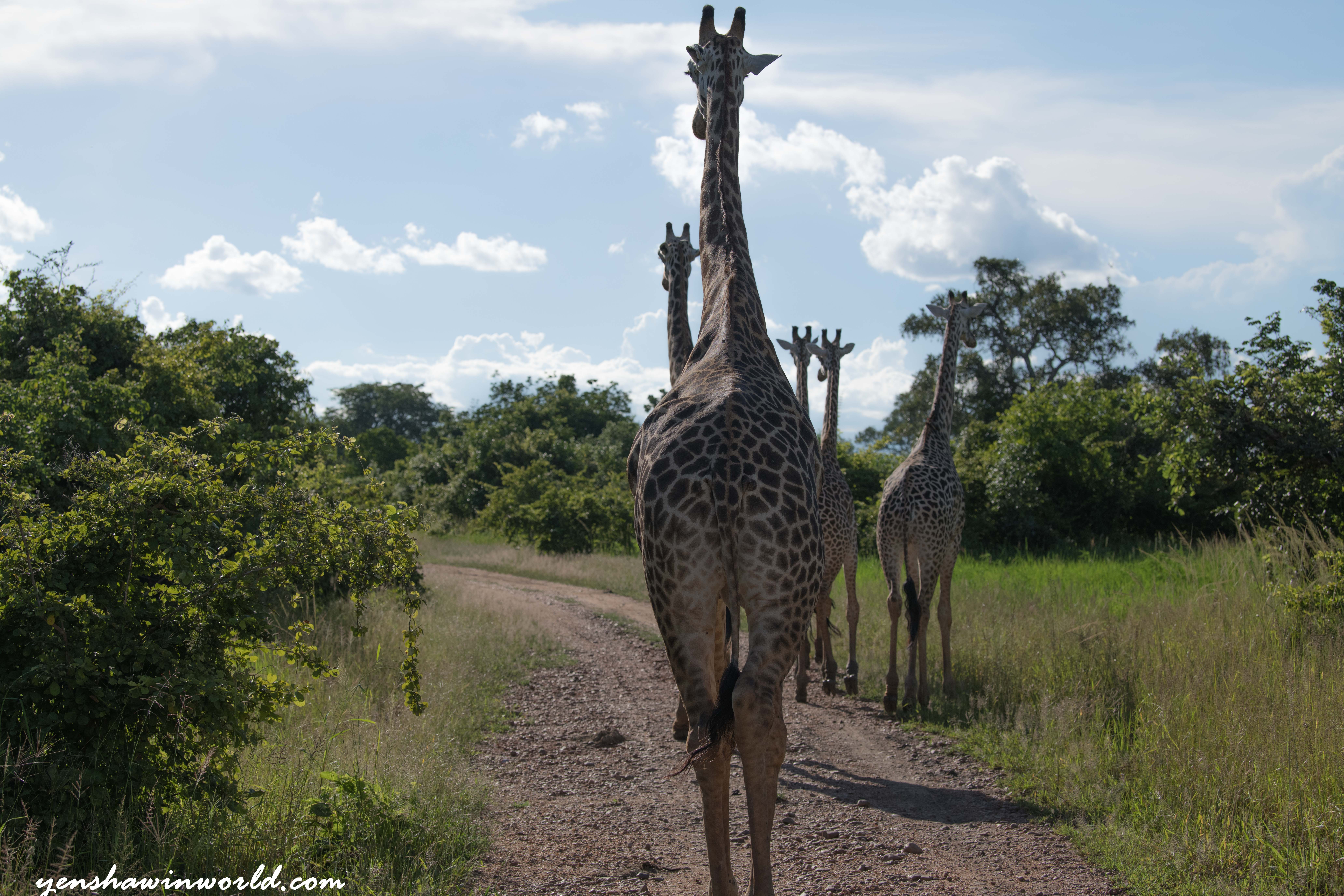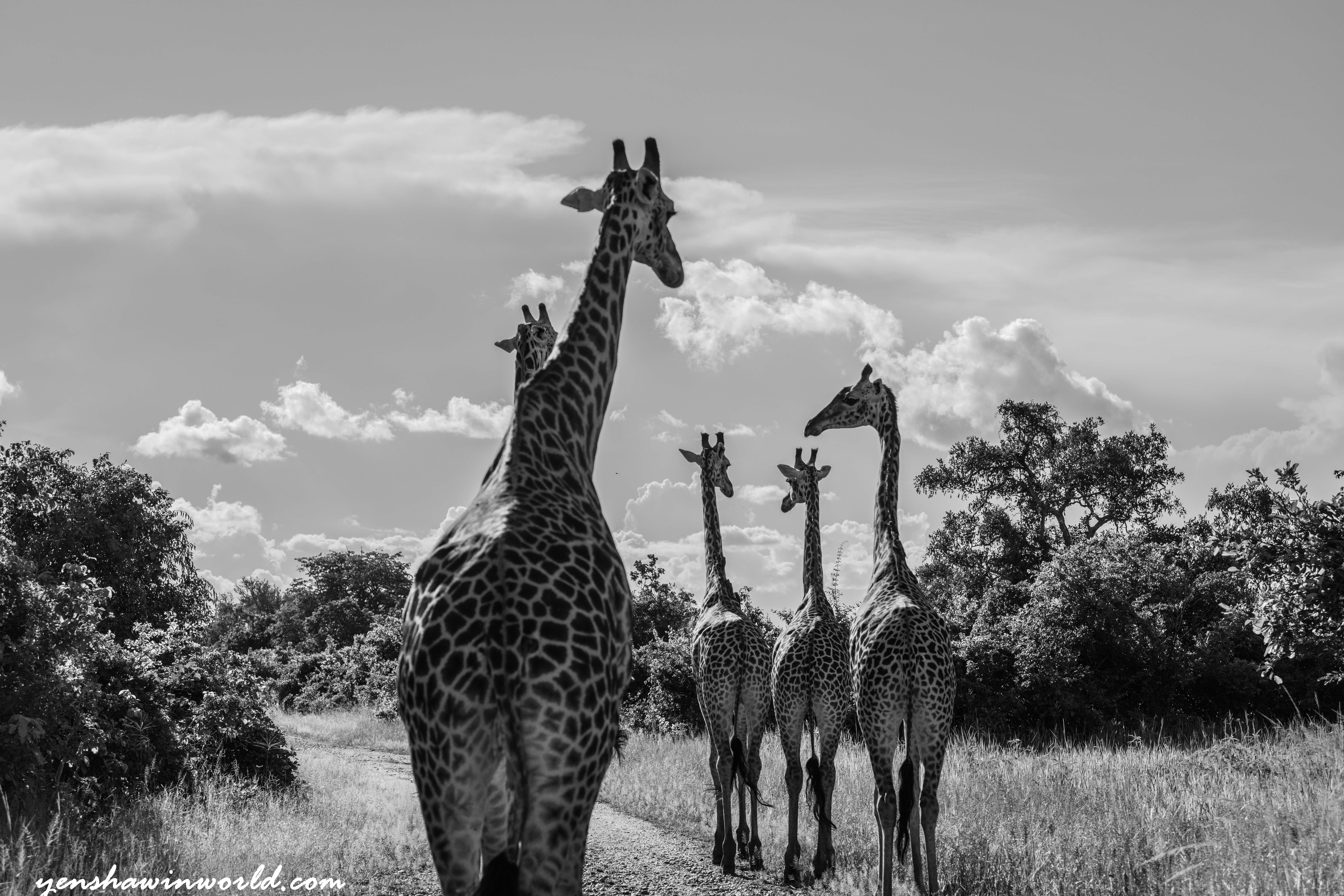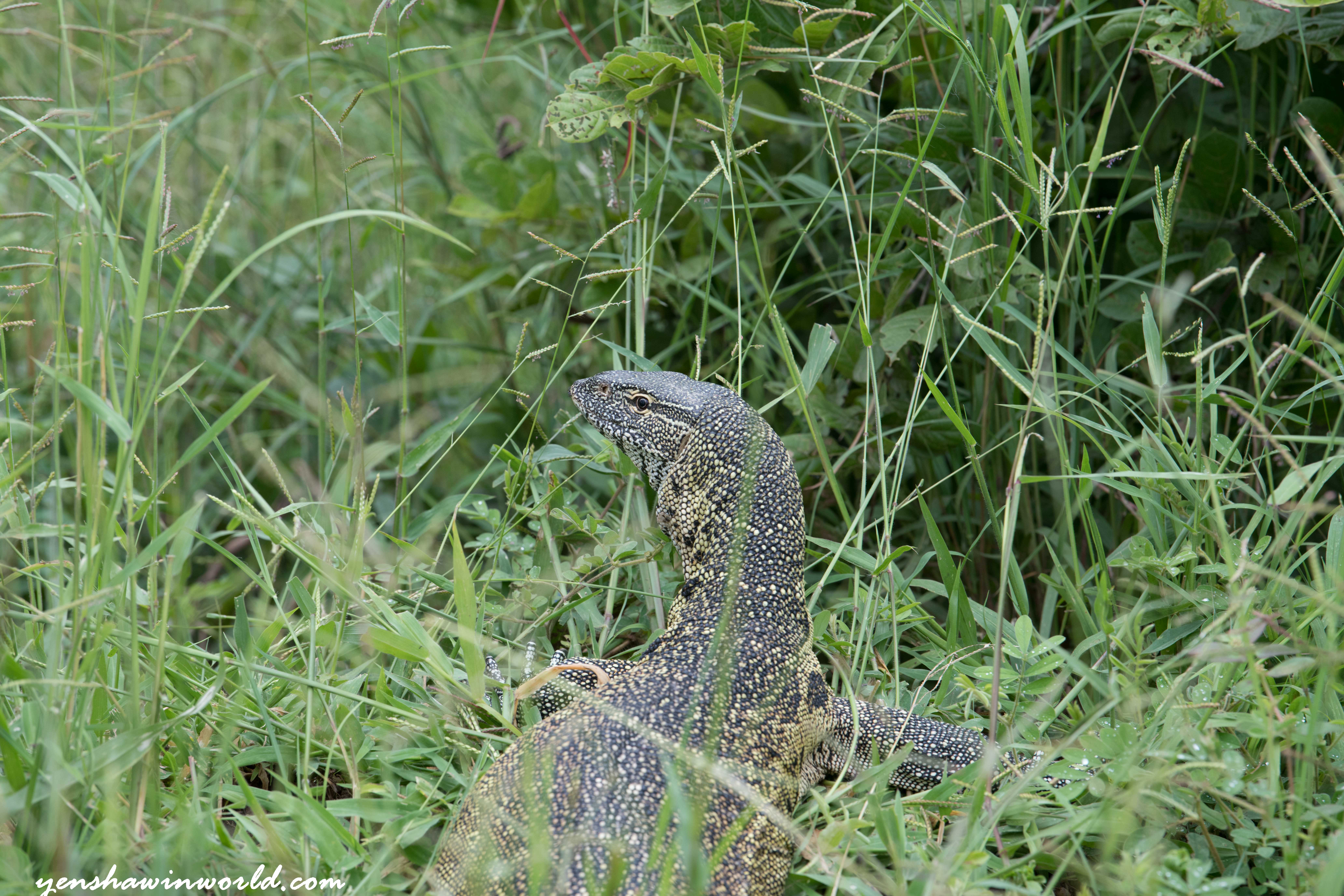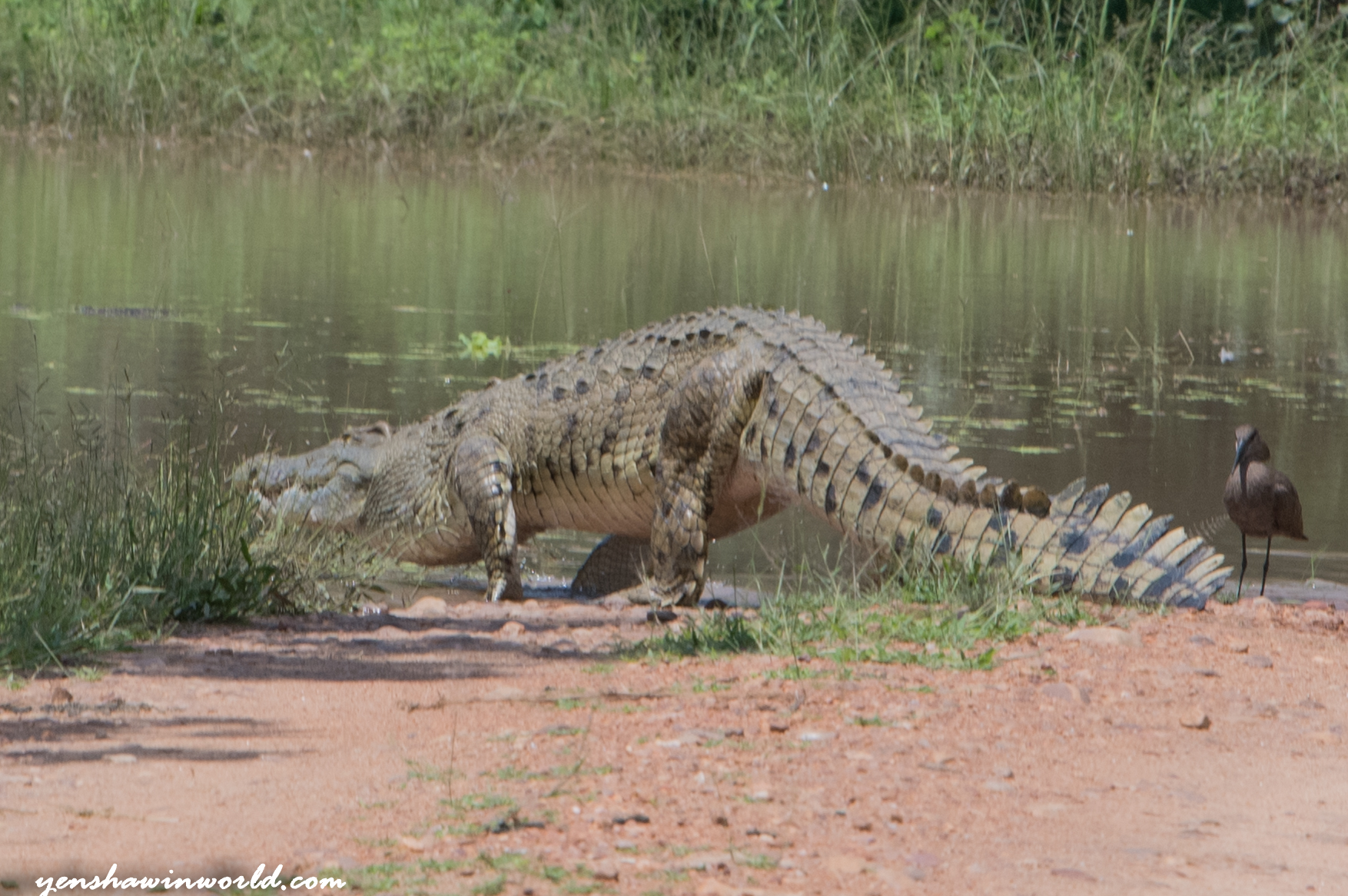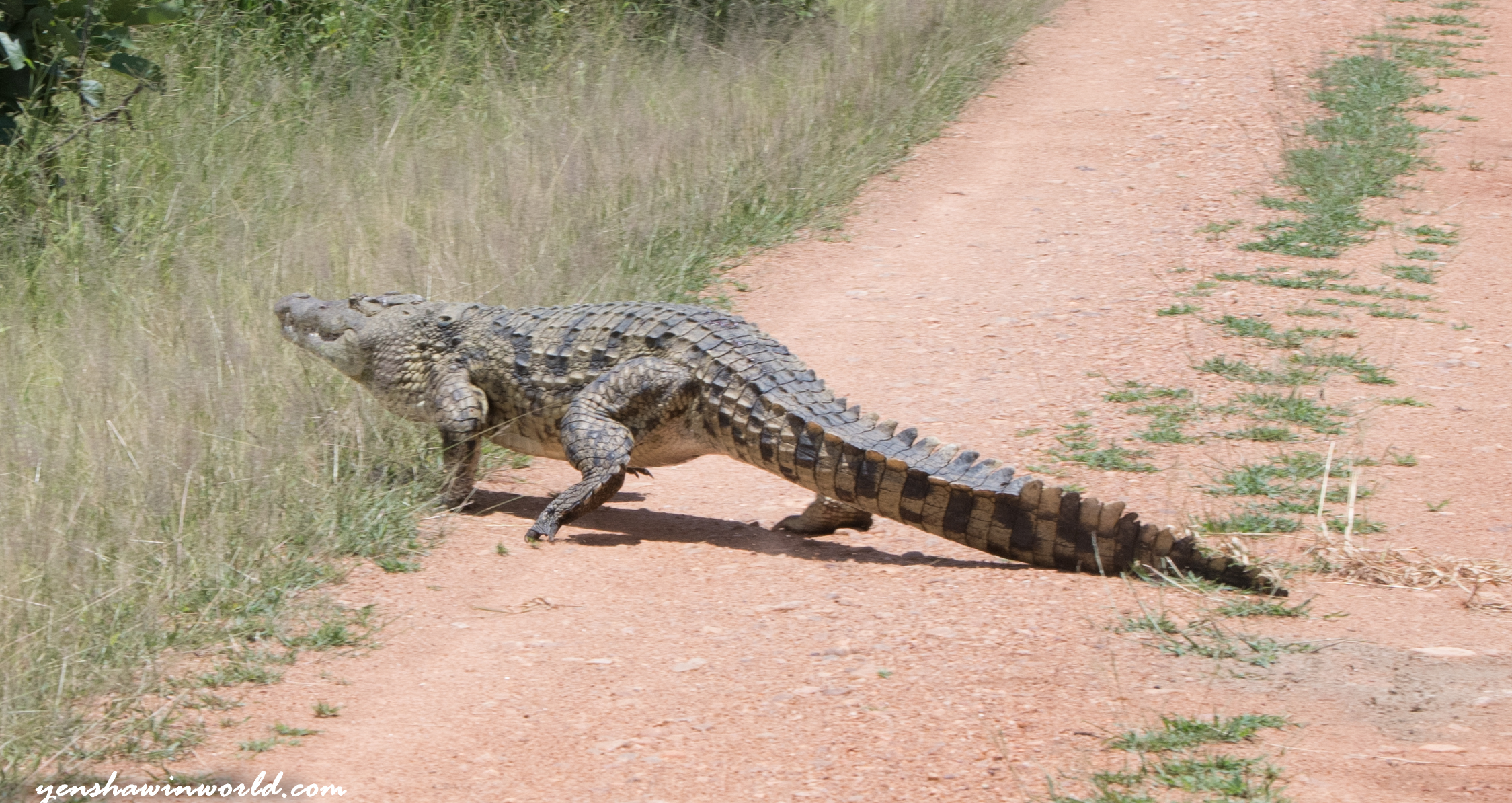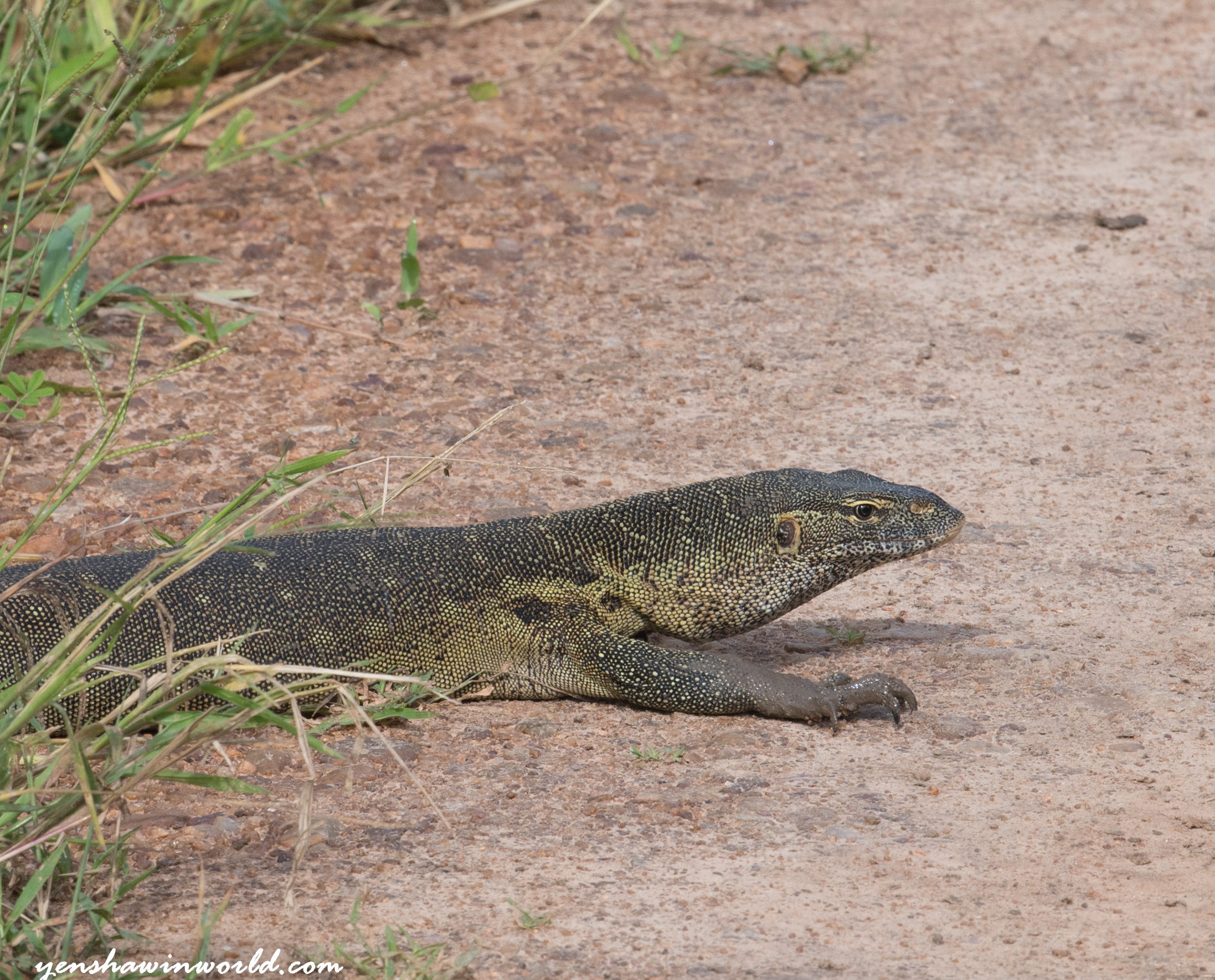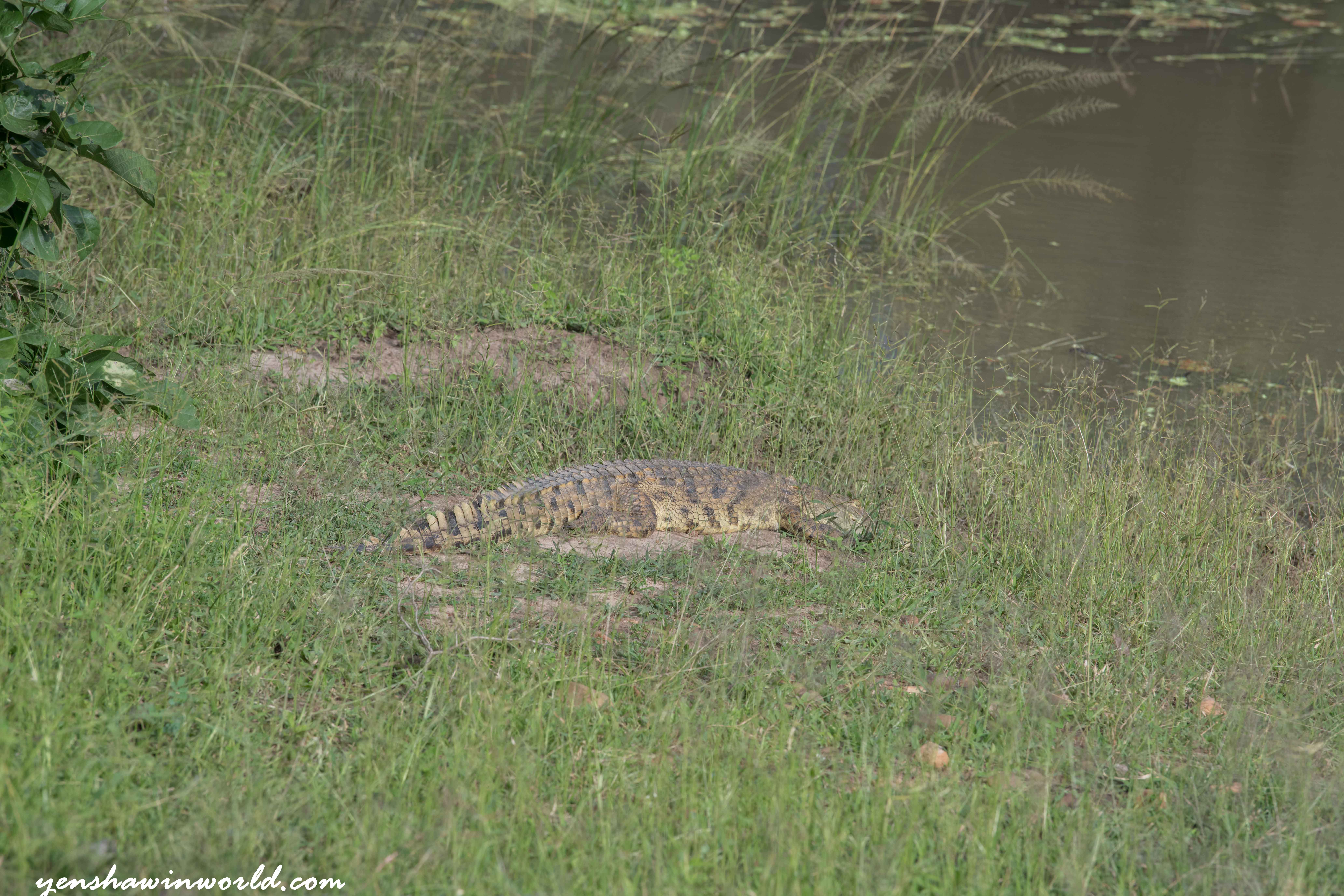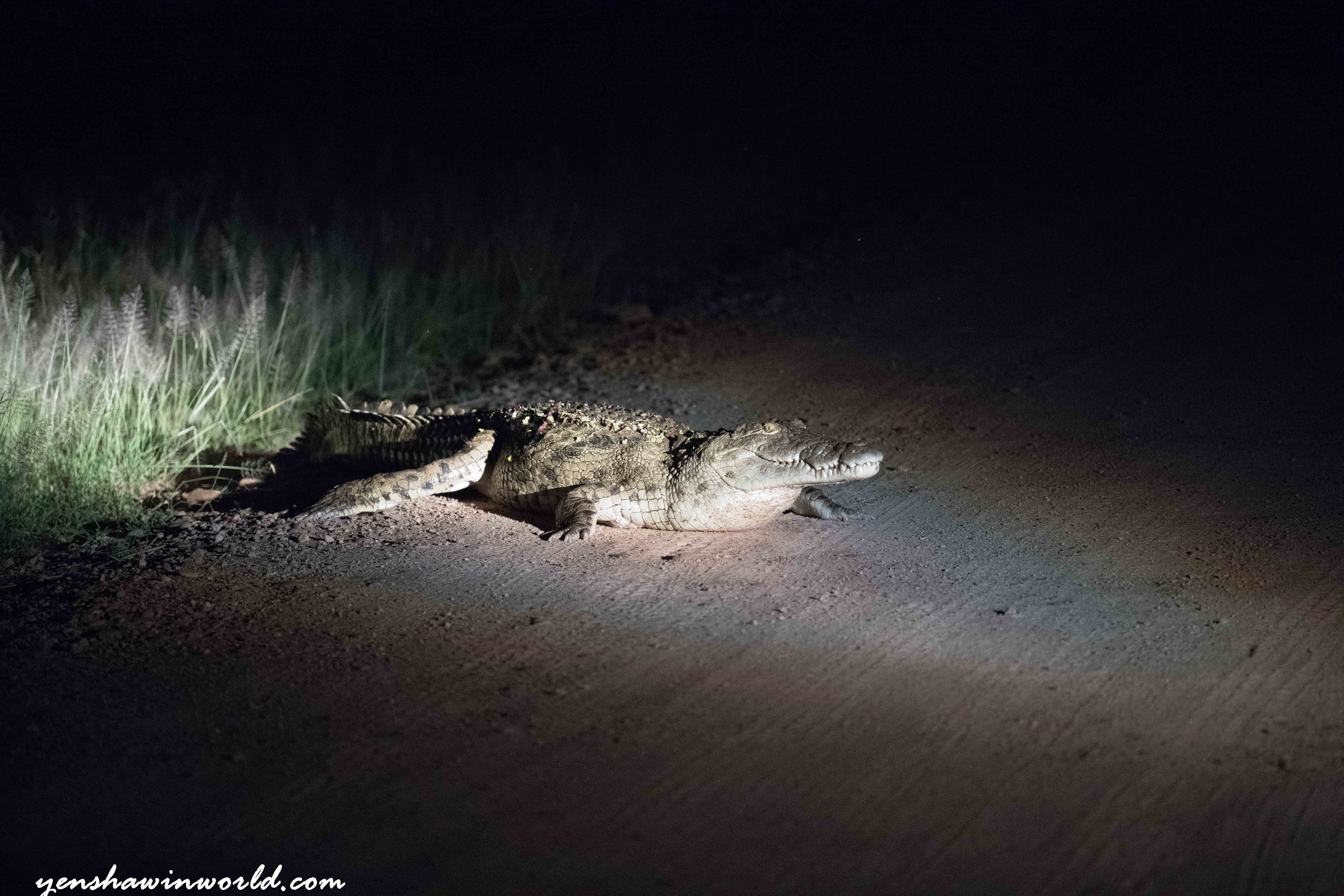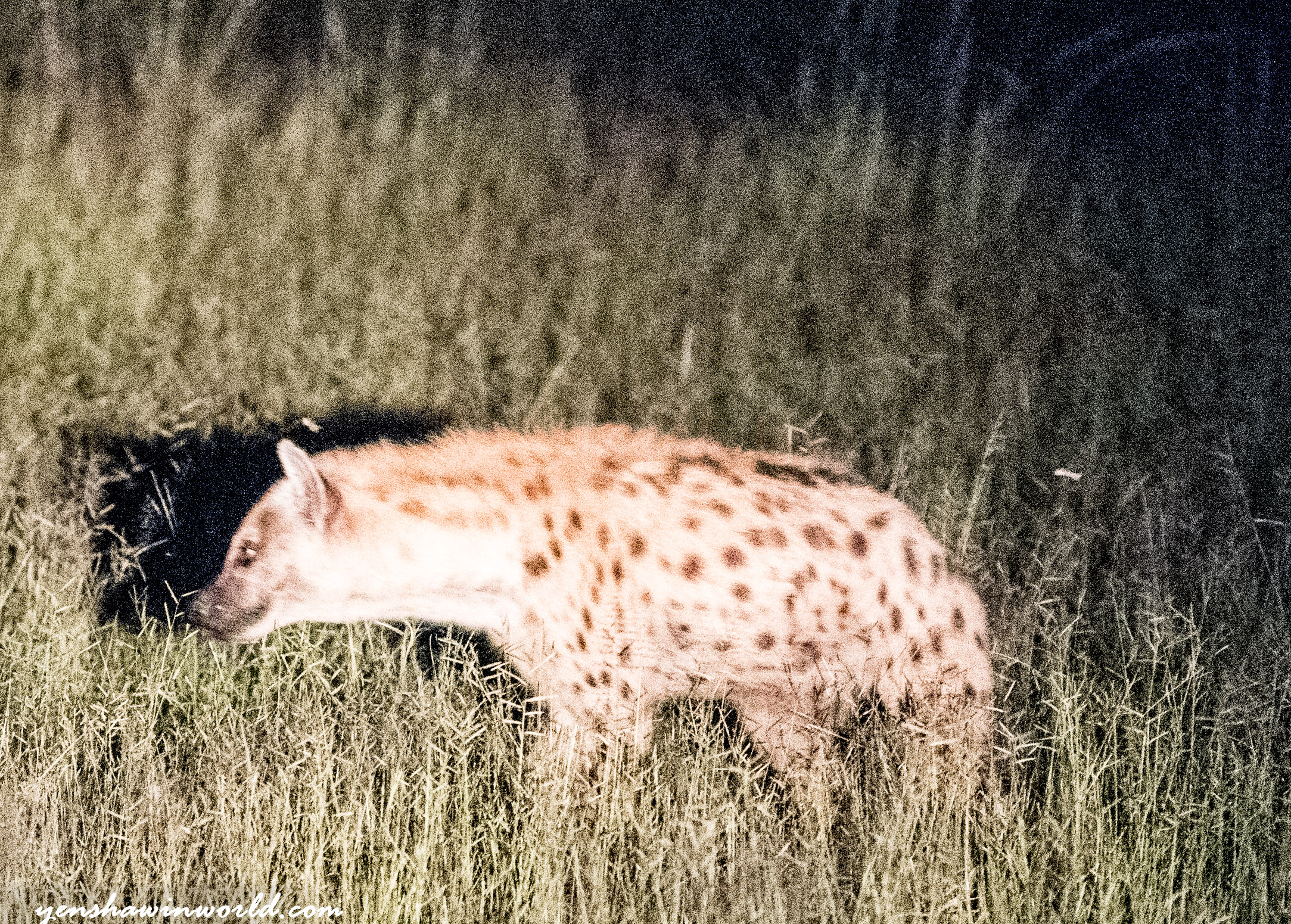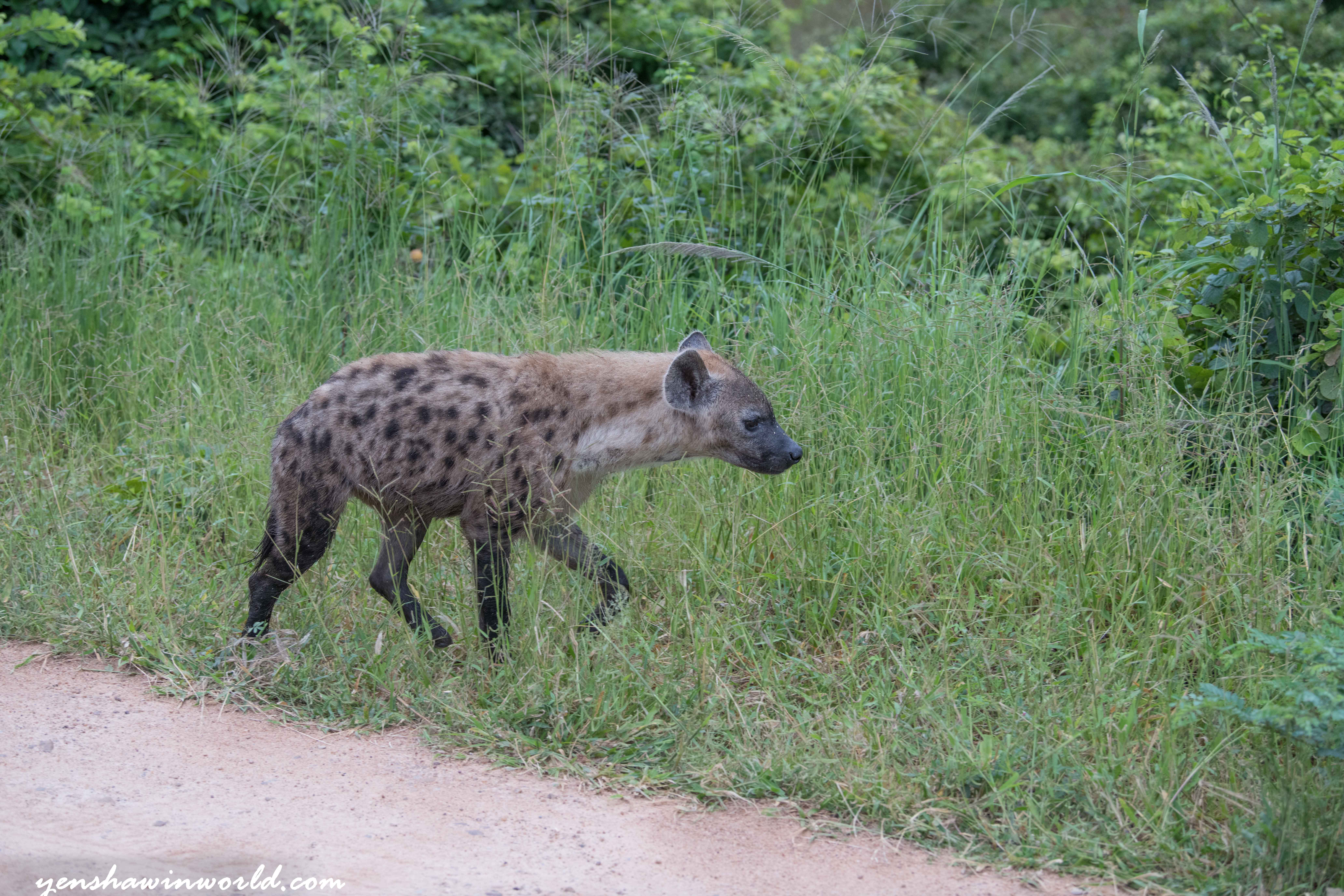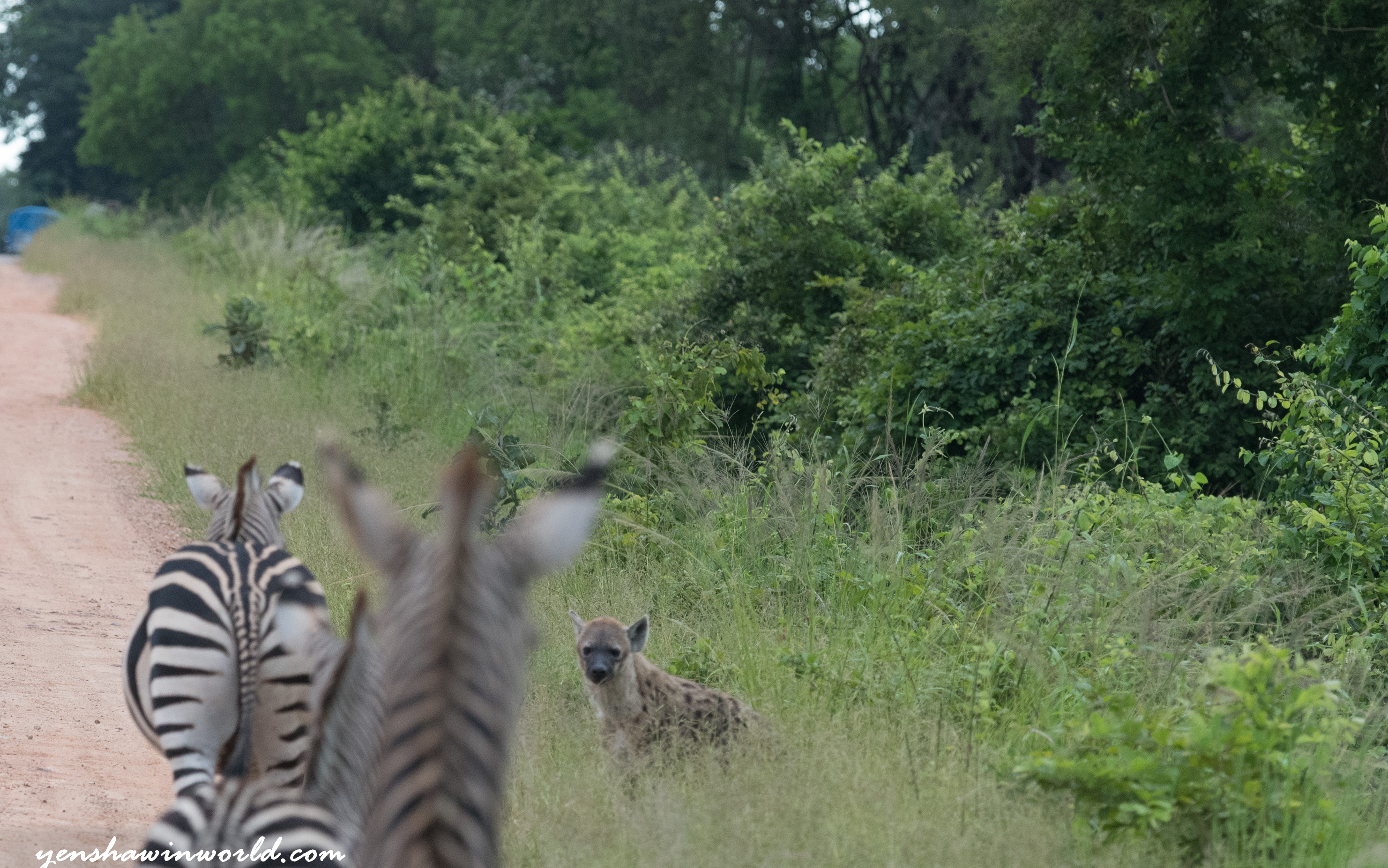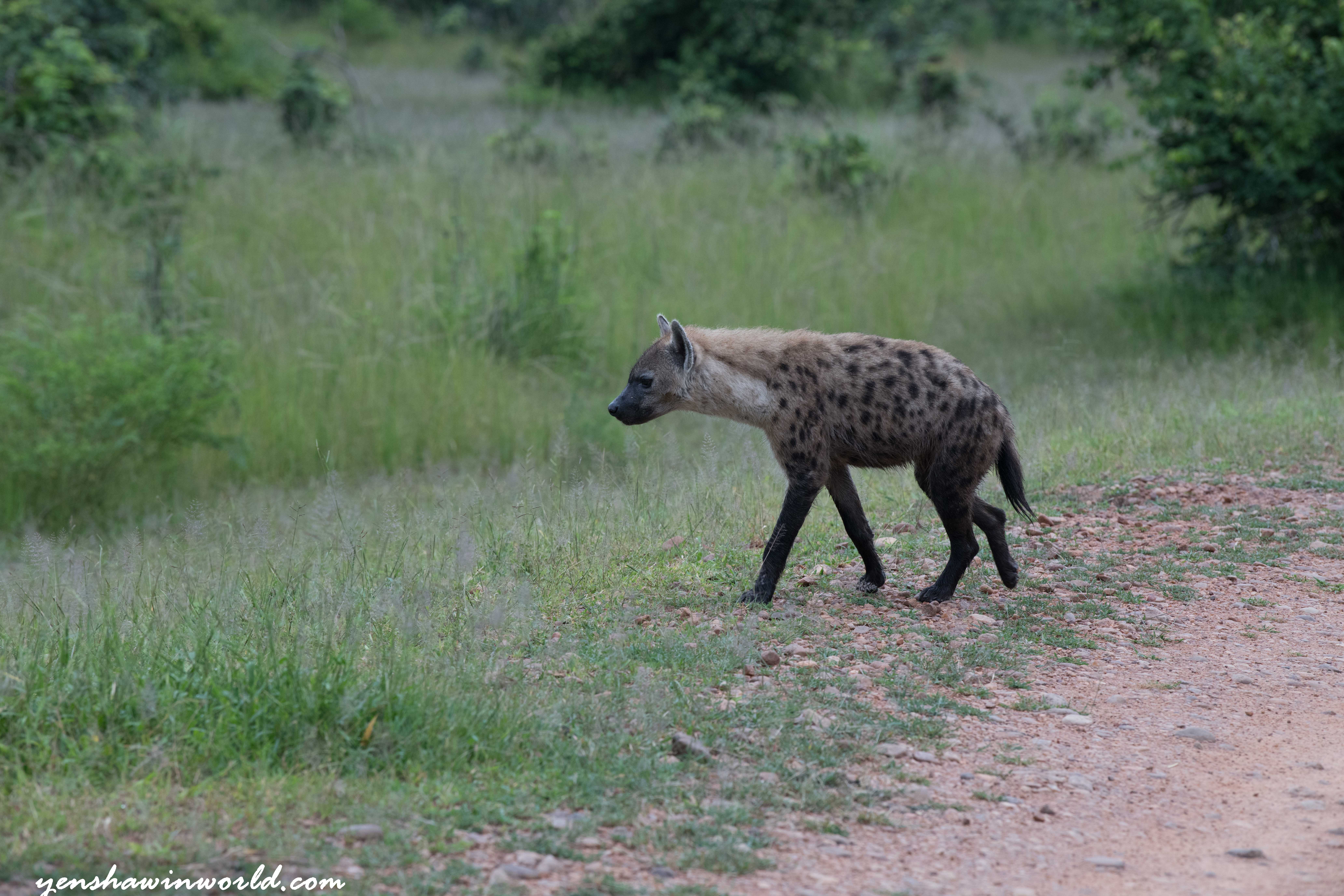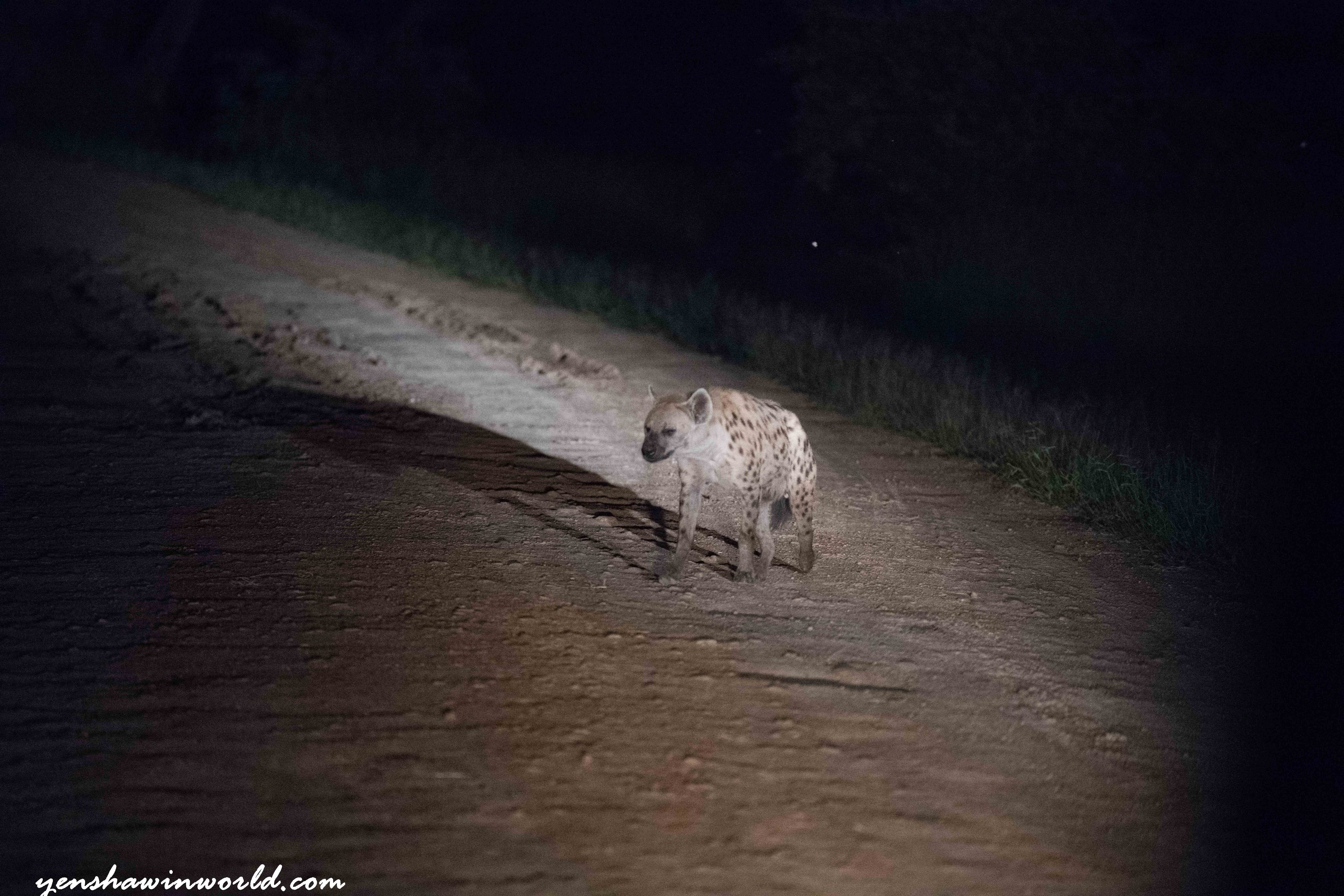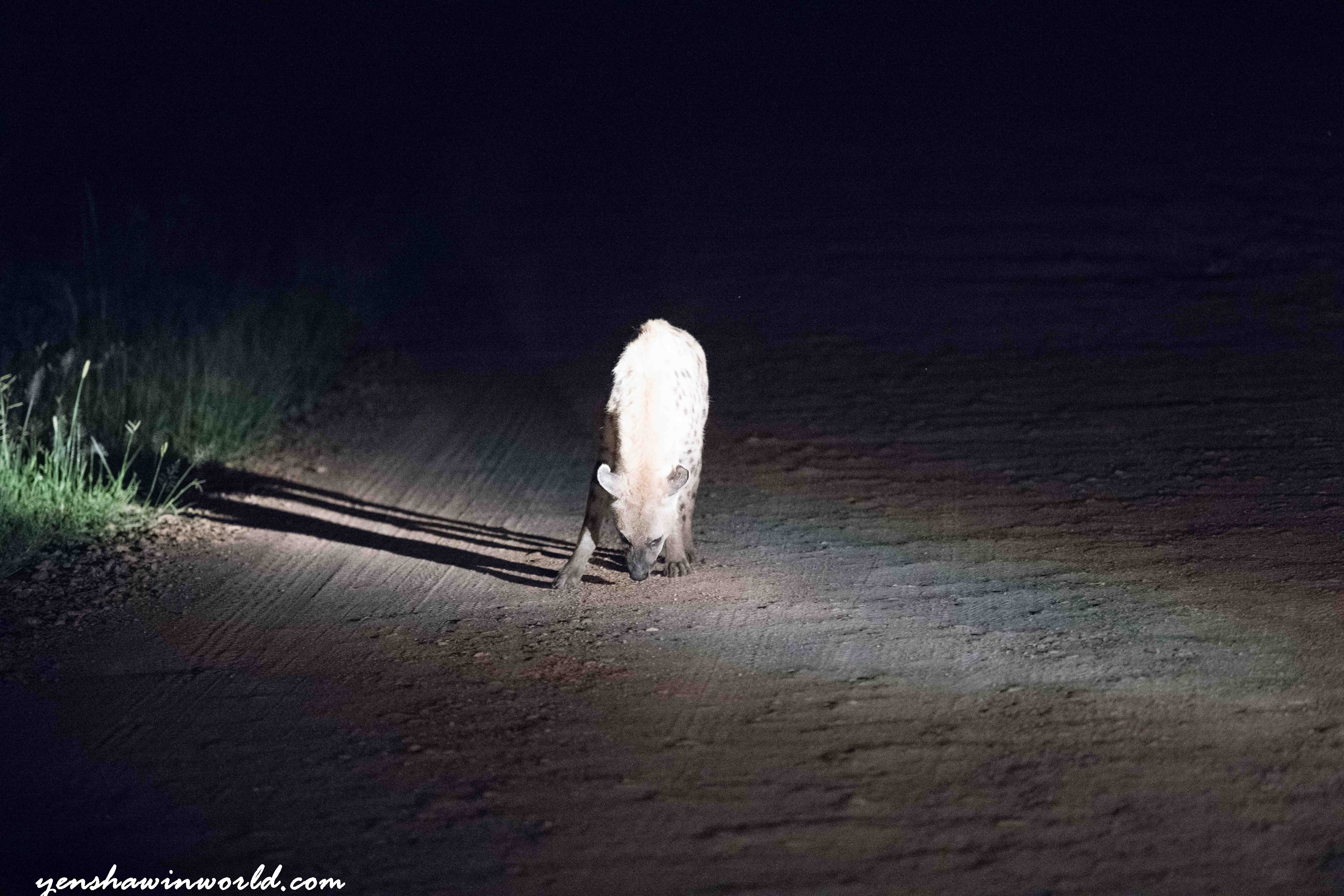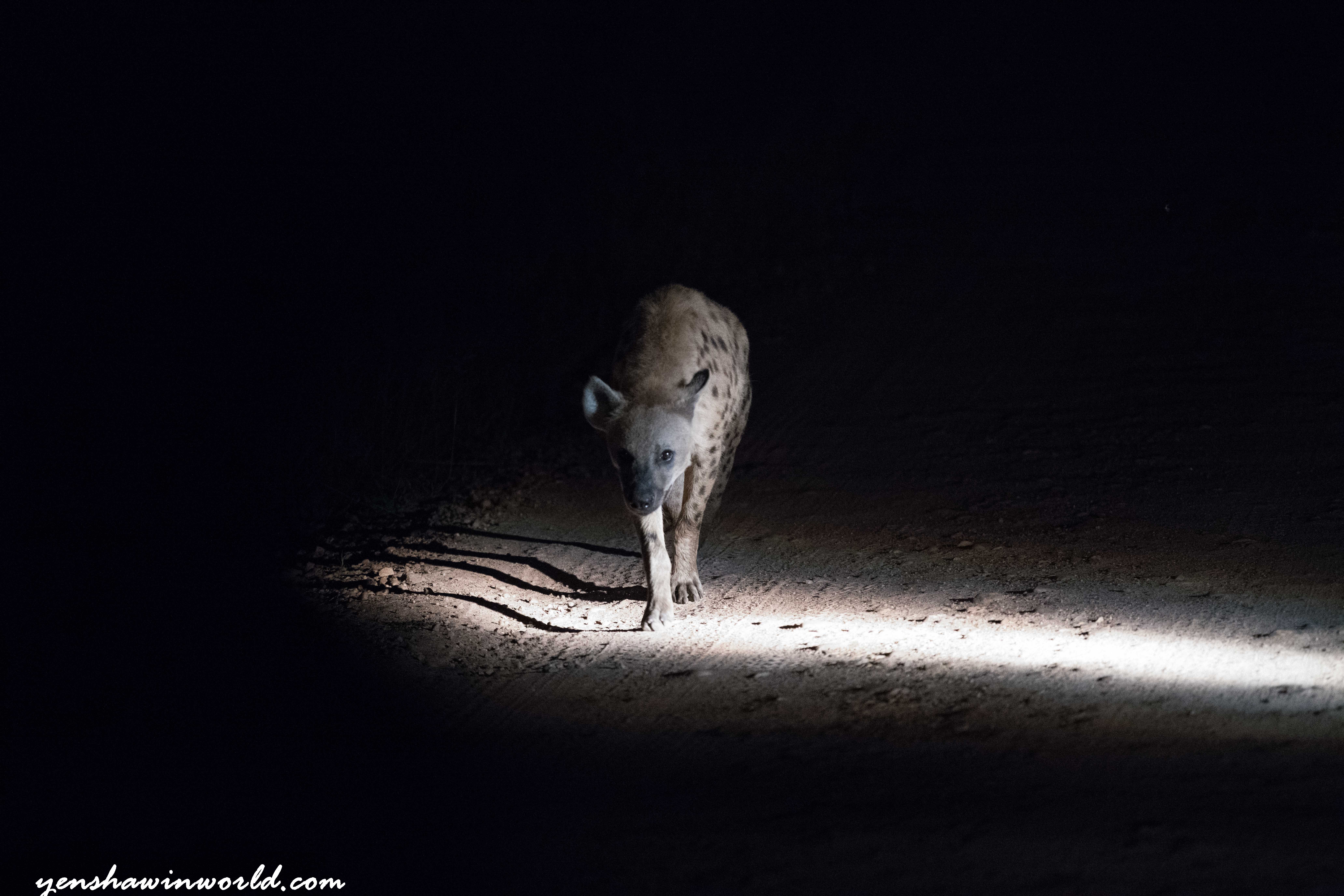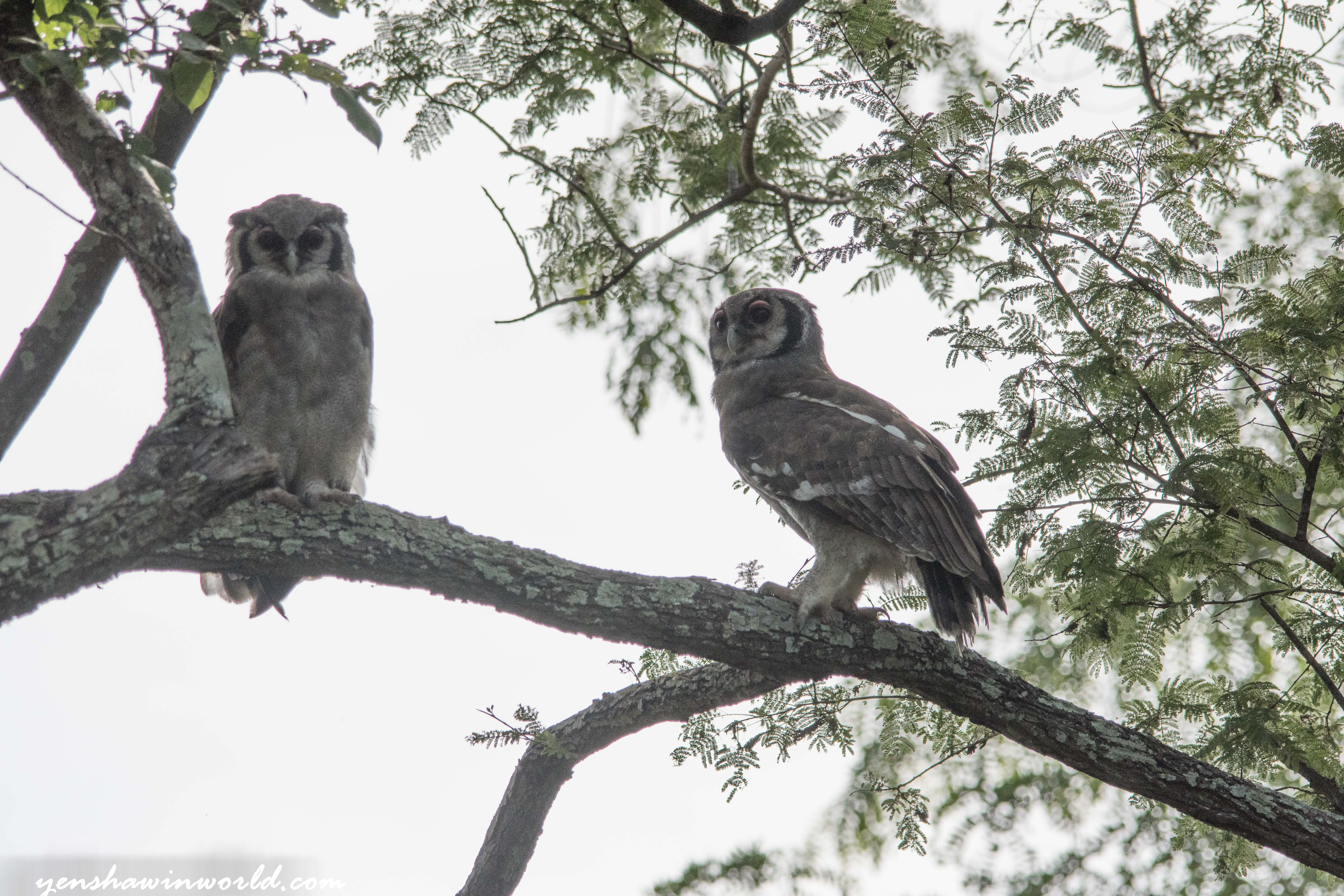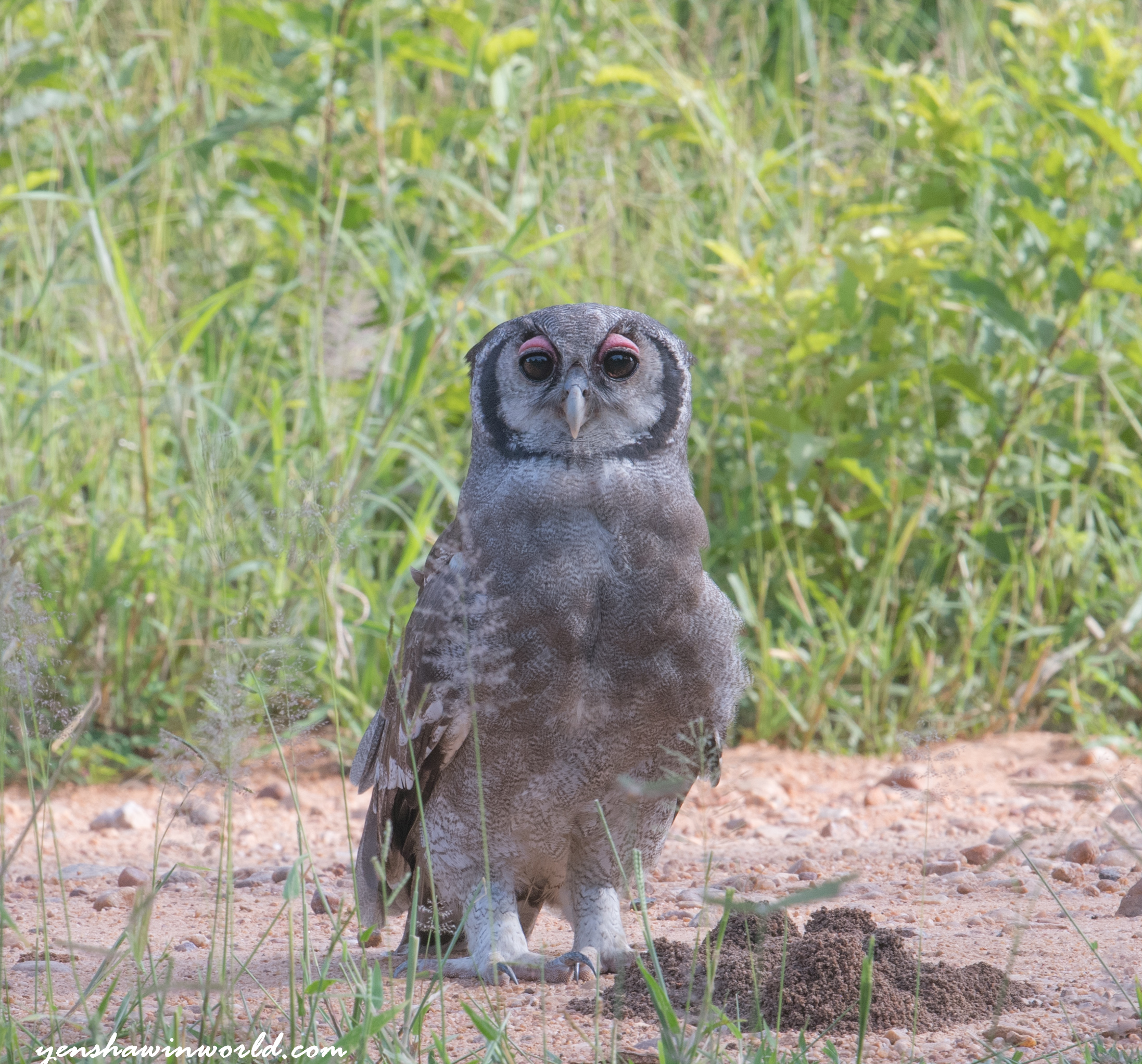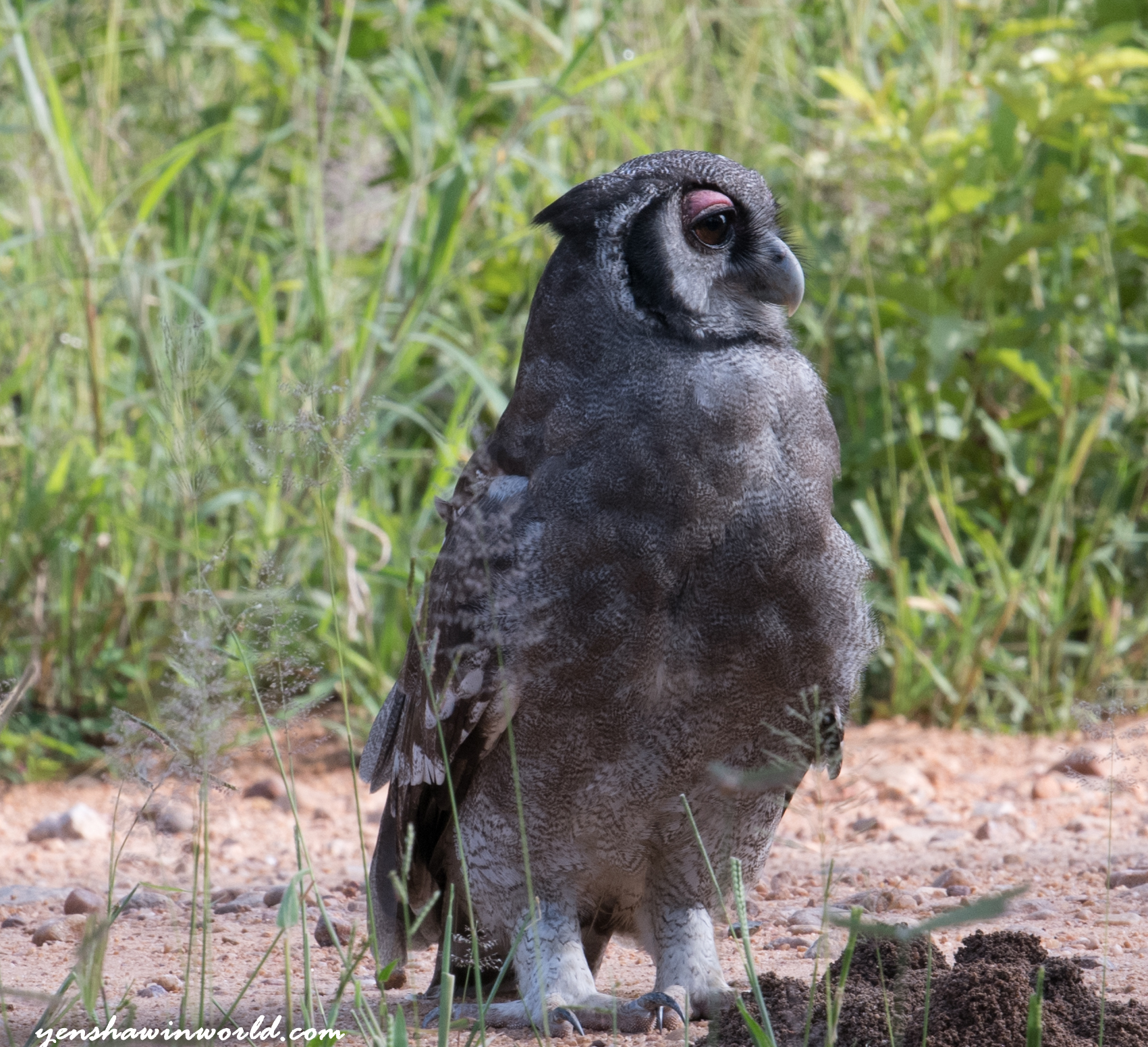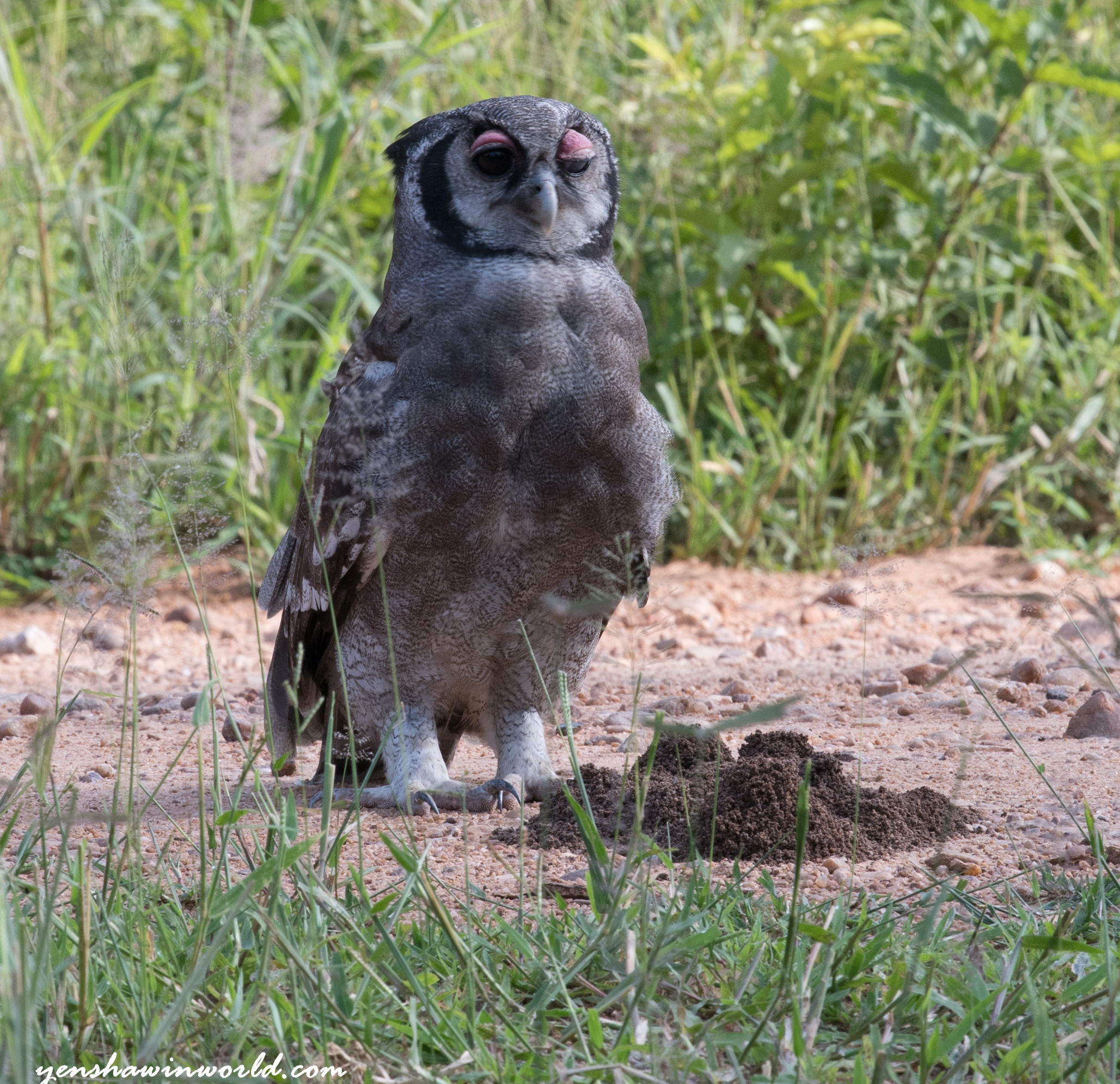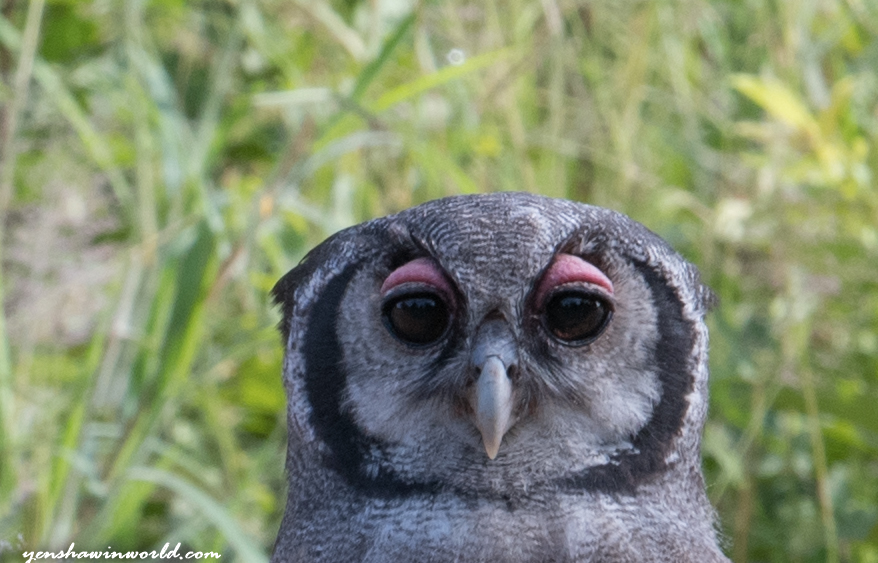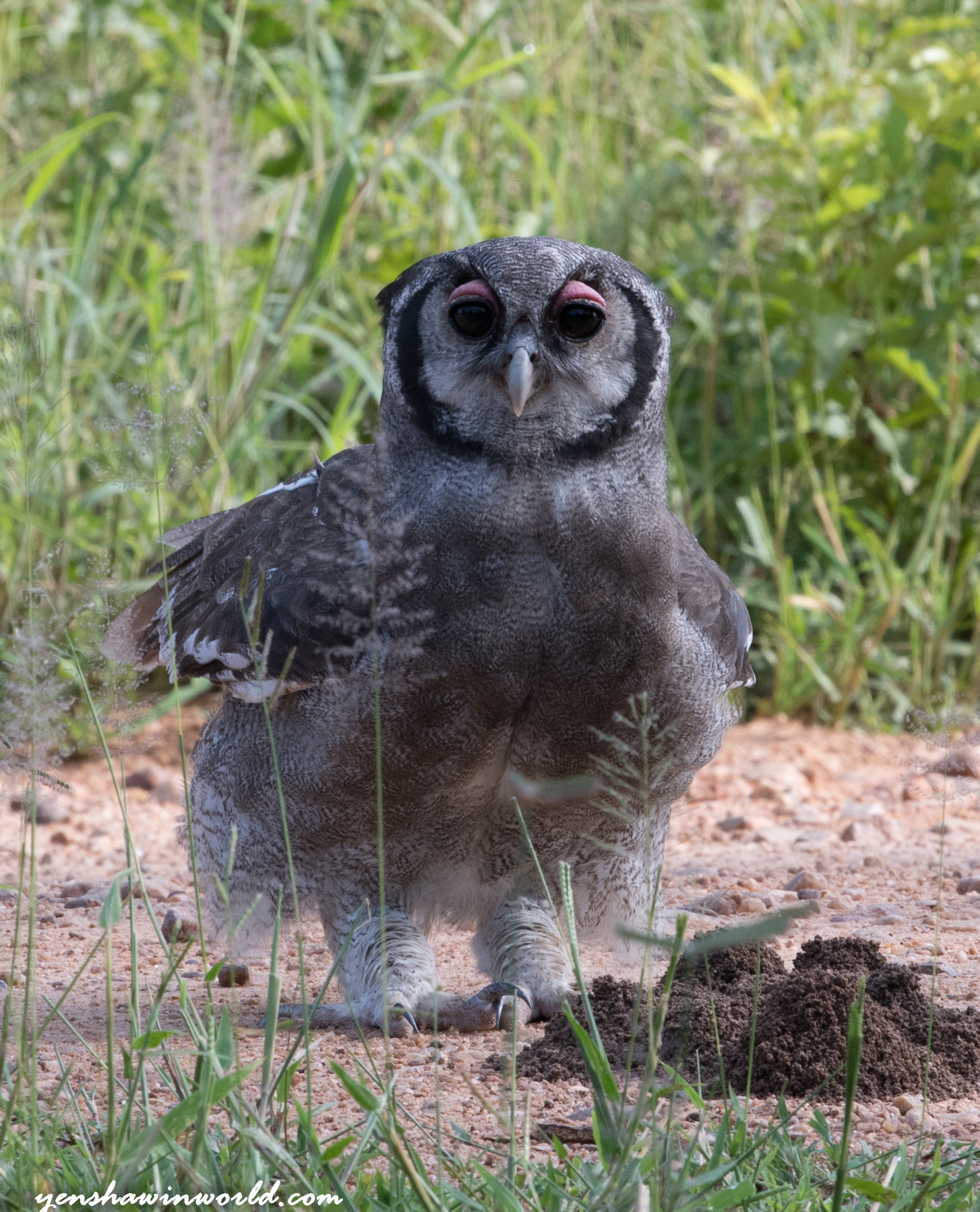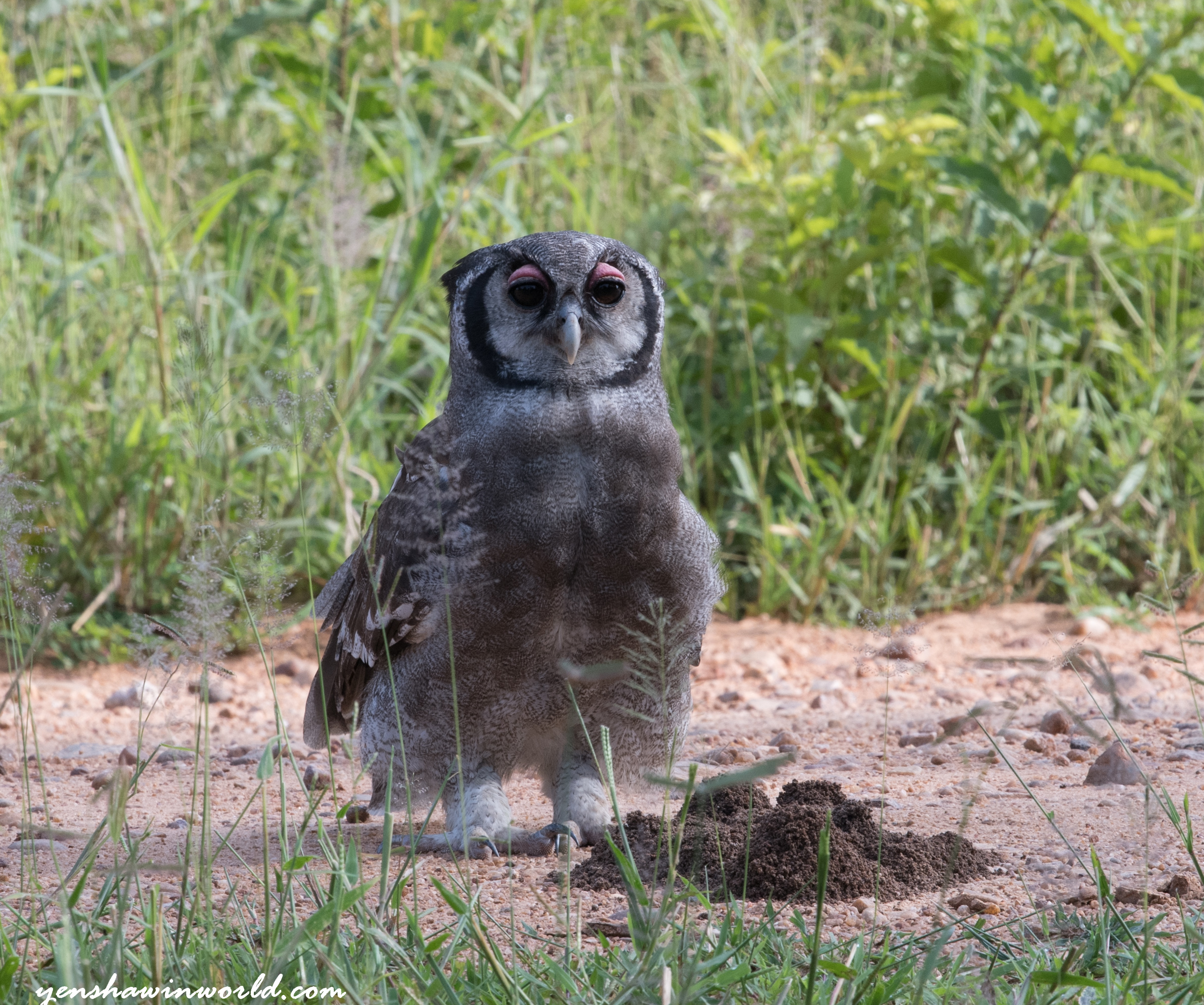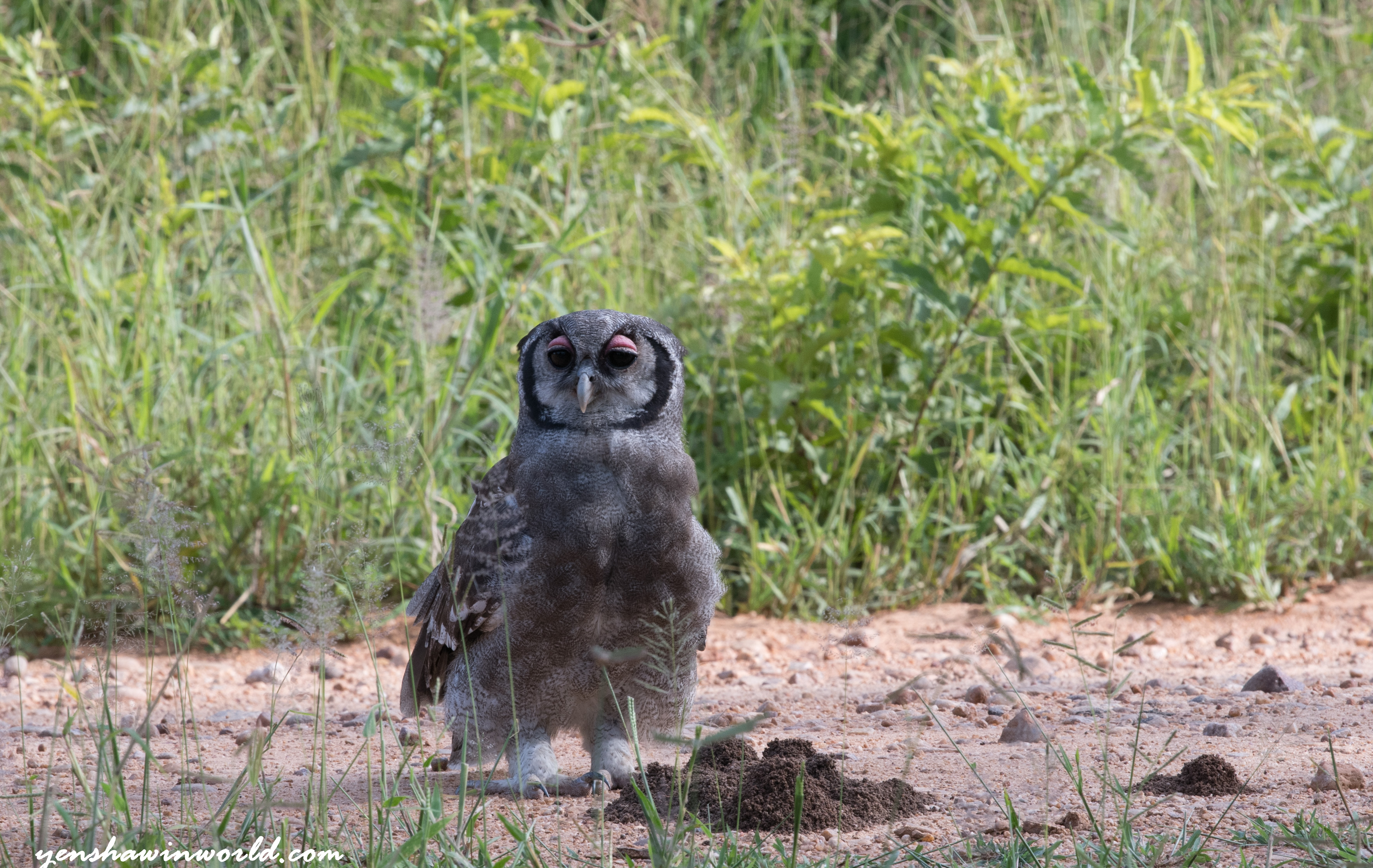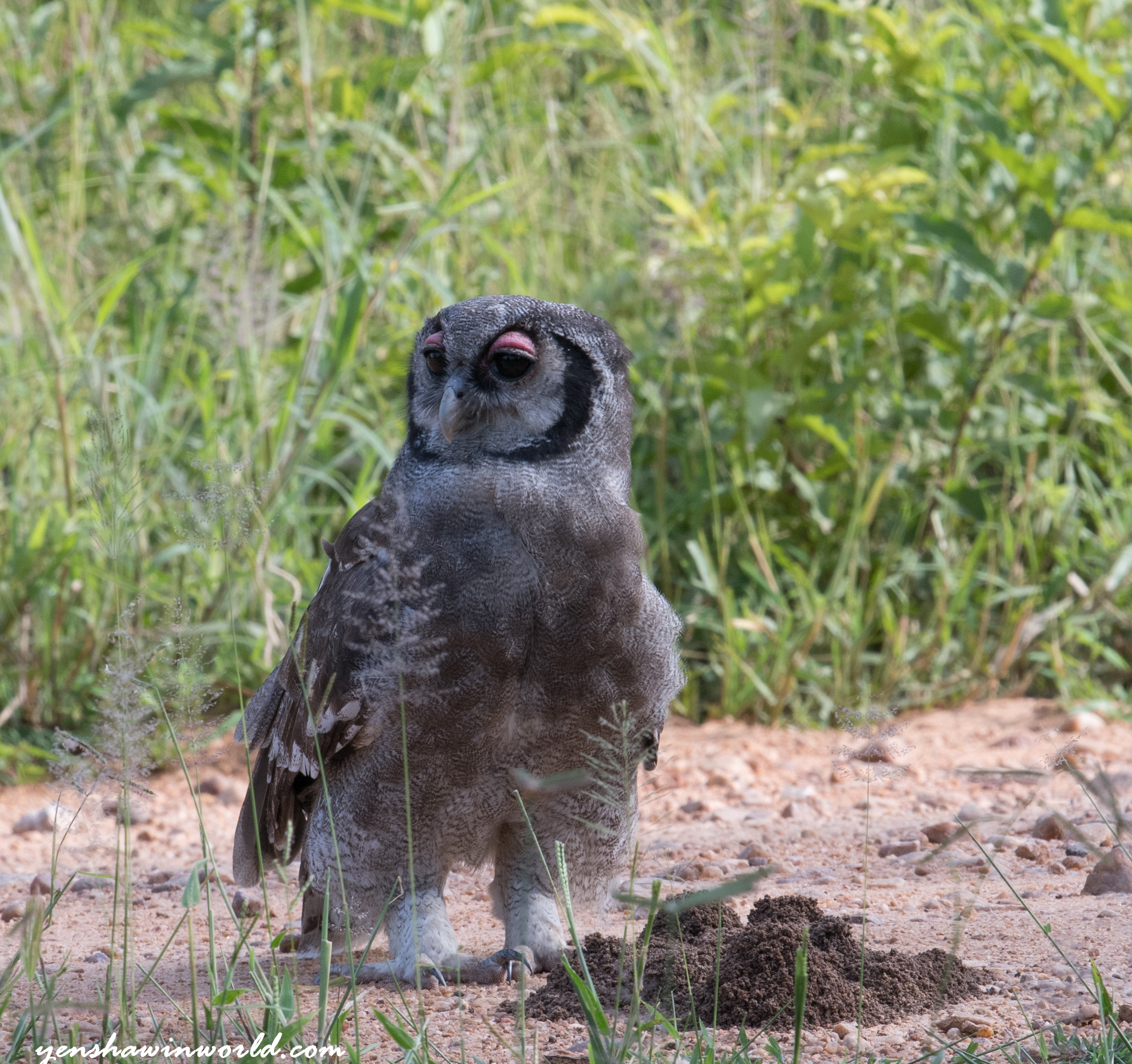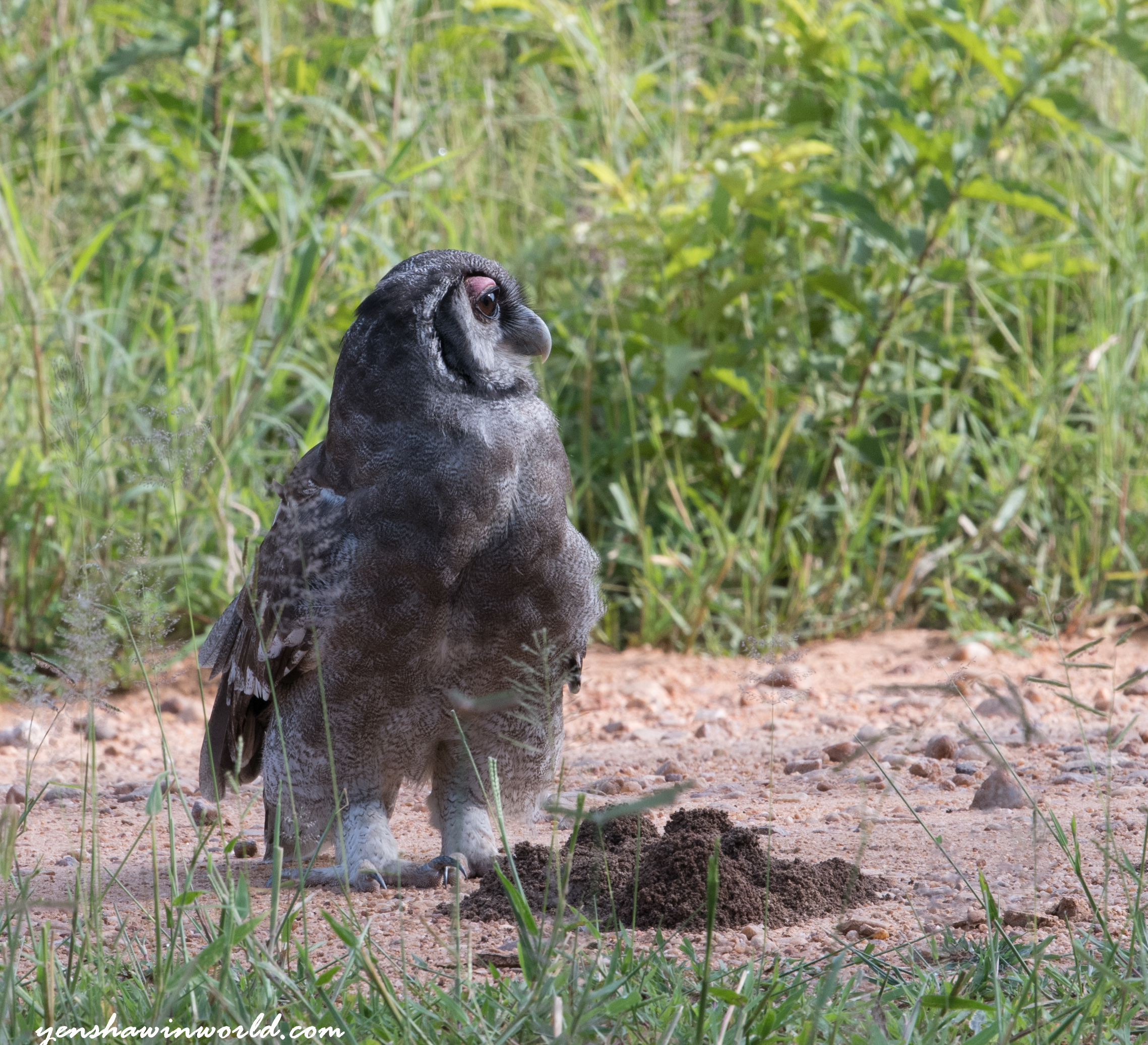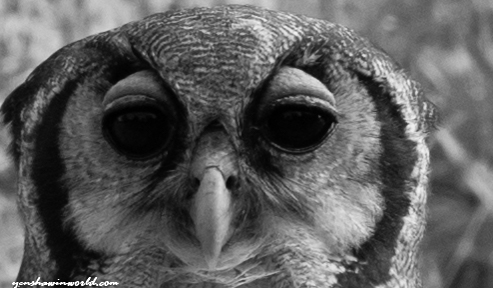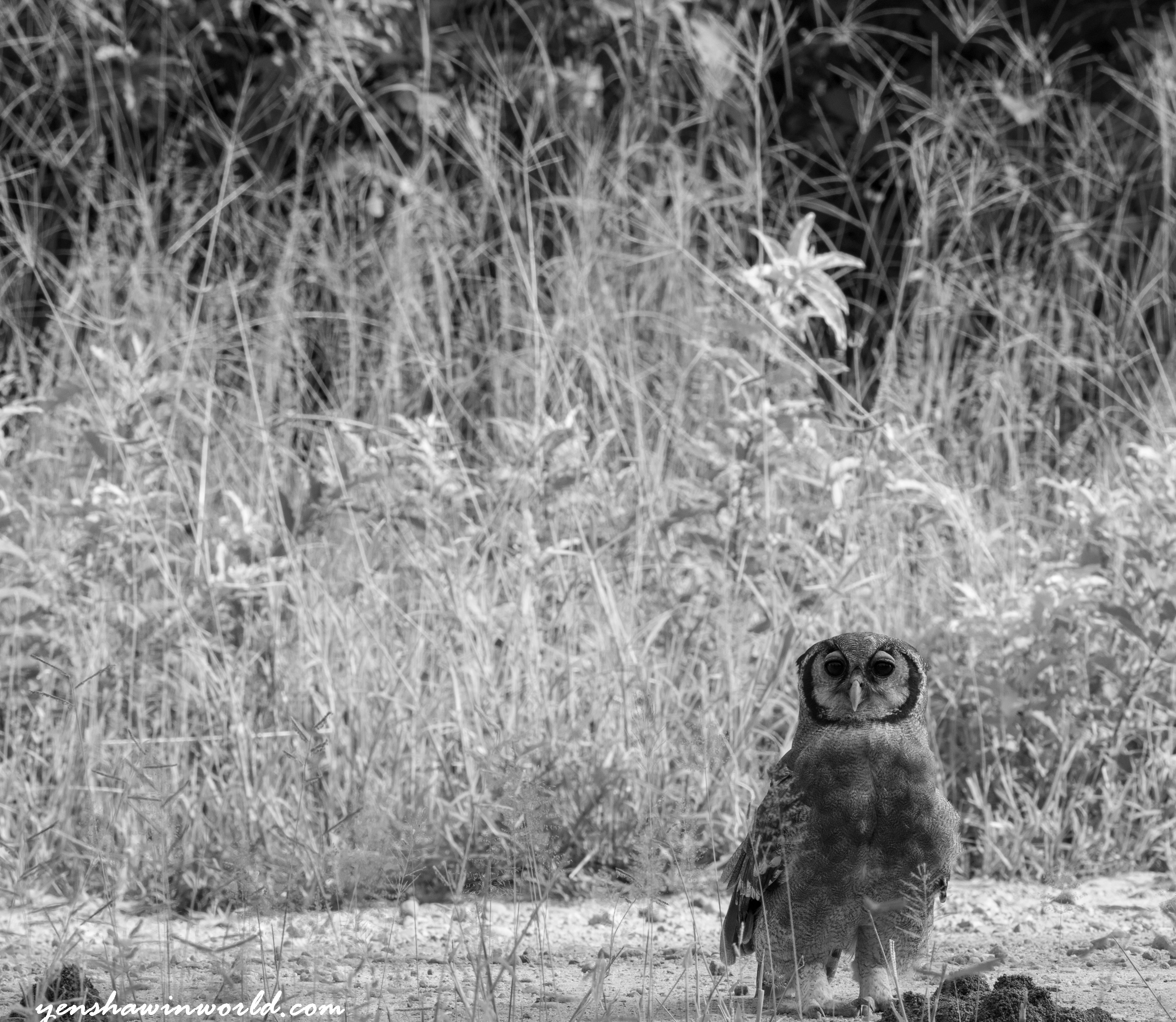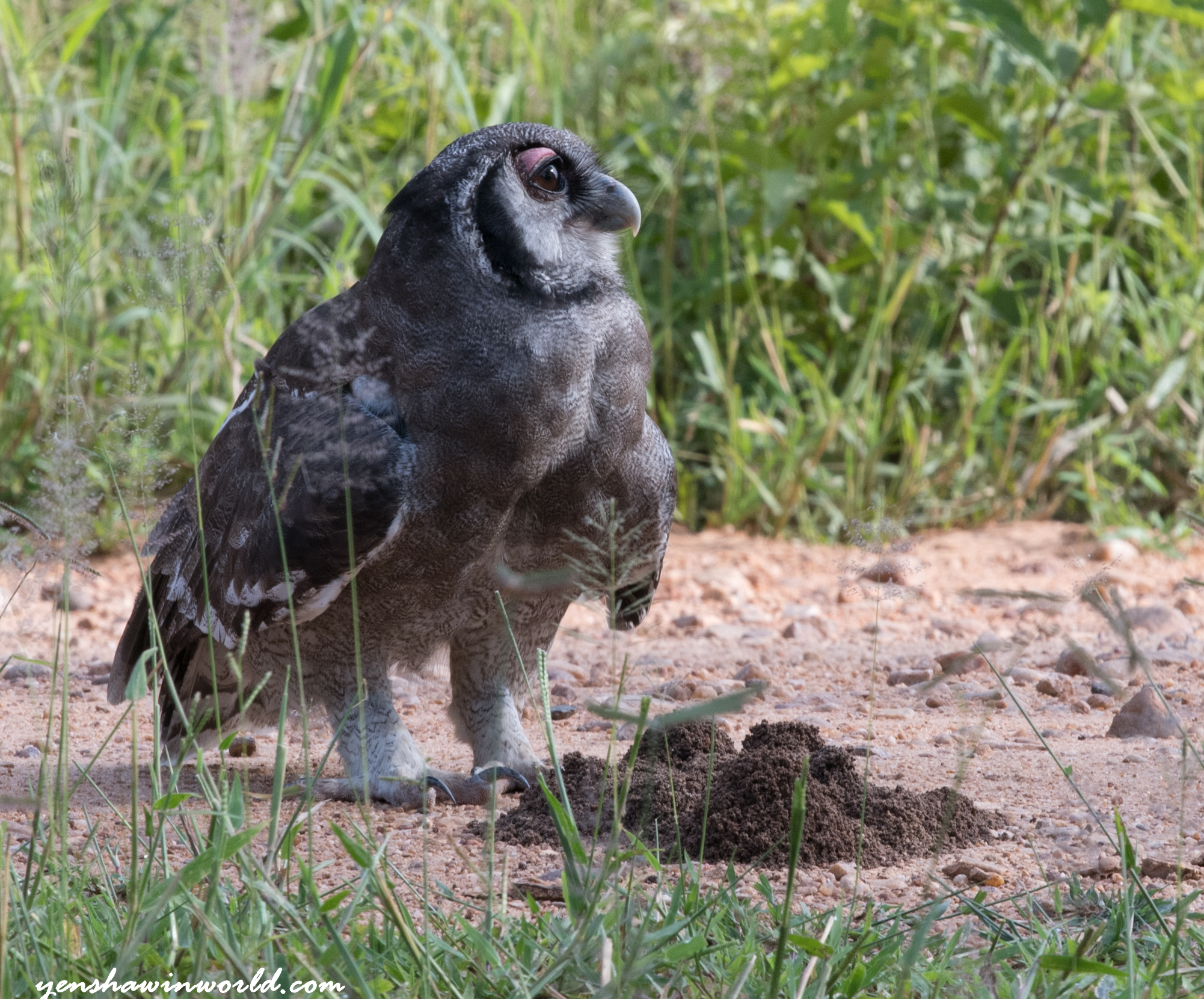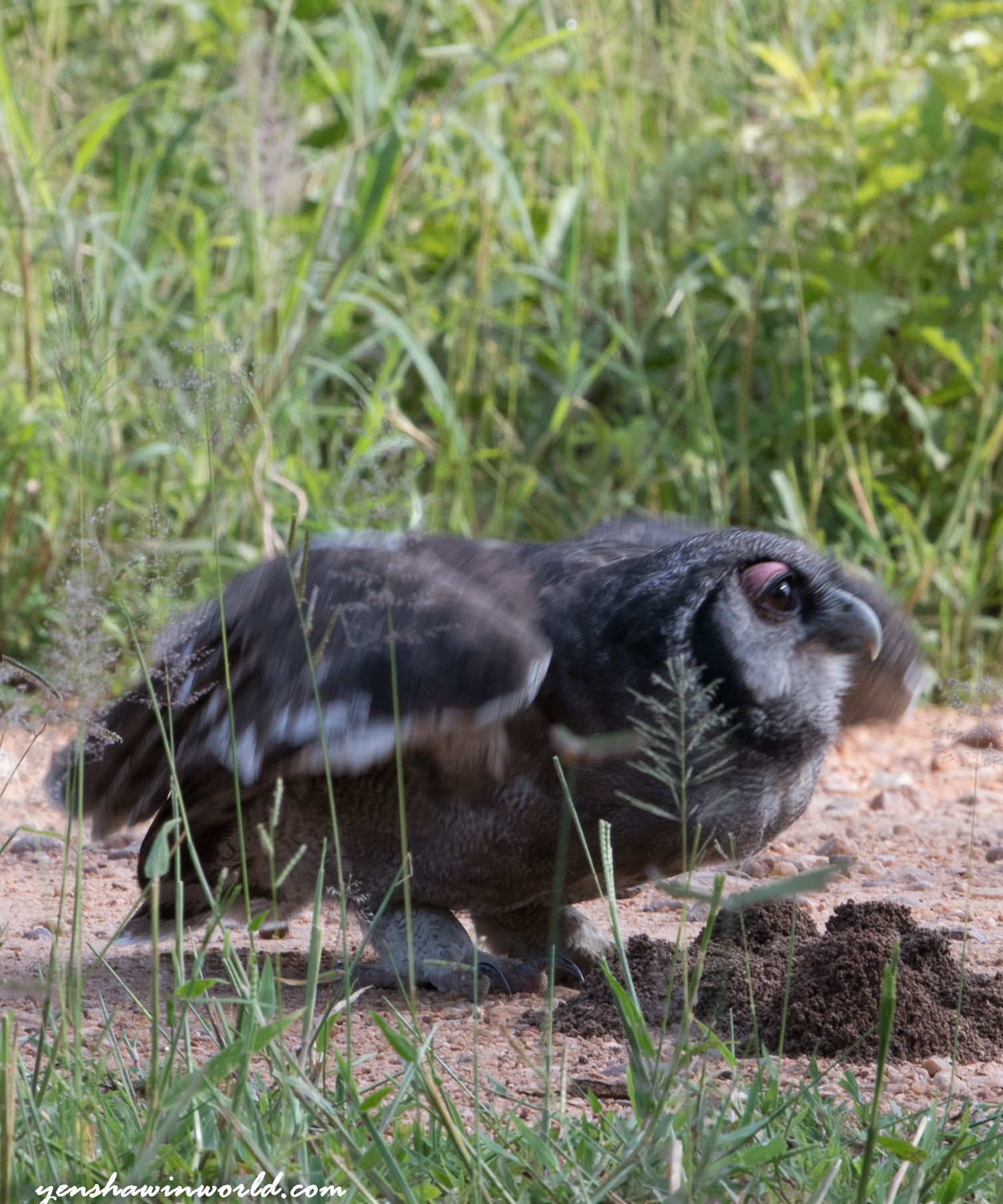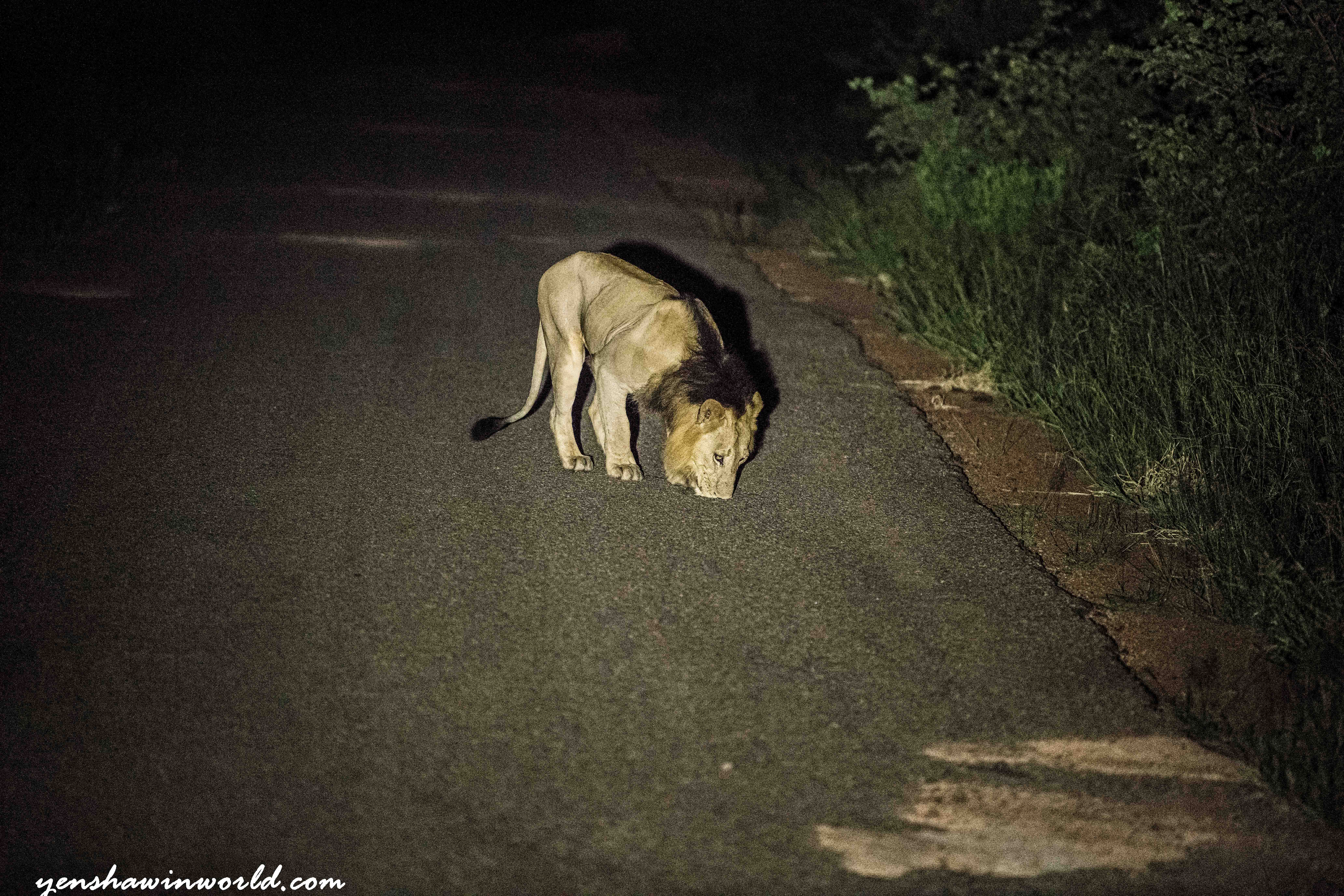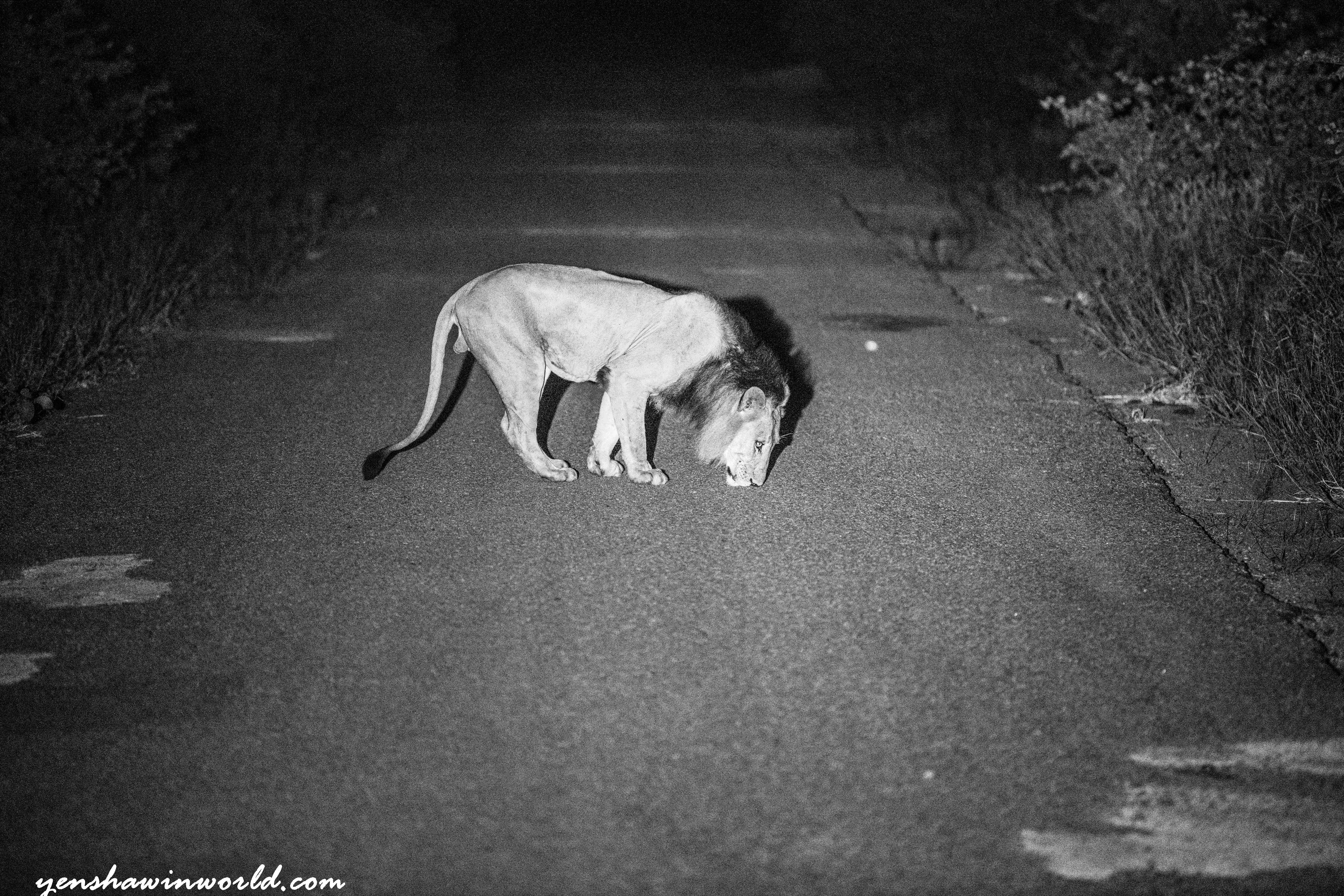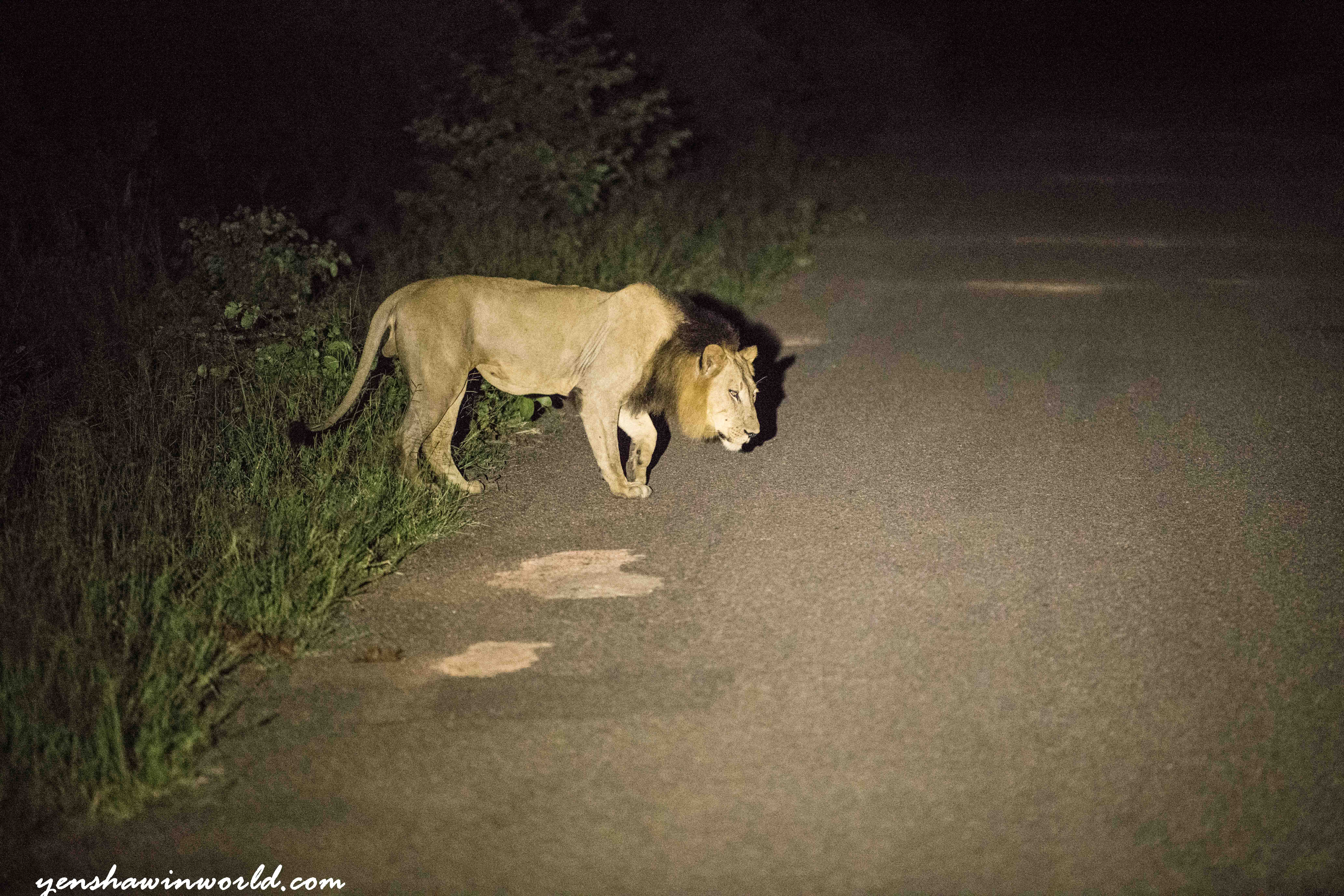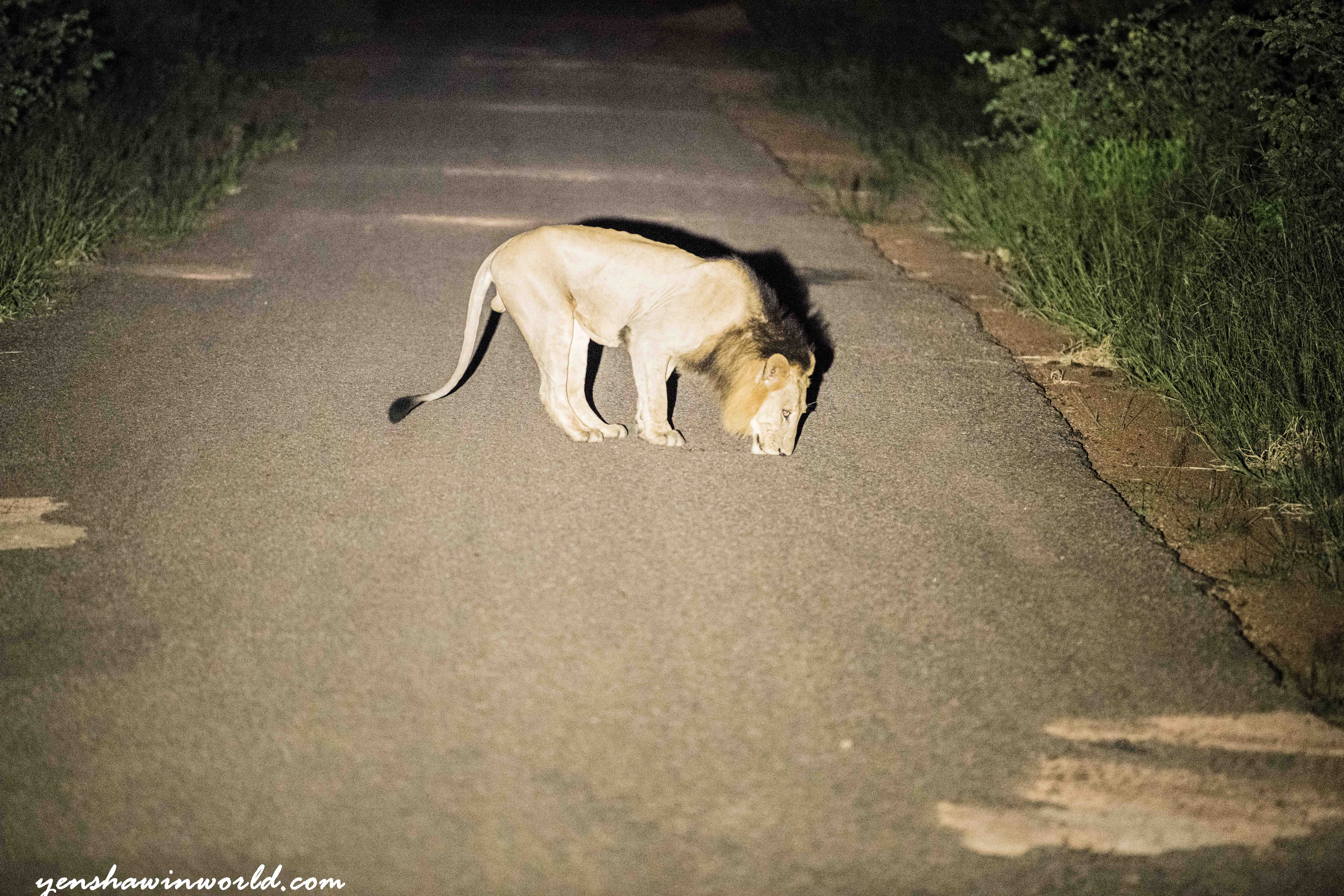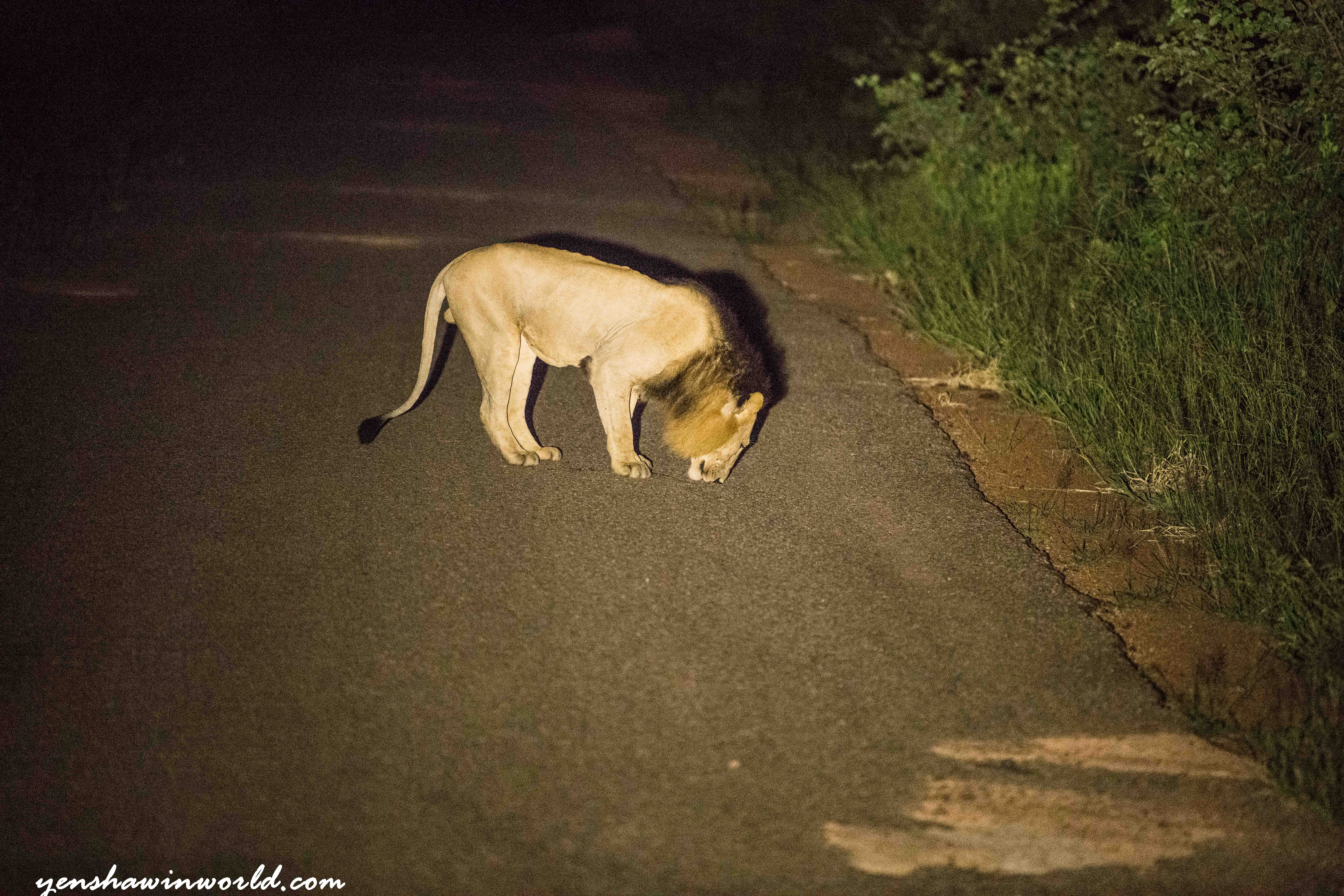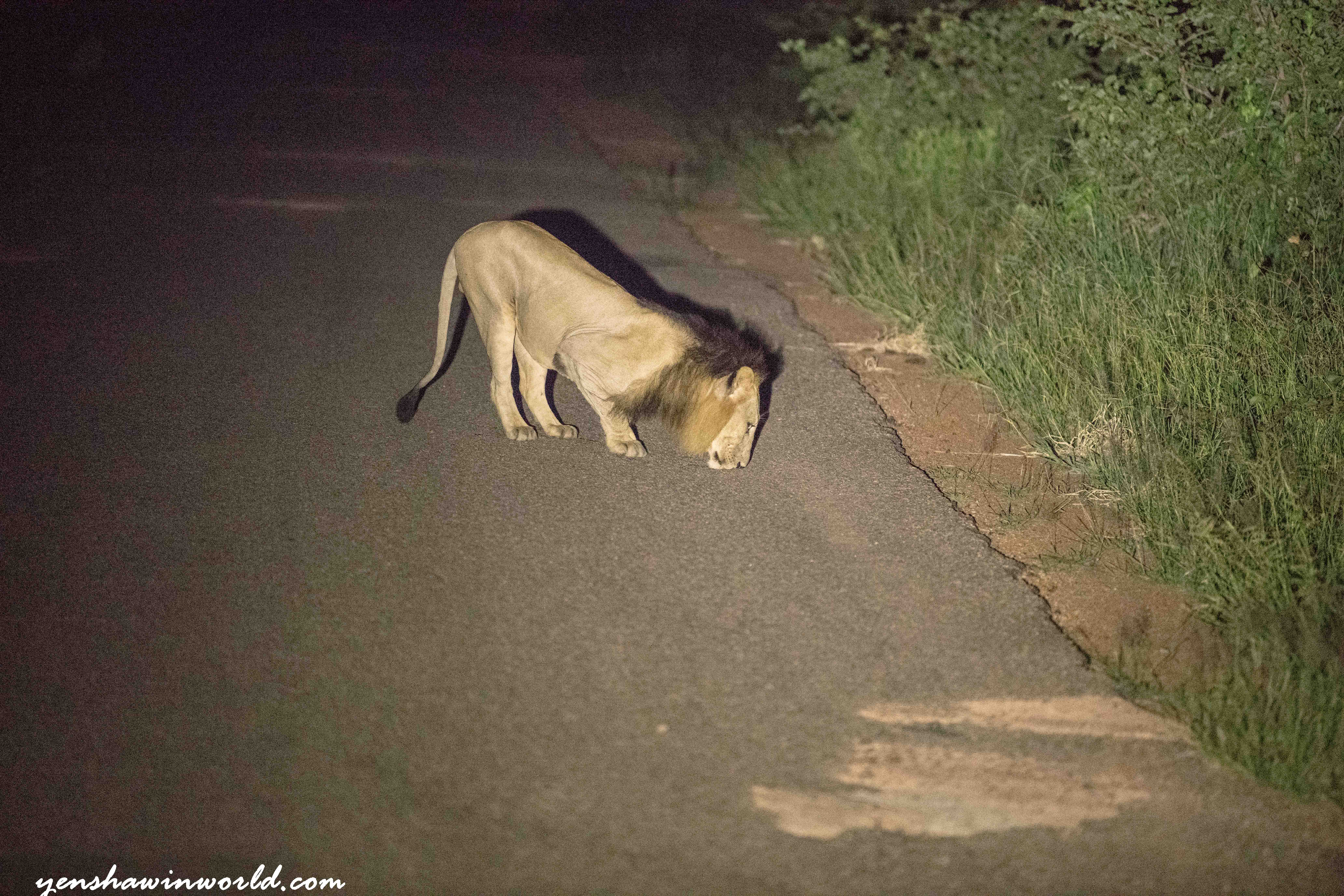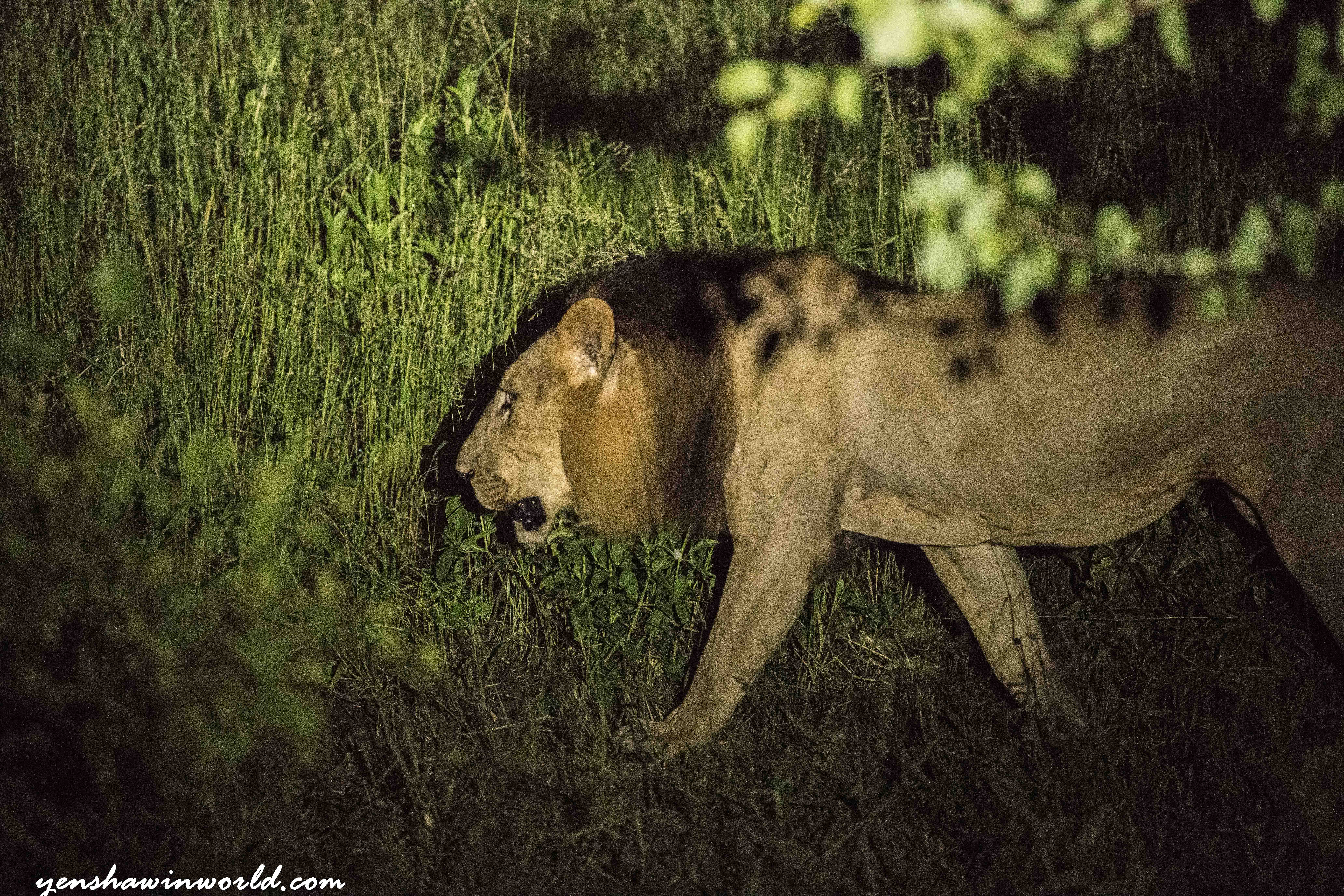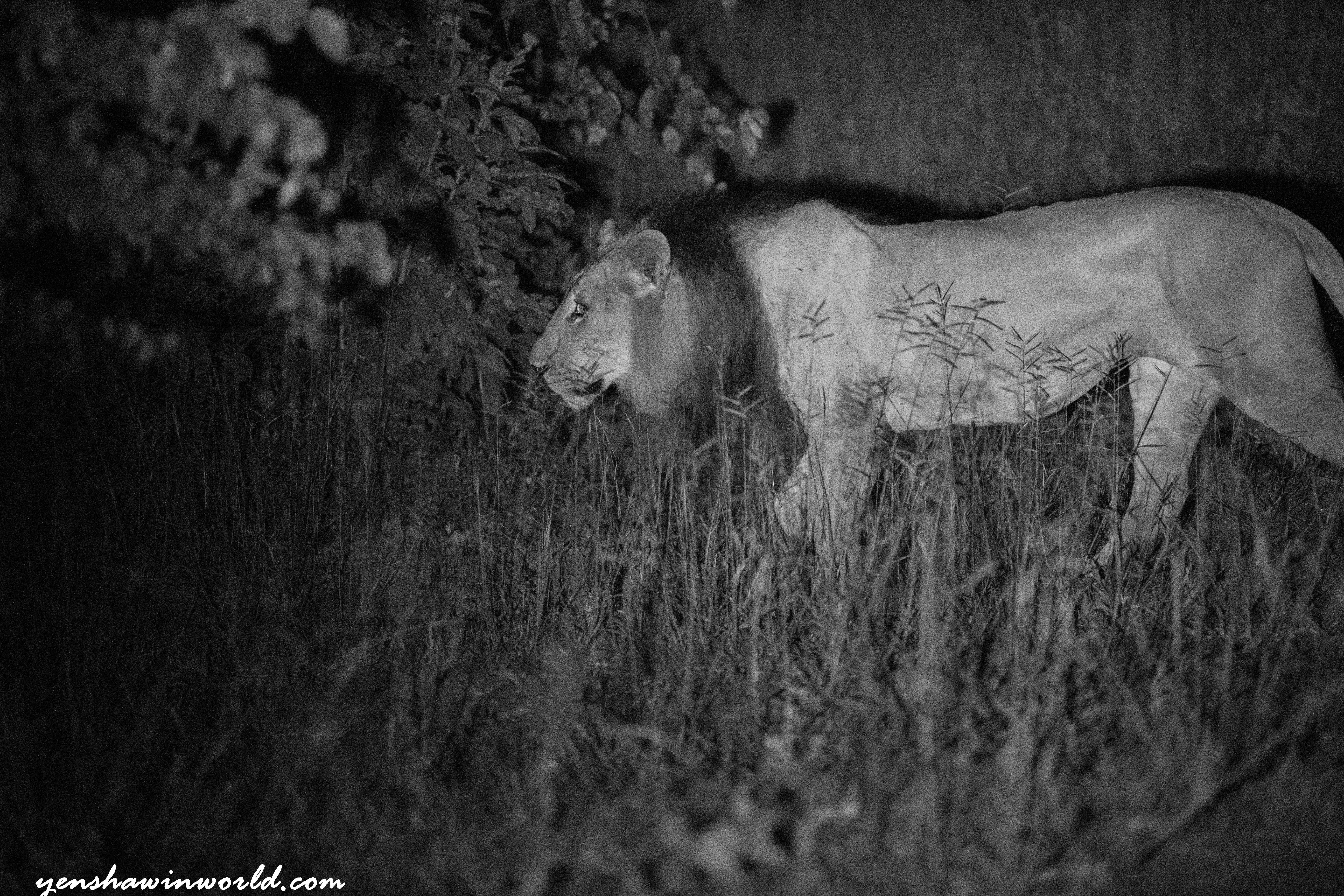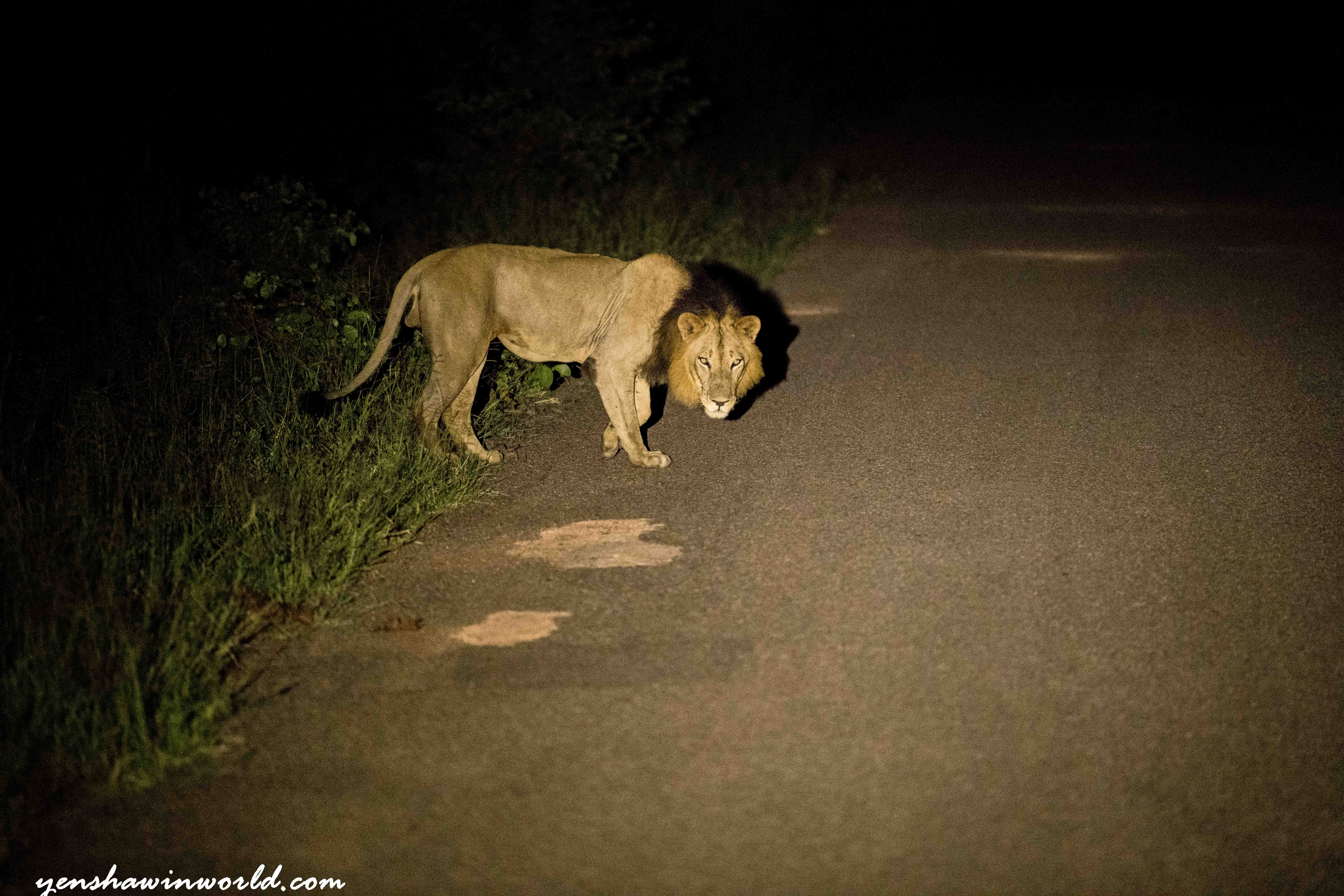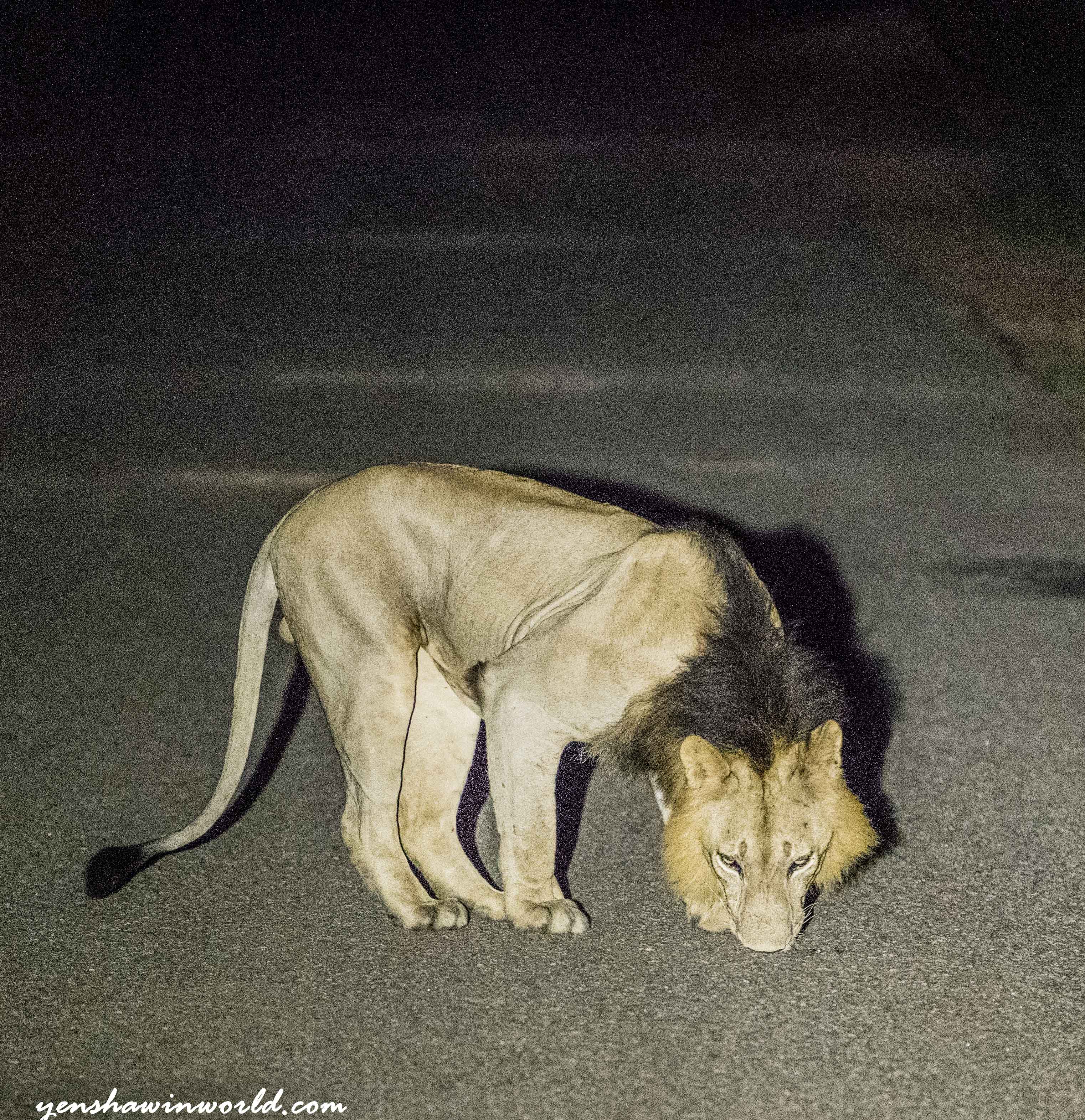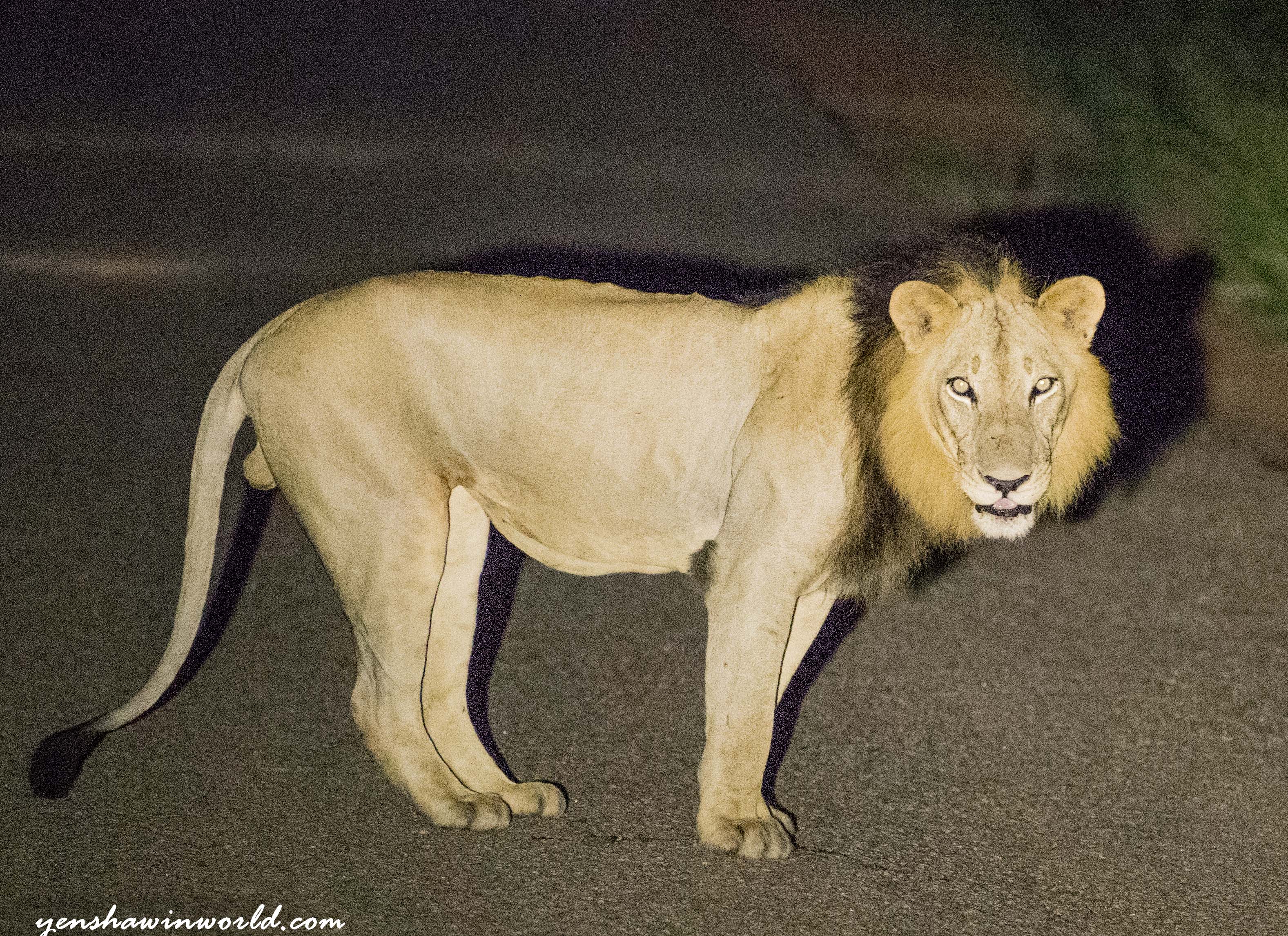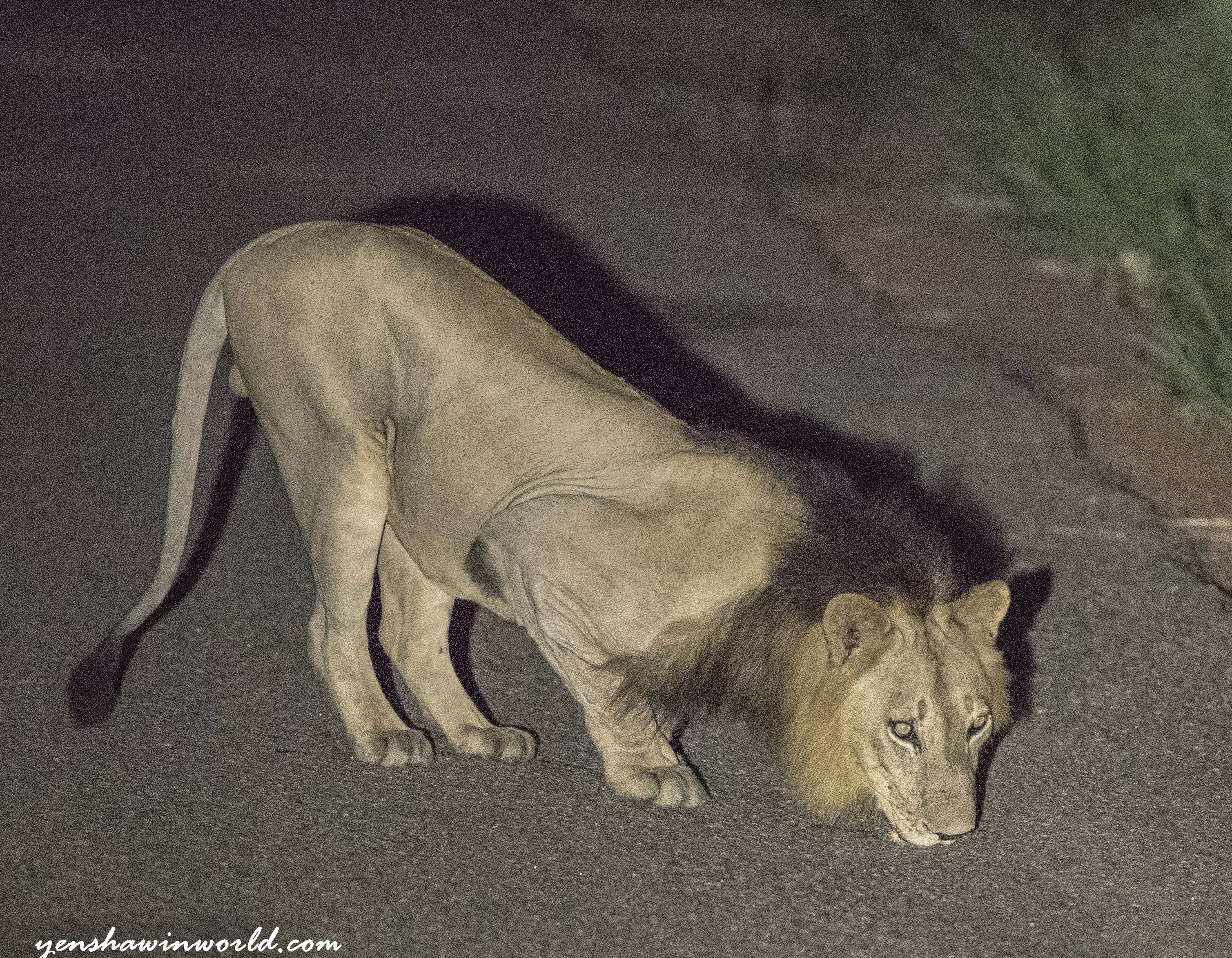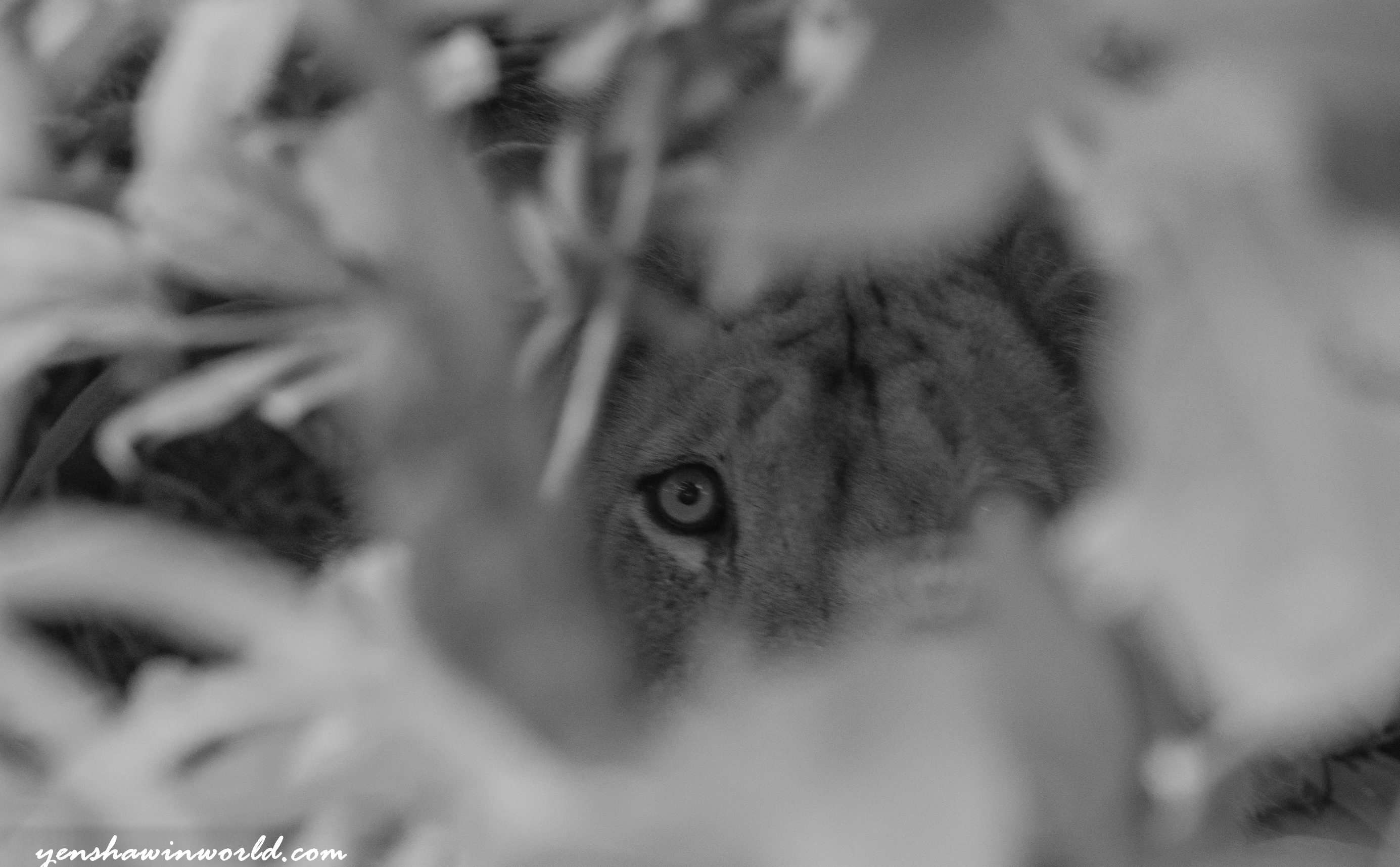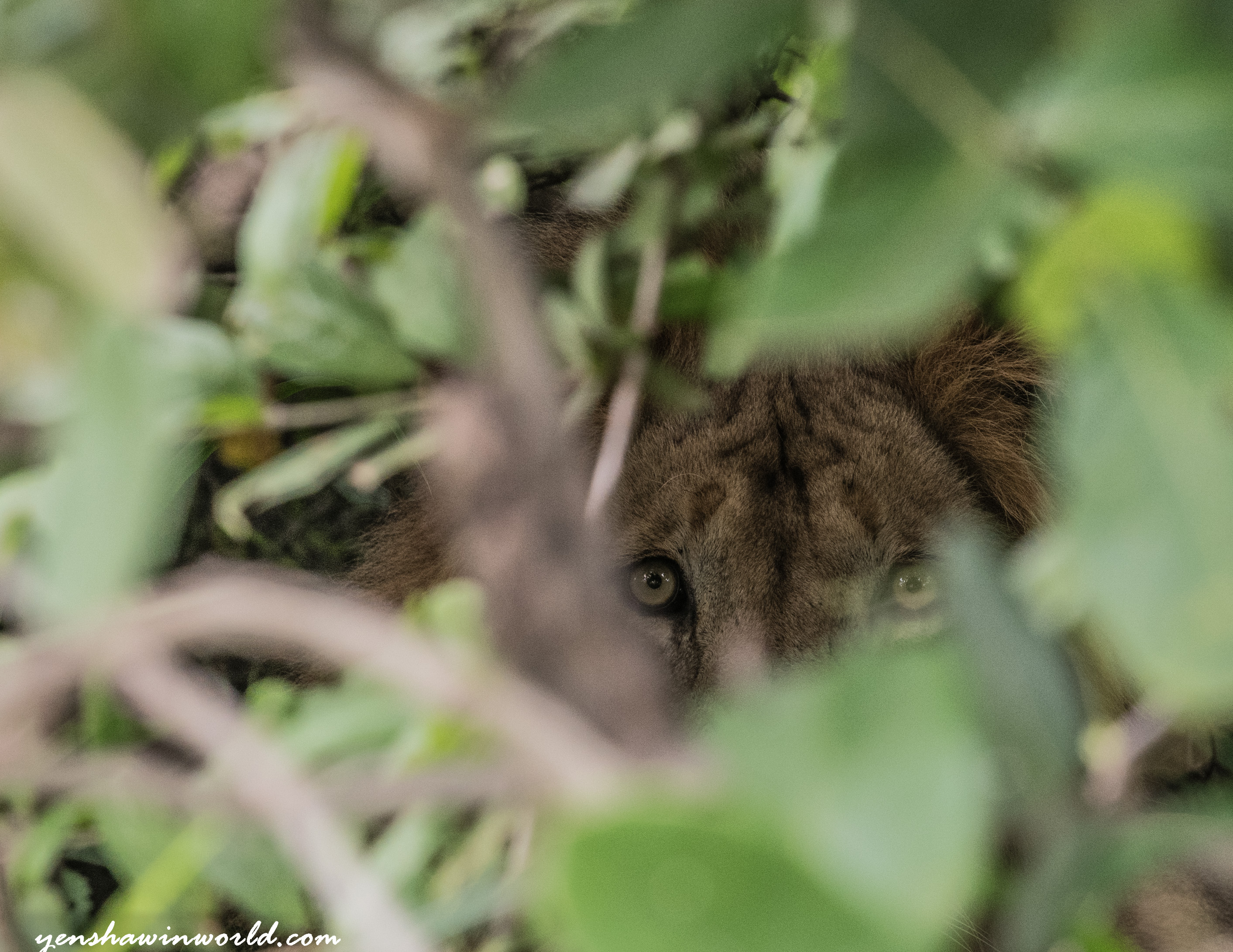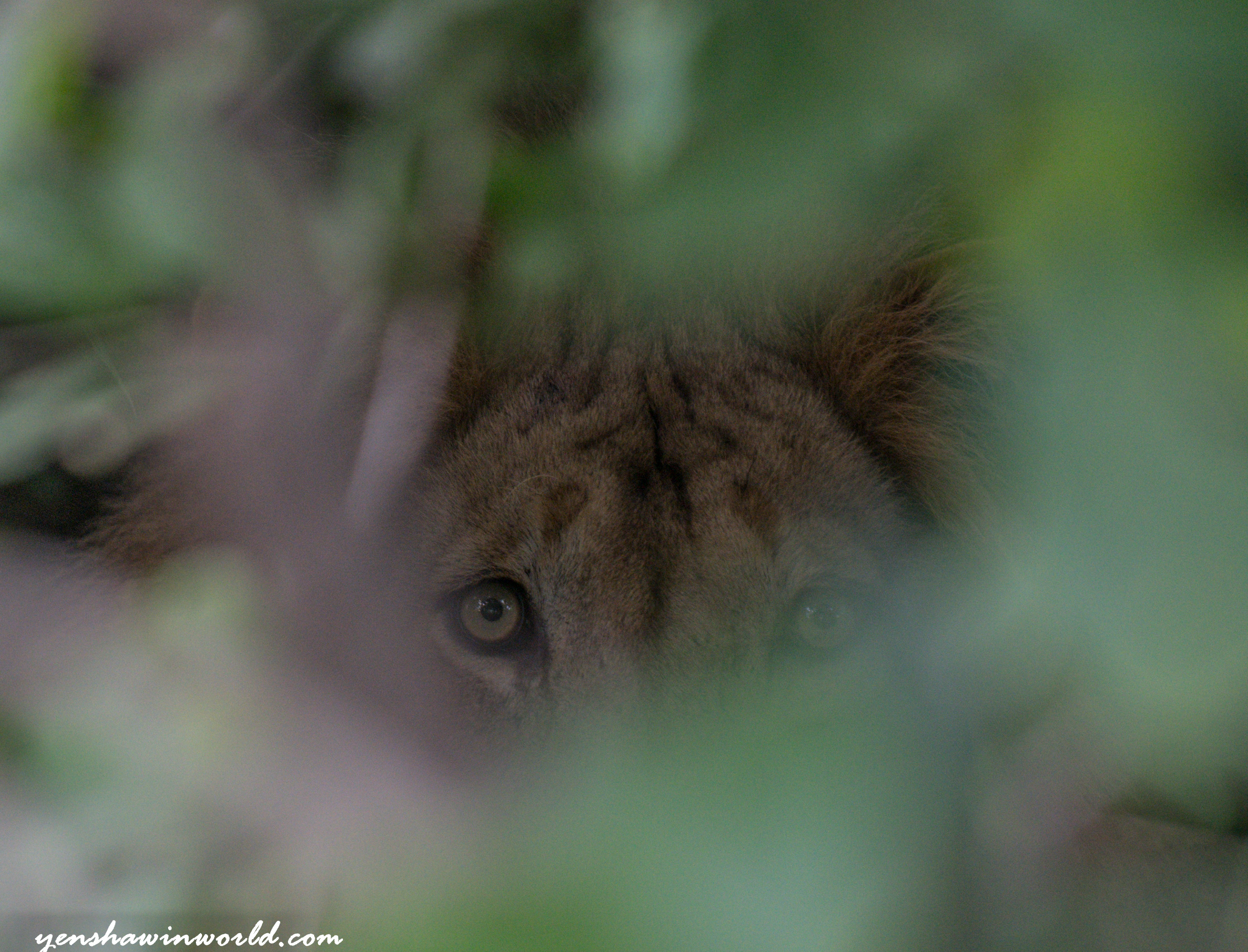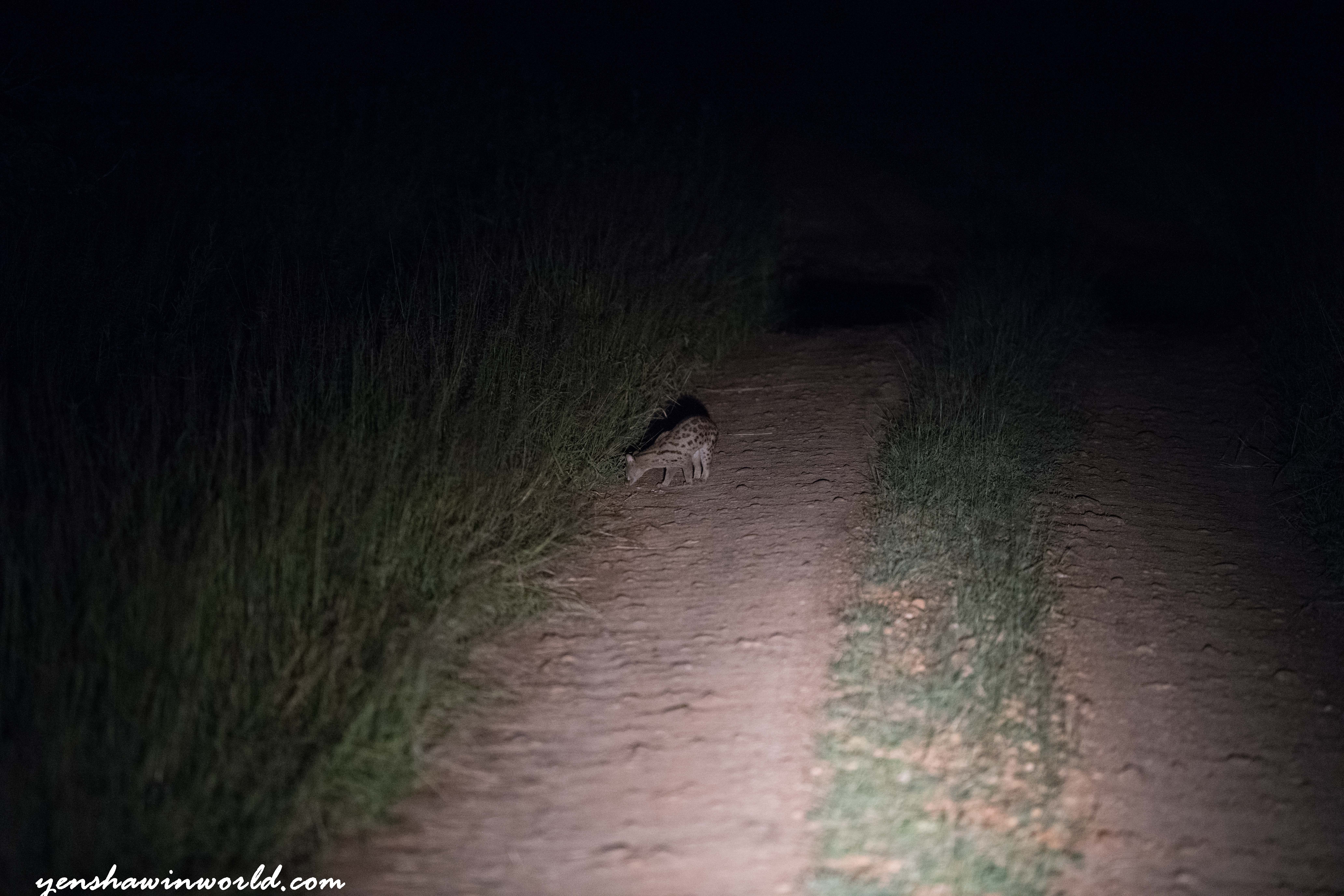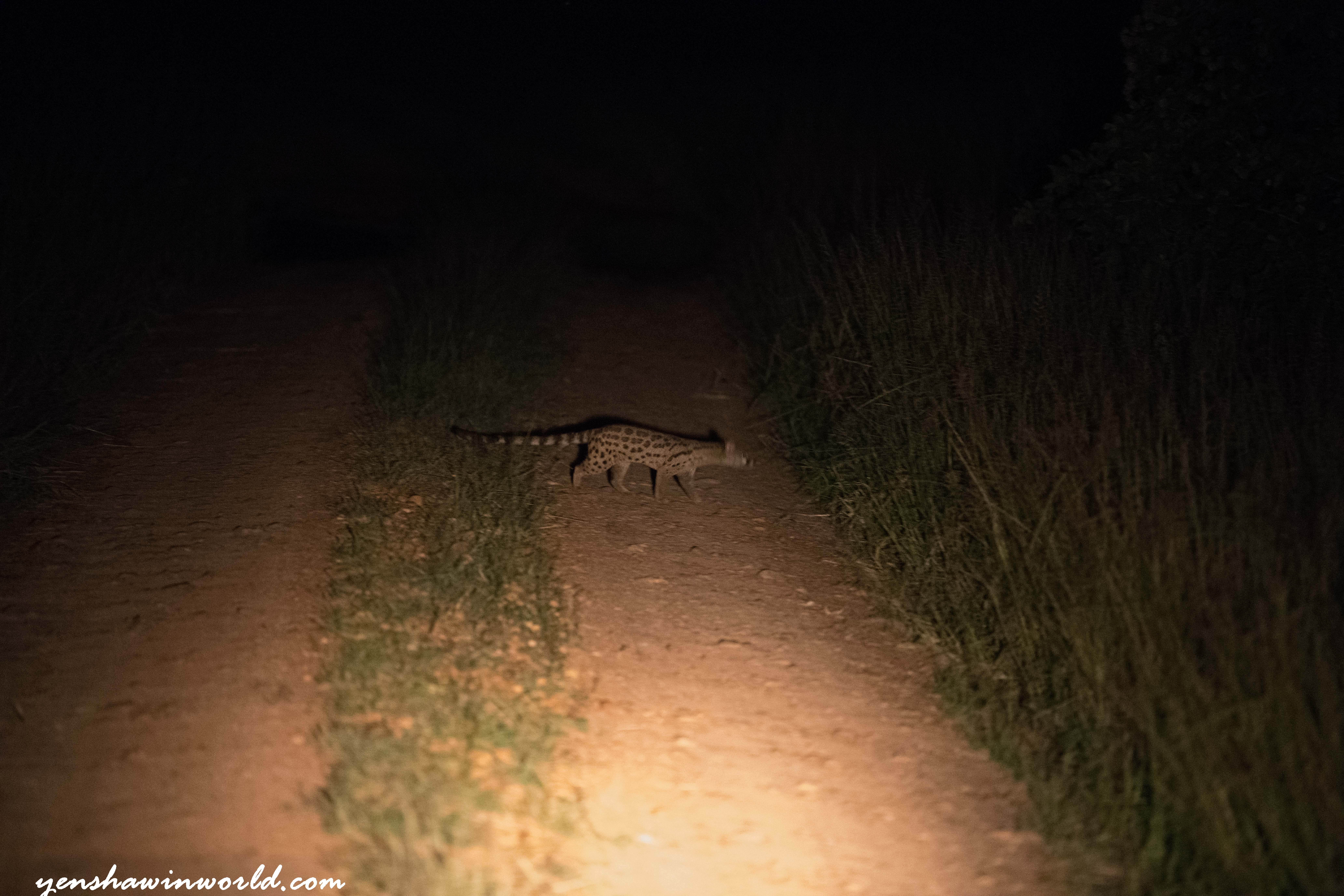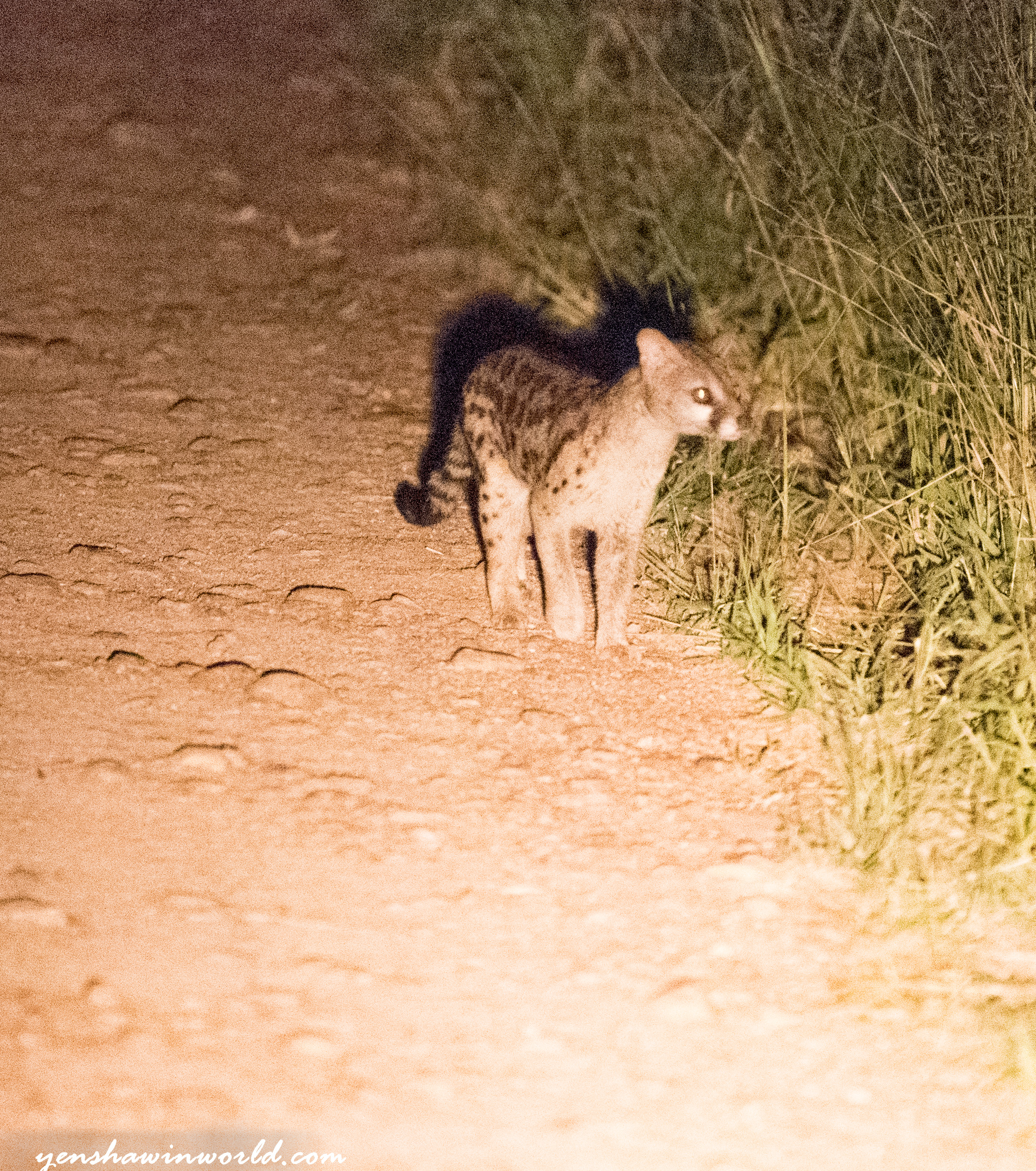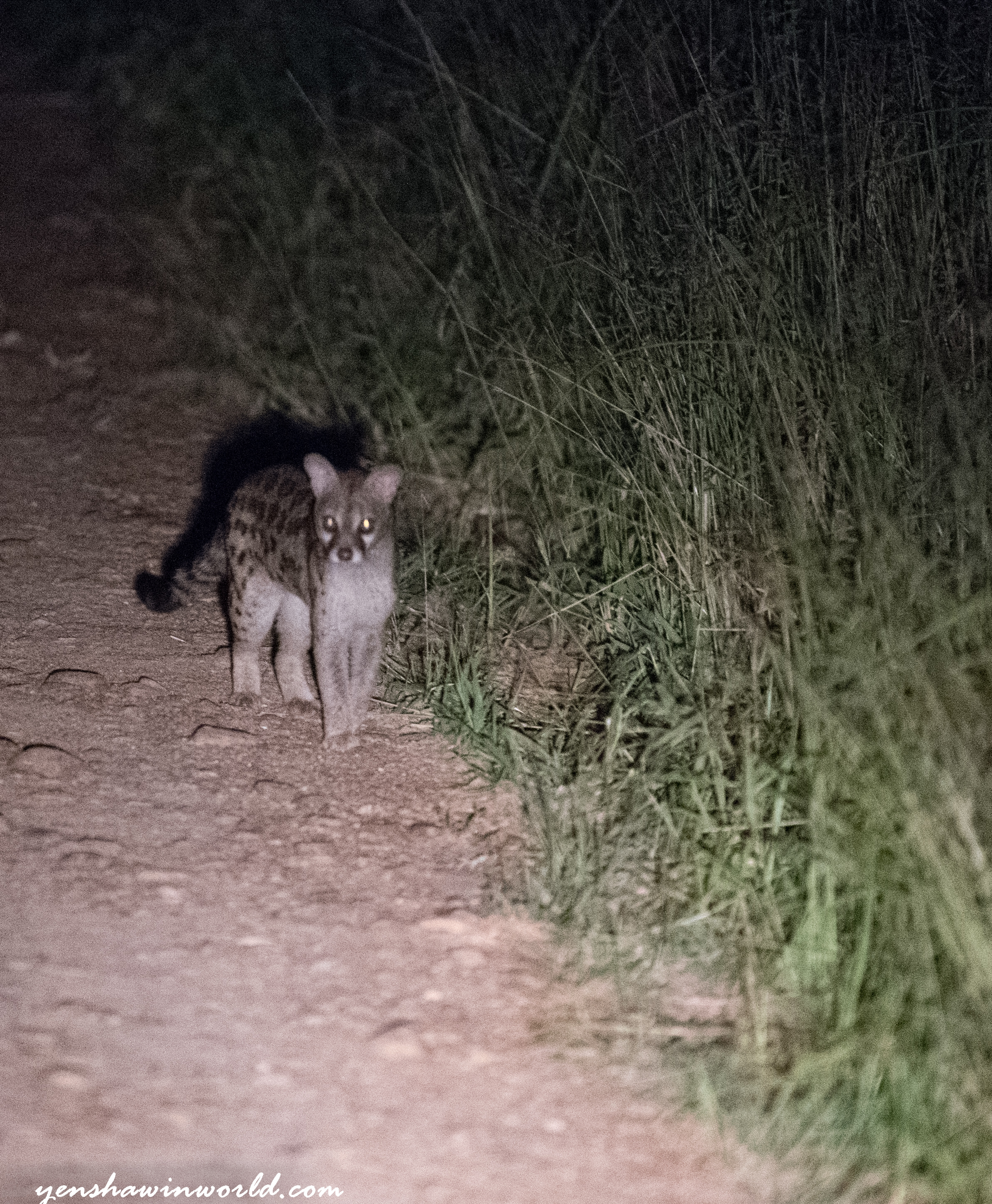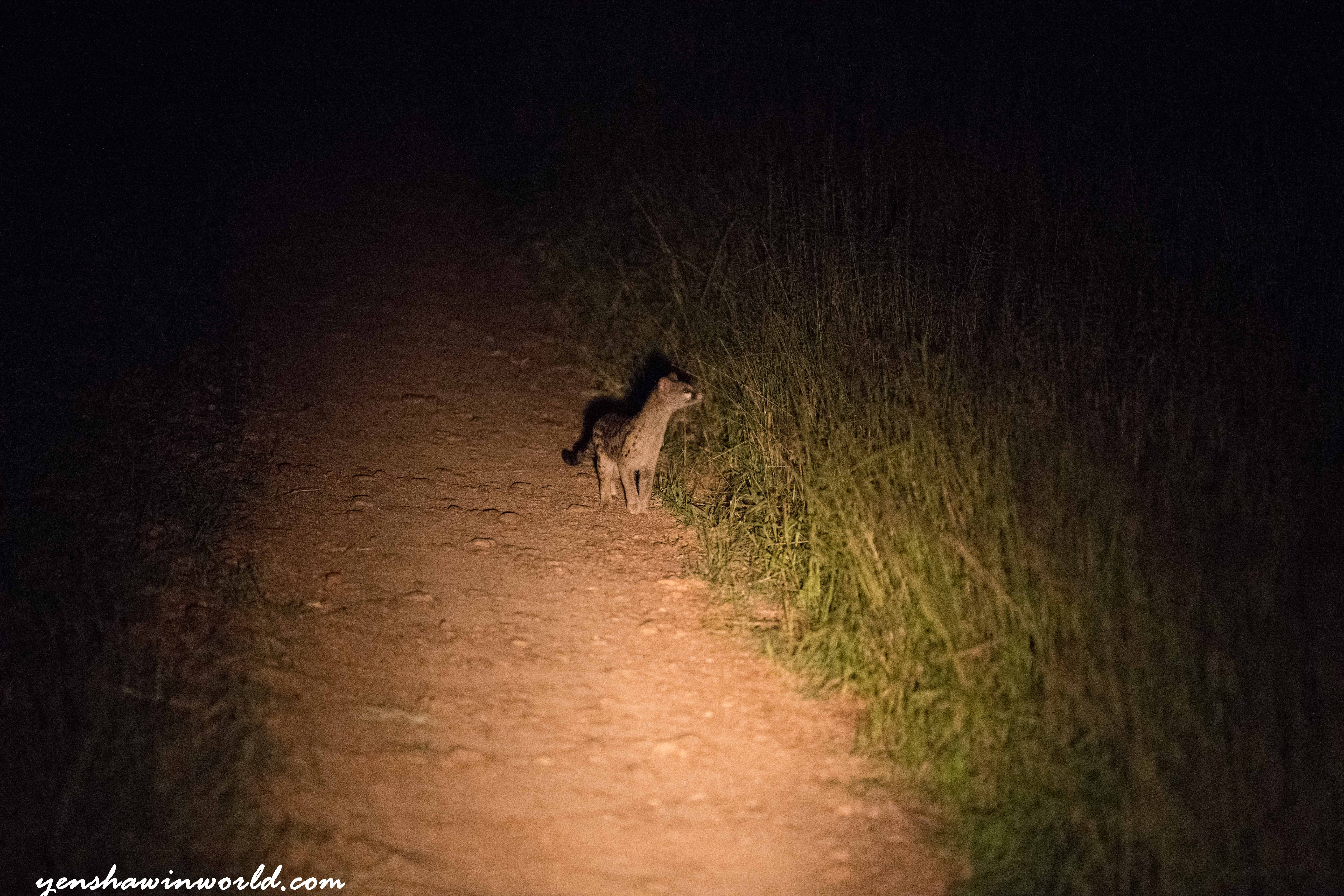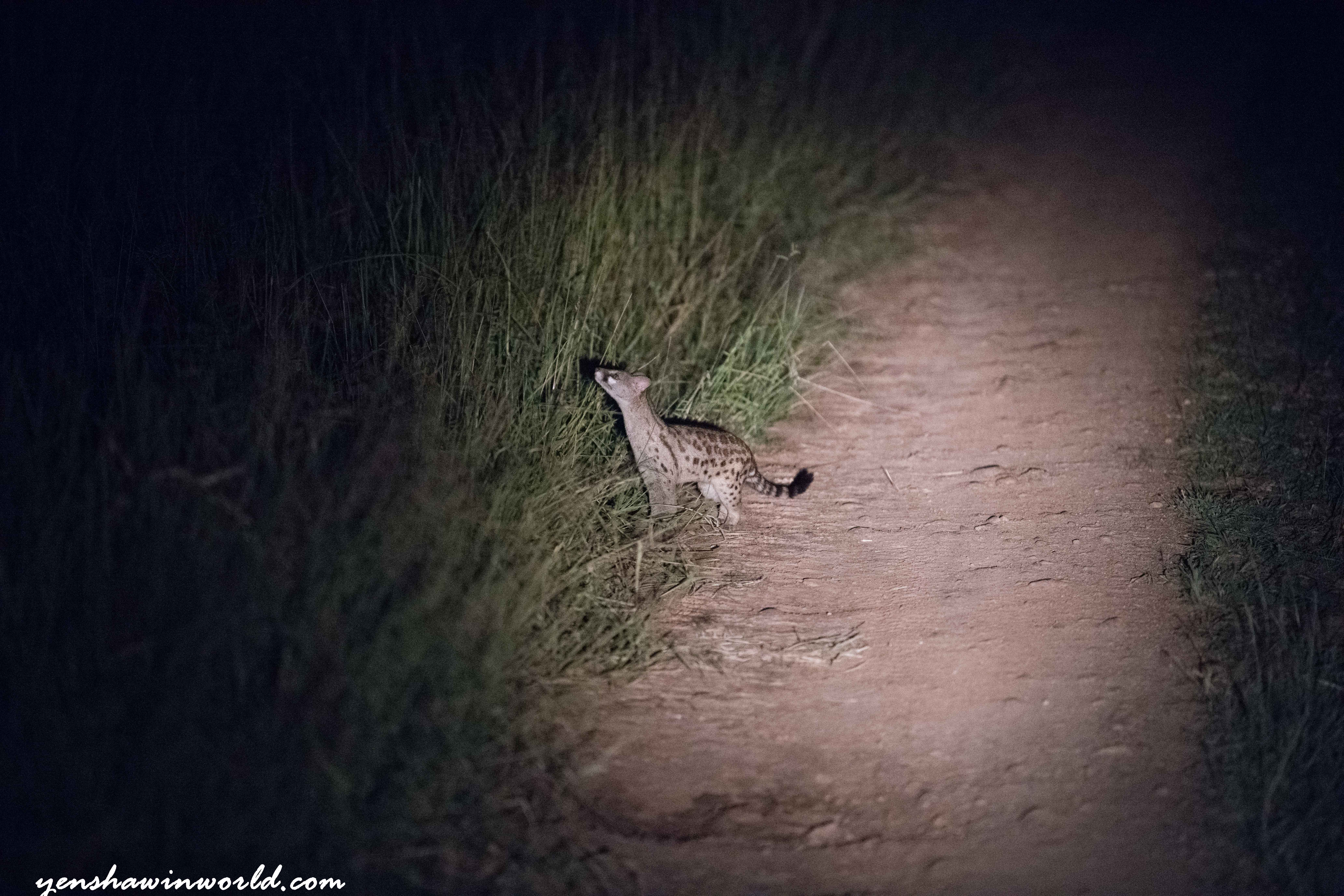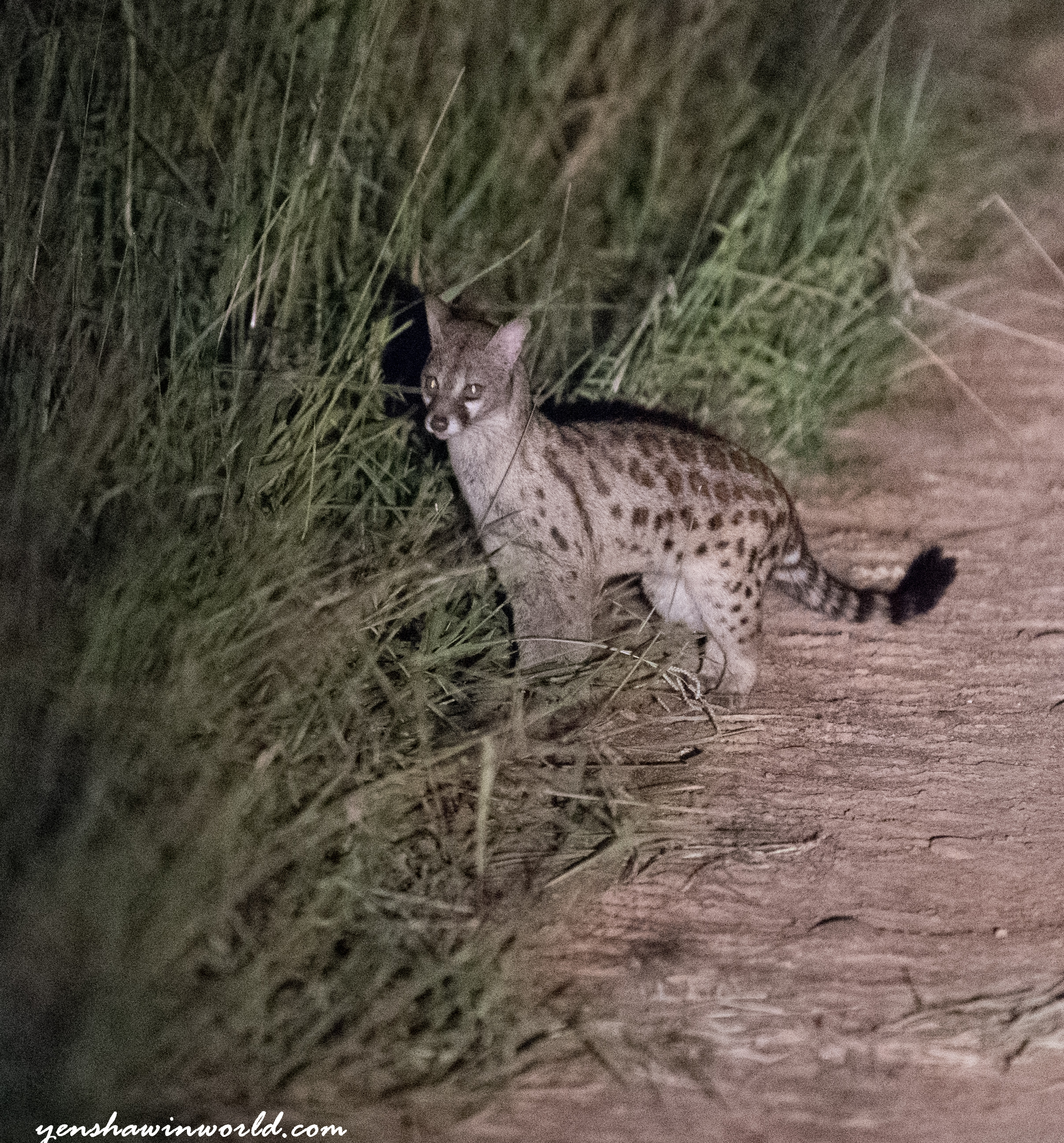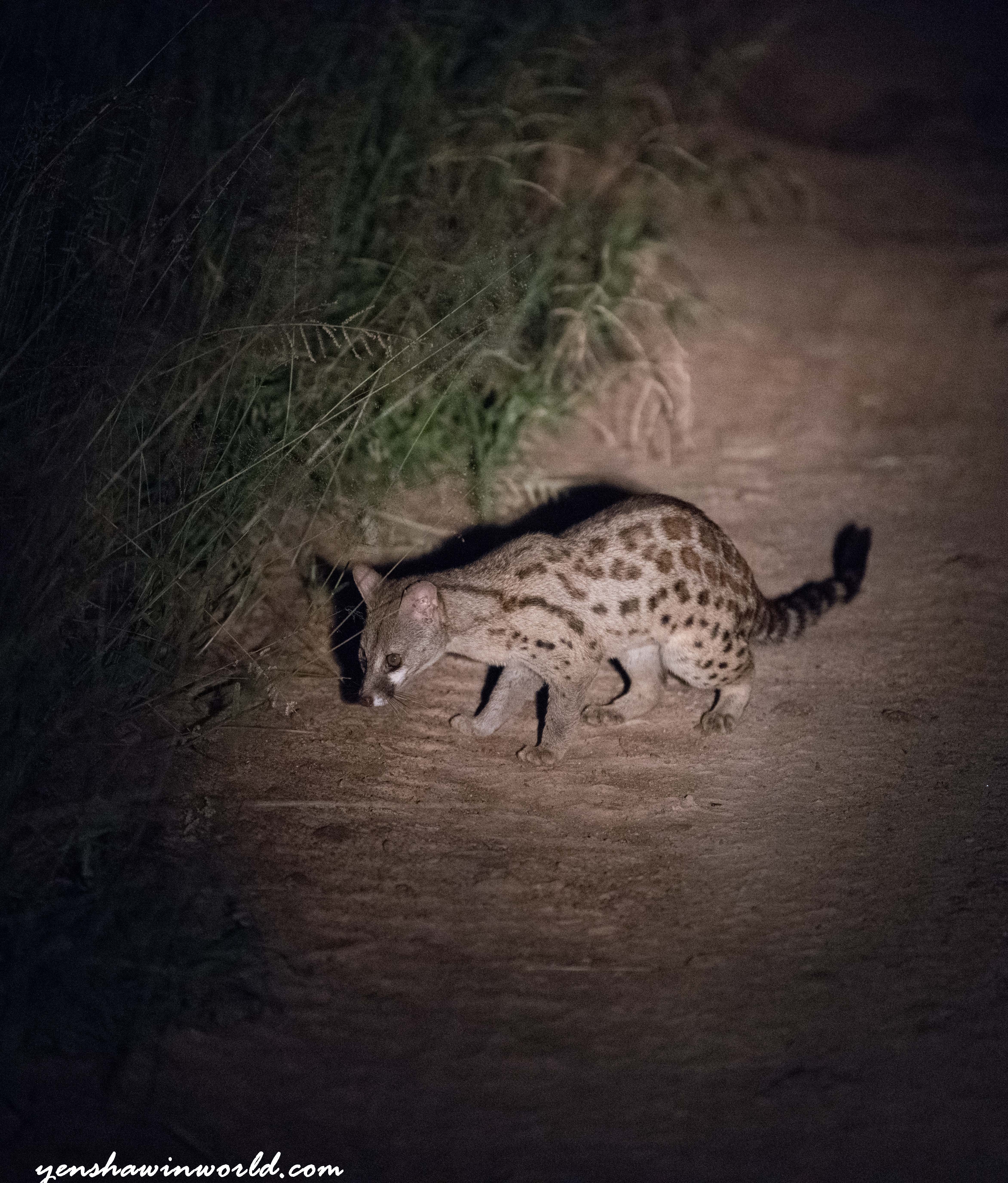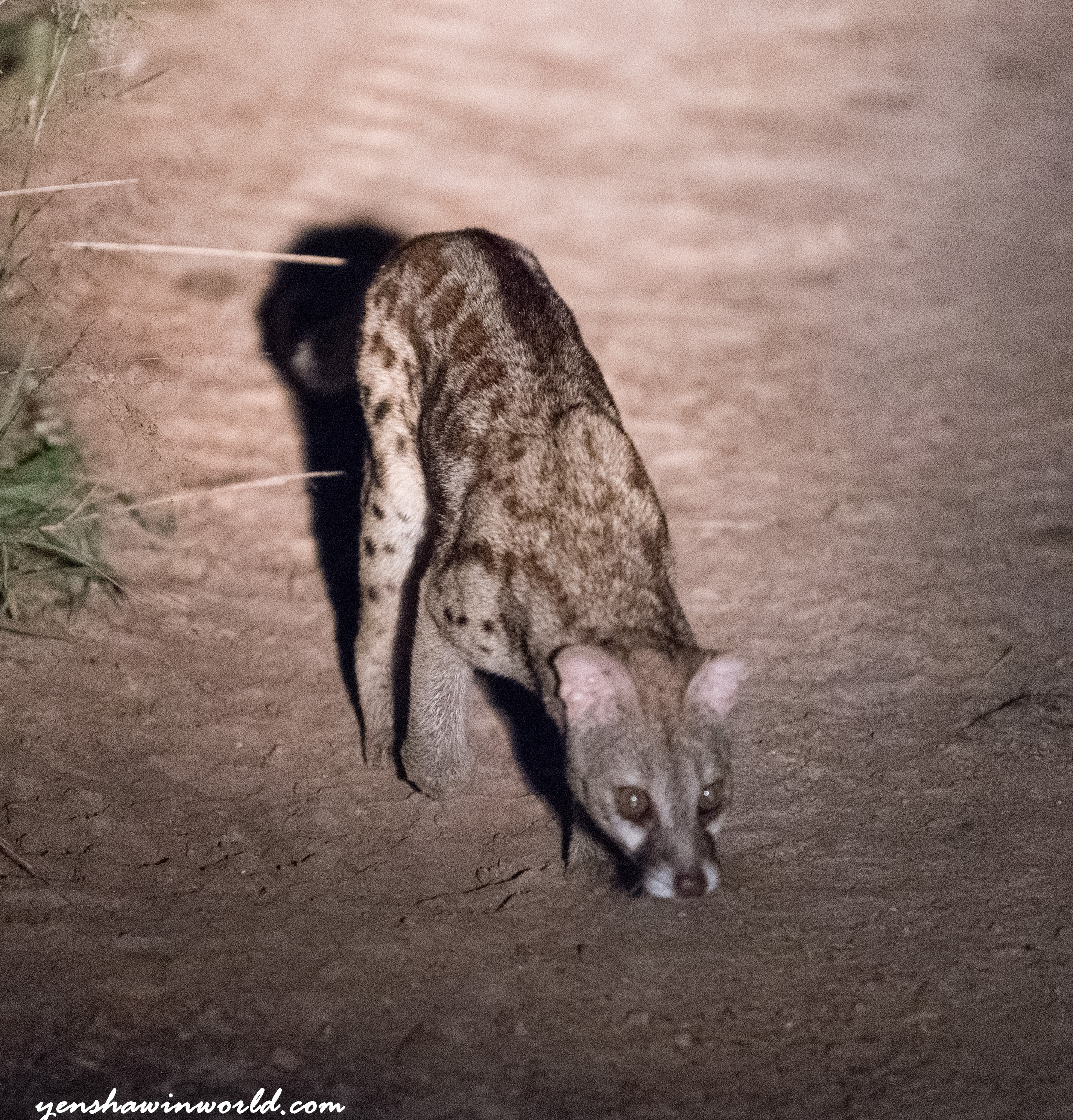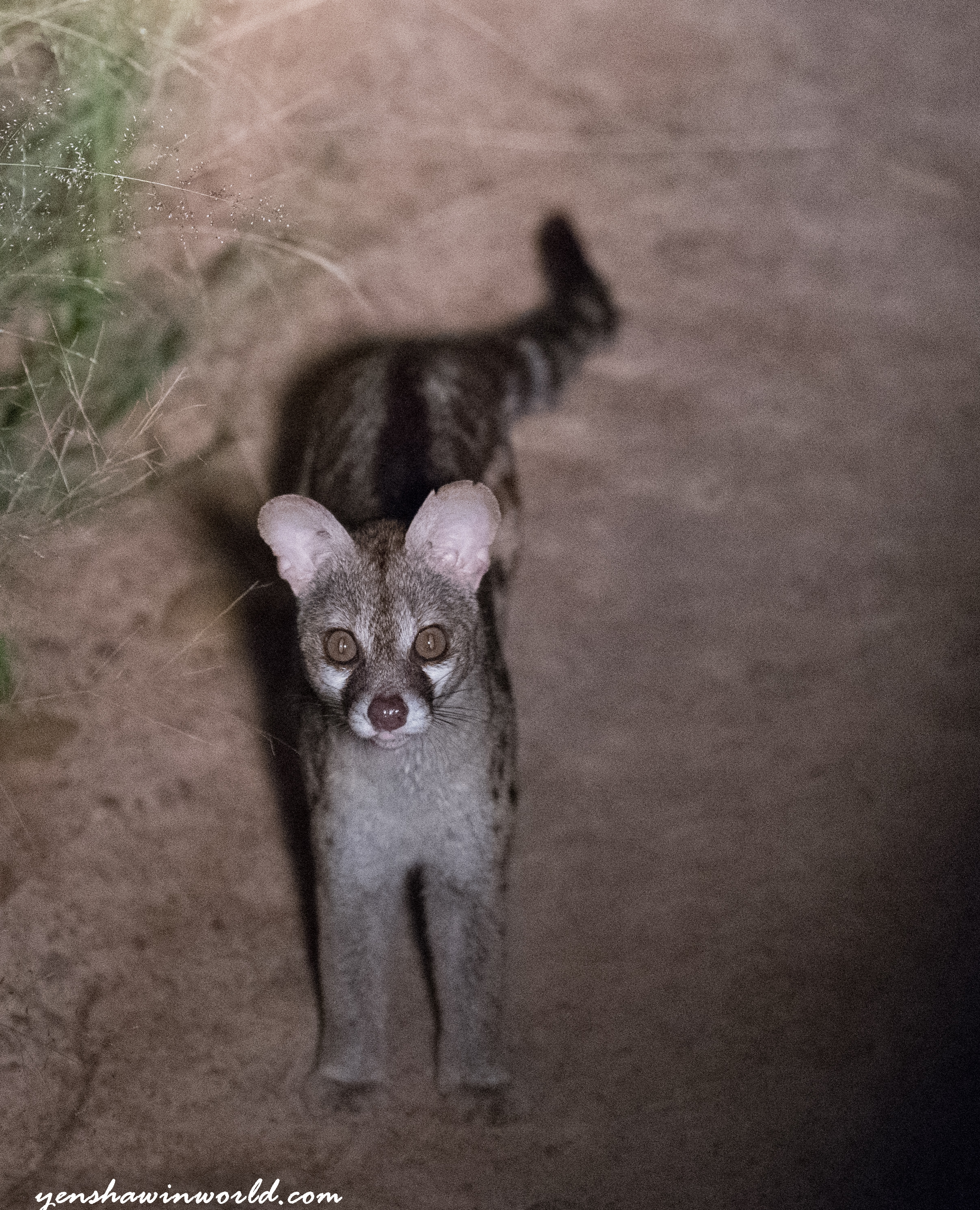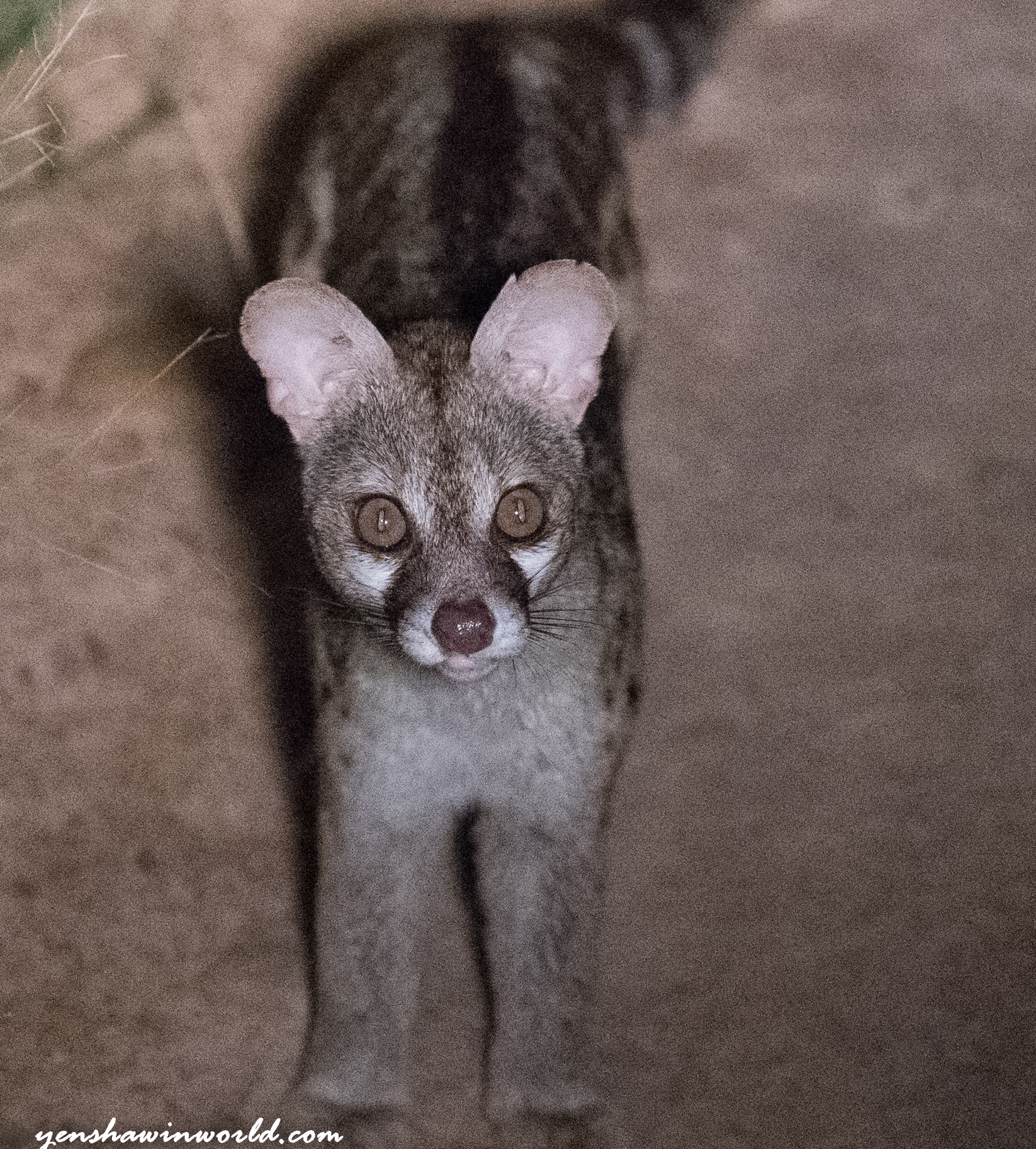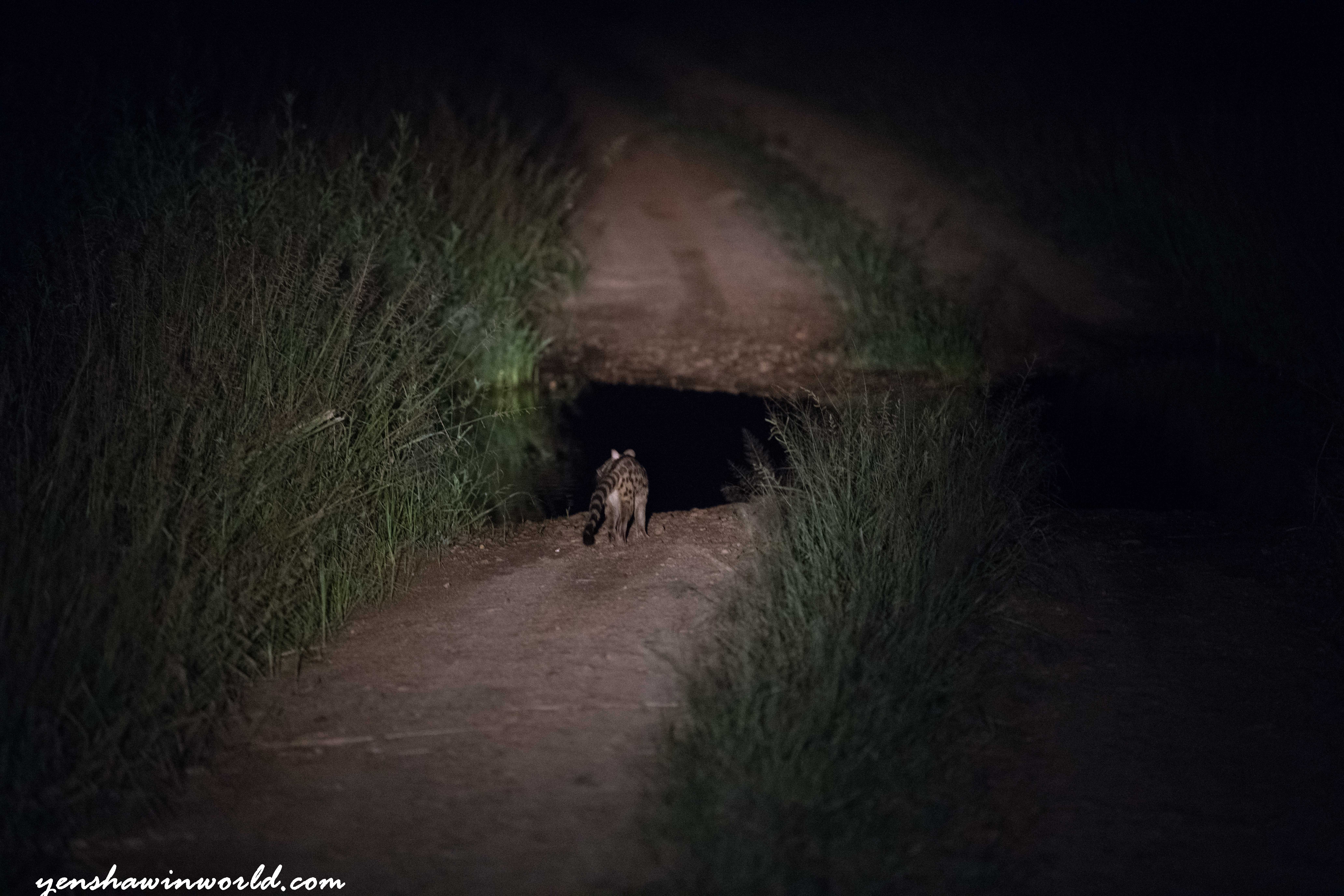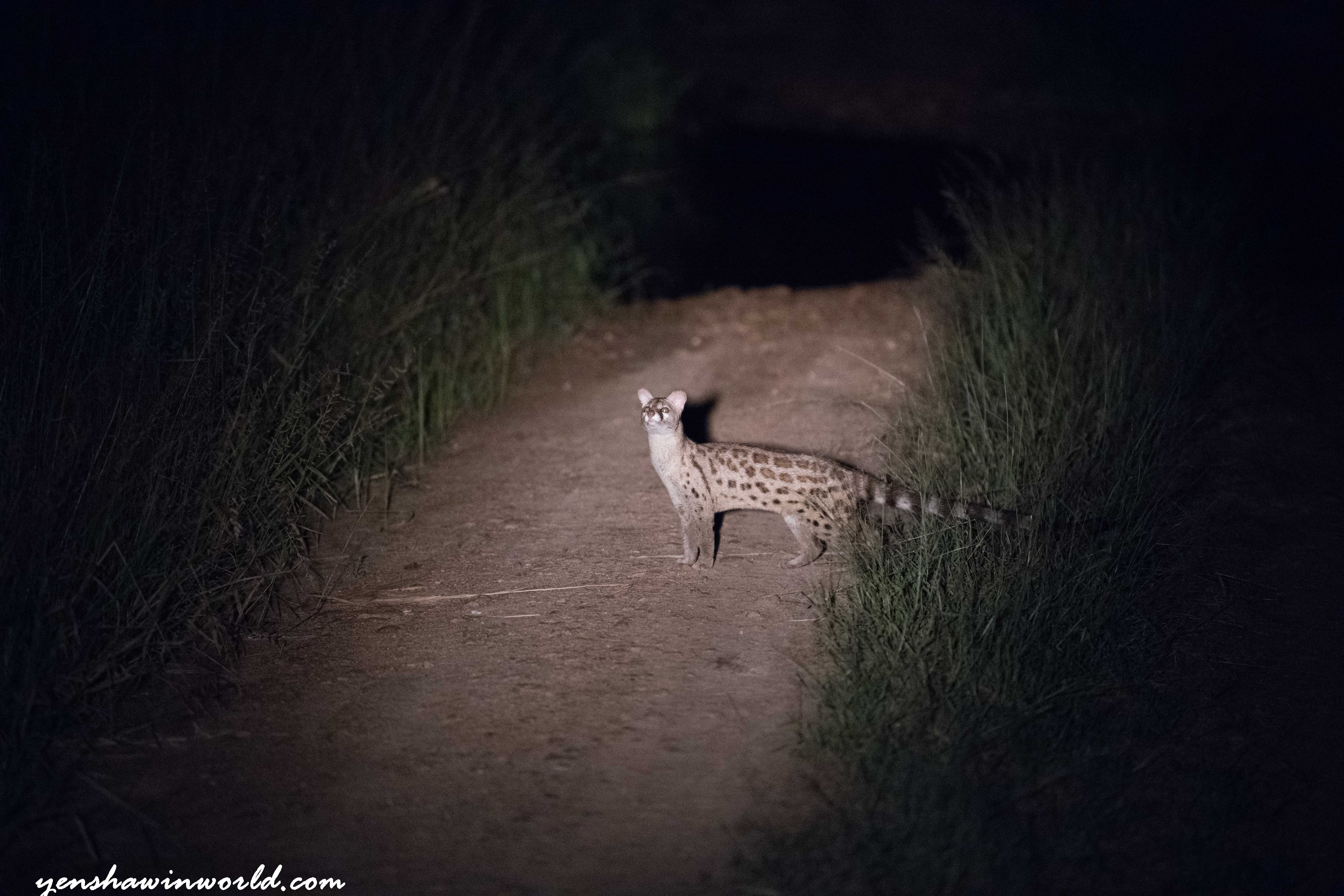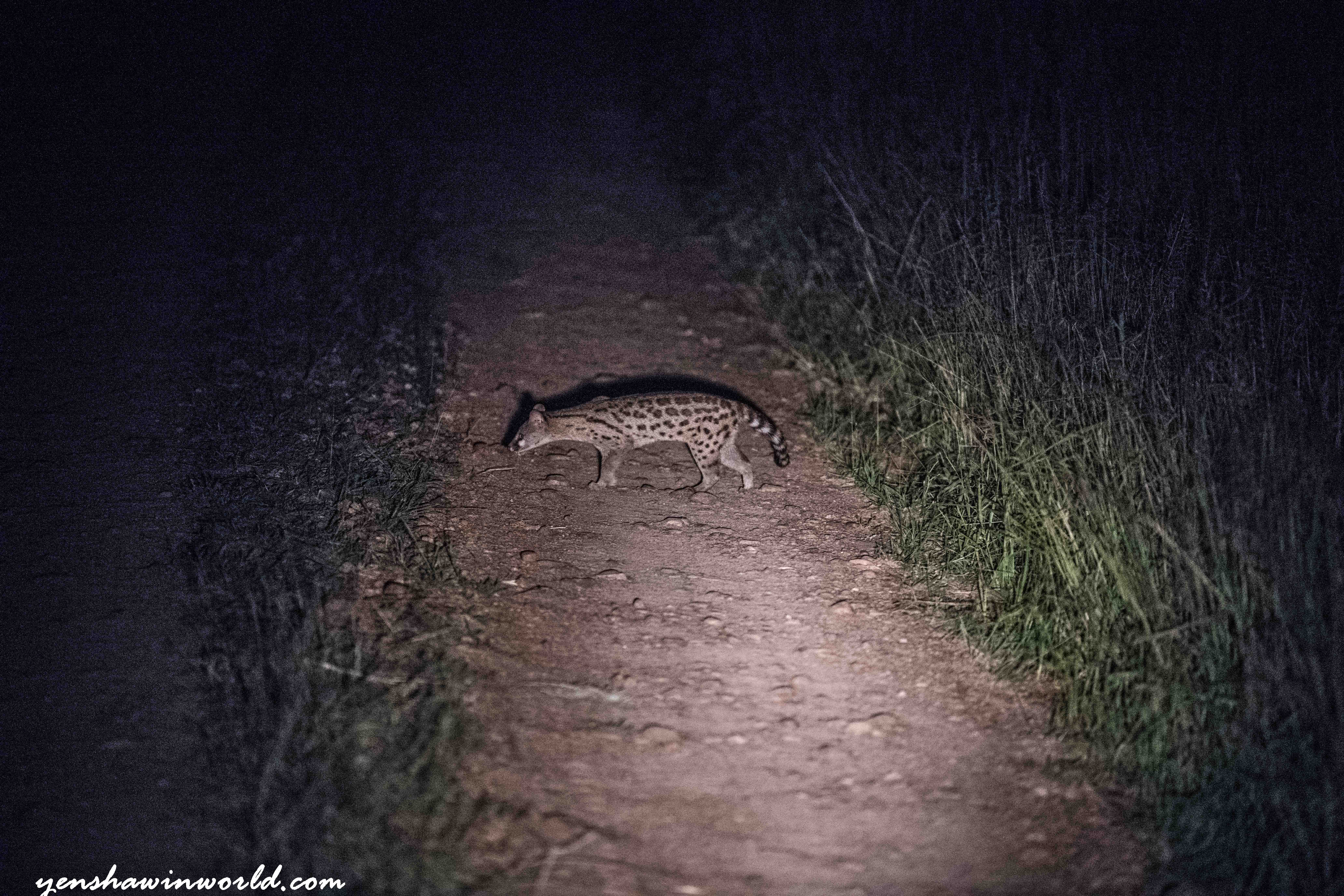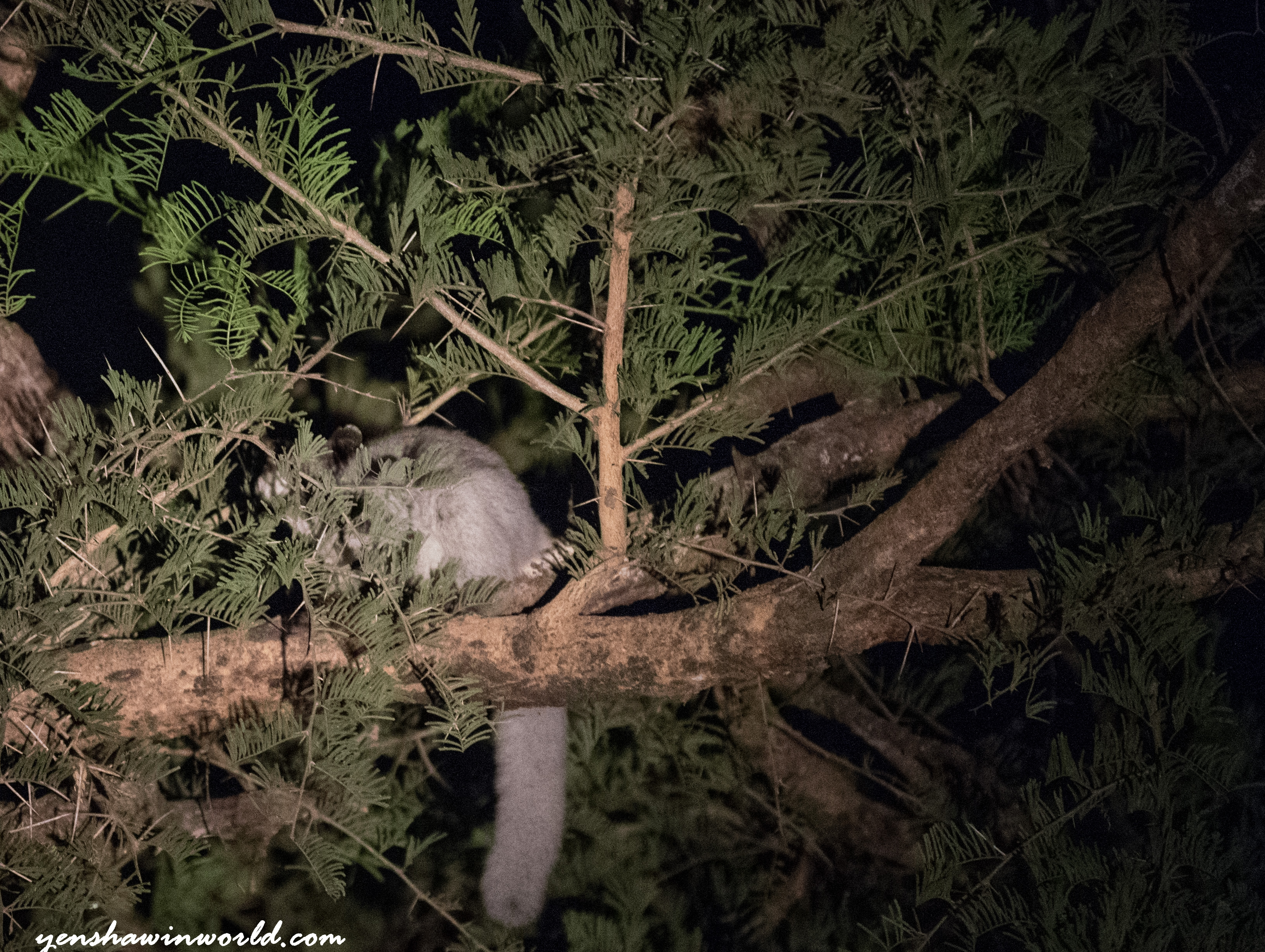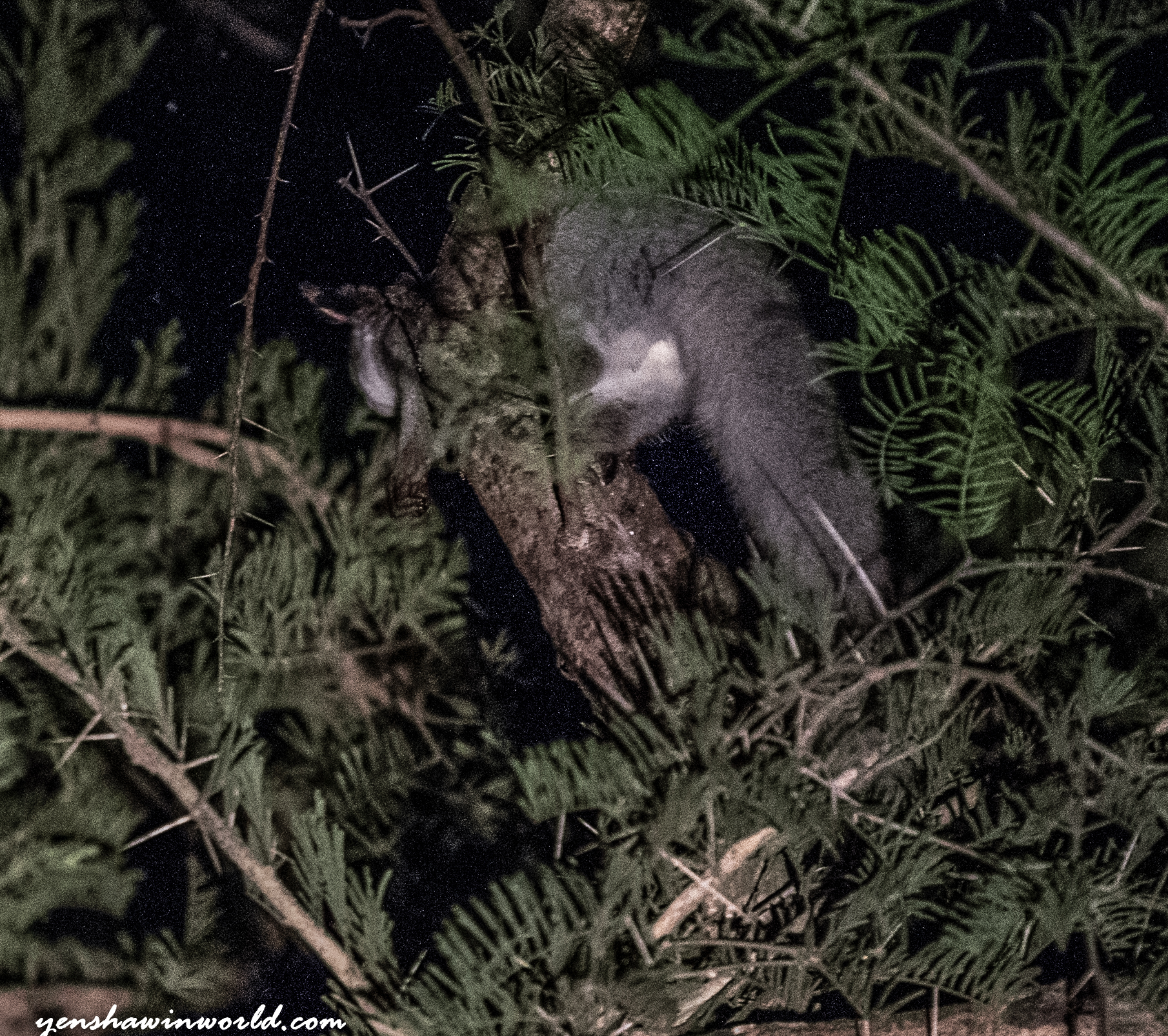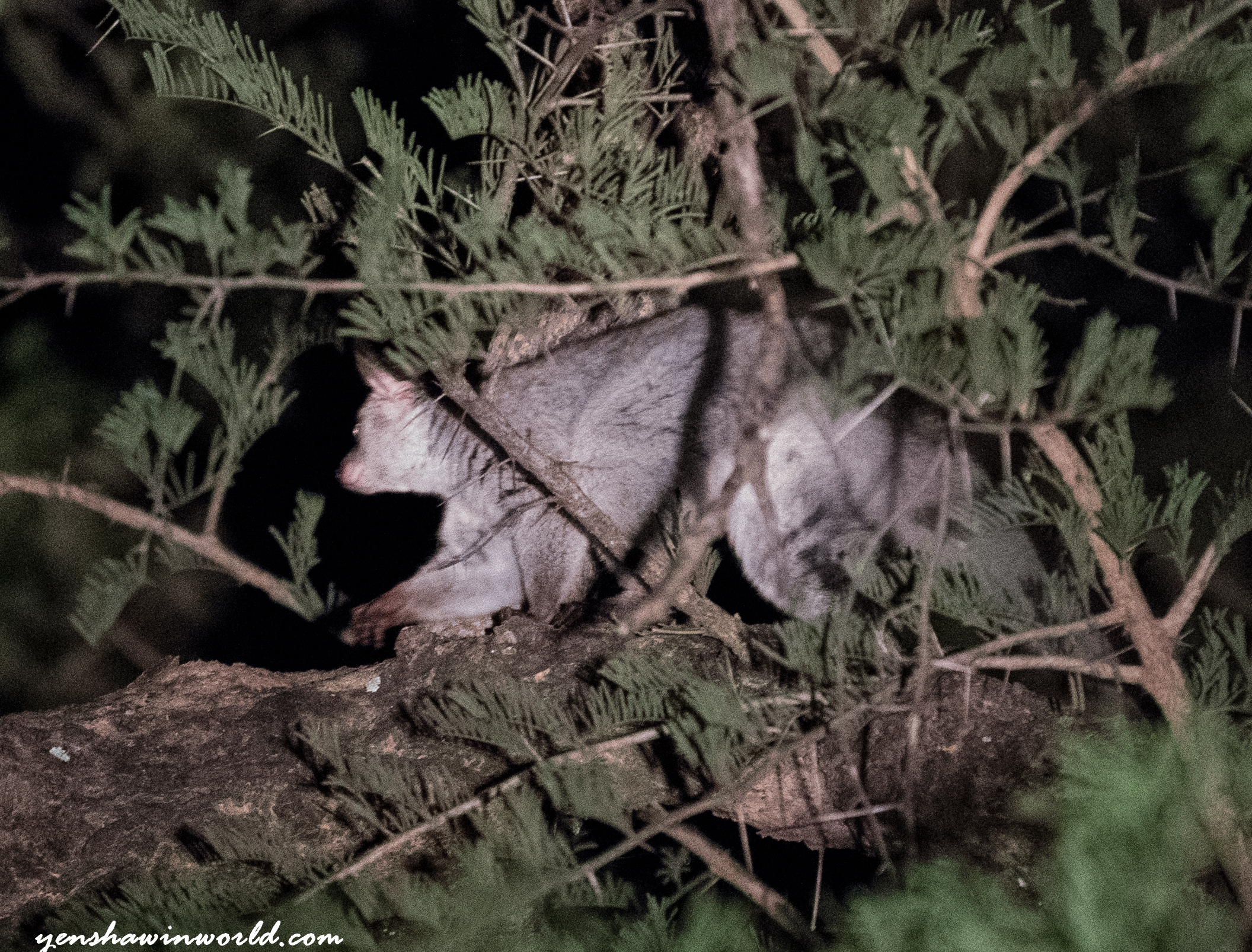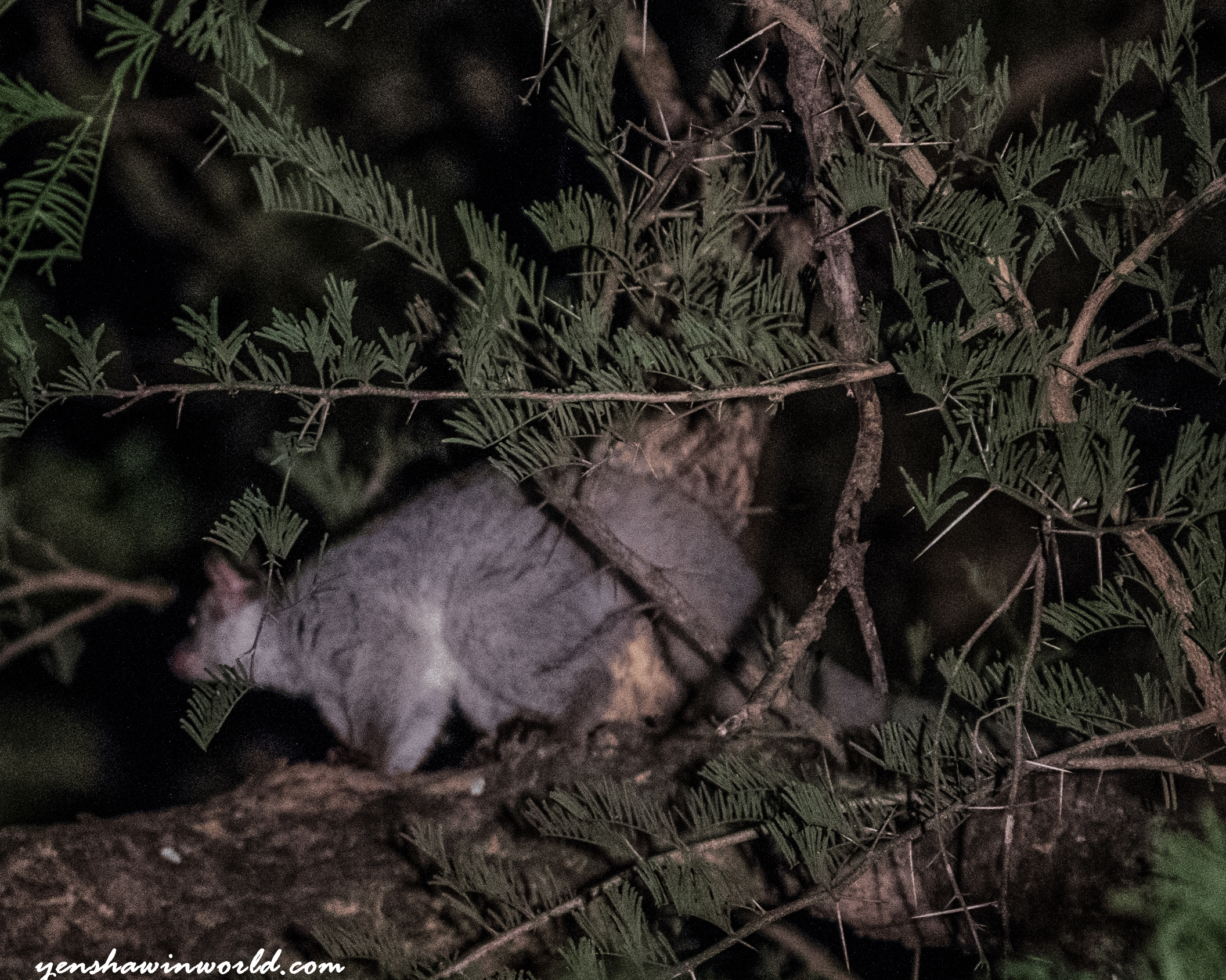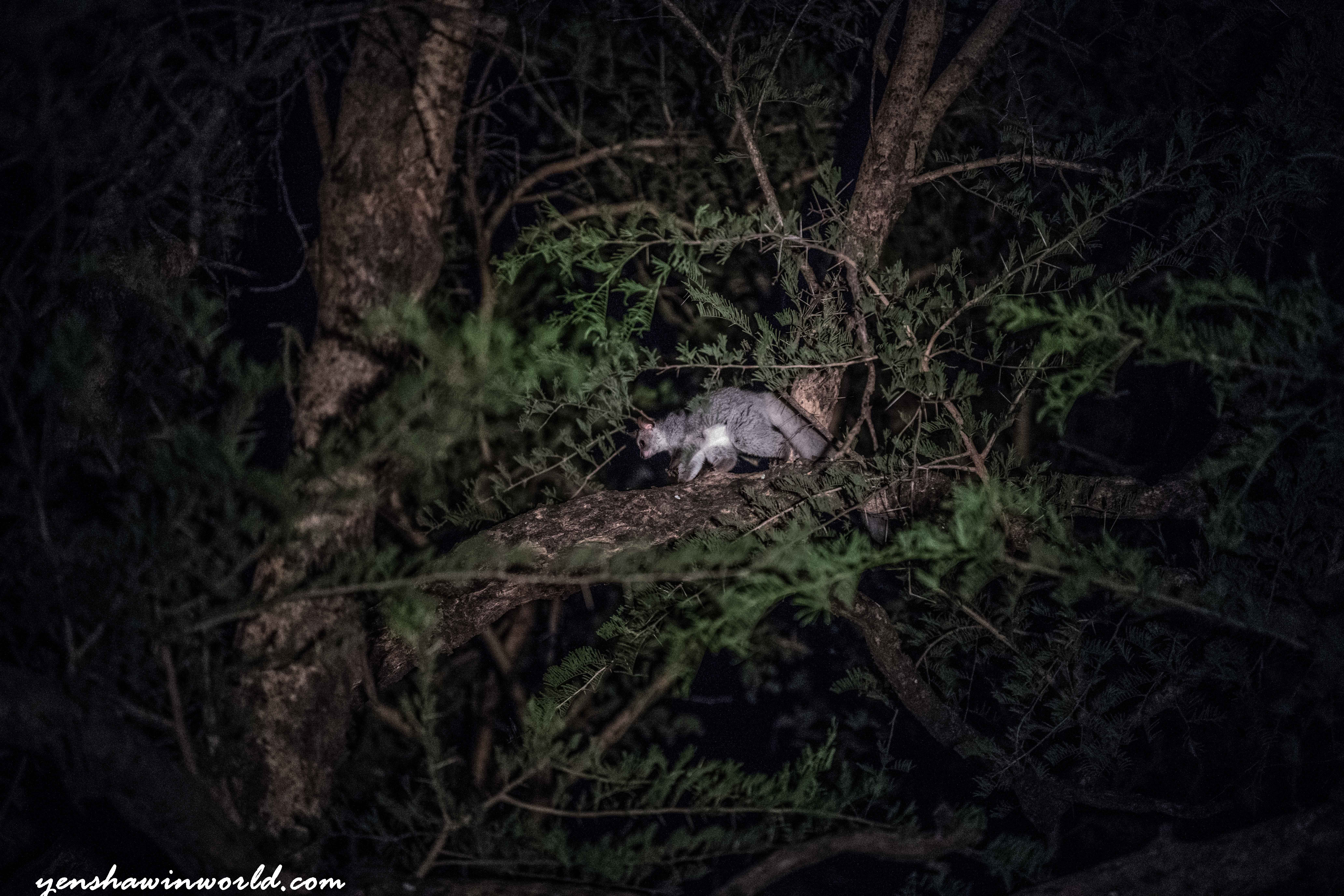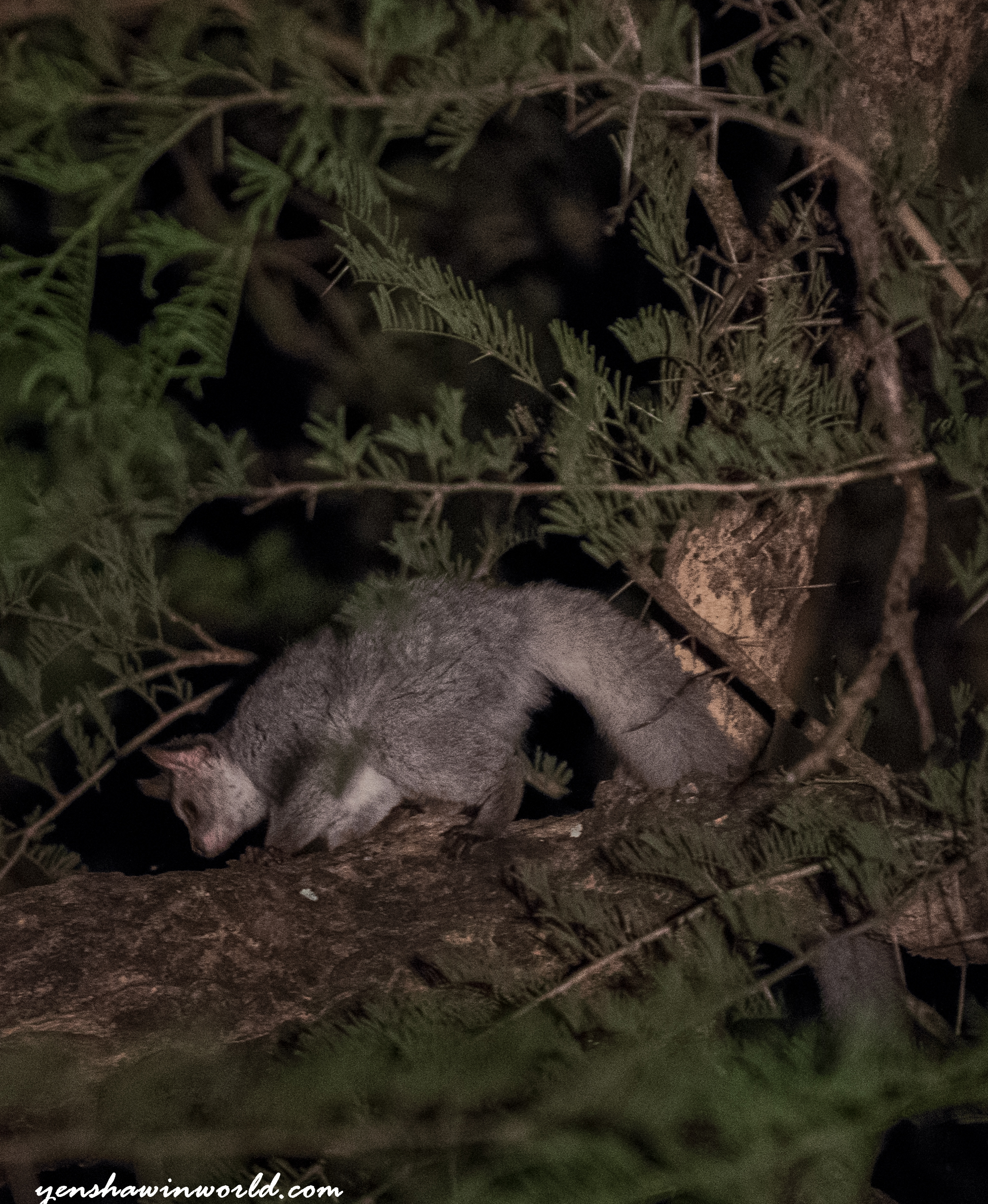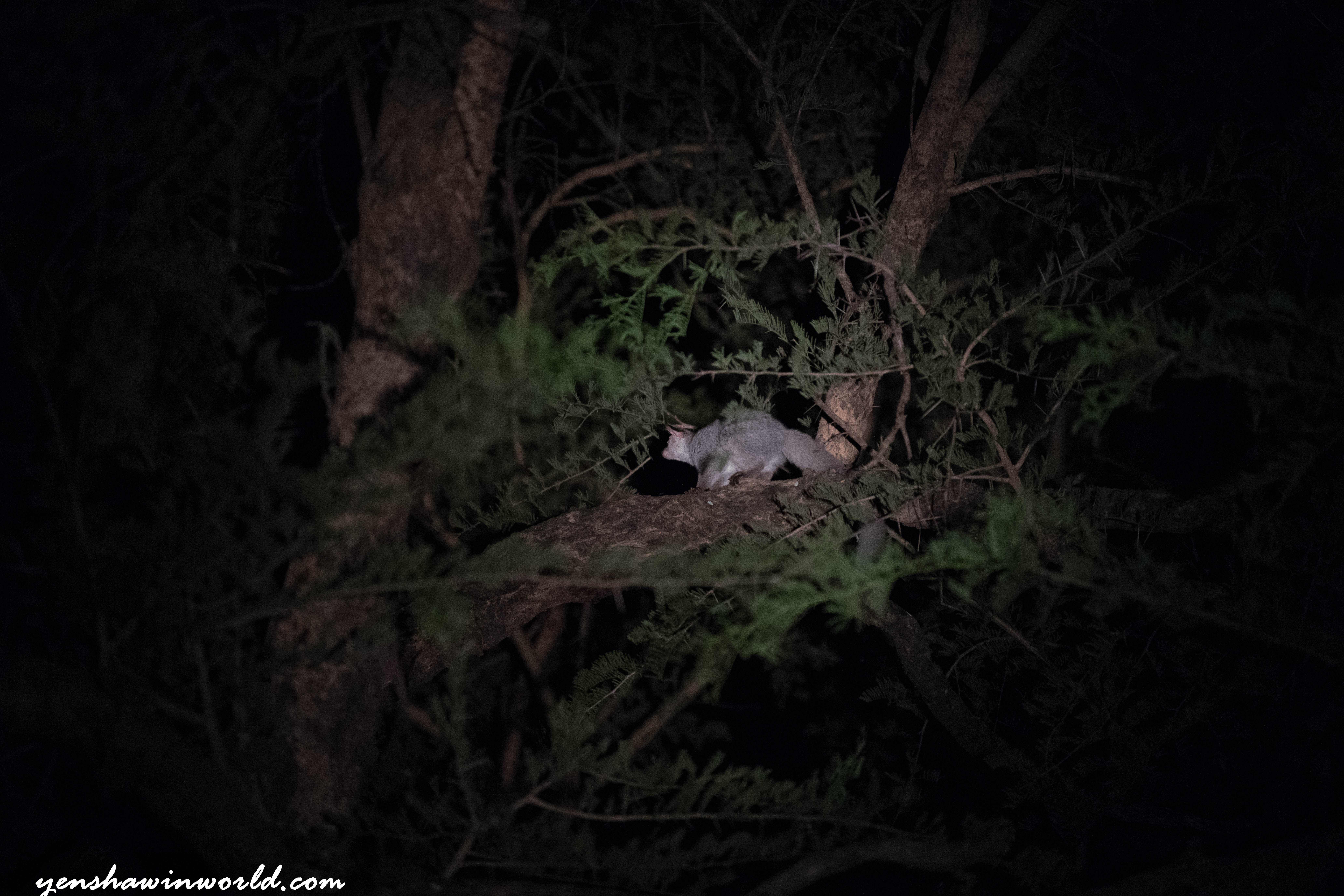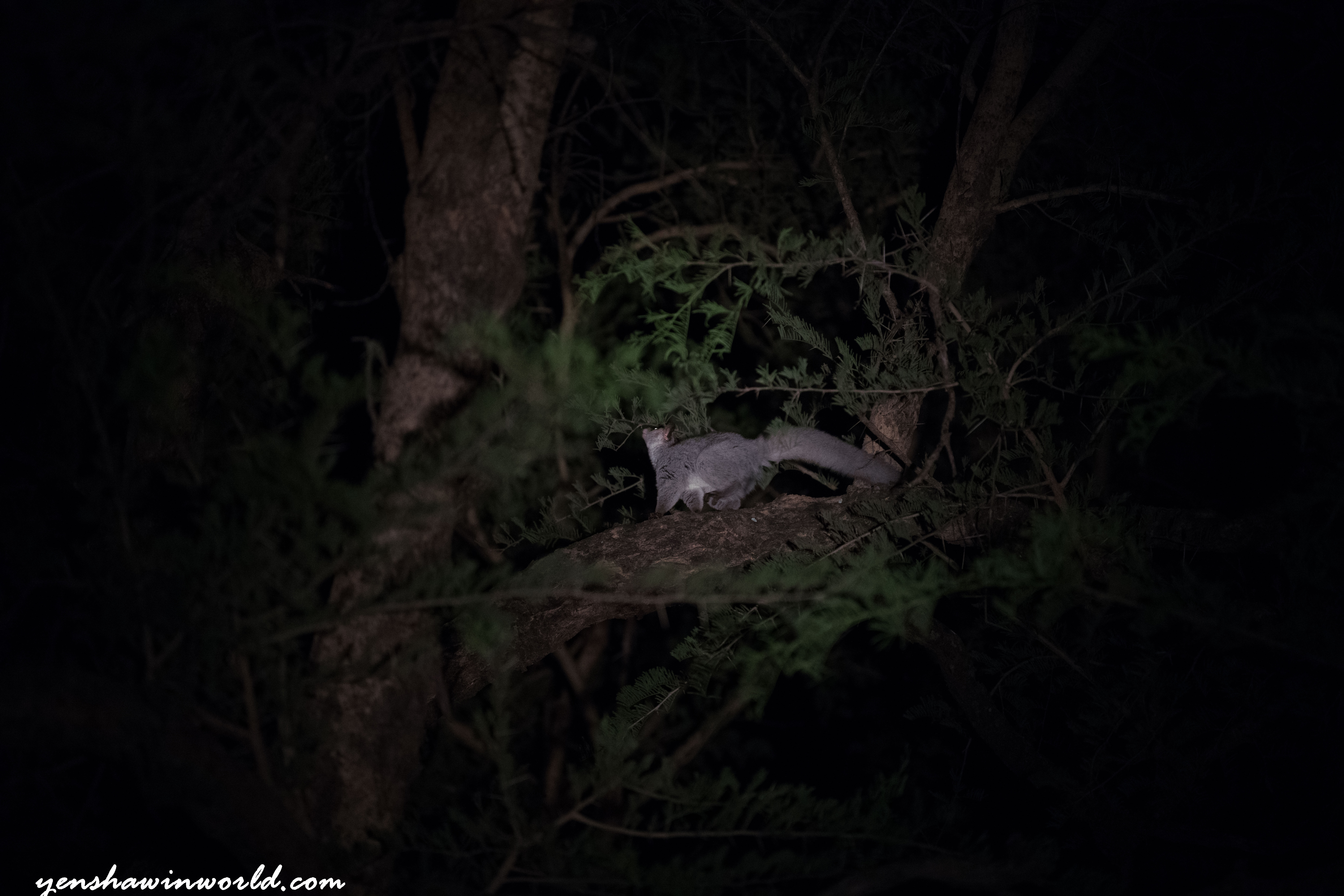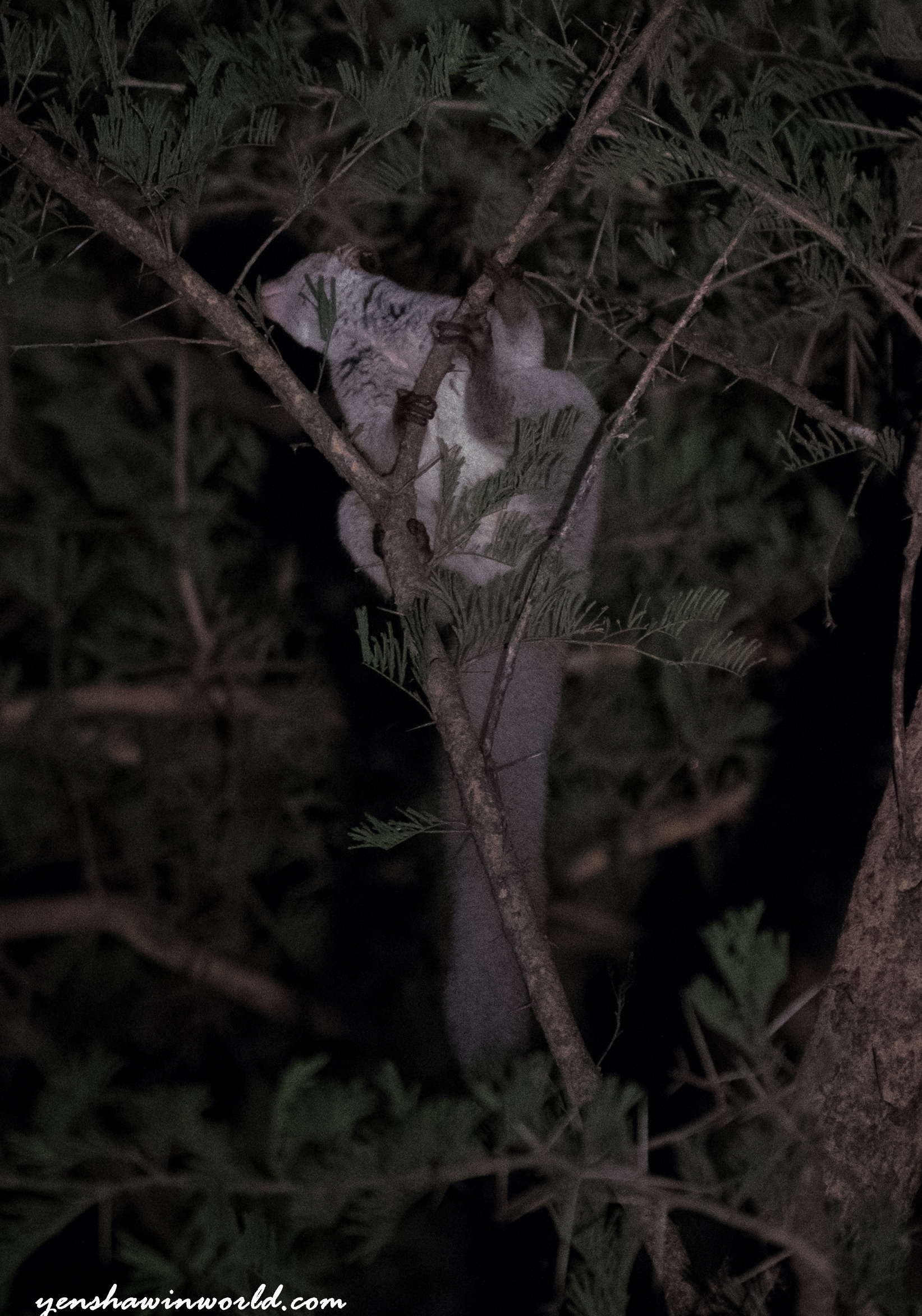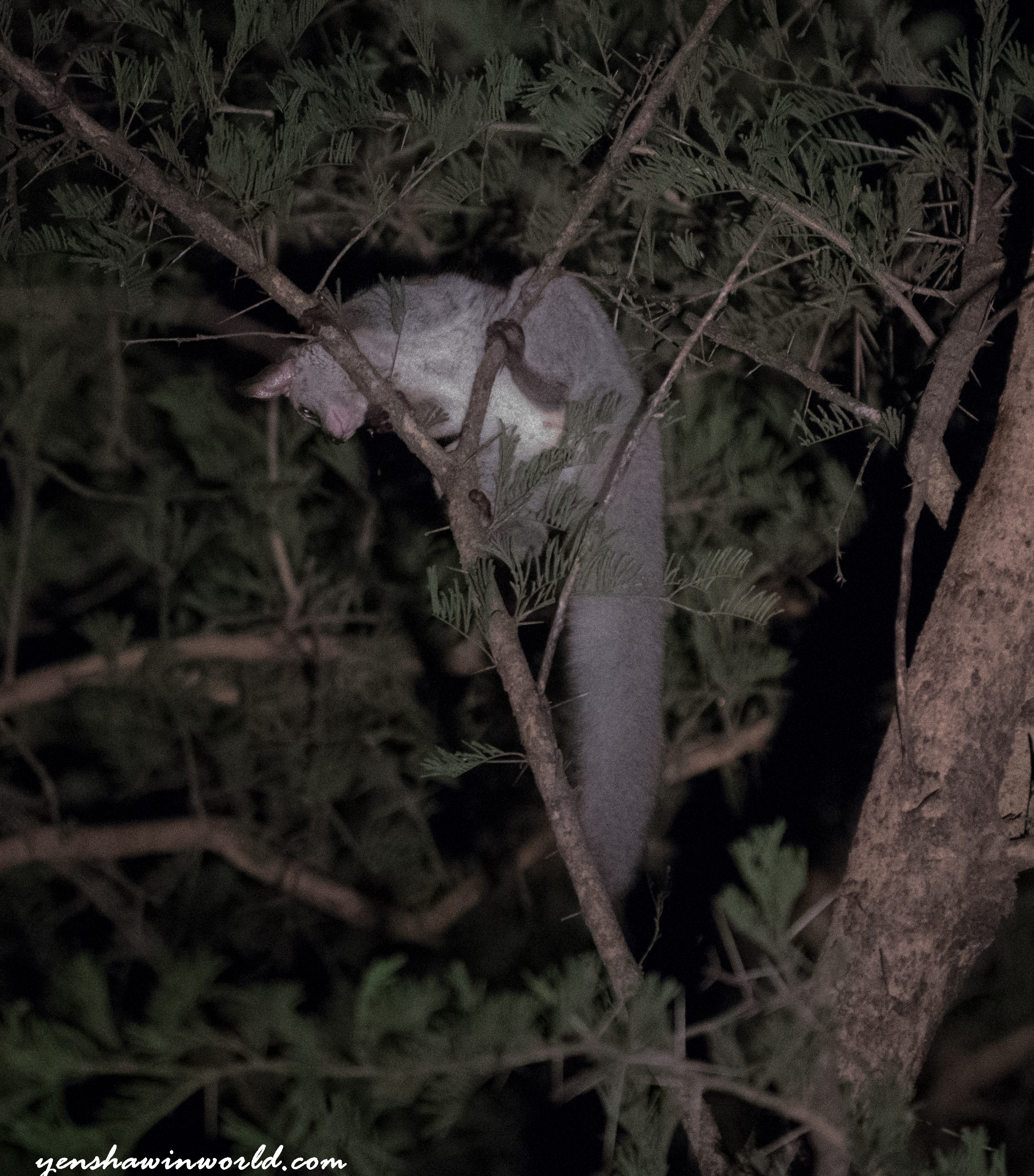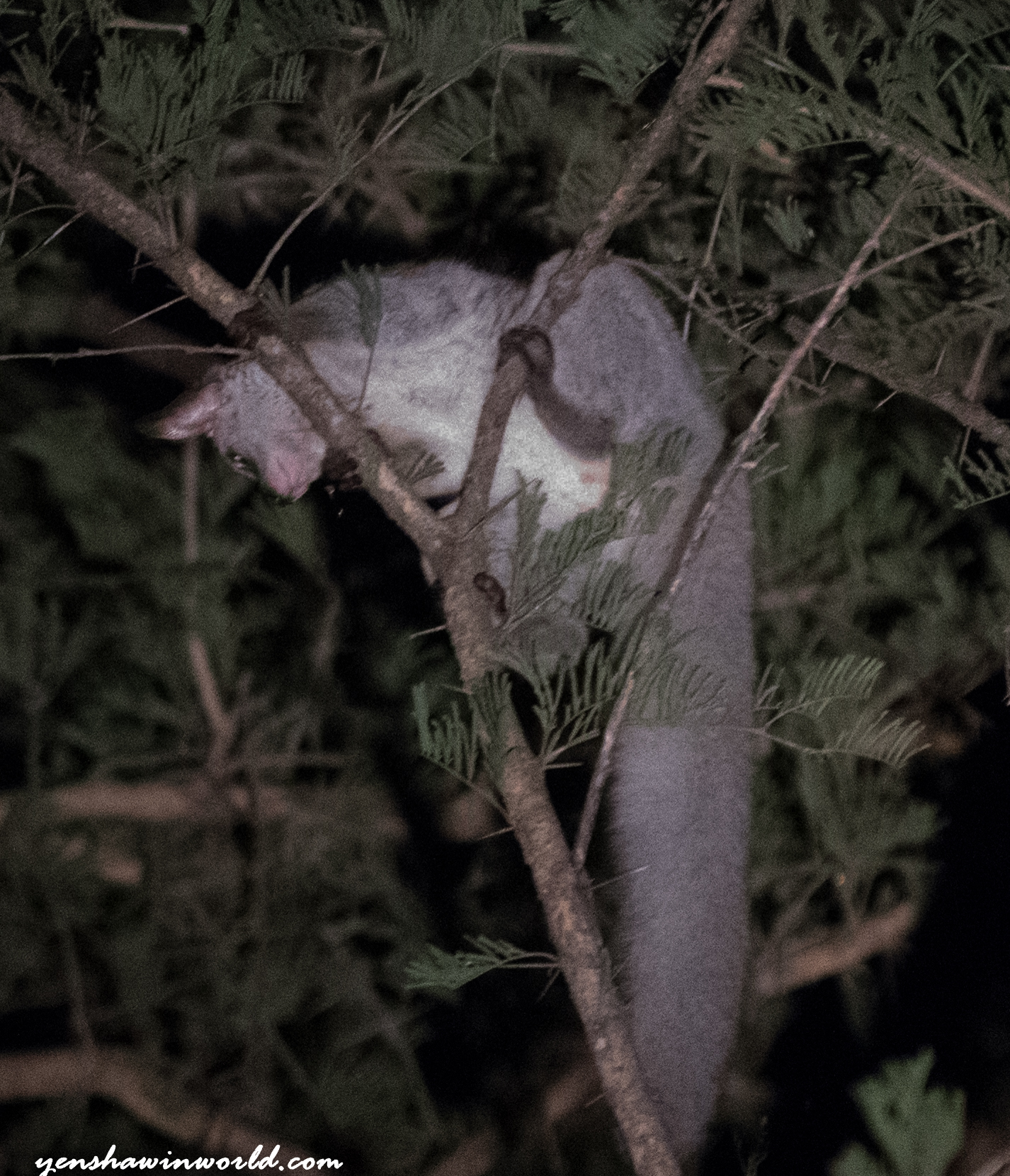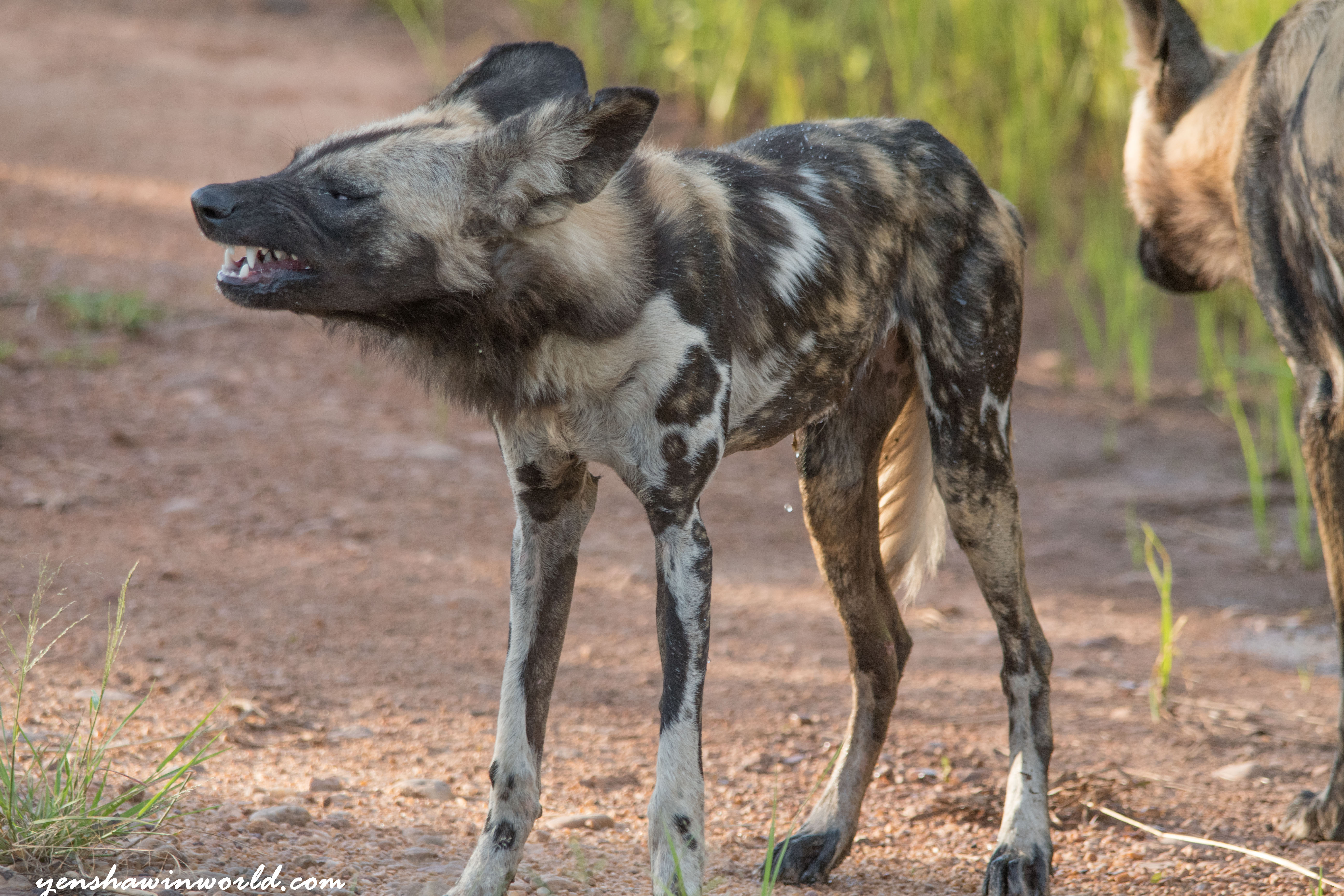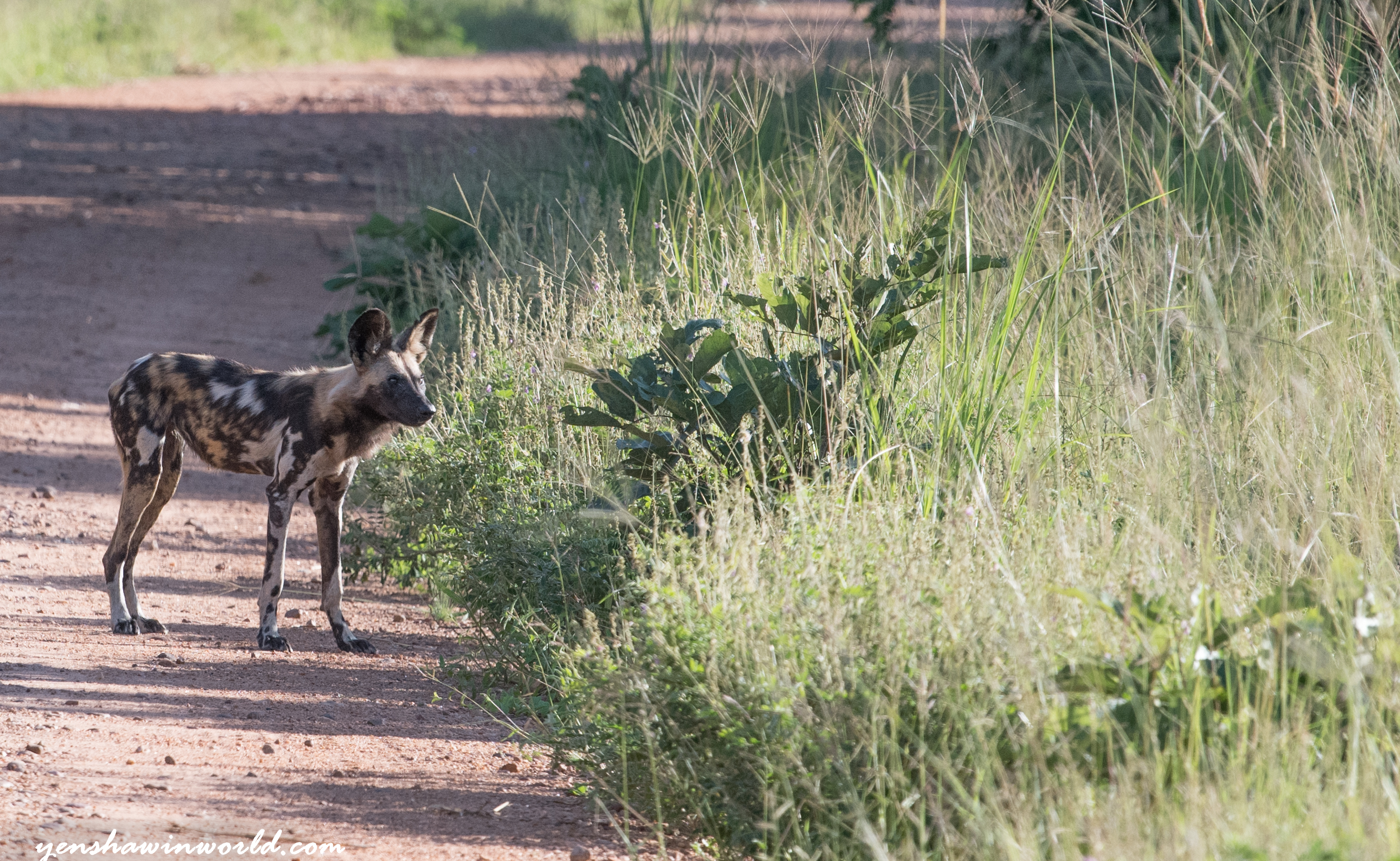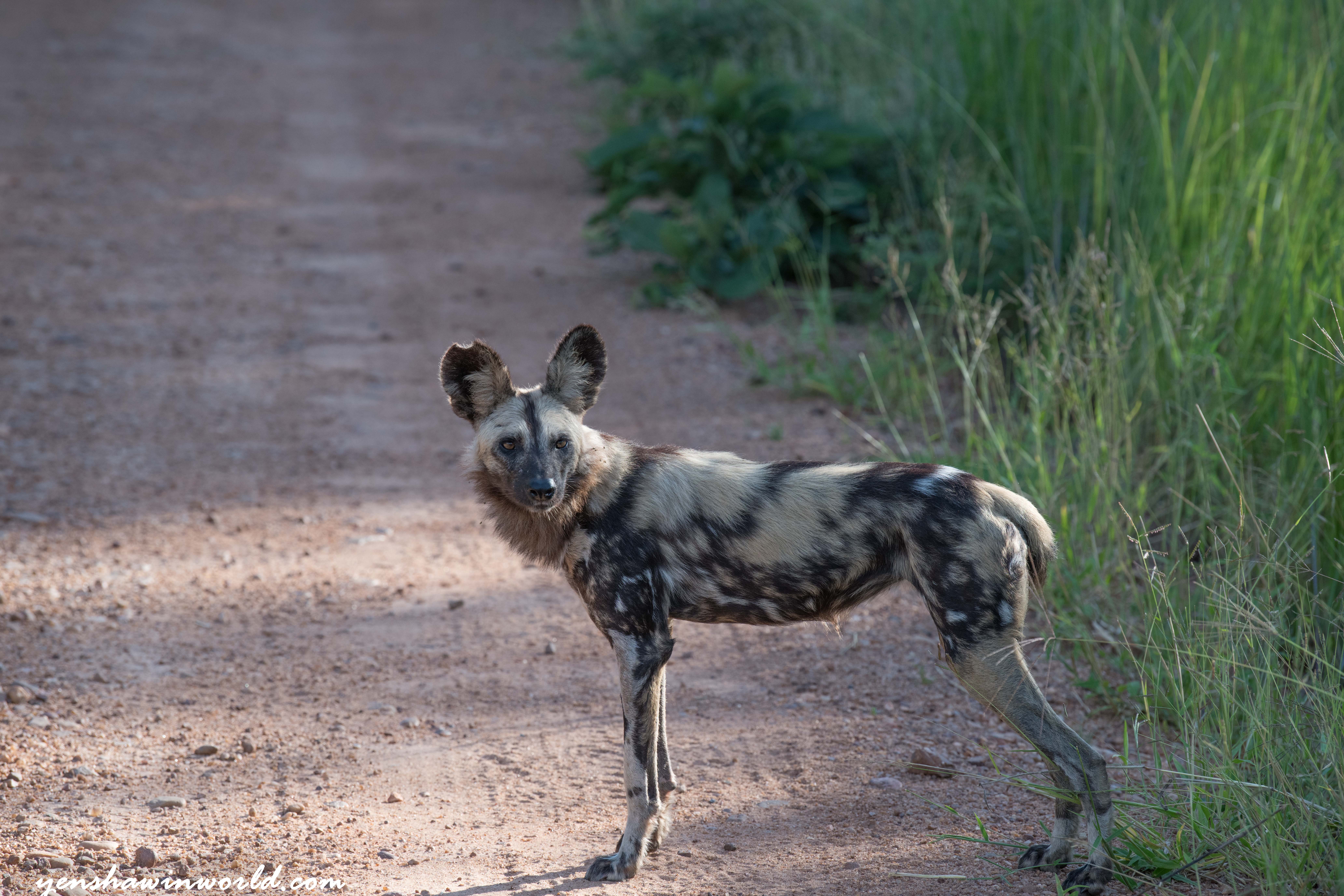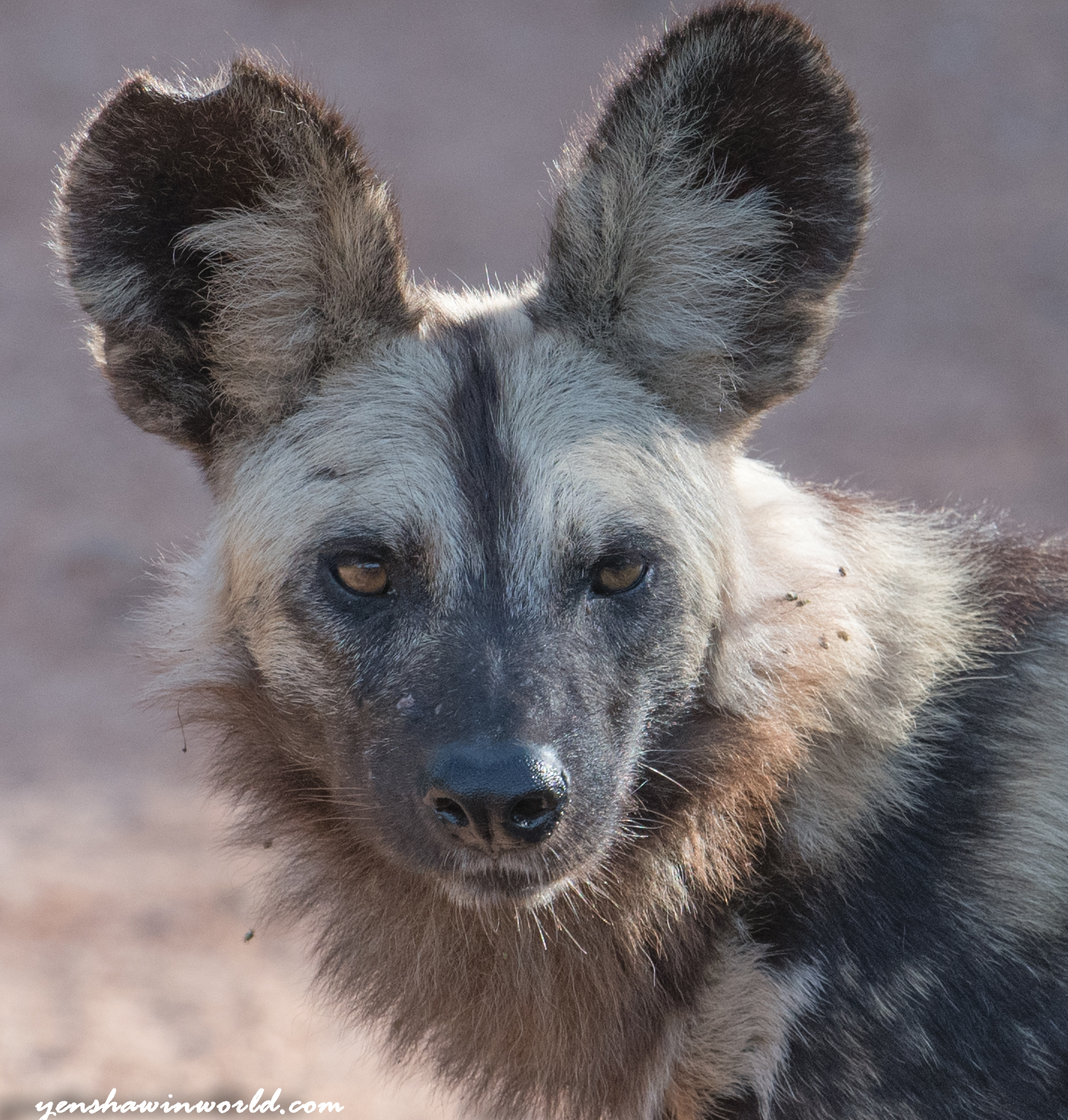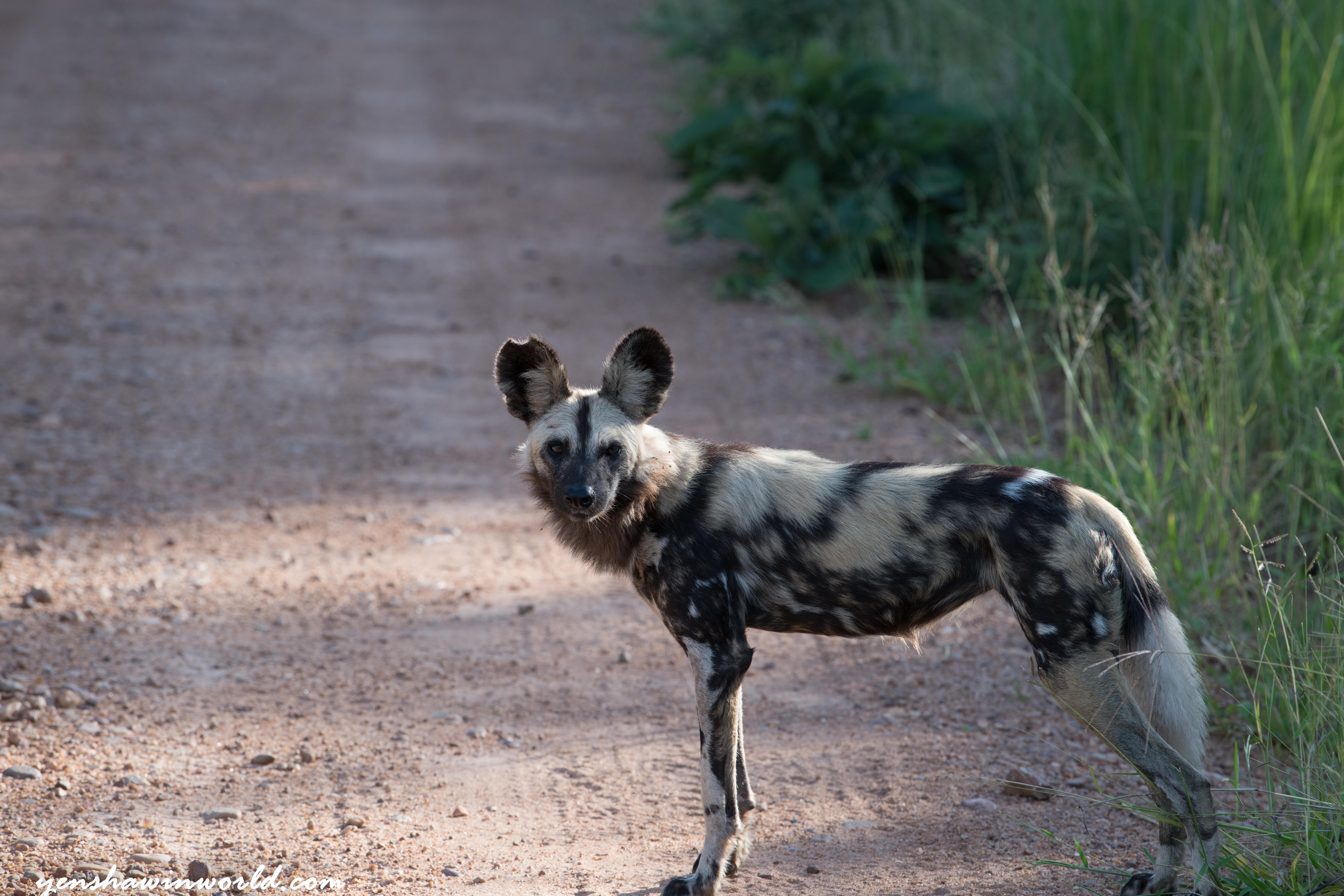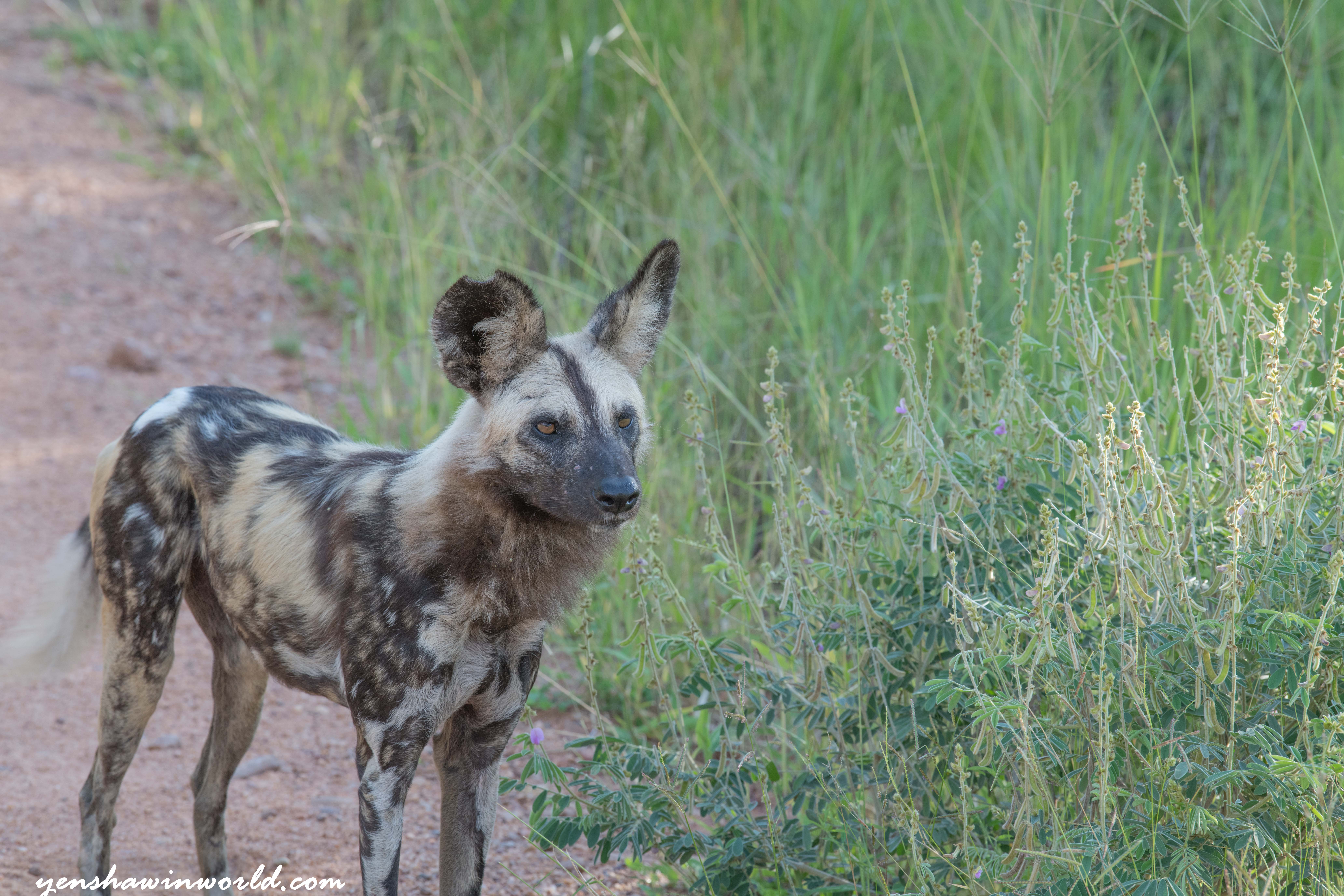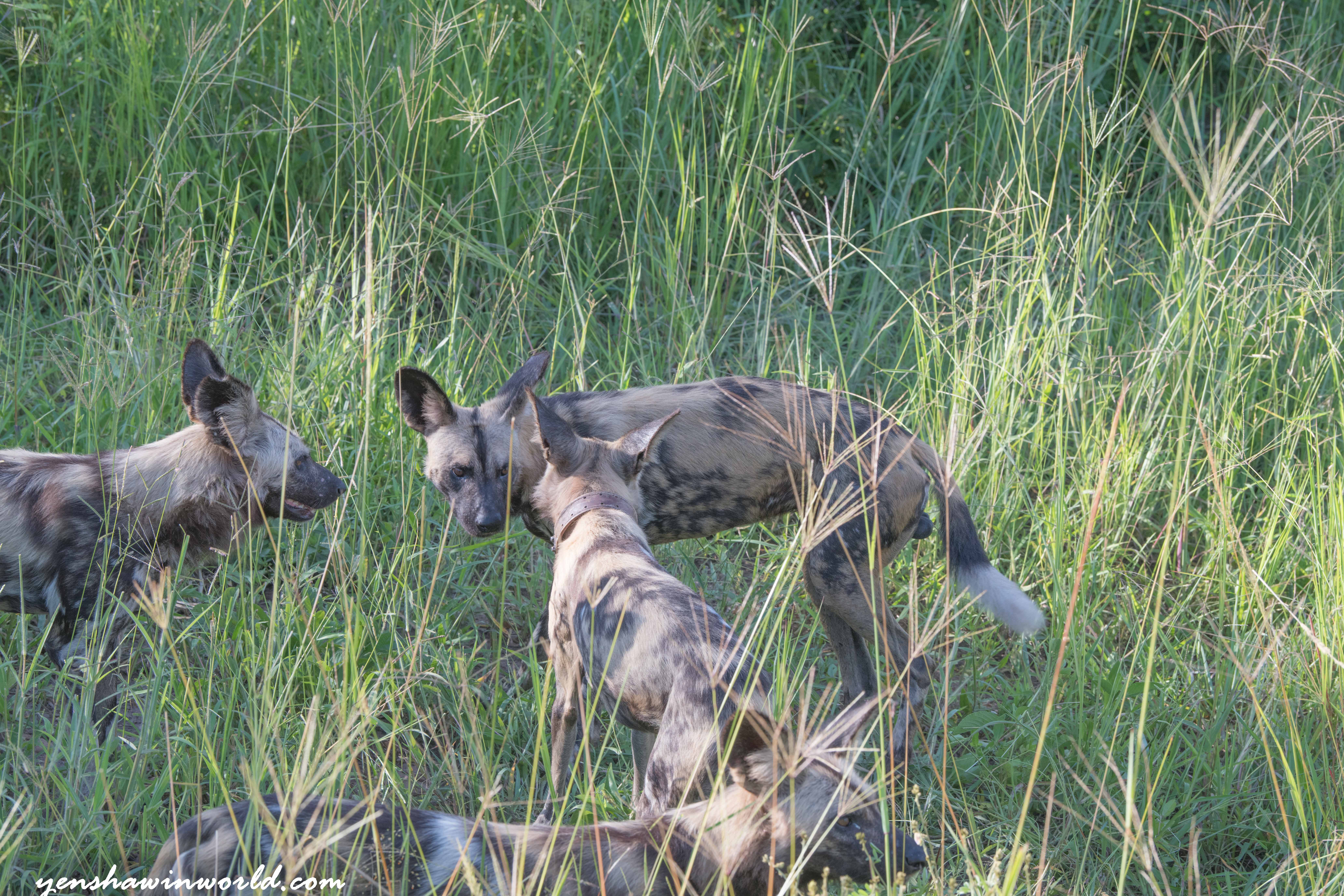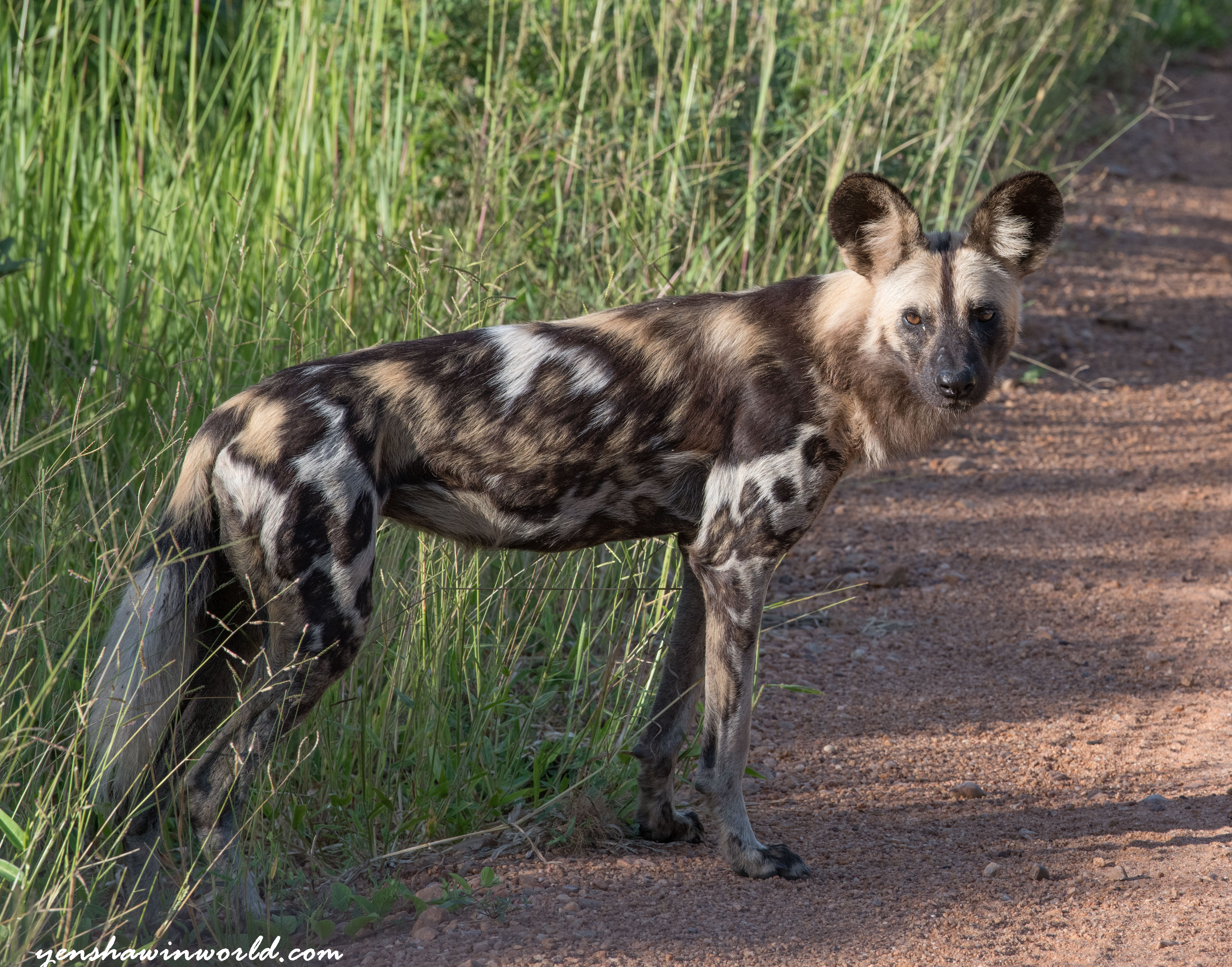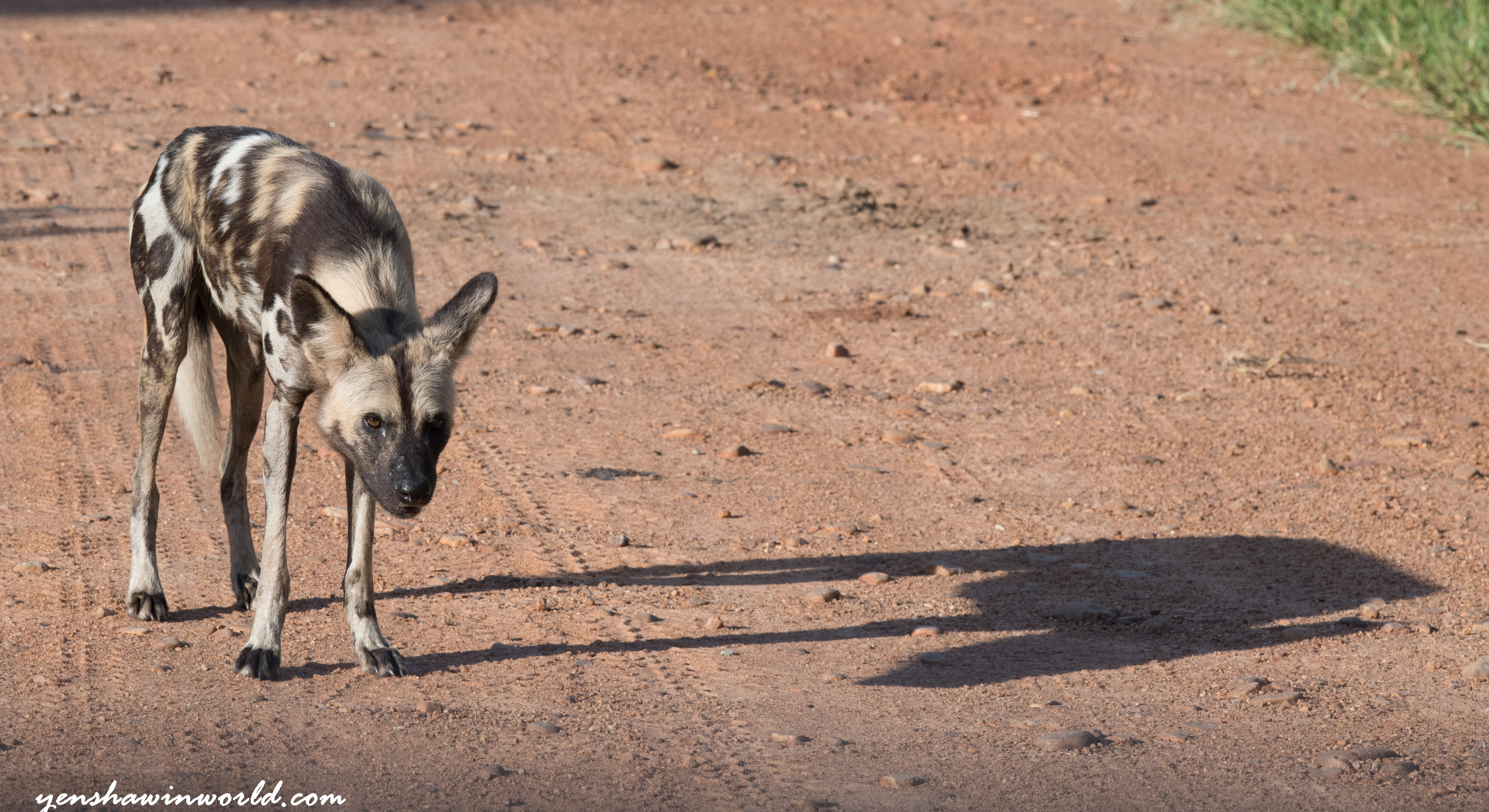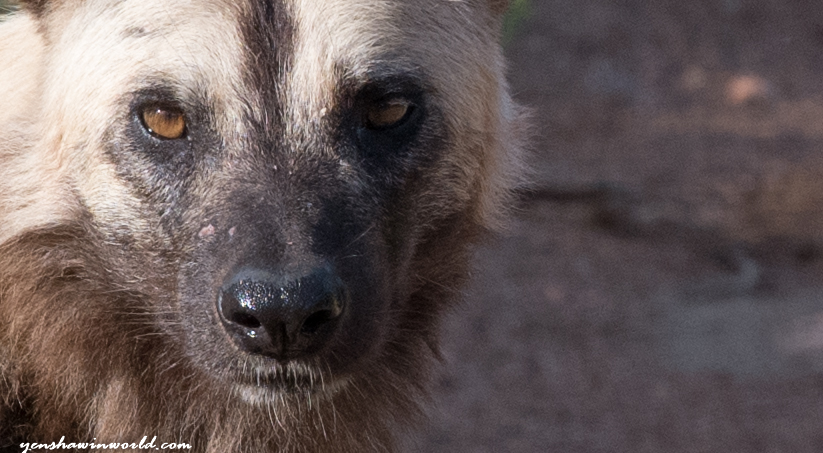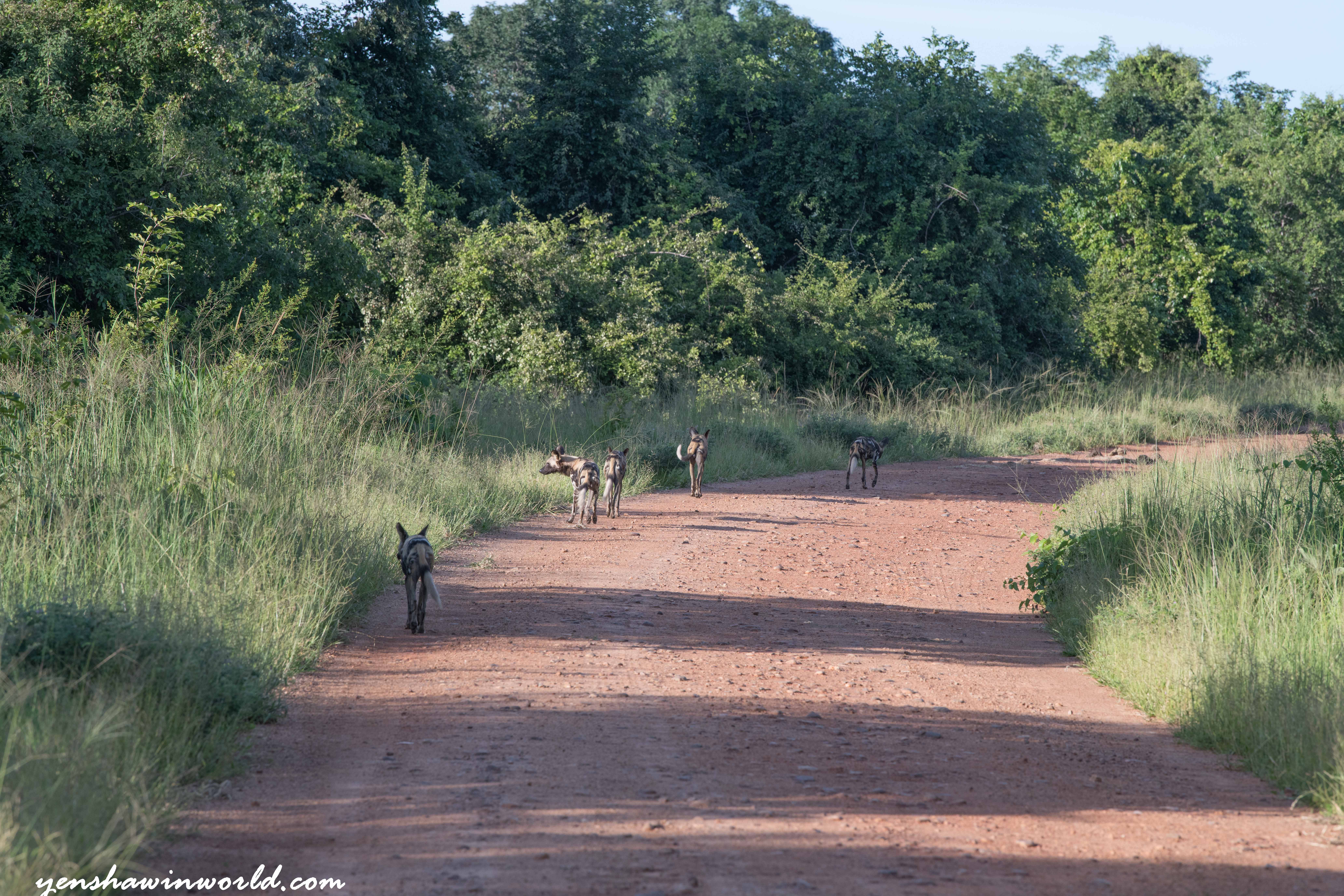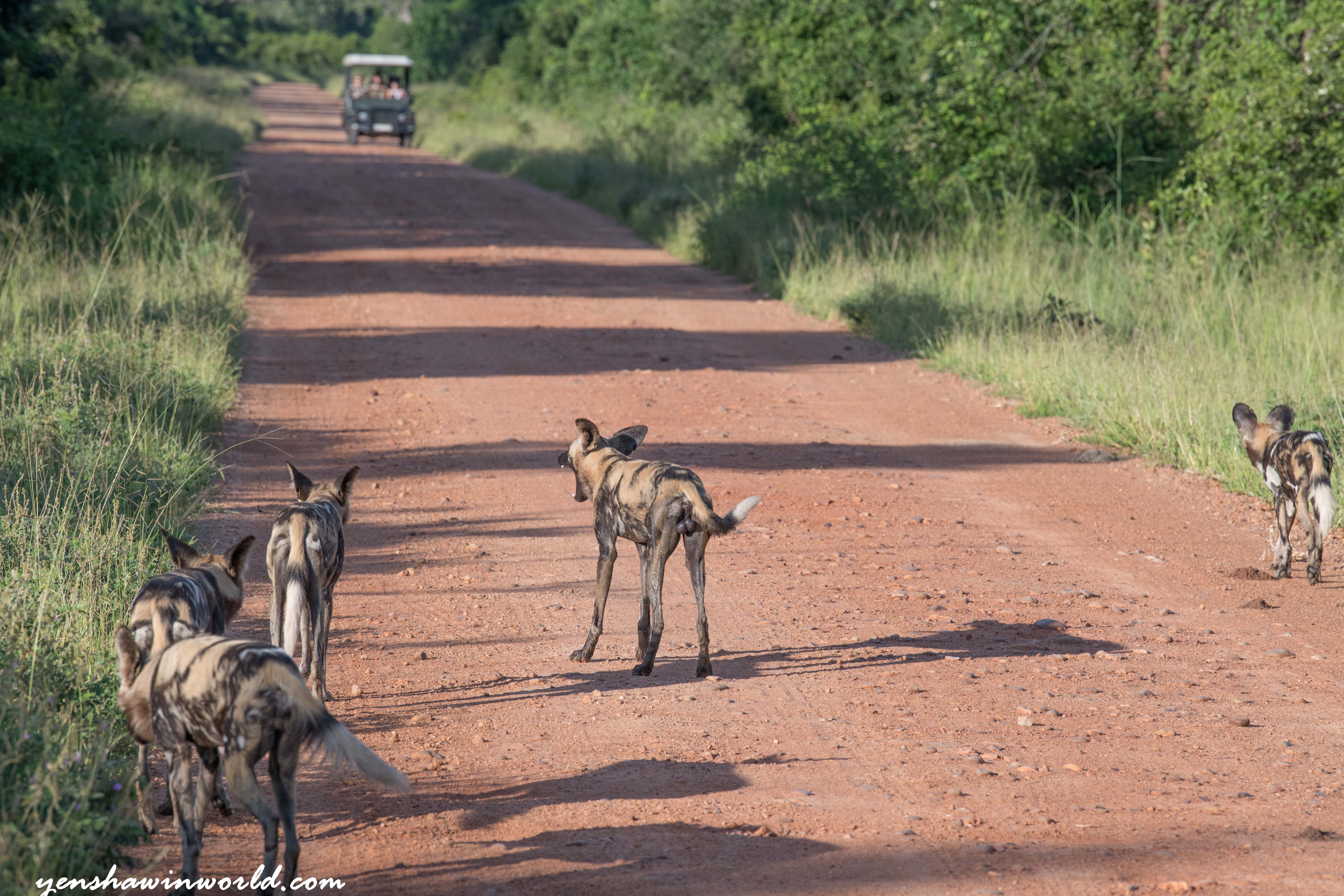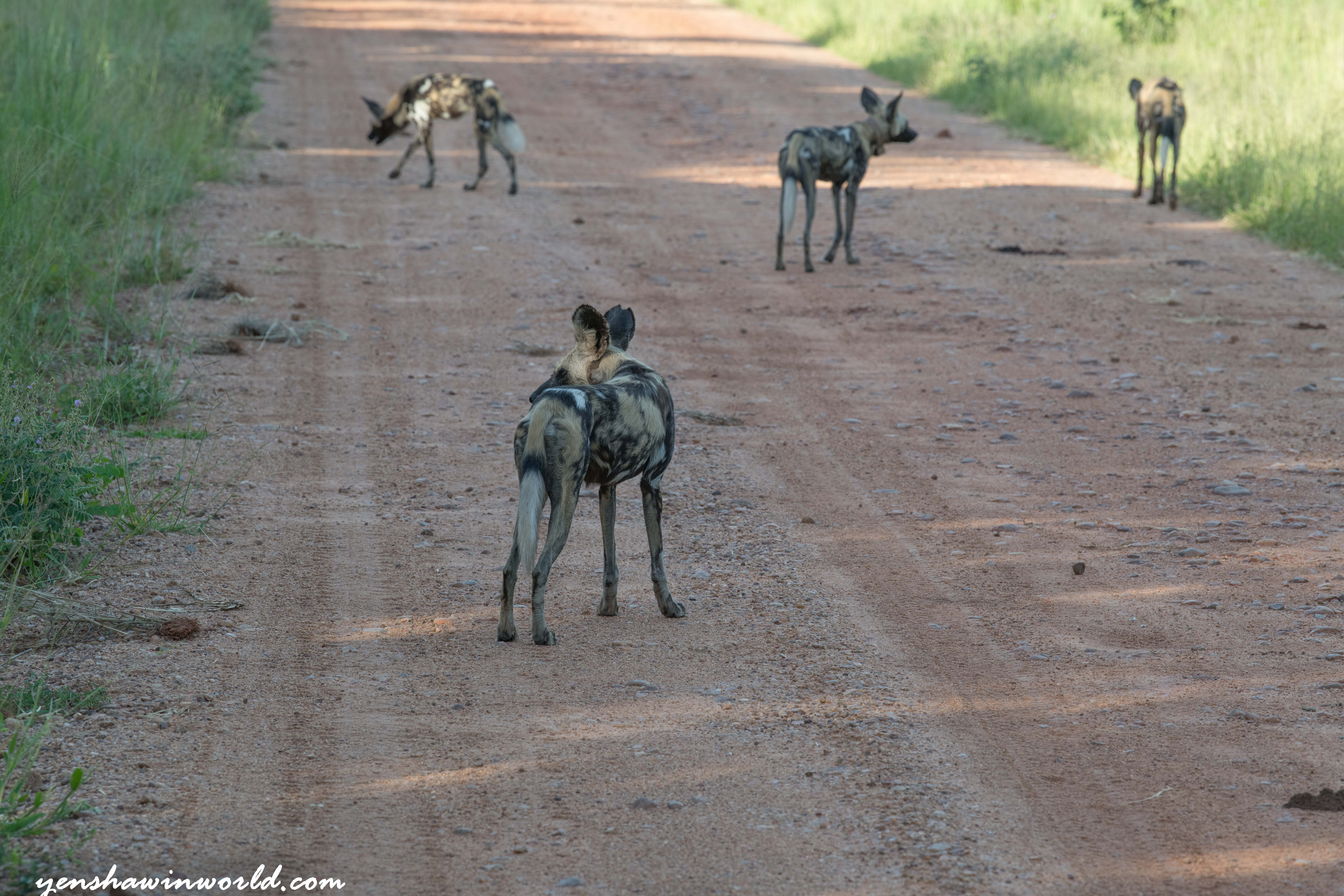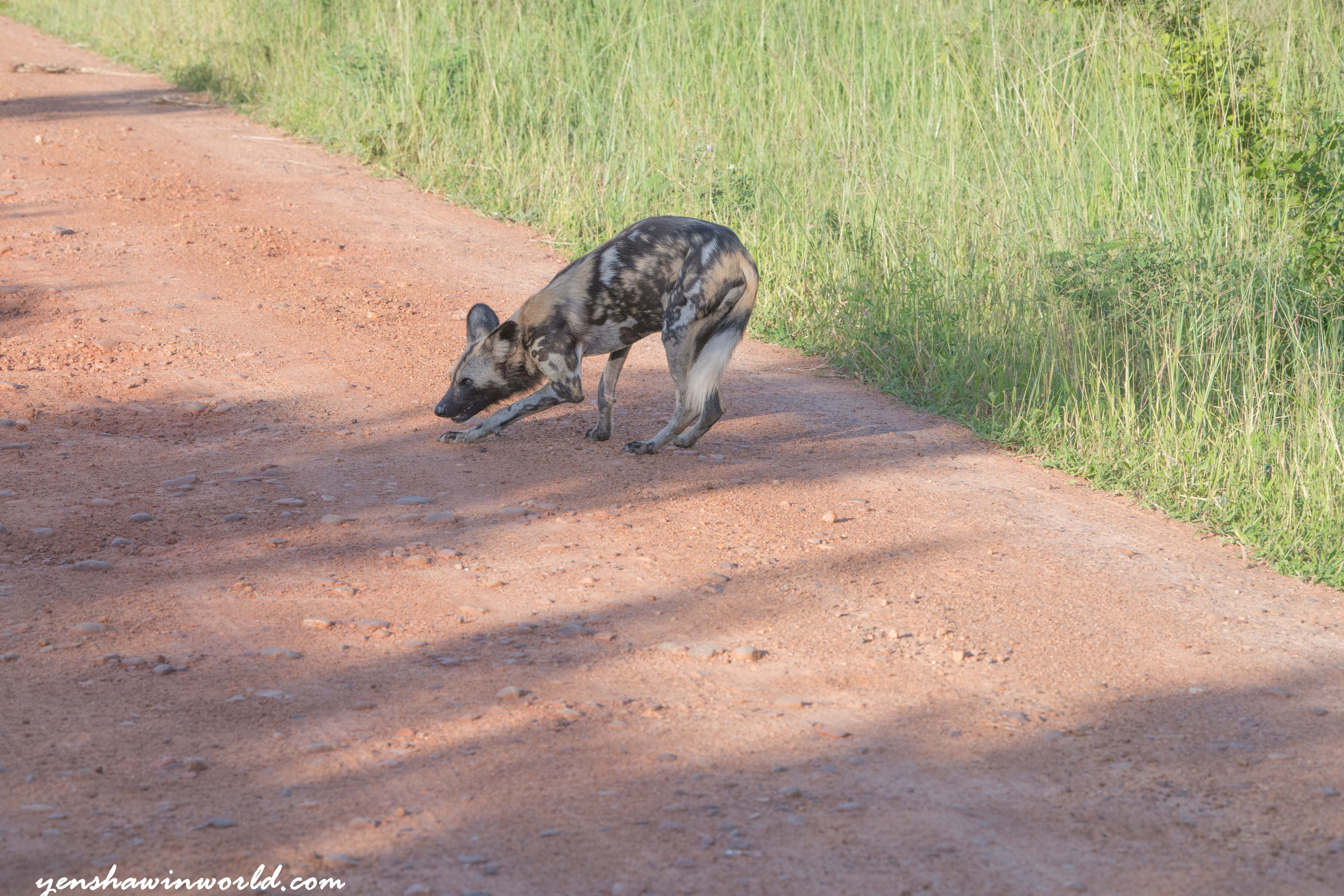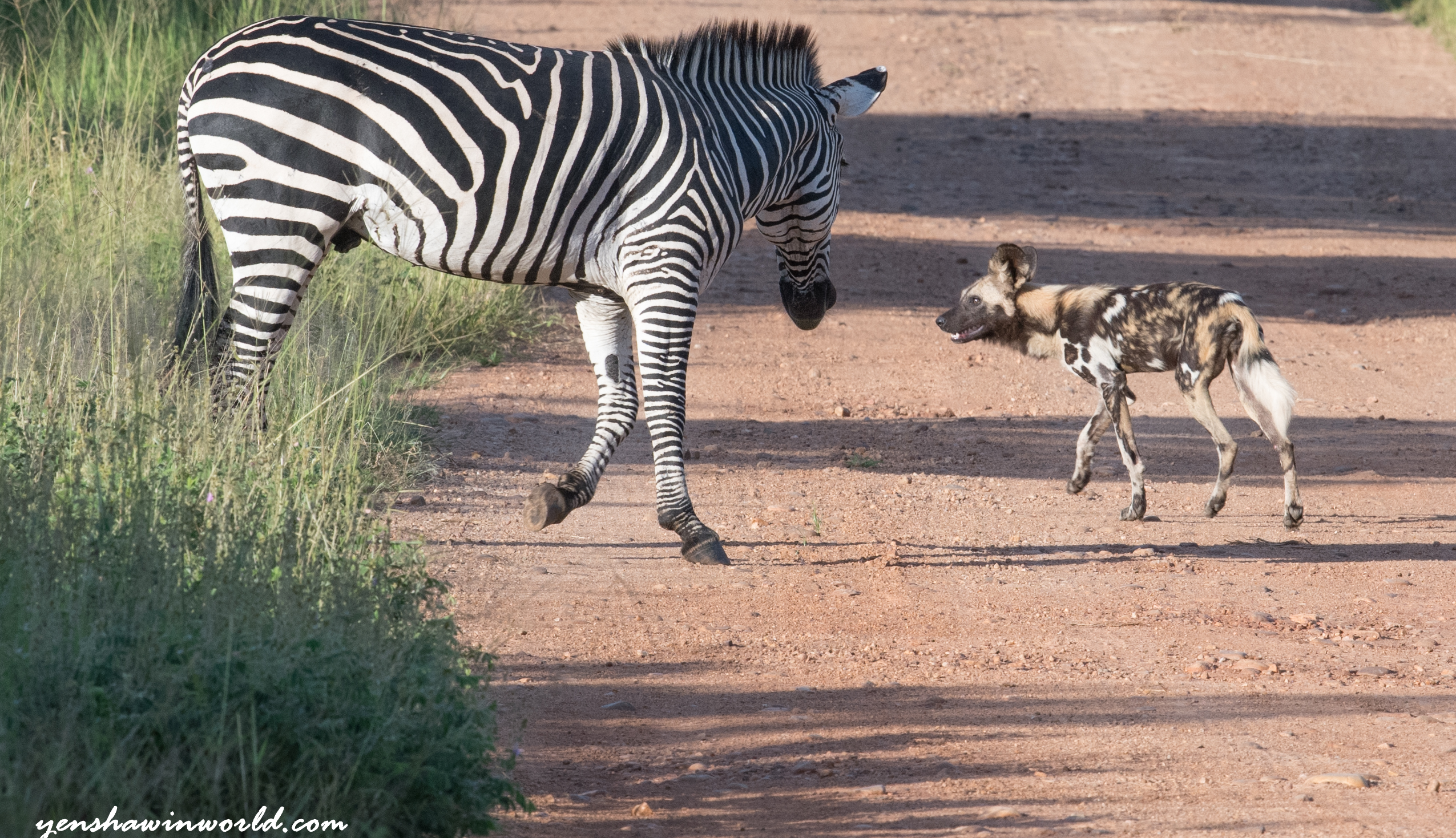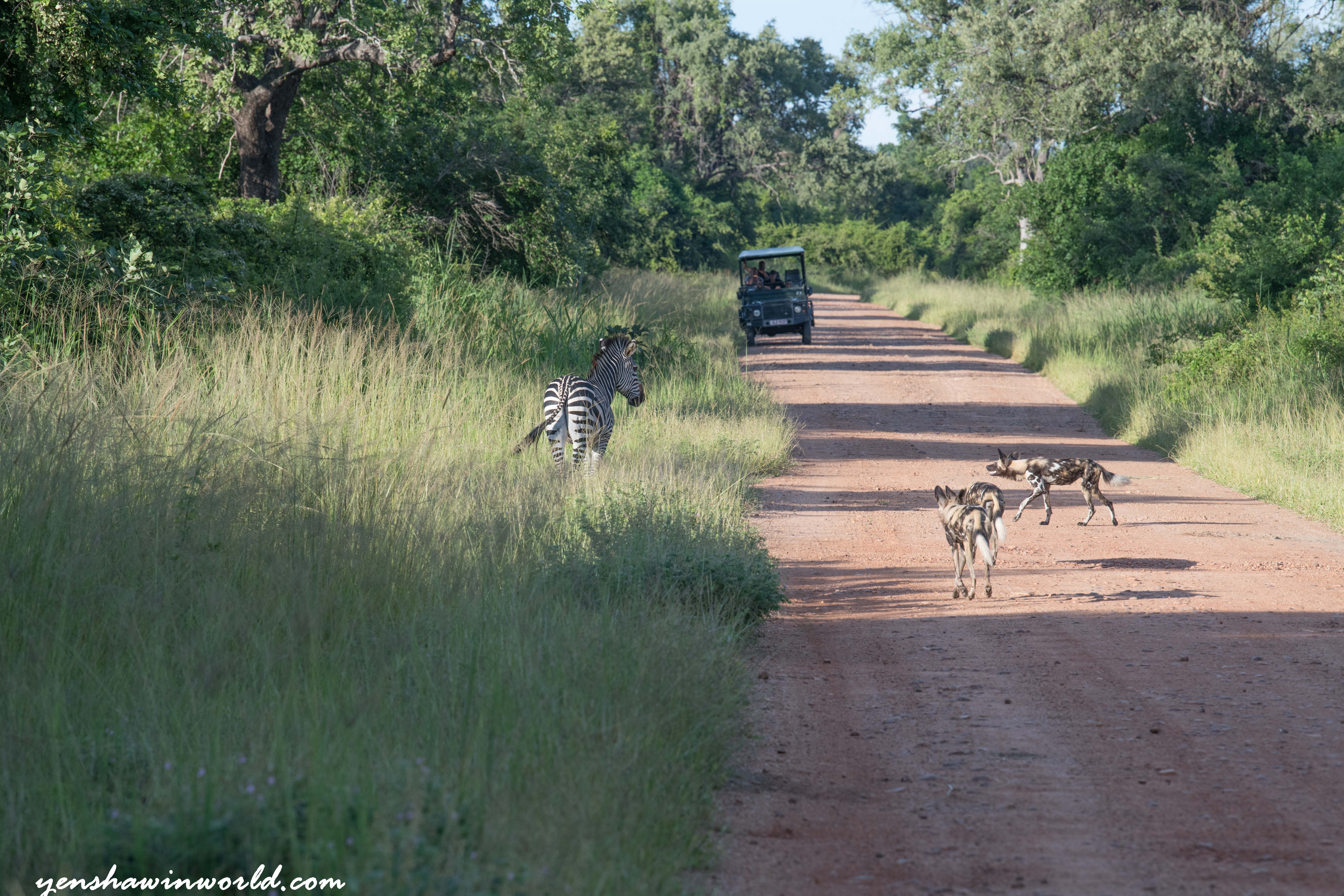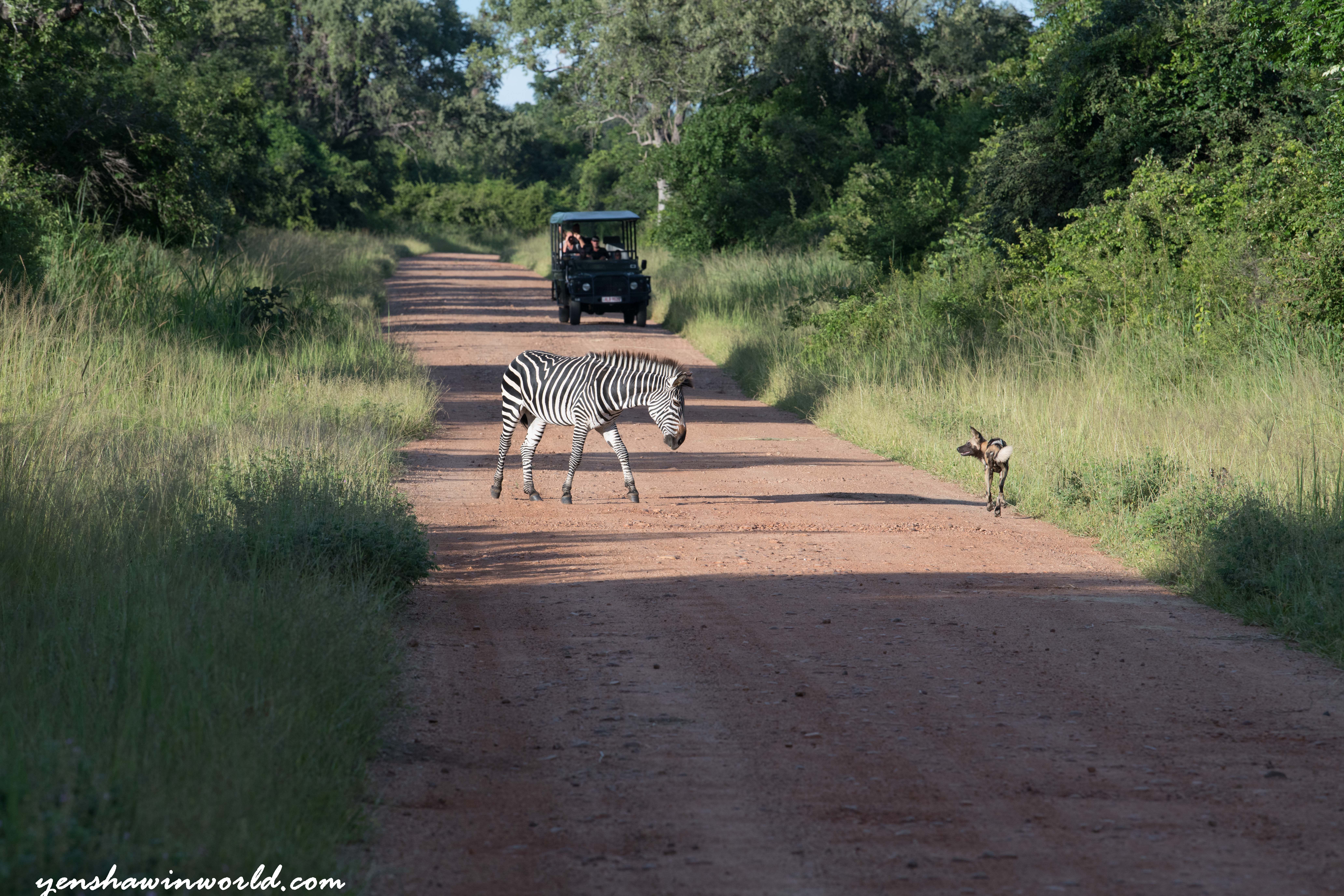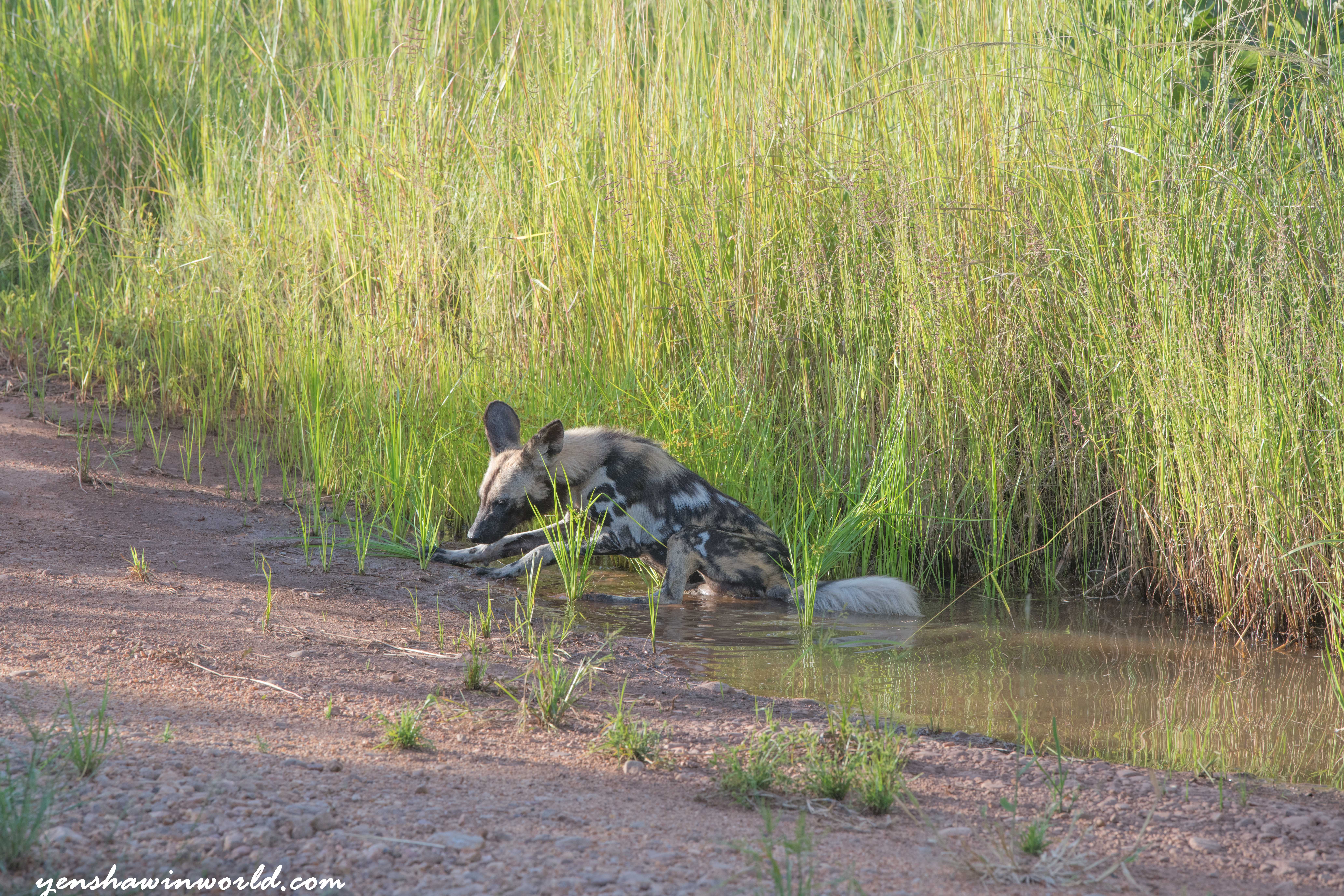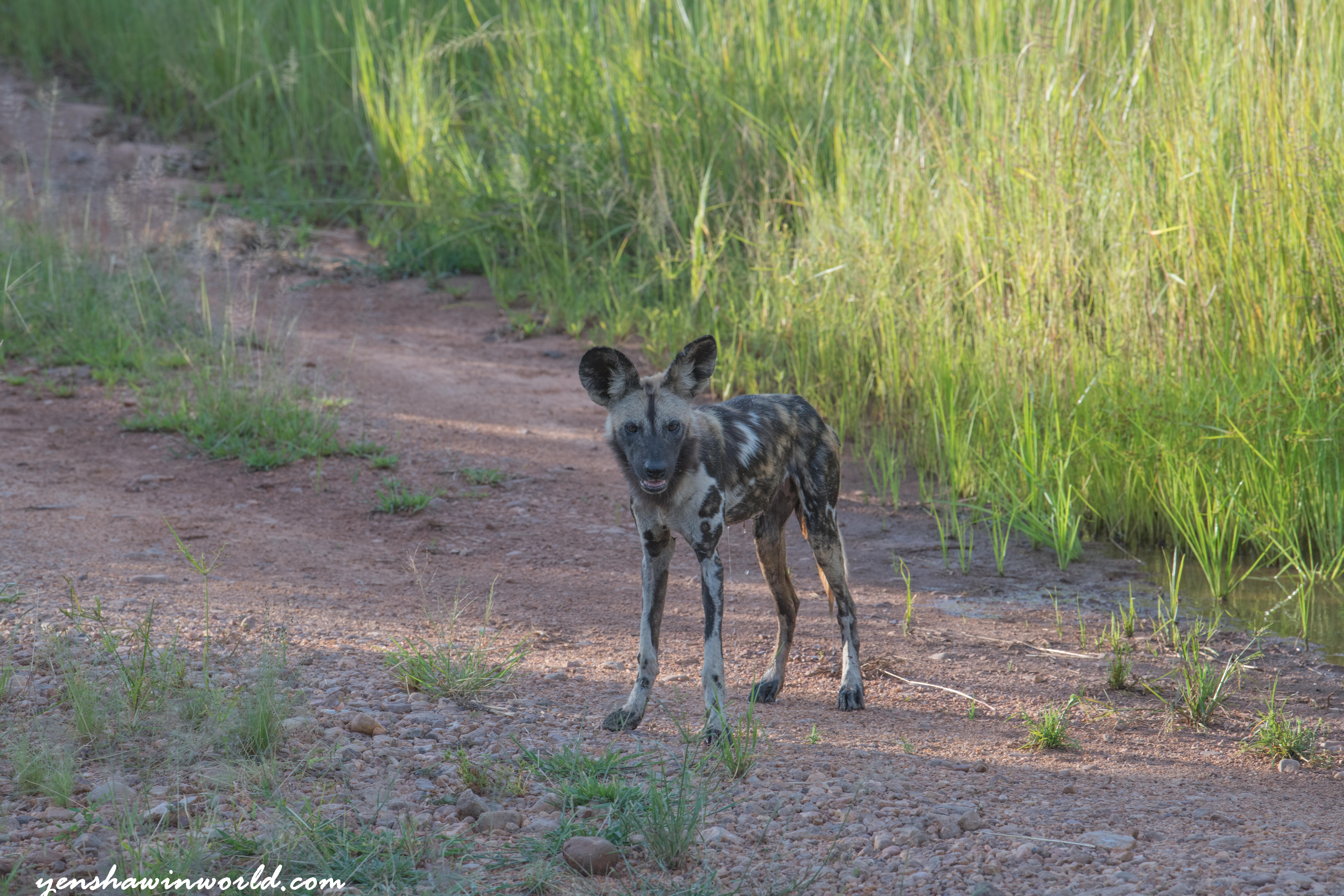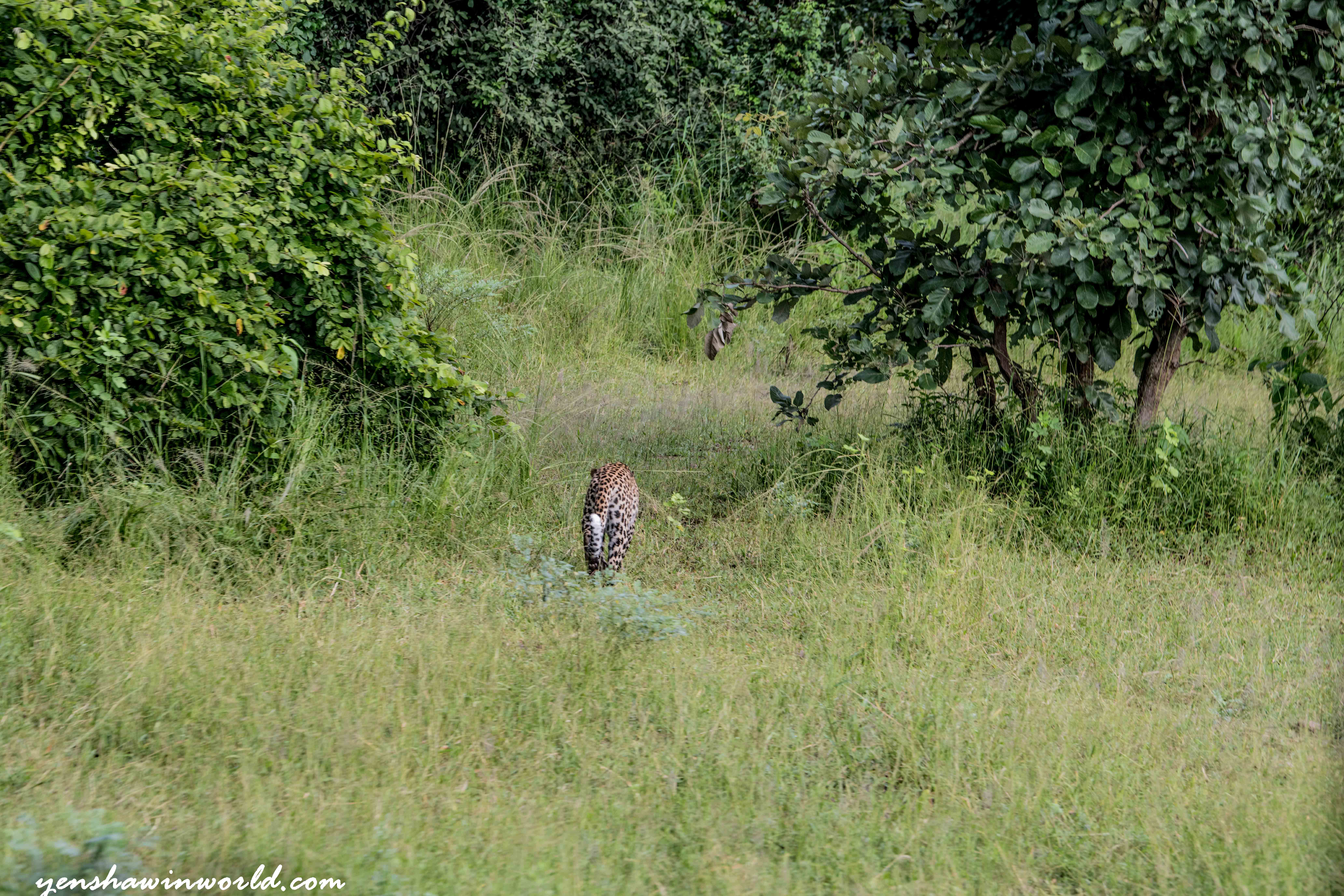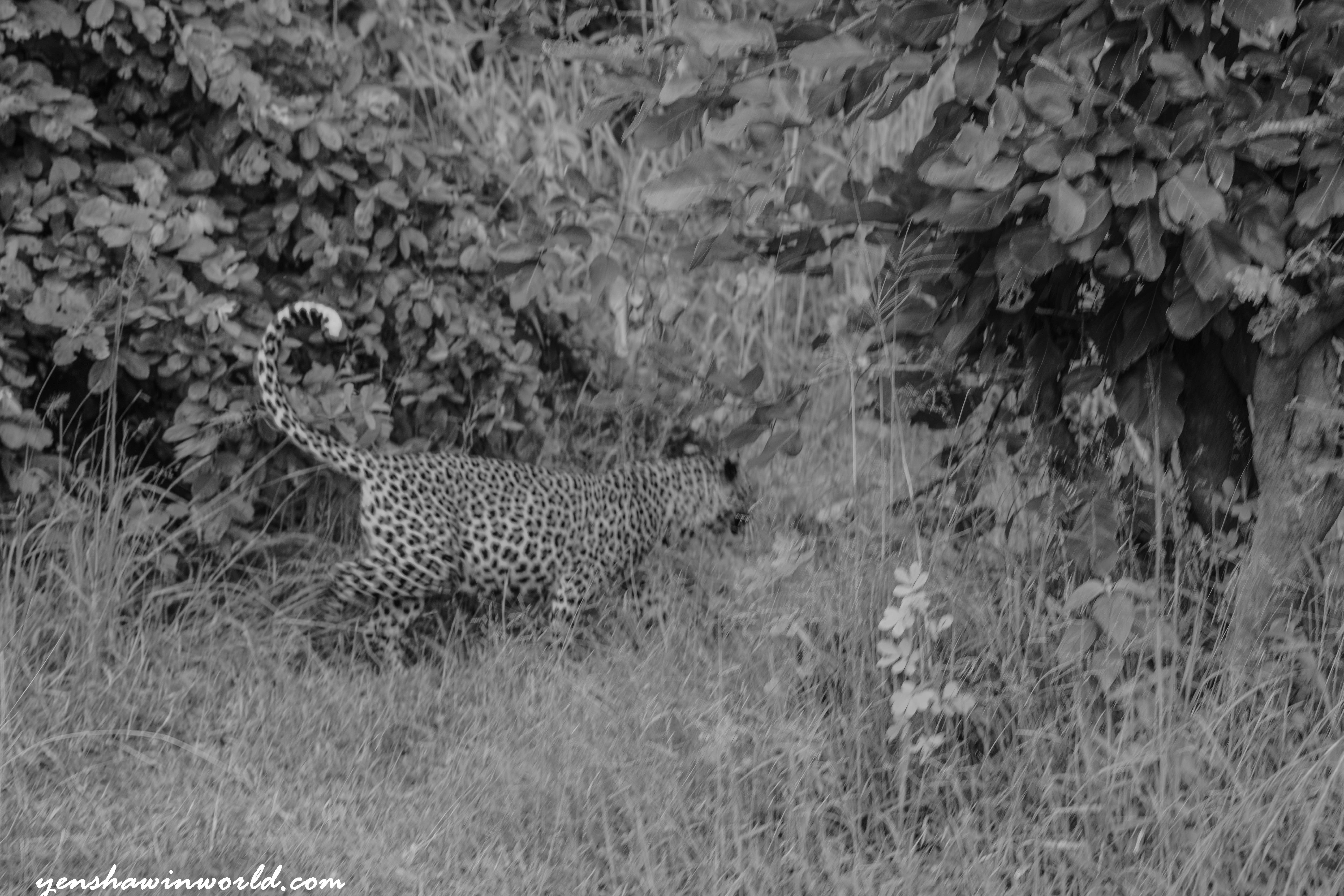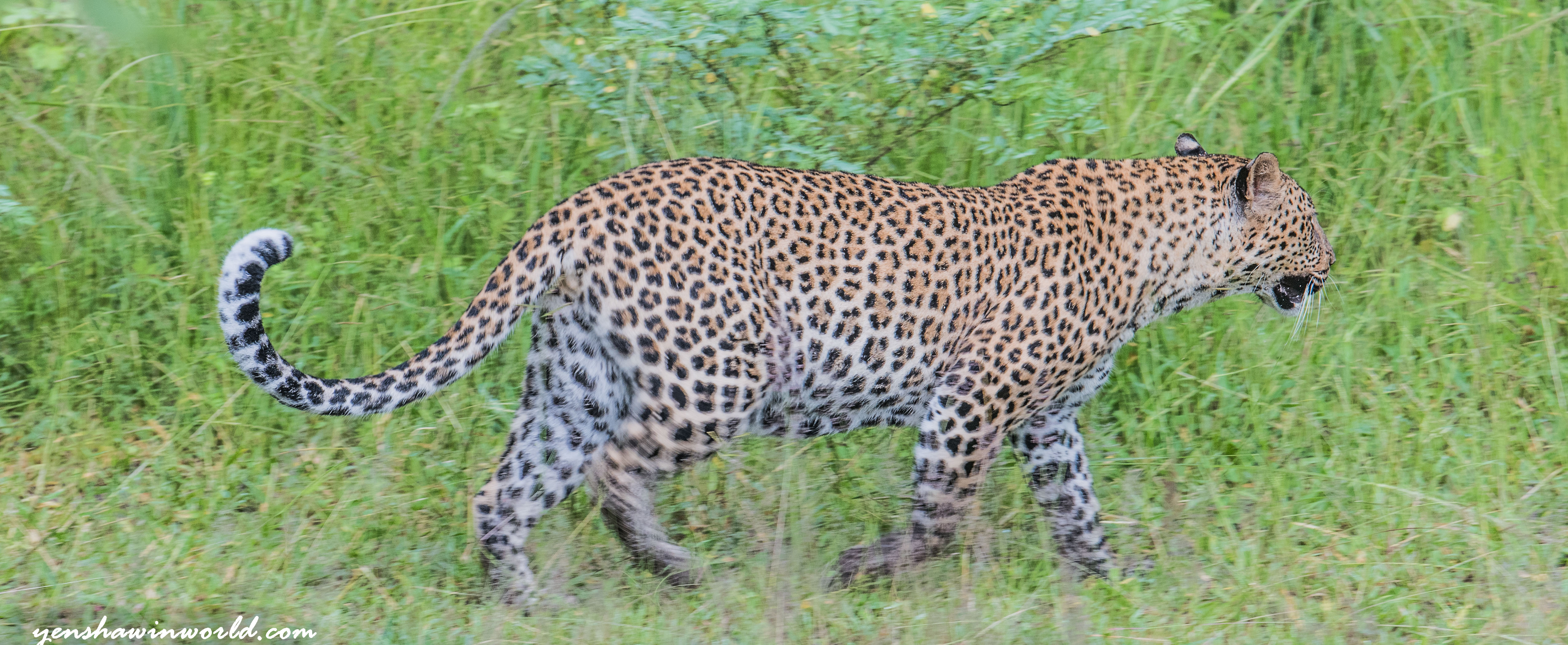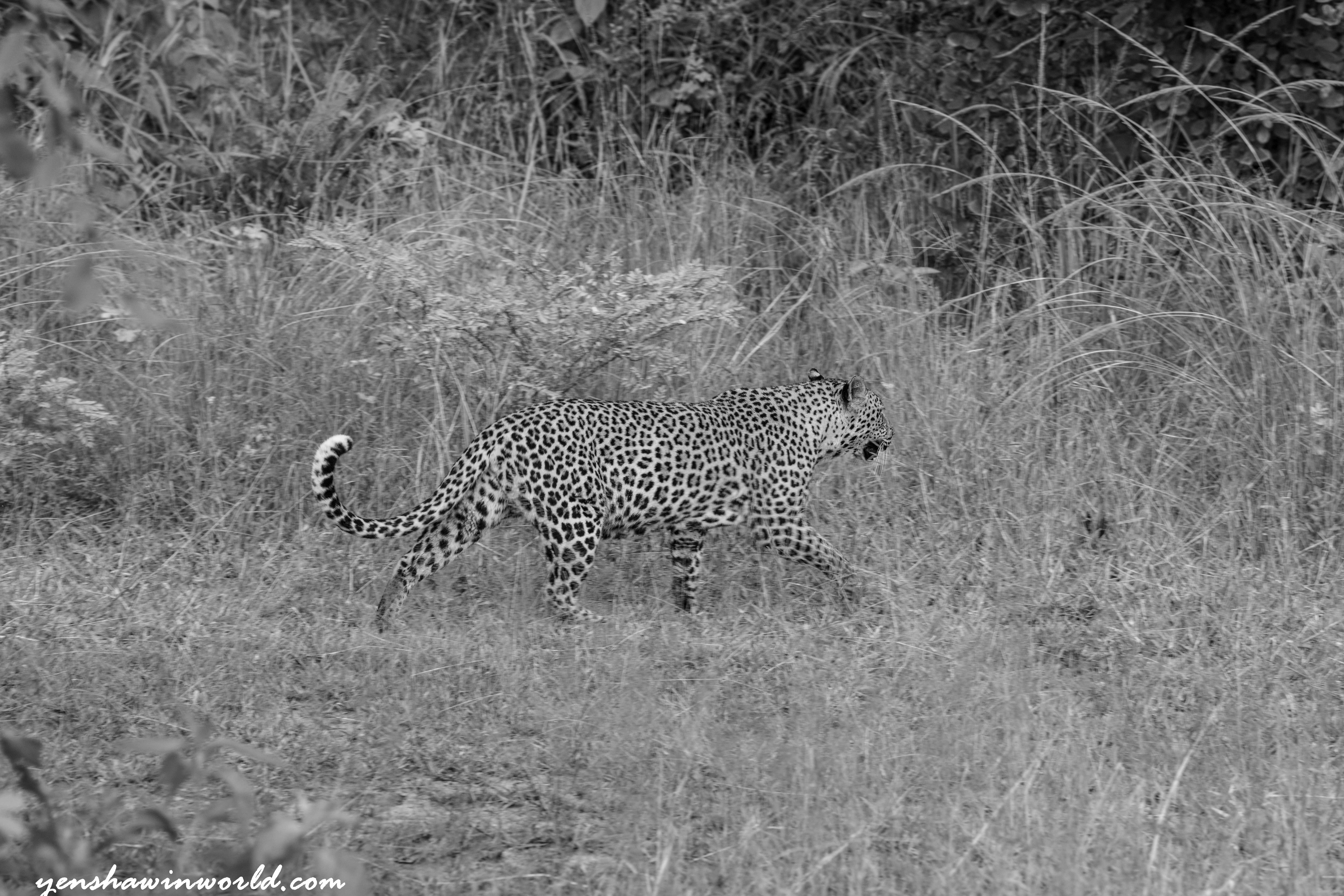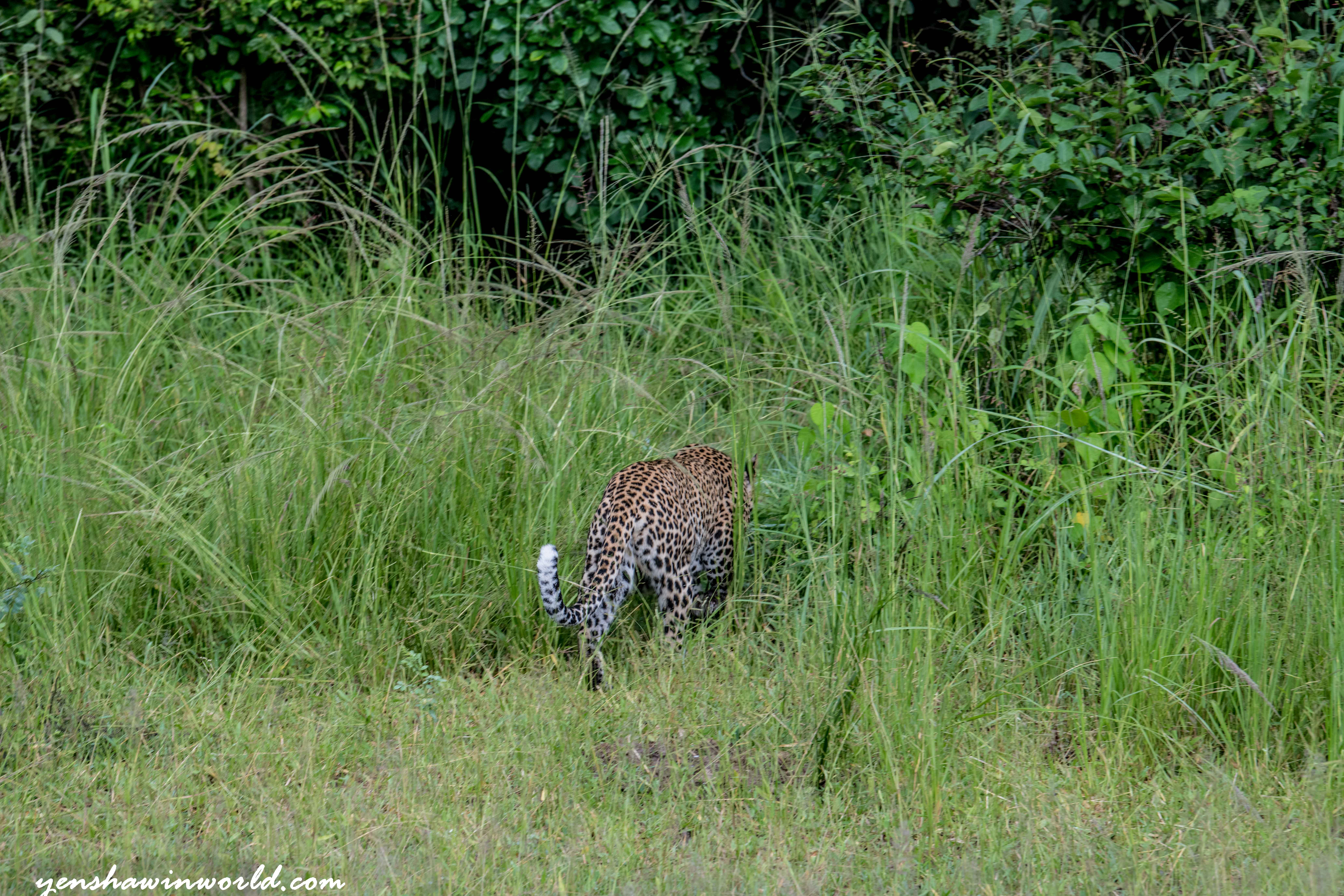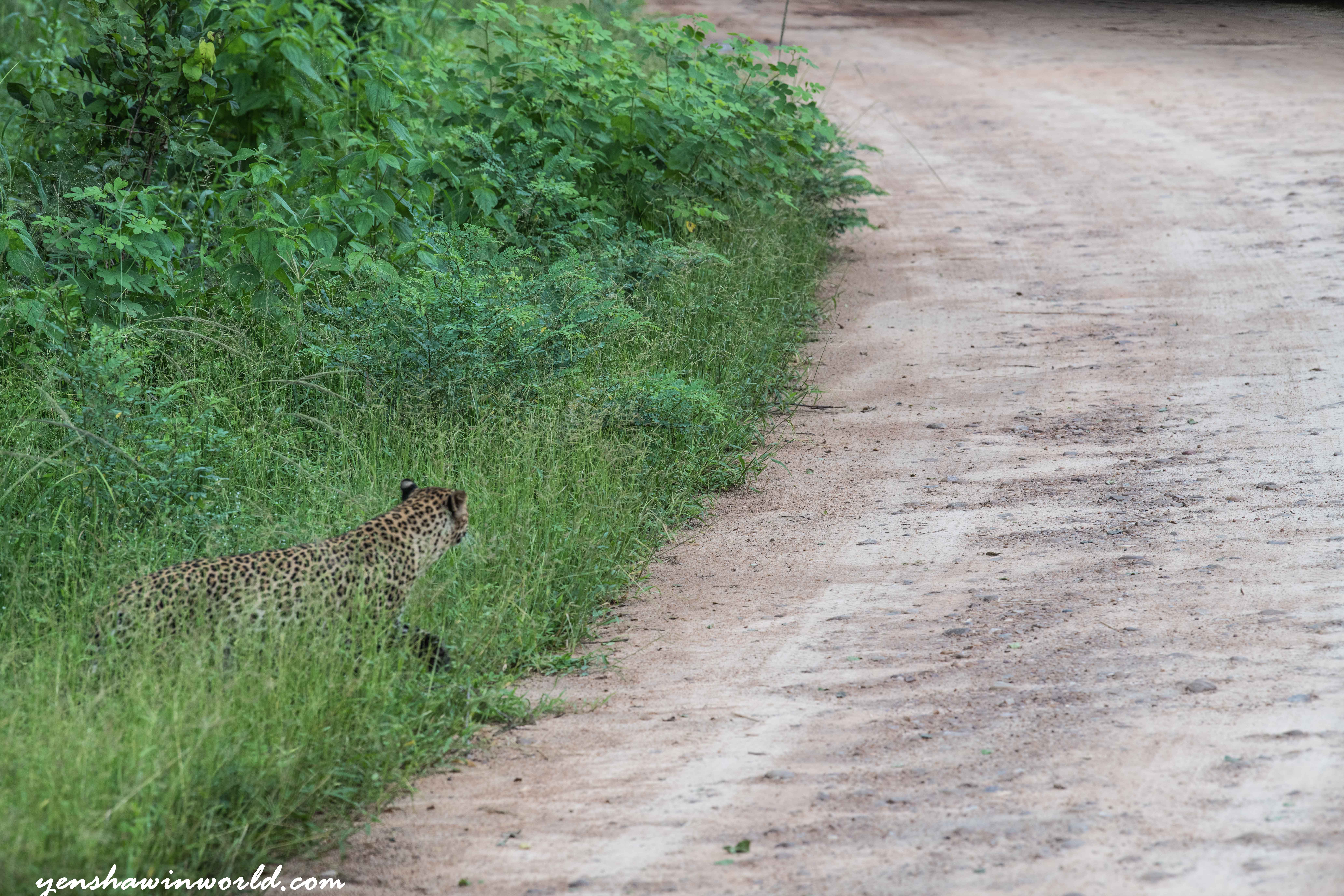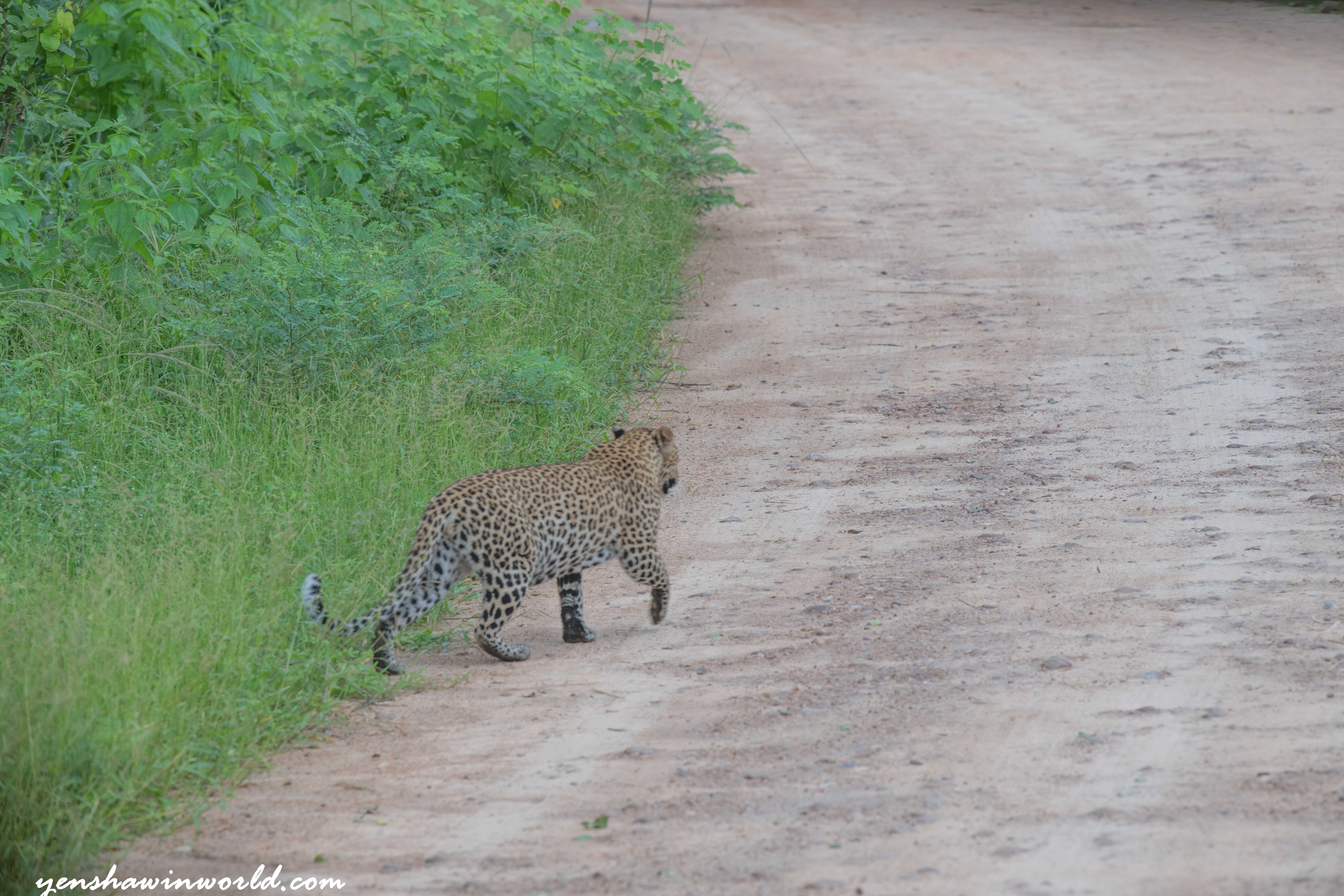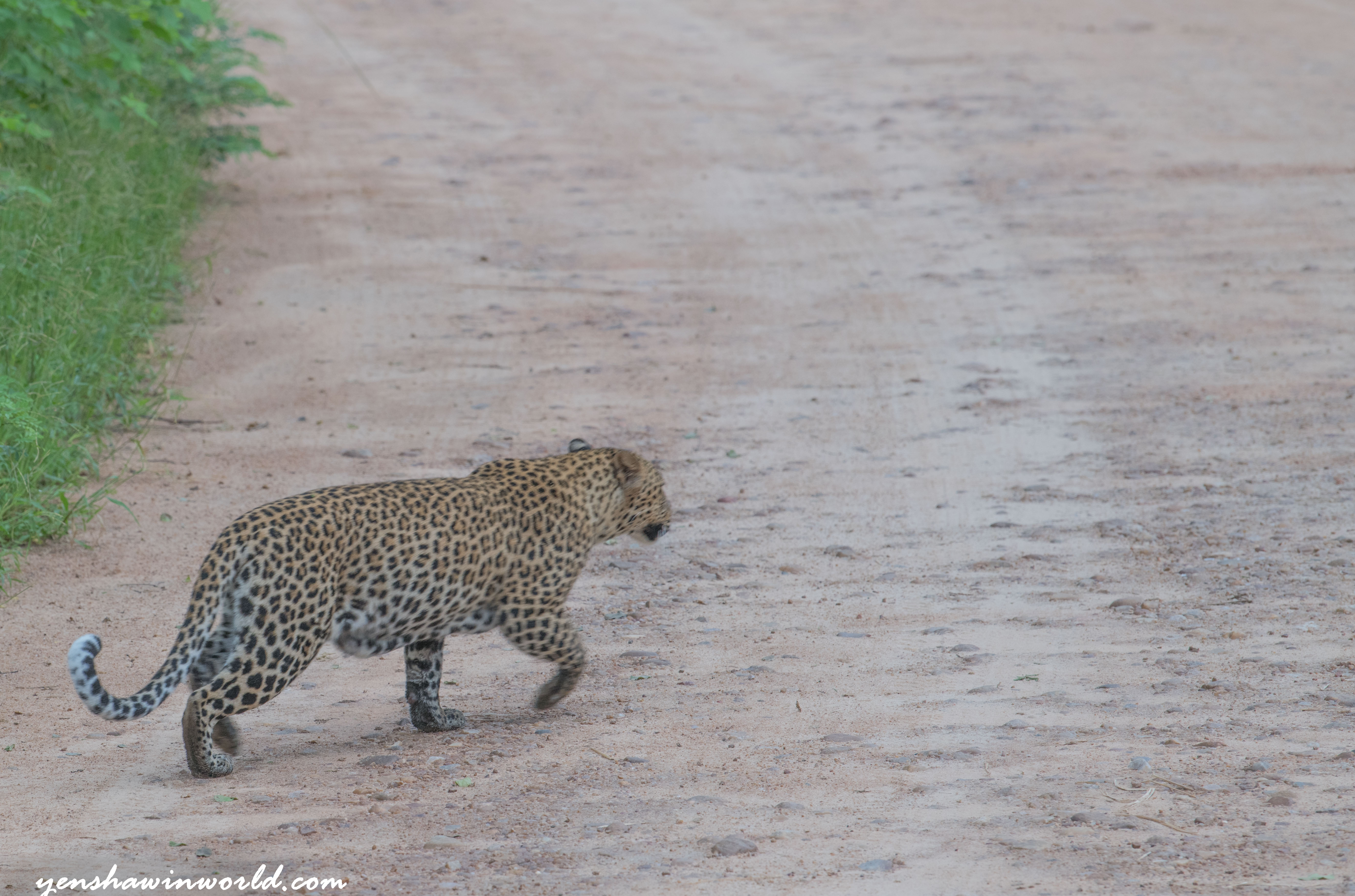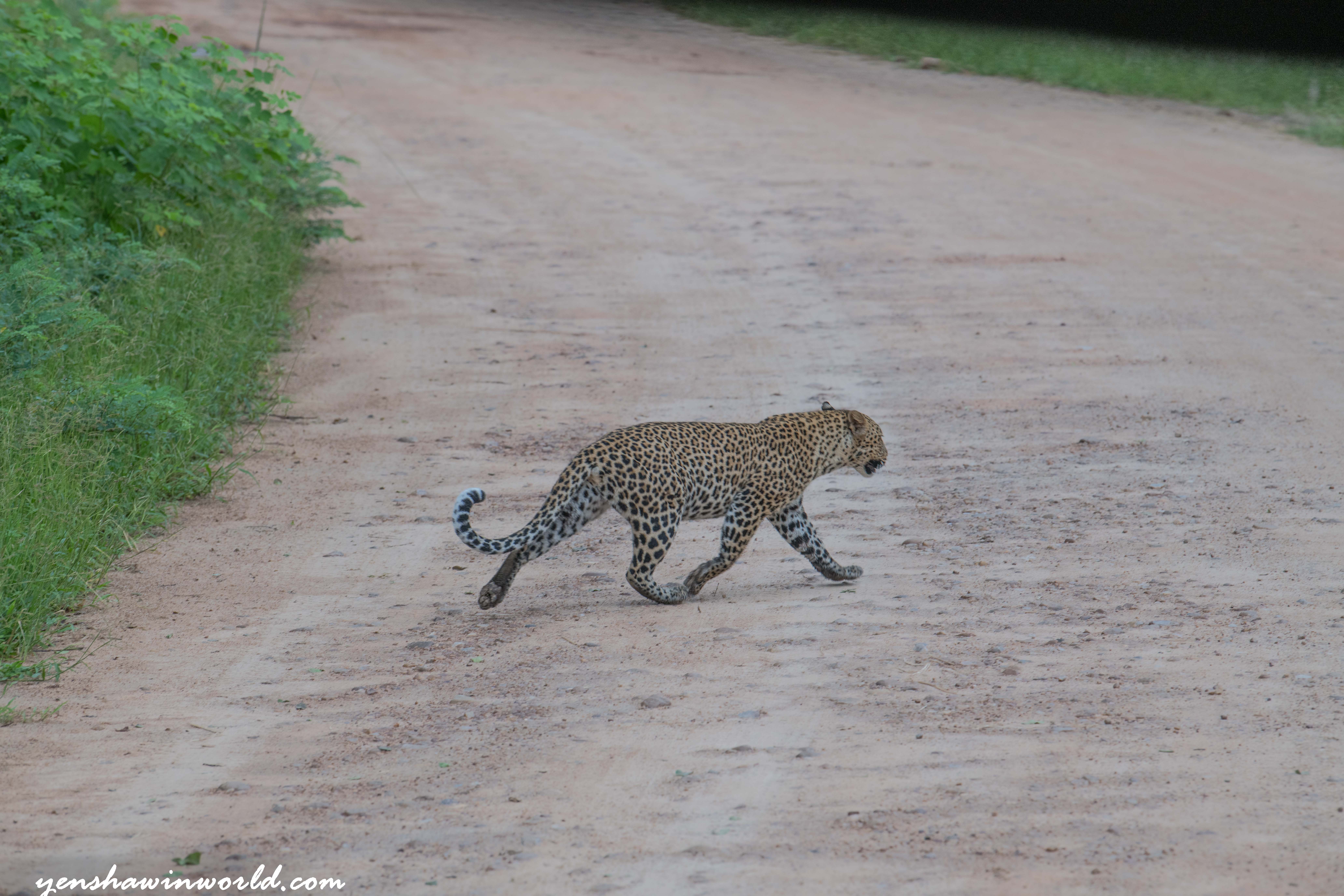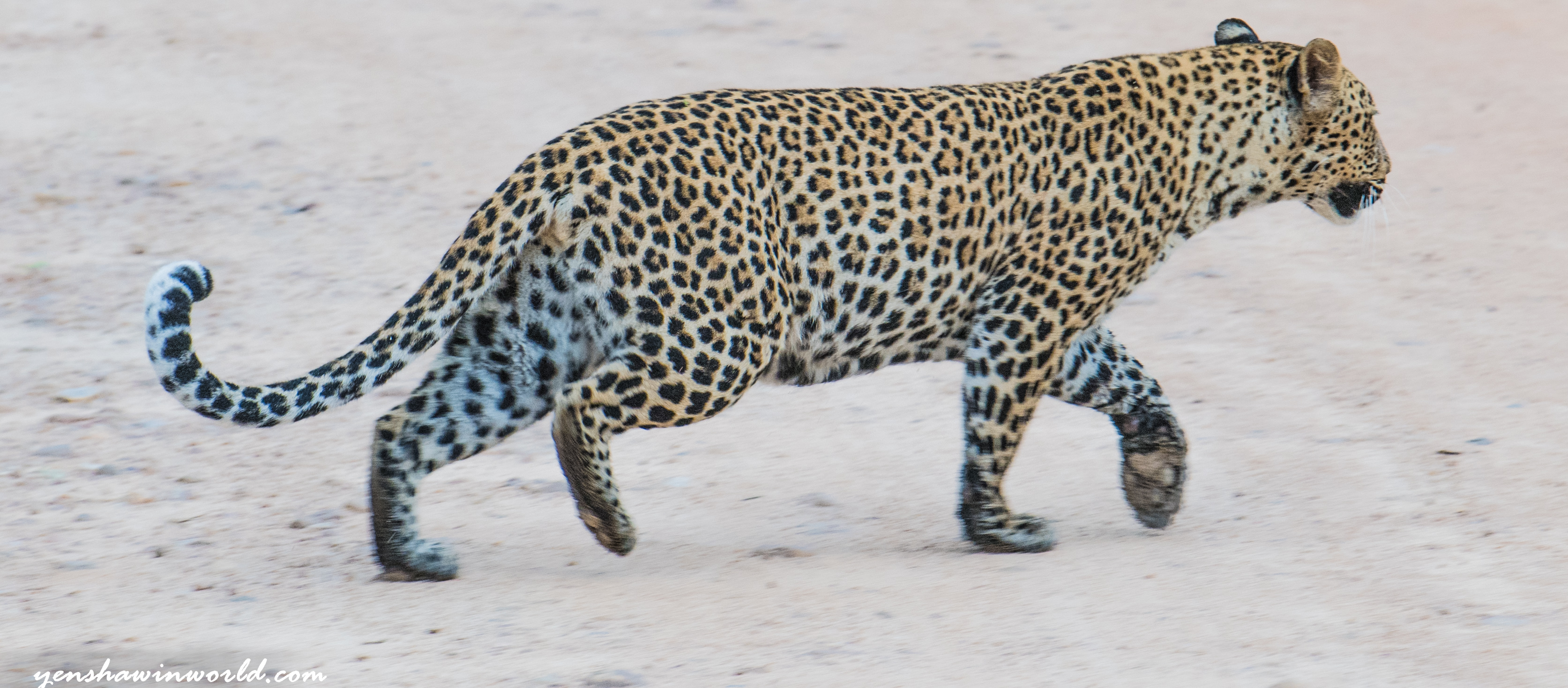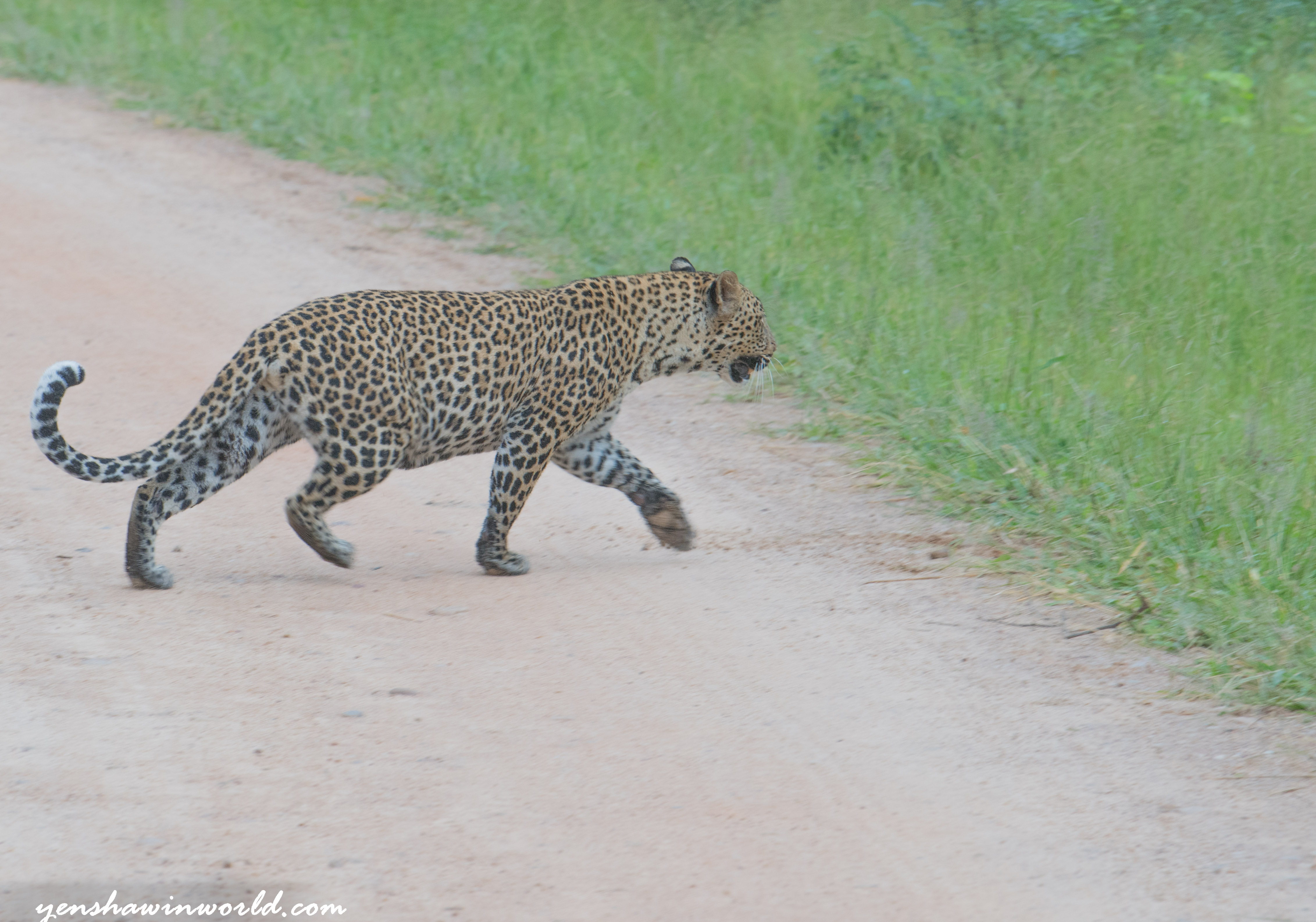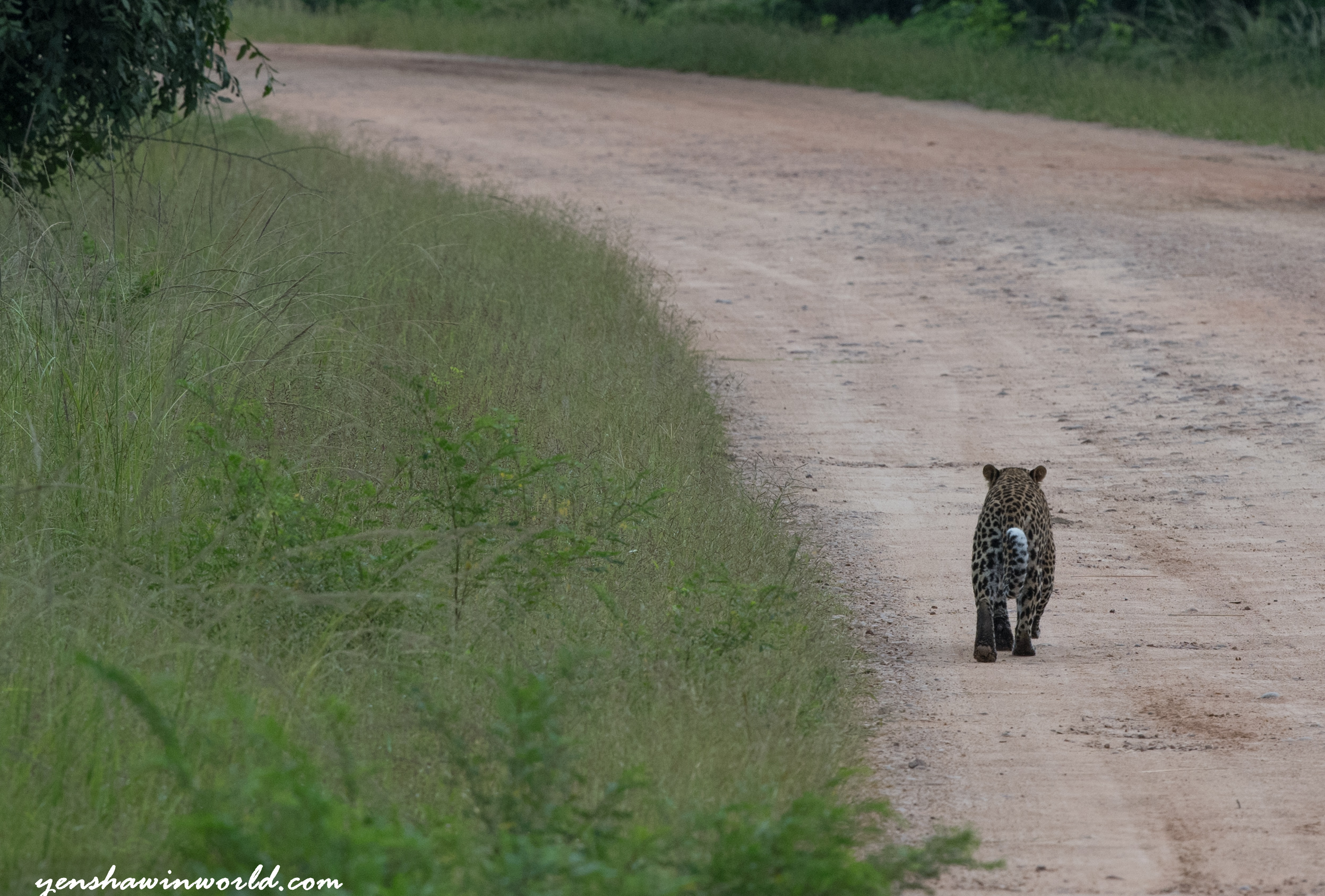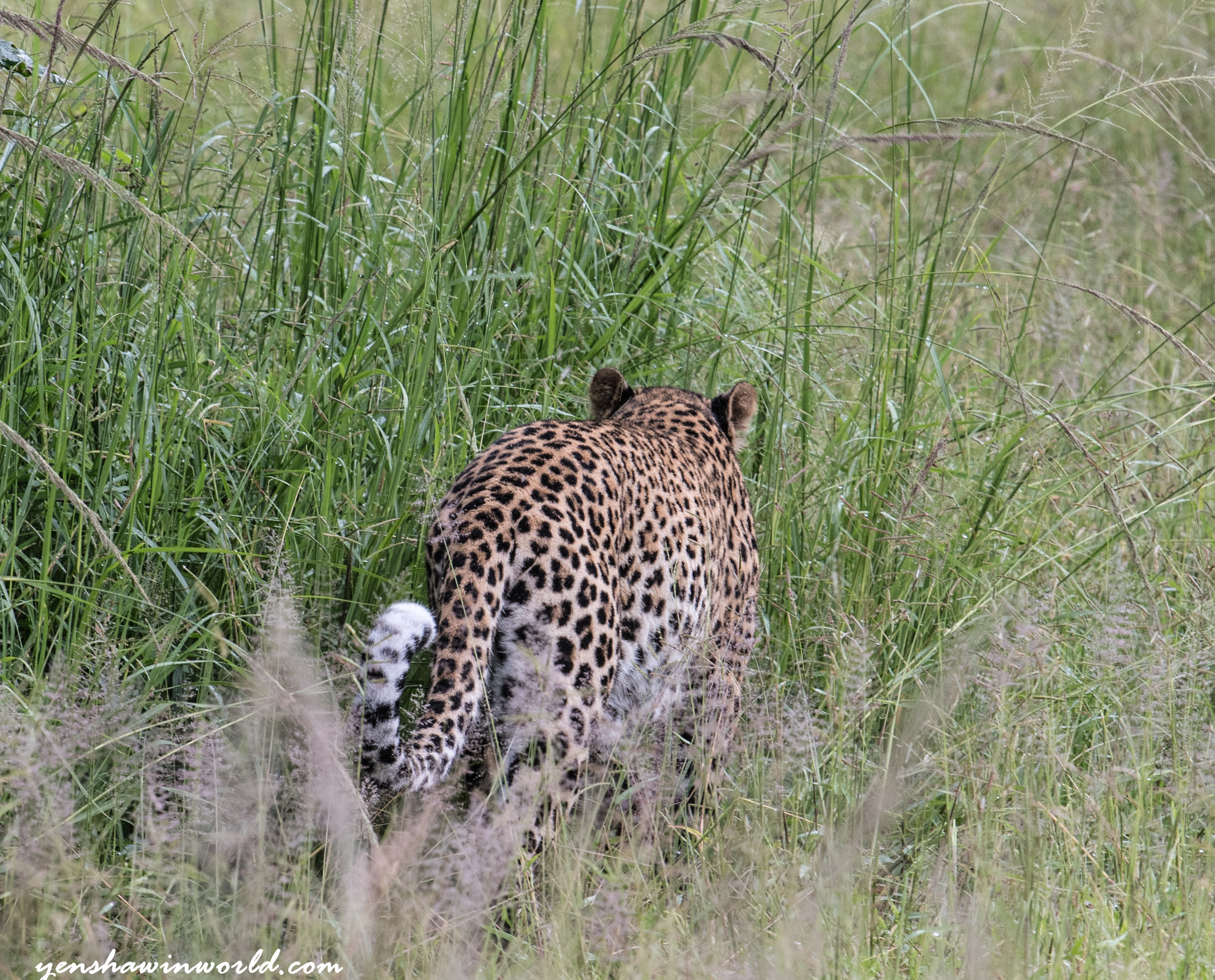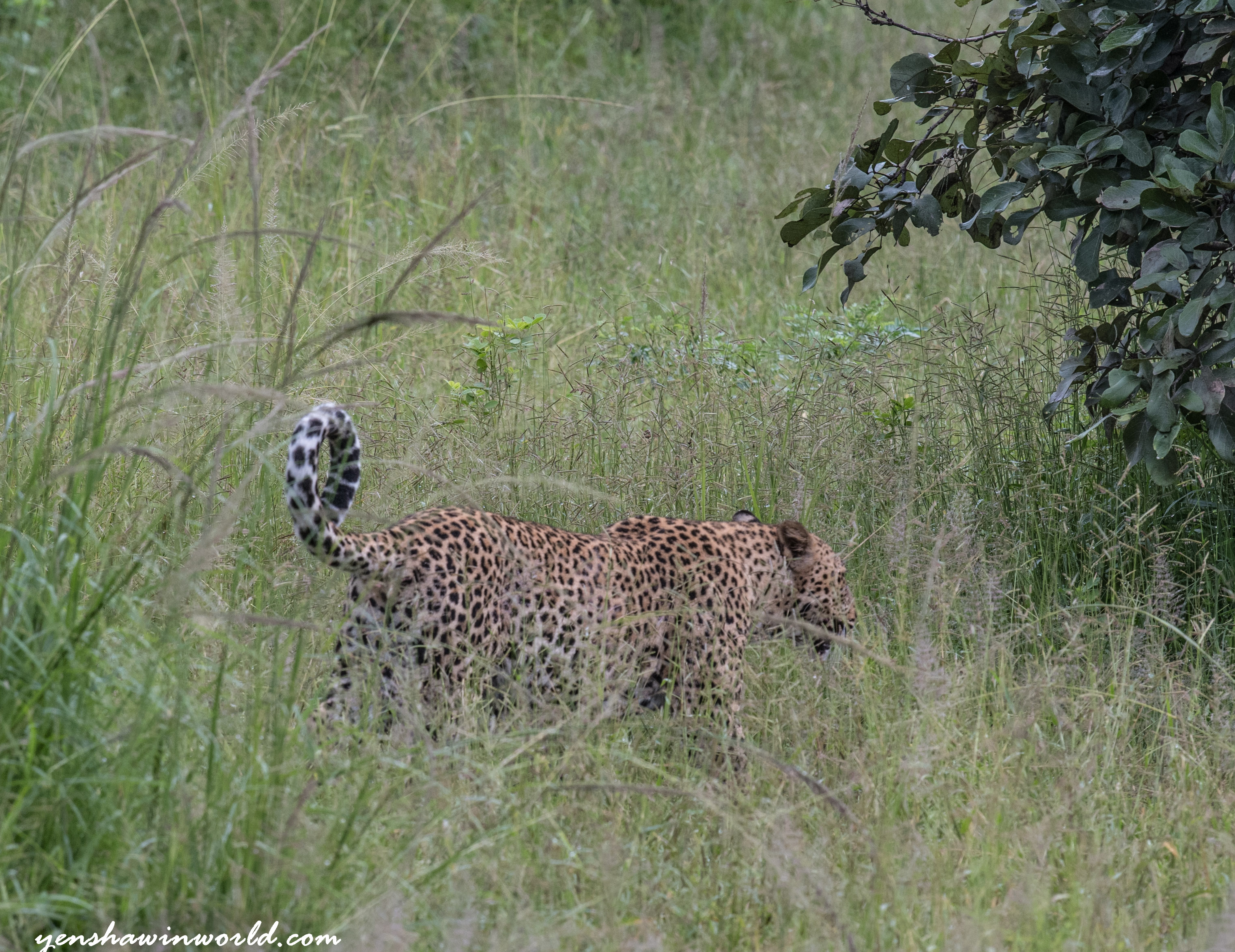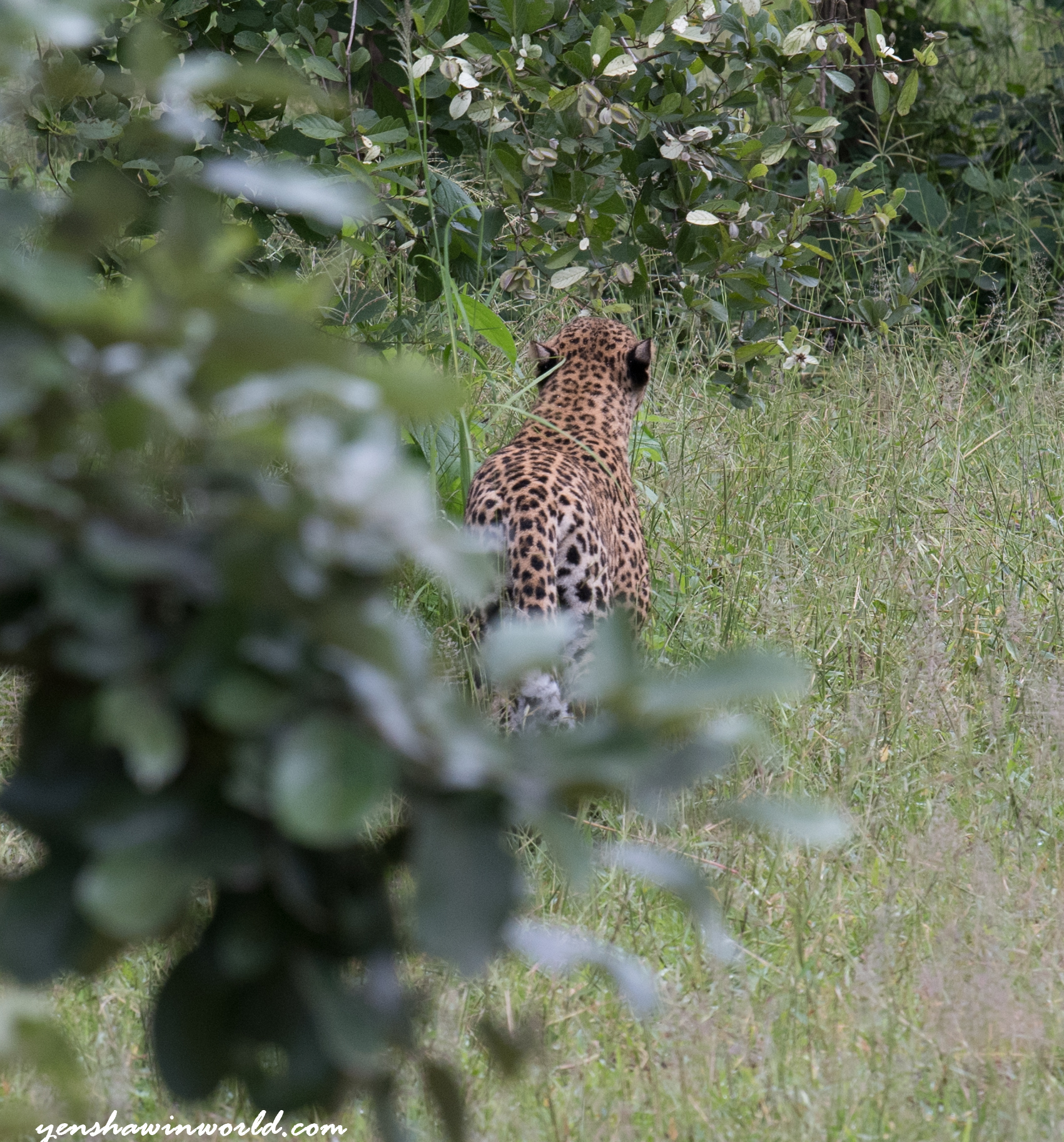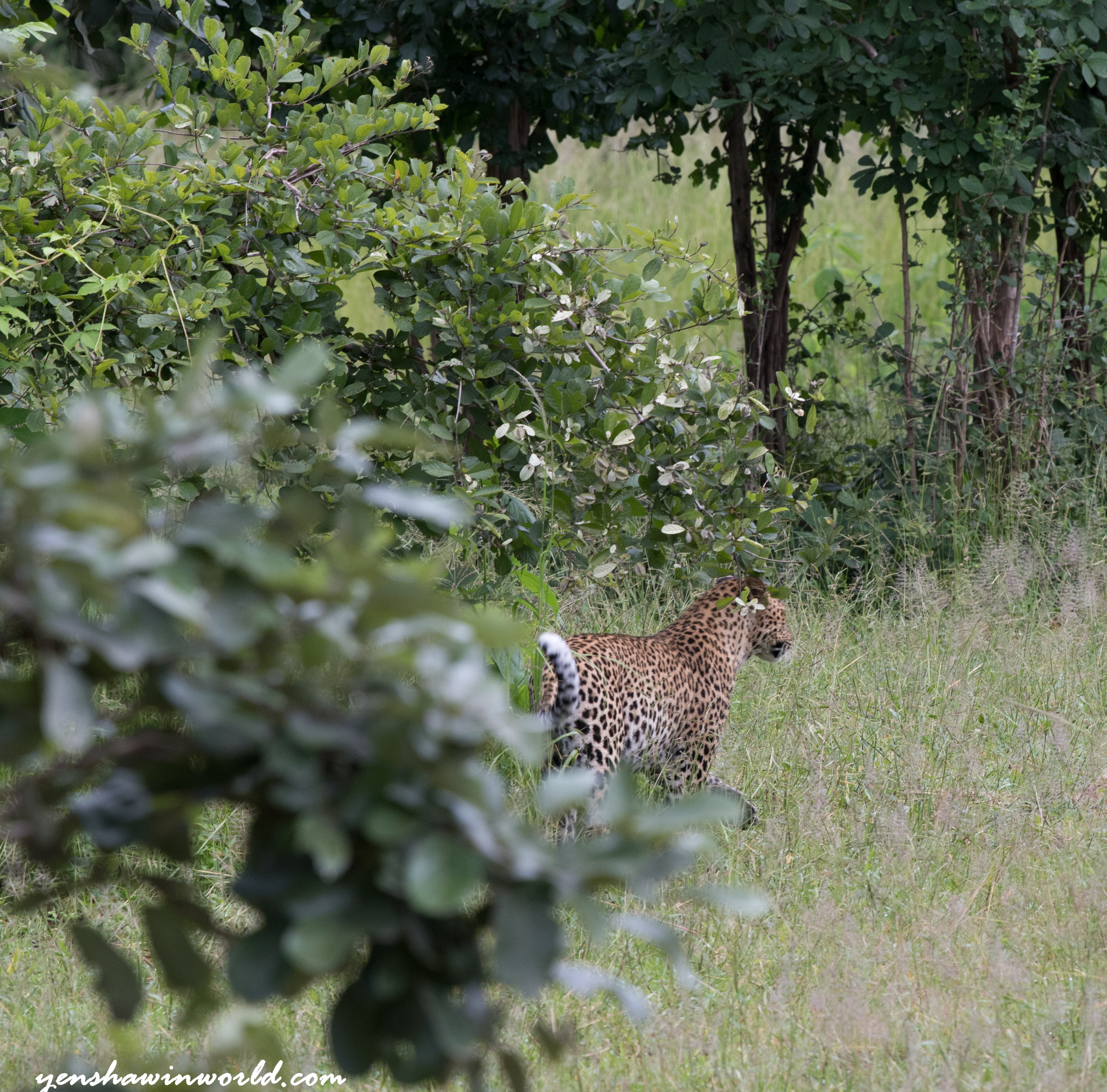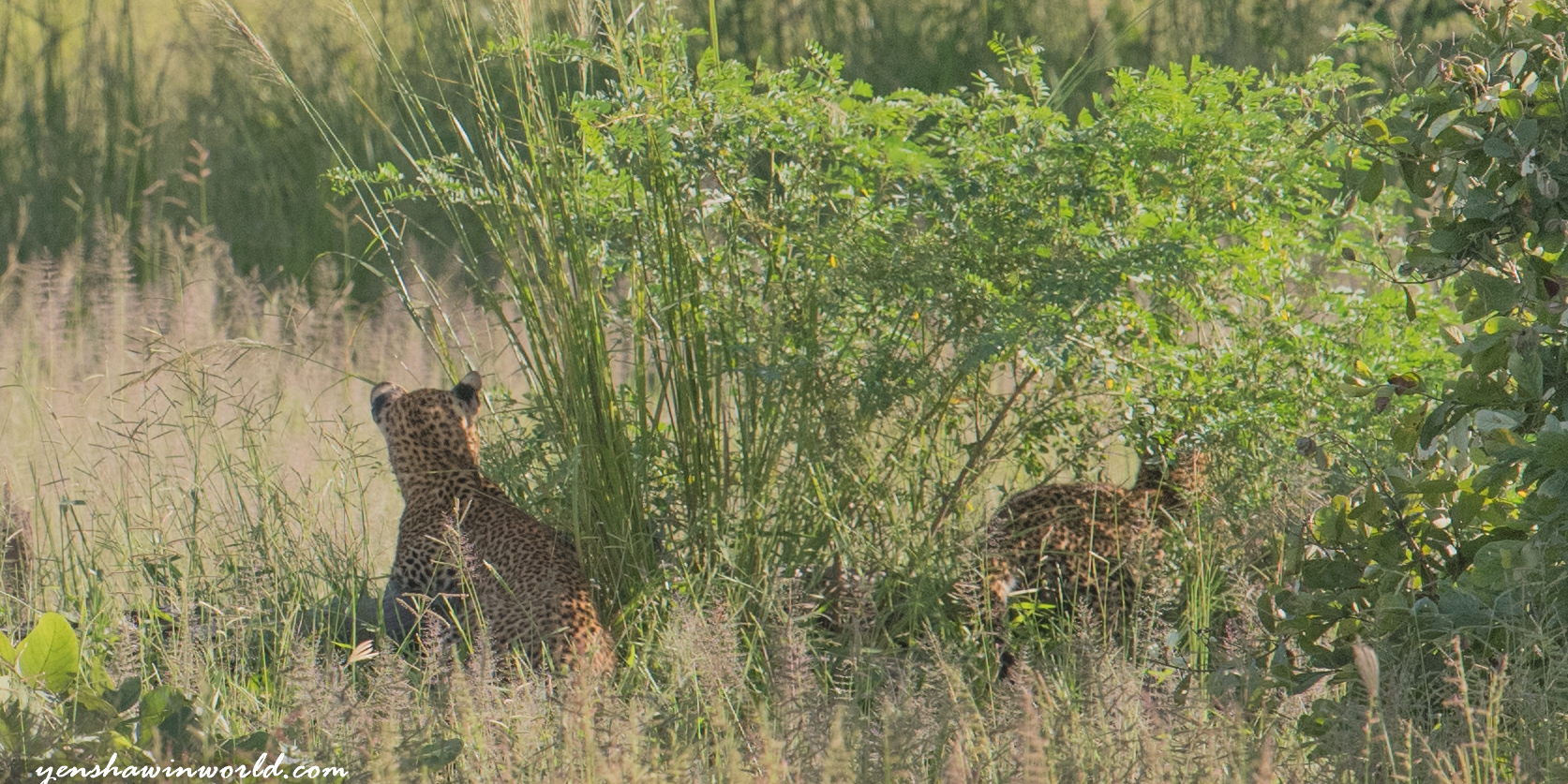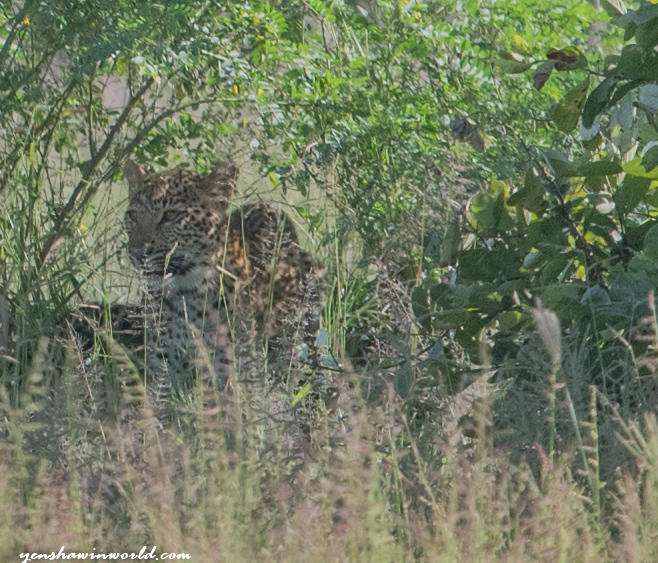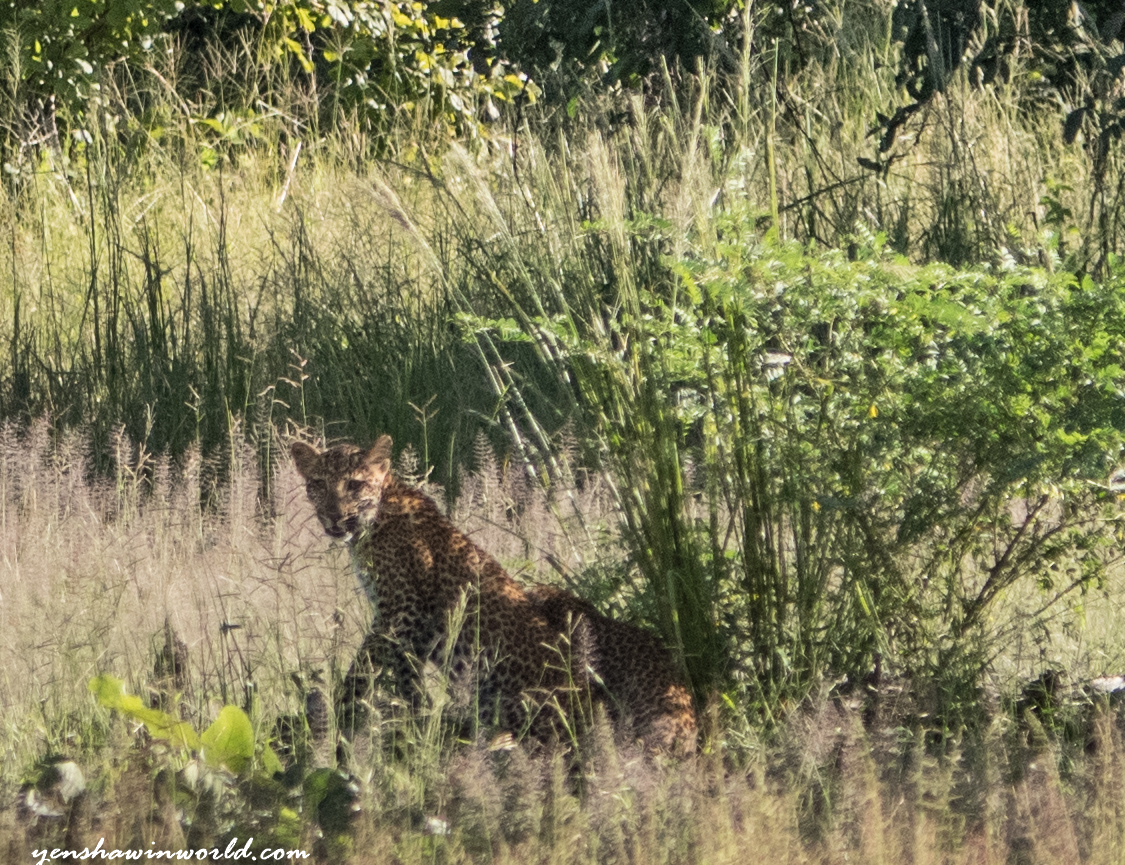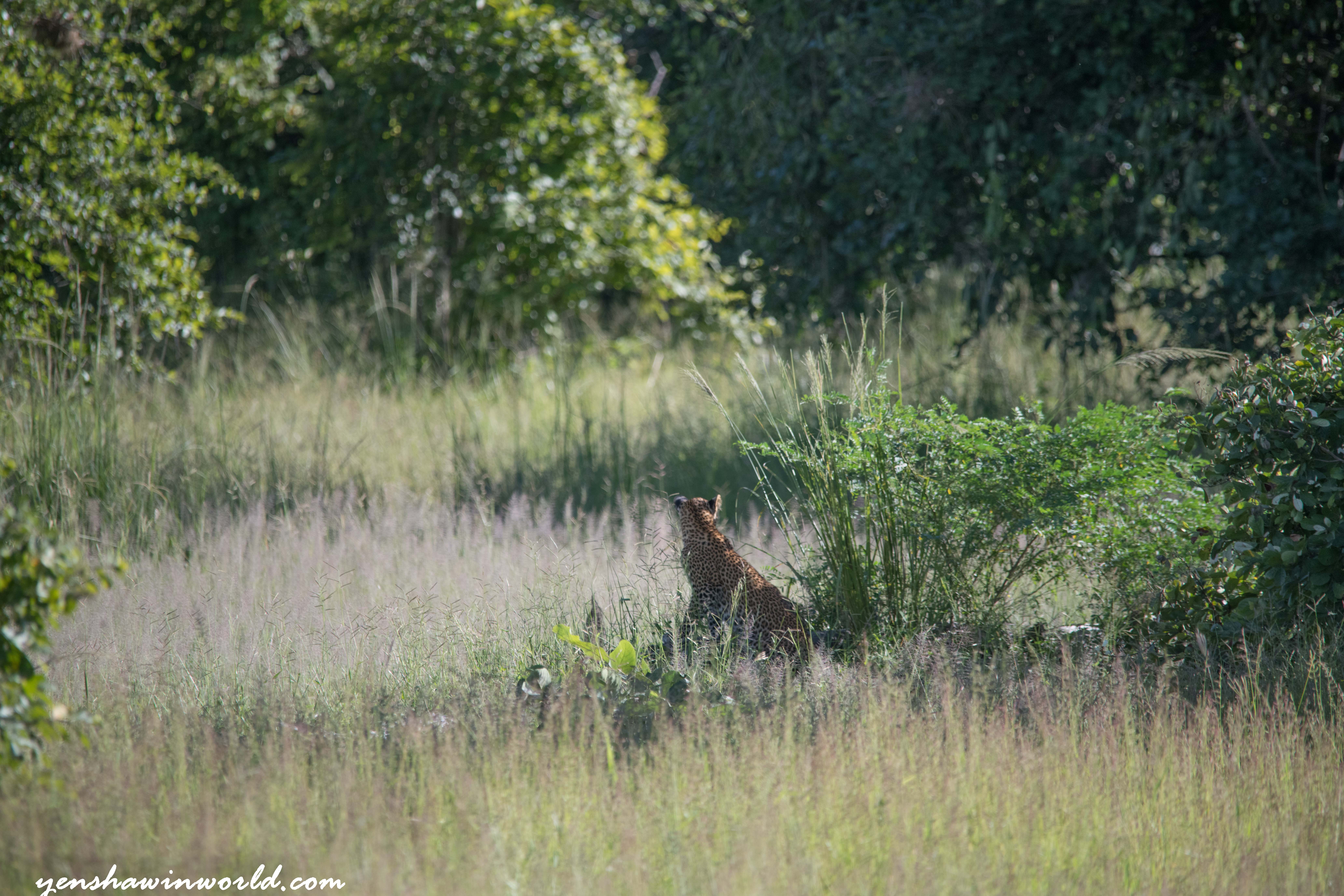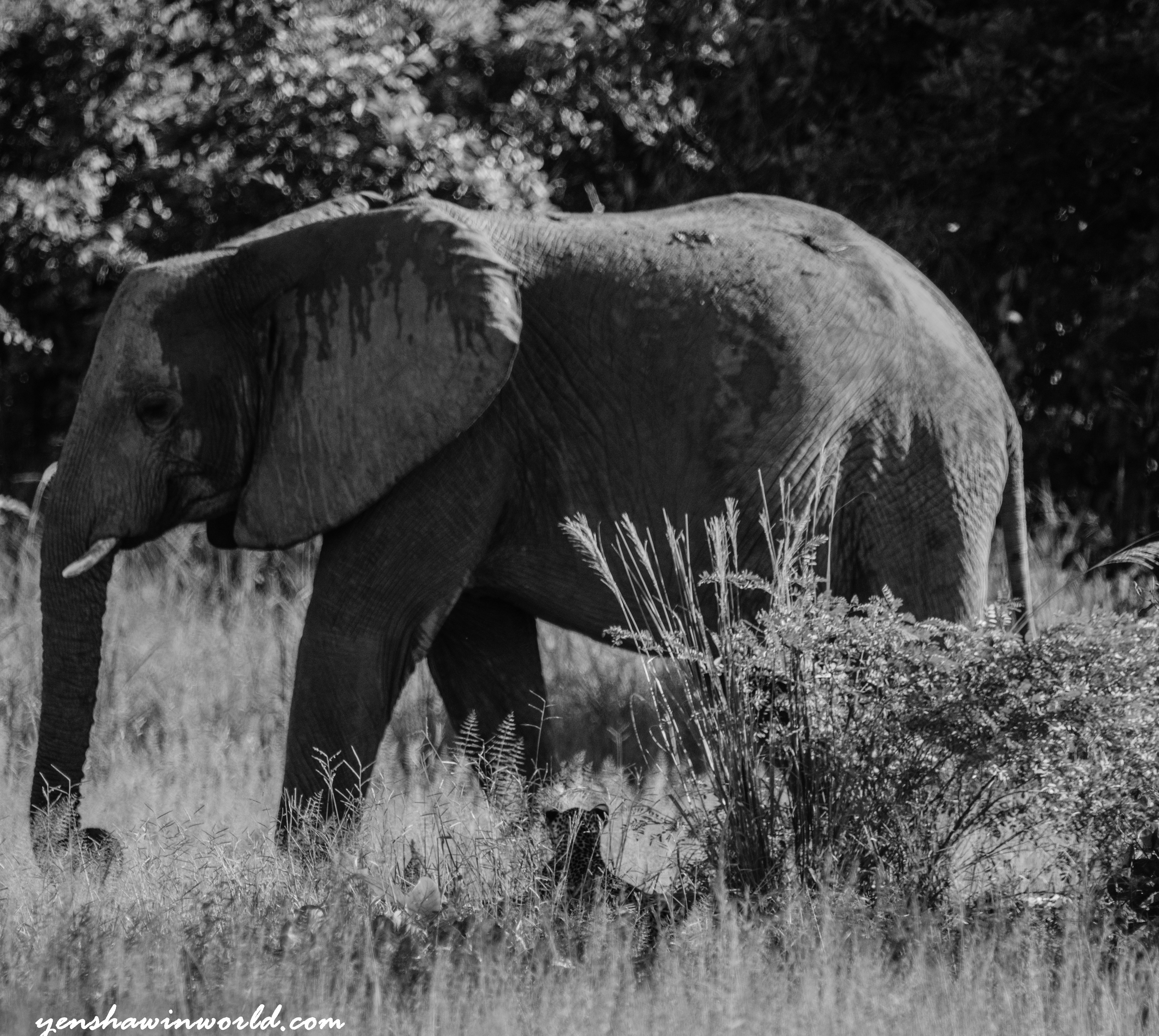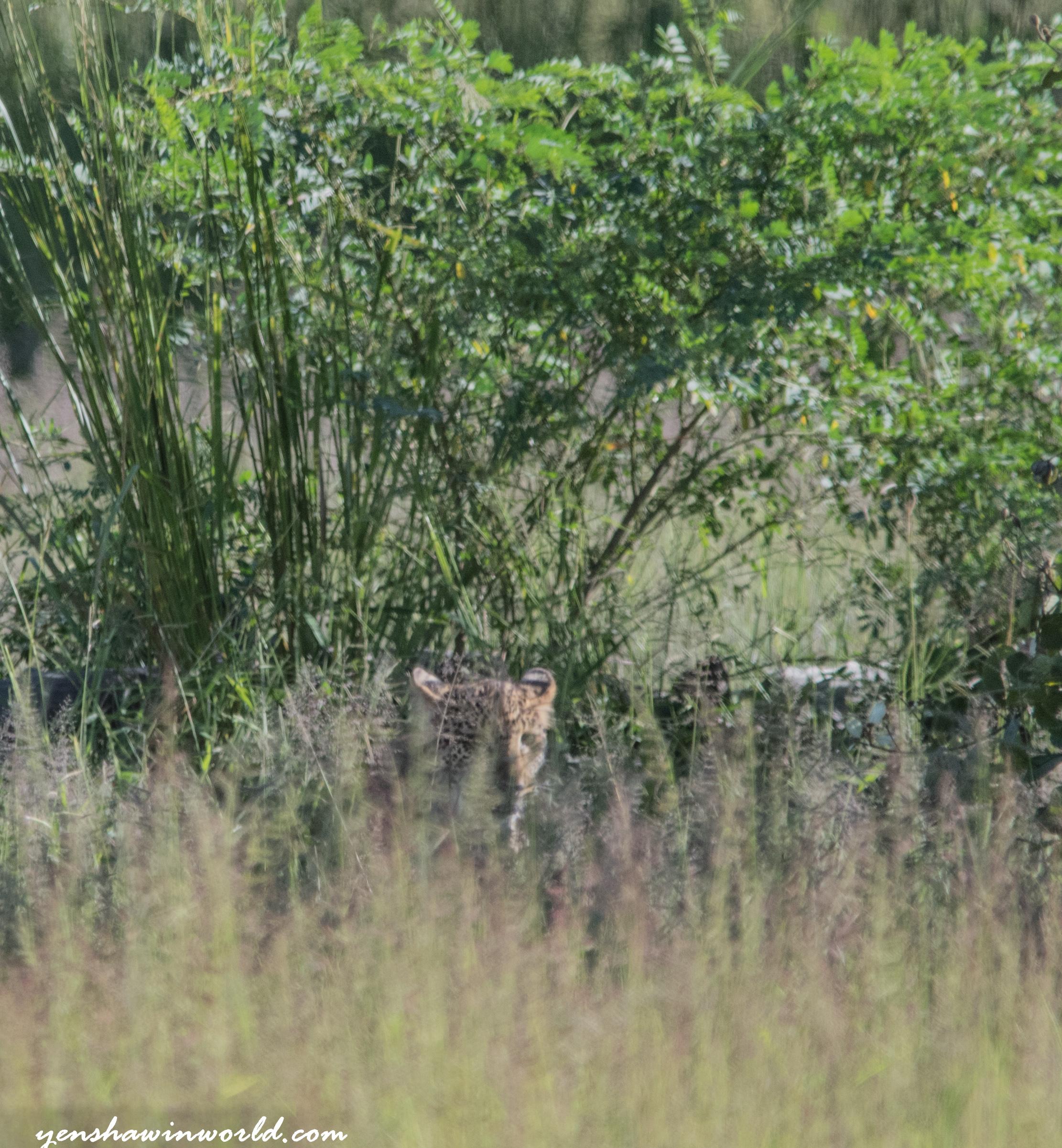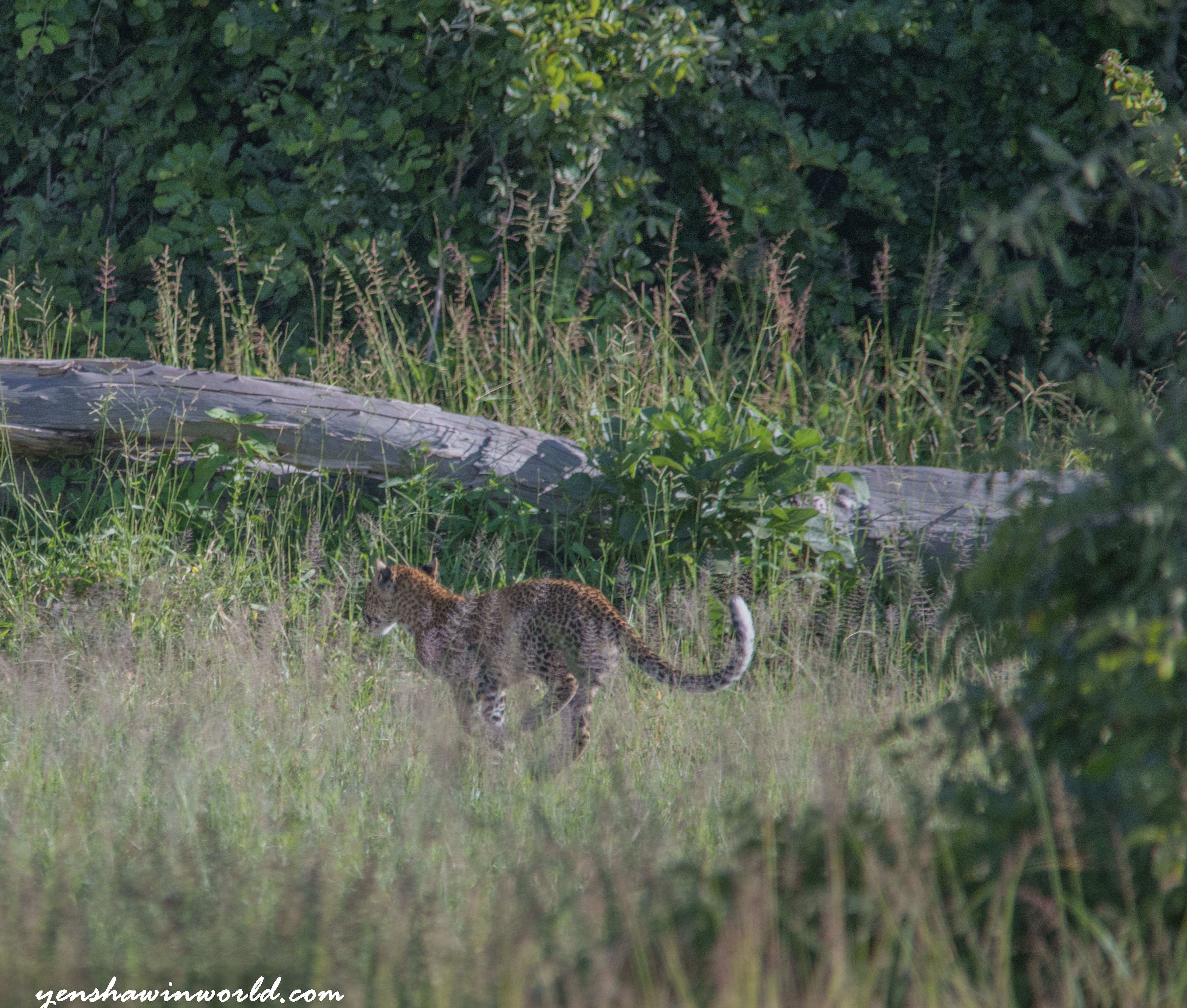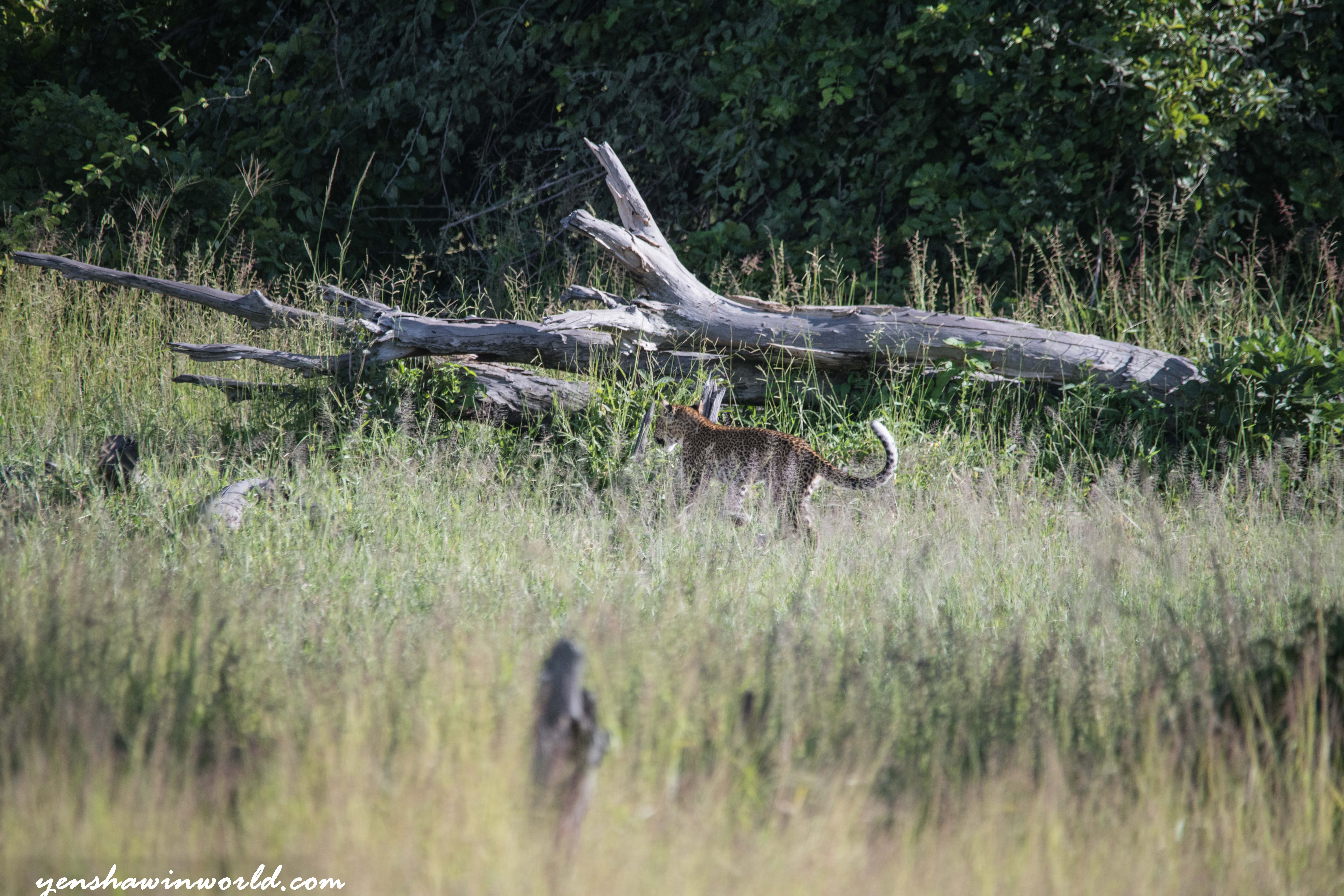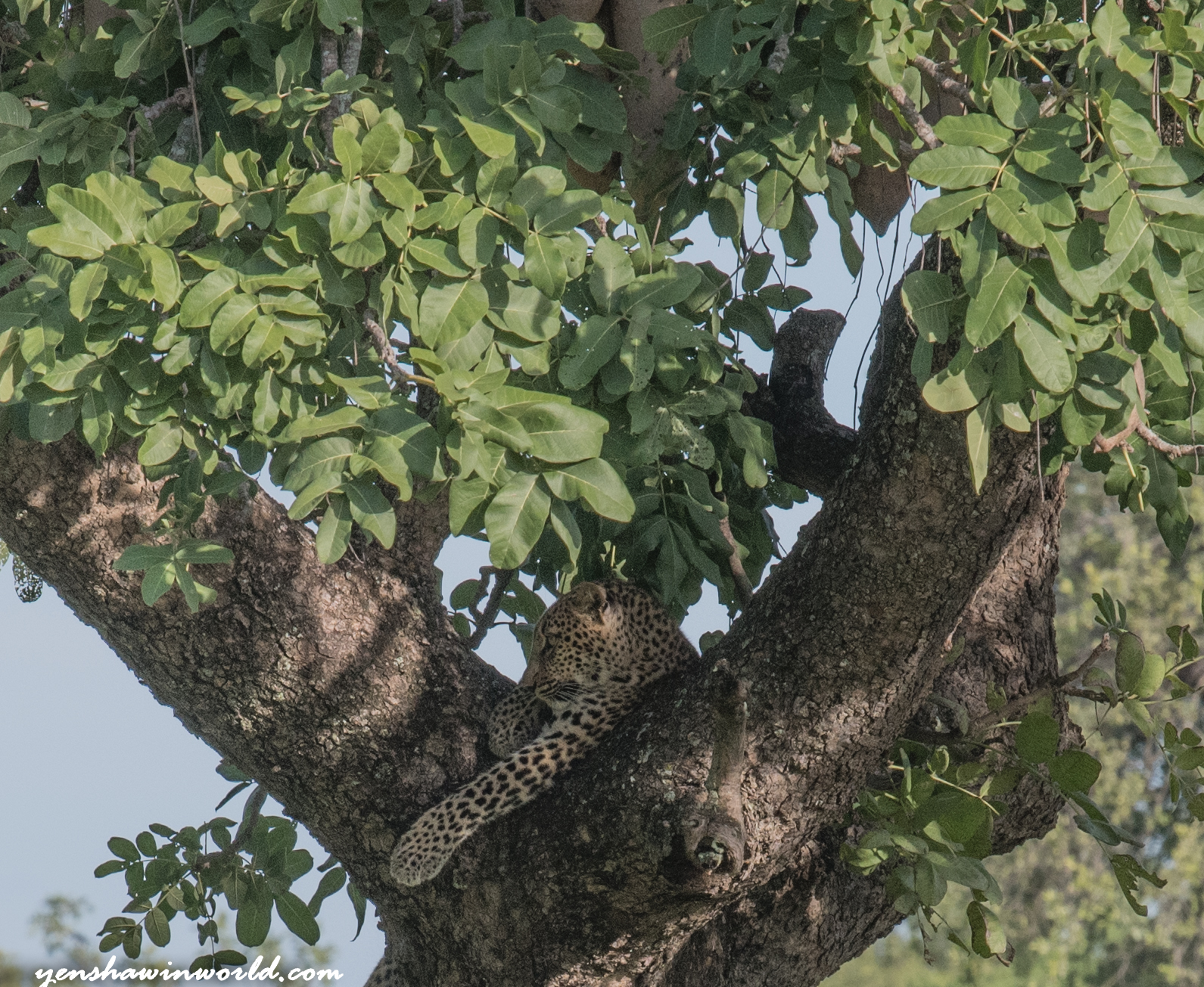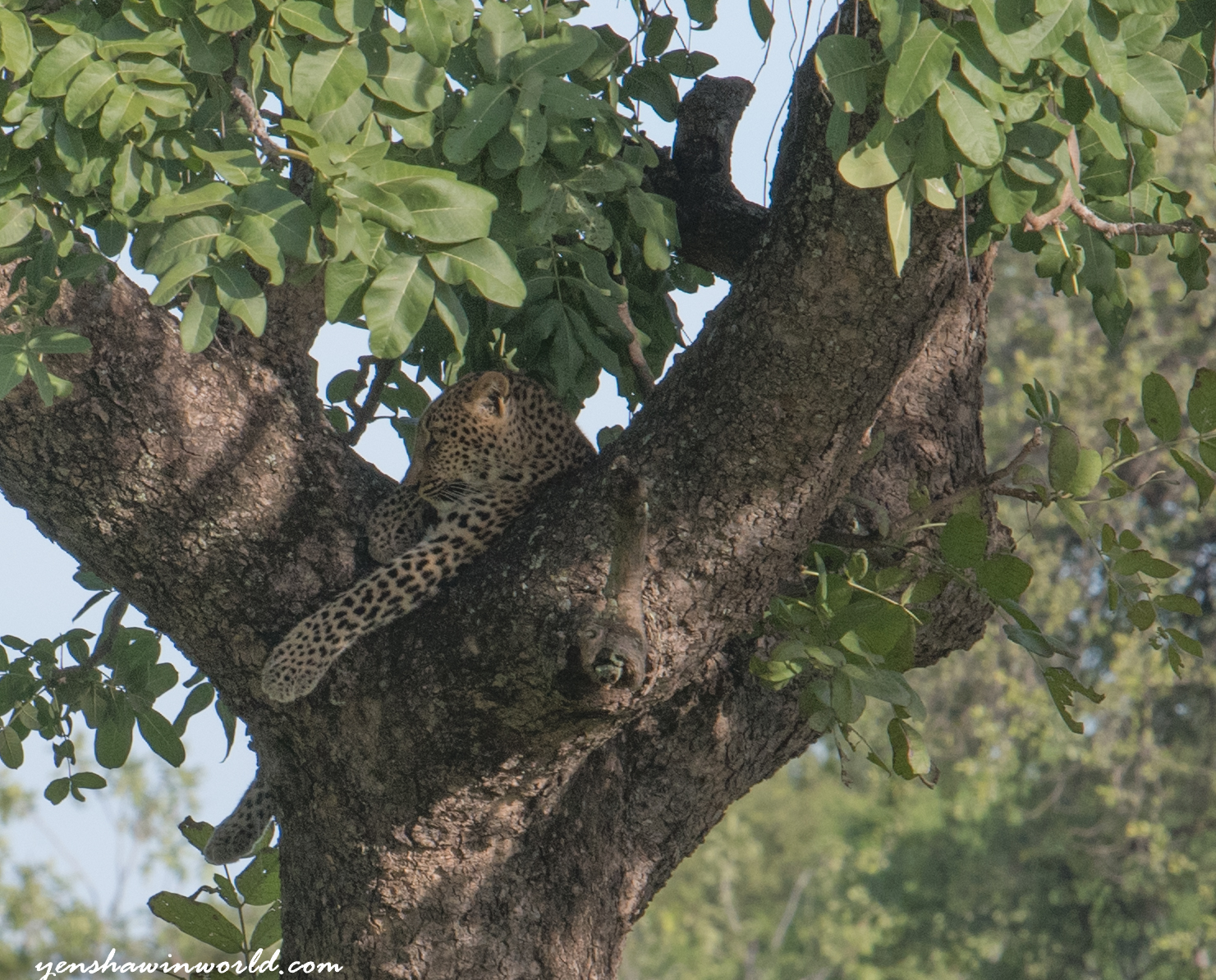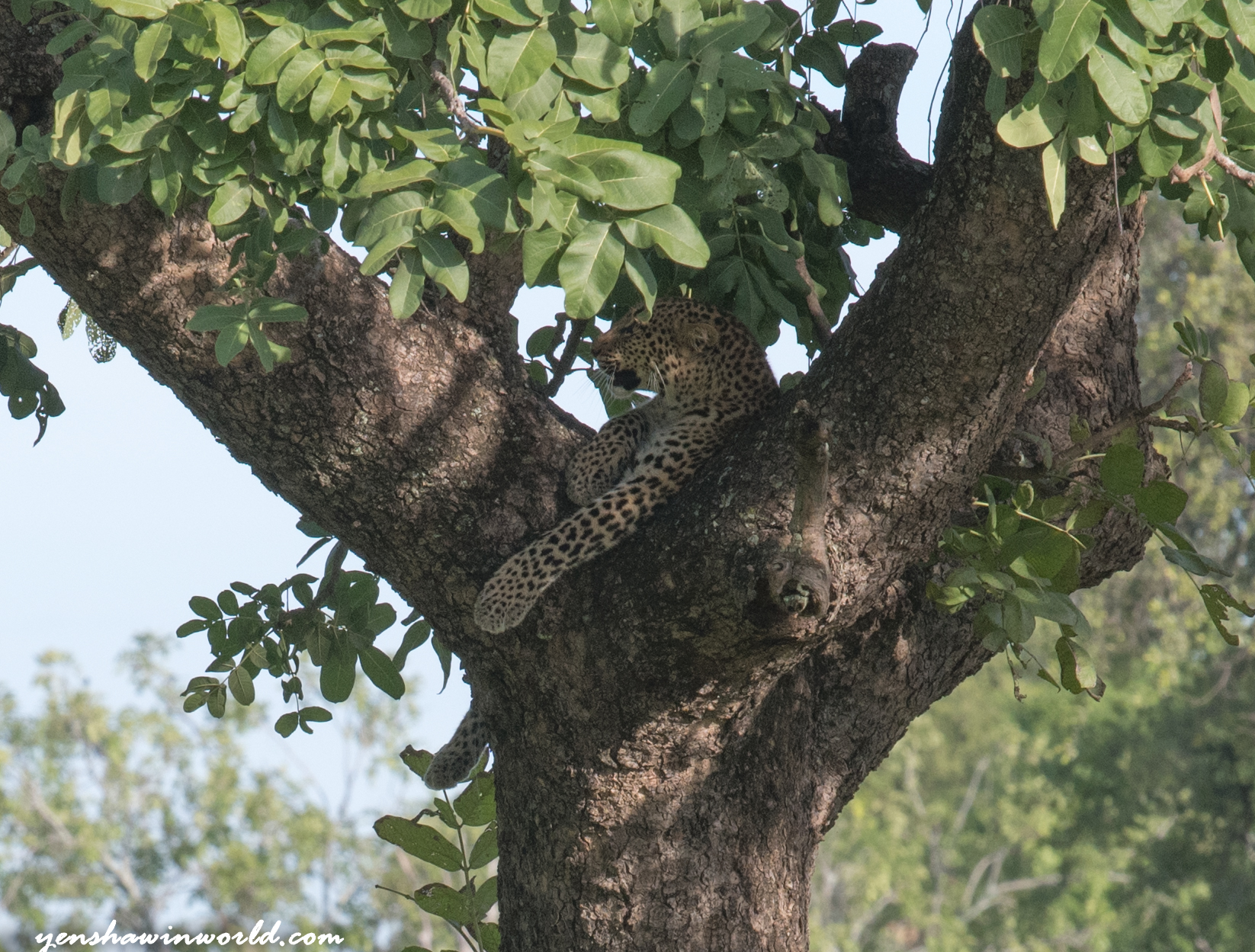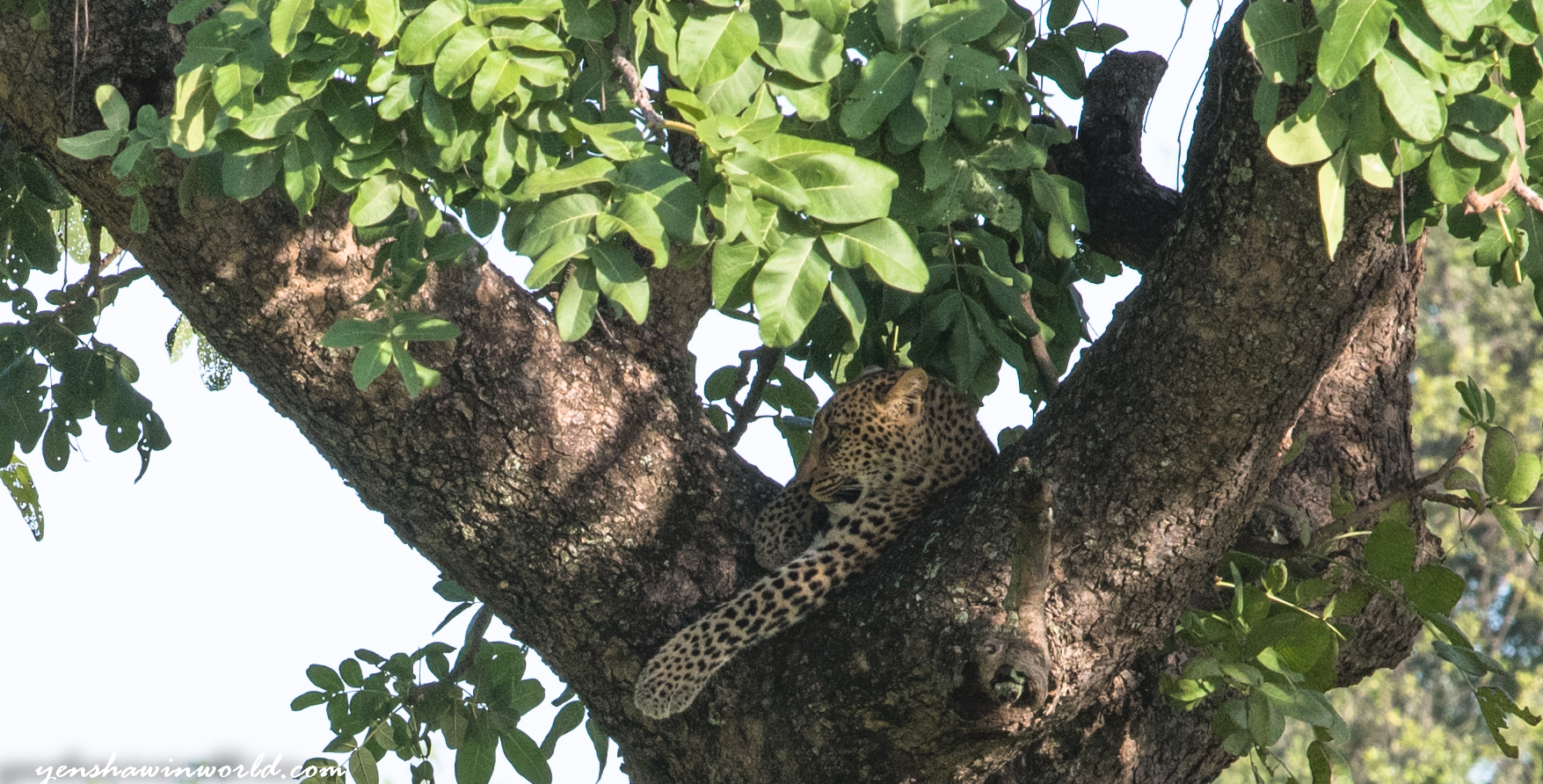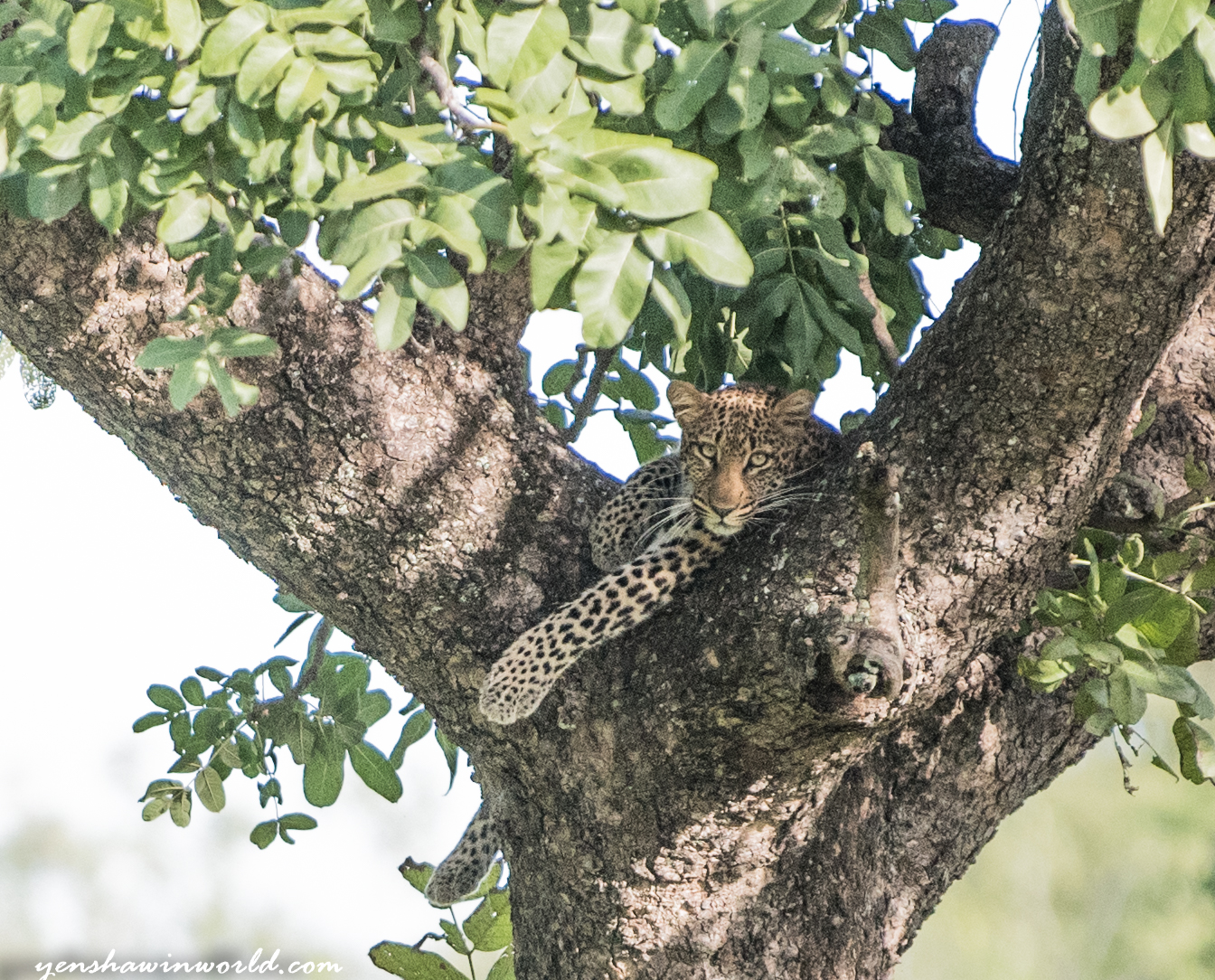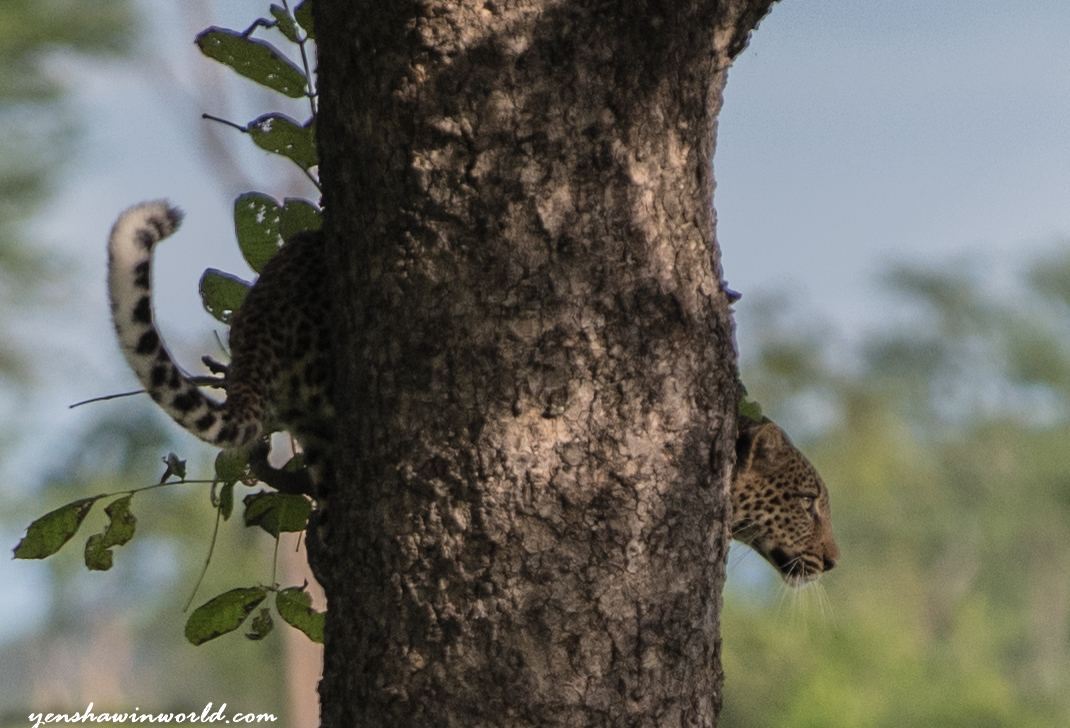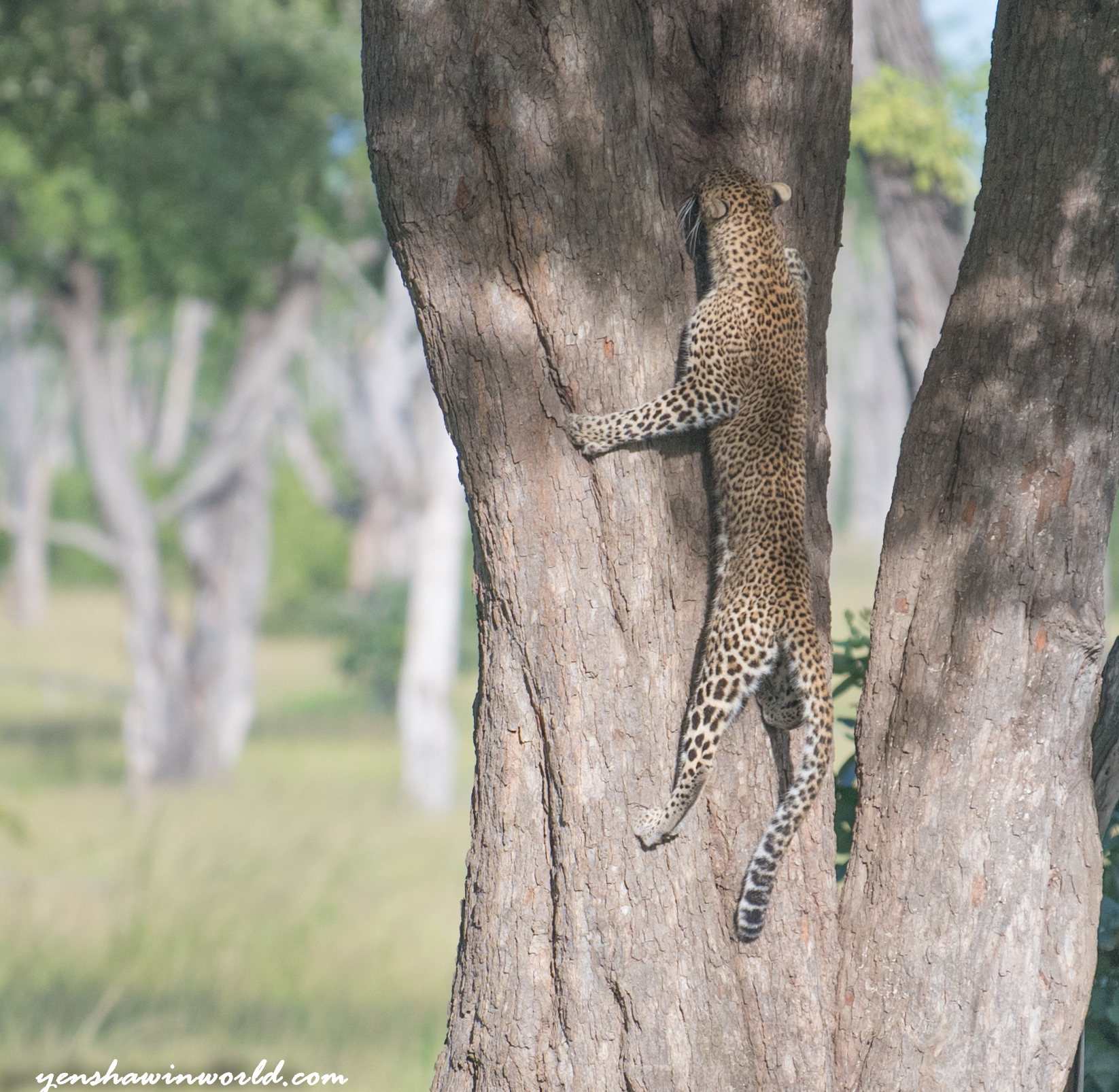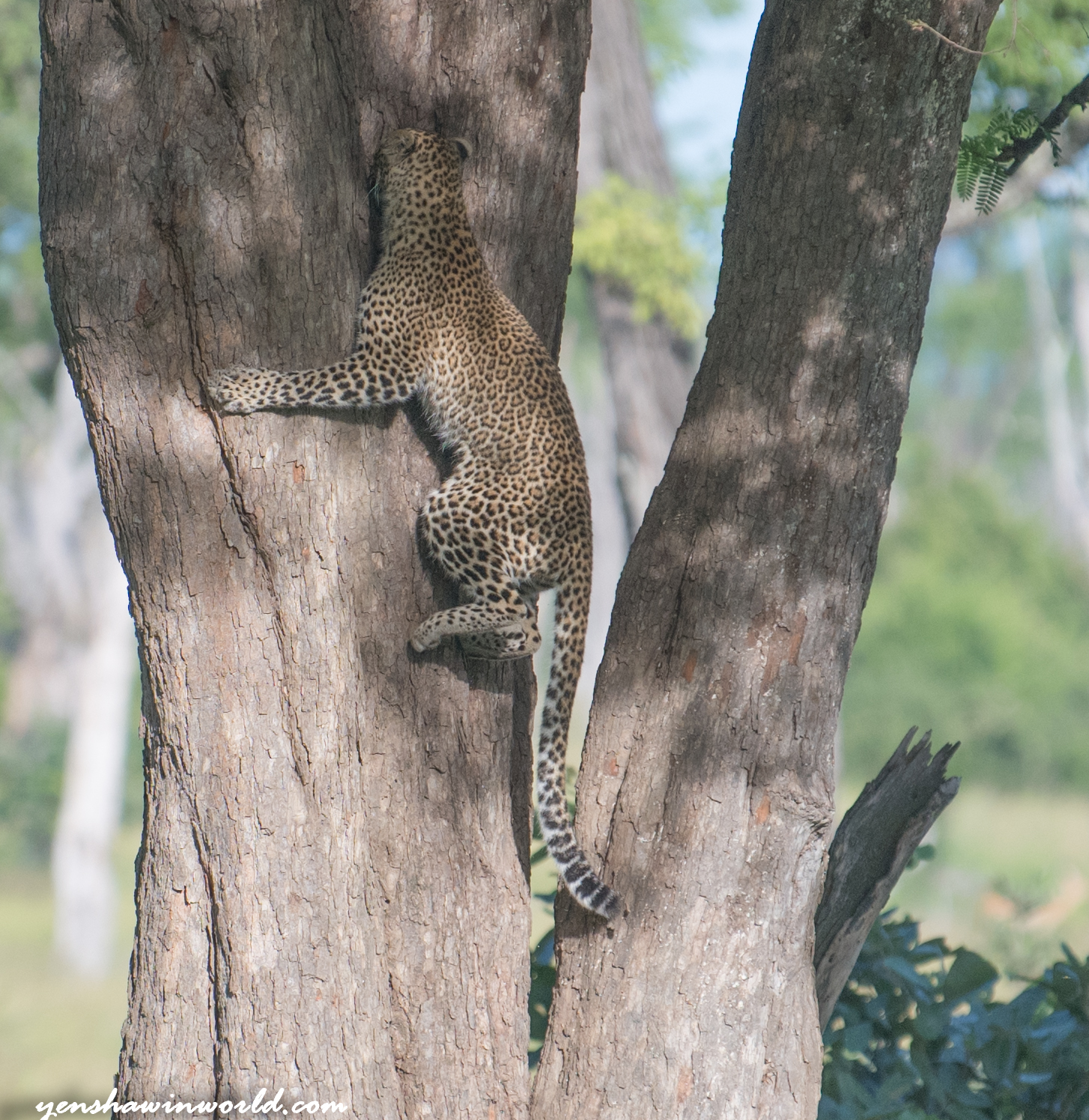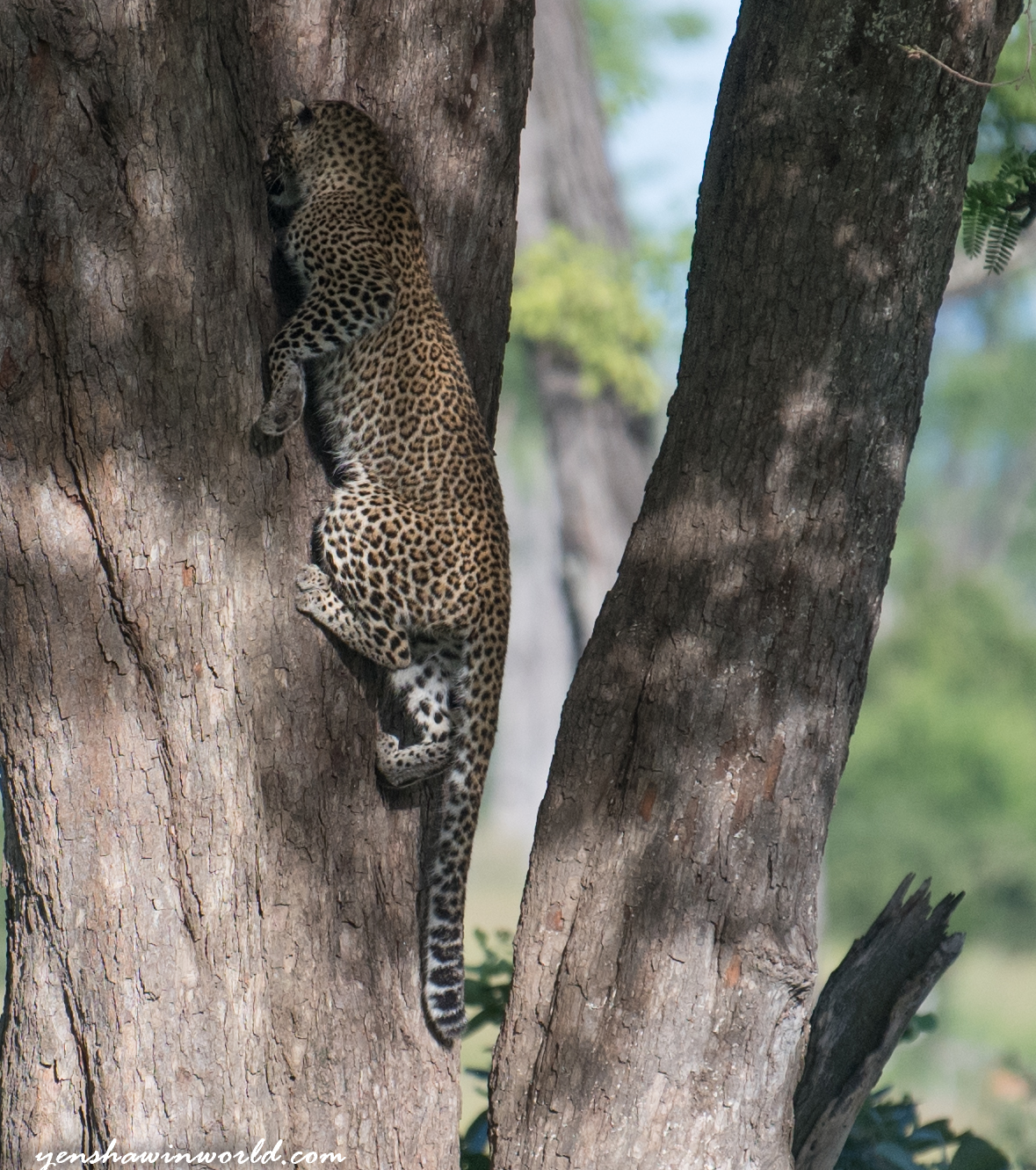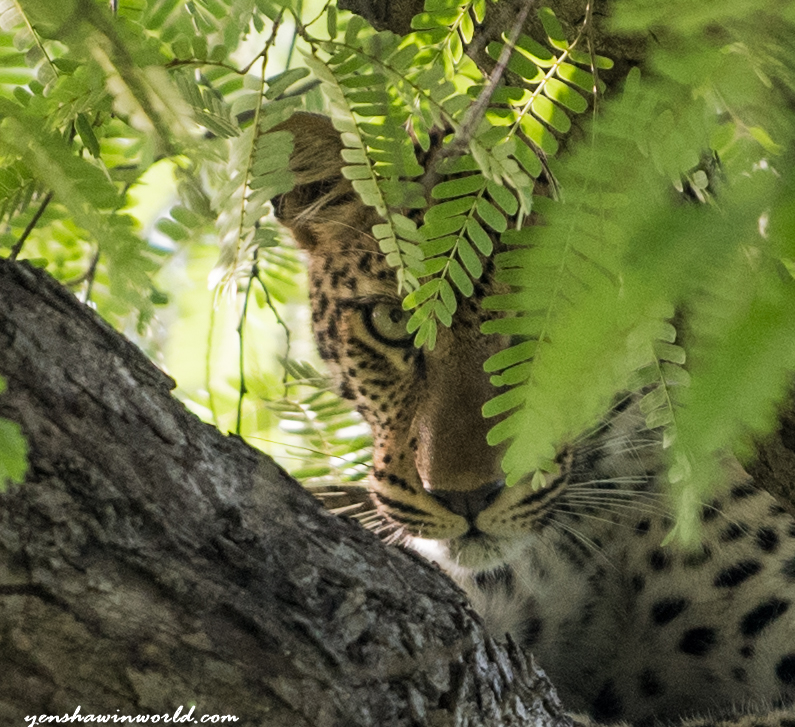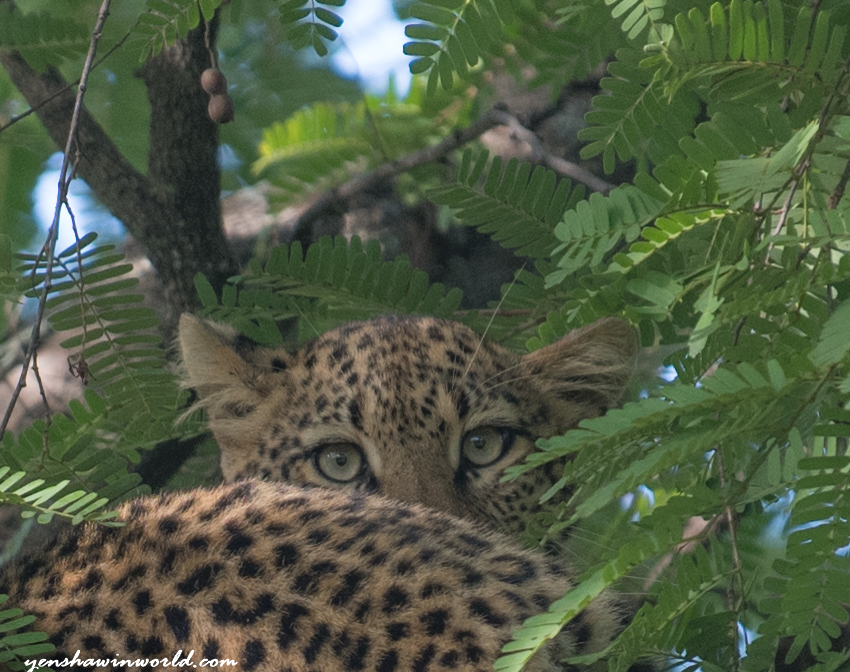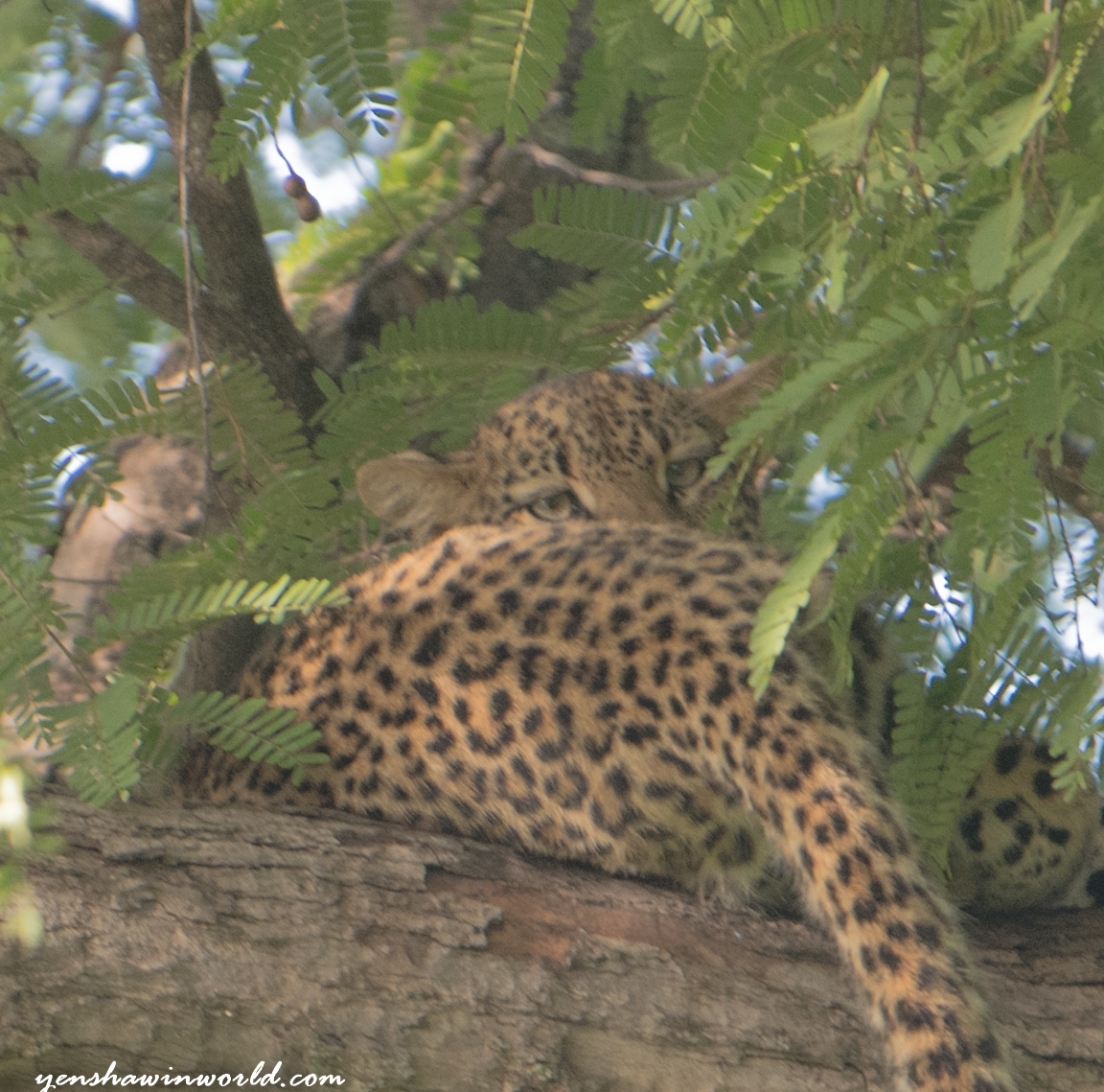
For Zambia in Spring of 2021 Click Here
For Zambia in Summer of 2021 Click Here
Zambia is a country that lies in the south part of Africa bordered by the countries of Angola, Namibia, Botswana, Zimbabwe, Mozambique, Malawi, Tanzania, and DRC. While it is not know as much as some of the its African neighbors, it still is a place that draws many people for its beautiful national parks, namely South Luangwa NP. While there are other beautiful parks in the country, South Luangwa is one of the most well known in this region, and is a must go back for safaris and bird watching. It has some of the best Leopard sightings in all of Africa (even though it is by luck) as well as one of the best night safaris that I have ever been on.
The dry season which is when most people go is during July to October in which the grasses are low and the animals emerge to drink from the different water spots located around the park. I decided to go during the rainy wet season which sees very little tourists. Unfortunately rains in the area limited many roads in the national park as the Luangwa River saw perhaps its highest water point in recorded history according to some of the people I talked to. Many of the safari camps including Croc Valley, were shut down to to inaccessible roads or flooding at the camp. To make matters worse, the road in the South Luangwa was busted due to heavy rains, which made it hard for people to get in. I stayed two nights in a camp on the other side of the broken road which was 45 minutes away from the gate, but then was transferred to a beautiful camp just 500 meters from the gate that is called Skate Safari Camp. This place was not only one of the cleanest camps I have traveled to, but also one of the most friendly and has the best food. The manager of the camp is most accommodating and the workers will help you out with anything that you need.
I spent very little time in the capital of Lusaka (used for my flights only) and instead took the 11 hour journey by car to South Luangwa where I spent 5 nights and was mostly out during game drives during this time. The road to South Luangwa is beautiful but long and if you have a short vacation, it is better to just fly from Lusaka to Mfuwe Airport which is not to far away from South Luangwa.
South Luangwa presented me with a lot of opportunities I have never done on a safari before which include:
- Most time spent at a national safari park- 5 days
- Most game drives at one national park- 8
- Most times seeing a leopard at a national park- 3 sightings and 4 leopards
- First time spotting an aardvark
- First time spotting a Bush Baby
- First time spotting a genet
- Most times seeing hippos out of water
- First time seeing a lion at night
- First time seeing wild dogs
The scenery (even though a lot of rainfall happened) around the park is stunning. From the flowing rivers to the lush green trees along the rivers to overgrown grasslands, this place has it all. If you throw in the occasional sausage tree as well as Baobab Tree, then it makes for an even more interesting place. The sunrises and sunsets added another element to this beautiful land.
While the above was very beautiful and shares many characteristics with villages in African countries, my goal was to spend as much time in the National park as possible due to the wet season. As I was scheduled for 12 game drives, I was only able to get in 8 because of the roads and rain, which was more than enough in my opinion as I saw a plethora of both animals and birds in the day and also on the night game drives.
While warthogs and Mongoose are abundant around Africa, I saw and snapped a few photos of them during my game drives.
During this time of year, even though the grasses are high to see game, the birds can be found in abundance. While it was not my goal to do a lot of bird watching here, i found it amazing of how many species were at the park. A few of the birds to take not of (not all of them) were the following: African Fish Eagle, Egyptian Geese, Lilac Breasted Roller, King Fisher, Brown Hornbill, Guinea Fowl, Hammercock, Egret, Nor Billed Duck, Weaver Open Bill Stork, Ibis, and Spoonbill.
Luangwa is also known for its massive hippo concentration and by some reports, may have the highest in Africa. I had the opportunity to see many hippos out of the water during the afternoon and night grazing on the grass. It was interesting to see their massive bodies as most of the time people see them, they are submerged in the water.
The Park offers two specifies of primates that are seen during the daytime. Yellow Baboons and Vervets. These primates are pretty much all around Africa, however they are still interesting to watch as they show striking characteristics to humans.
Even though Zebras are plentiful in most if not all of African Game Parks, they are still amazing animals to watch. They often are in groups, staying together with one another and protecting the young from predators such as Wild Dogs, Lions, and Leopards.
Antelope are also often plentiful at different National Parks across Africa. The most common antelope found here are Impala followed by Water Bucks and Puku.
The elephant sightings here were simply amazing. As this is the season that you will find the most calves, it was amazing how the groups protected the young. We ran into a few small herds of very protective mothers and if you got to close to the babies, they usually let you know. We also ran into a few small herds of males who were batting for dominance in their groups and having fights to see who were the strongest. They would usually long their trunks together and try to push each other around, then go back to eating as elephants are known for all day.
The Giraffes here were quite interesting as they were a subspecies called the Thorny Croft Giraffe. While there is not a massive population in the park, I was able to spot groups of them from time to time and they were quite close to the vehicle and sometimes would not move out of the road.
Of course in any national park you will find reptiles. While my goal was to try and find different species of snakes, this did not work out. I ended up seeing a lot of Monitor Lizards as well as crocodiles. The Crocodiles were easily some of the biggest I have seen on game drives but were very shy. I ended up getting a few pictures of ones out of the water before they moved away to fast.
The next set of galleries are either animals that are hard to spot or night photos of different animals….
I have seen Hyena’s more than a few times at national parks across Africa, however the Hyena’s I saw here were different as they were not scavenging for food and they were often seen alone. Most of the ones I have witnessed were going after a dead carcass or with other hyenas near a den. I also got a chance to see some running around at night on the roads.
Even though Owls are pretty common to spot, usually you will find them nestled away in a hole in a tree or at night. This Giant Eagle Owl however was just sitting out on the road, not having any care in the world about anything in his/her path during the day. It then flew up to a tree to be reunited with another Giant Eagle Owl. A spectacular sighting….
While I have had no problem spotting Lions in the wild in different Africa parks, they were very difficult to spot here. I did have two encounters though, one in a bush with his eyes peeking out at me as I snapped a few photos and near my camp one night as we ate dinner one of the boys heard a lion roar. We jumped in the truck with a spotlight and low and behold a male lion was on the road smelling around for a female. I was able to get off a few good pictures but shooting in the dark is very difficult with the spotlight.
One of those nocturnal animals that you never bet on seeing is a Large Spotted Genet. They are not endangered by any means, however they are extremely shy and only come out at night. Driving on a night safari, we turned the corner and there it was. I snapped off a few shots and then as it came closer, I kept snapping off more. I had seen one the day before but it had hurried back into the bush. This one was going through the bushes hunting for whatever it could find and honestly, I do not think it knew we were there.
Another nocturnal animal that you should never bank on seeing is a Bush Baby. These furry little guys come out only at night and usually jump from branch to branch in search of food. I didn’t even have this on my list to see as they are so rare. However up in a tree as we were leaving the park at night, I saw him up in the tree. Photos were hard to get with the angle and light we were using, but I was just happy to actually see it jump around playfully, as they are very fast!!!
One animal that I have had no luck spotting on any of my safaris is the Wild Dog. Unless you go to private game reserves, usually these animals stay quite hidden coming out in the early morning or late afternoon. They tend to travel in packs and have some of the same characteristics of humans such as caring for their sick. I was lucky enough to run into a pack of five of them on the road just playing in the late afternoon. They found a zebra and were messing around with it as they only will go after smaller mammals. I spent about 30 minutes with them and it was a sight I never thought I would see.
The most difficult animal for me to spot has always been the leopard. I have seen them previous to this four times. Kruger in South Africa, Serengeti in Tanzania, Yala in Sri Lanka, and a peak of one hiding up in the trees in Masai Mara in Kenya. On this safari I was lucky enough to see three different sightings and four different leopards. I consider myself lucky as during wet season, these animals are very hard to spot. Spotting them is only half the battle because either they are hiding in the trees or bush or running very fast as they are shy solitary creatures. Getting them on the move is very difficult especially because they move so fast.
Overall this was a great trip as I saw many animals that I have never seen or think I would ever see. If I would do it differently I would defiantly fly into the national park next time and not drive from Lusaka as it is a 10-11 hour drive but very beautiful. I enjoyed the great company at the camp and all of the game drives I was able to do and could of stayed months more as I felt most at ease when being out in the wild.
